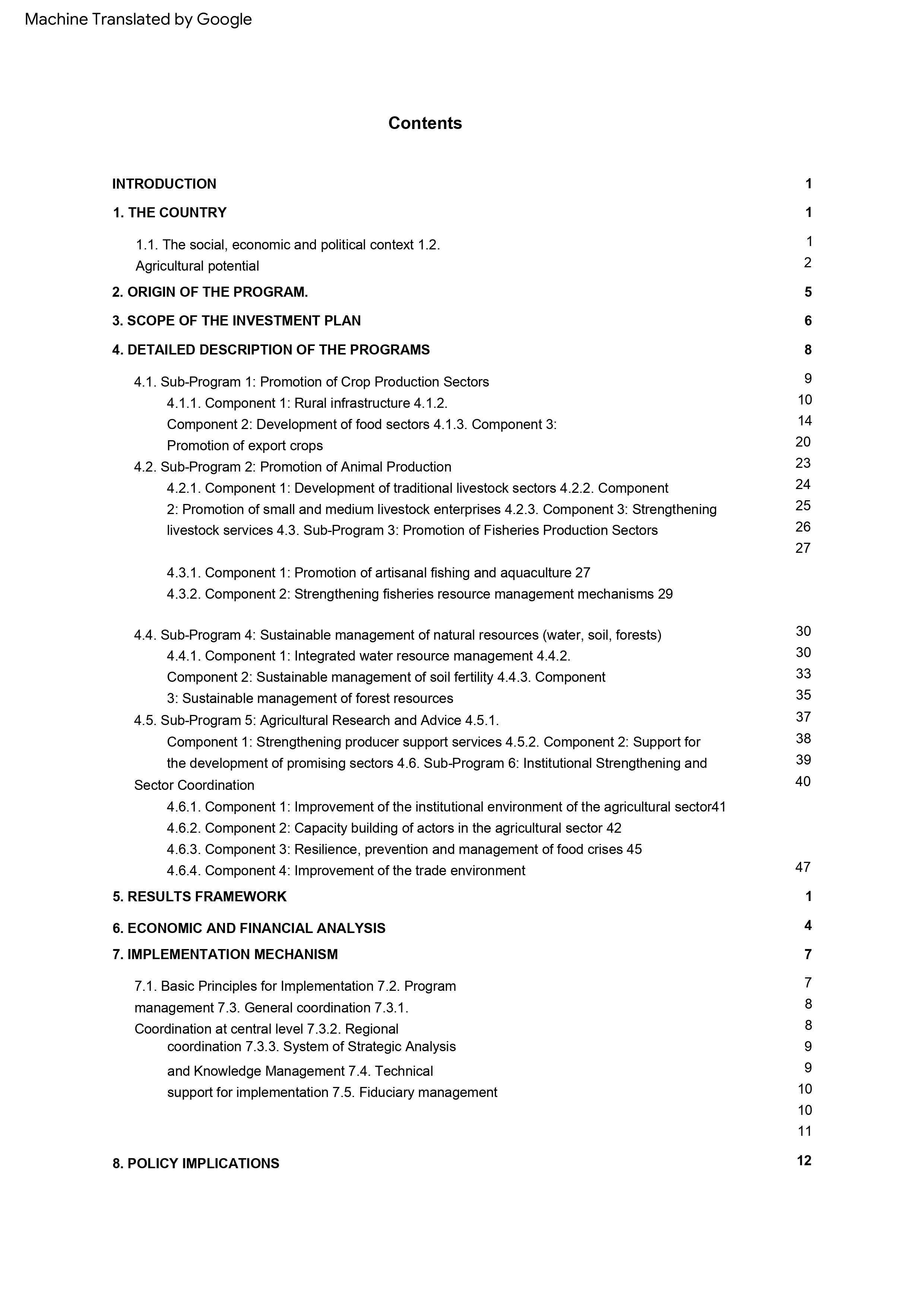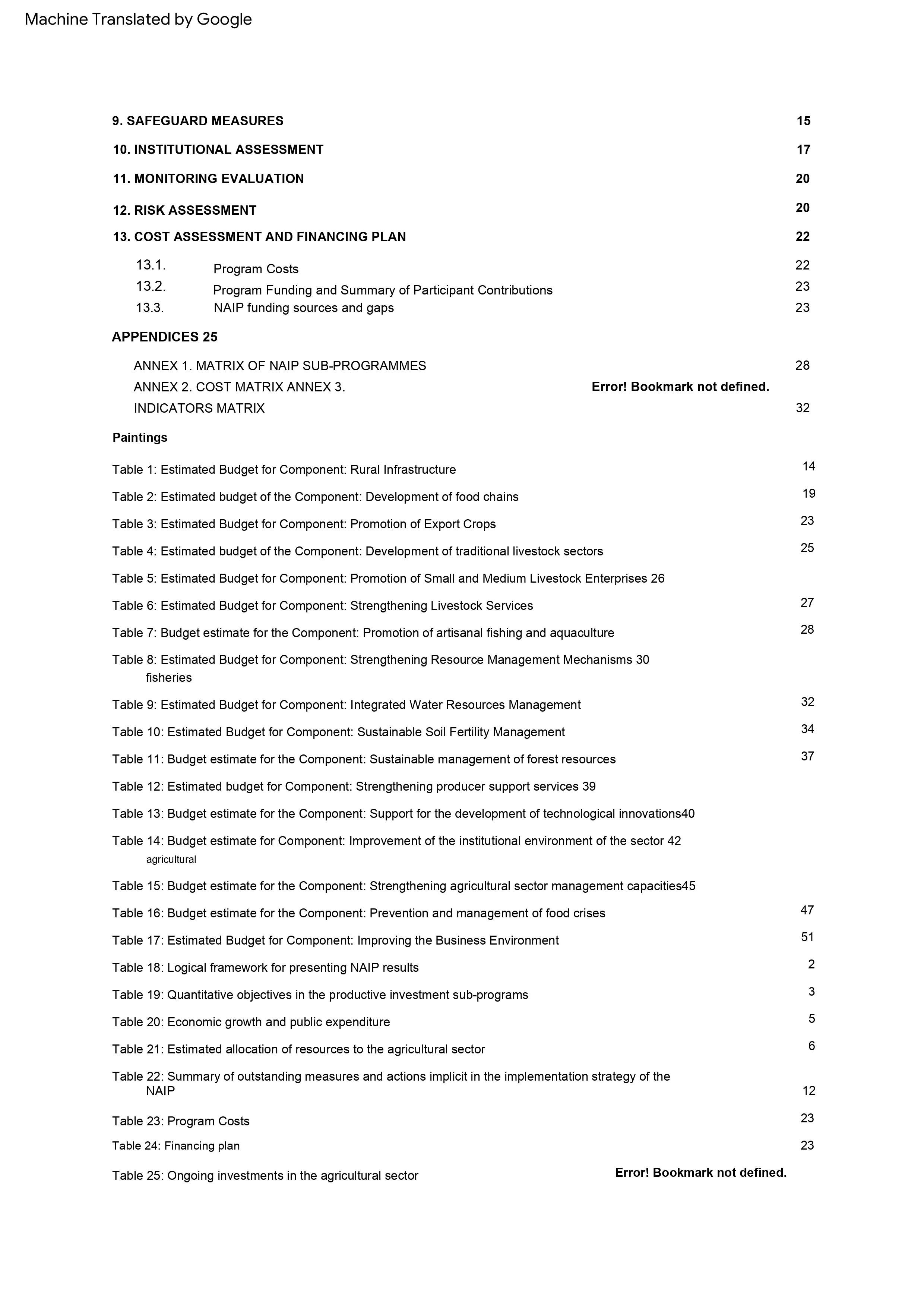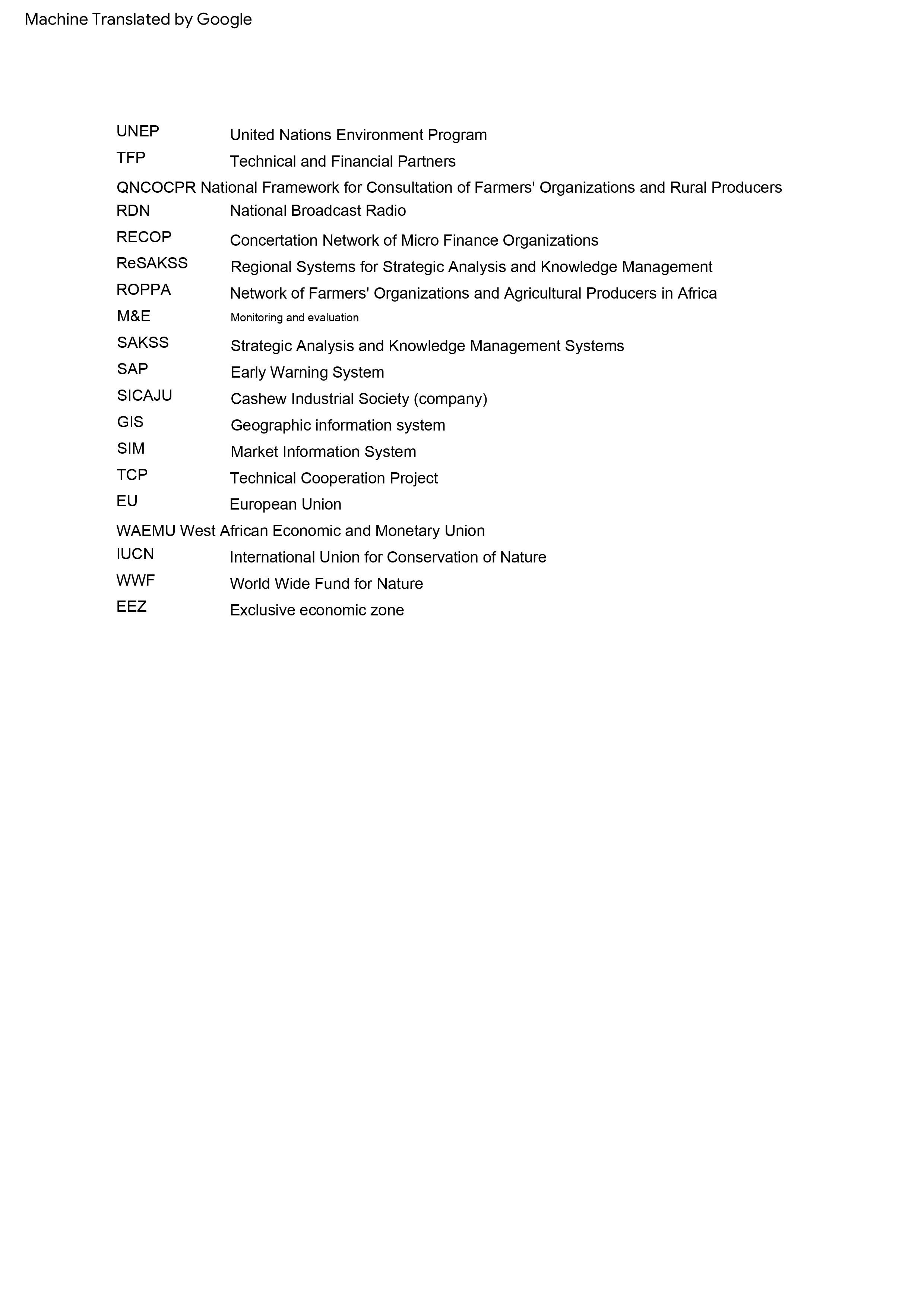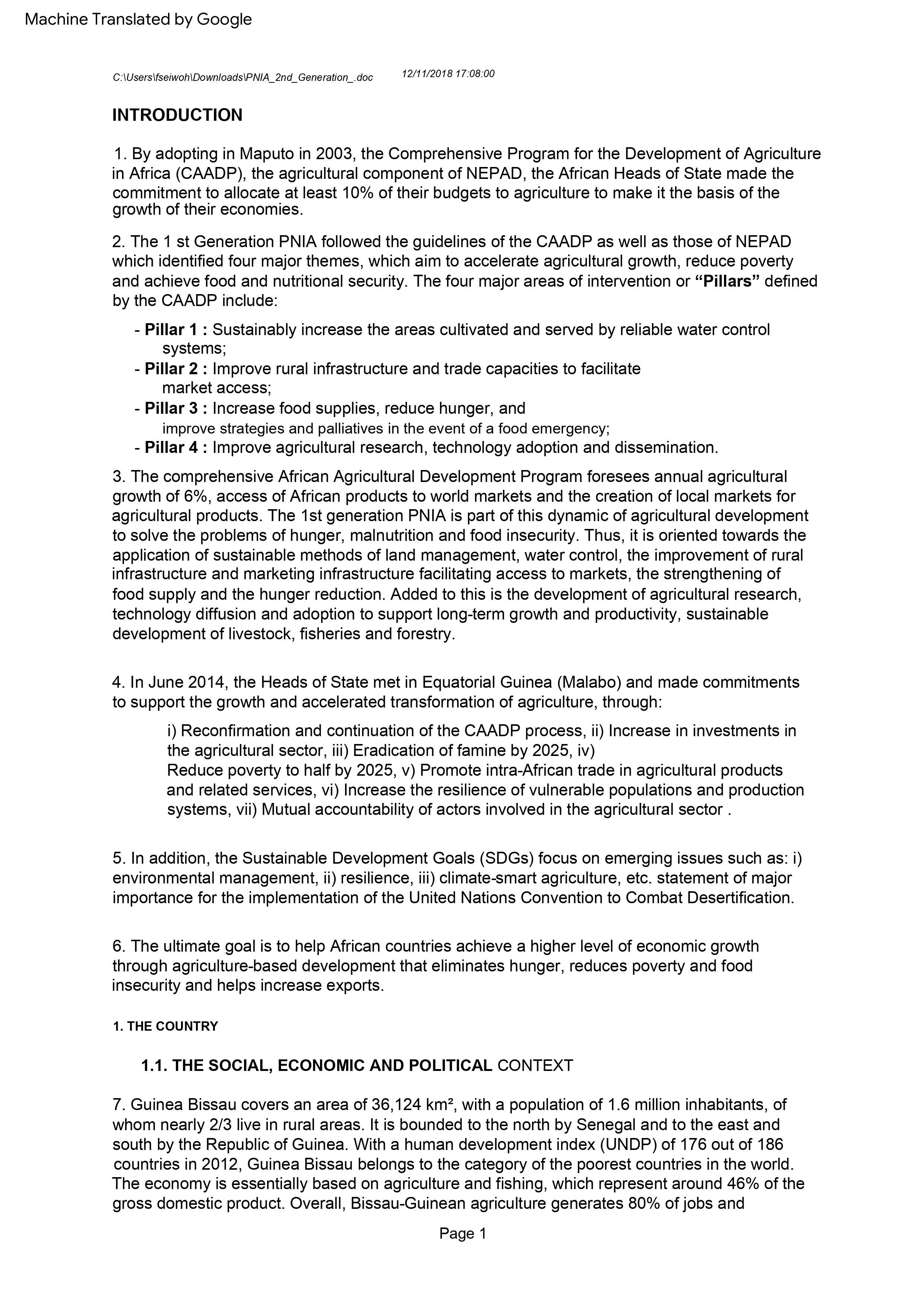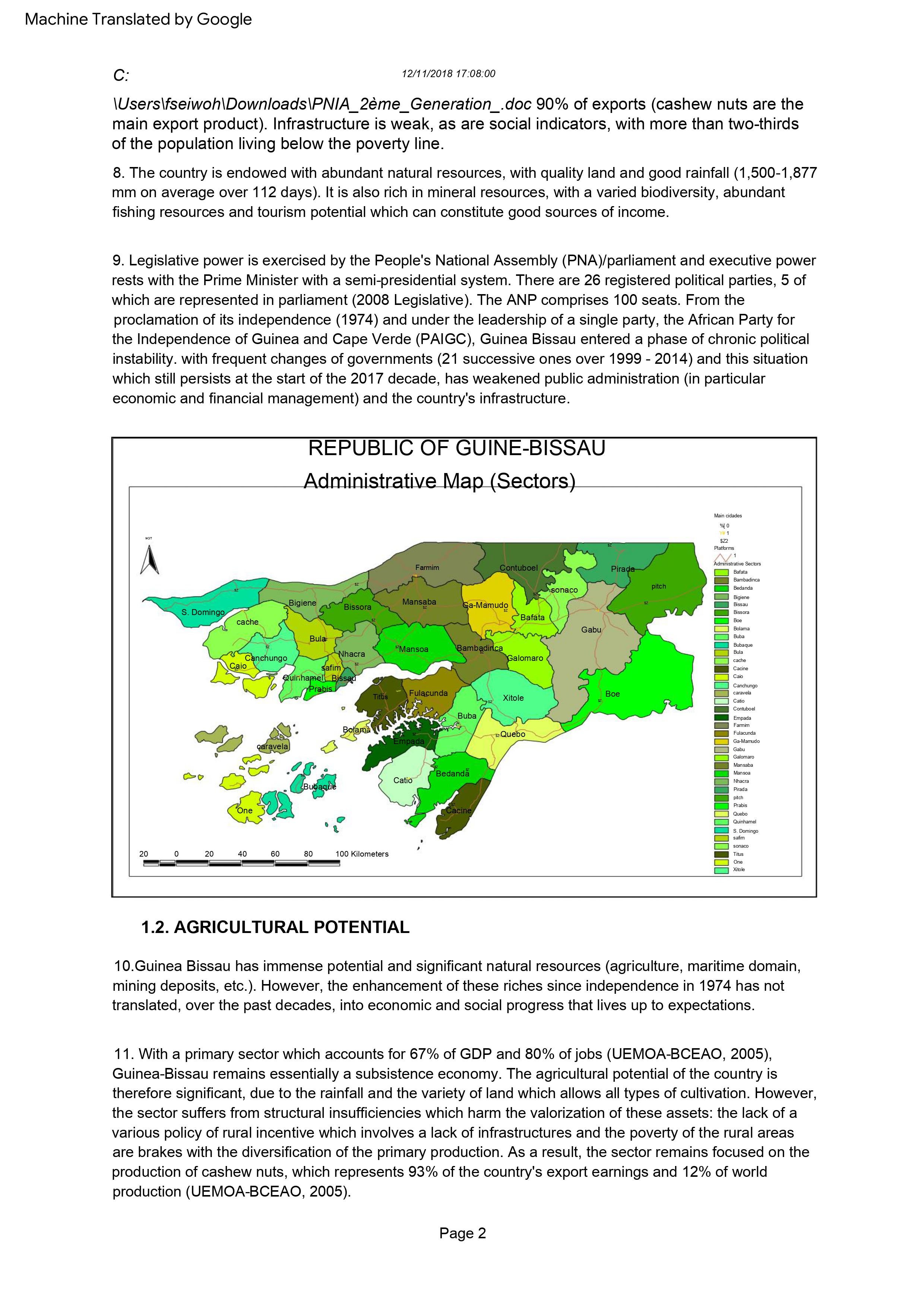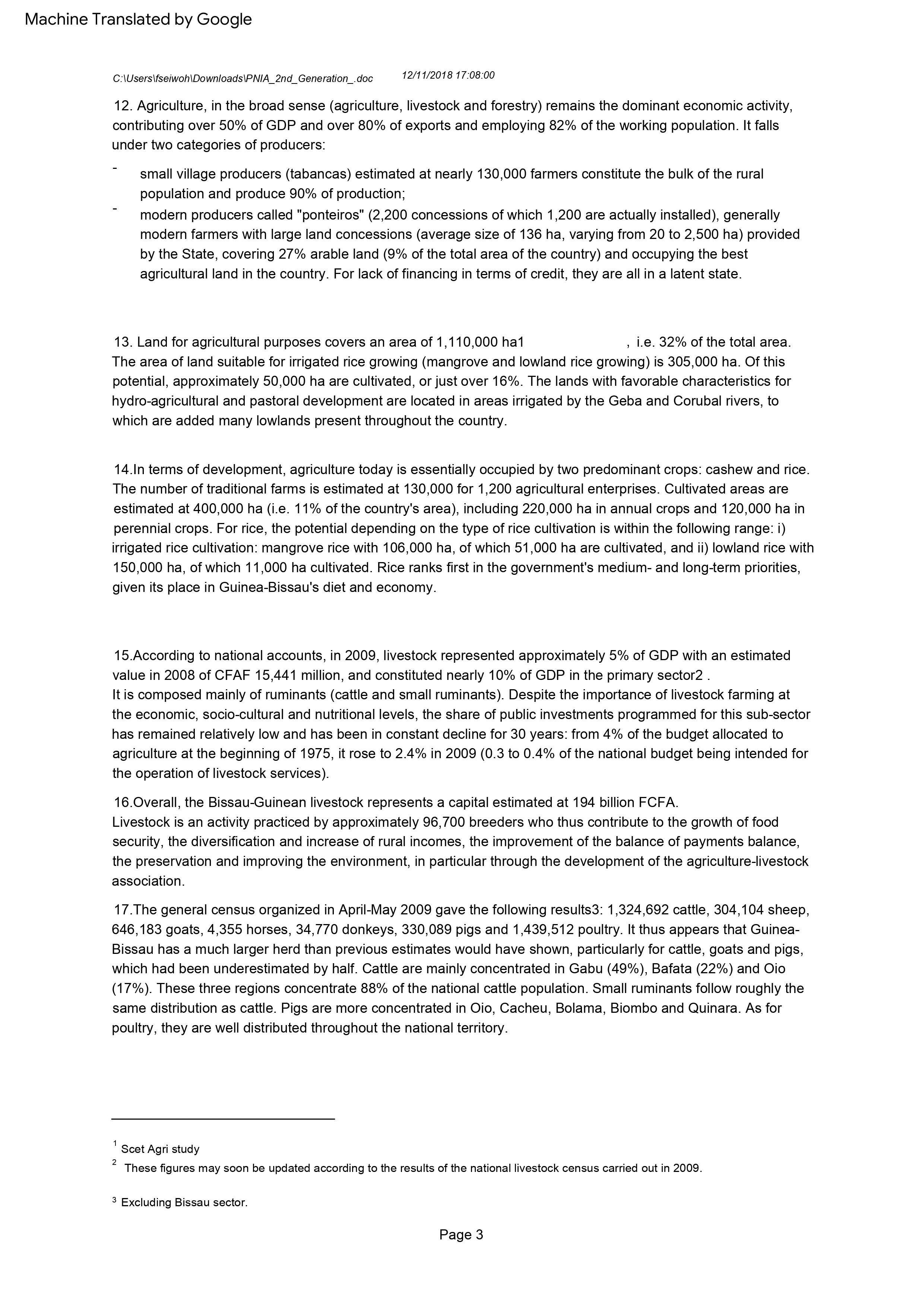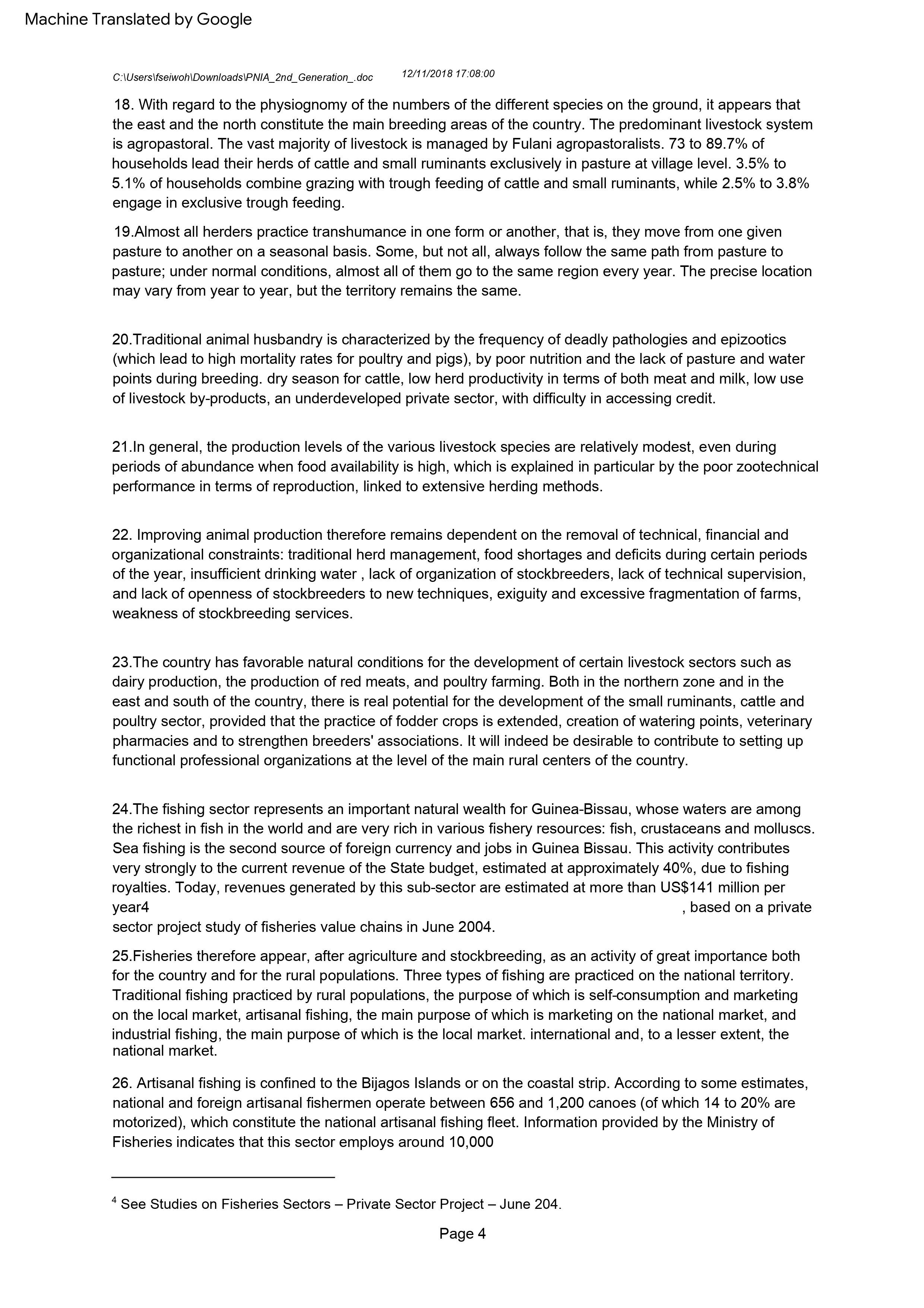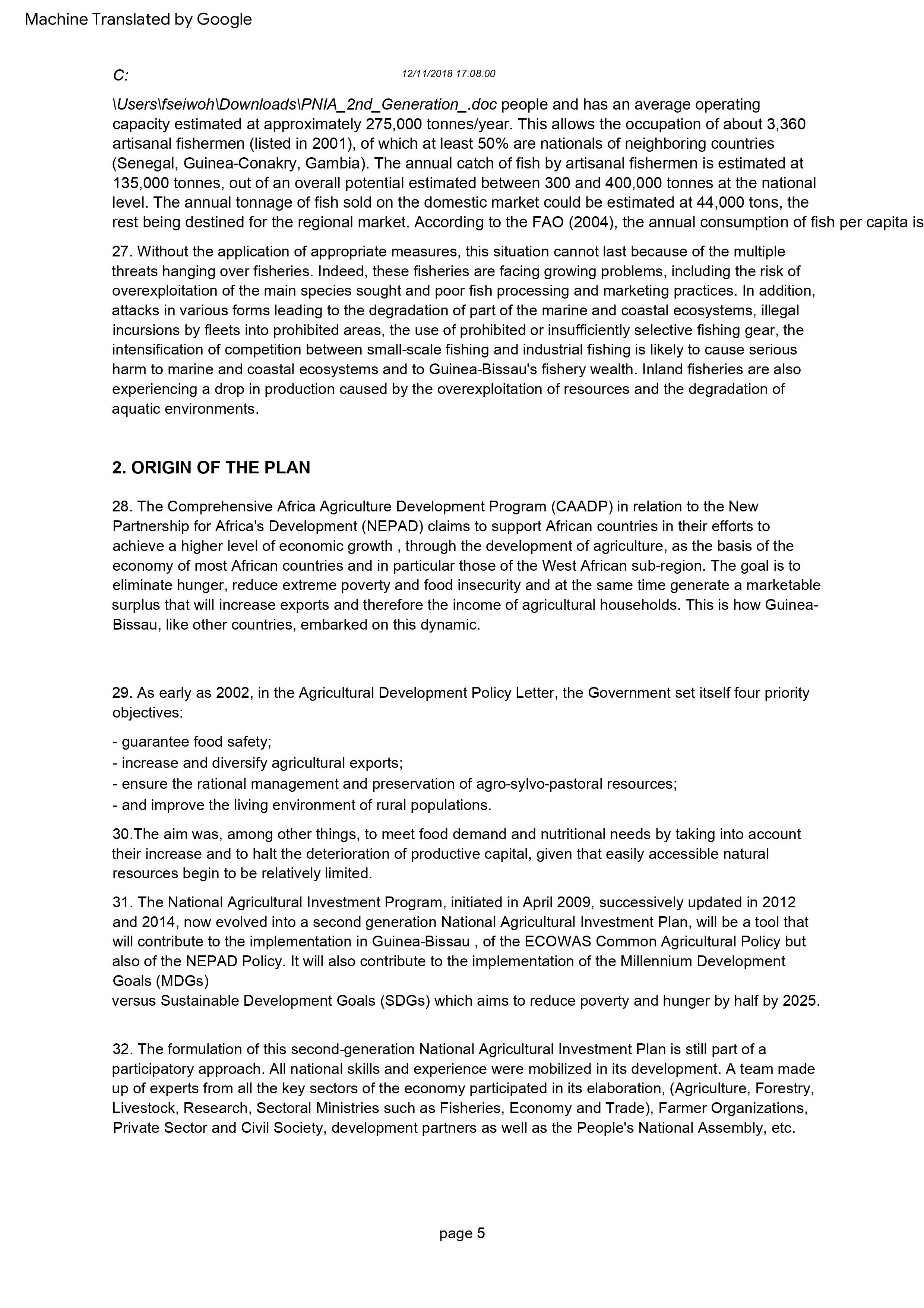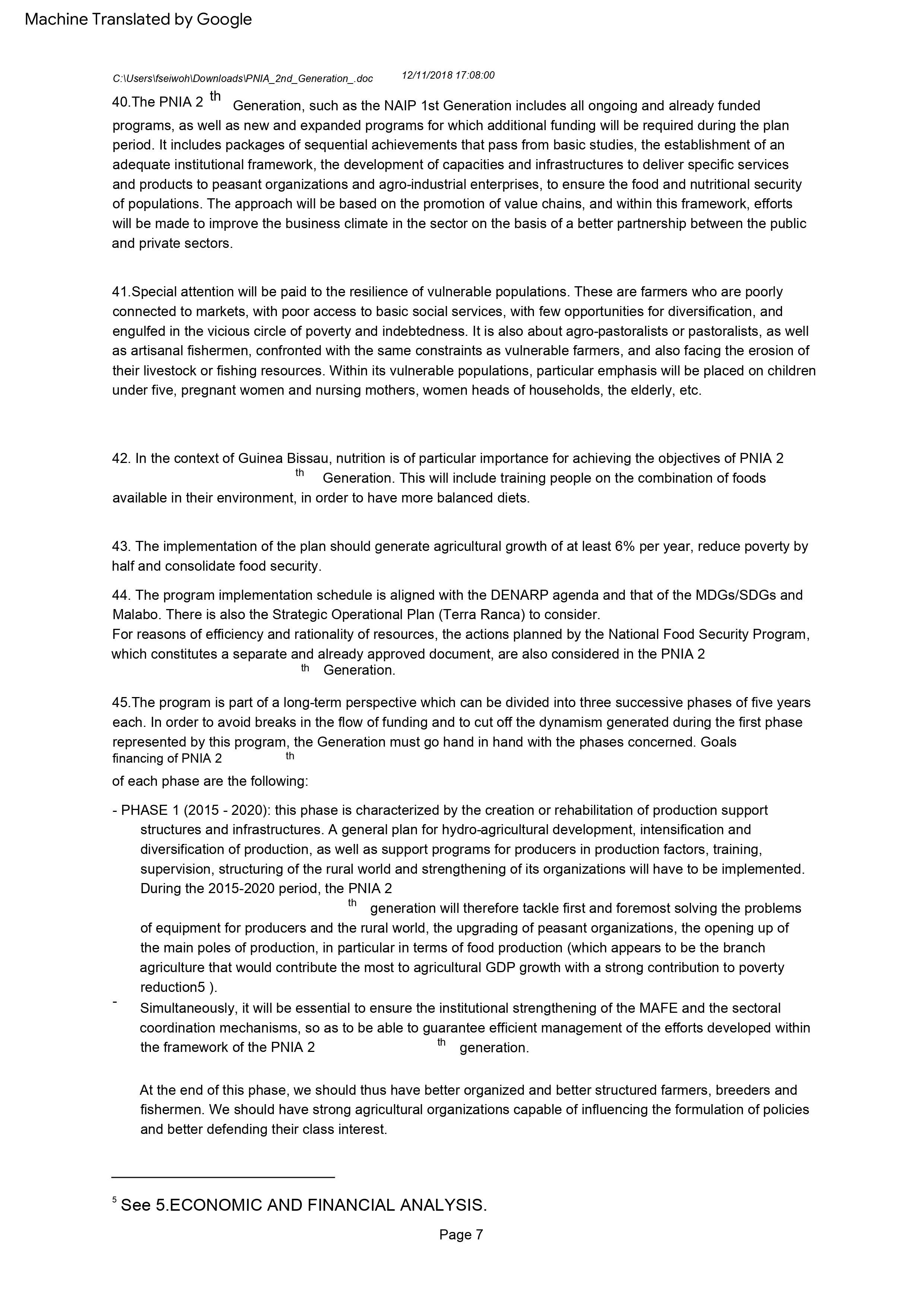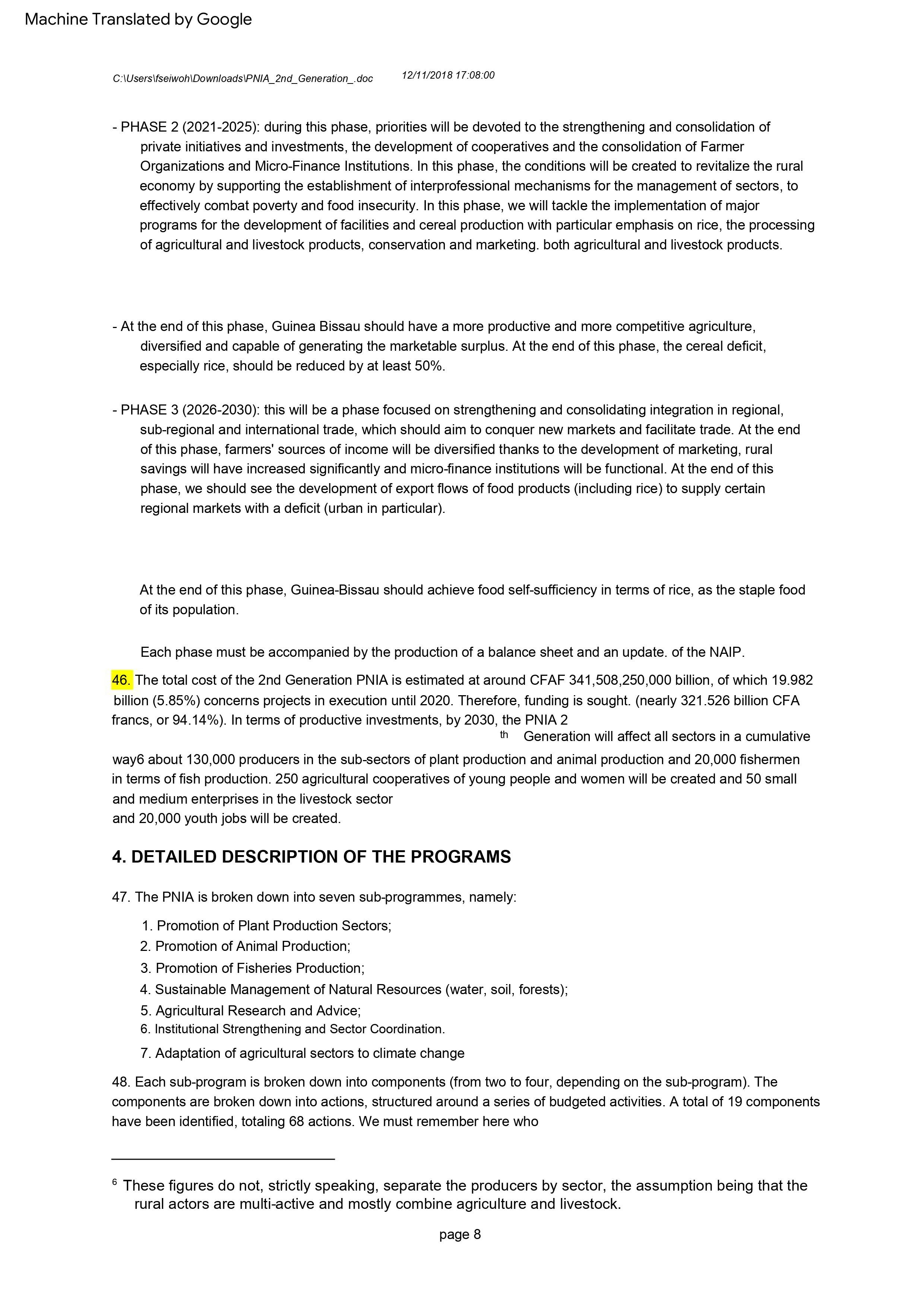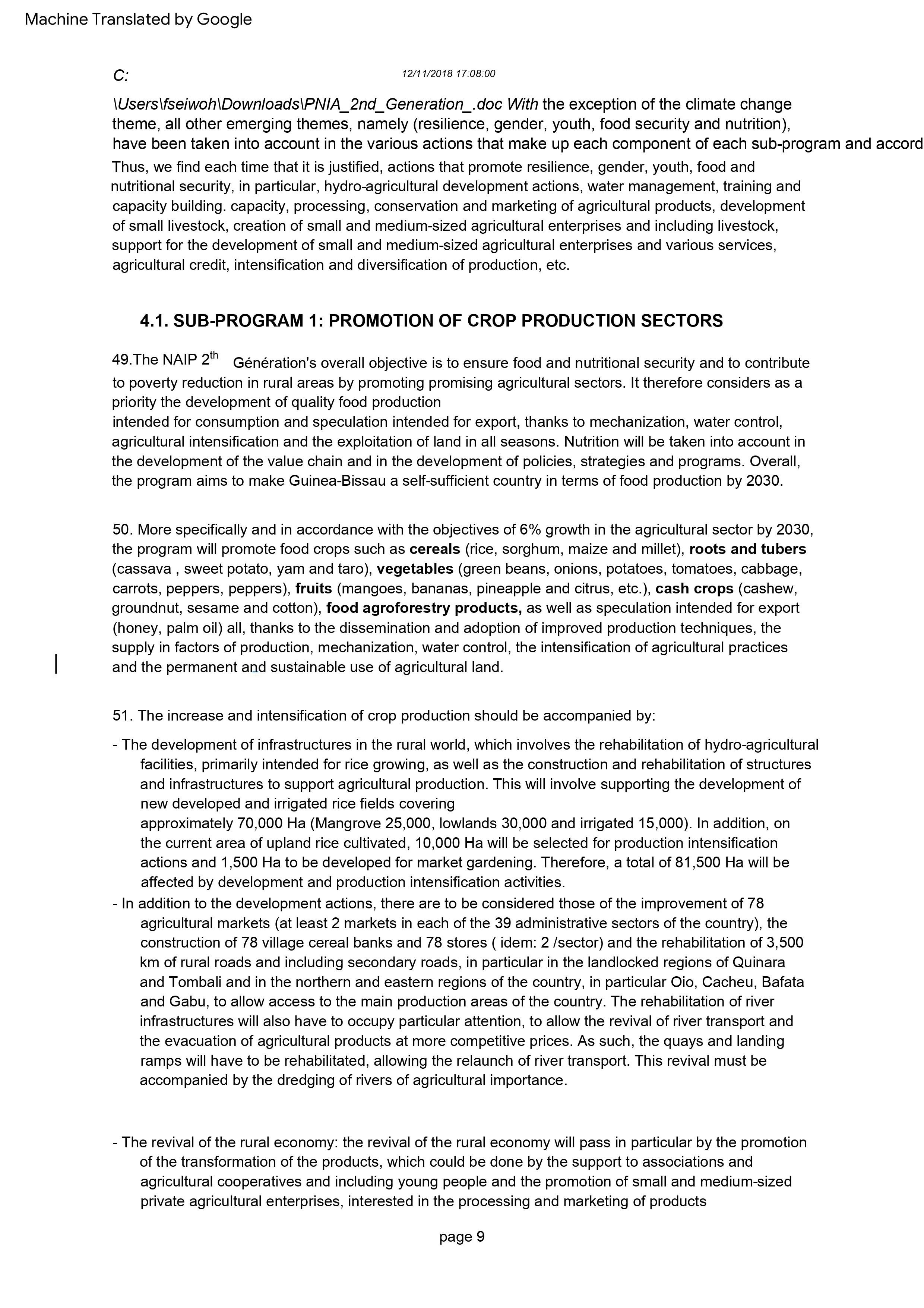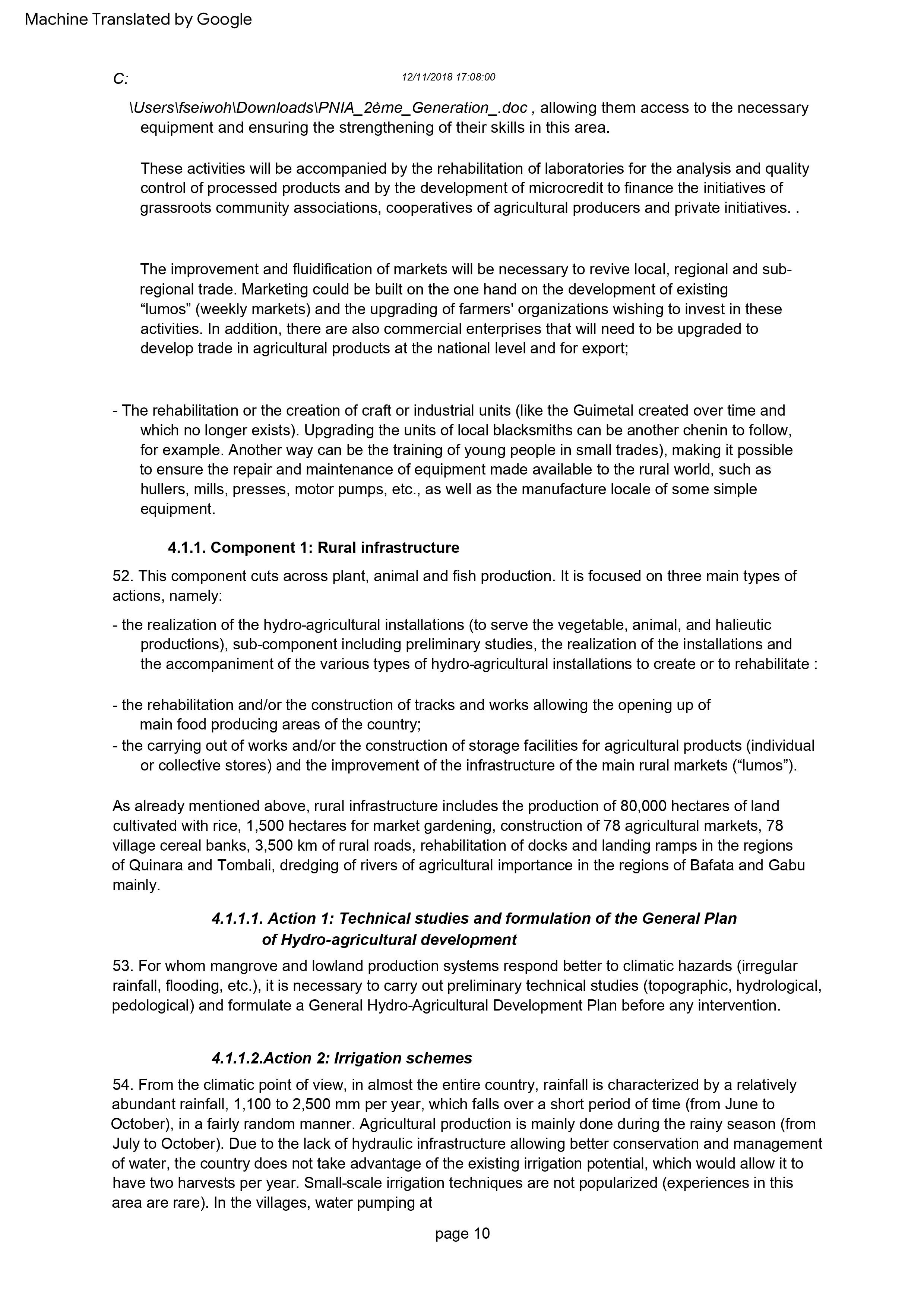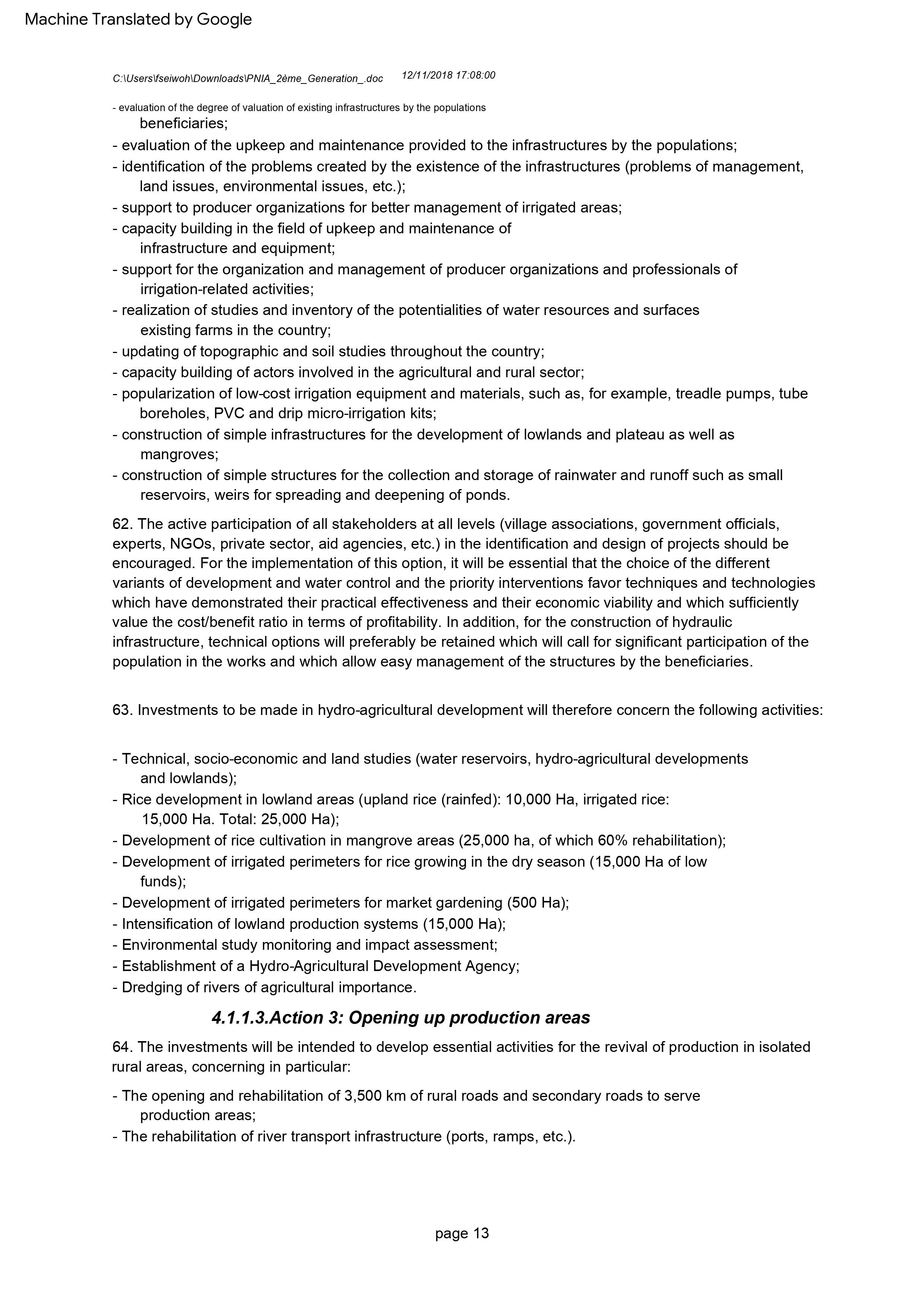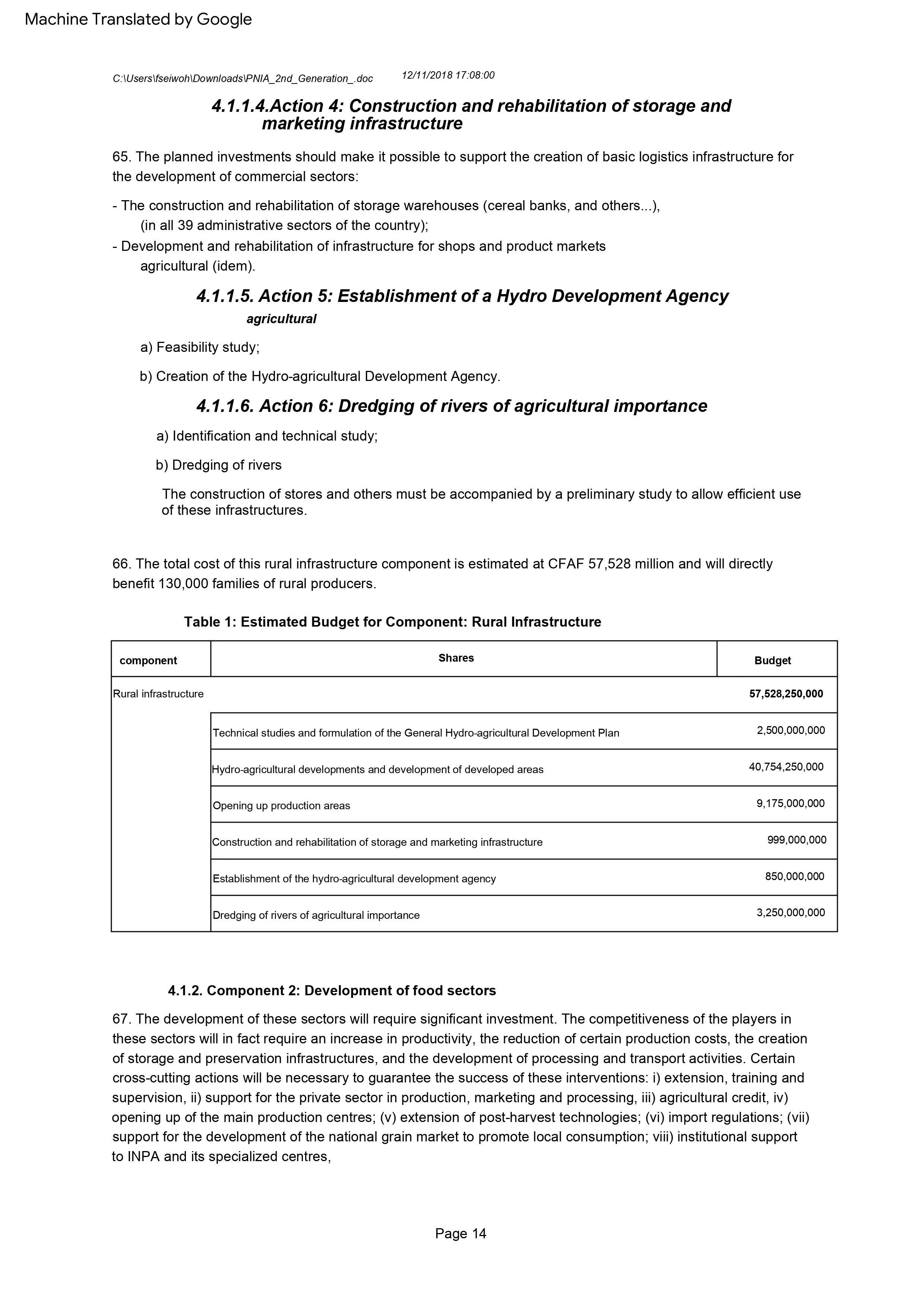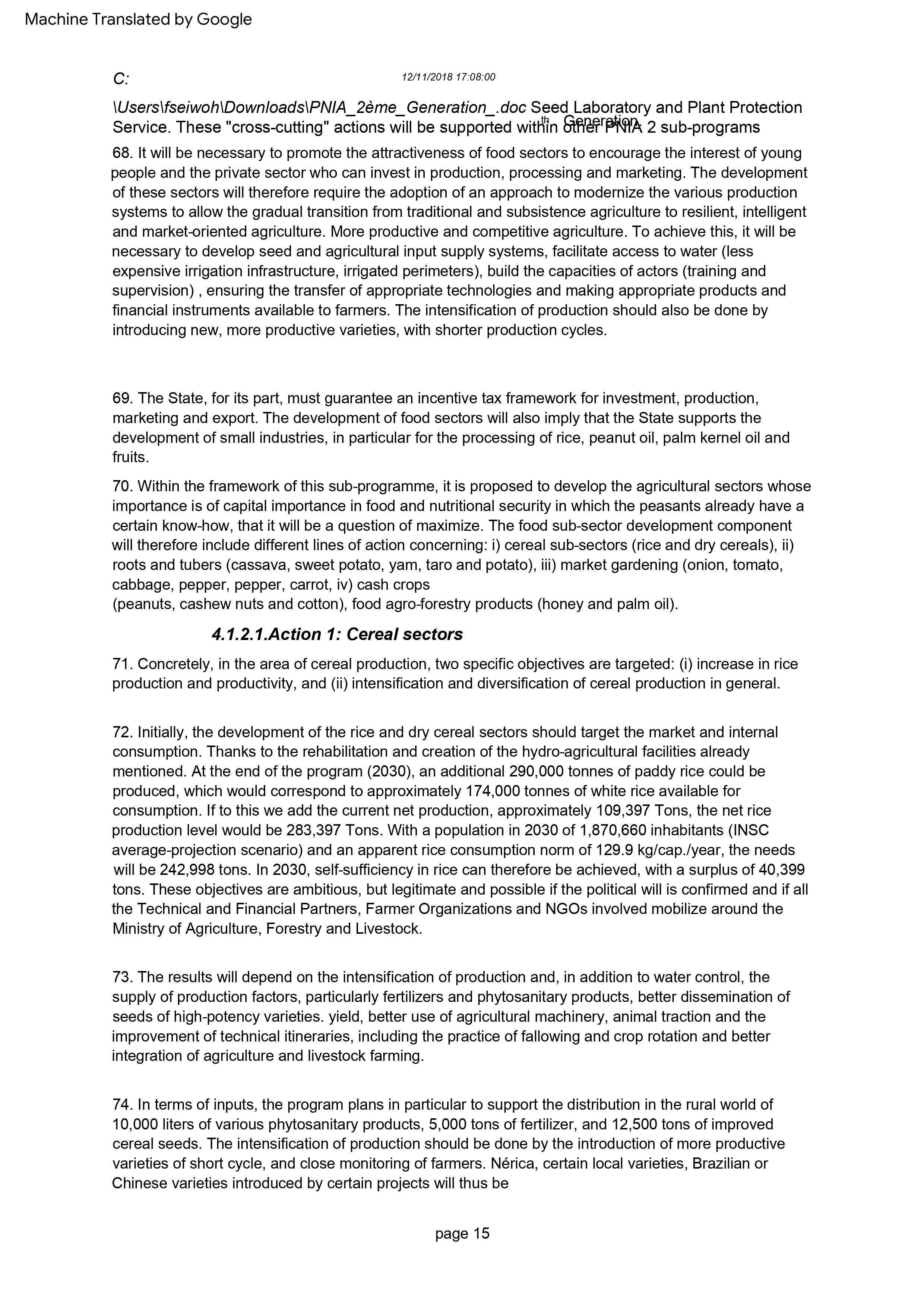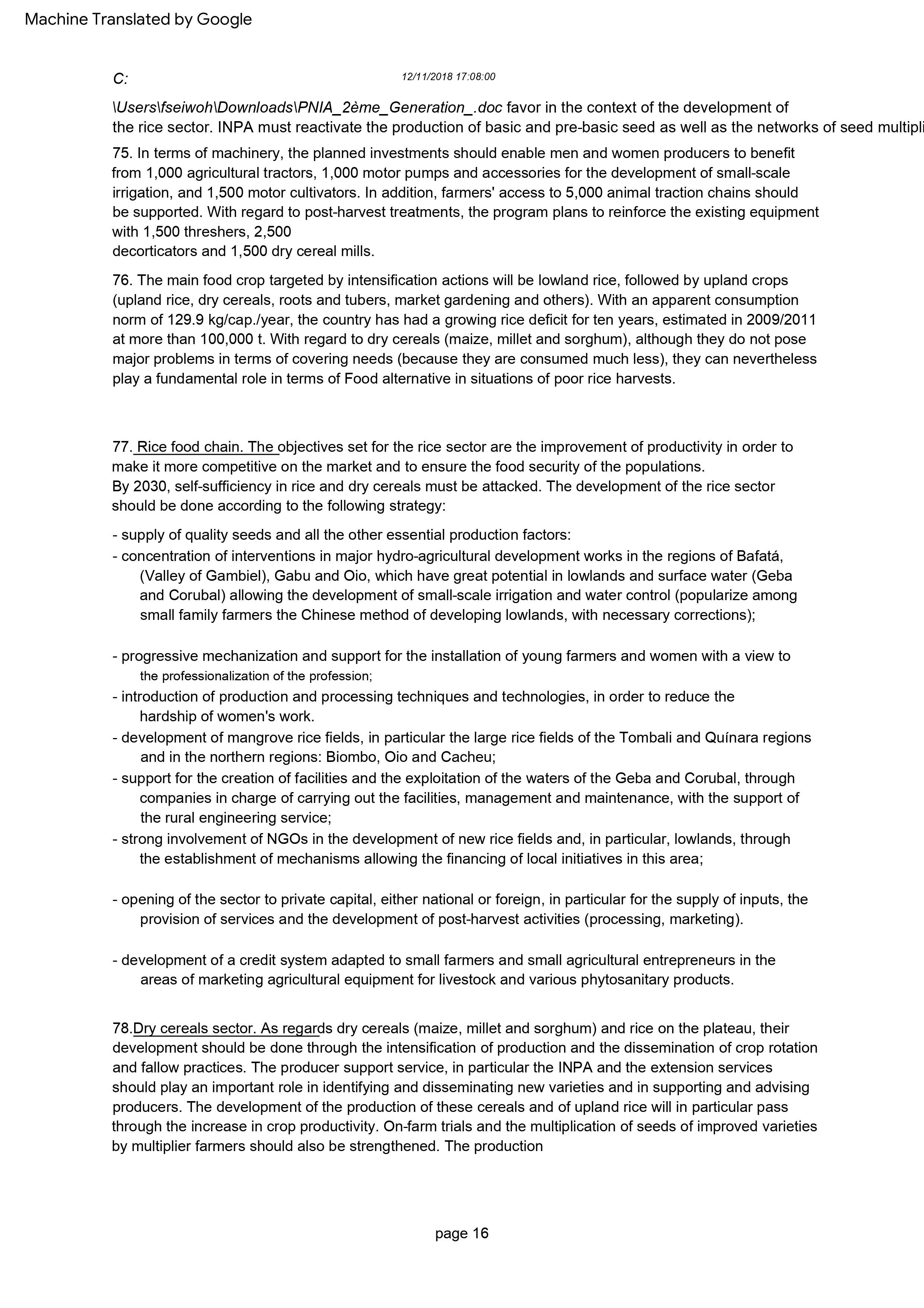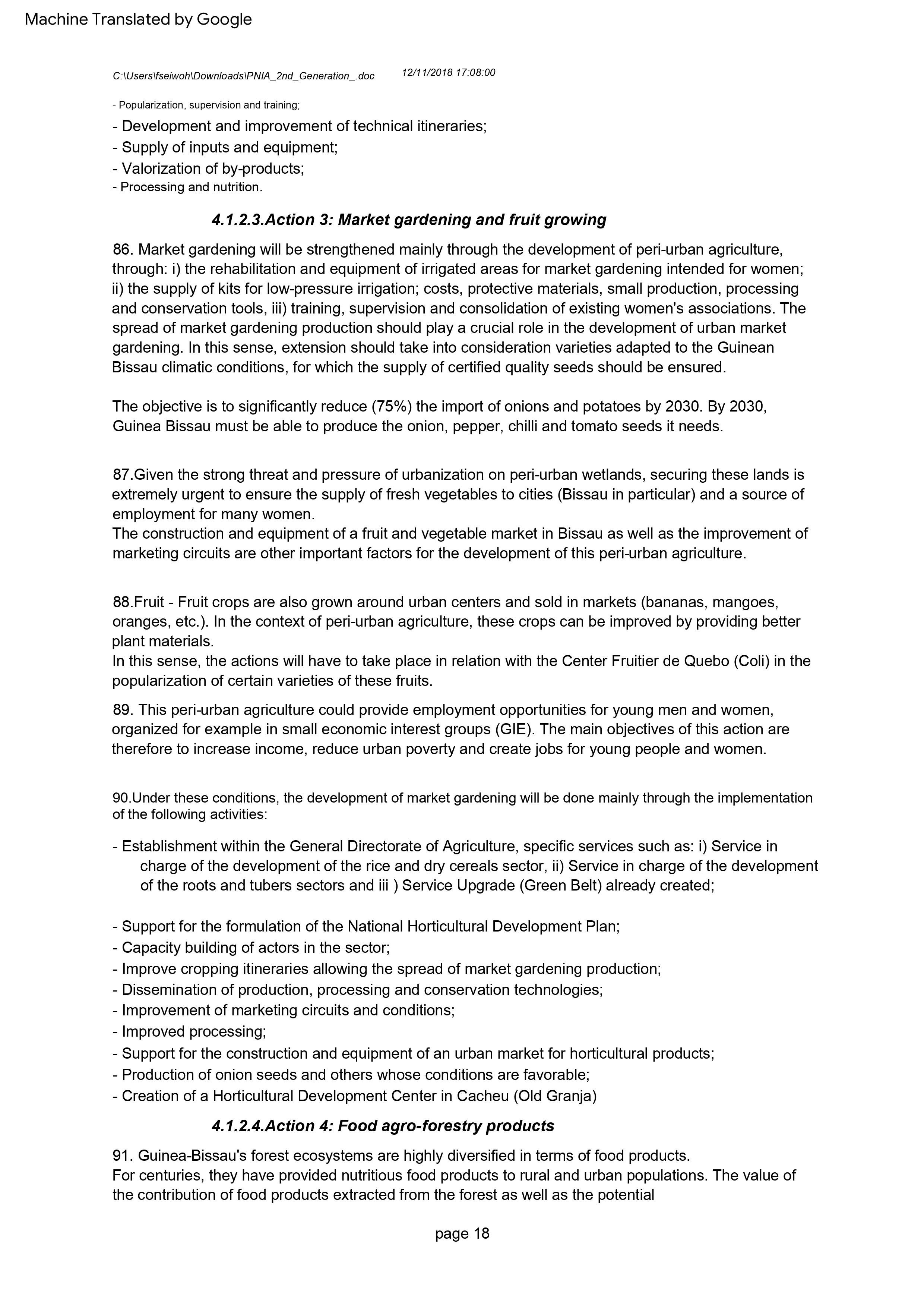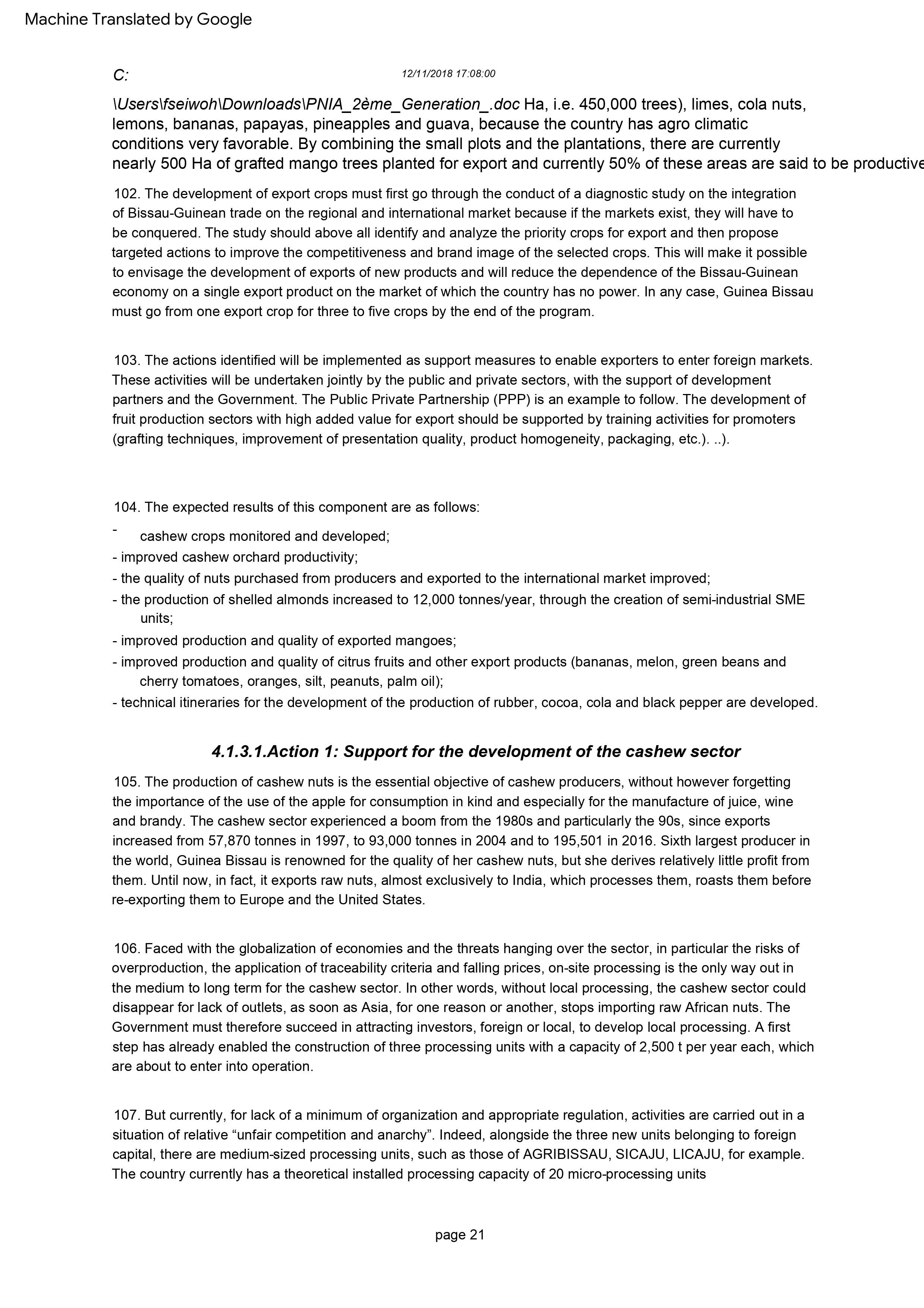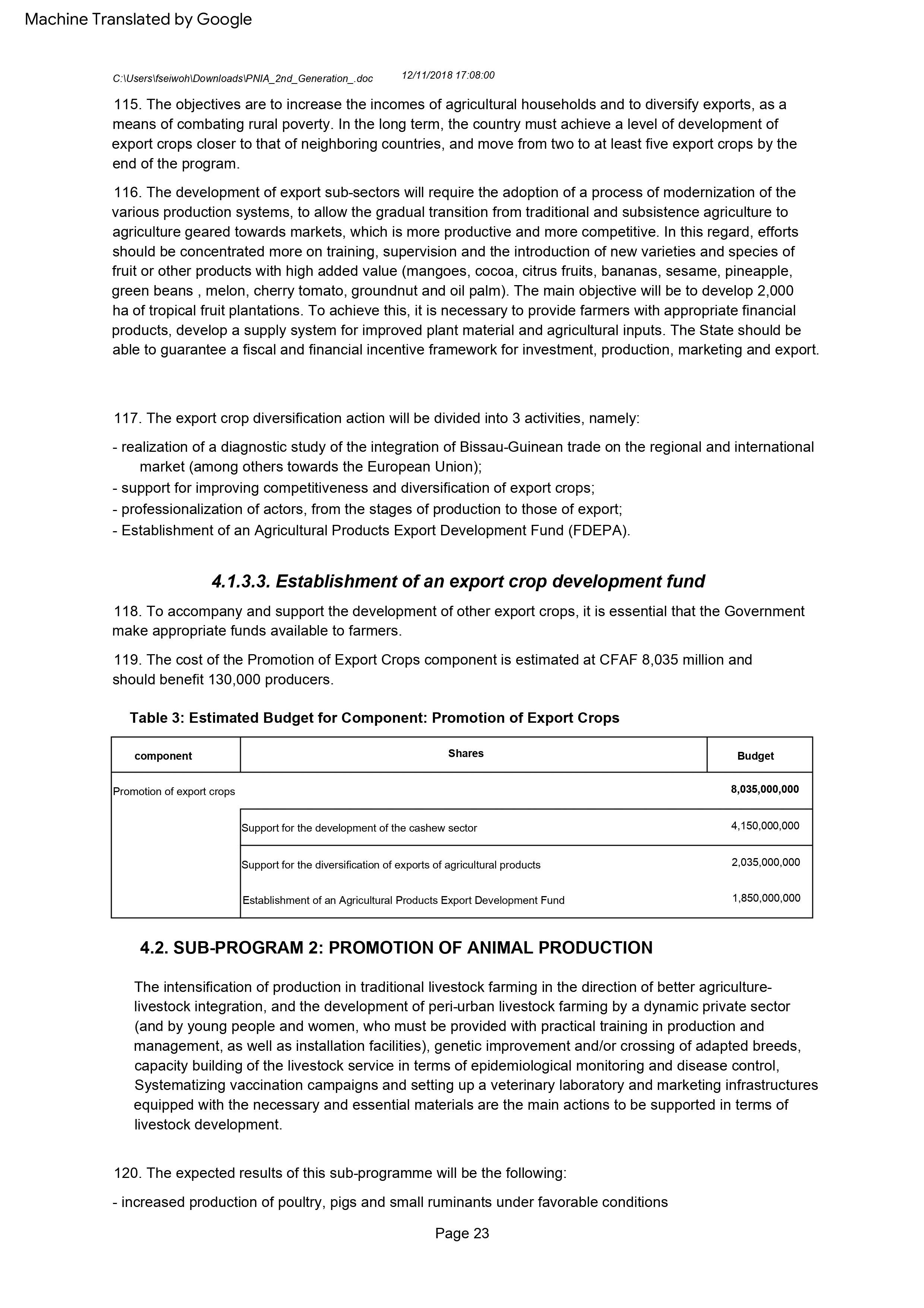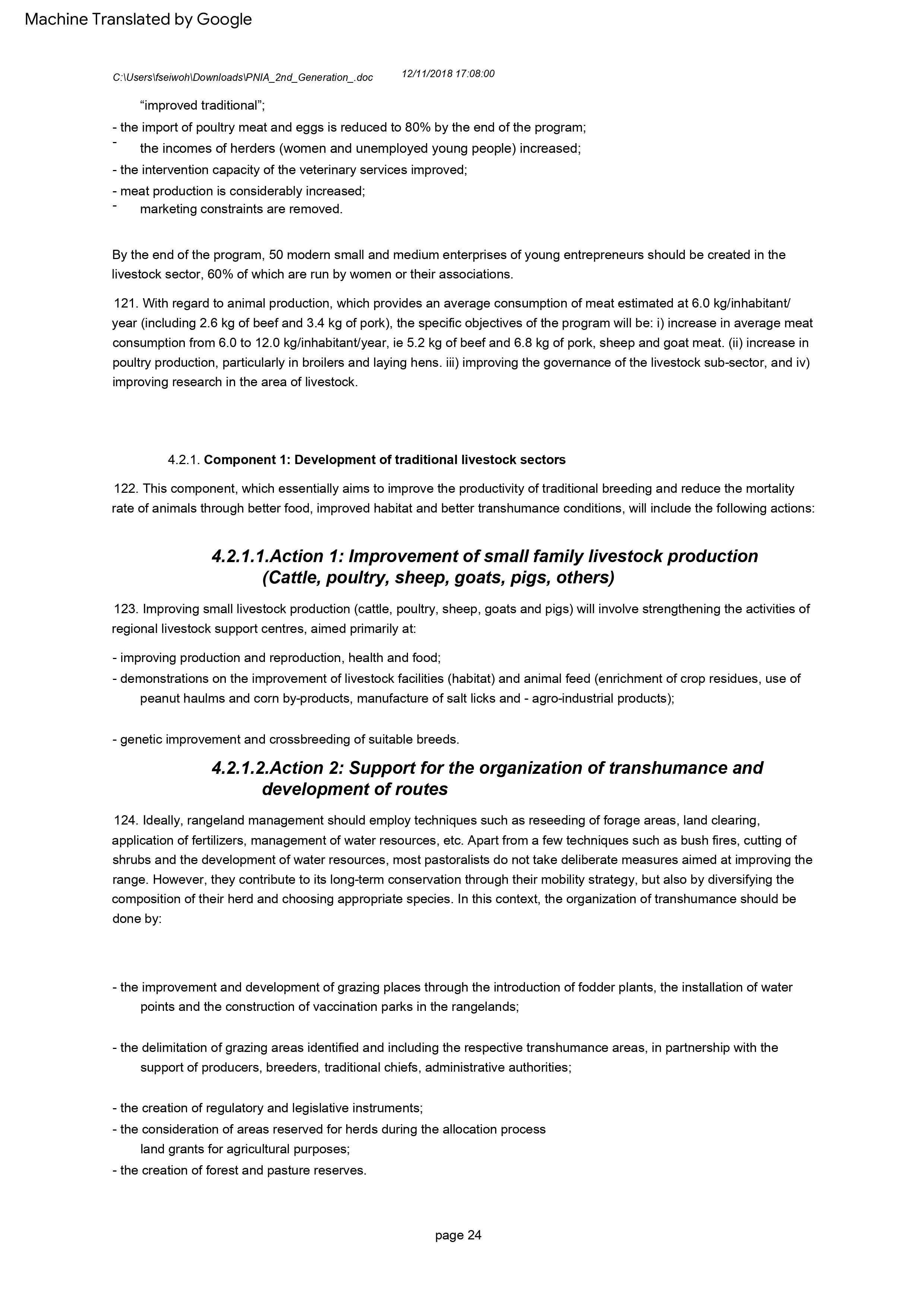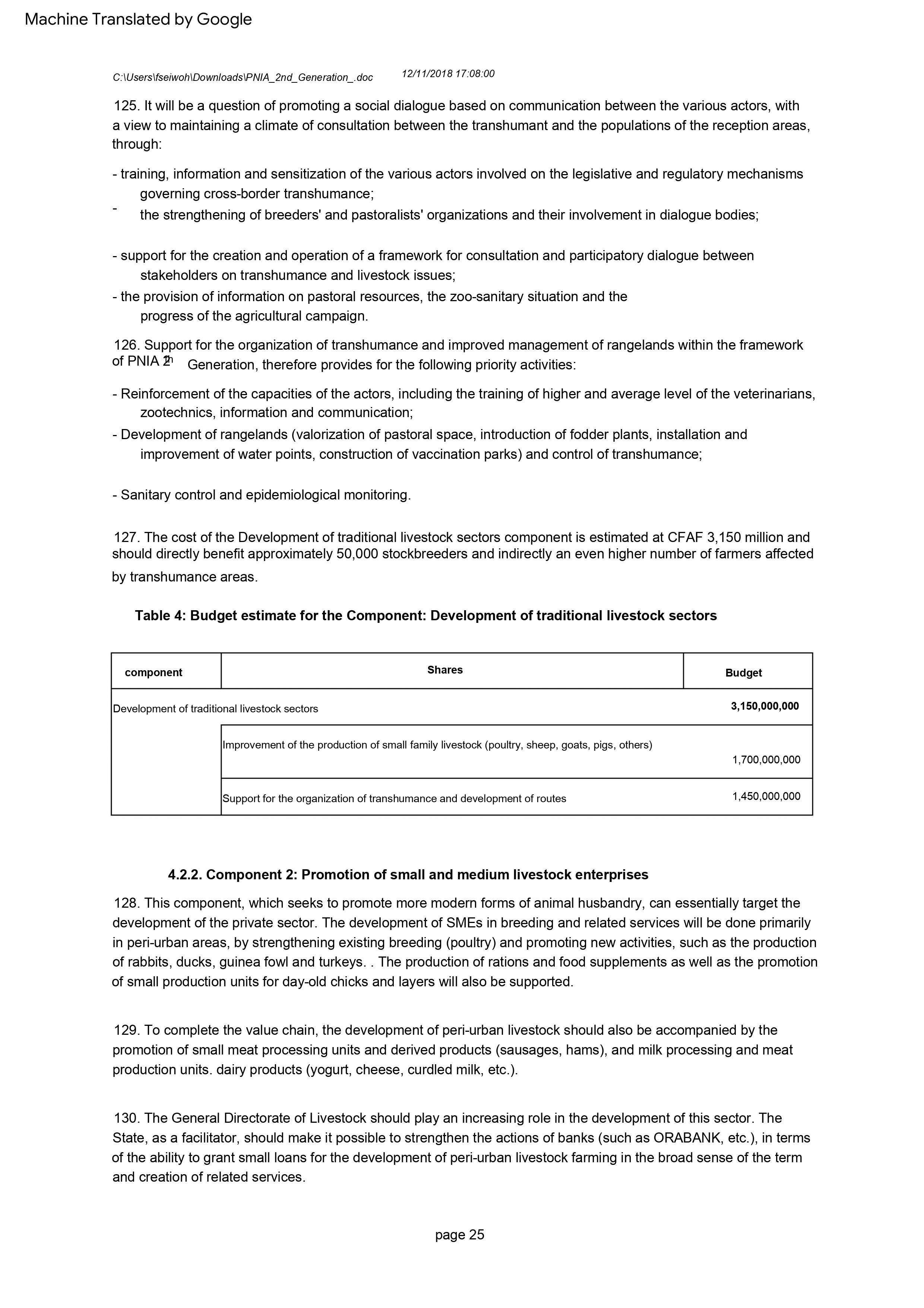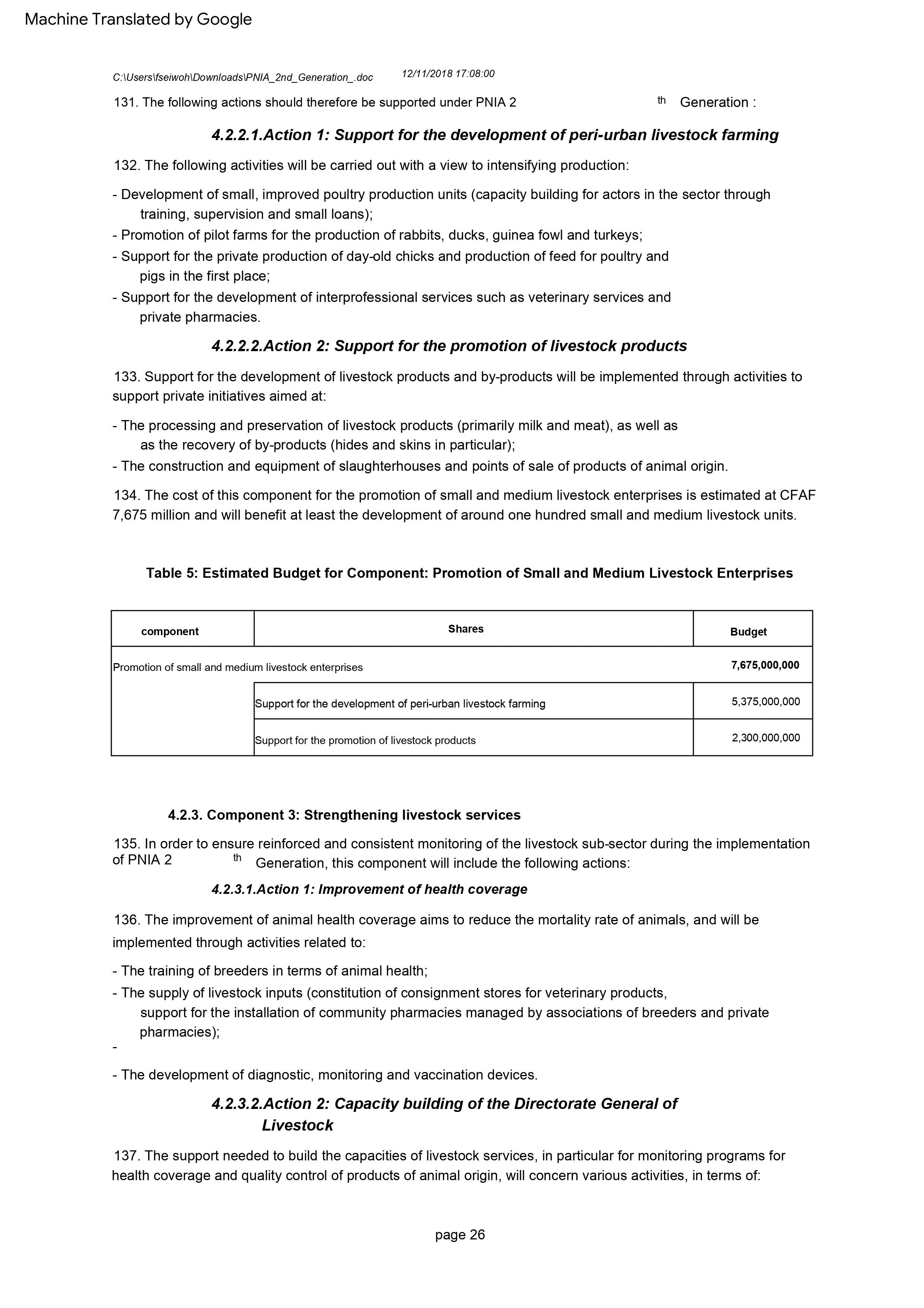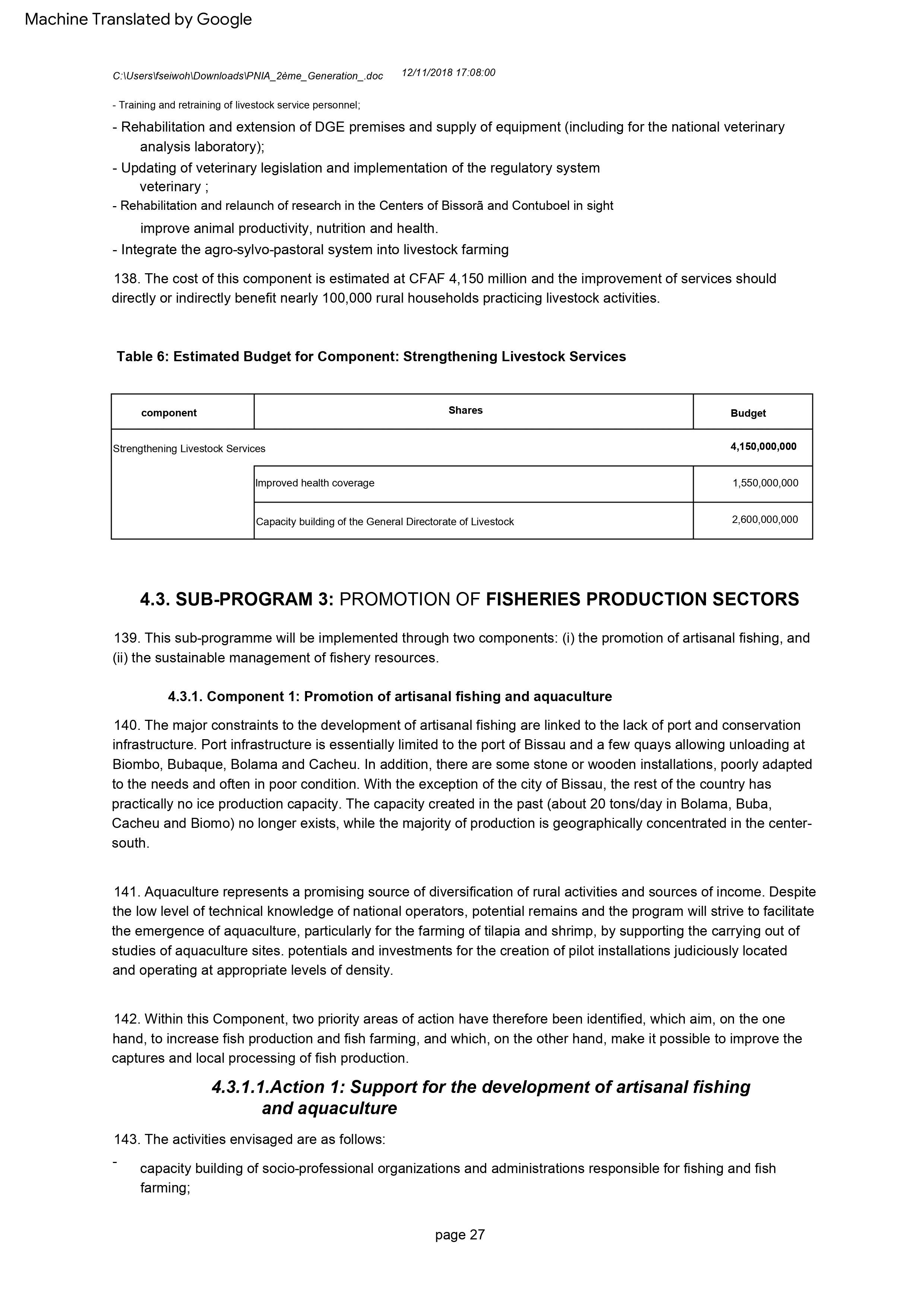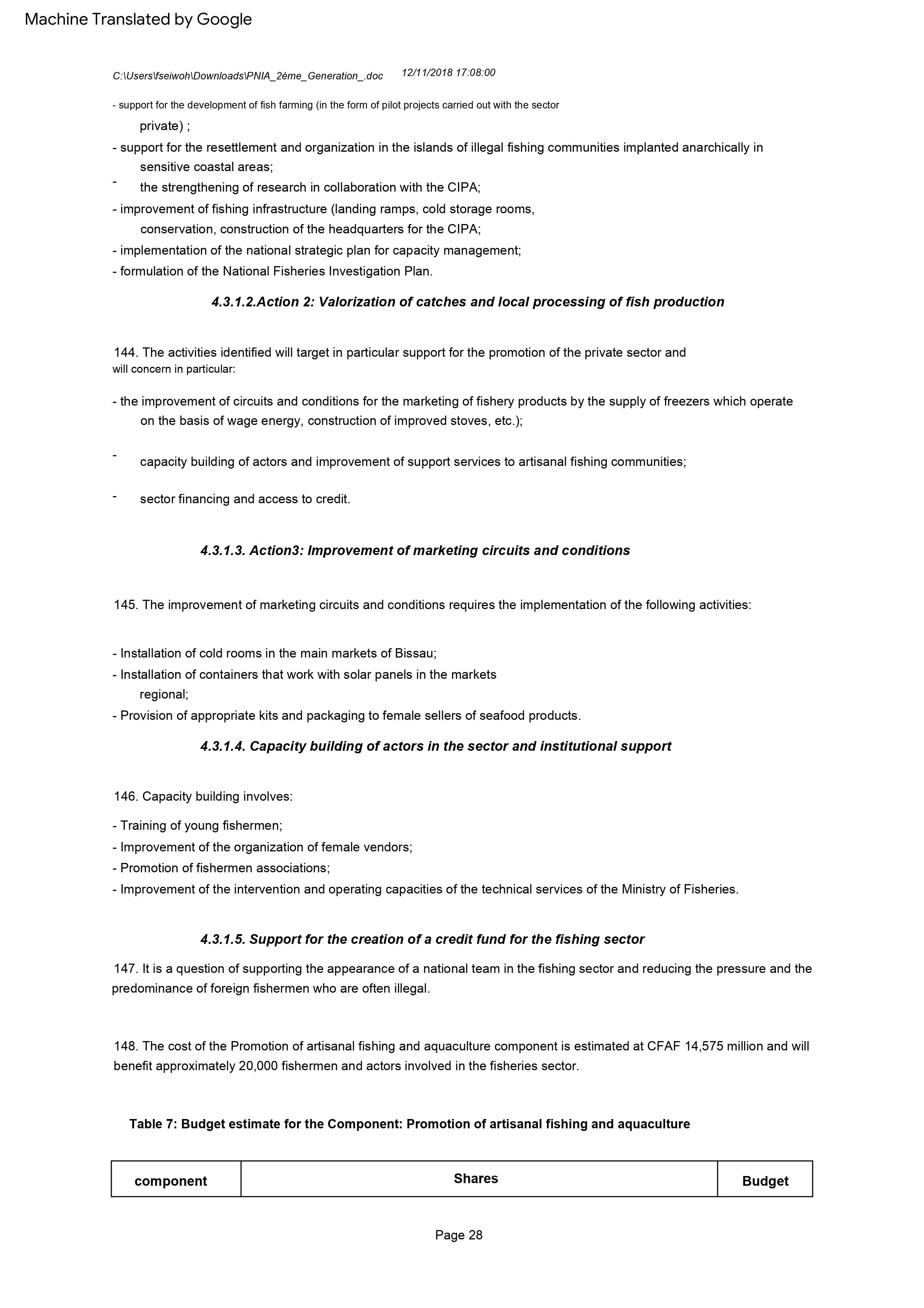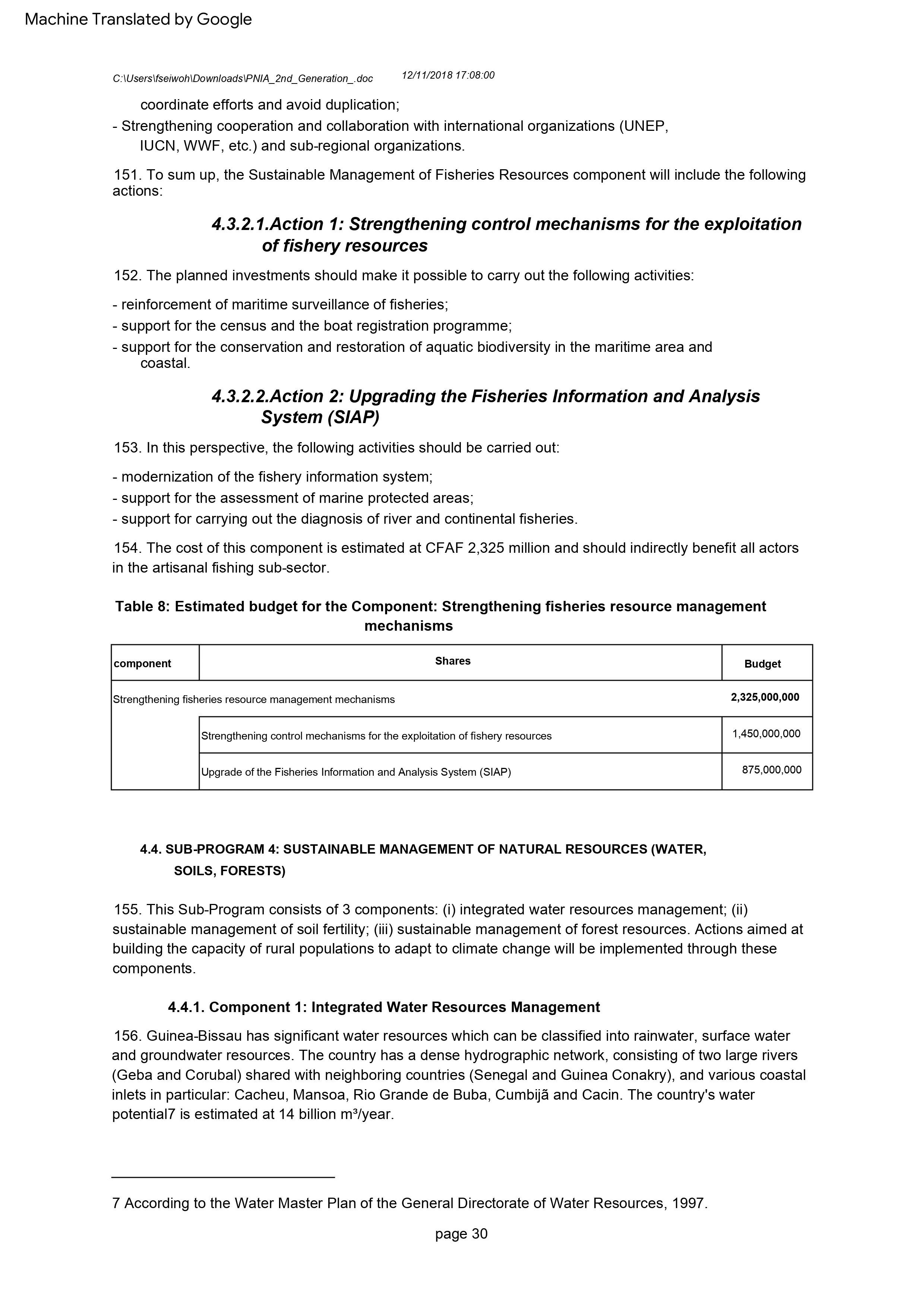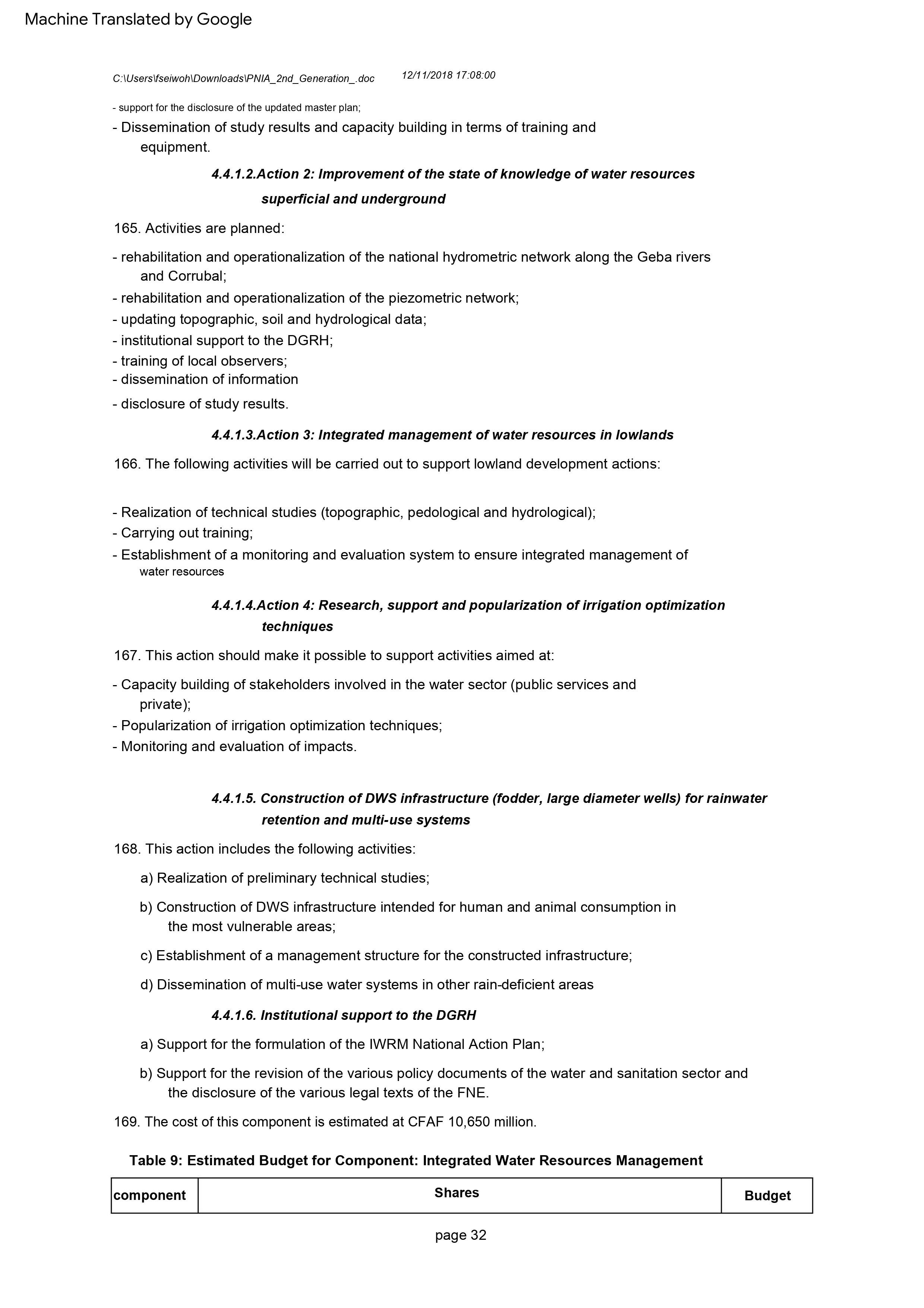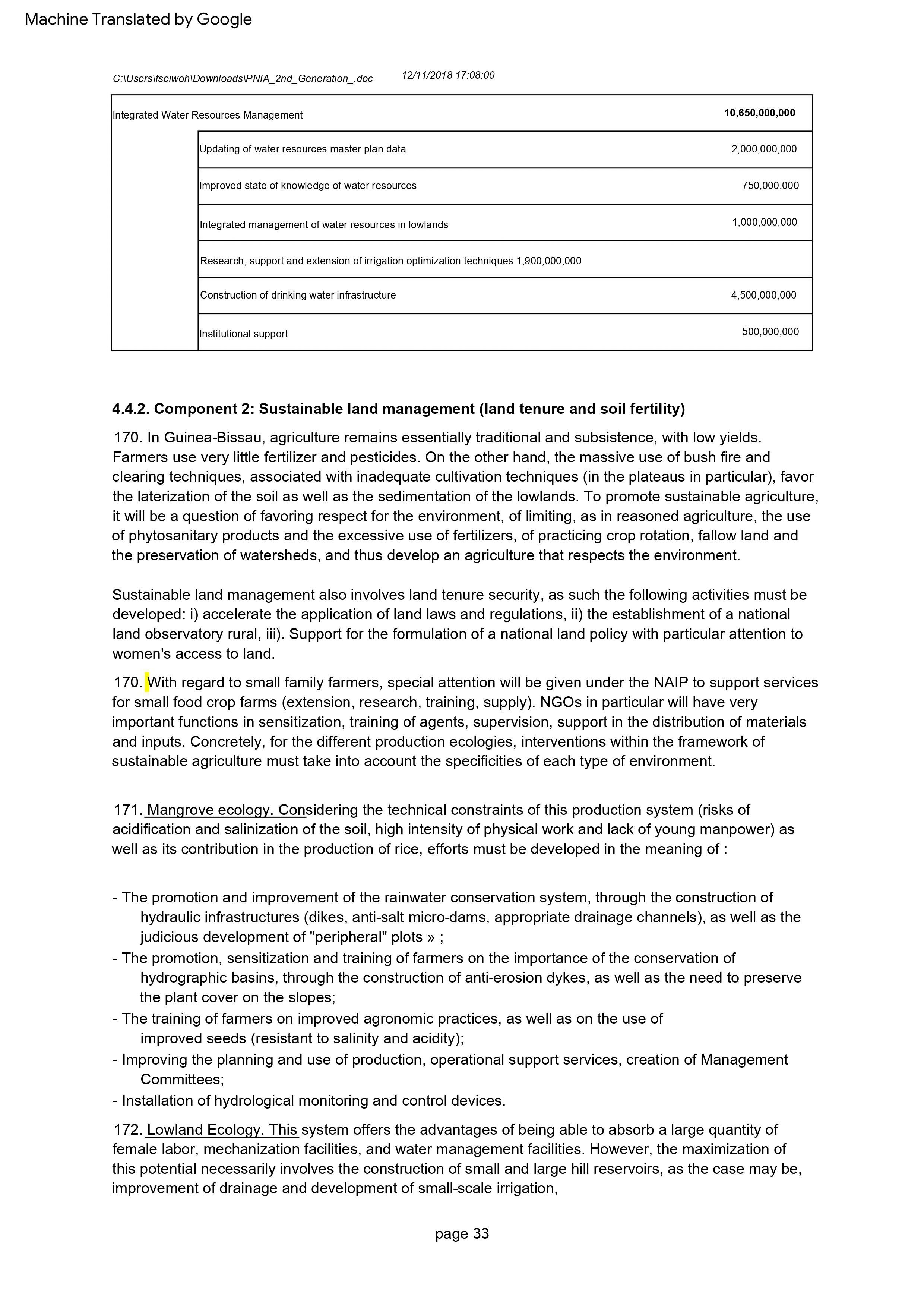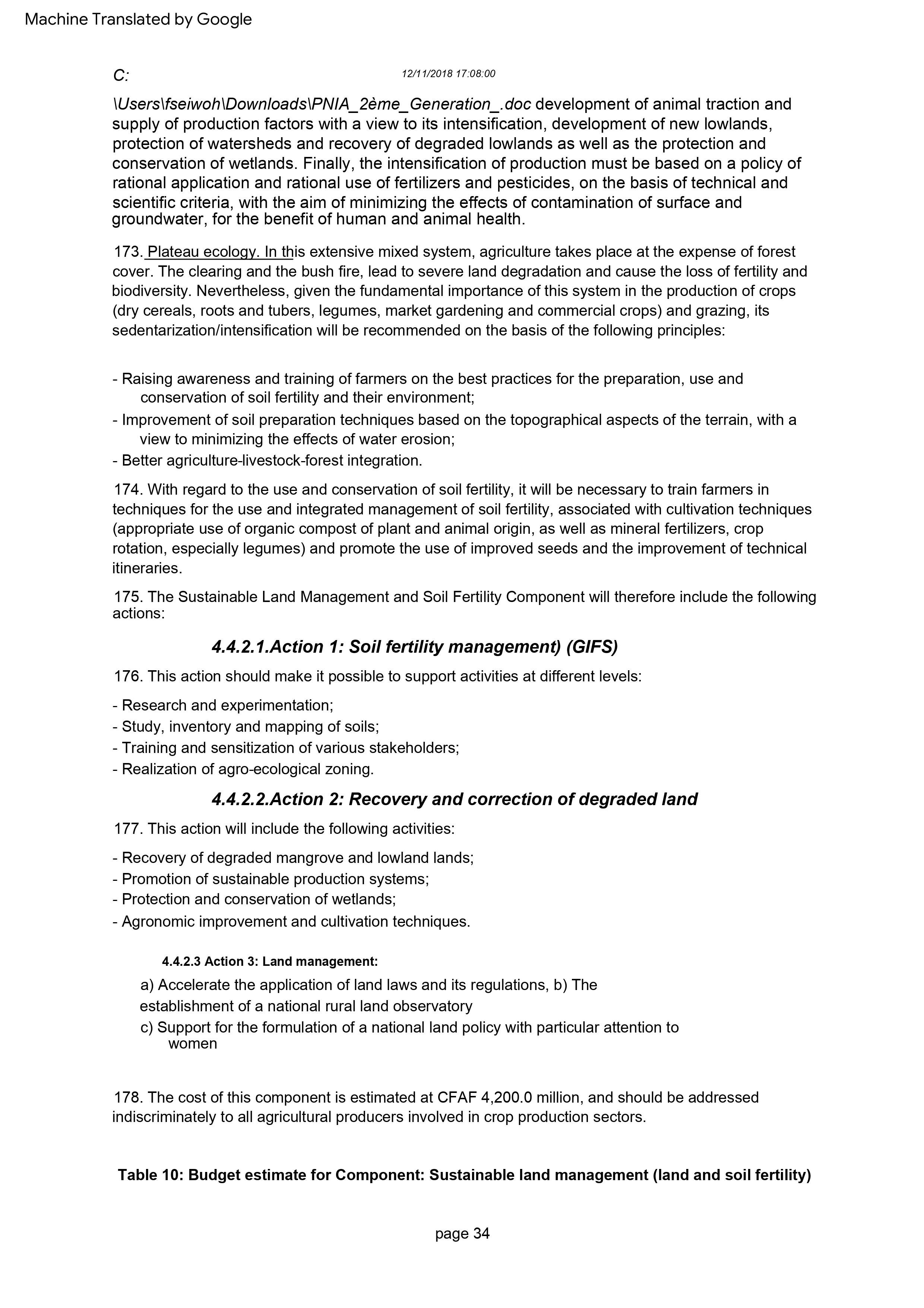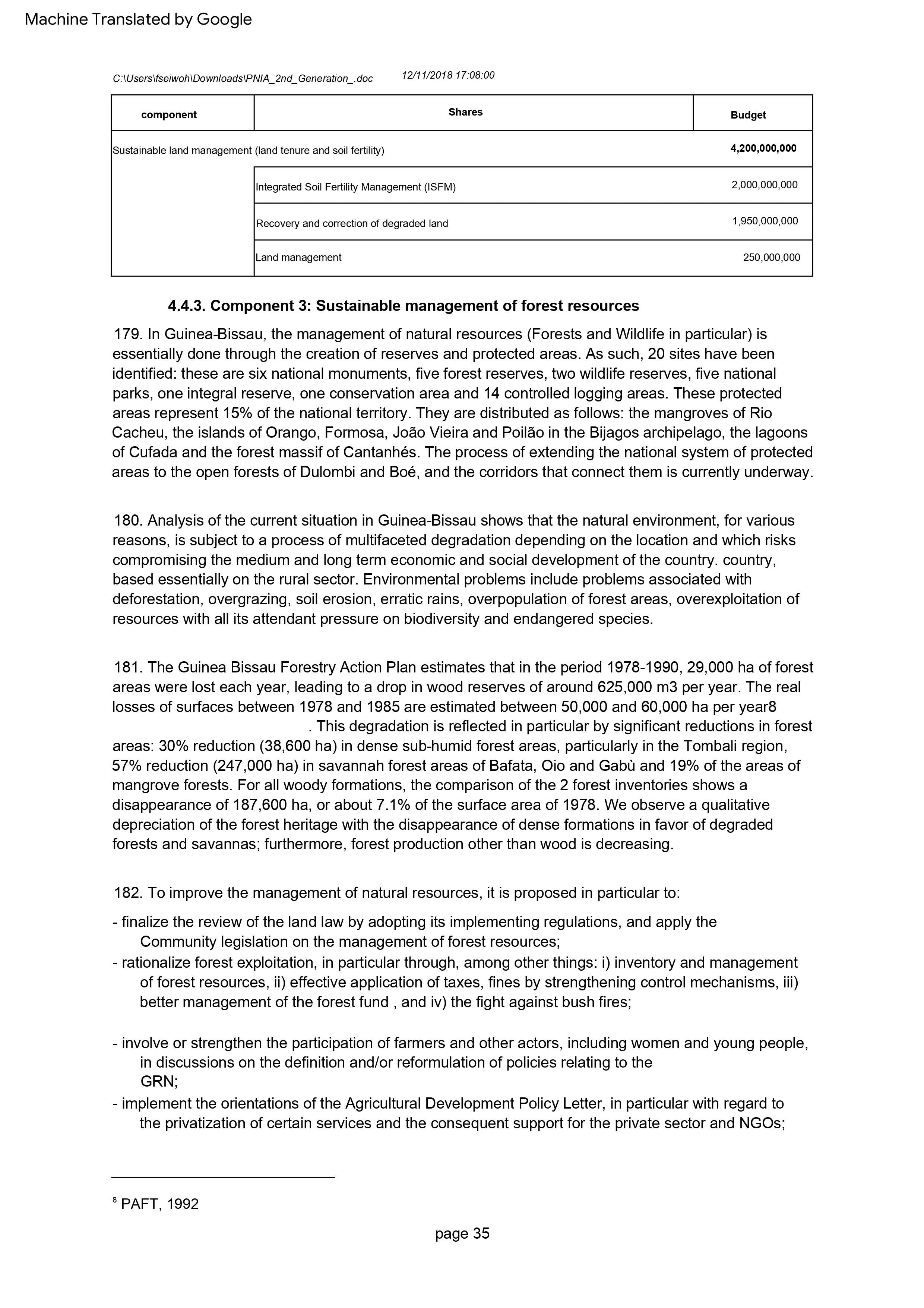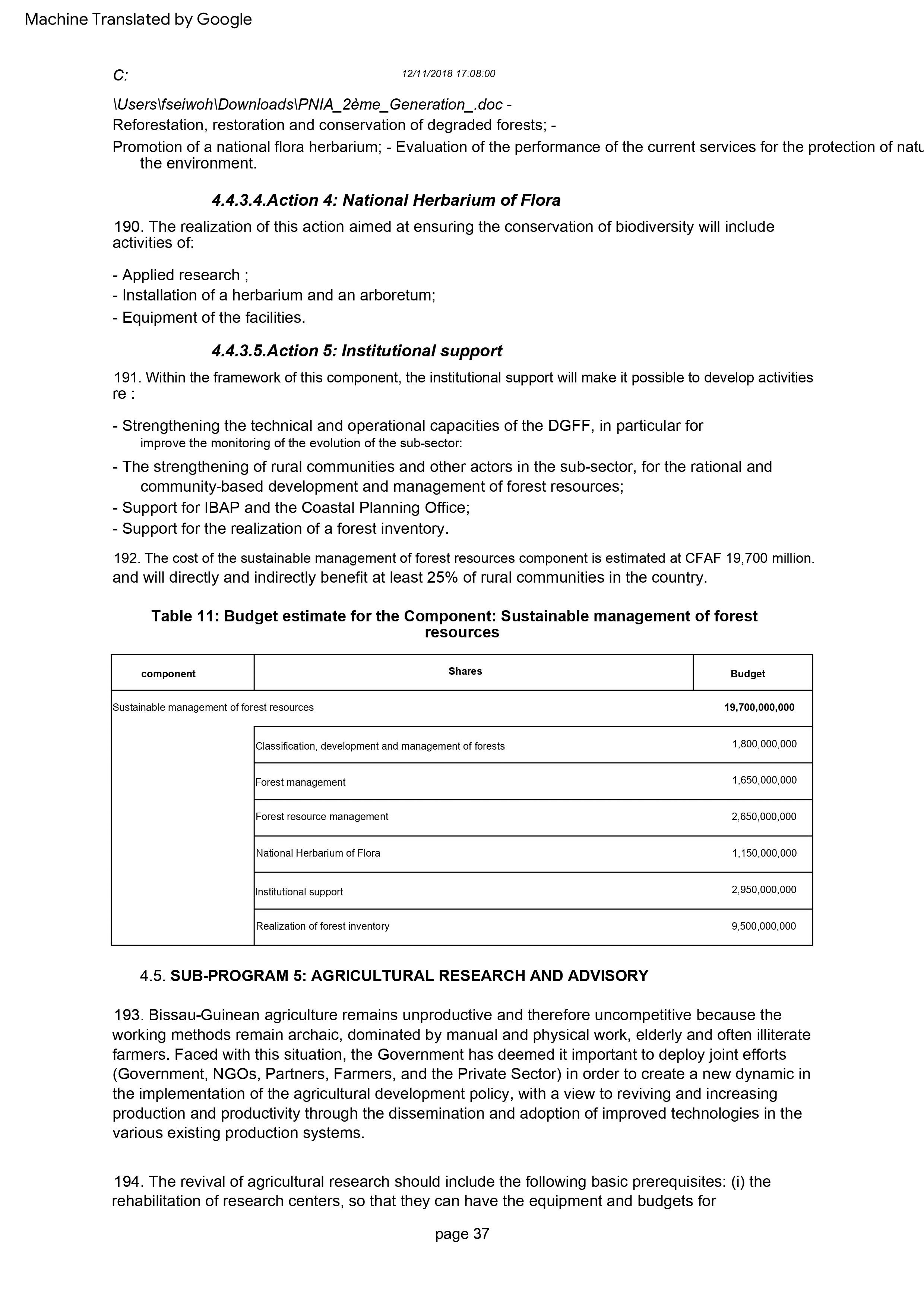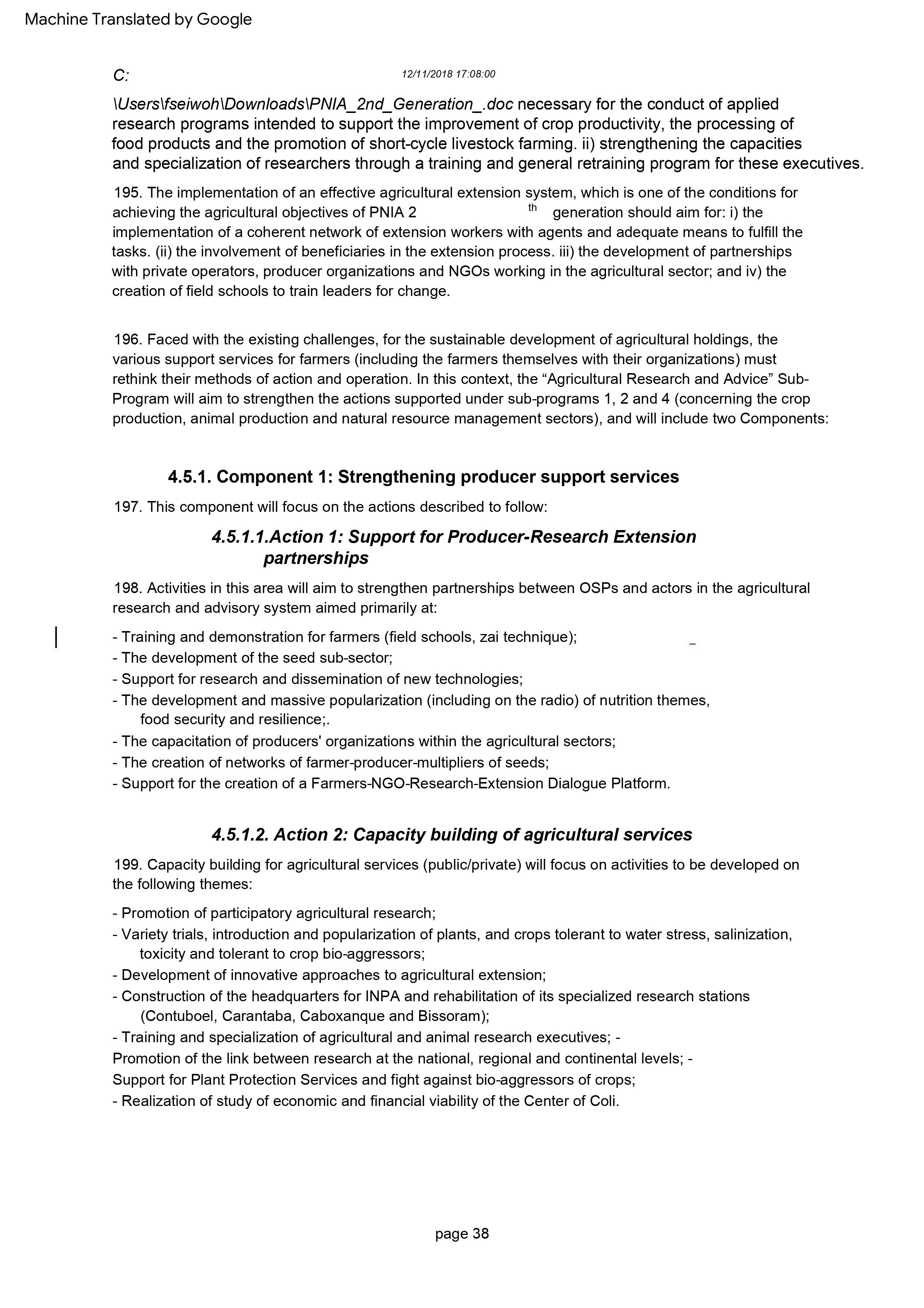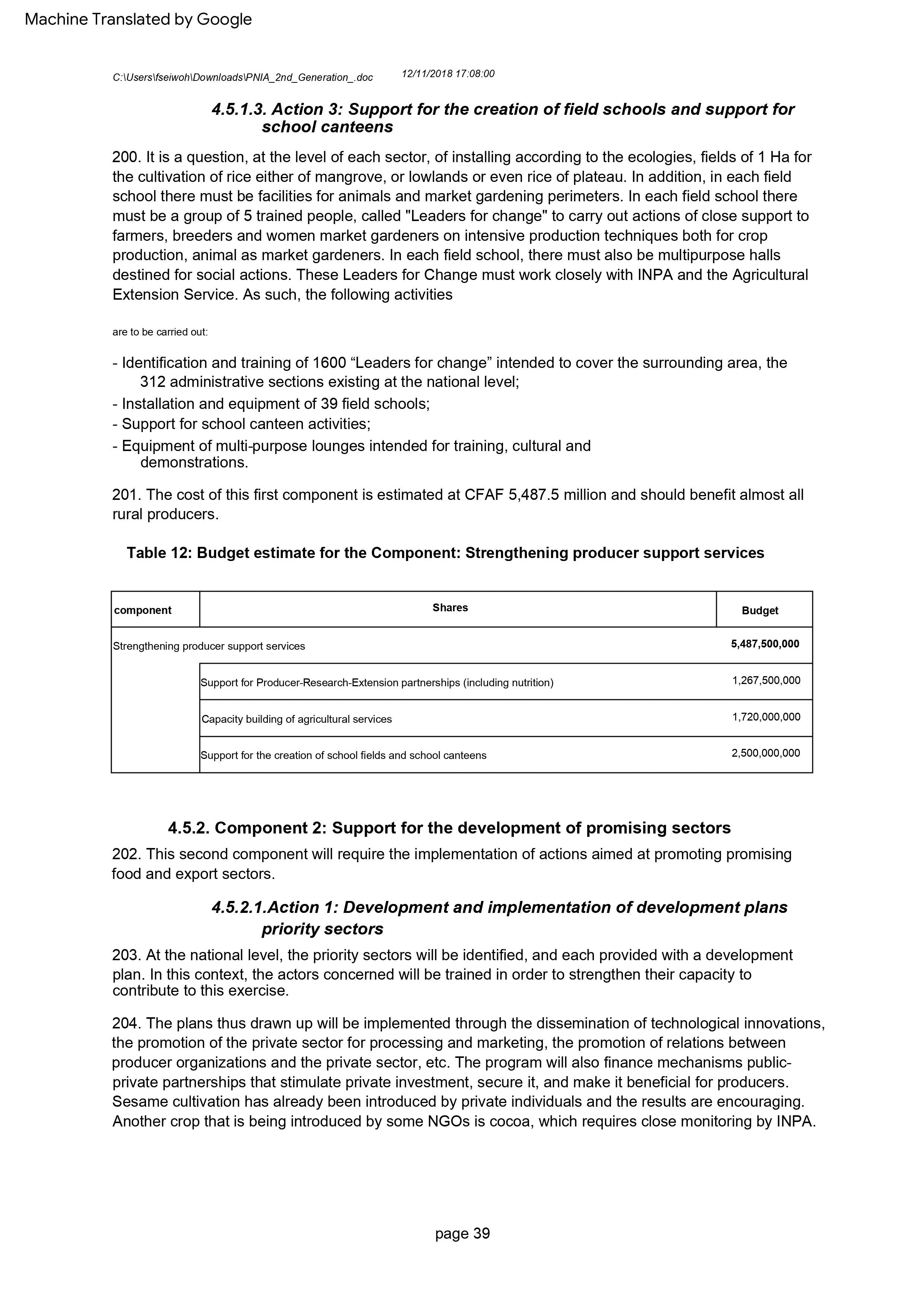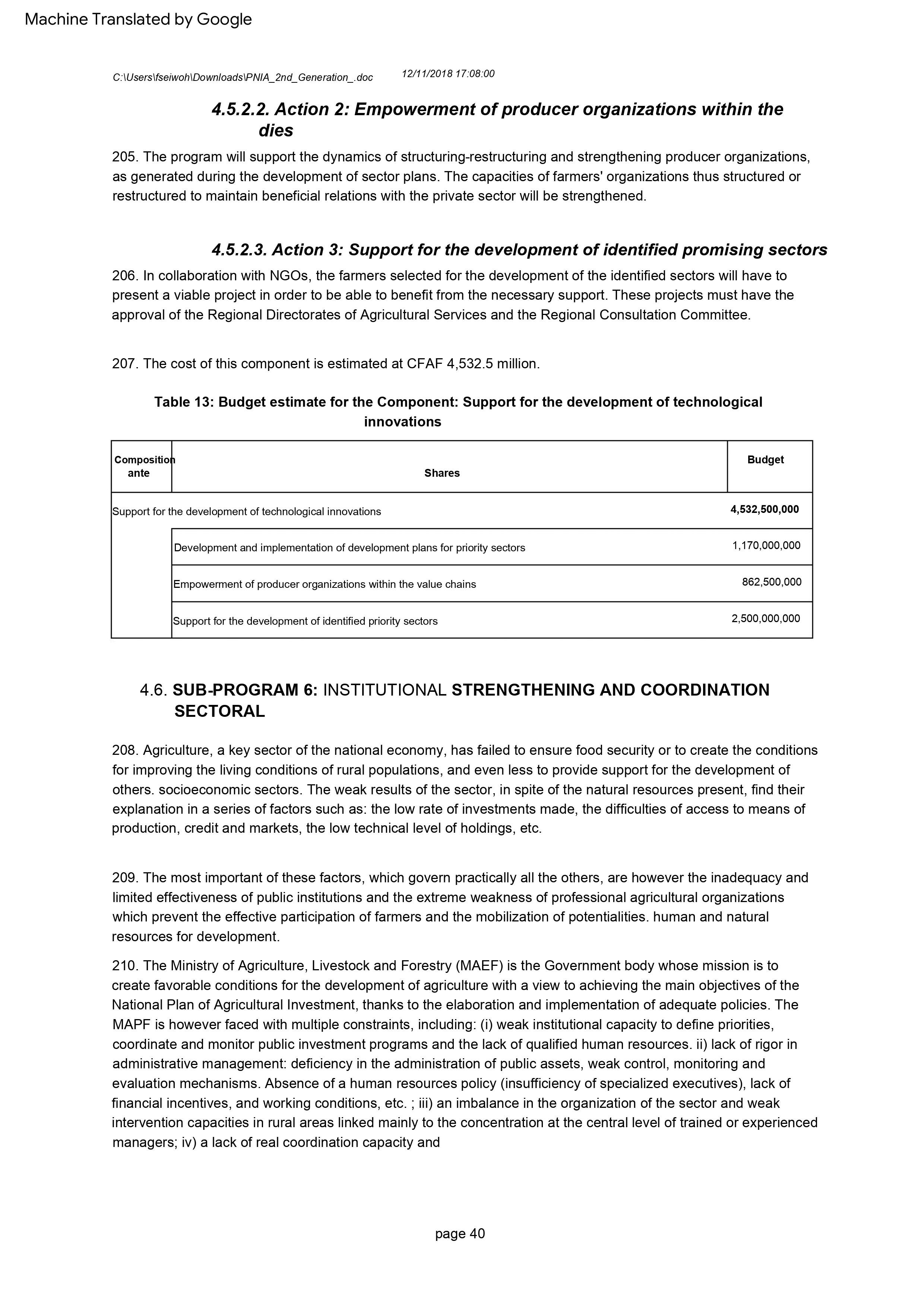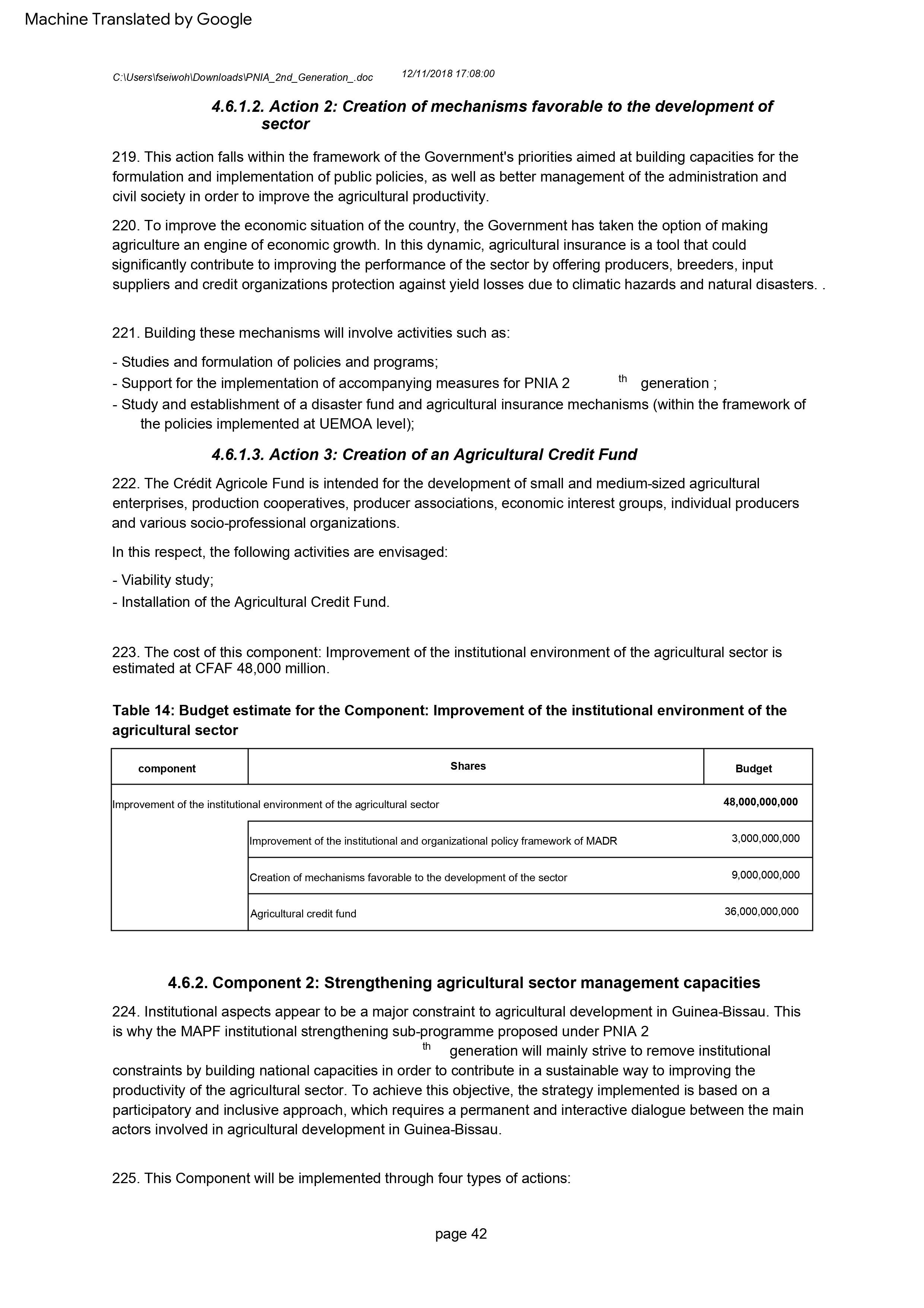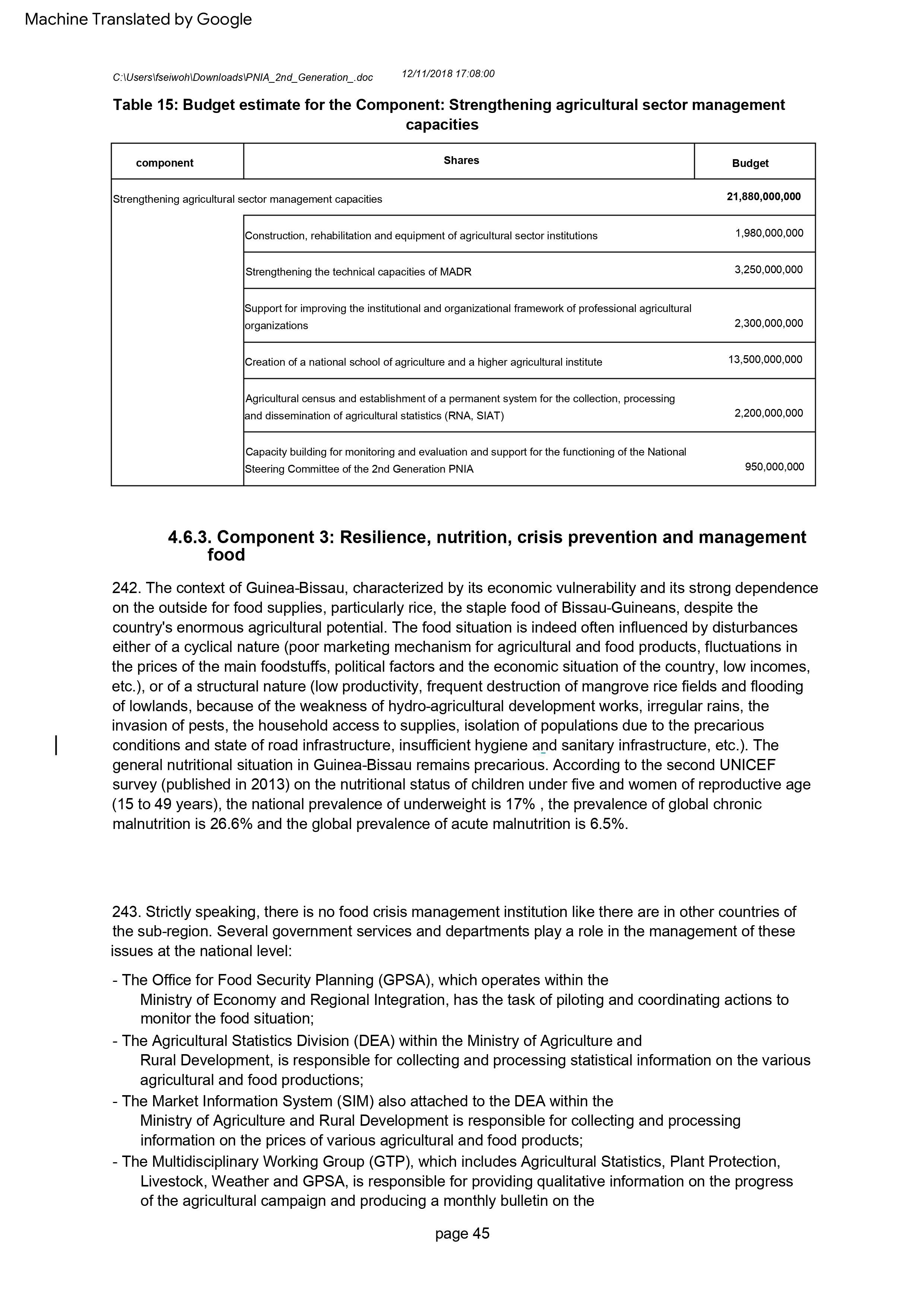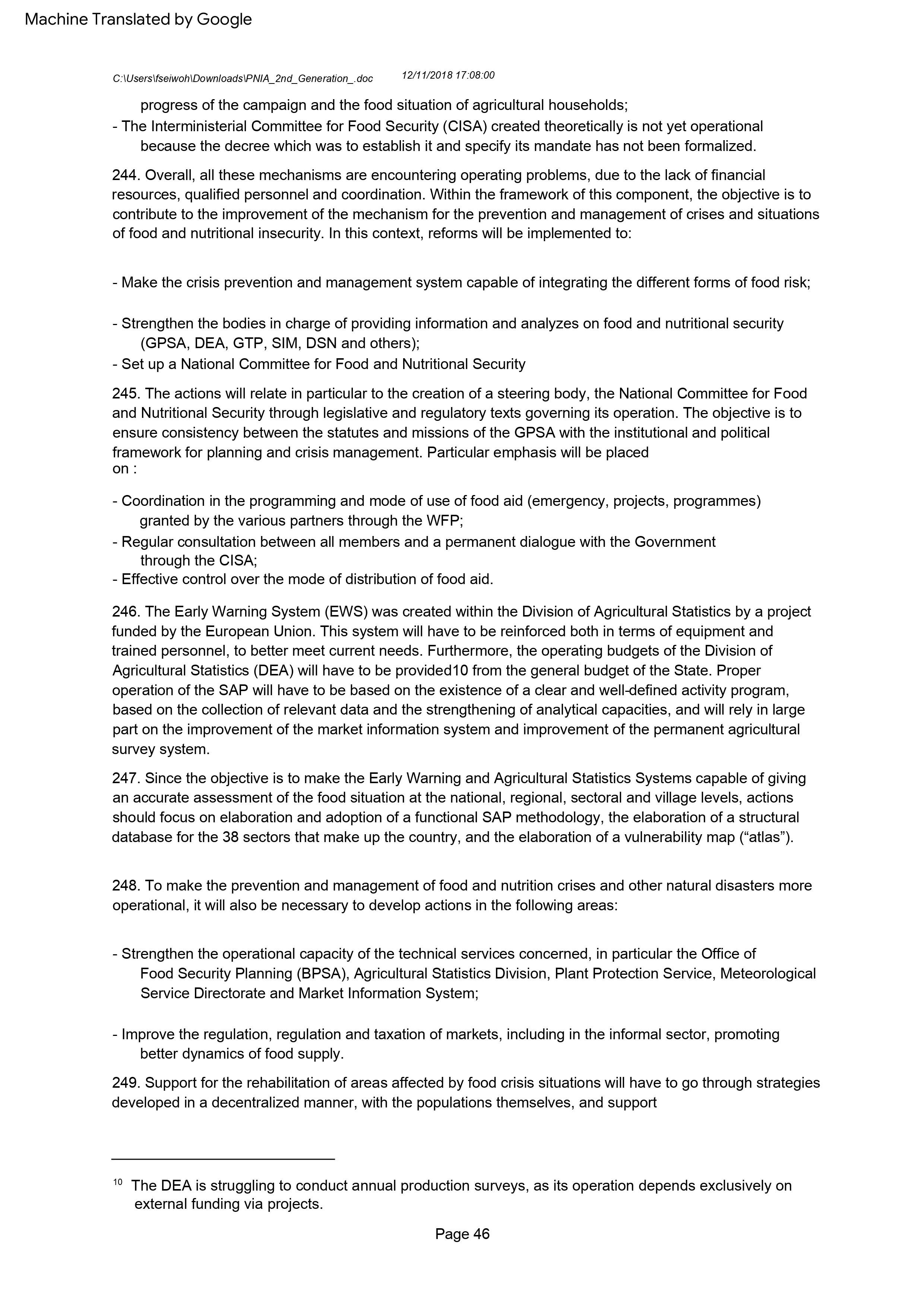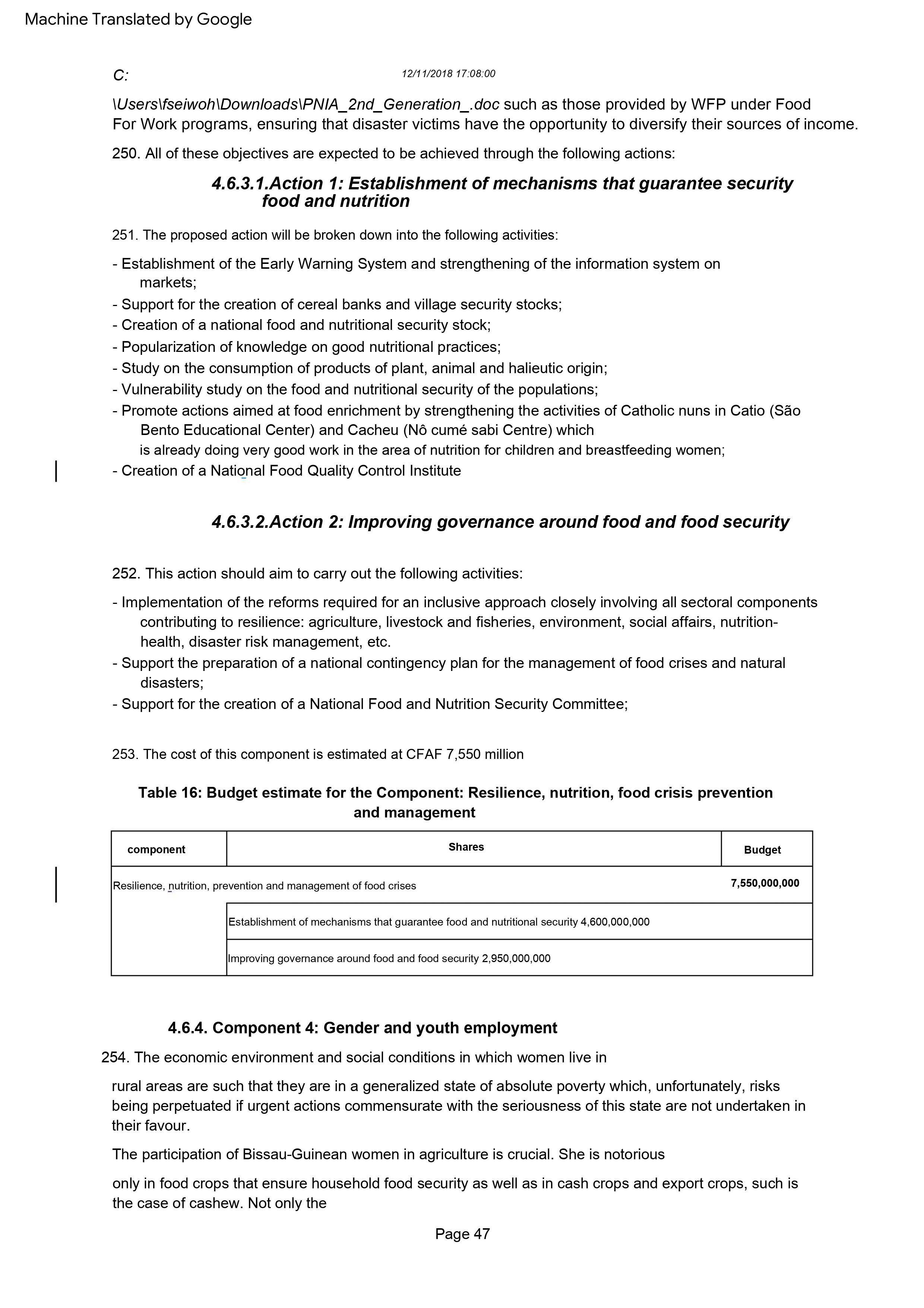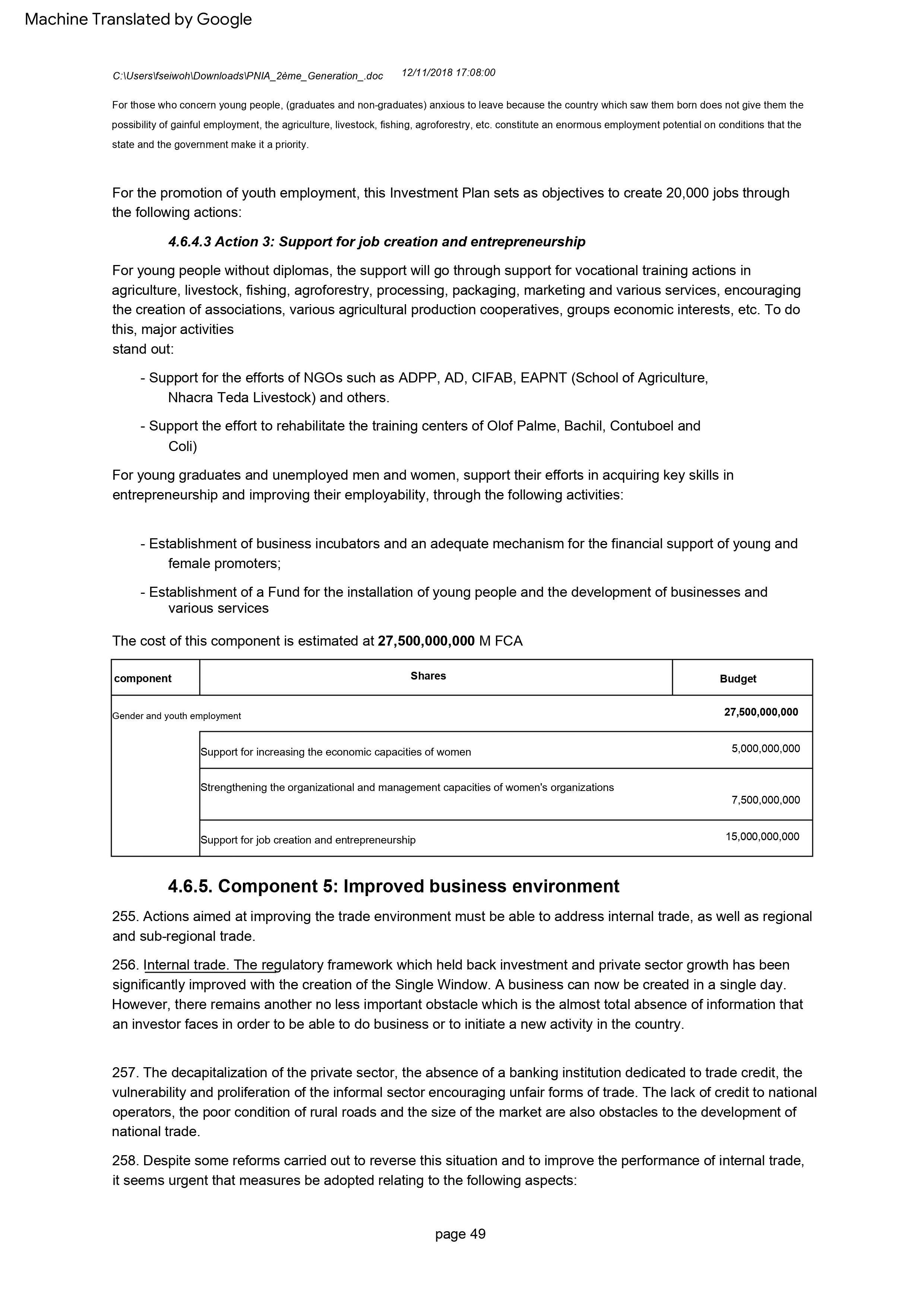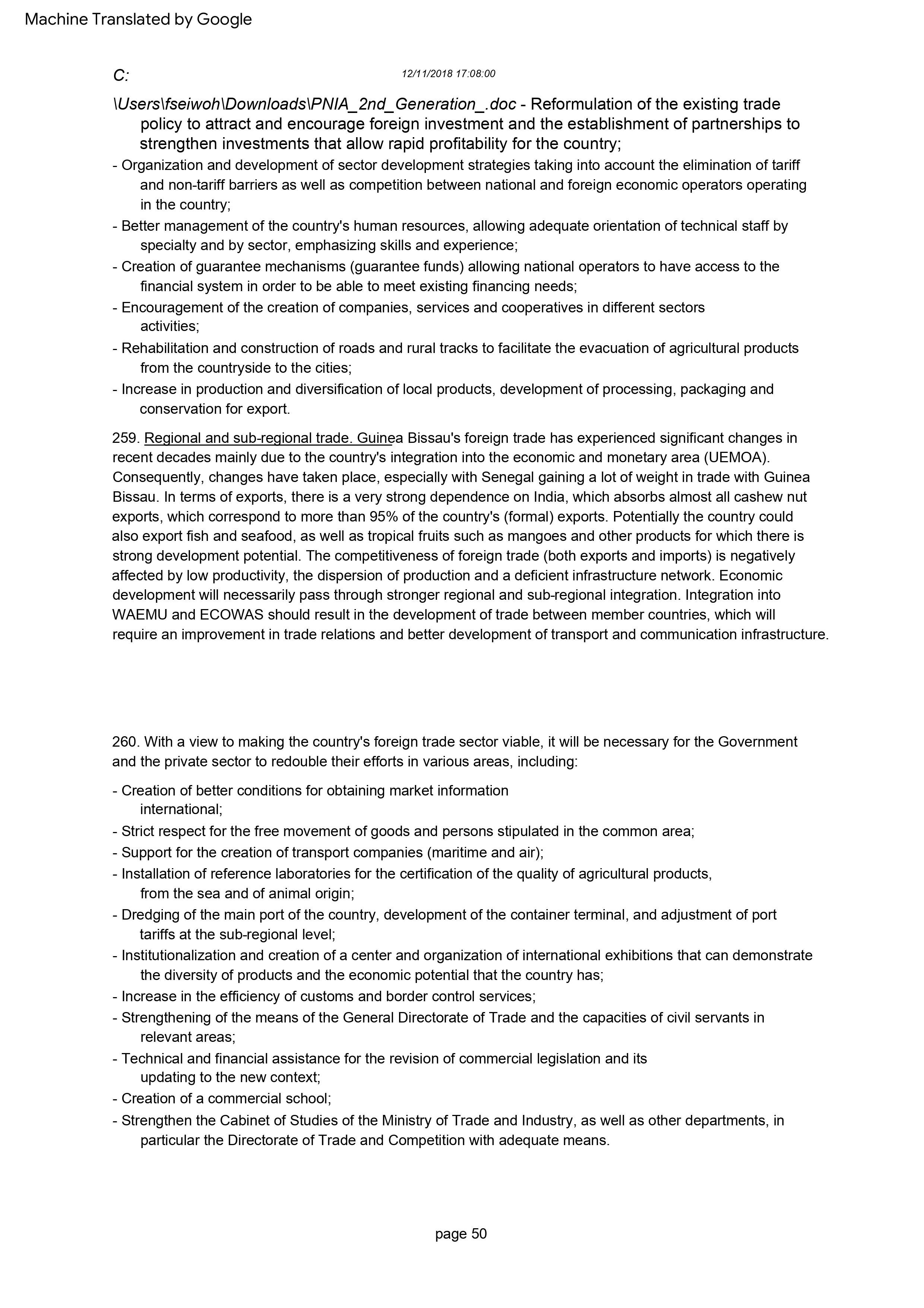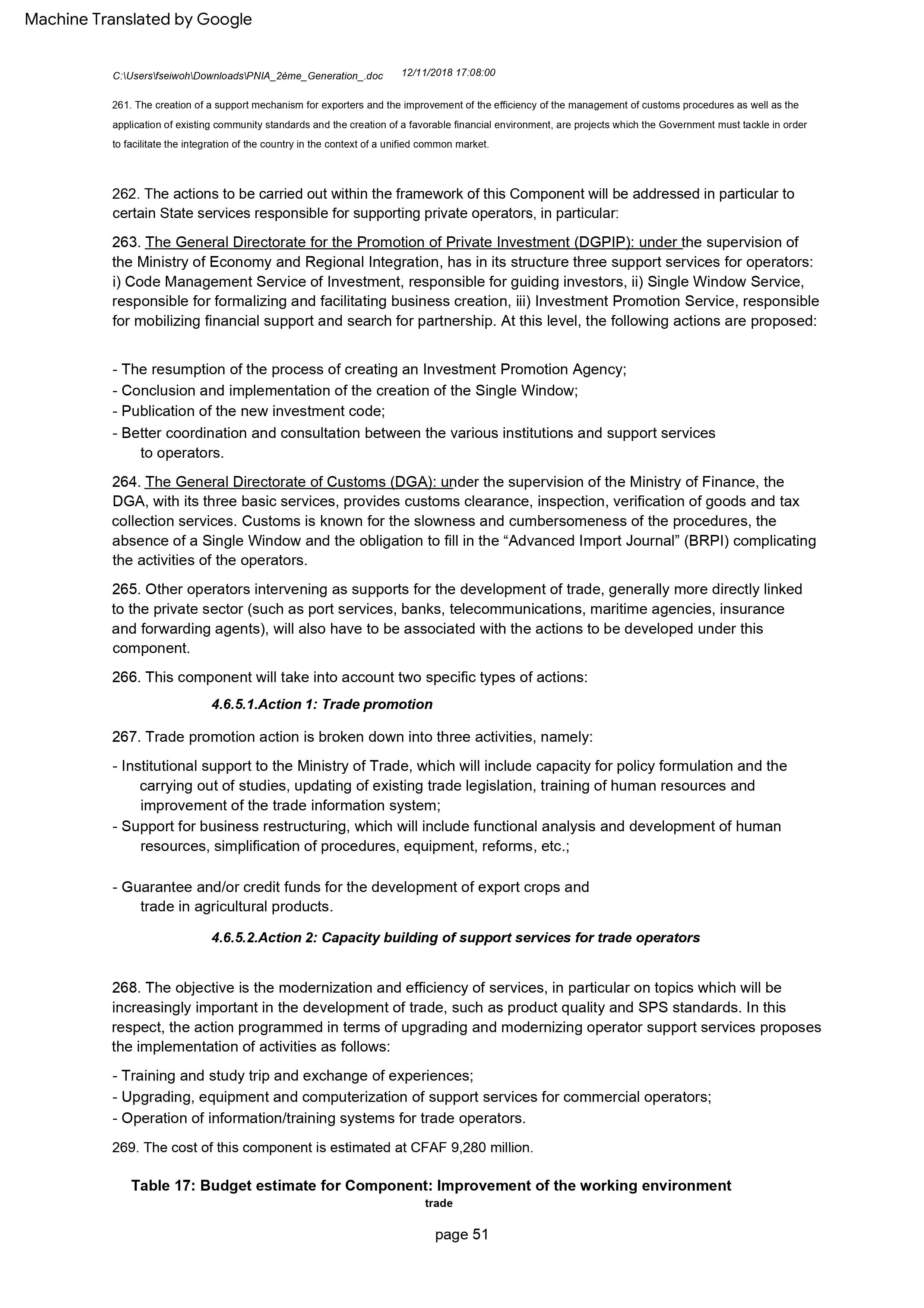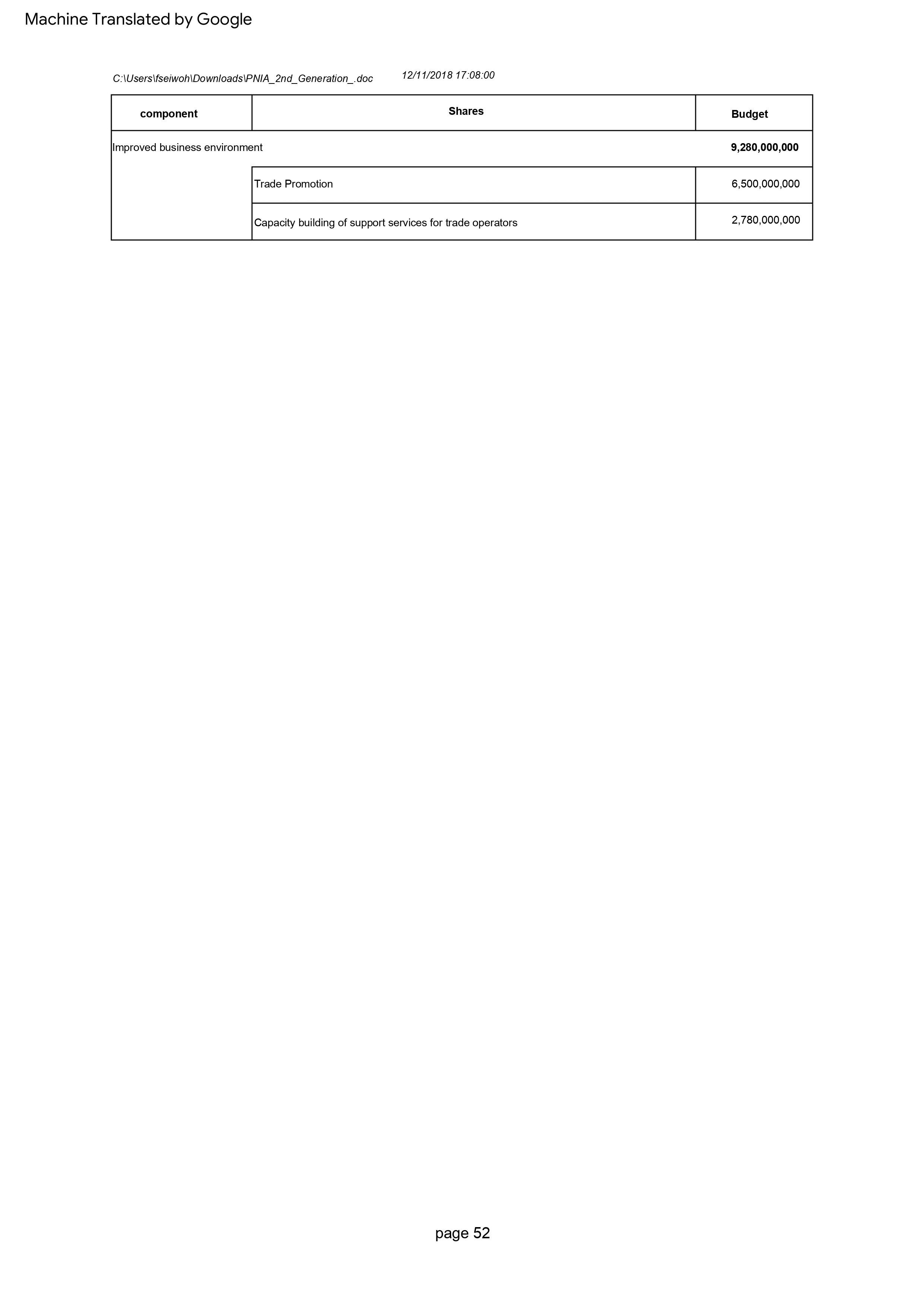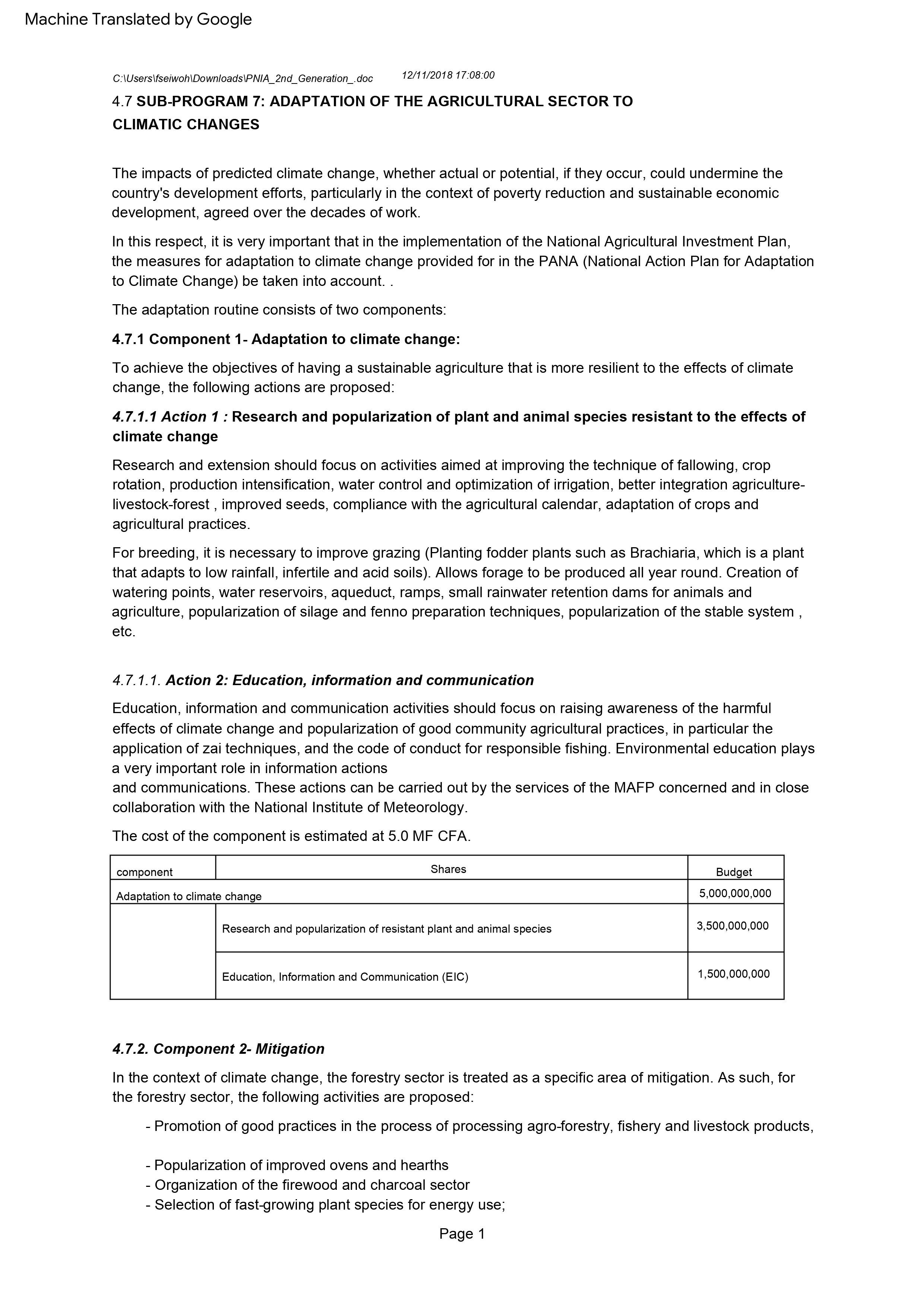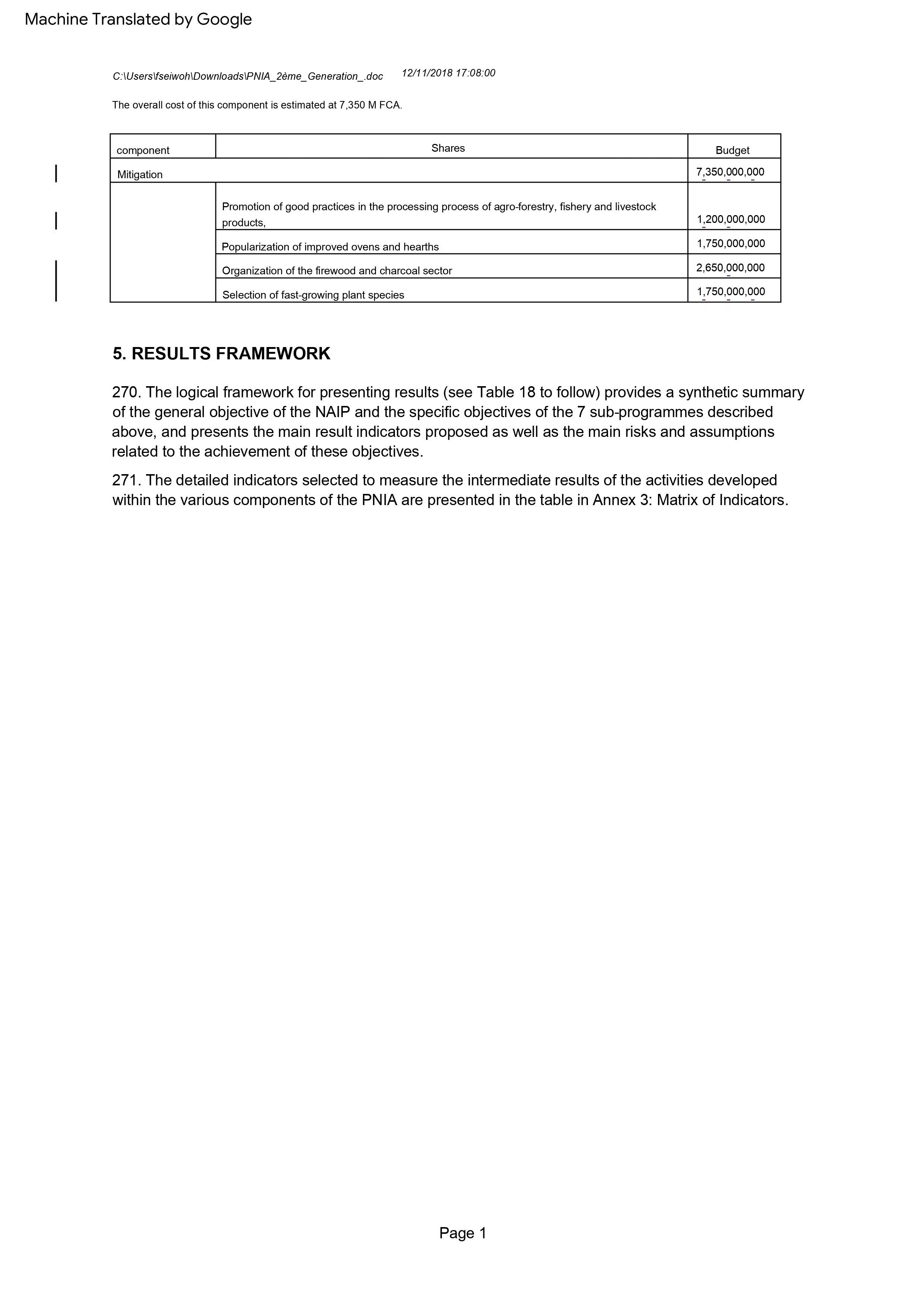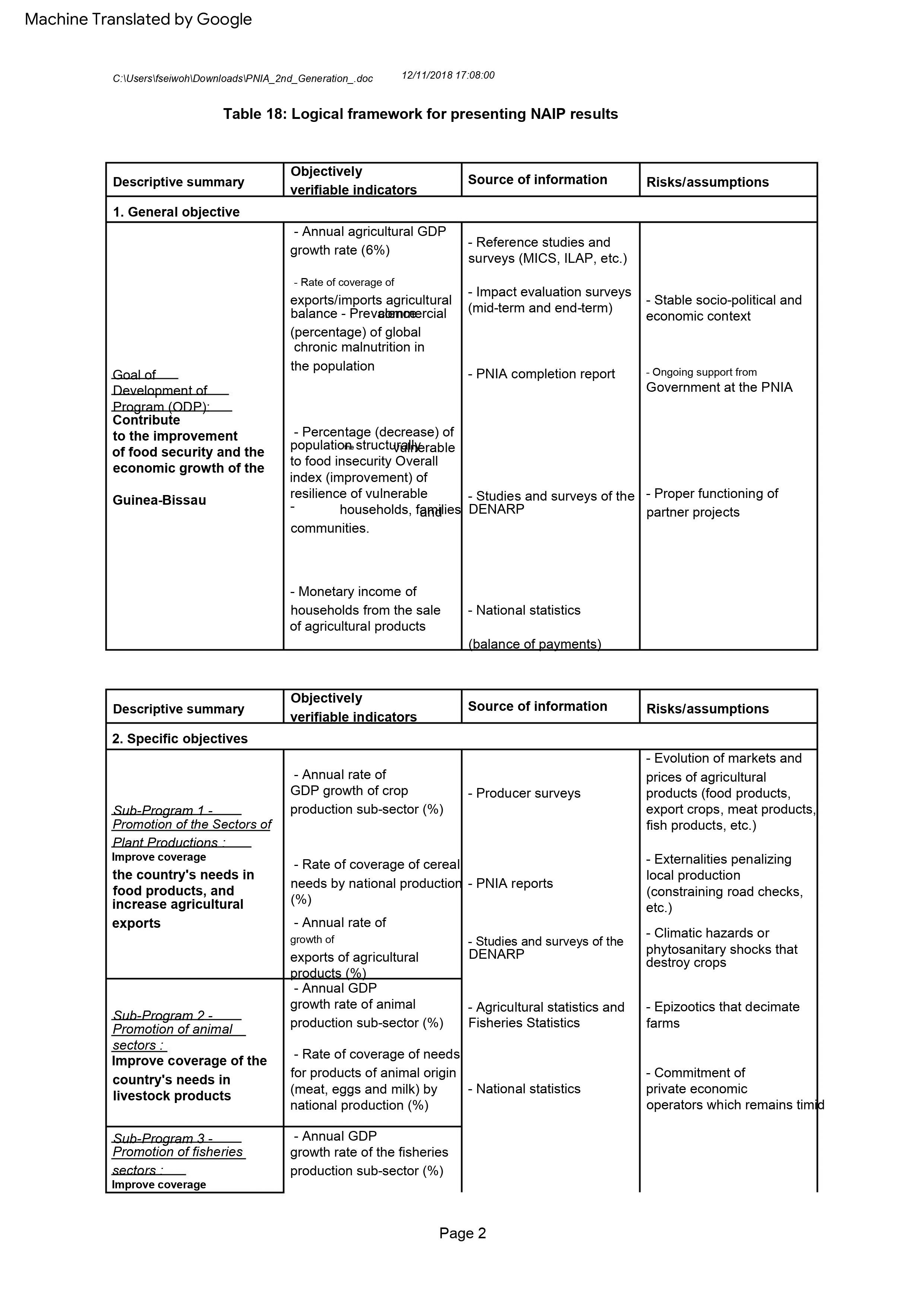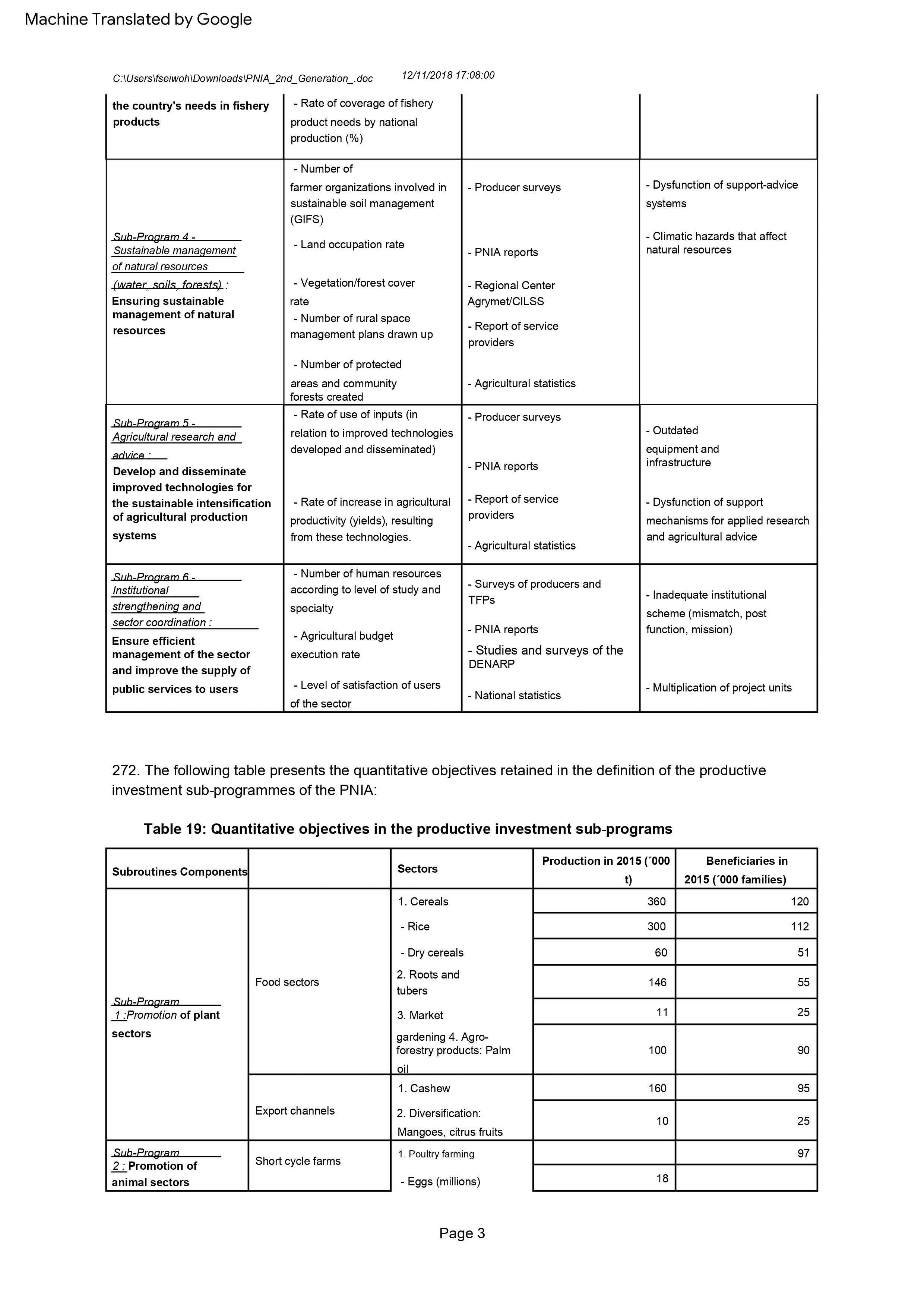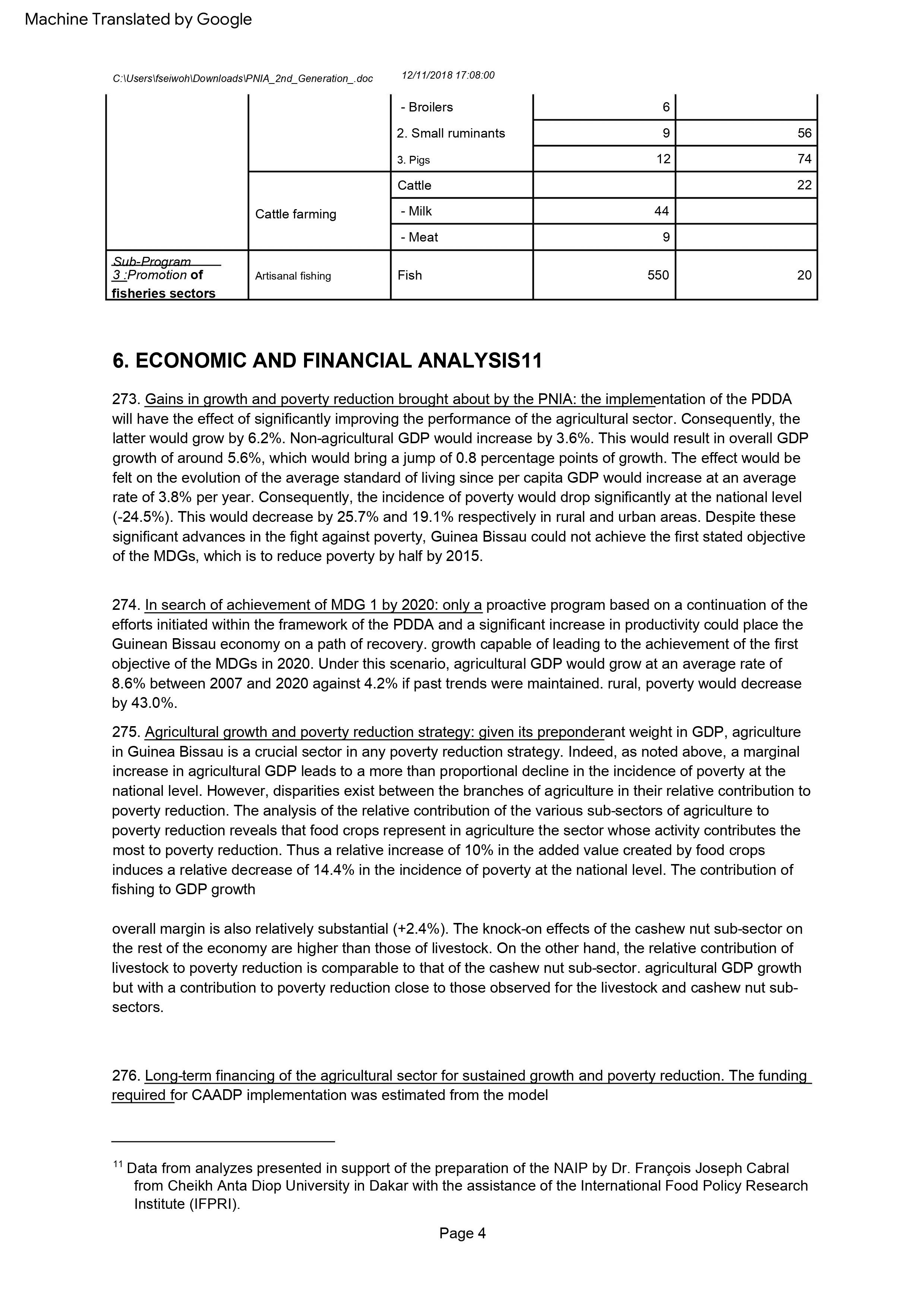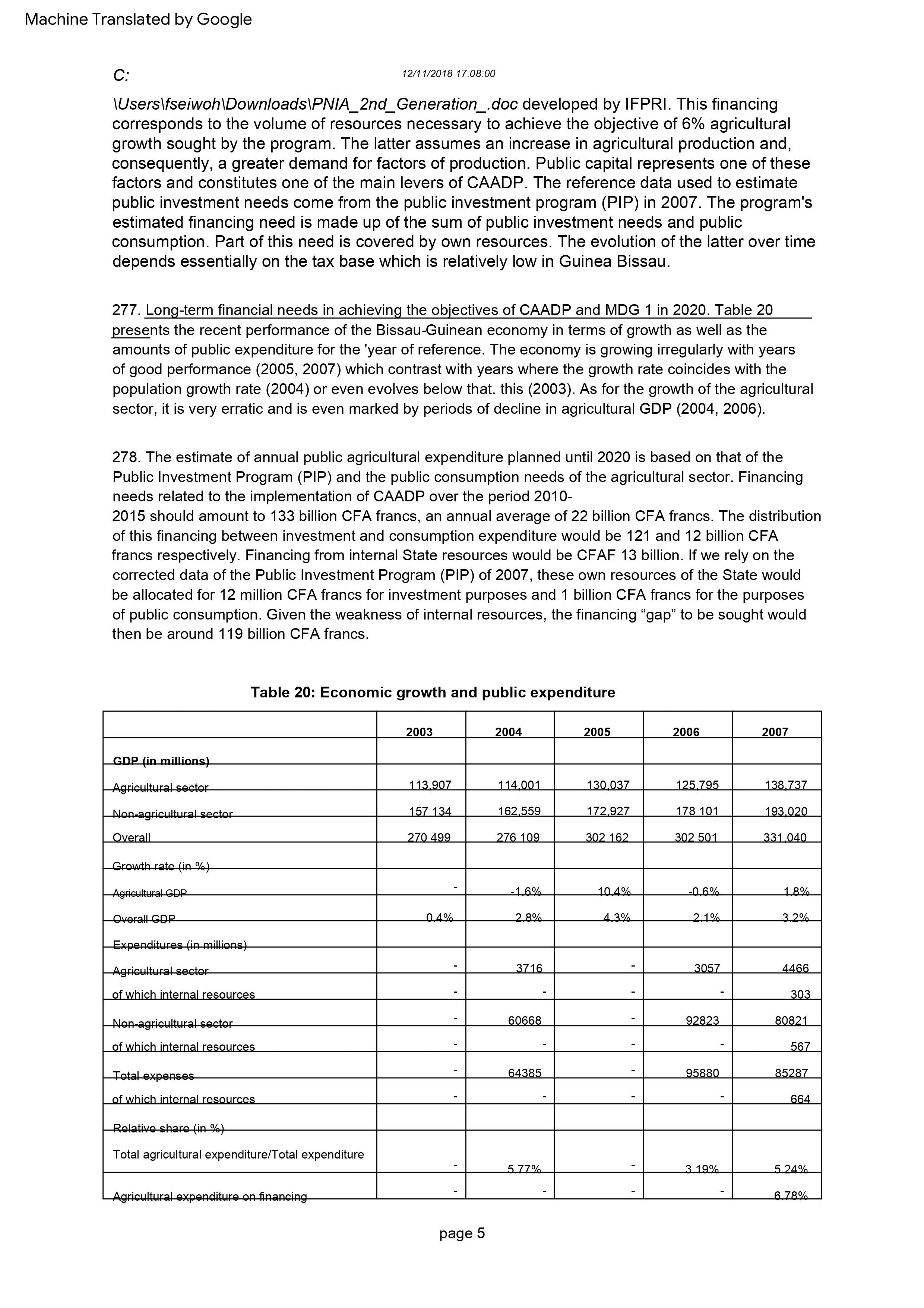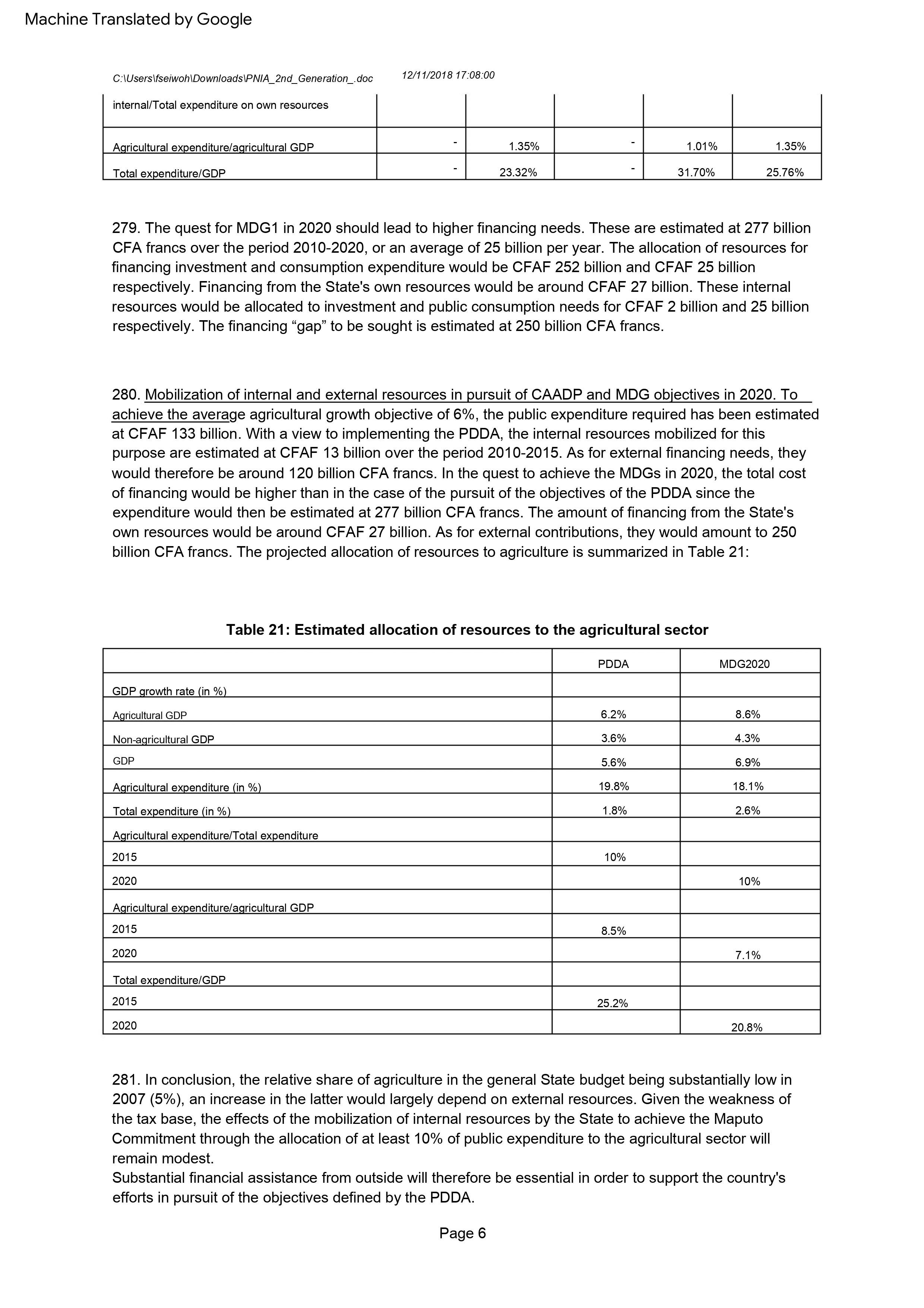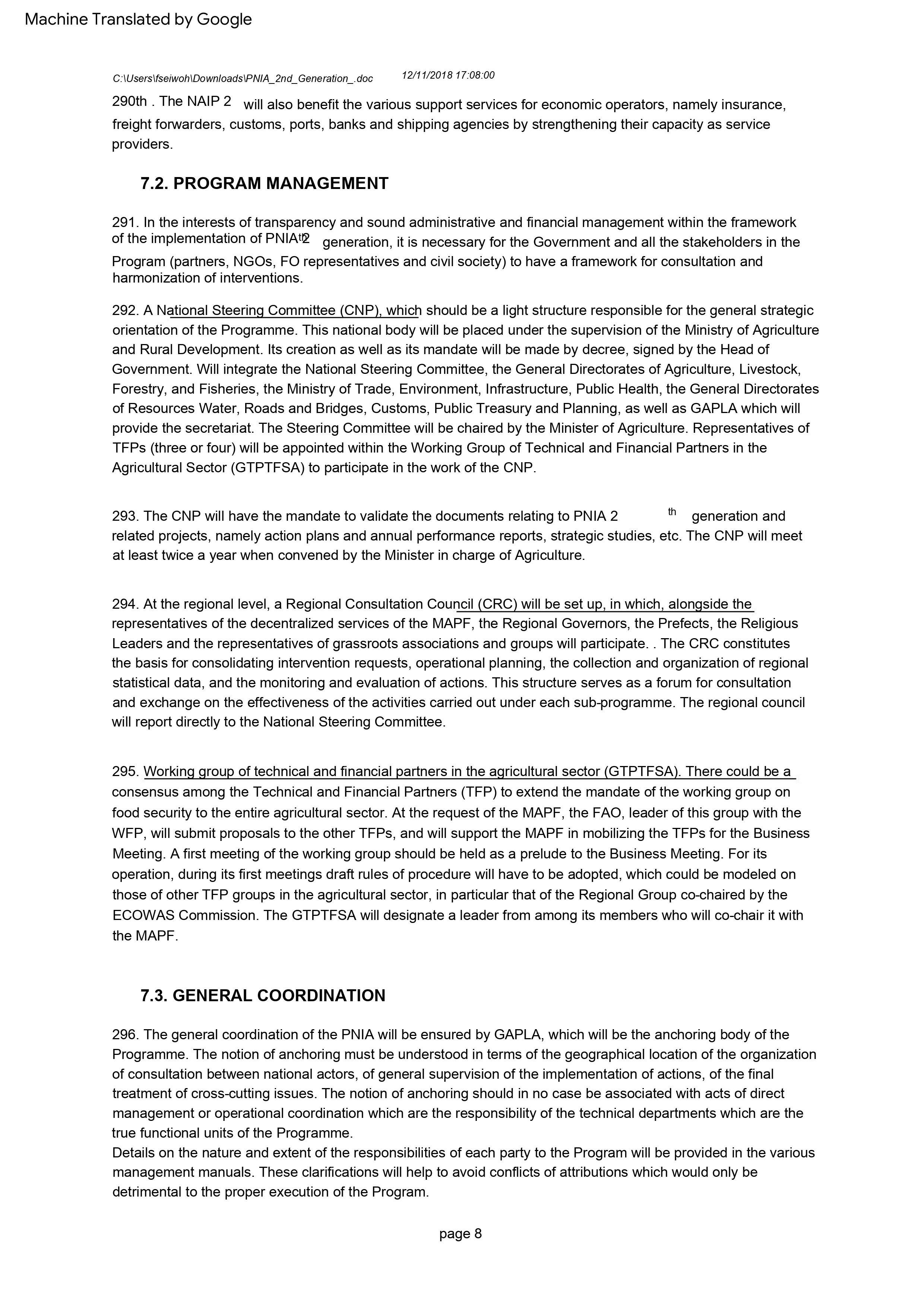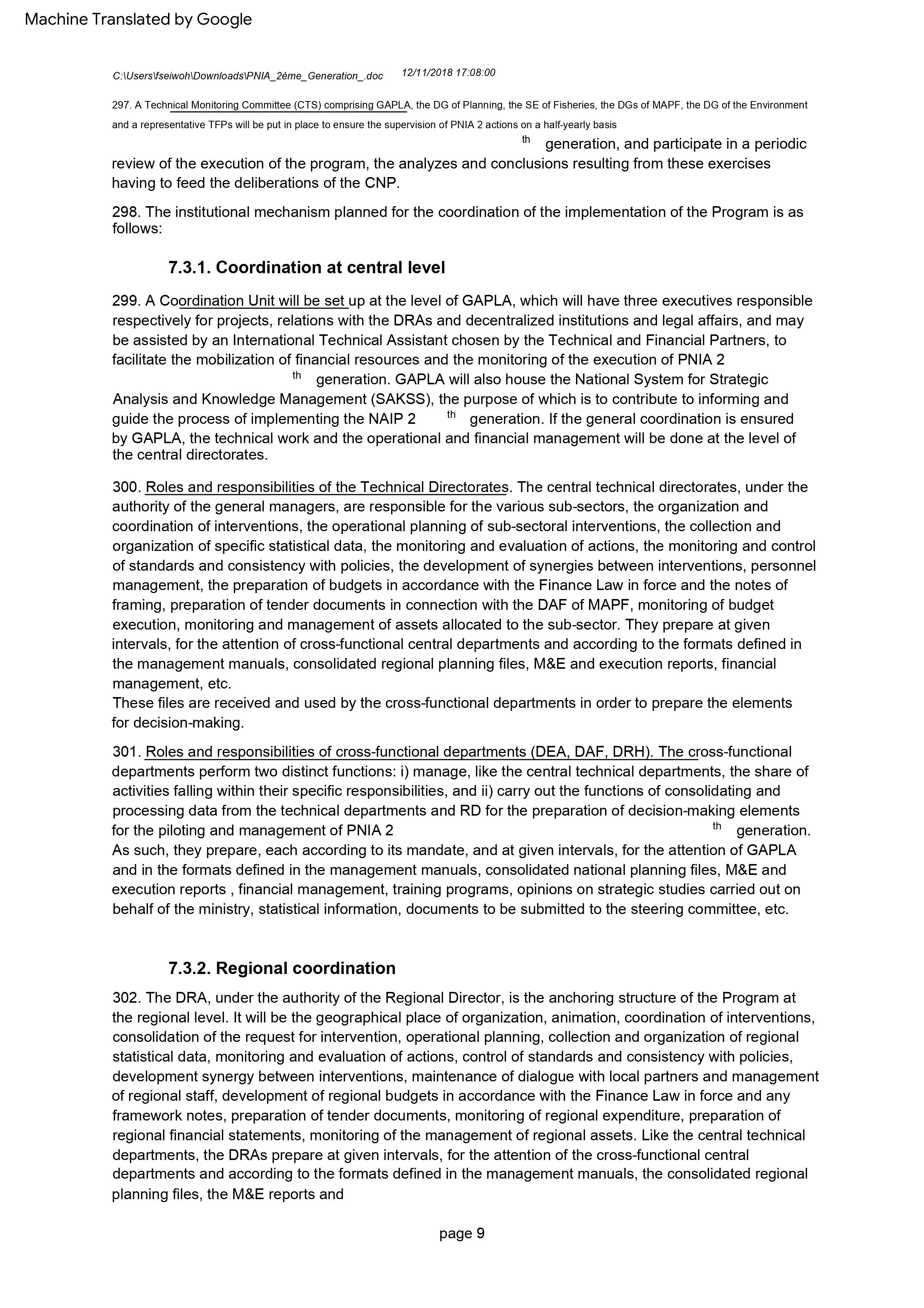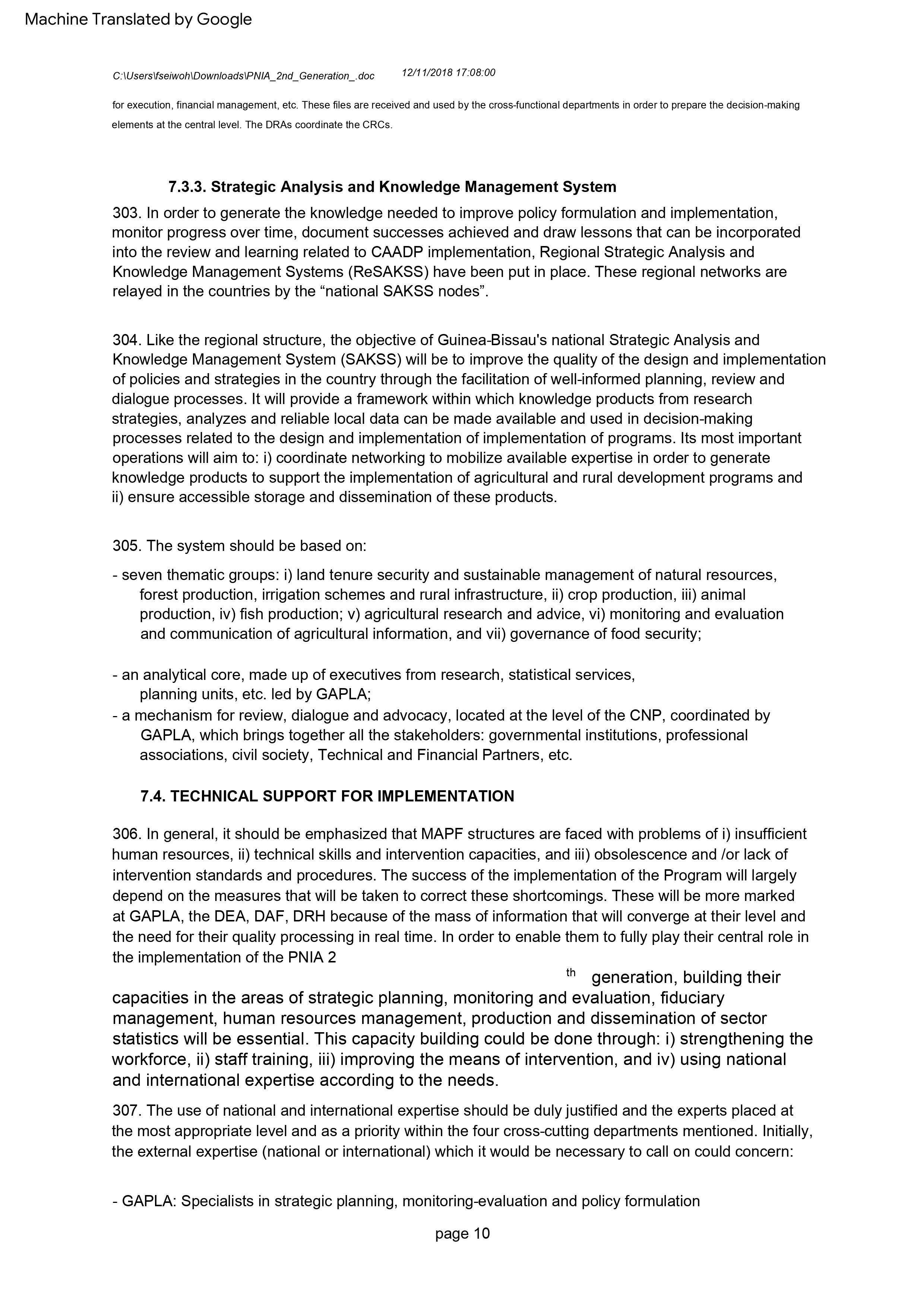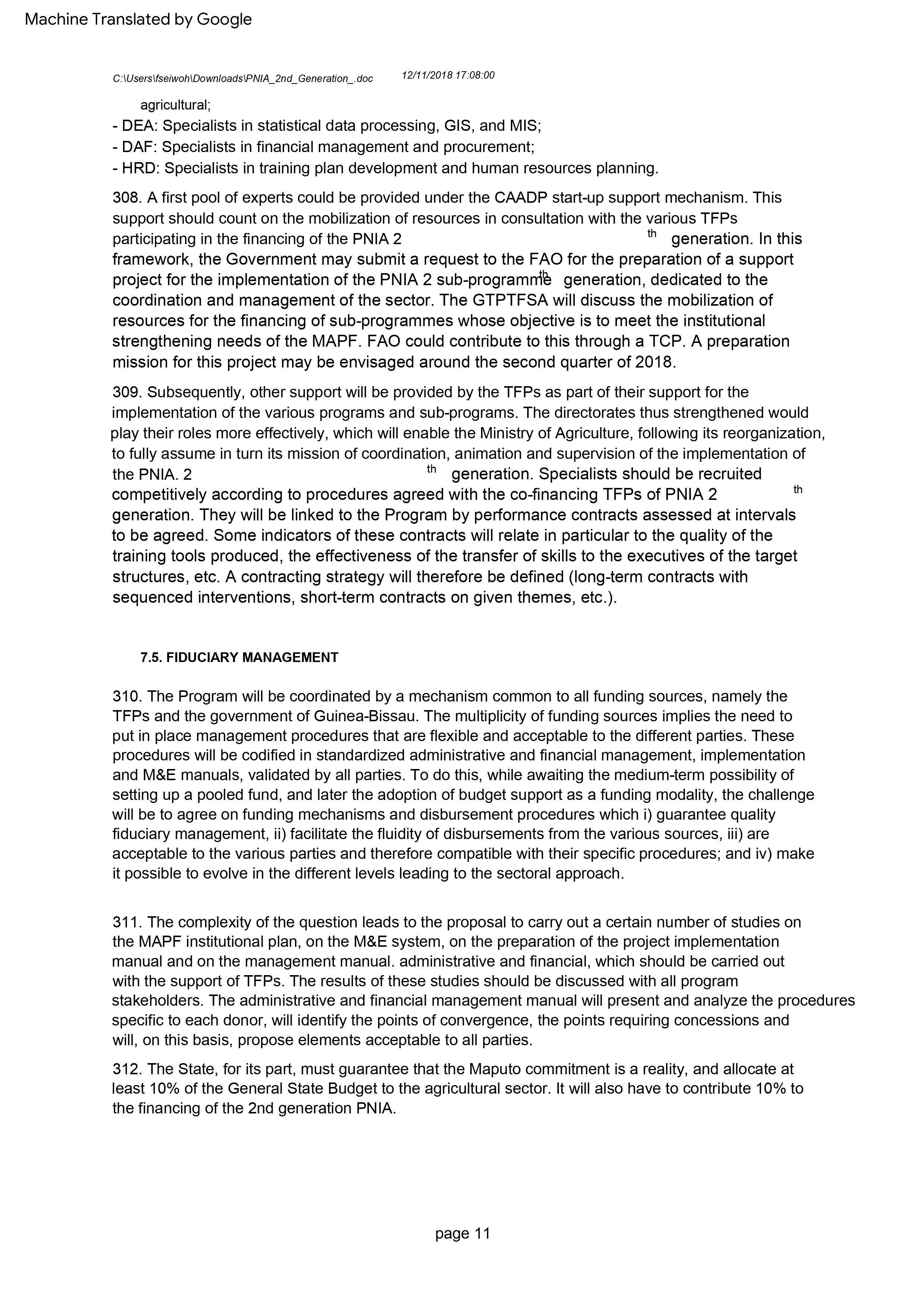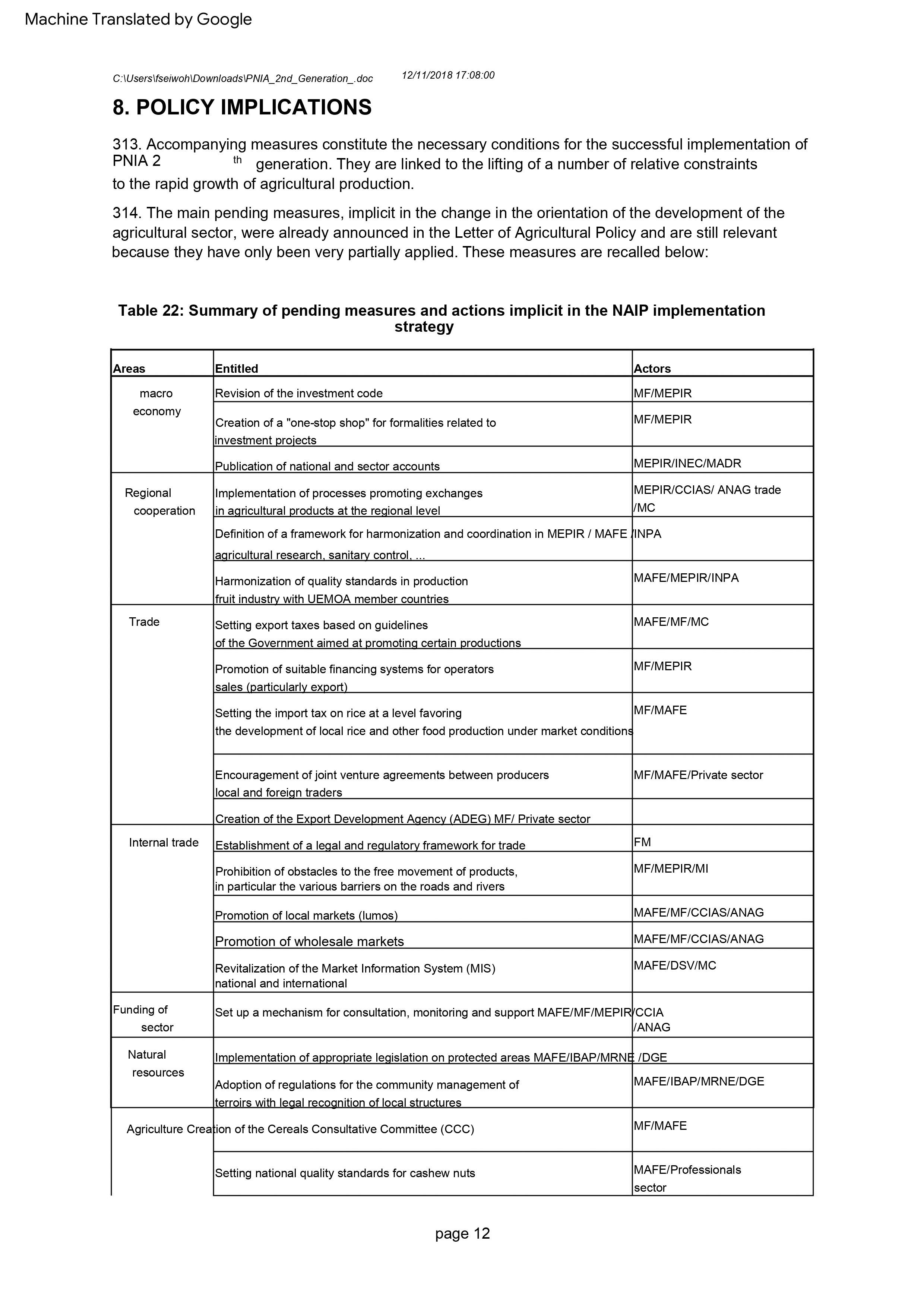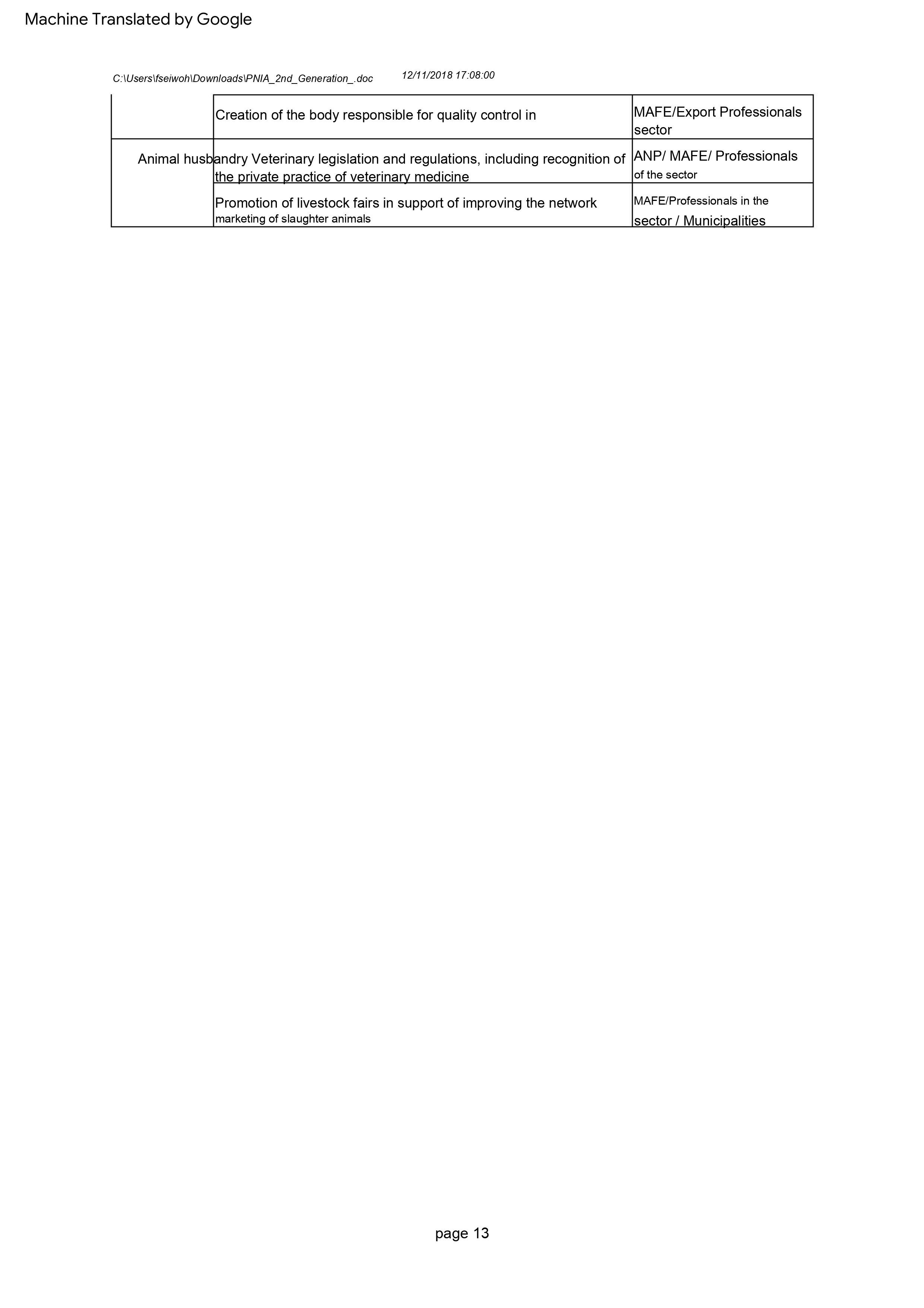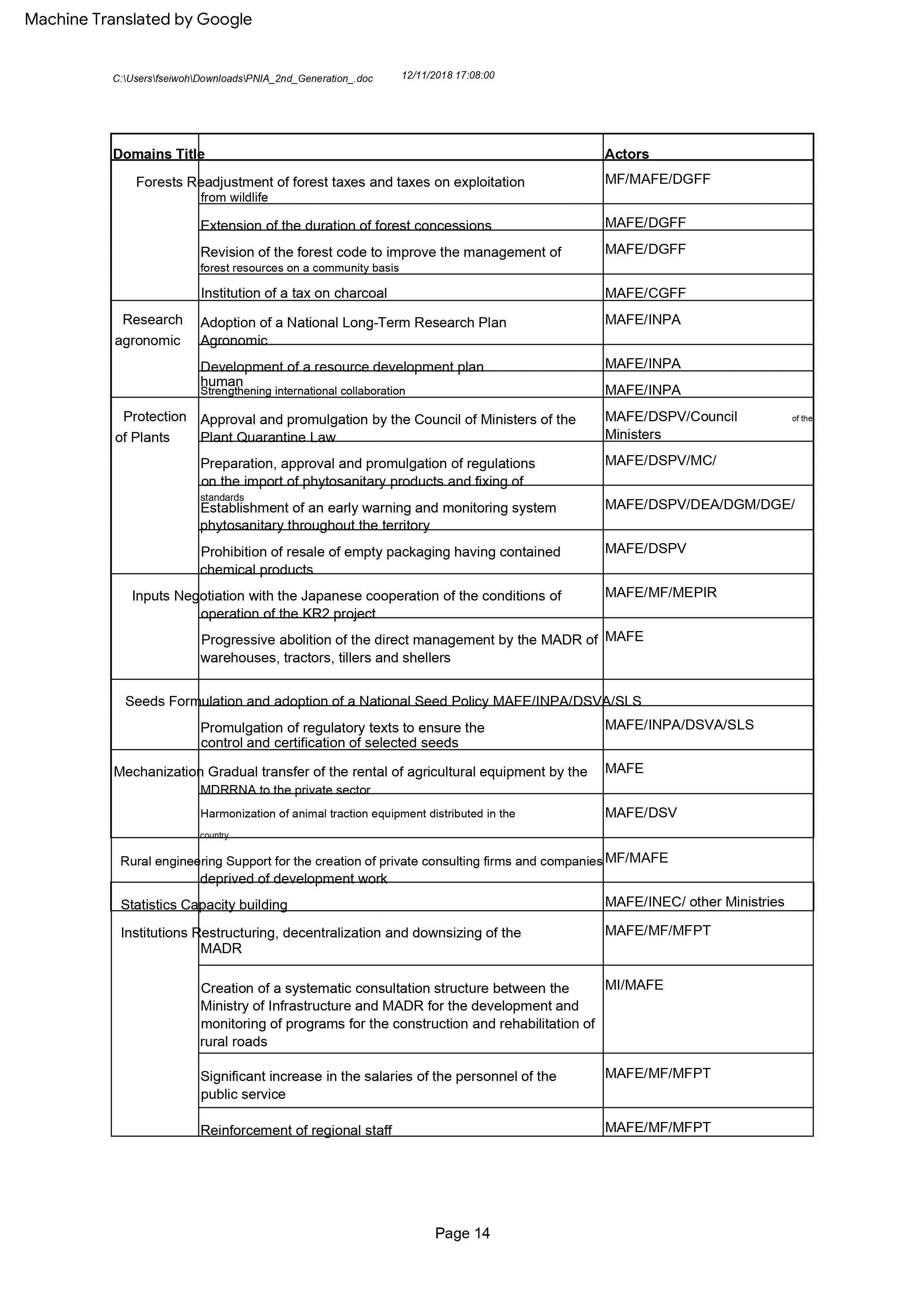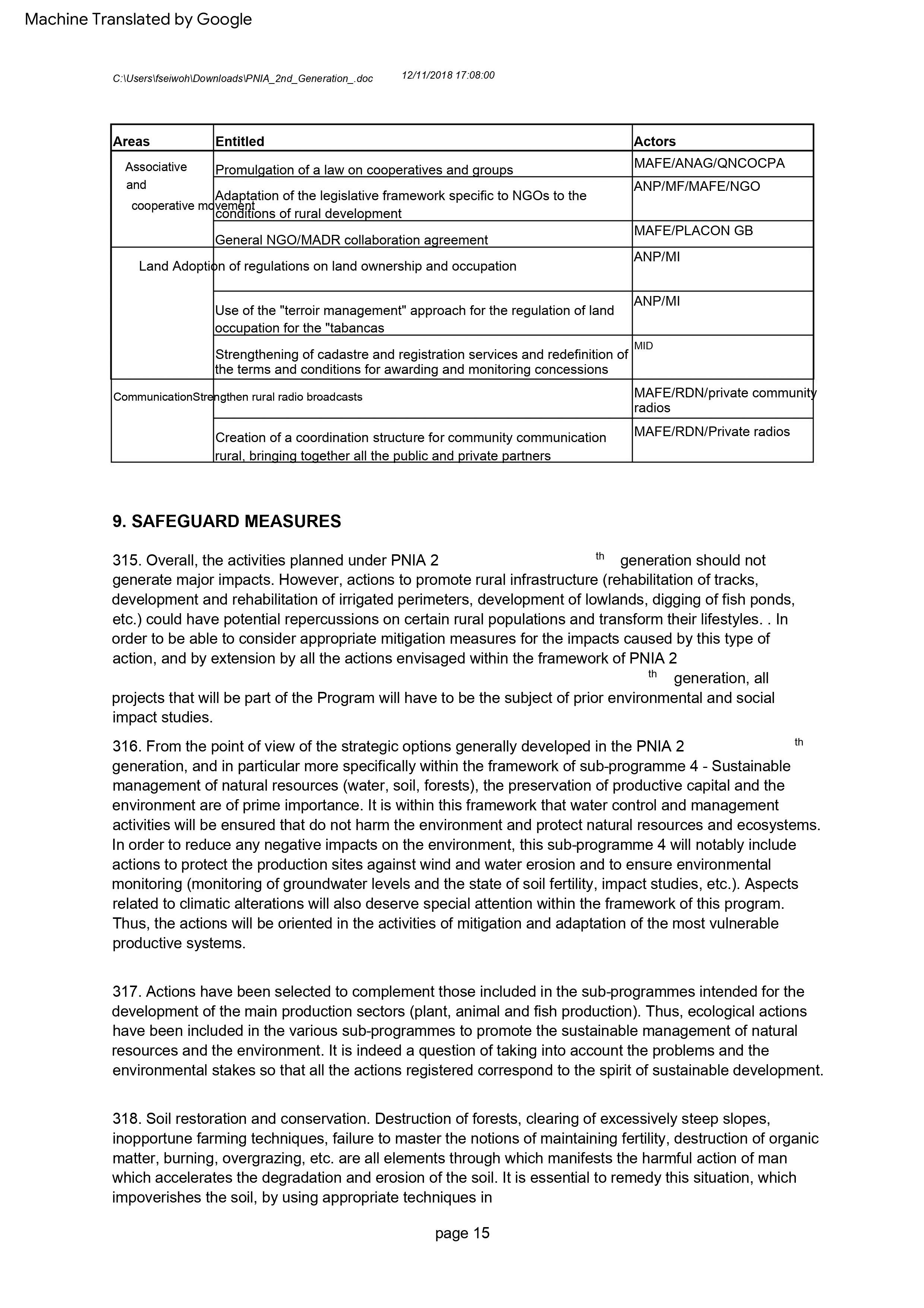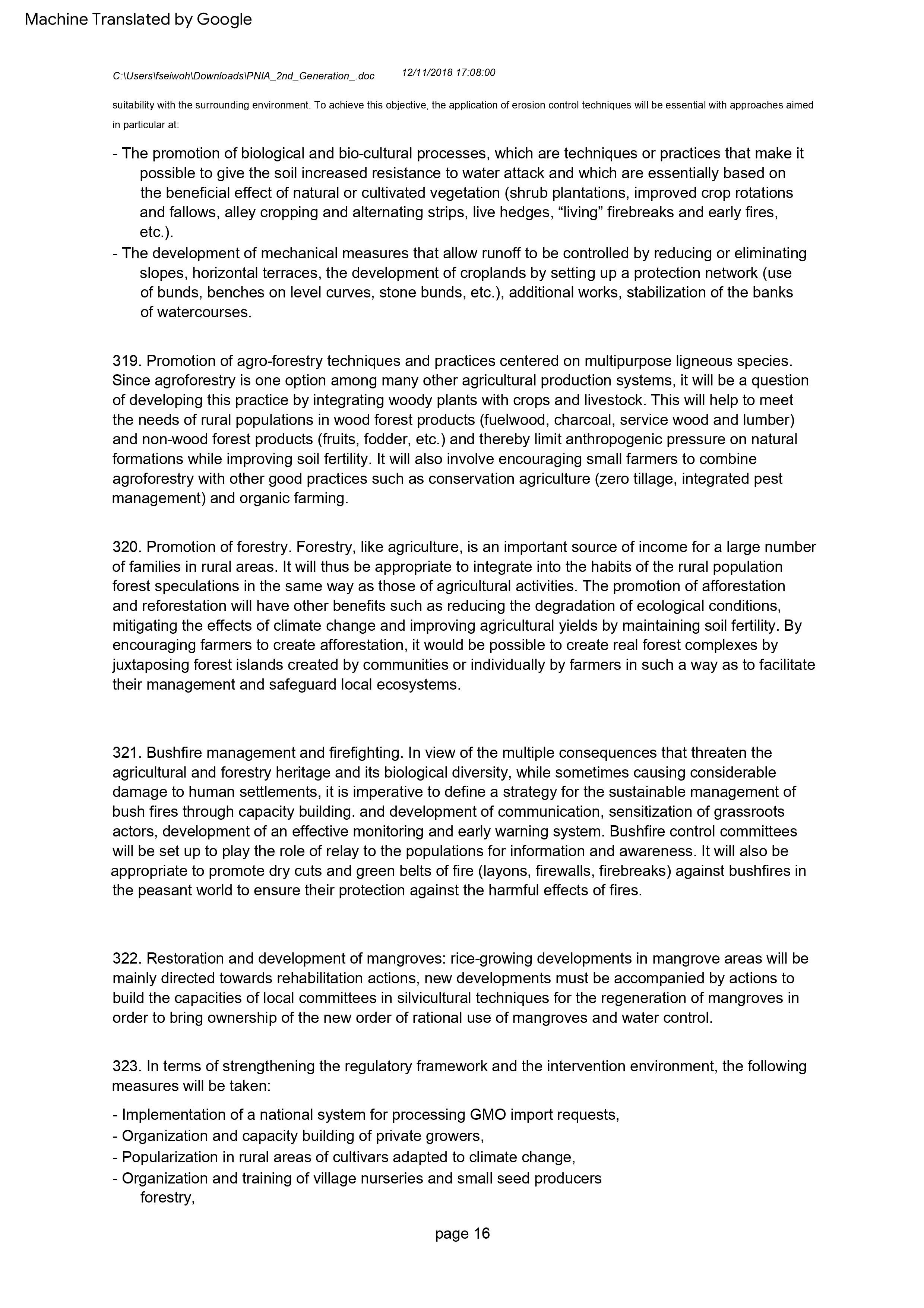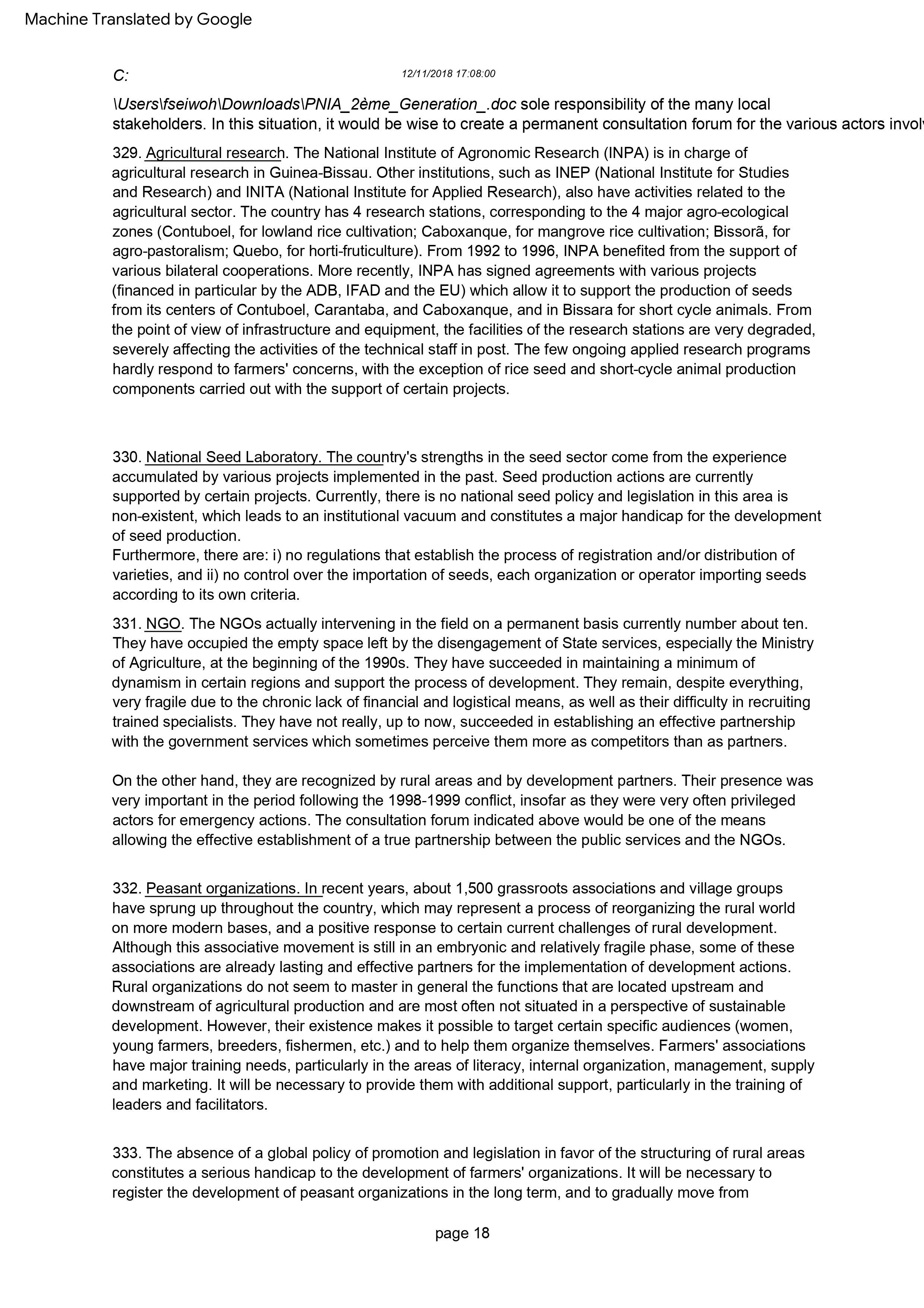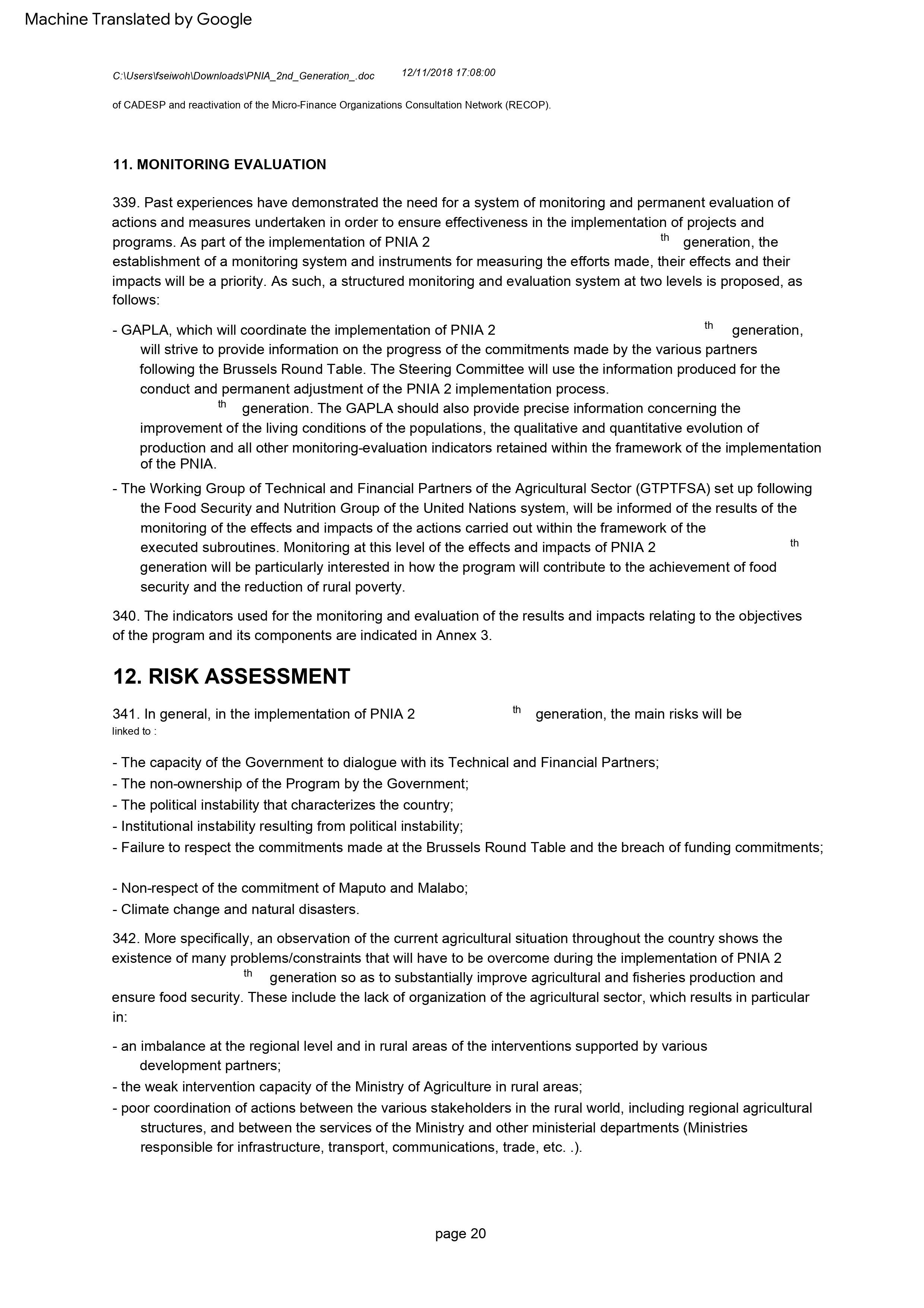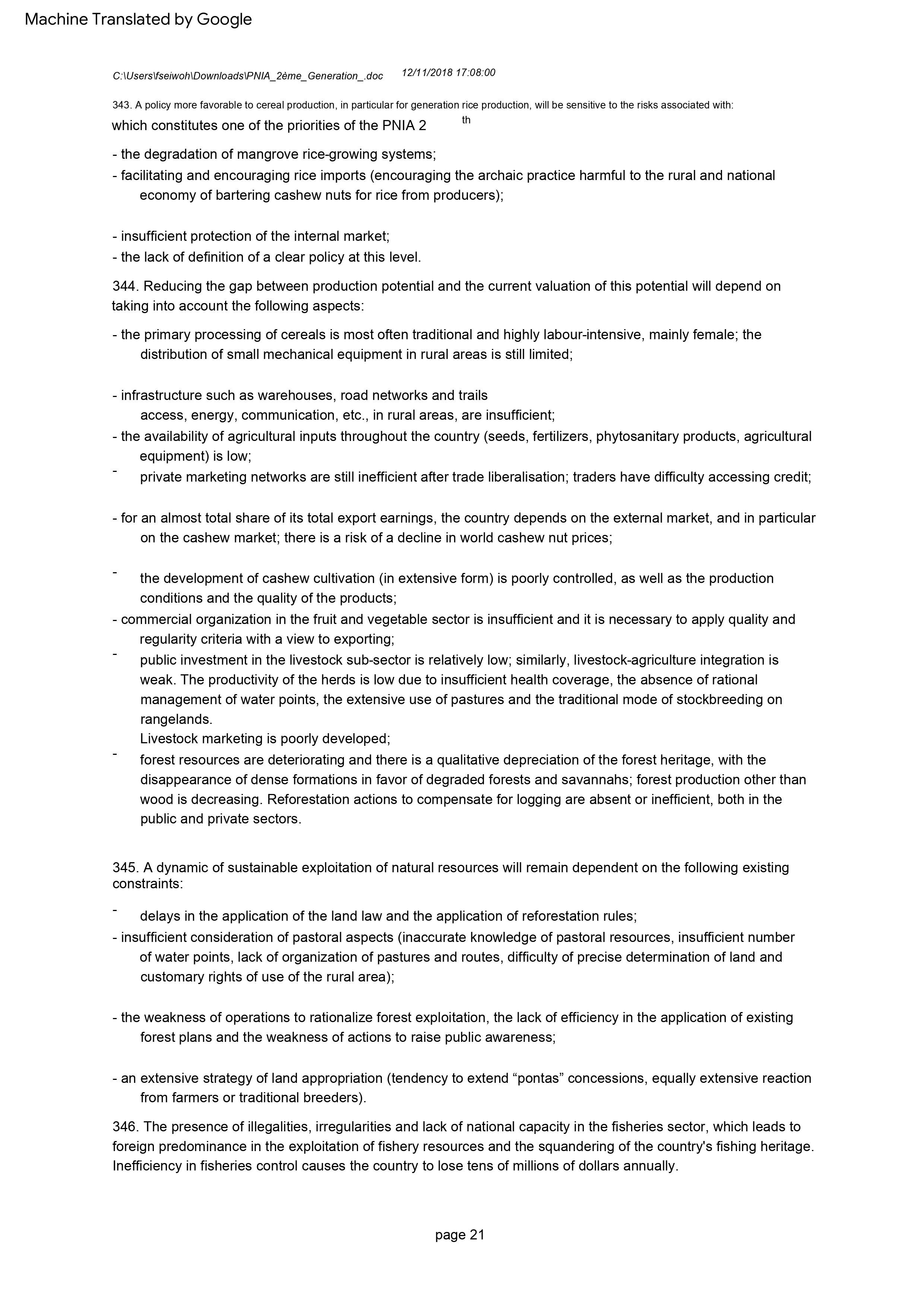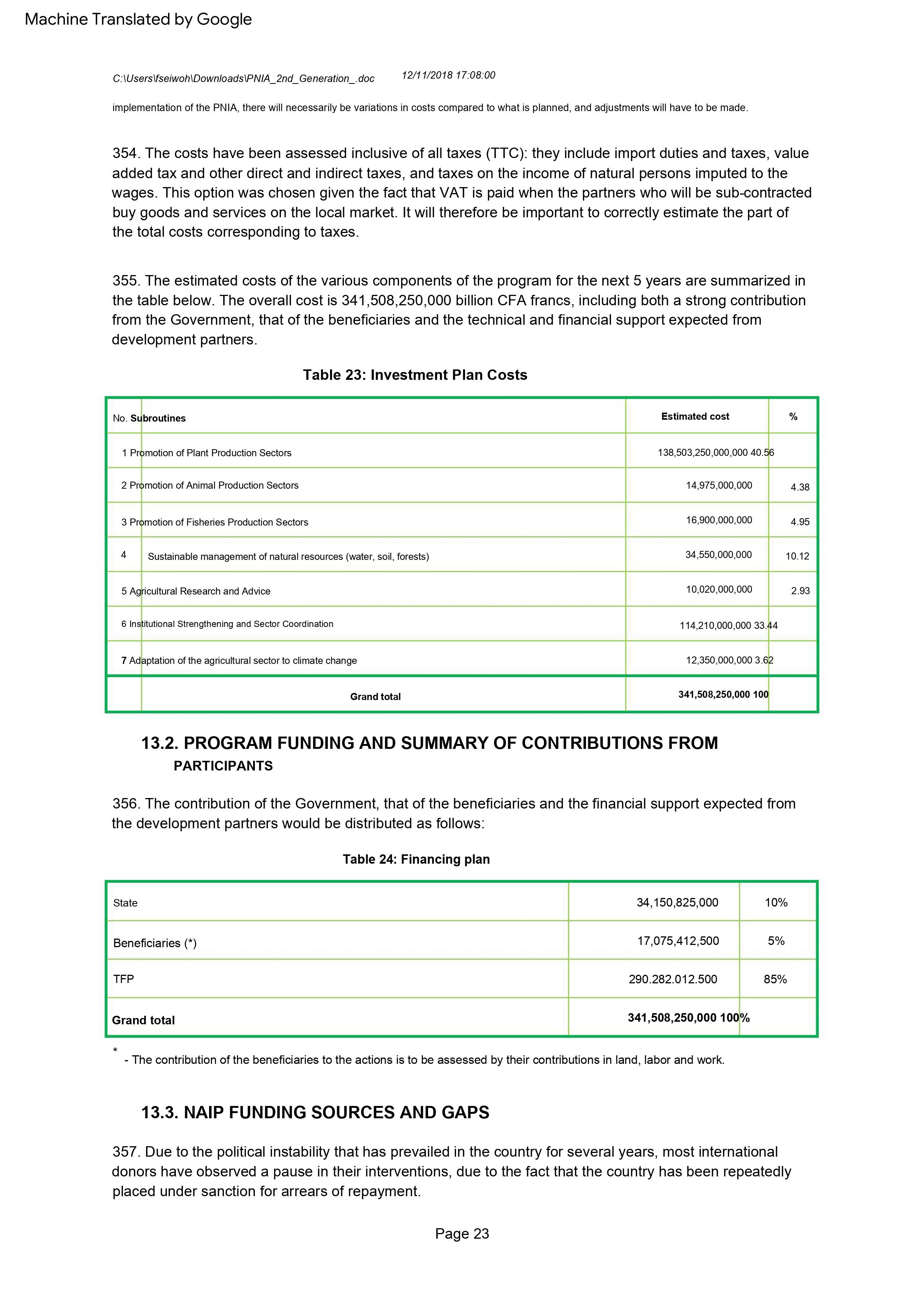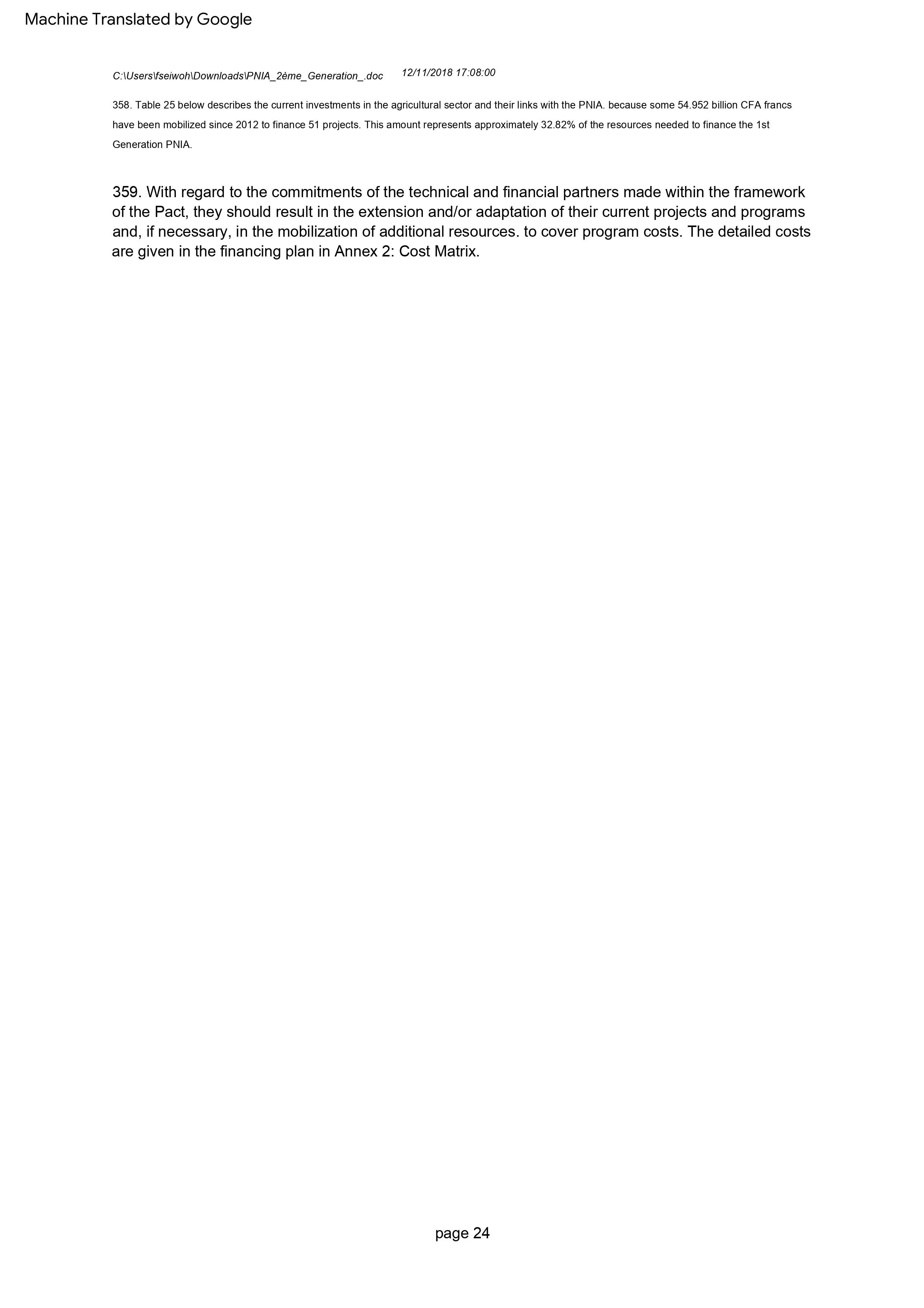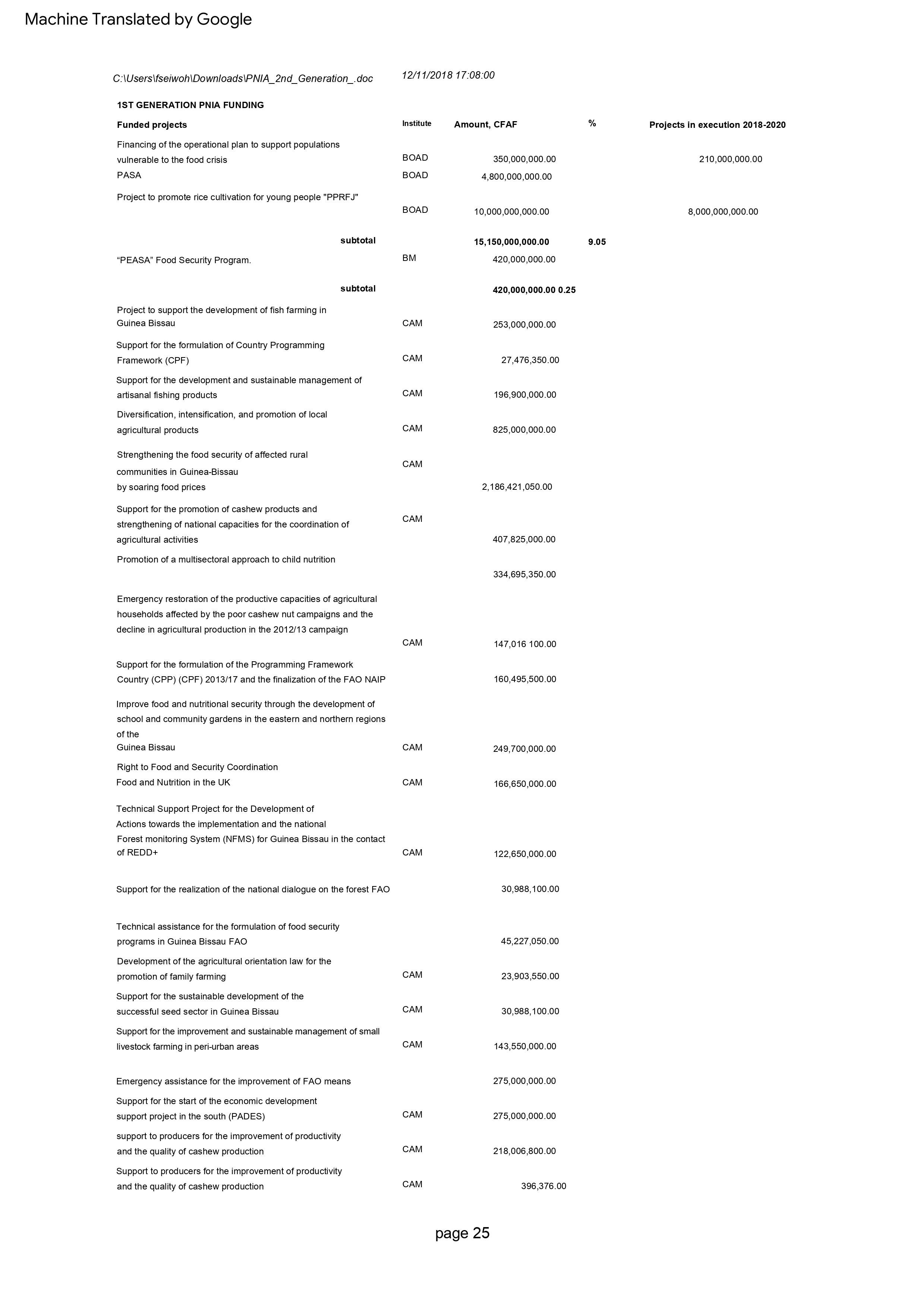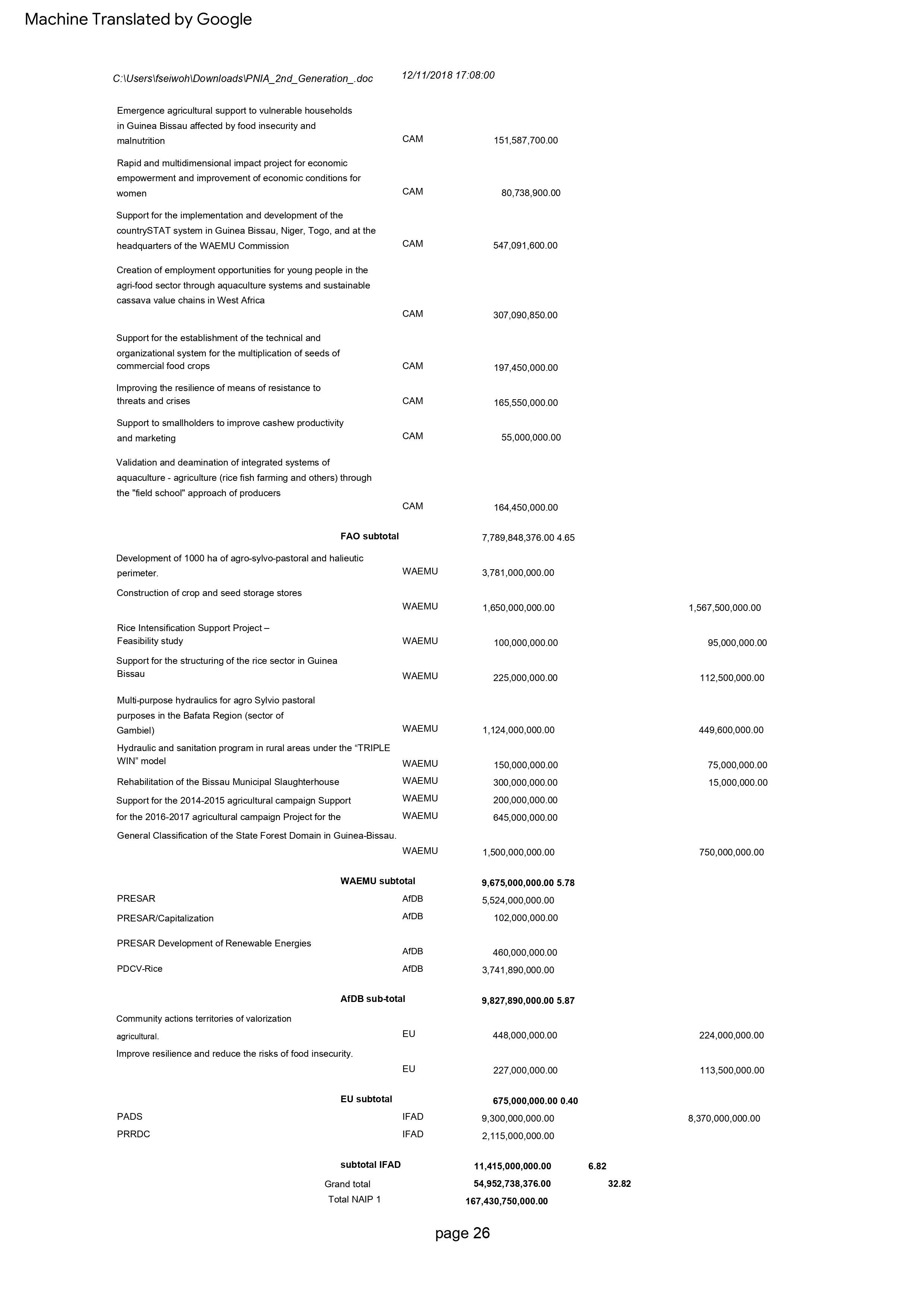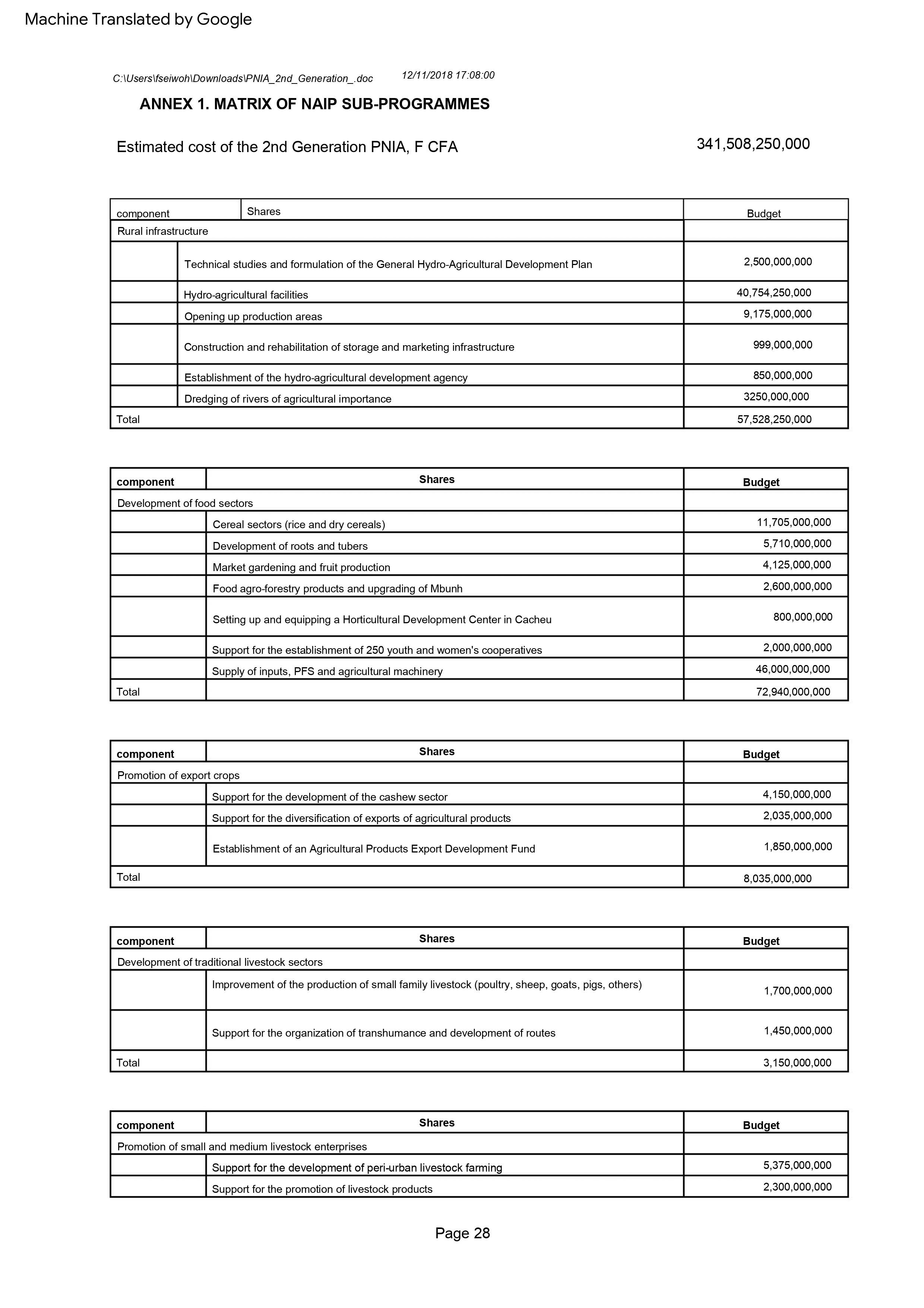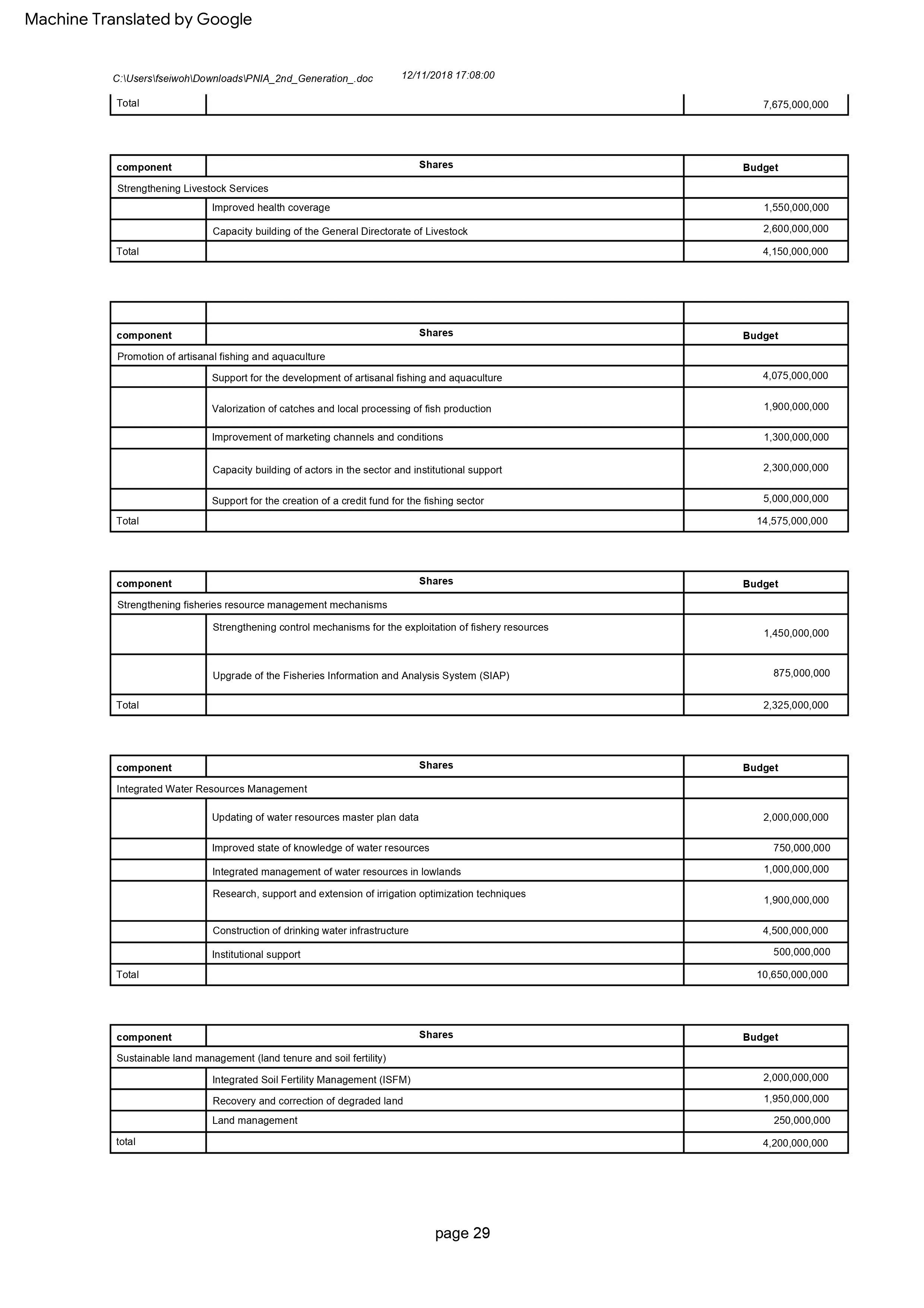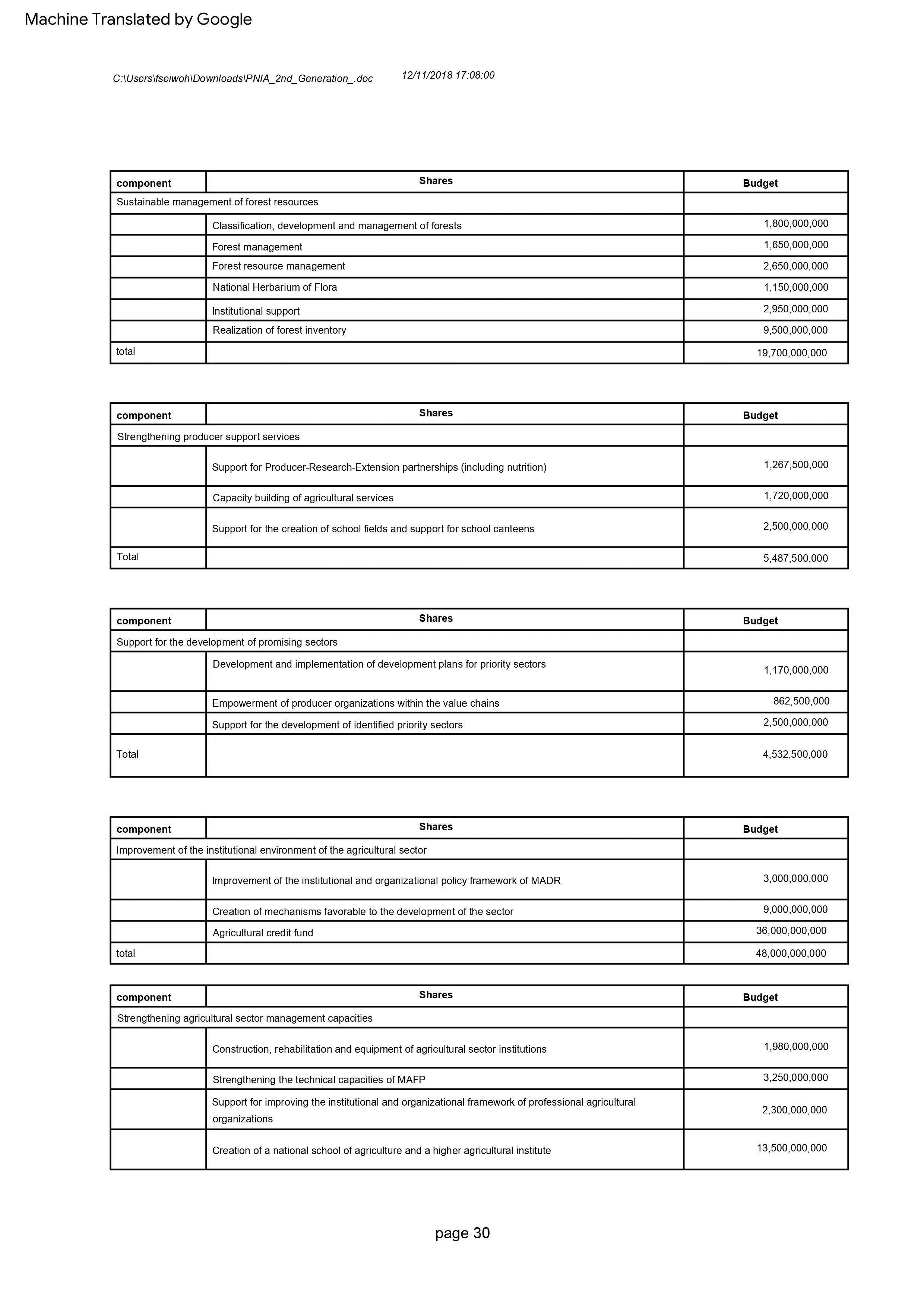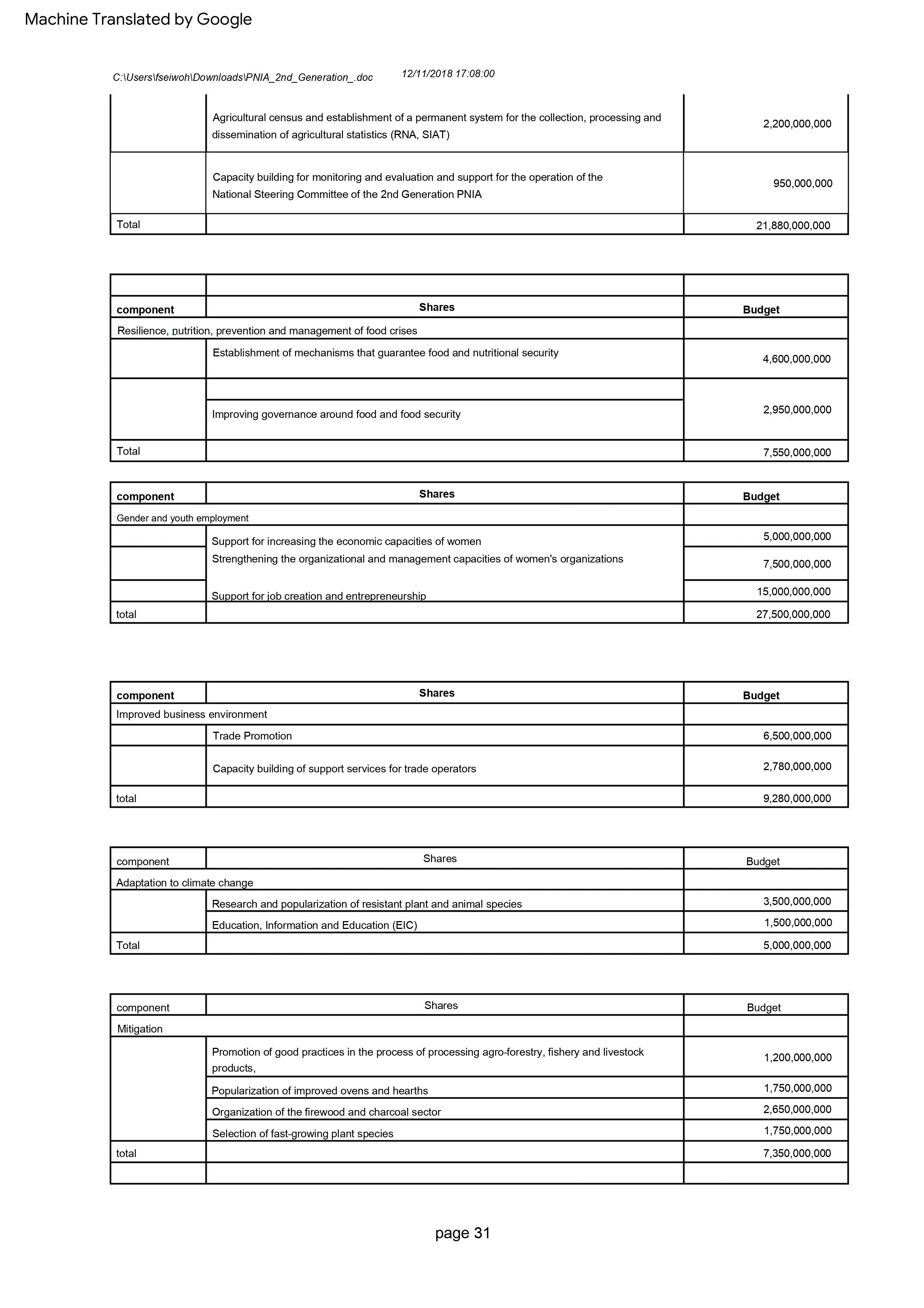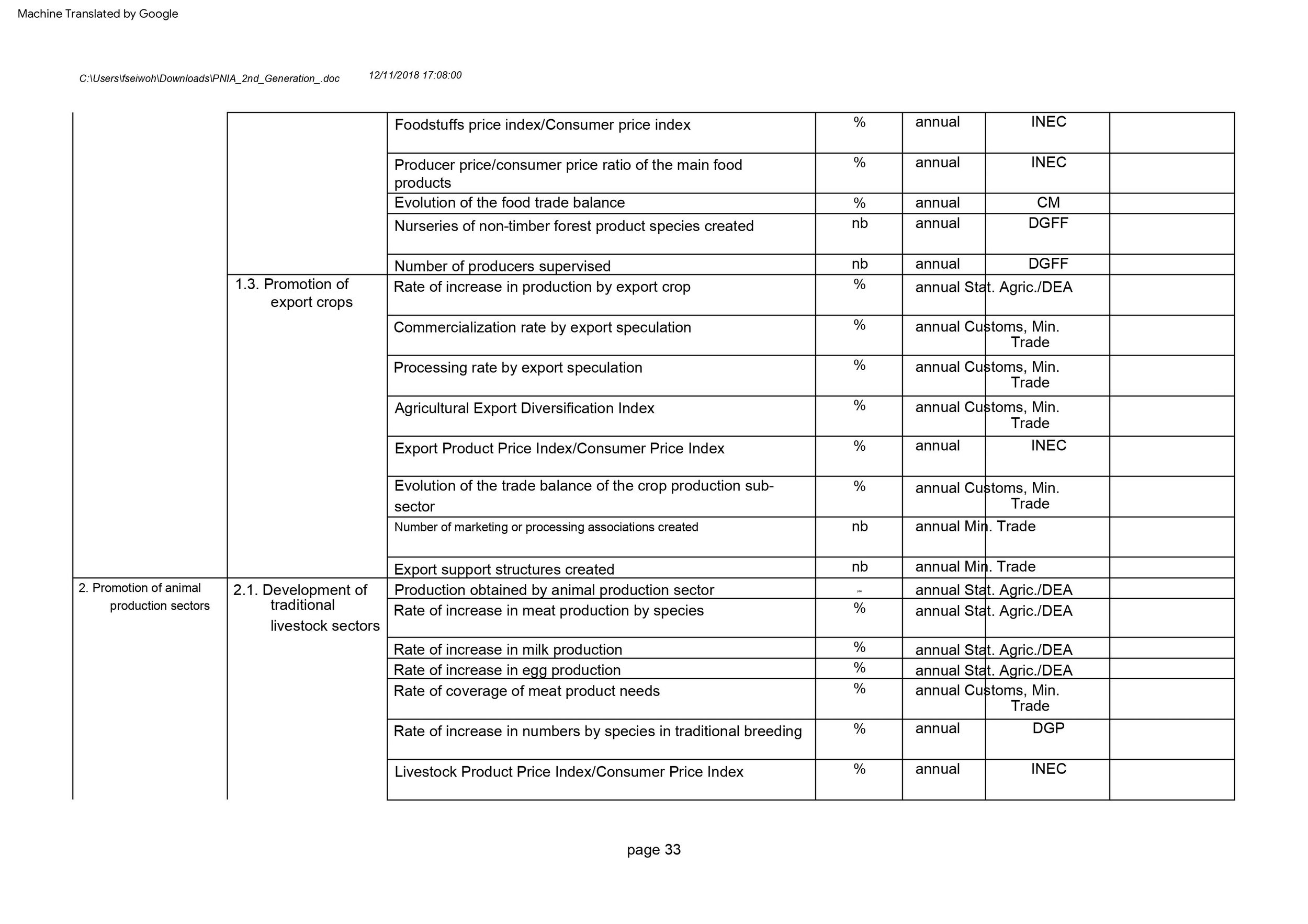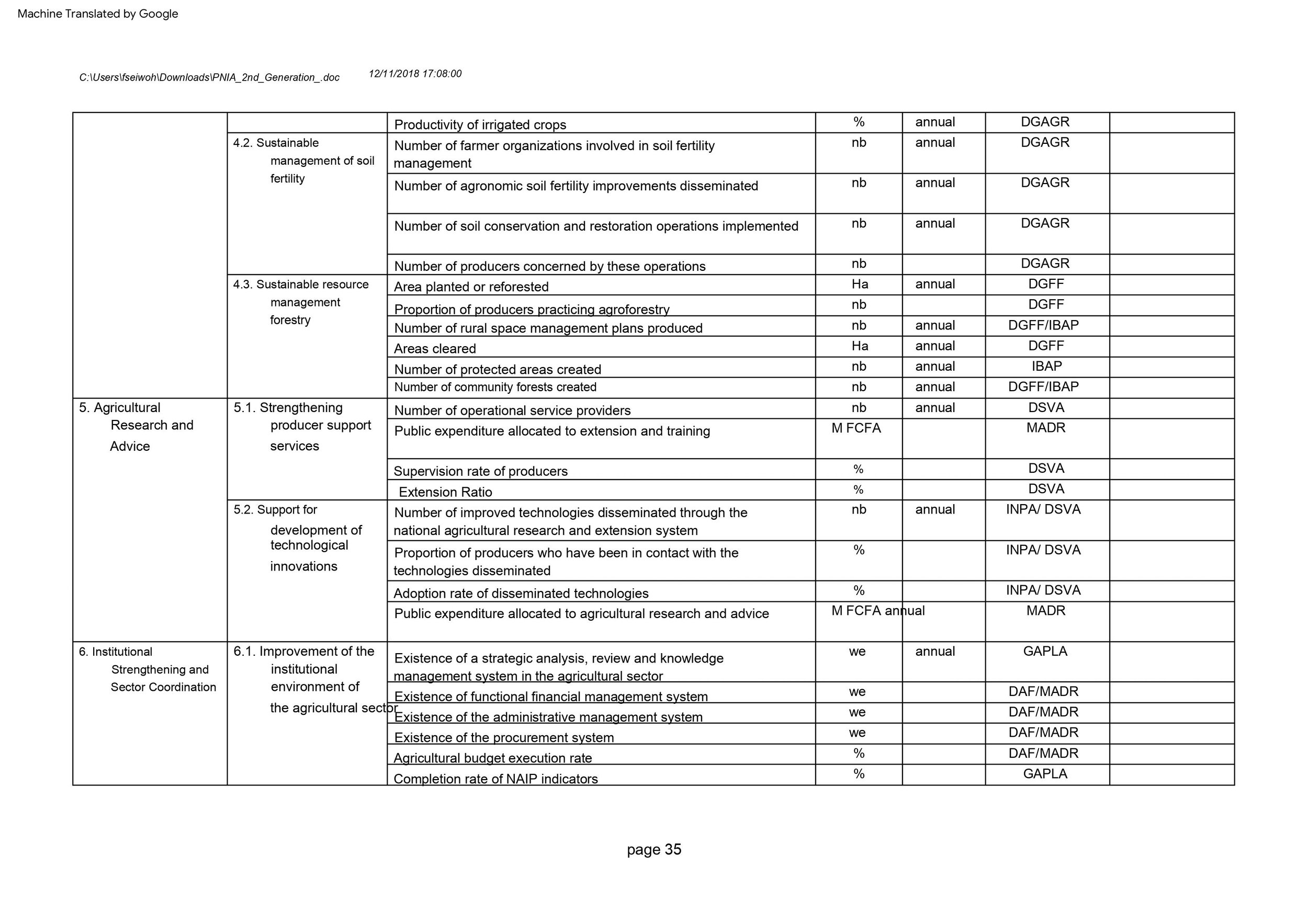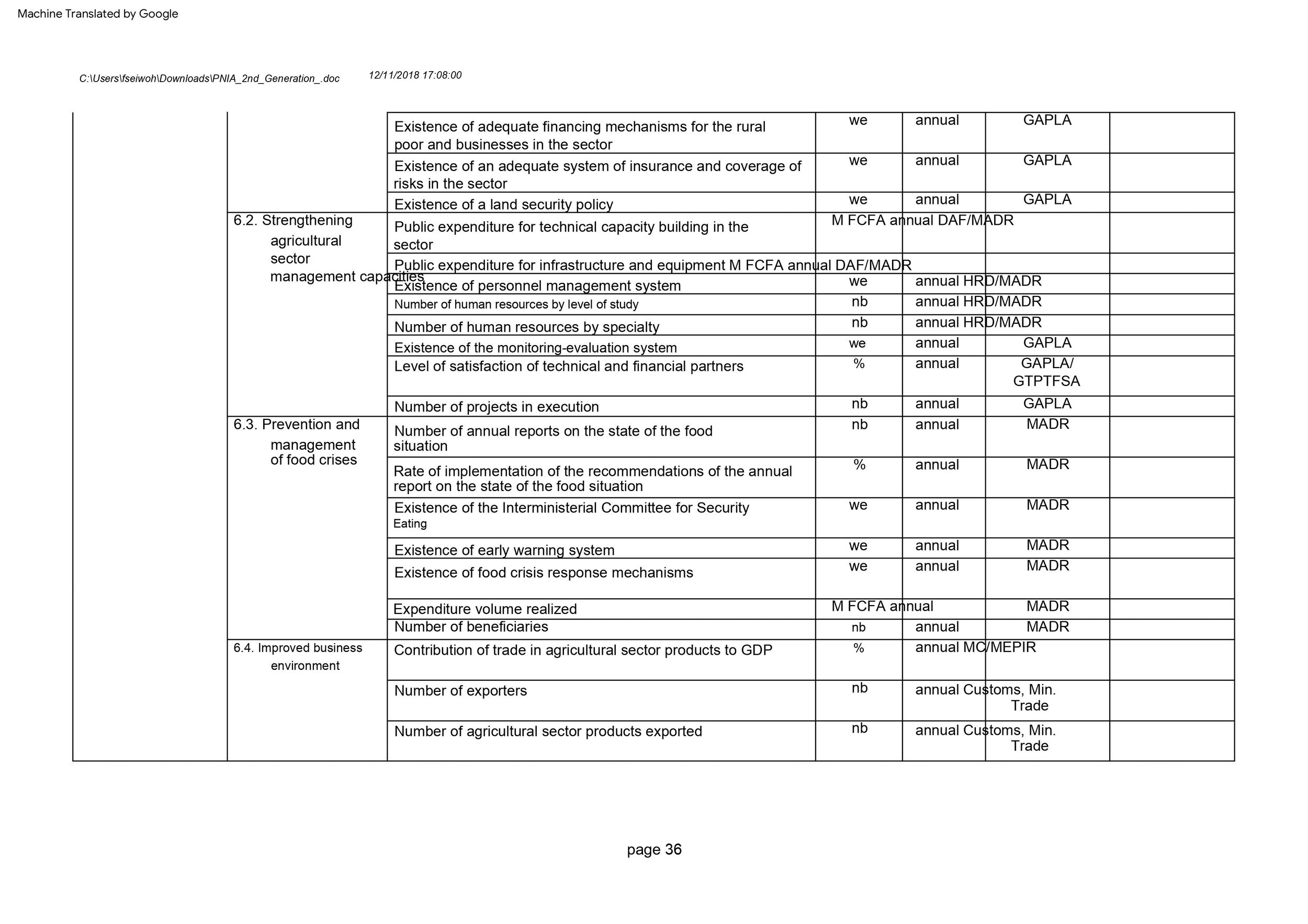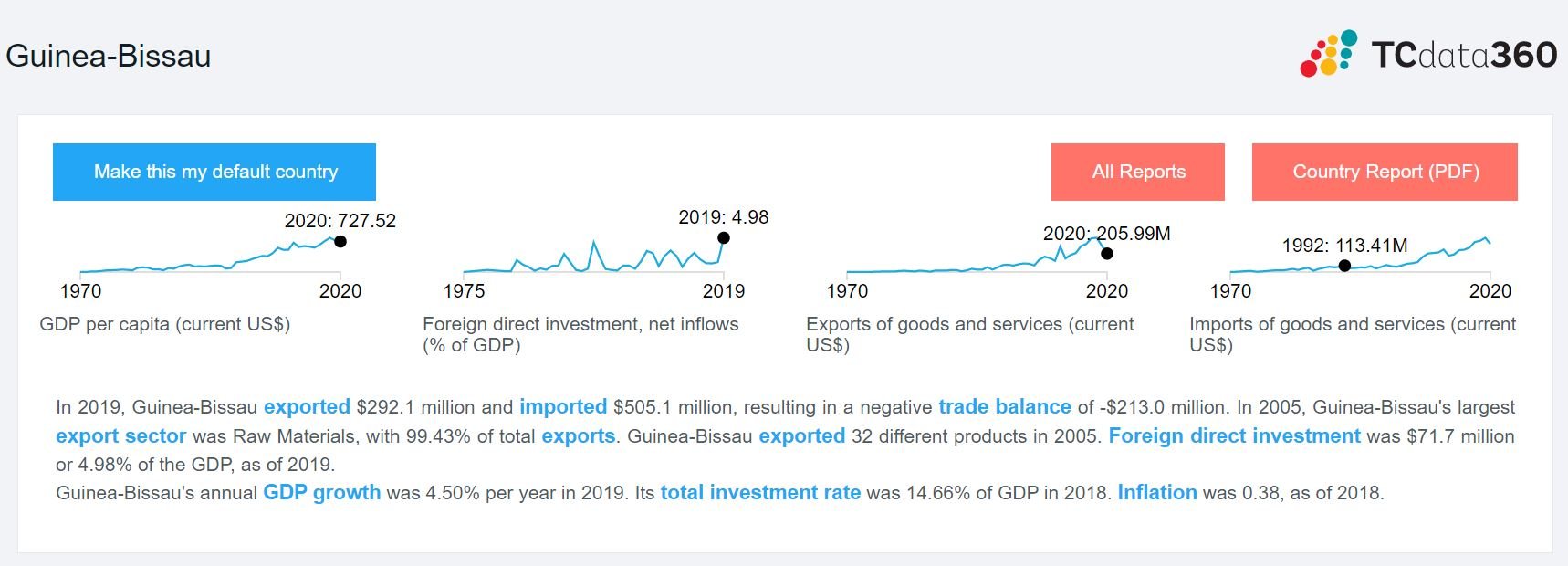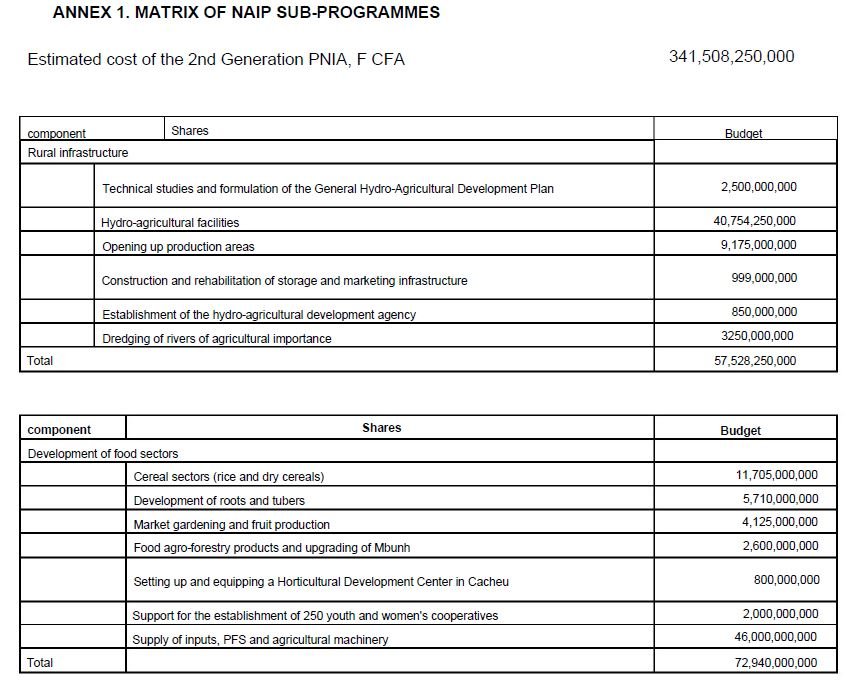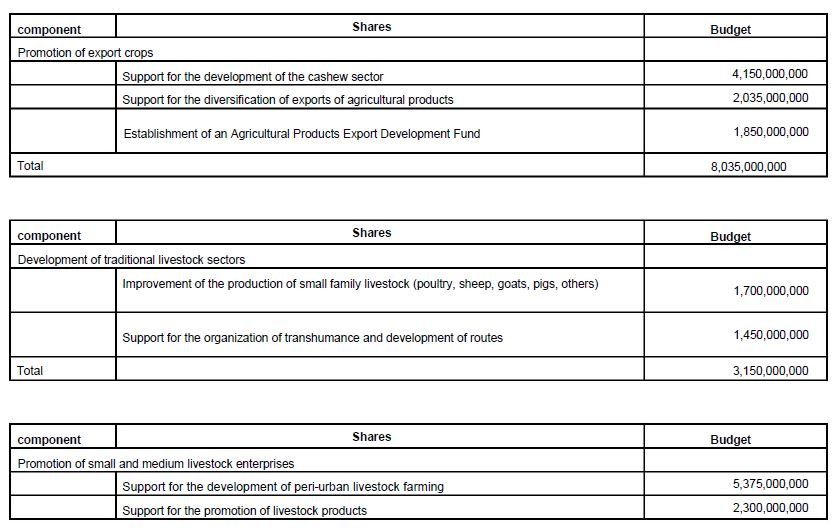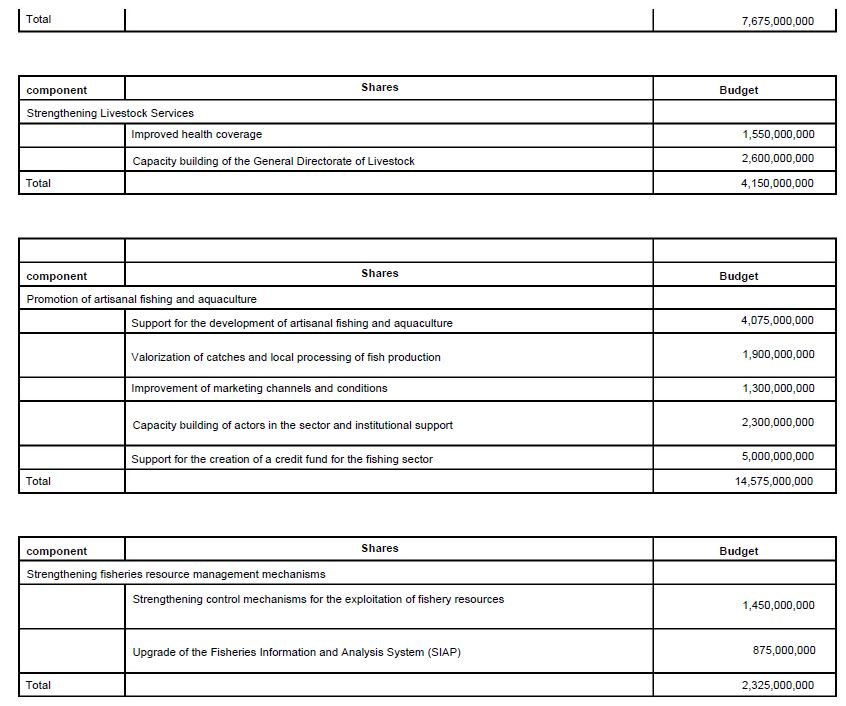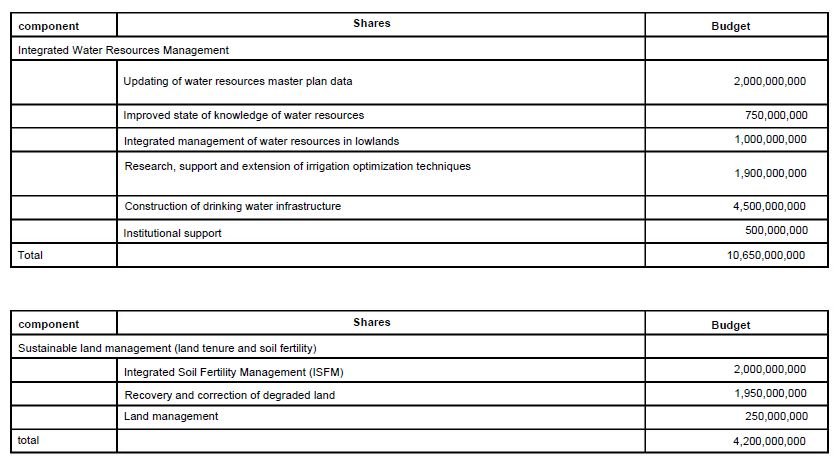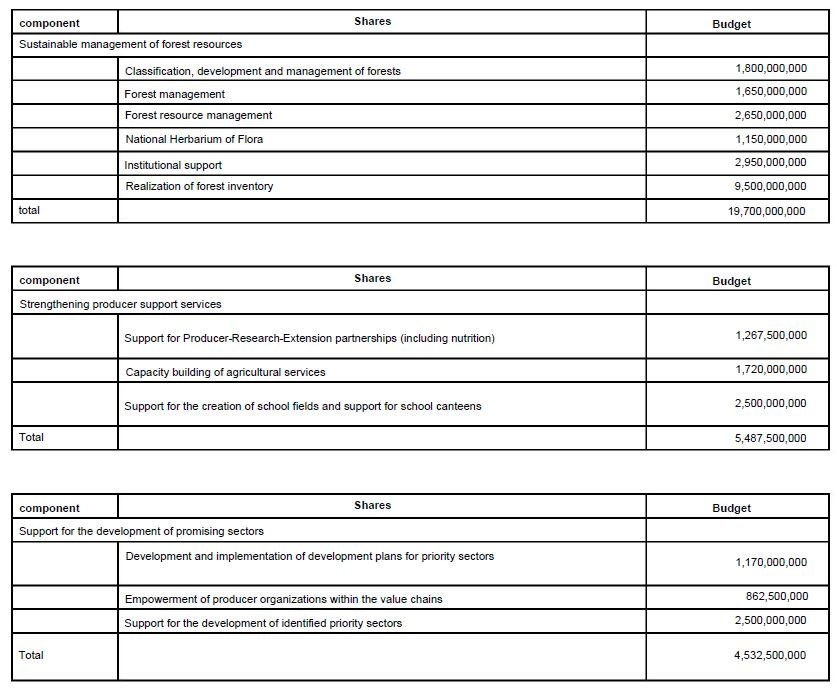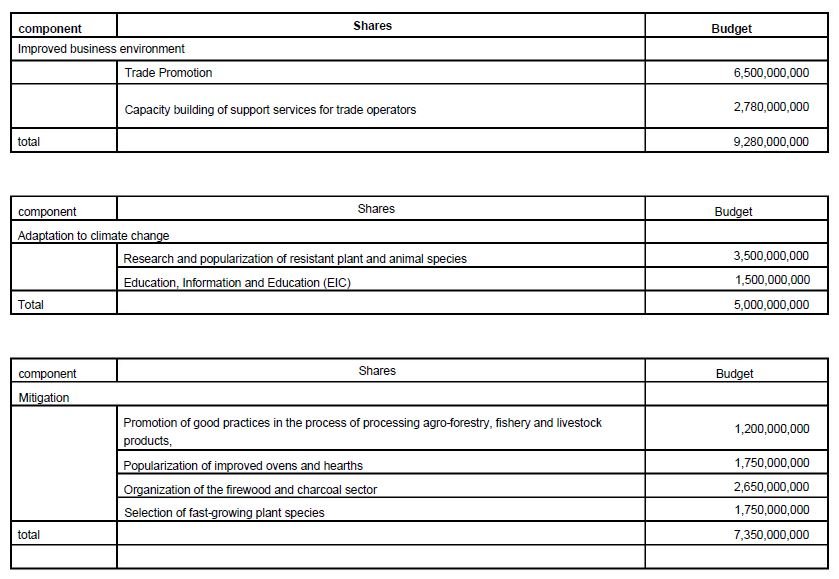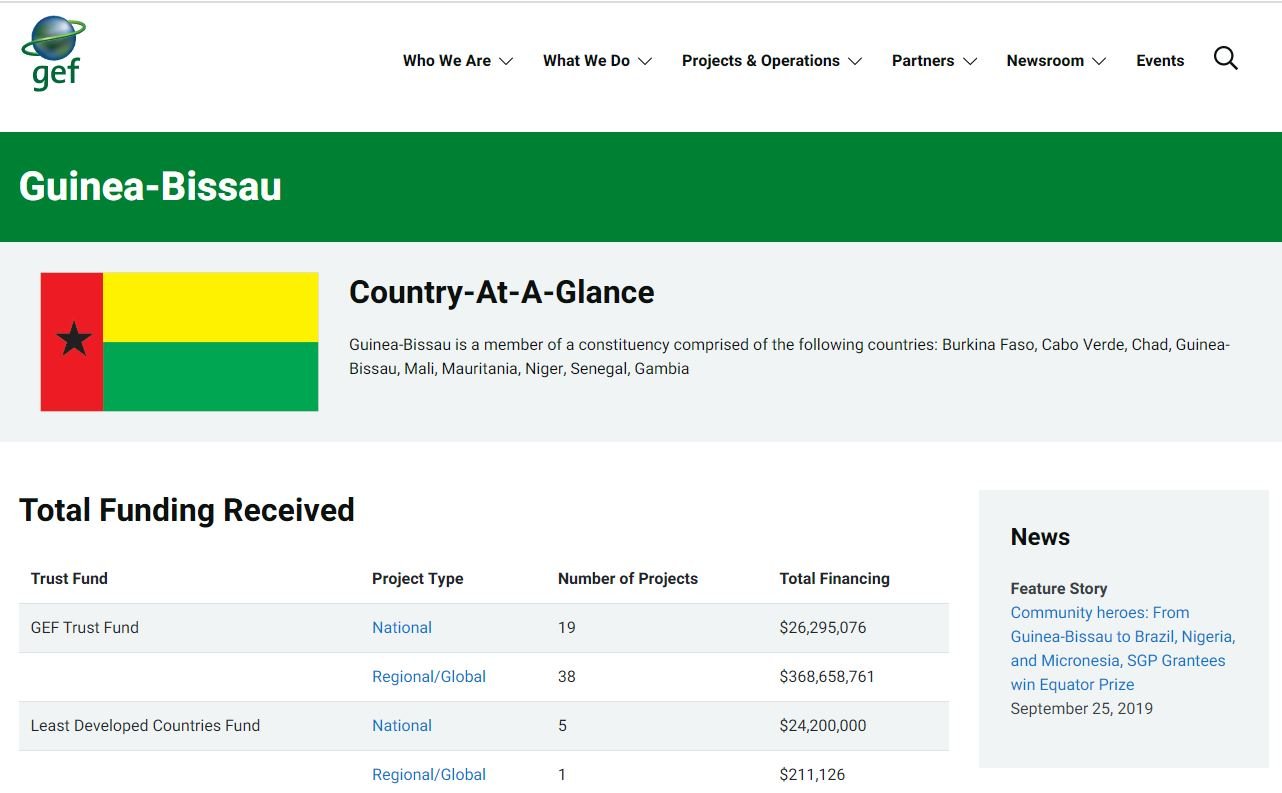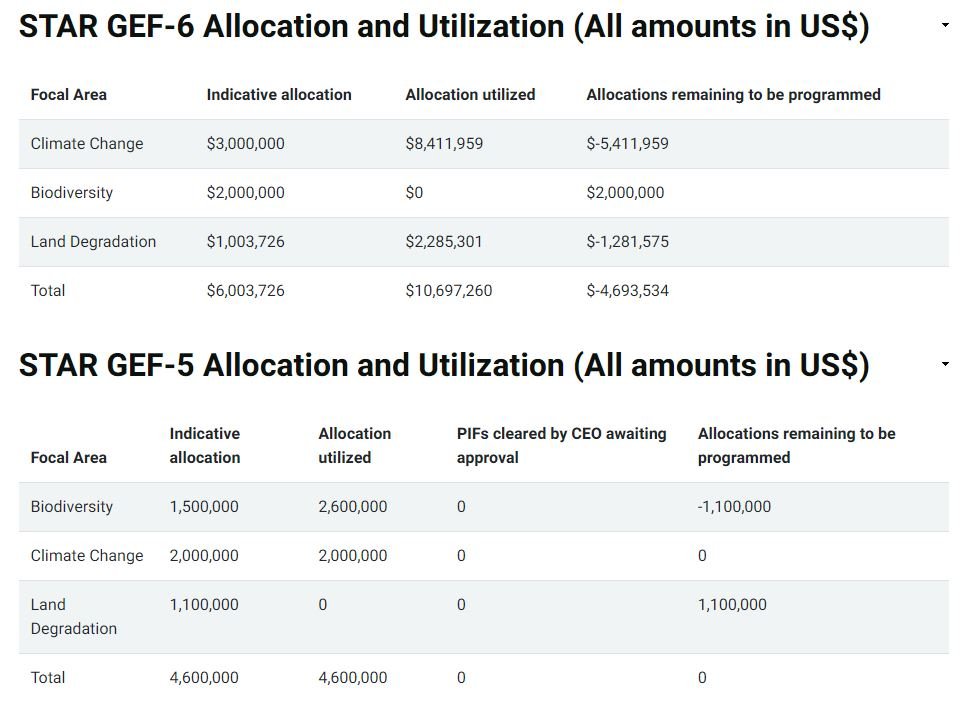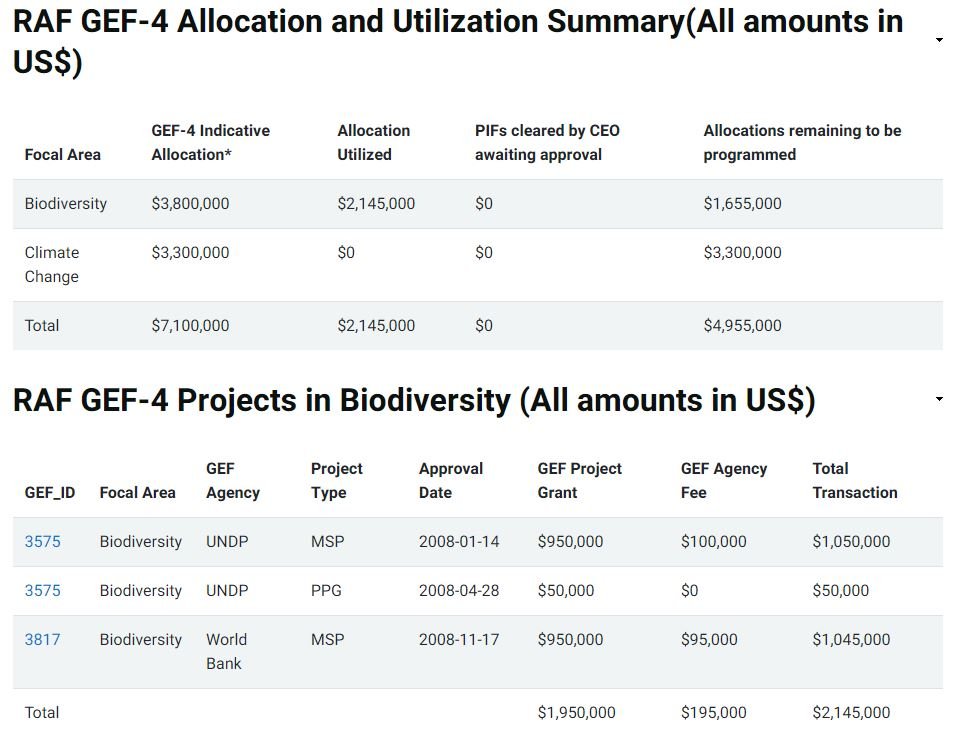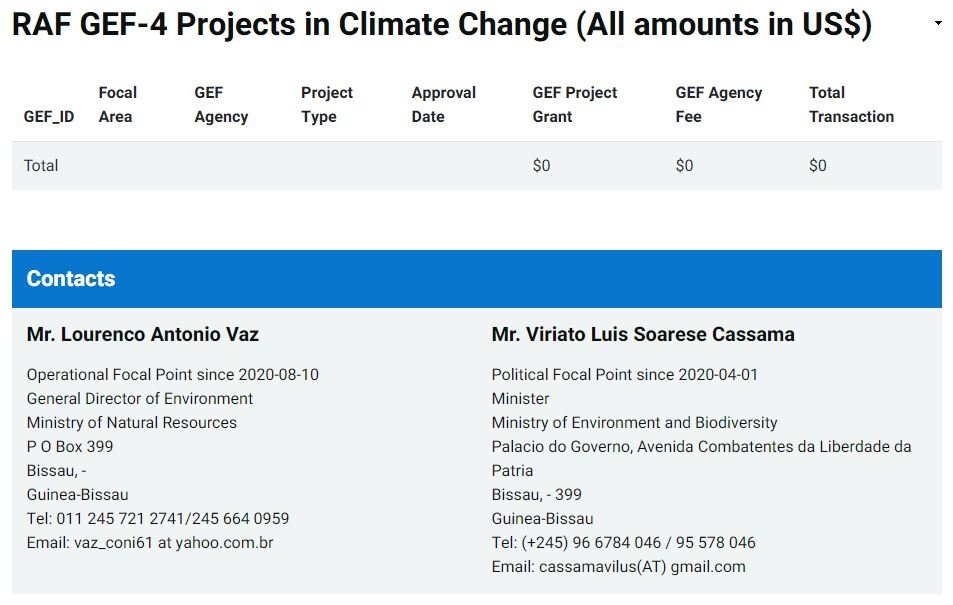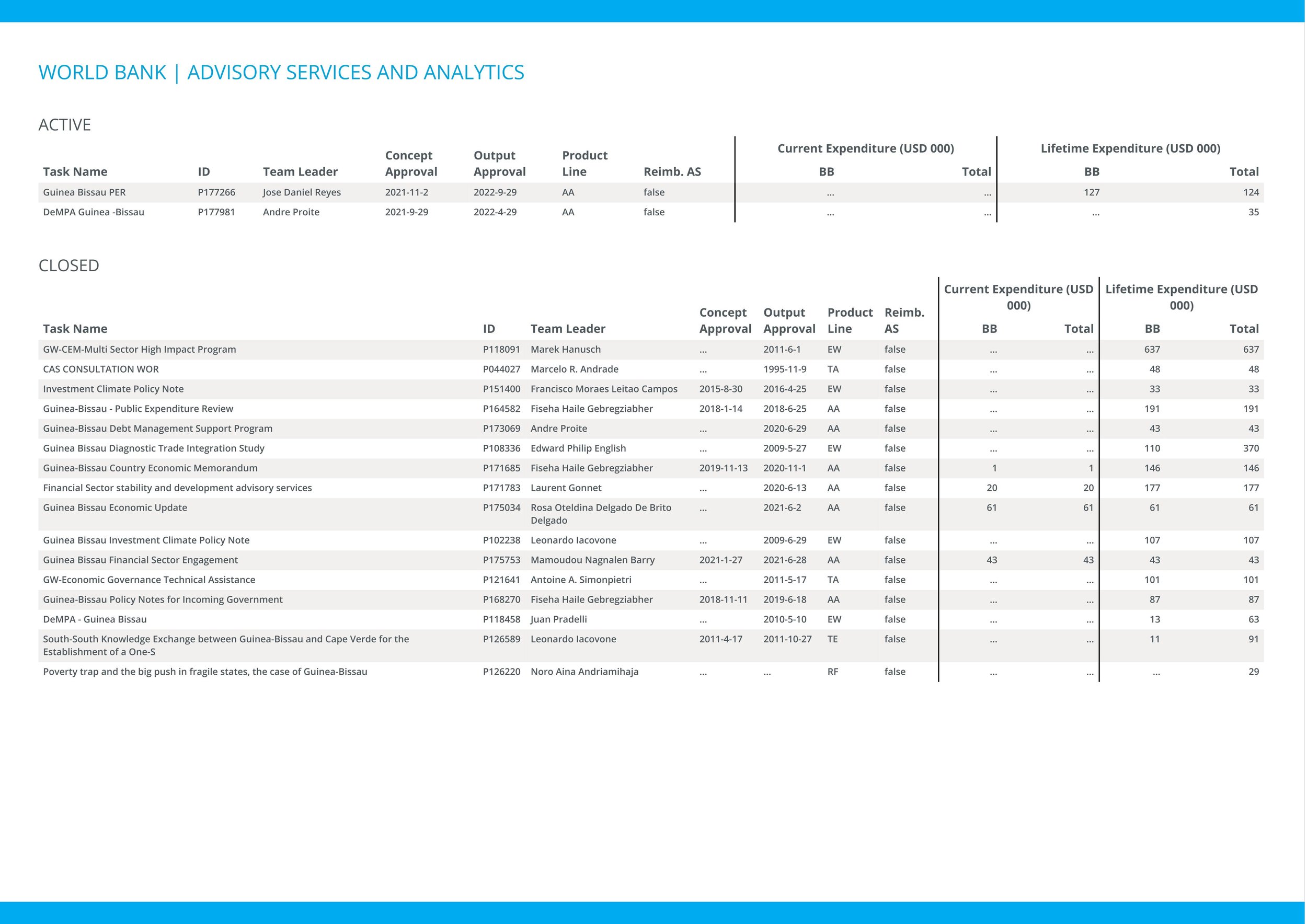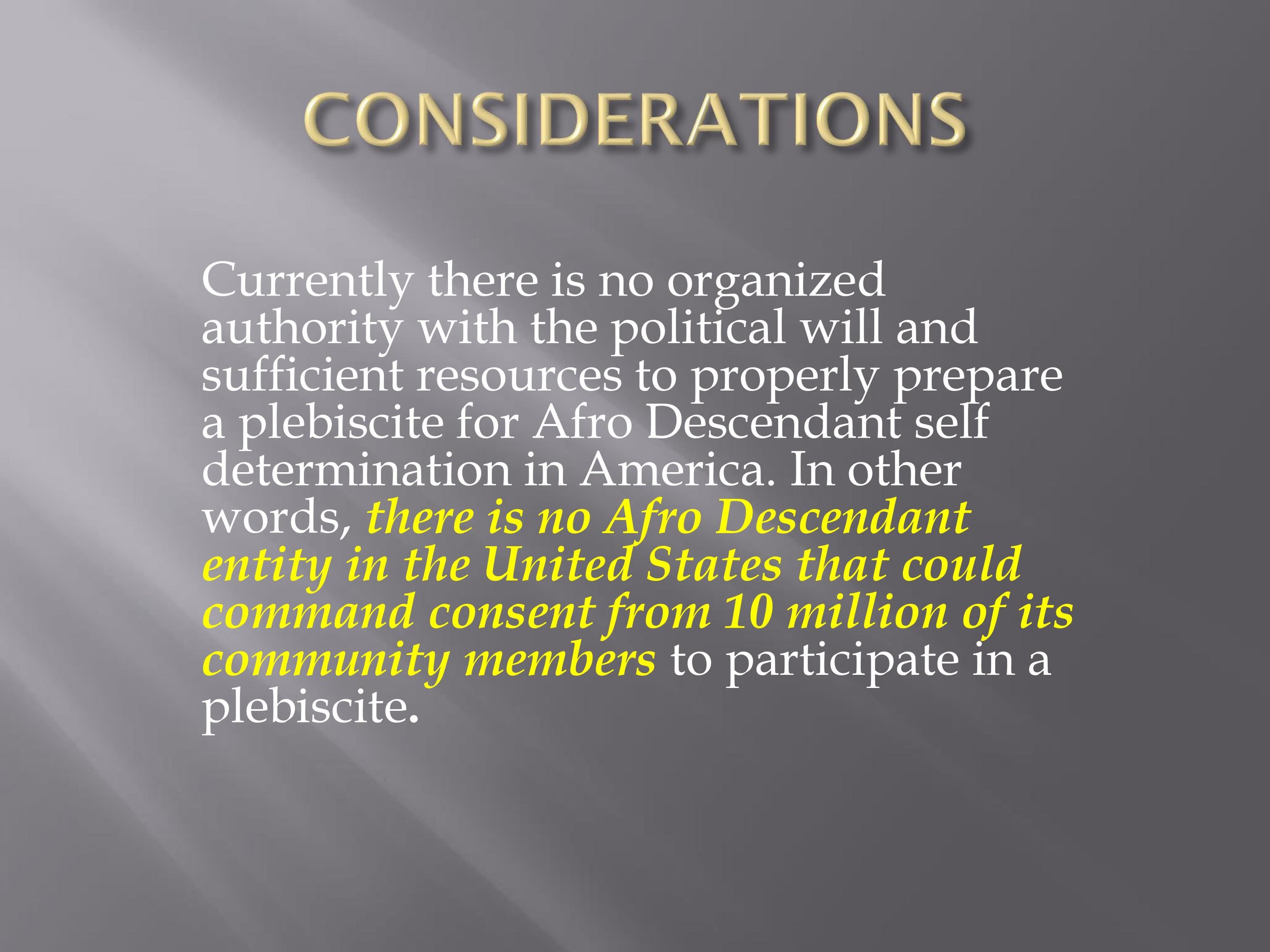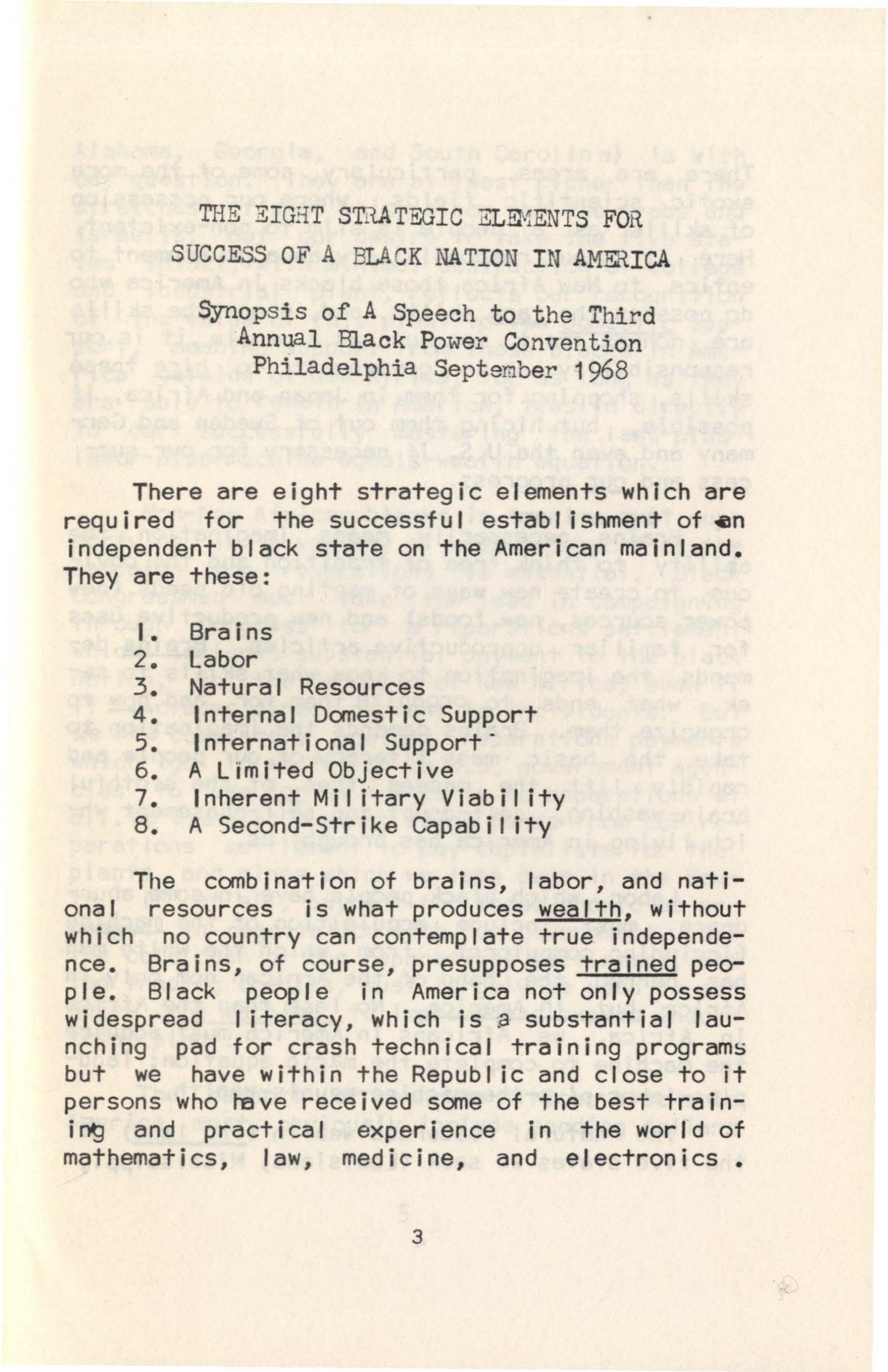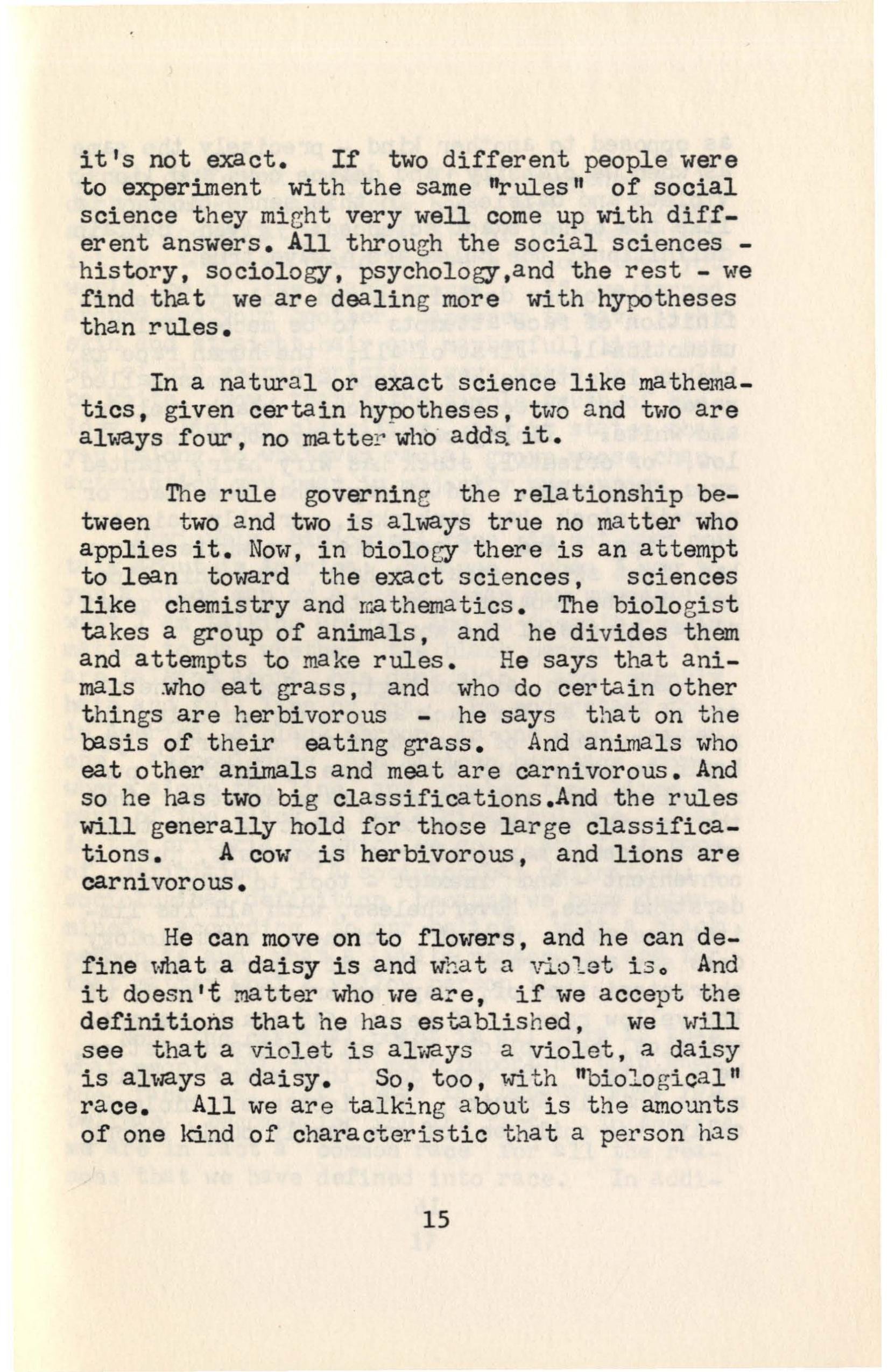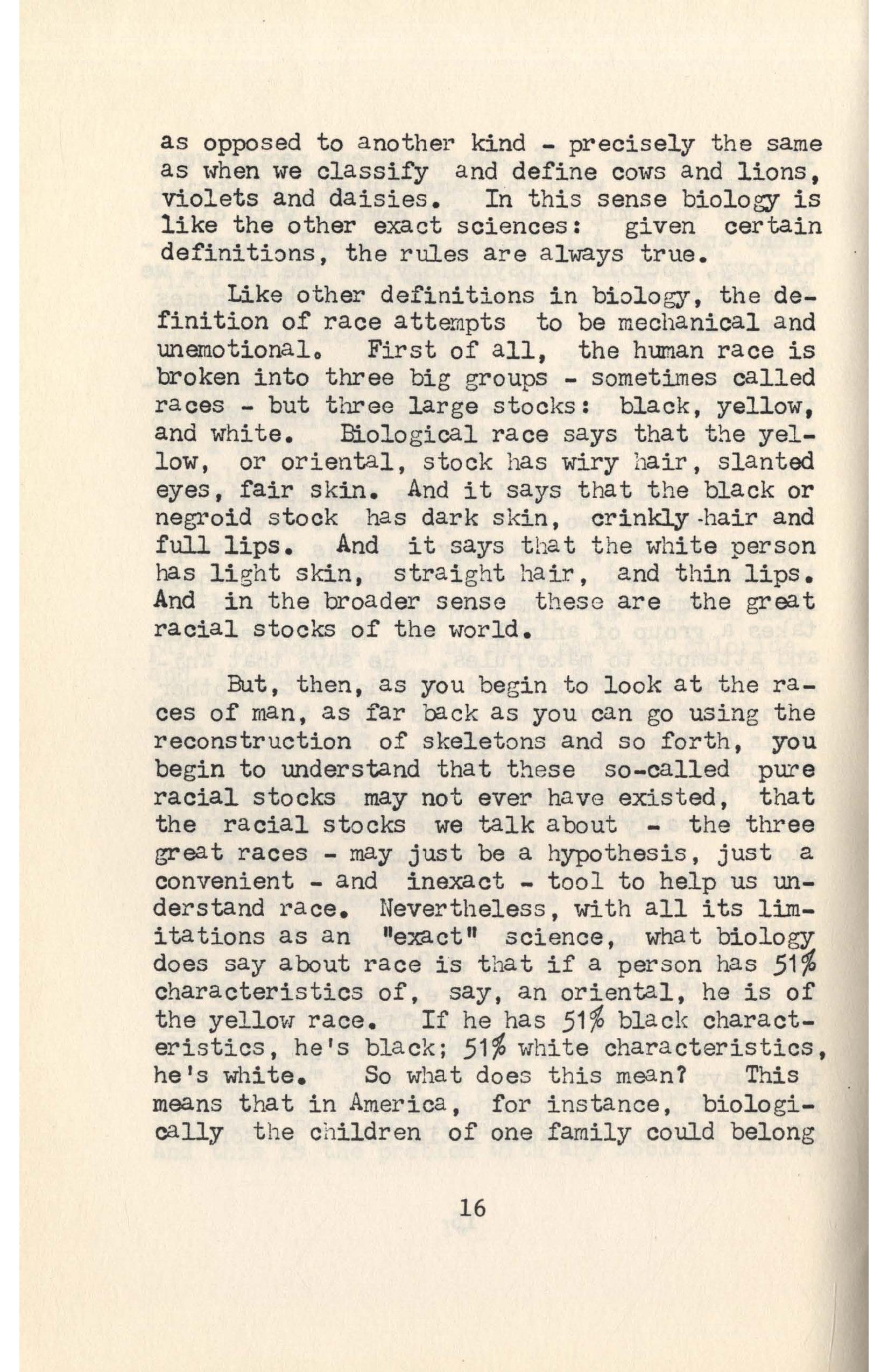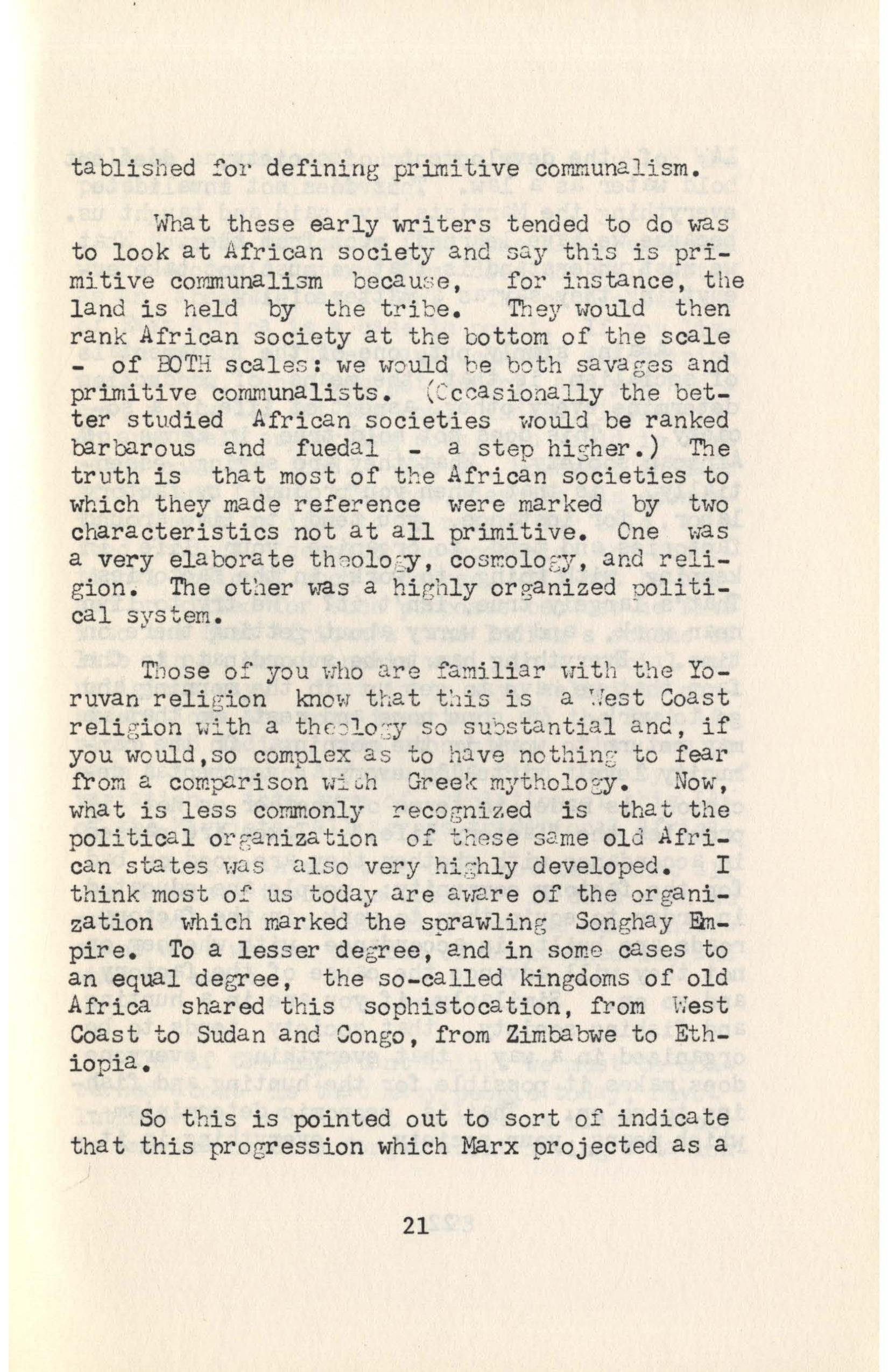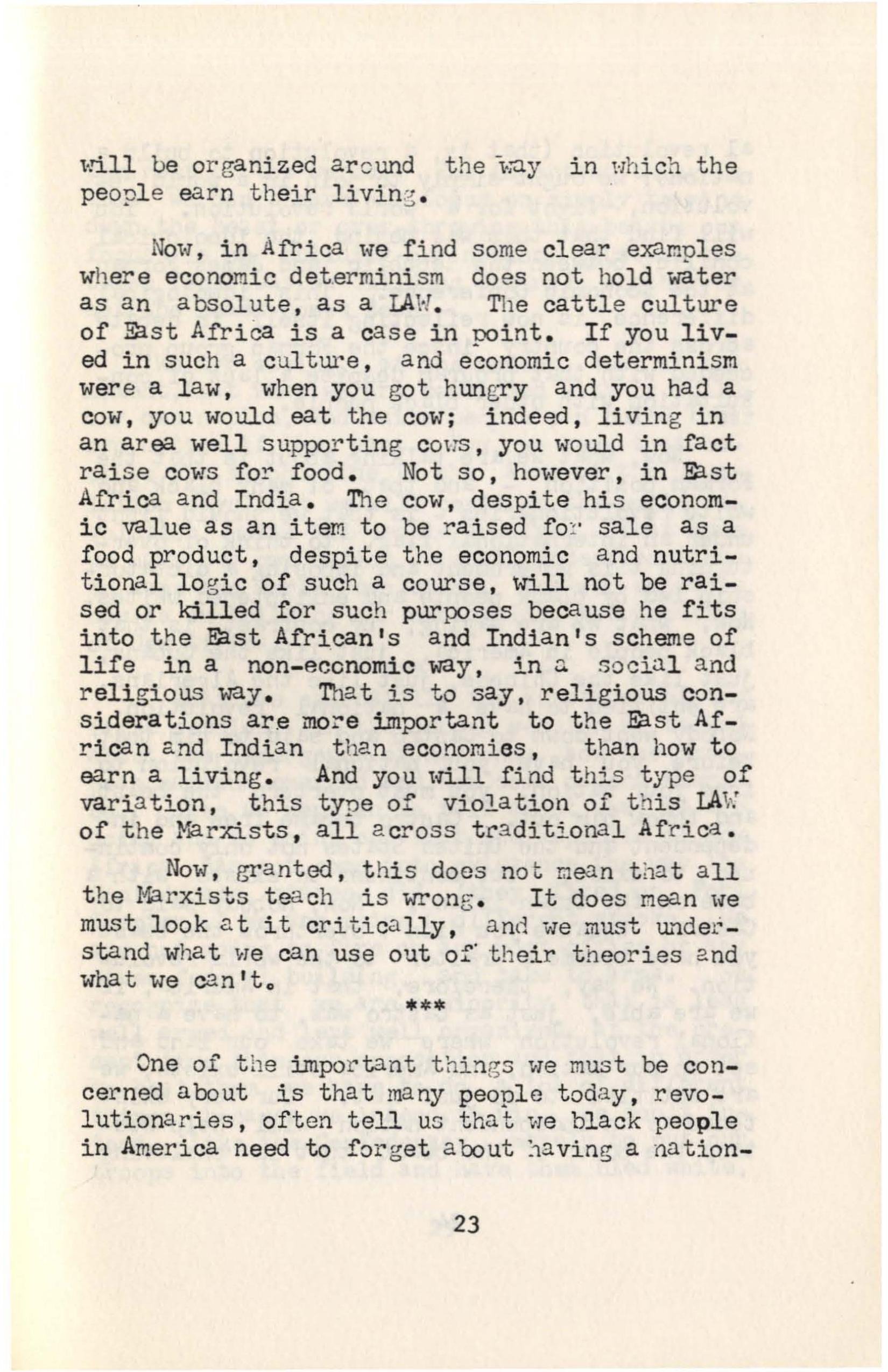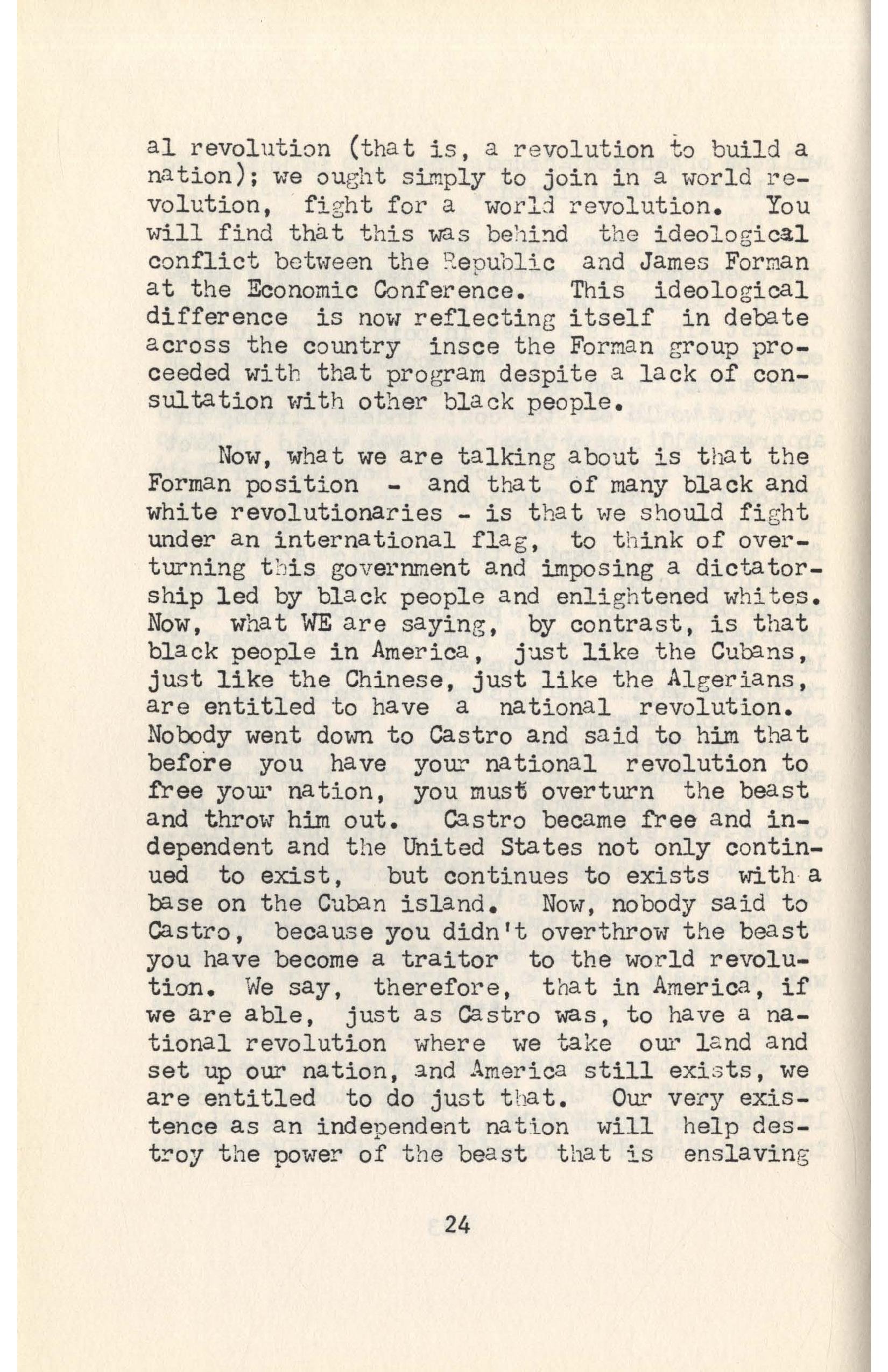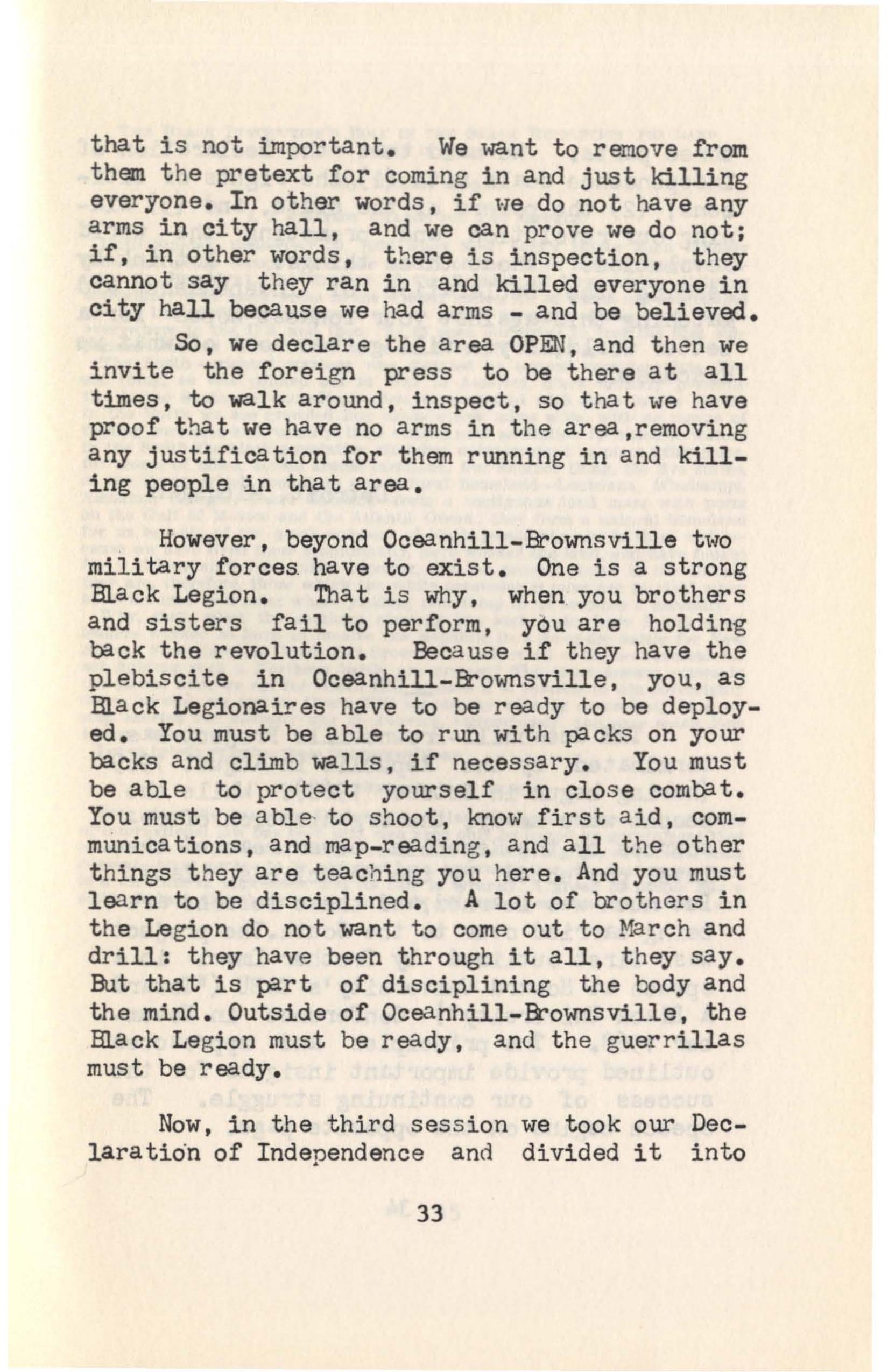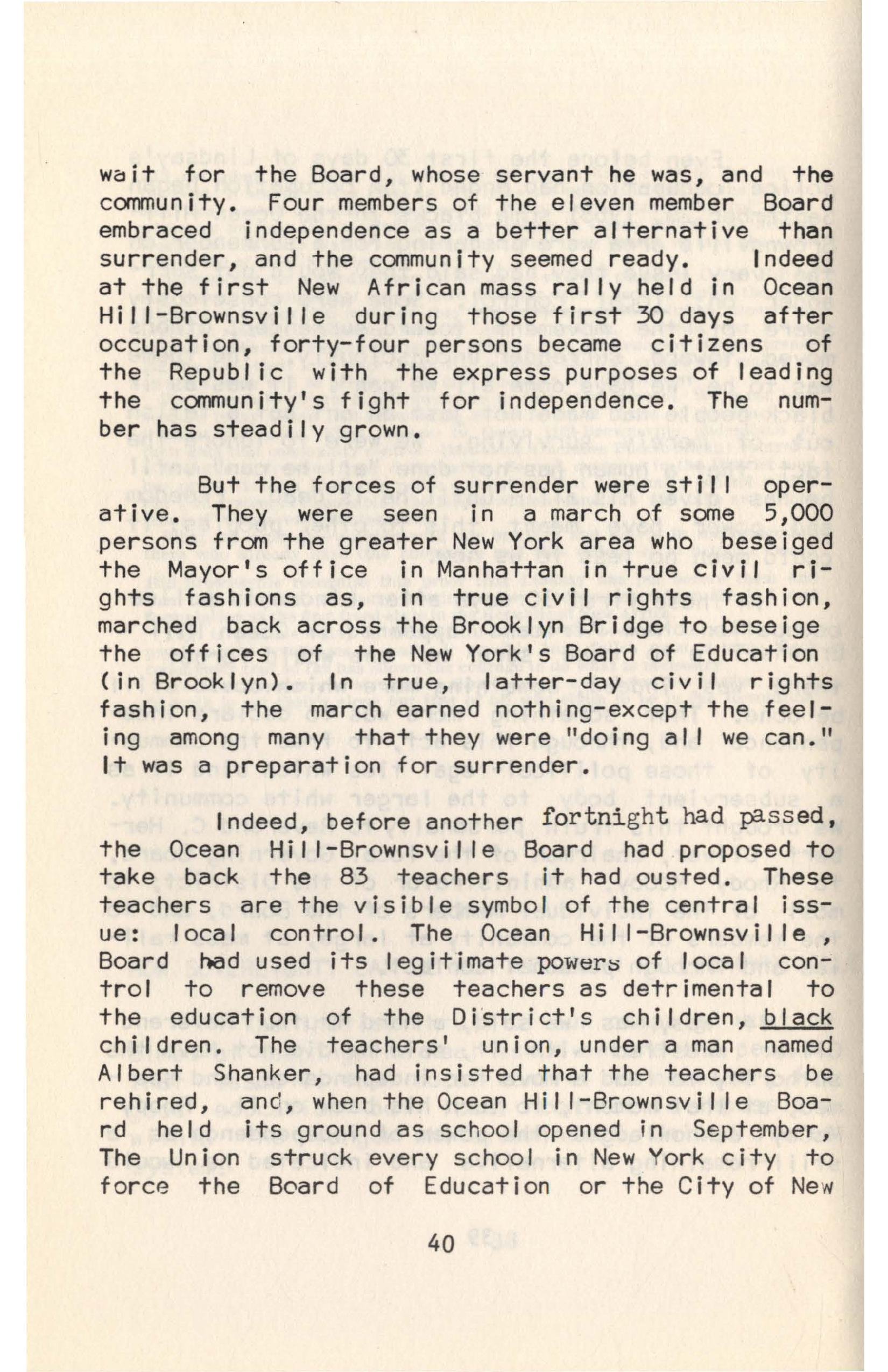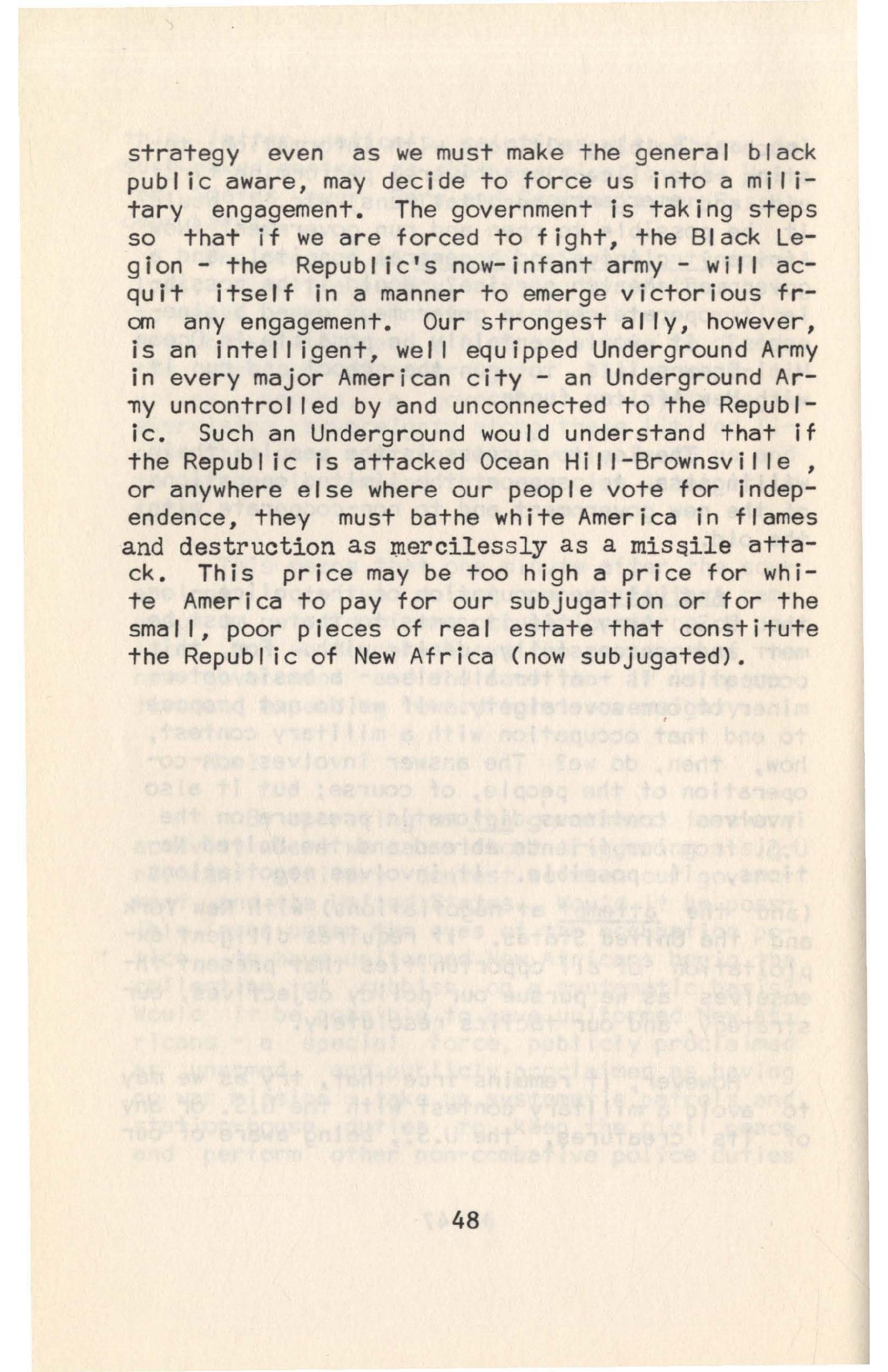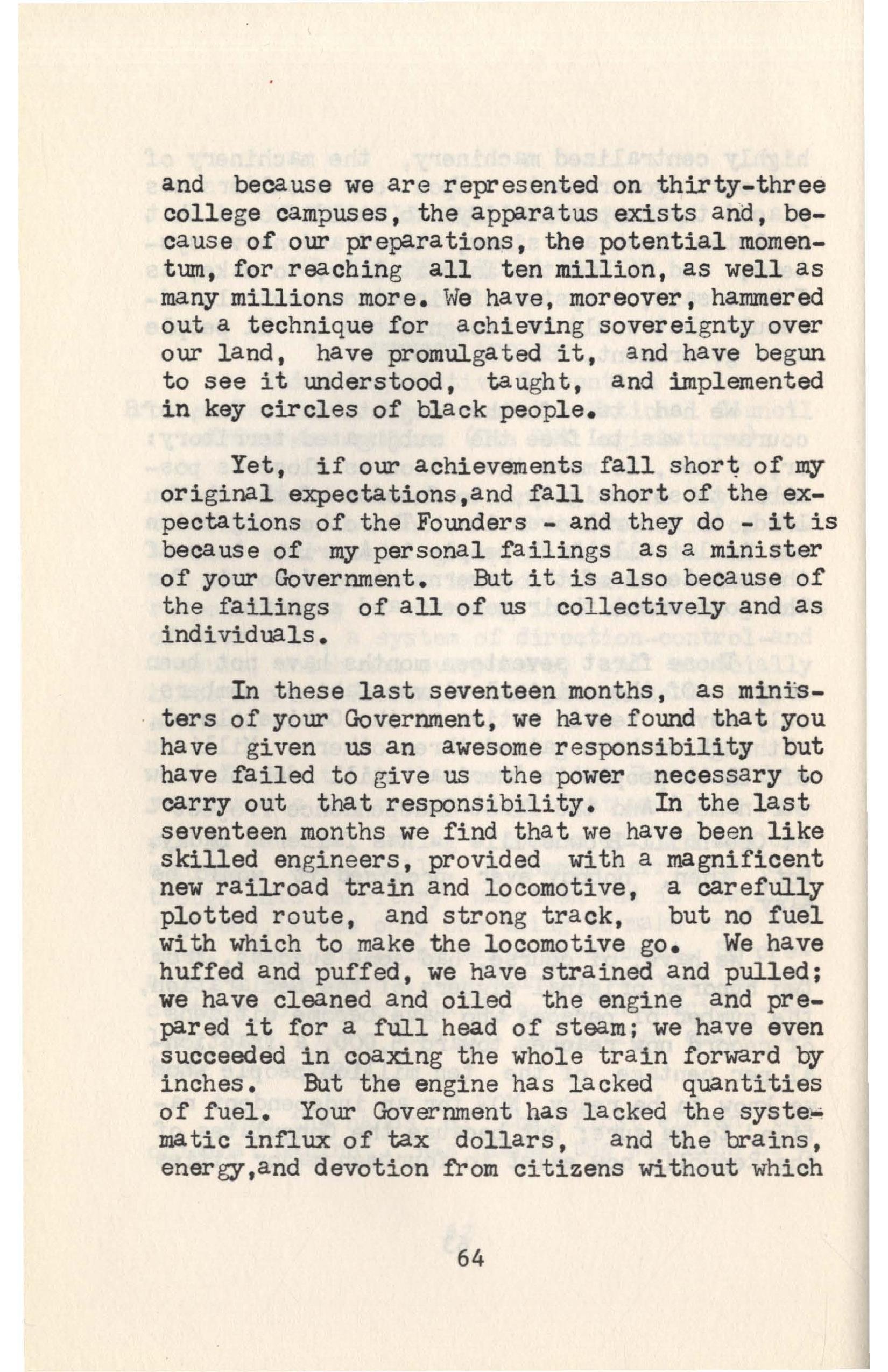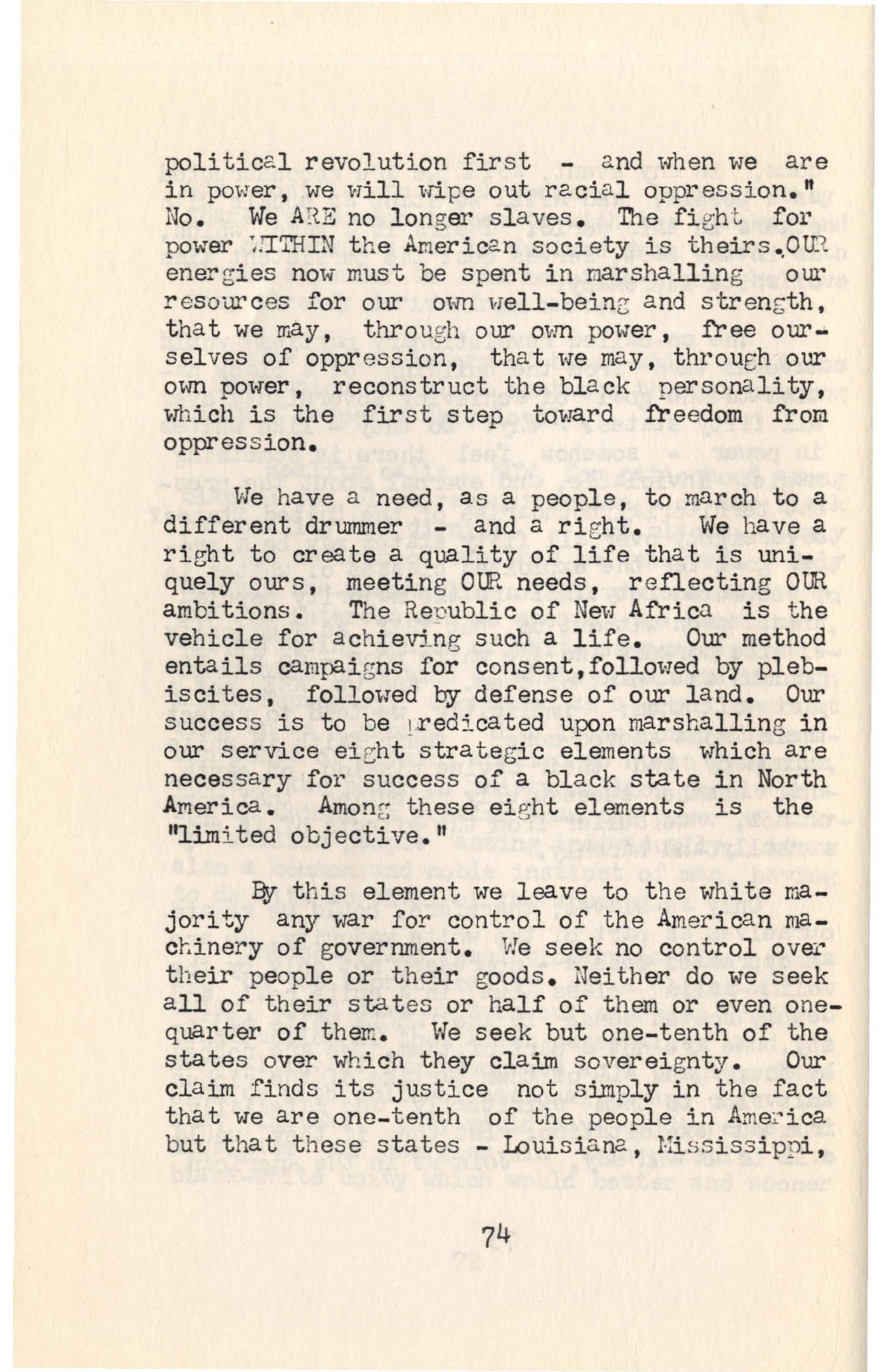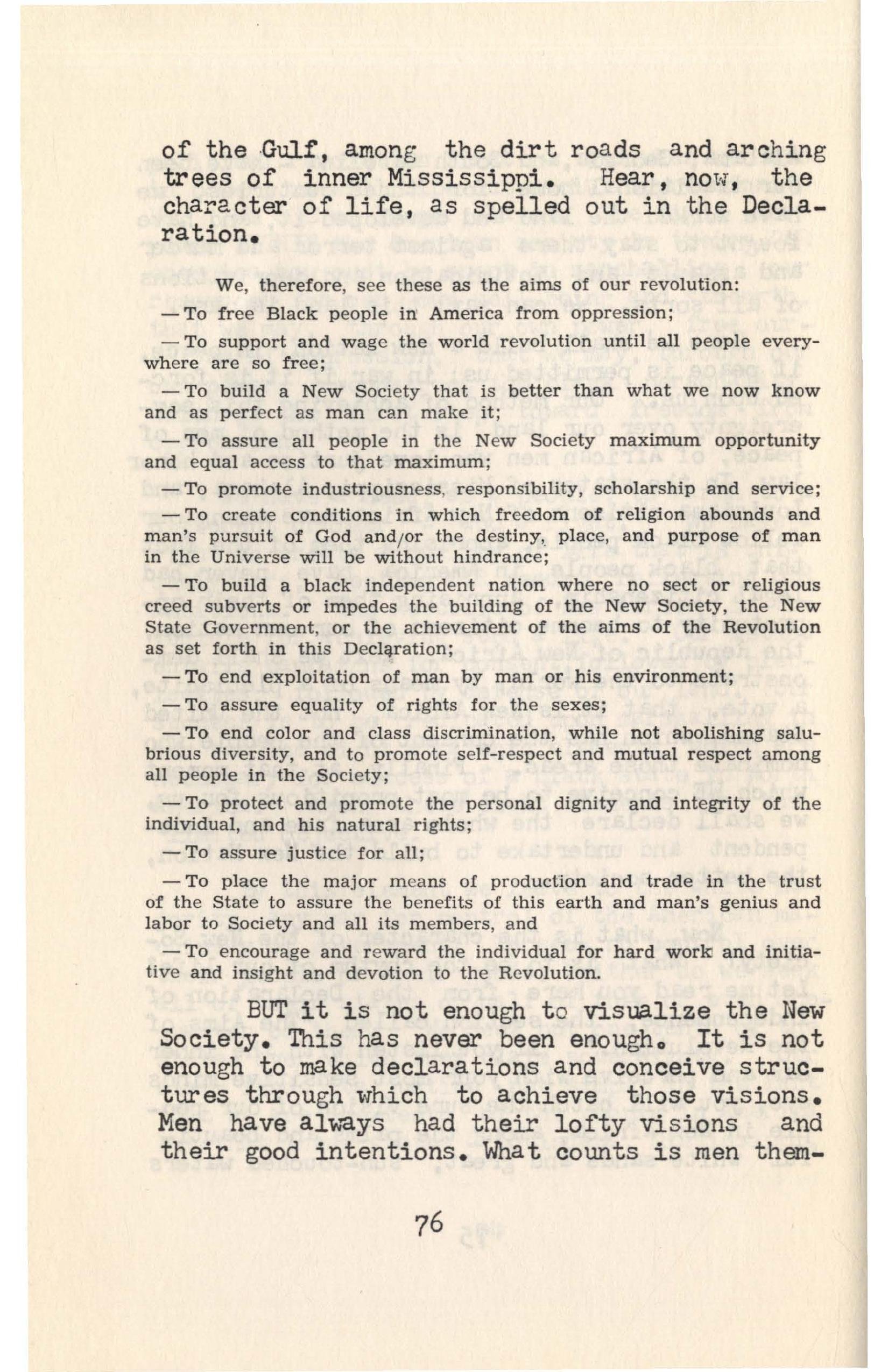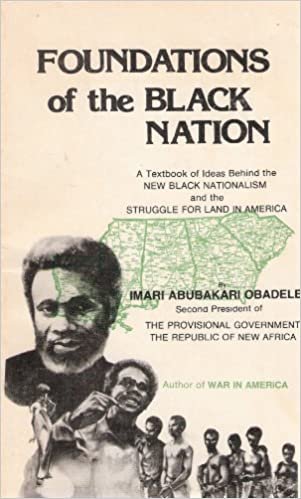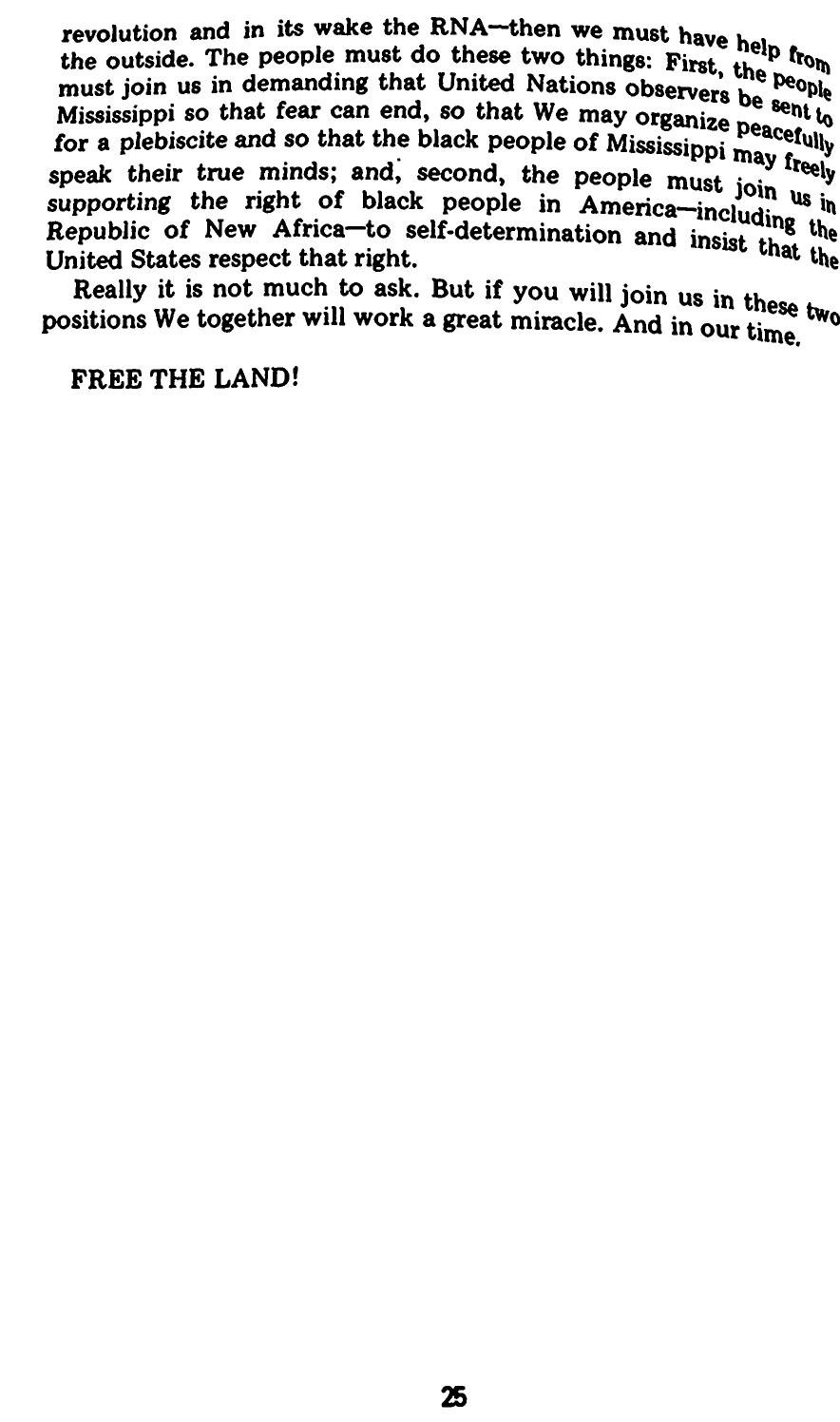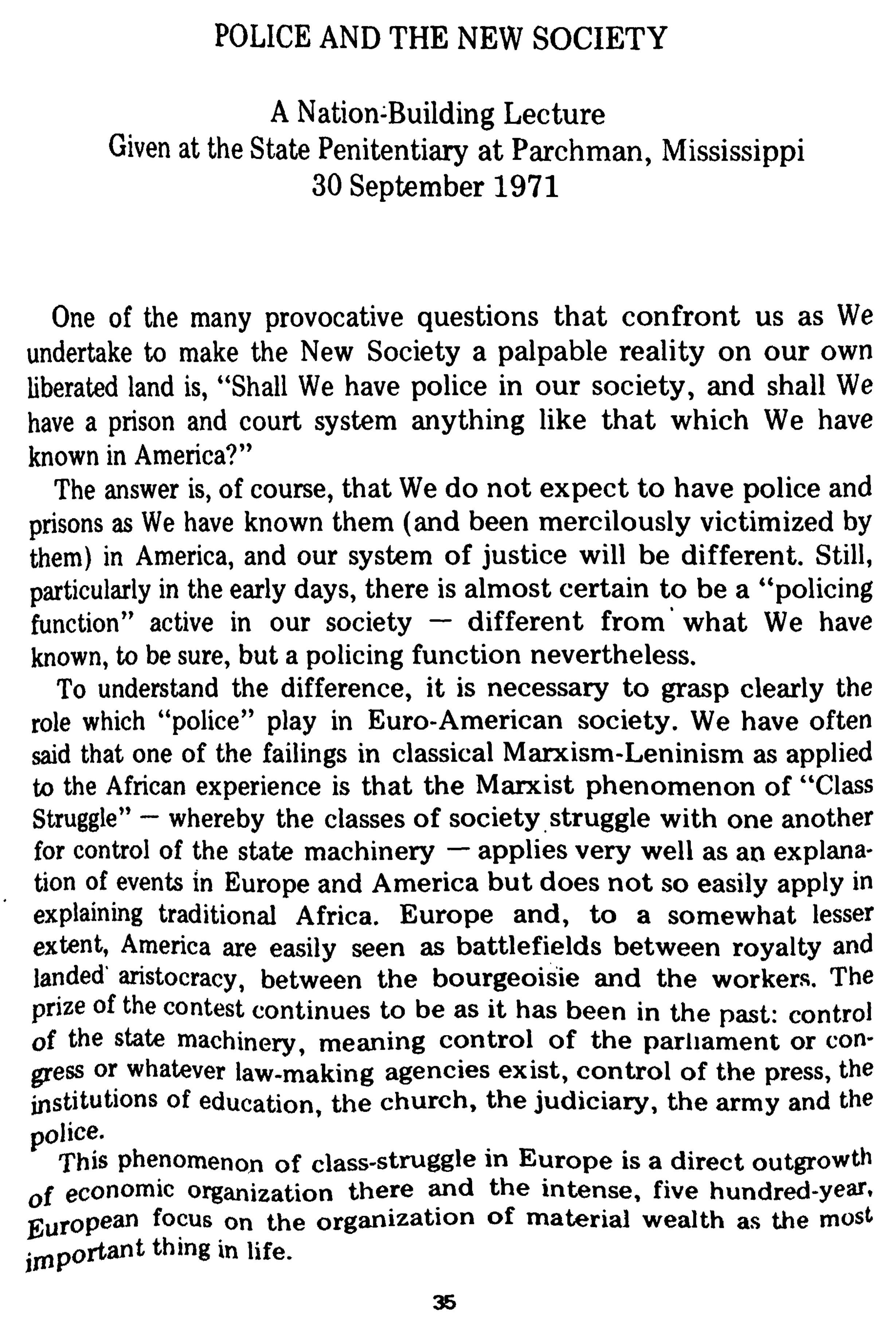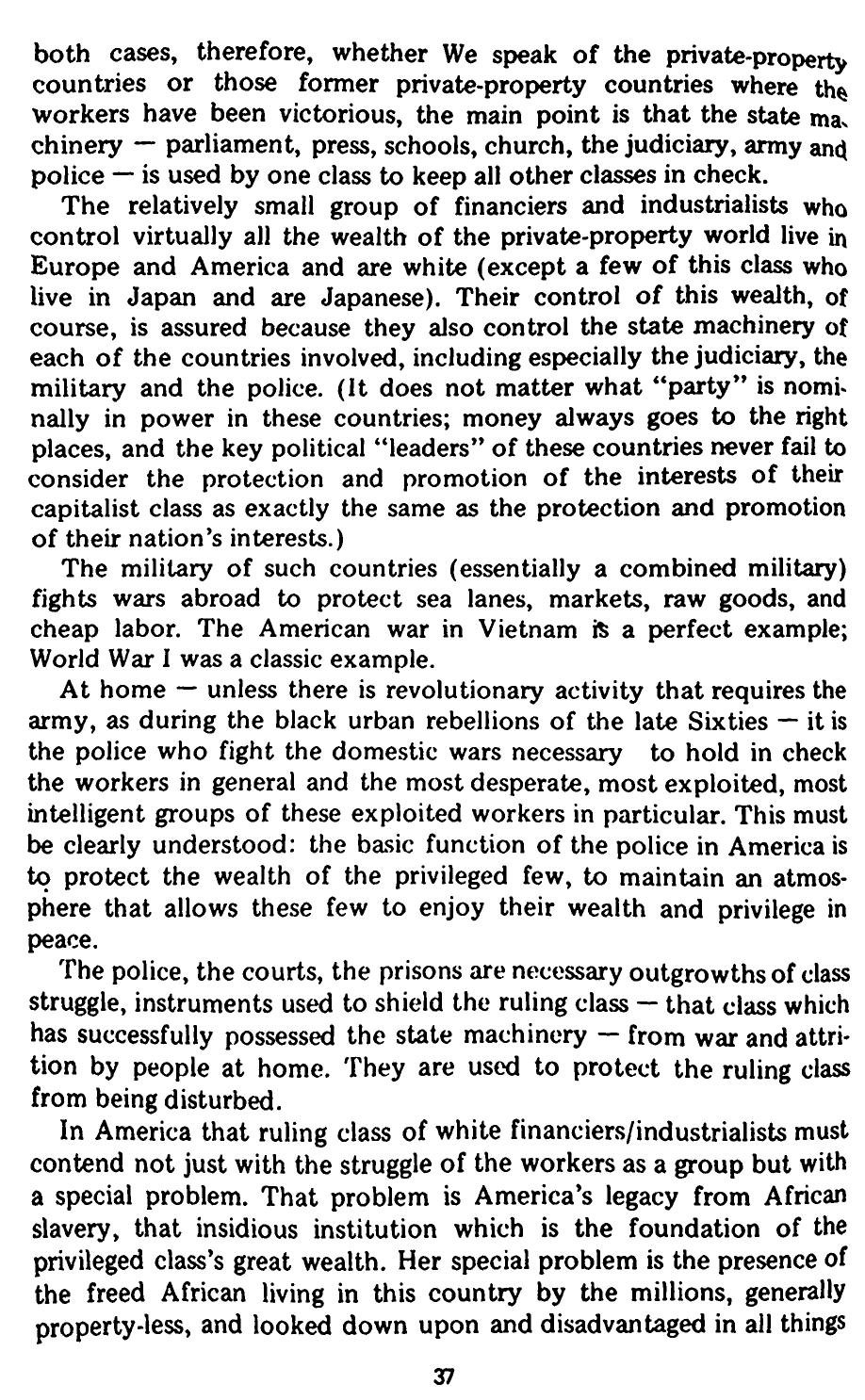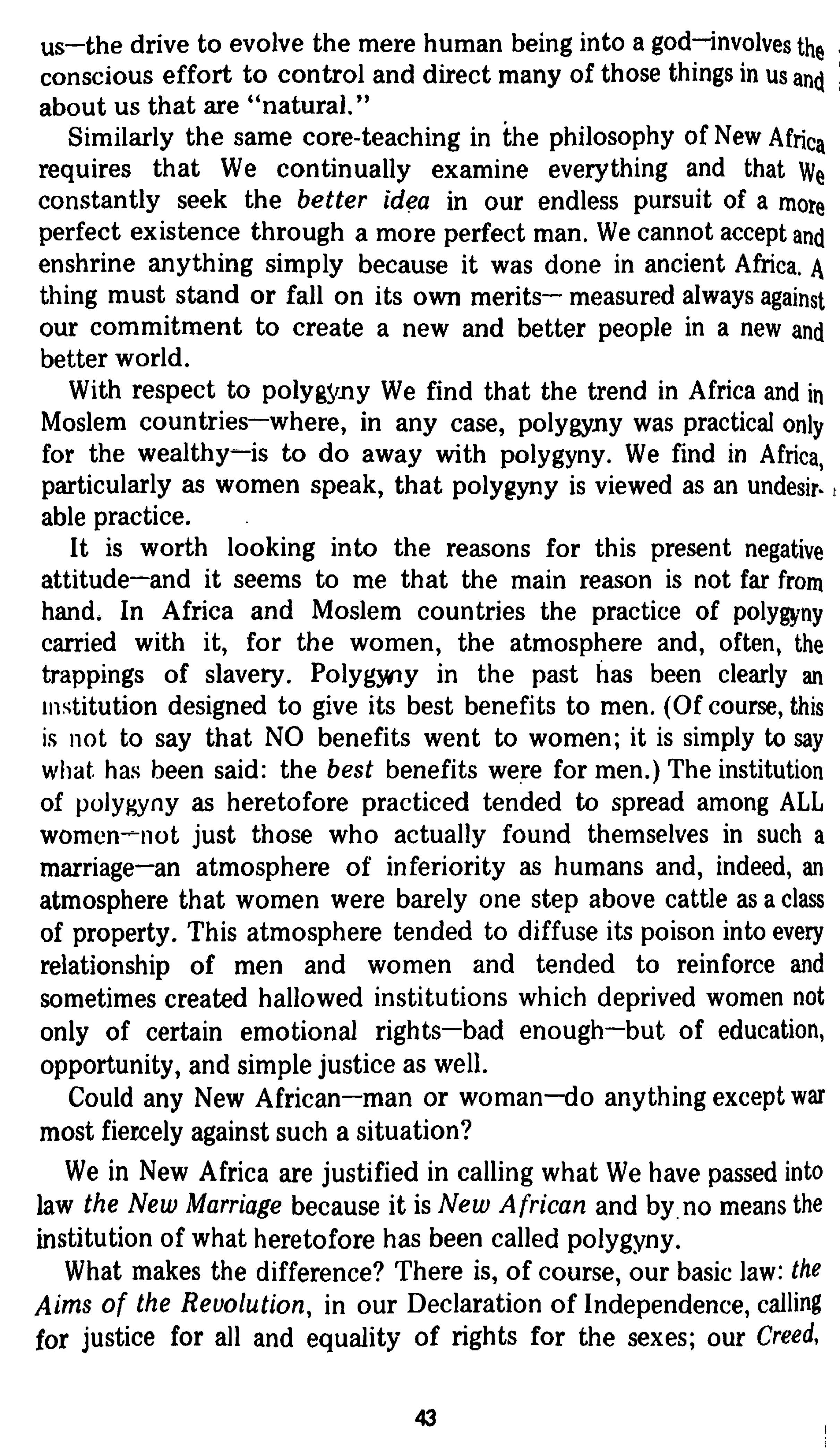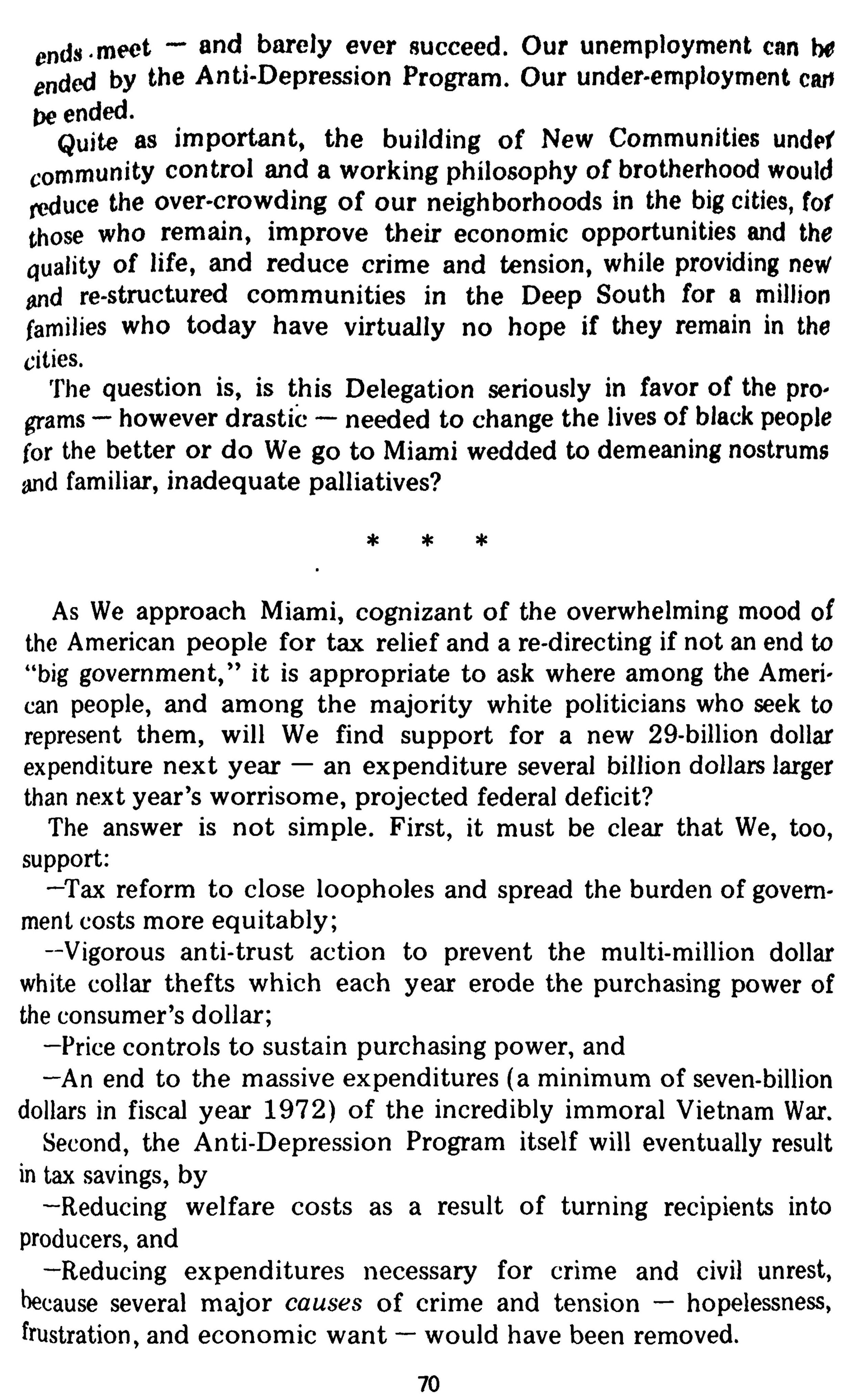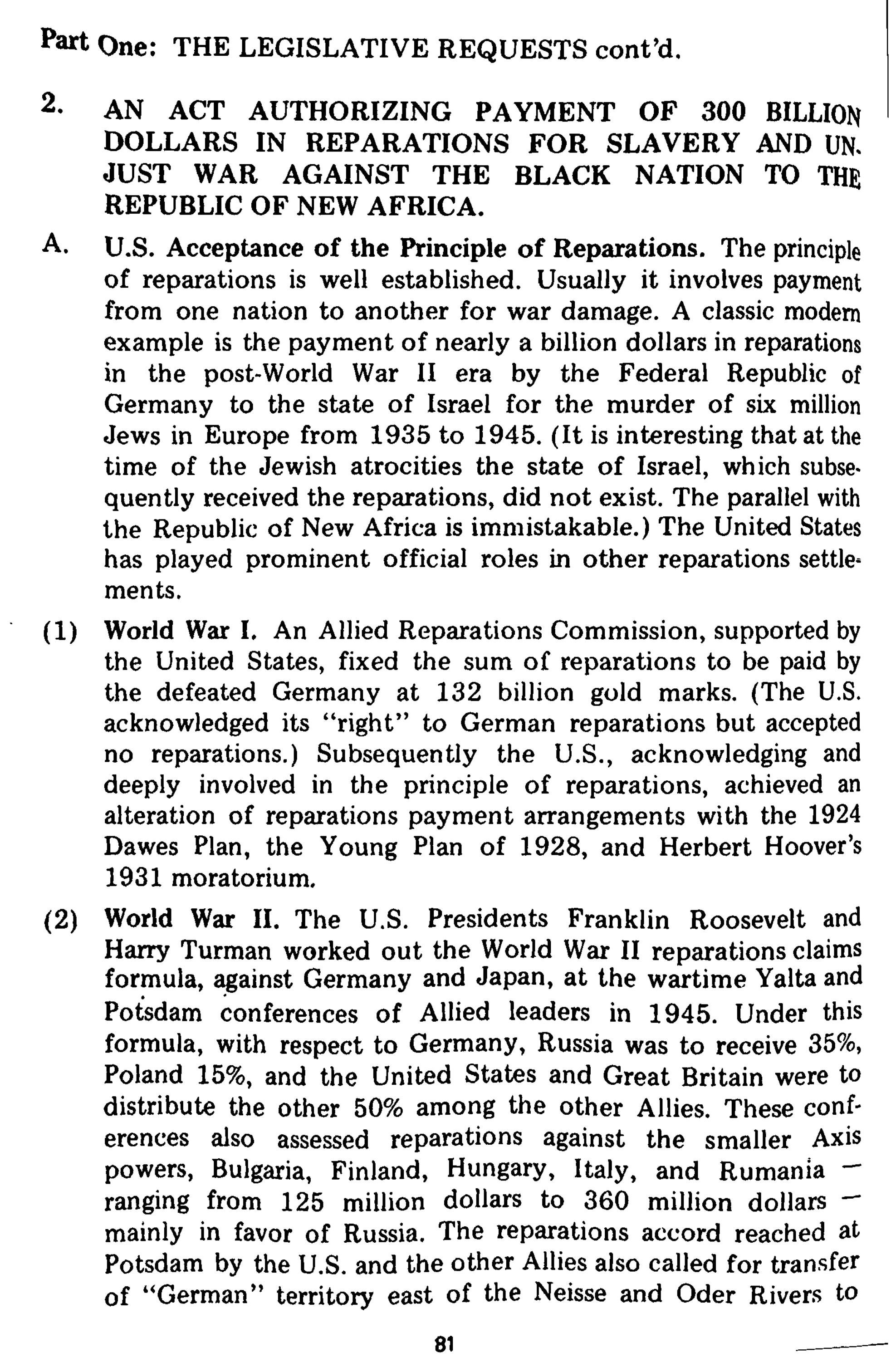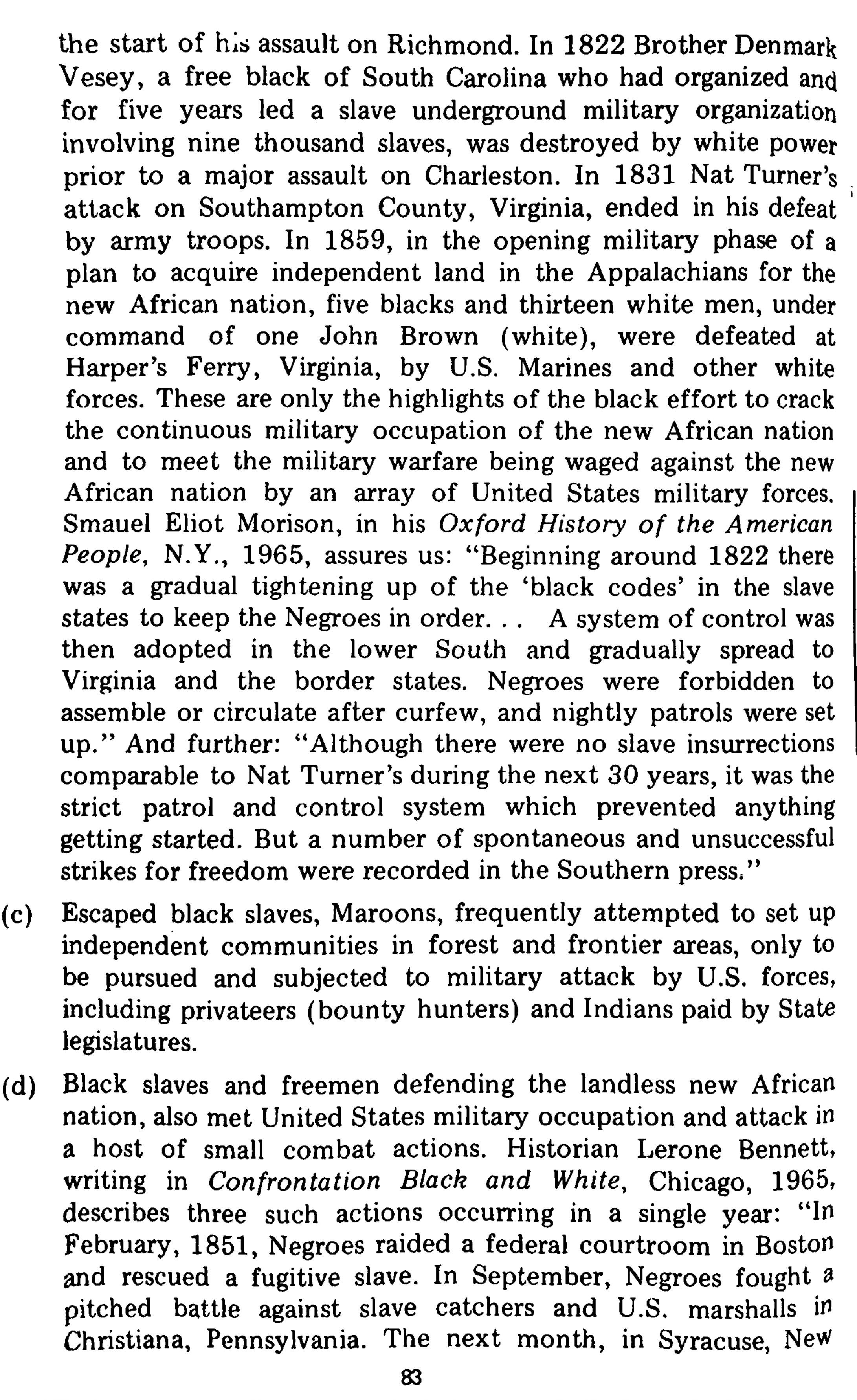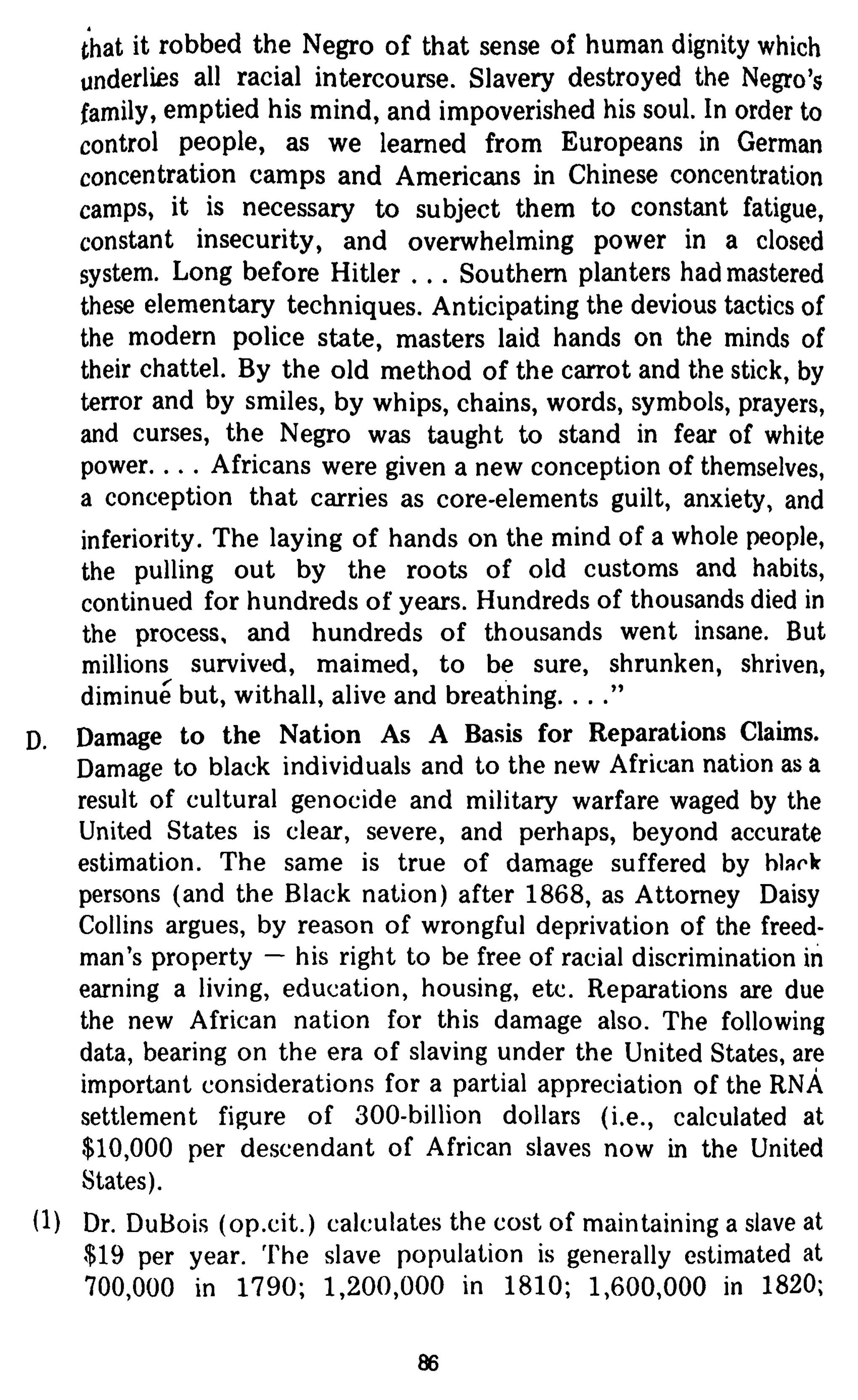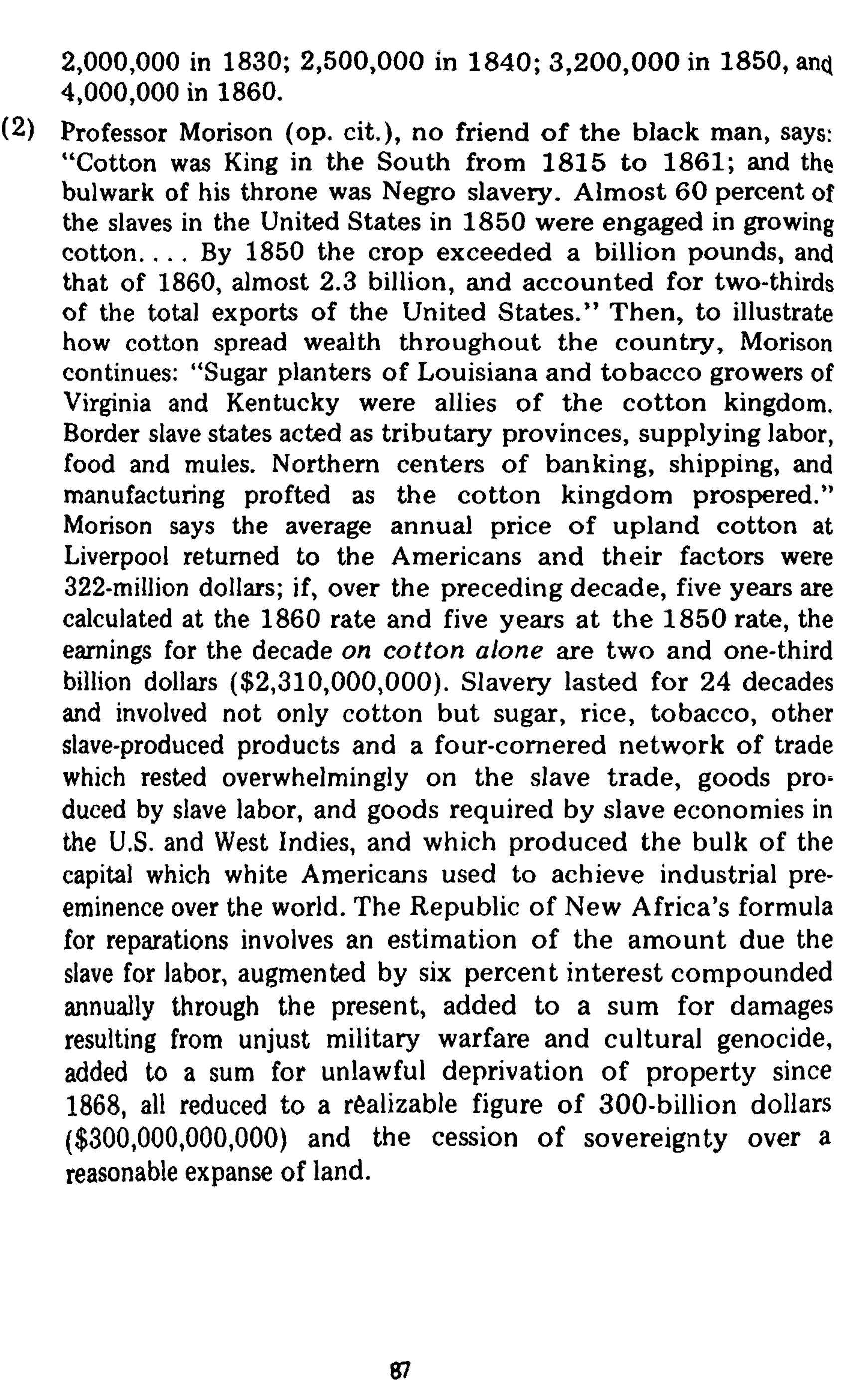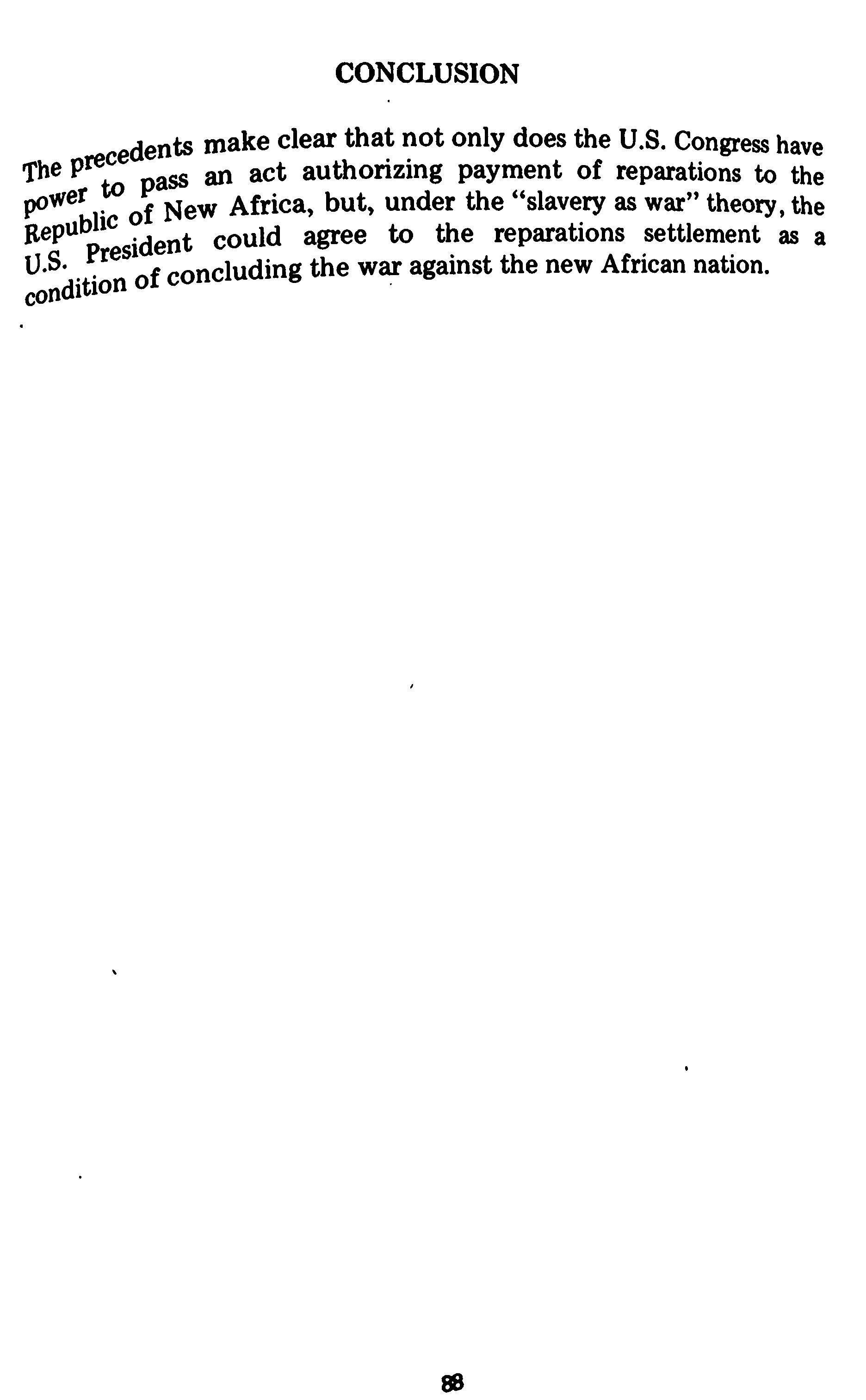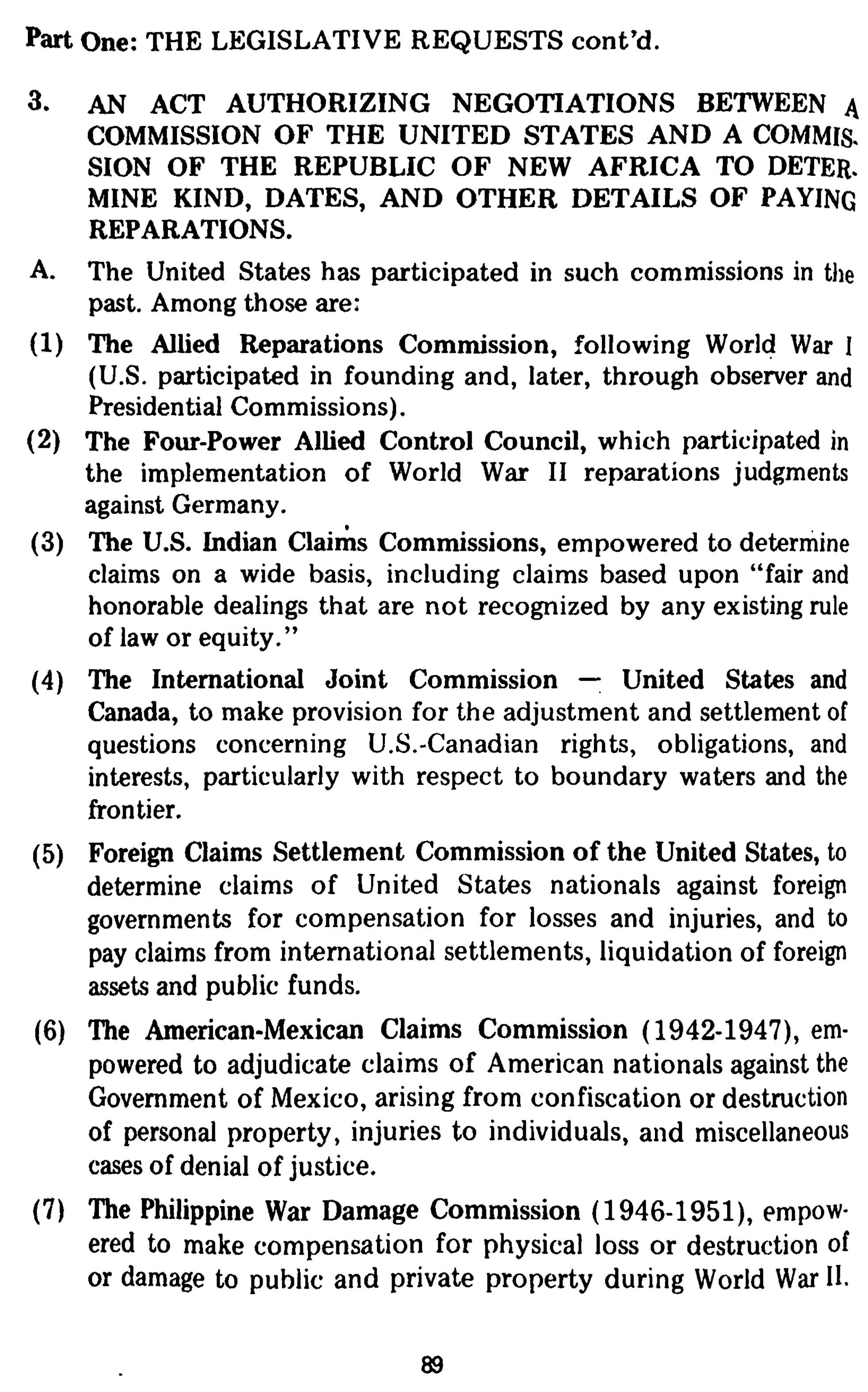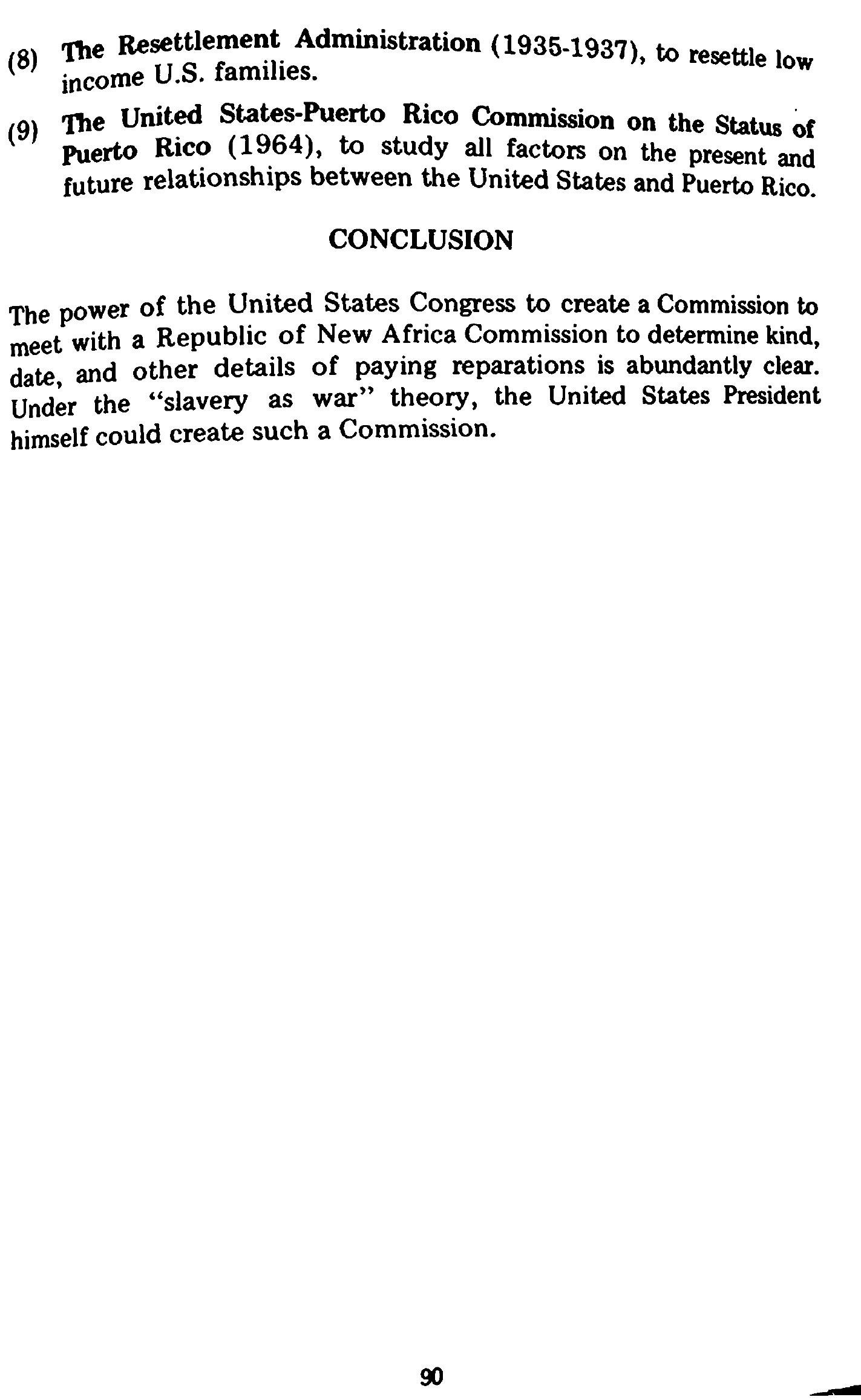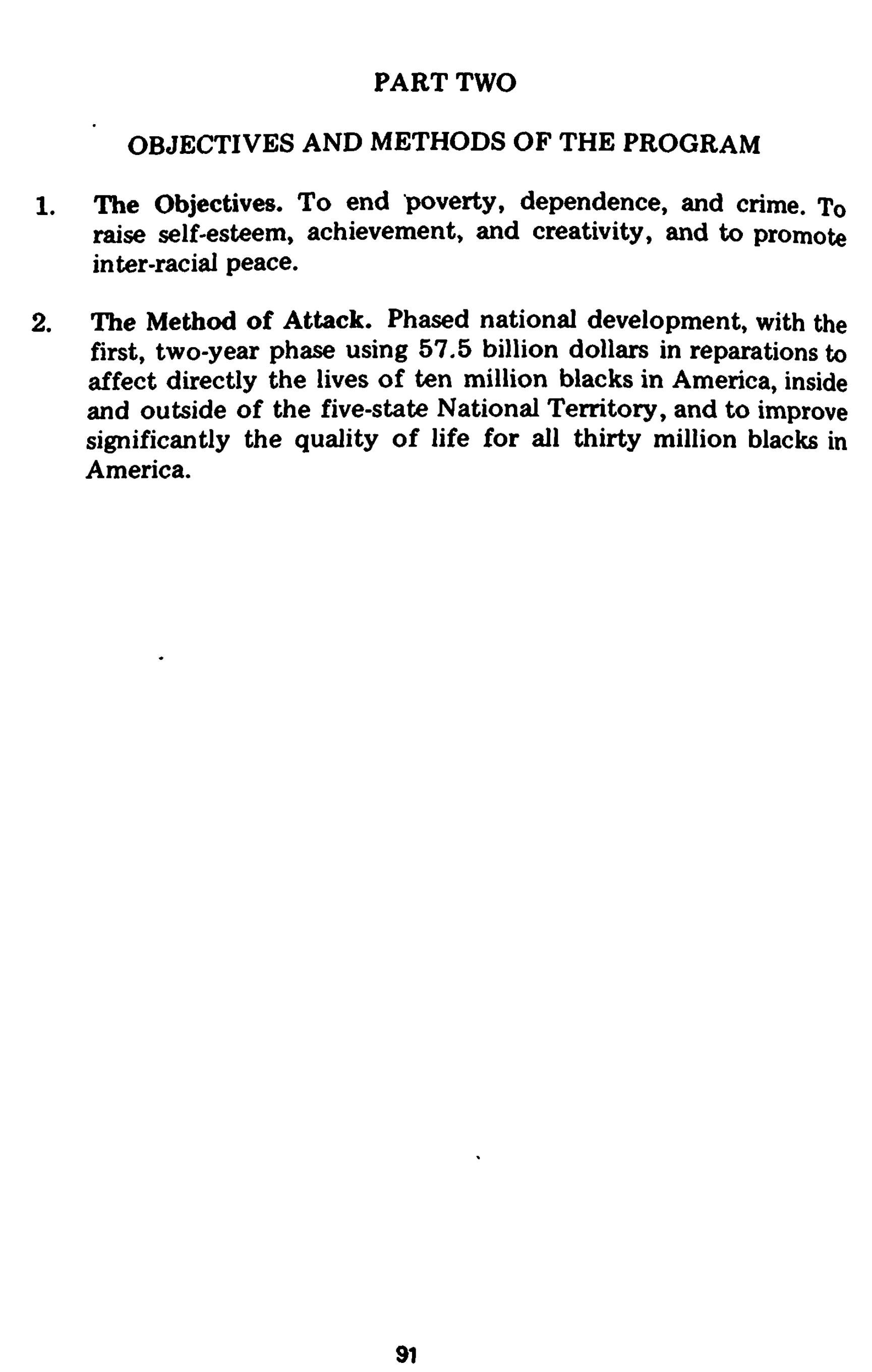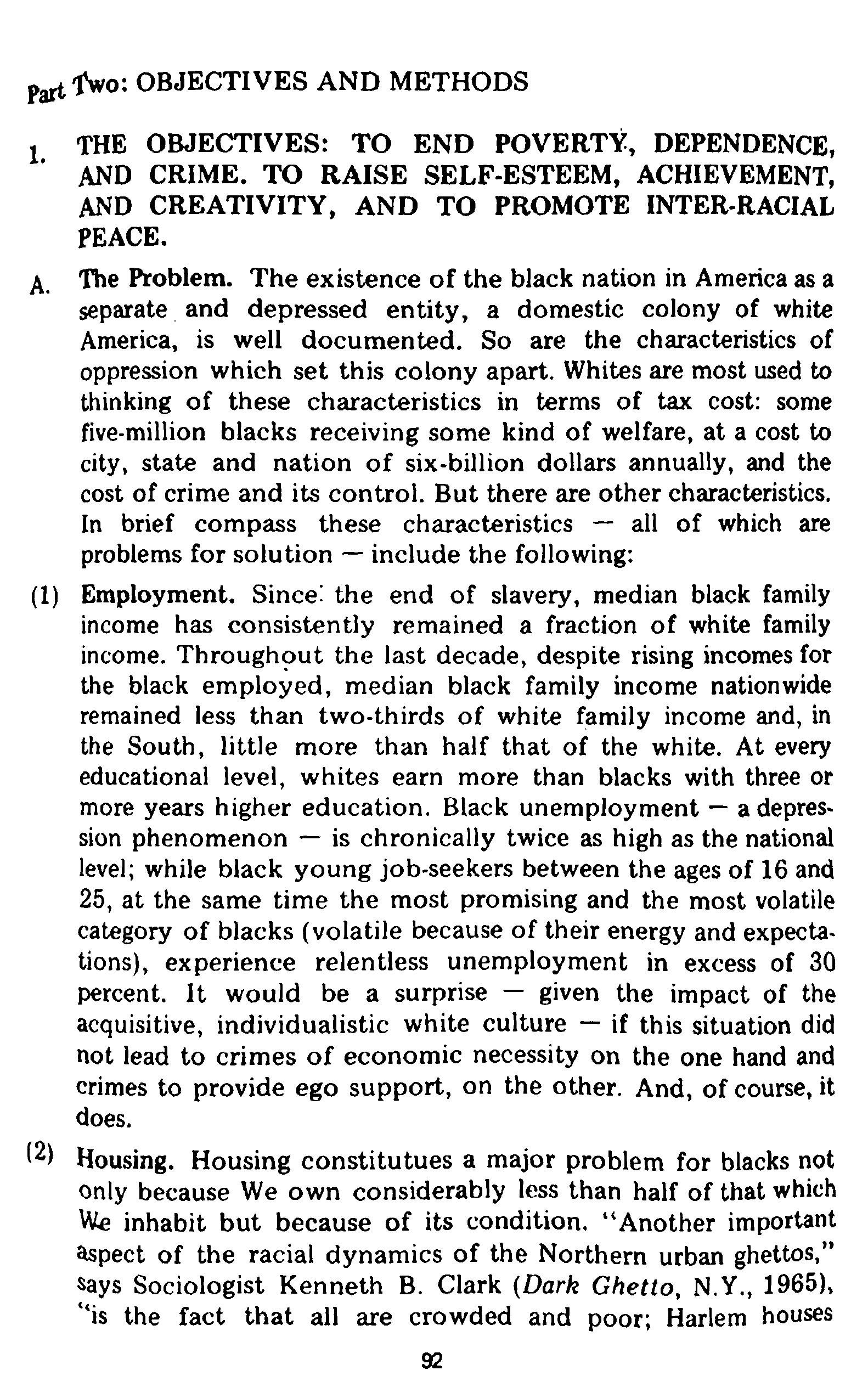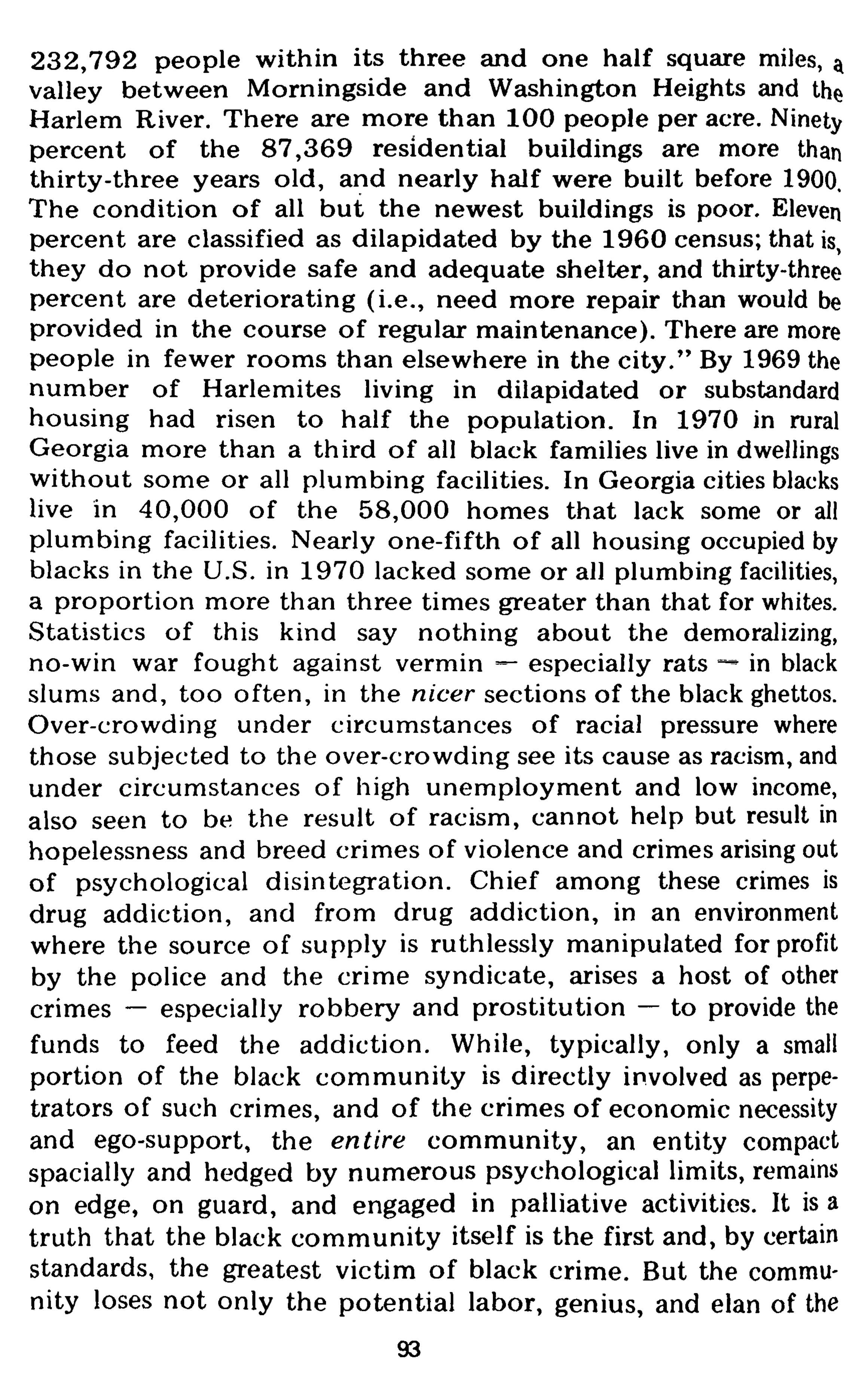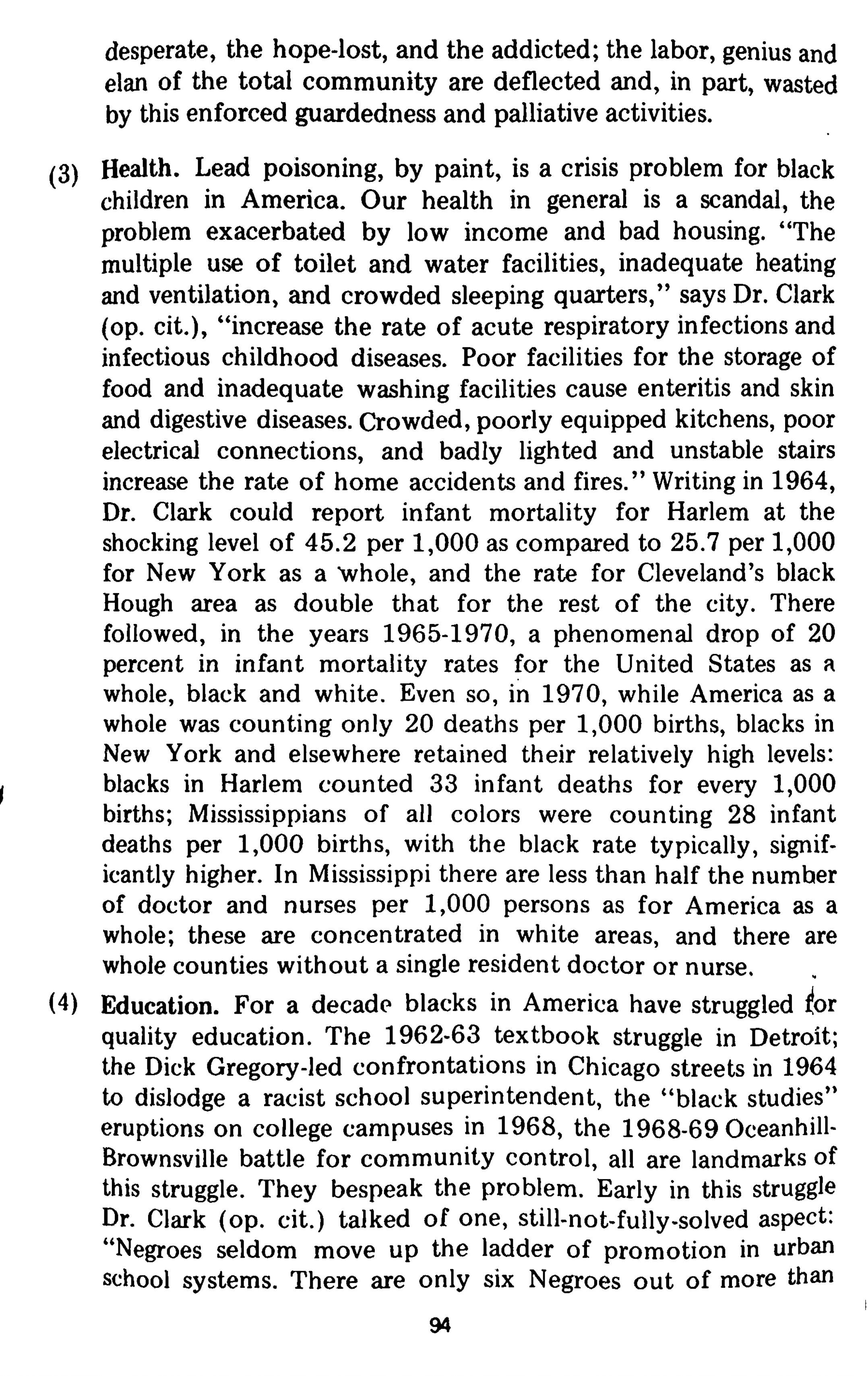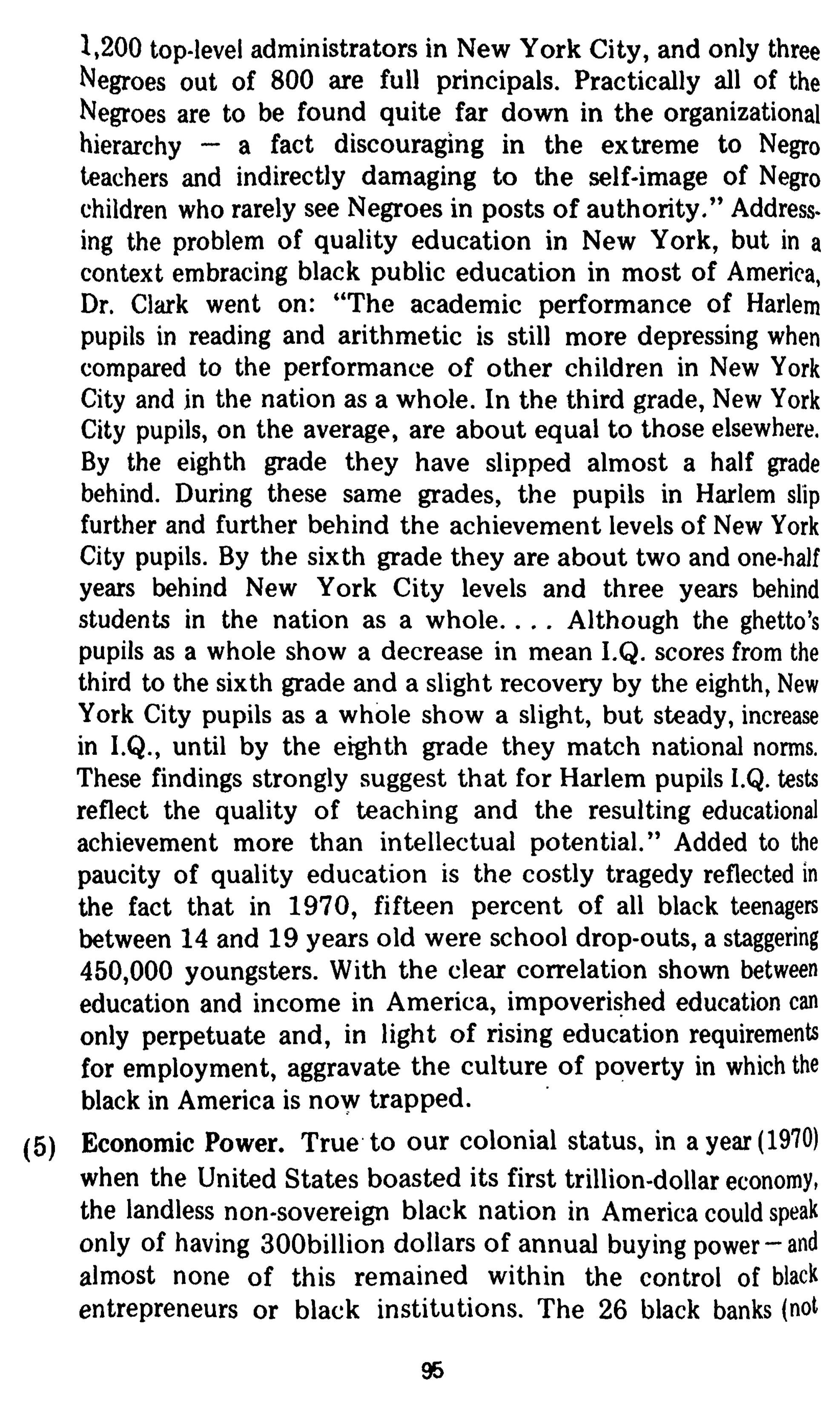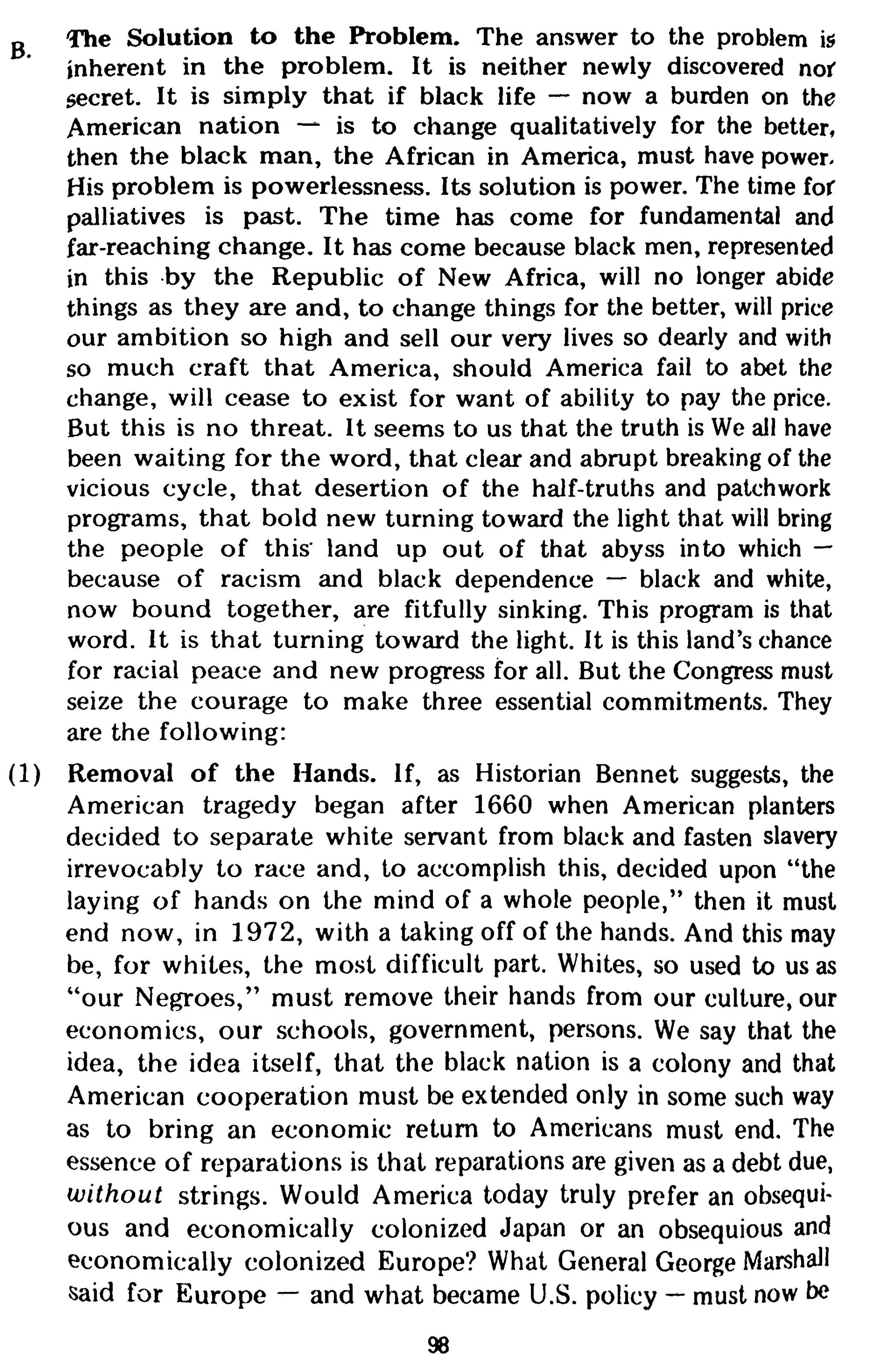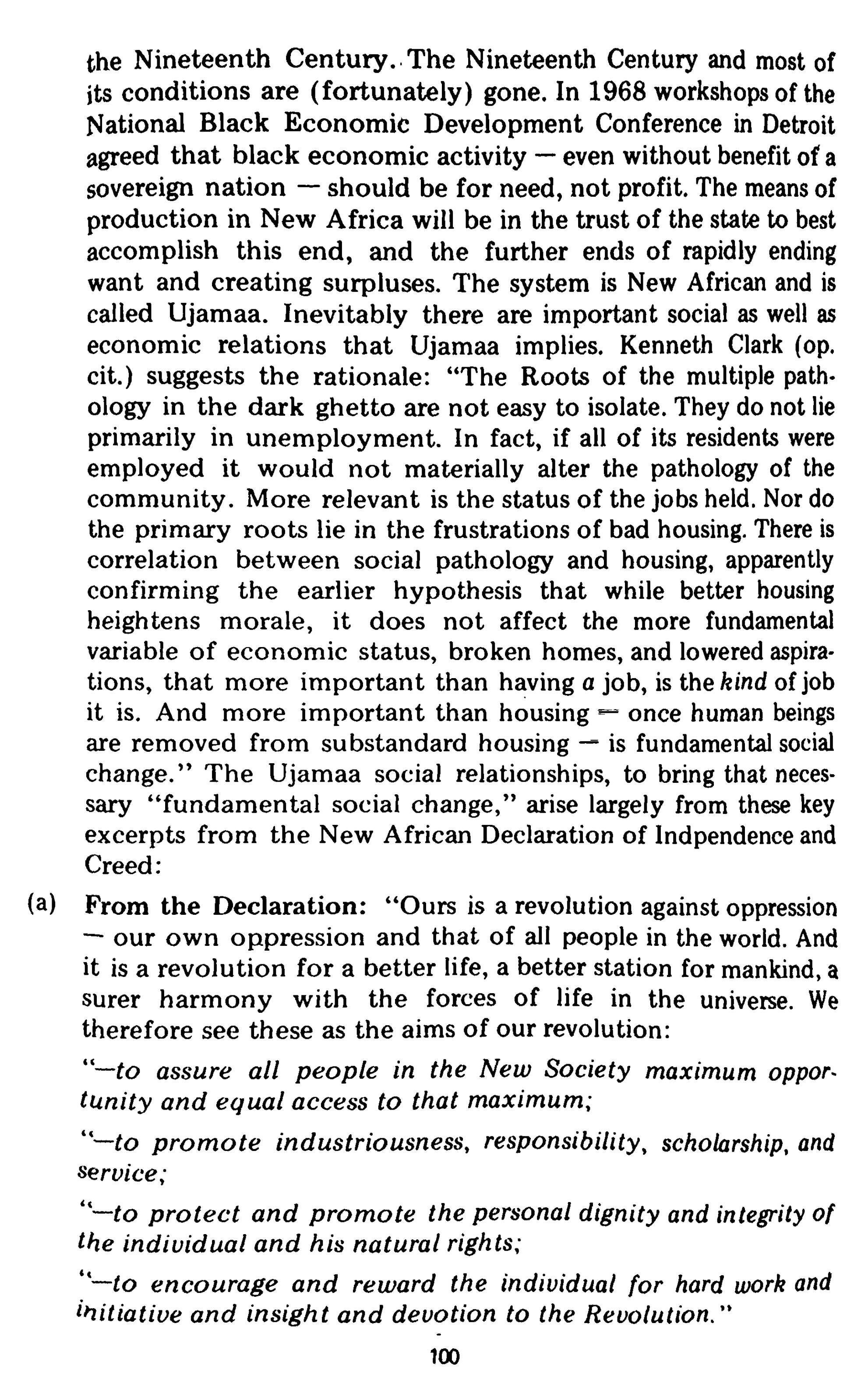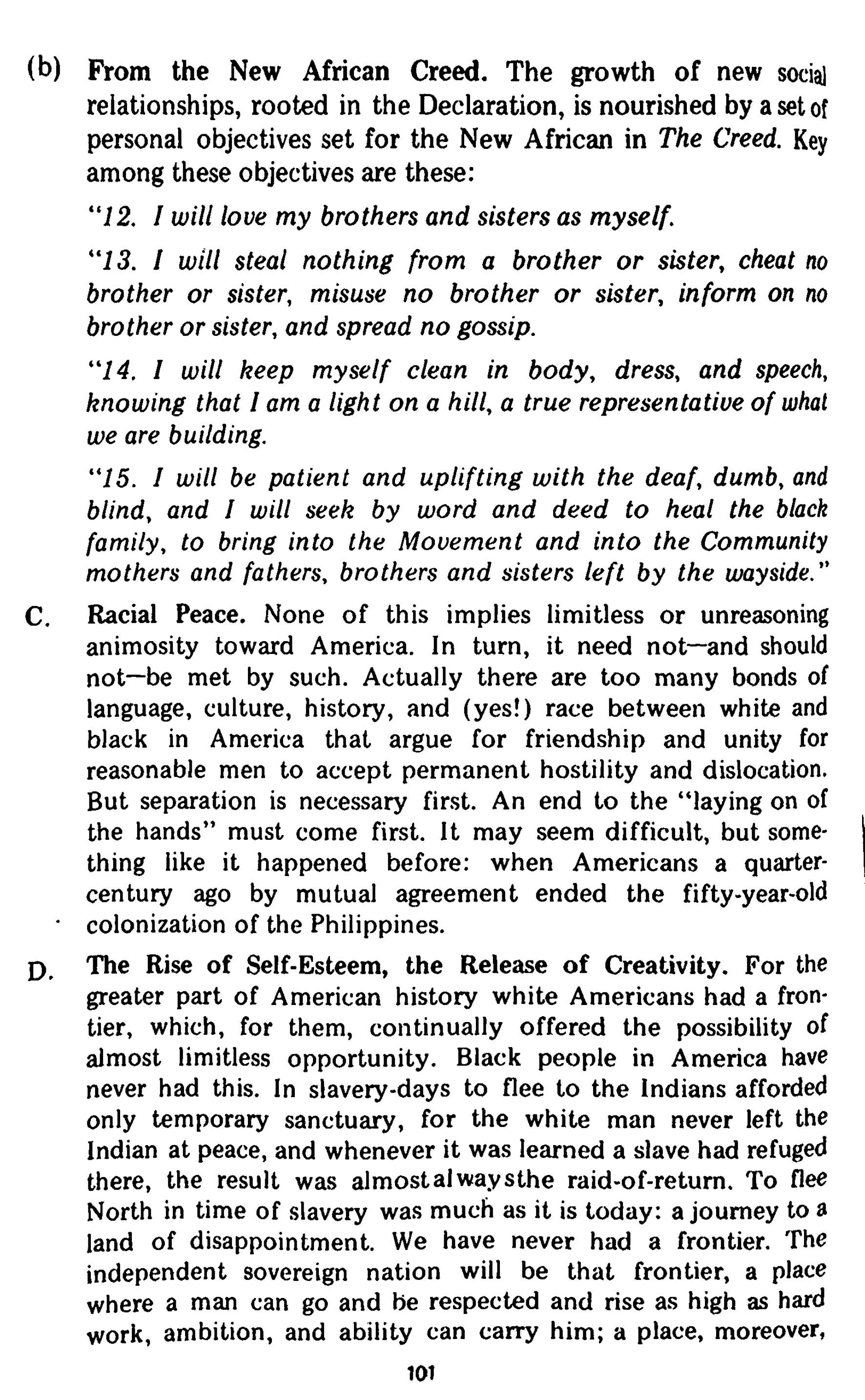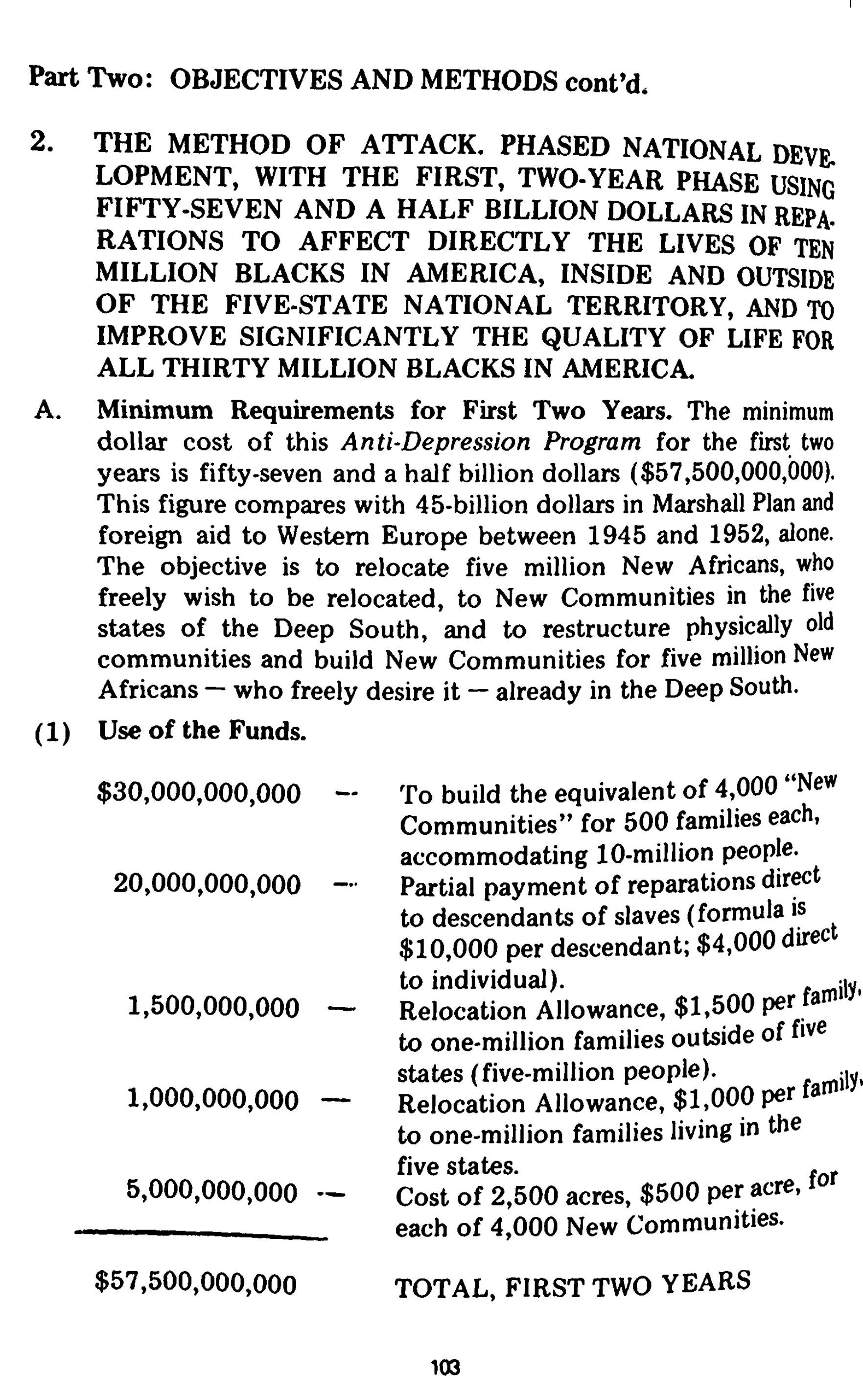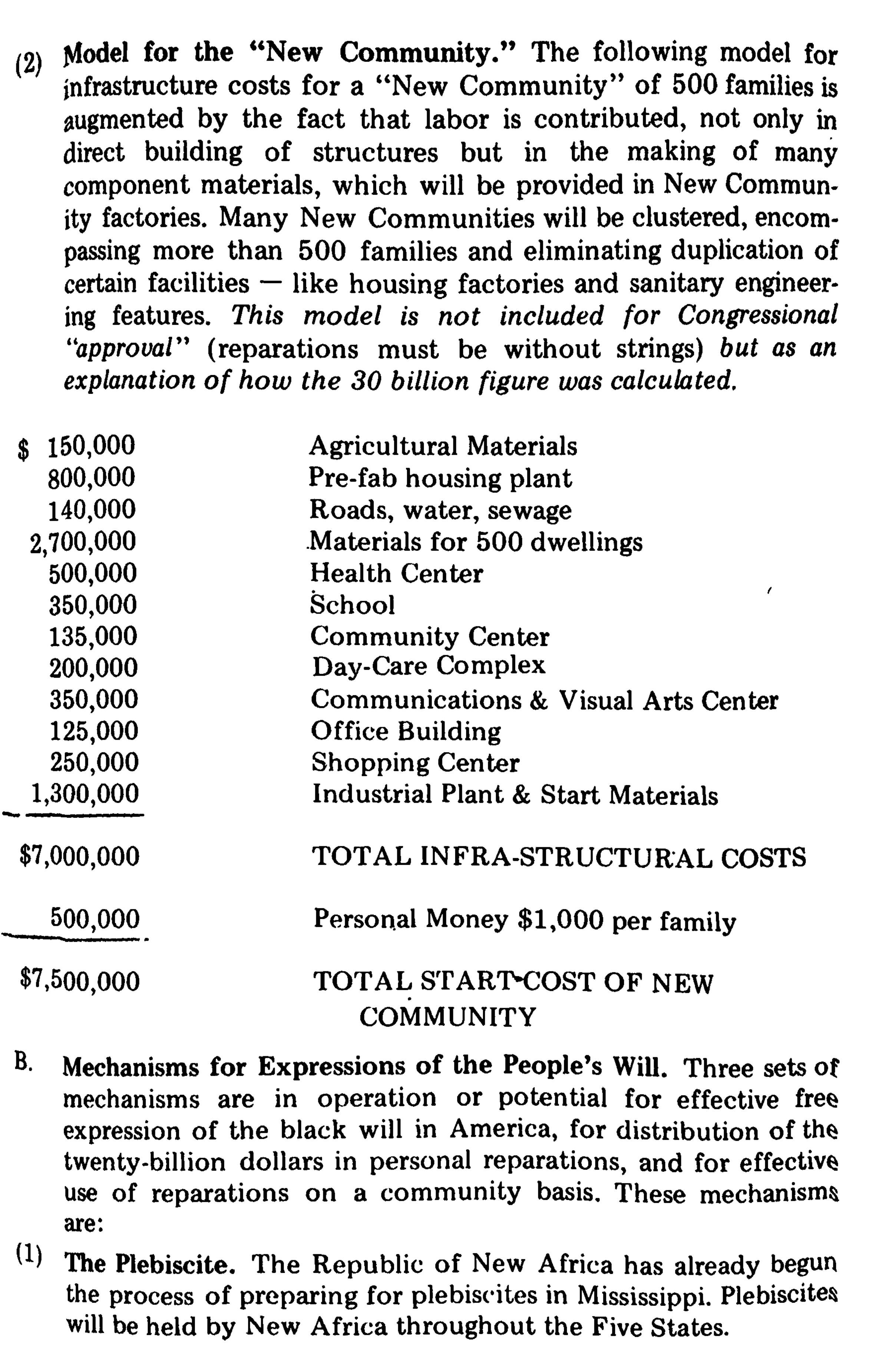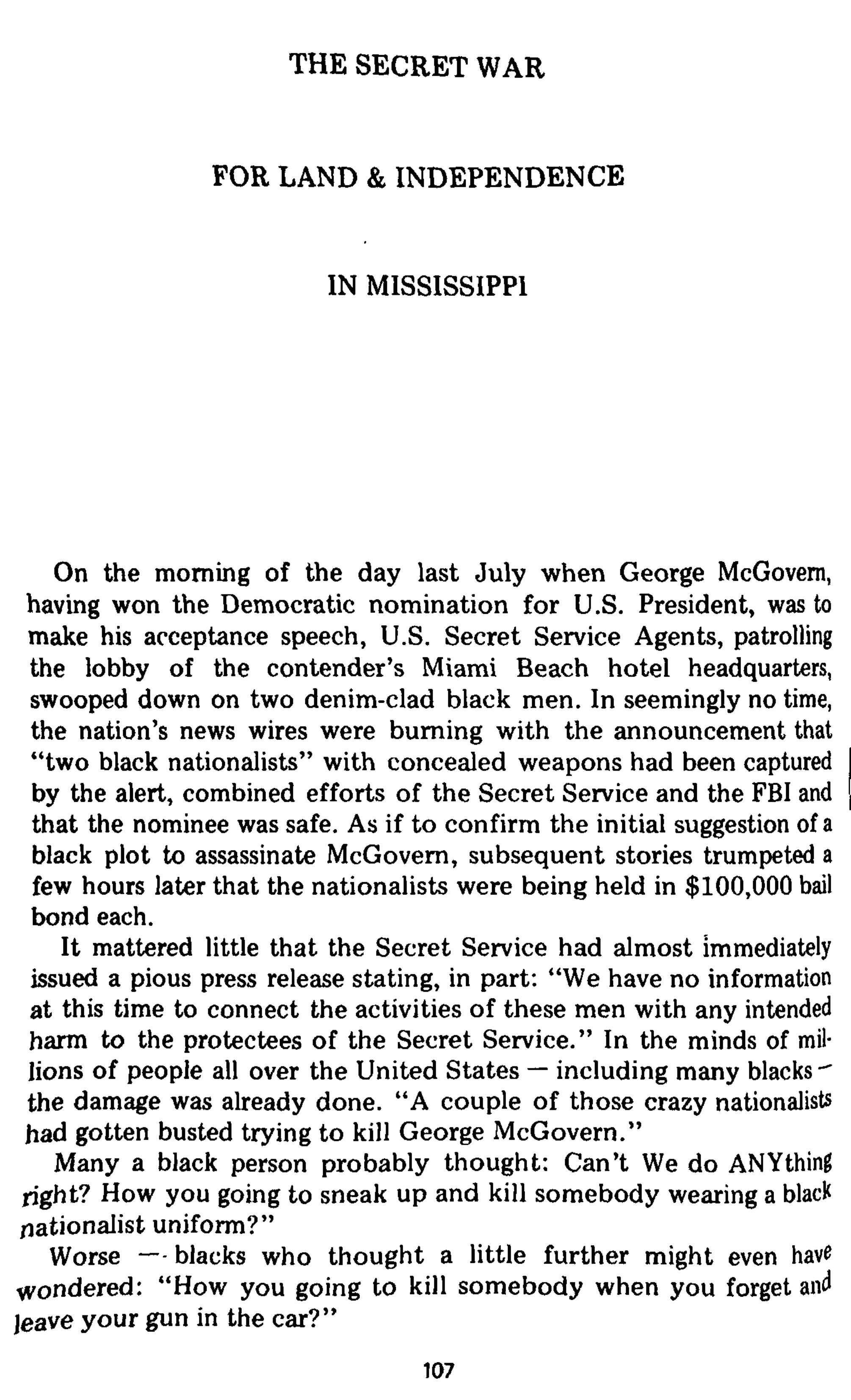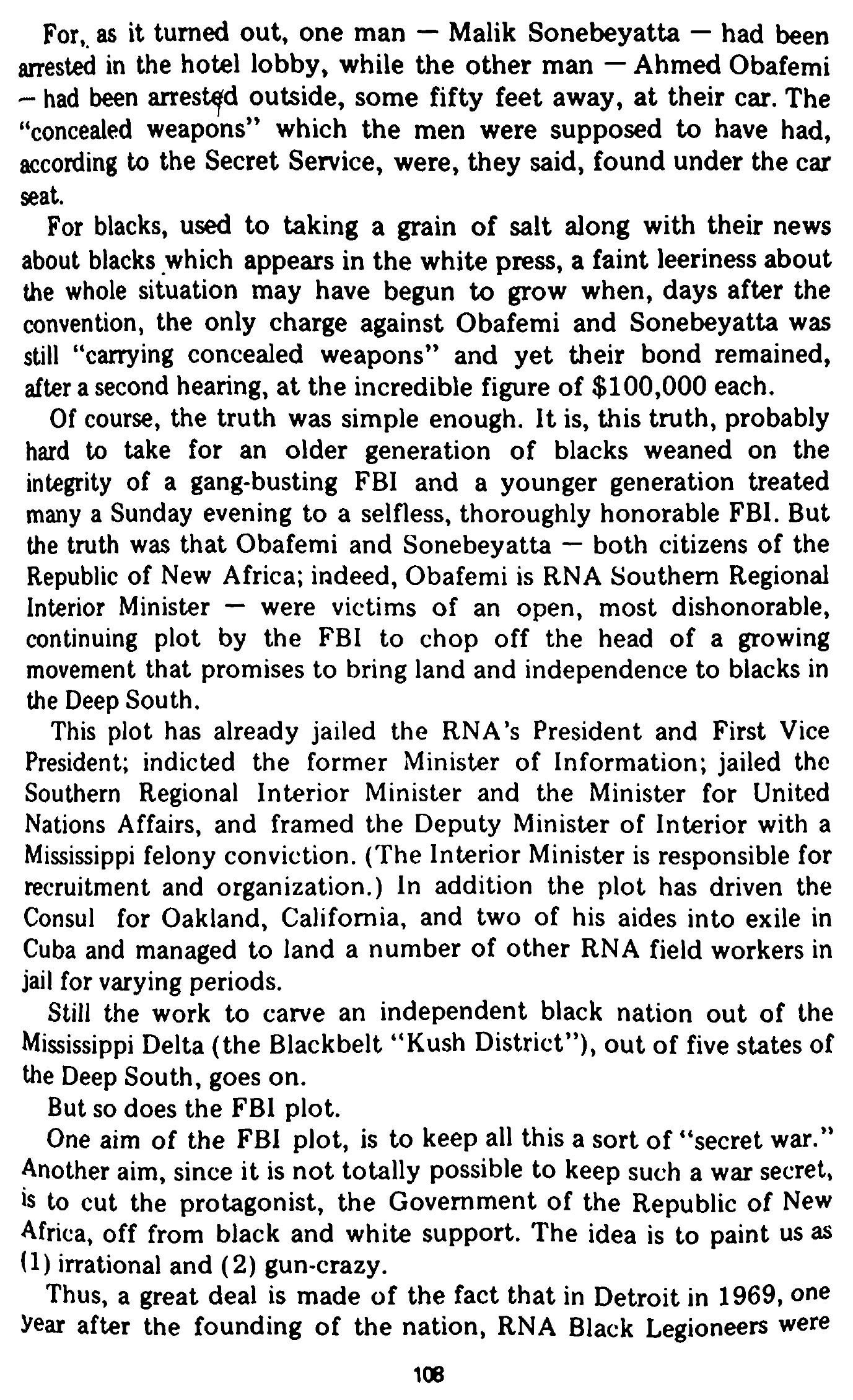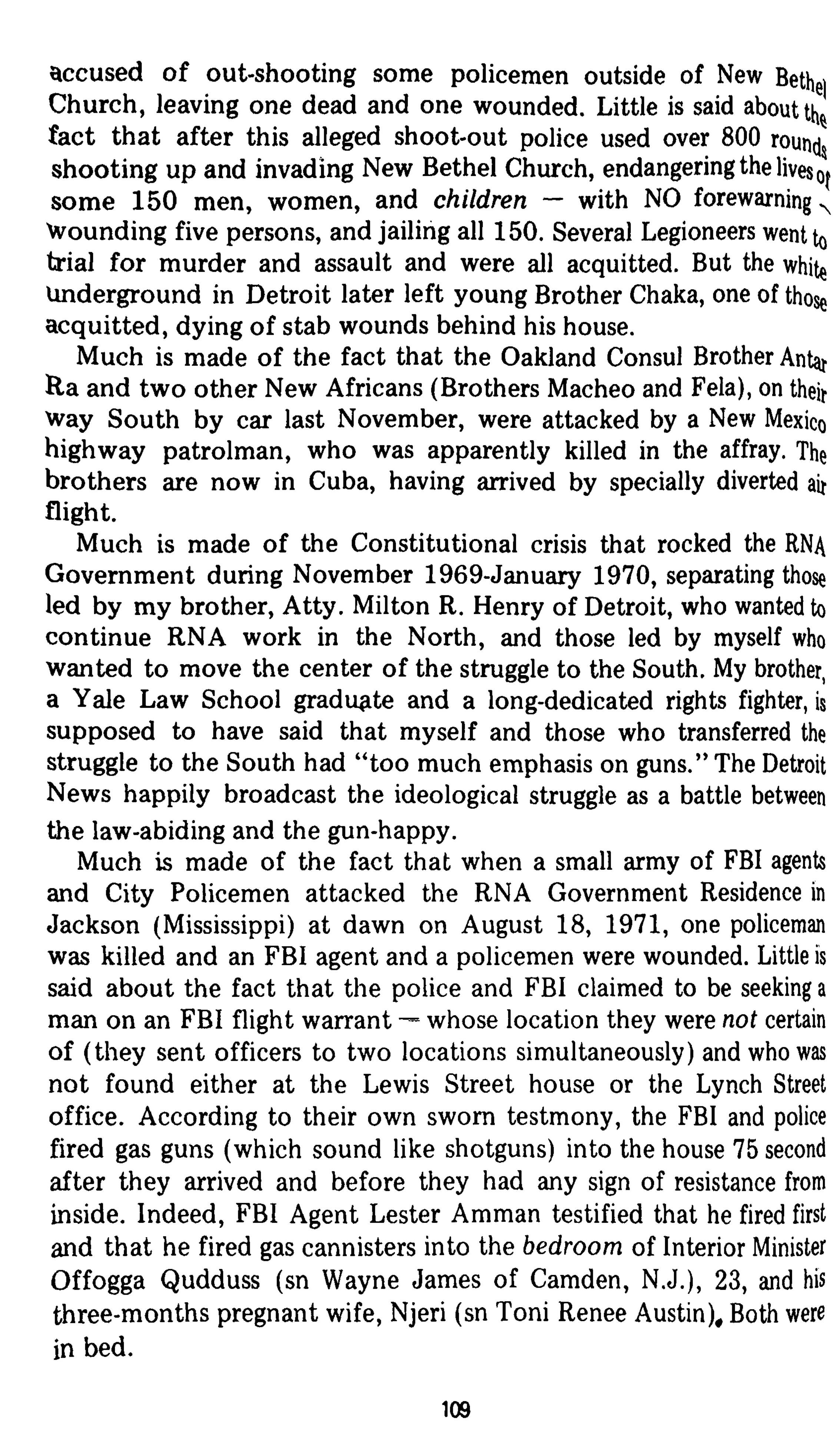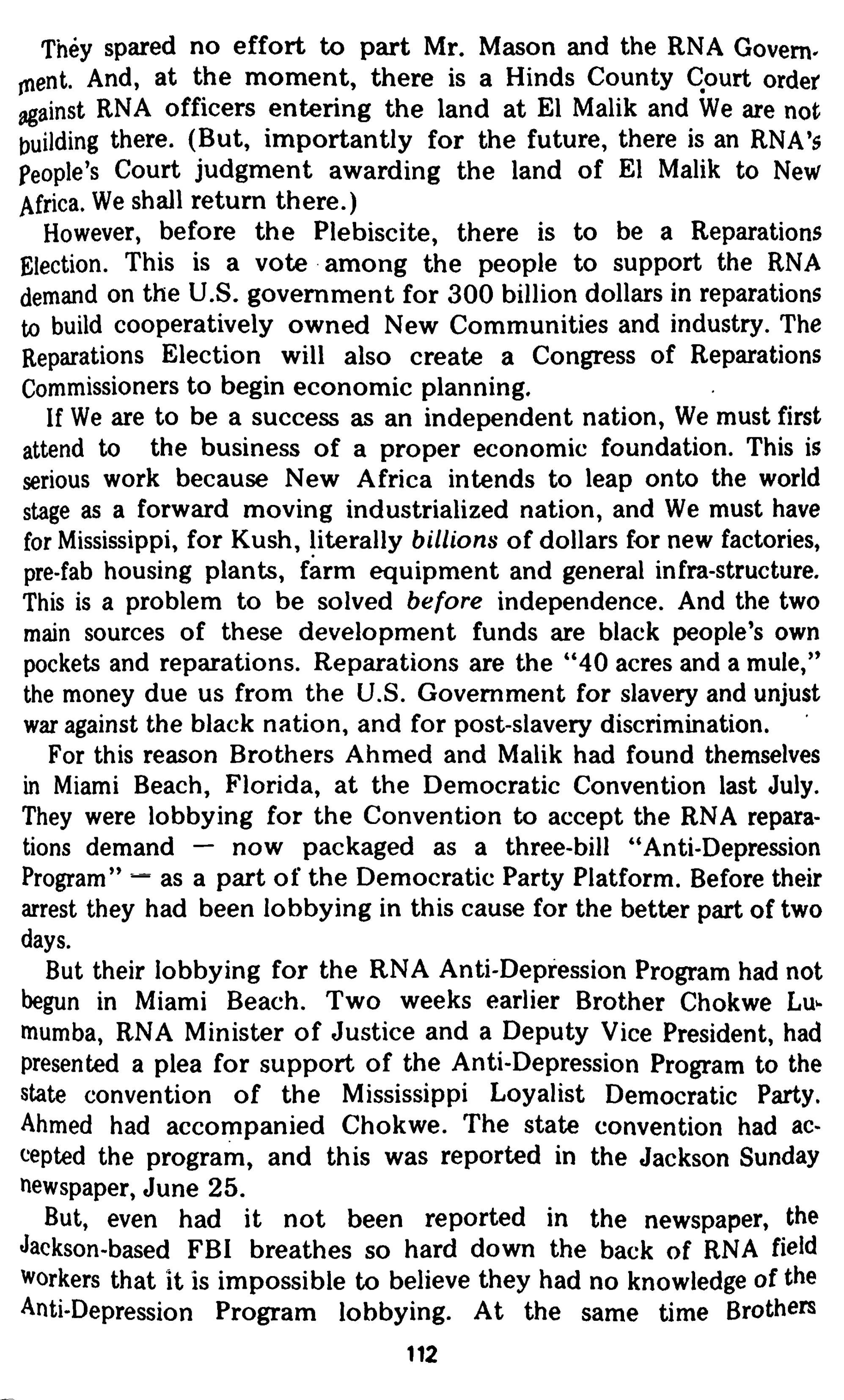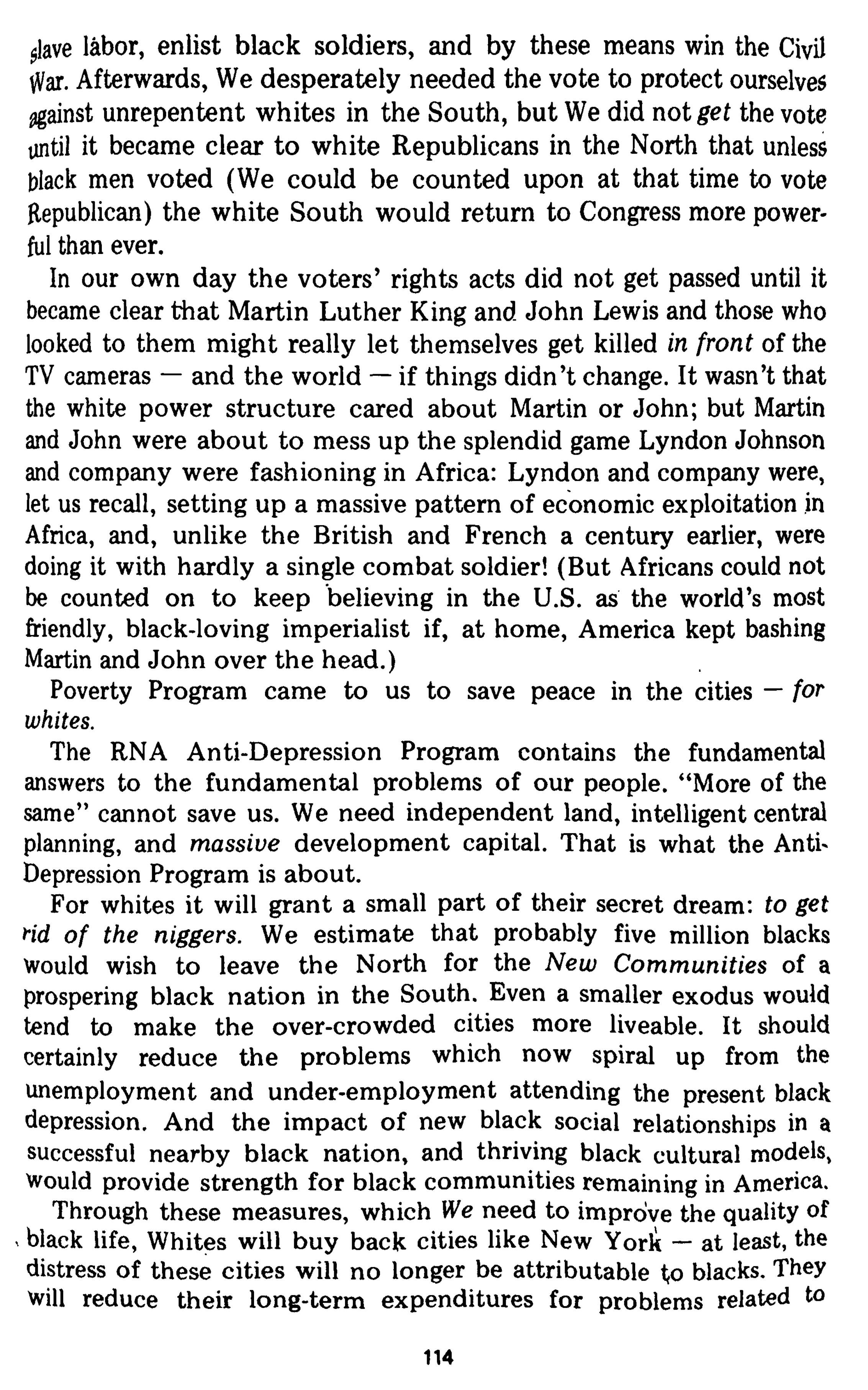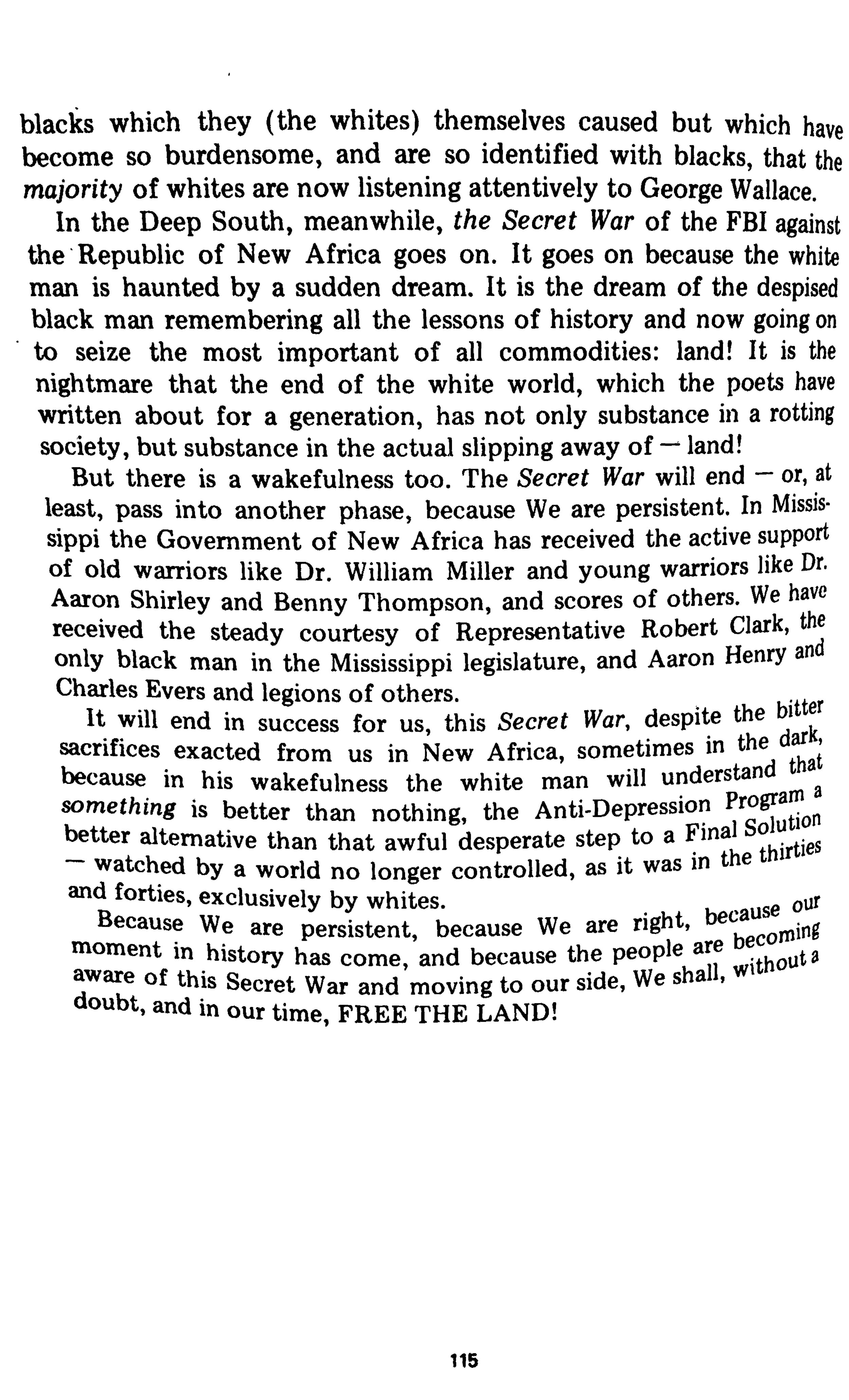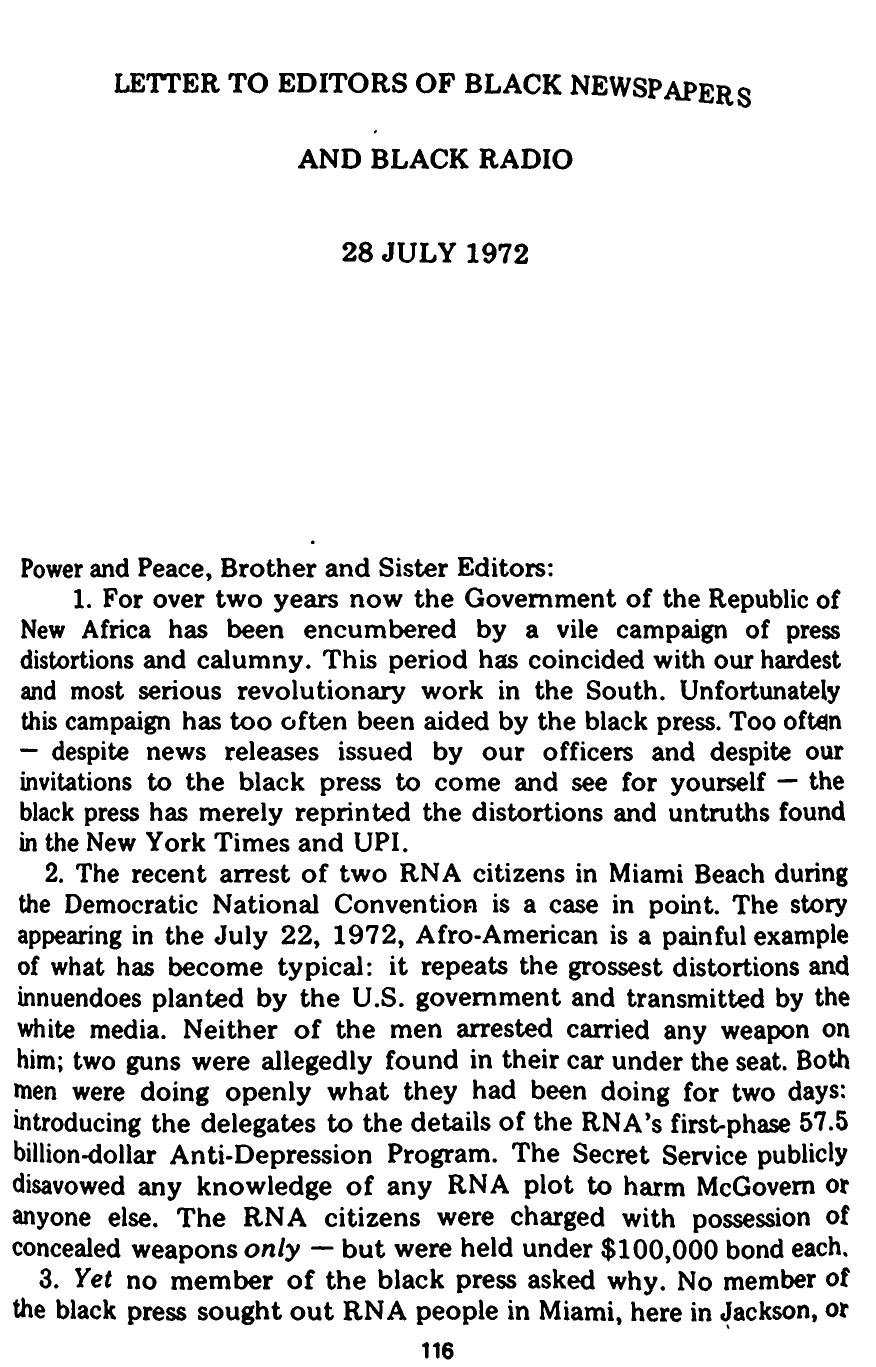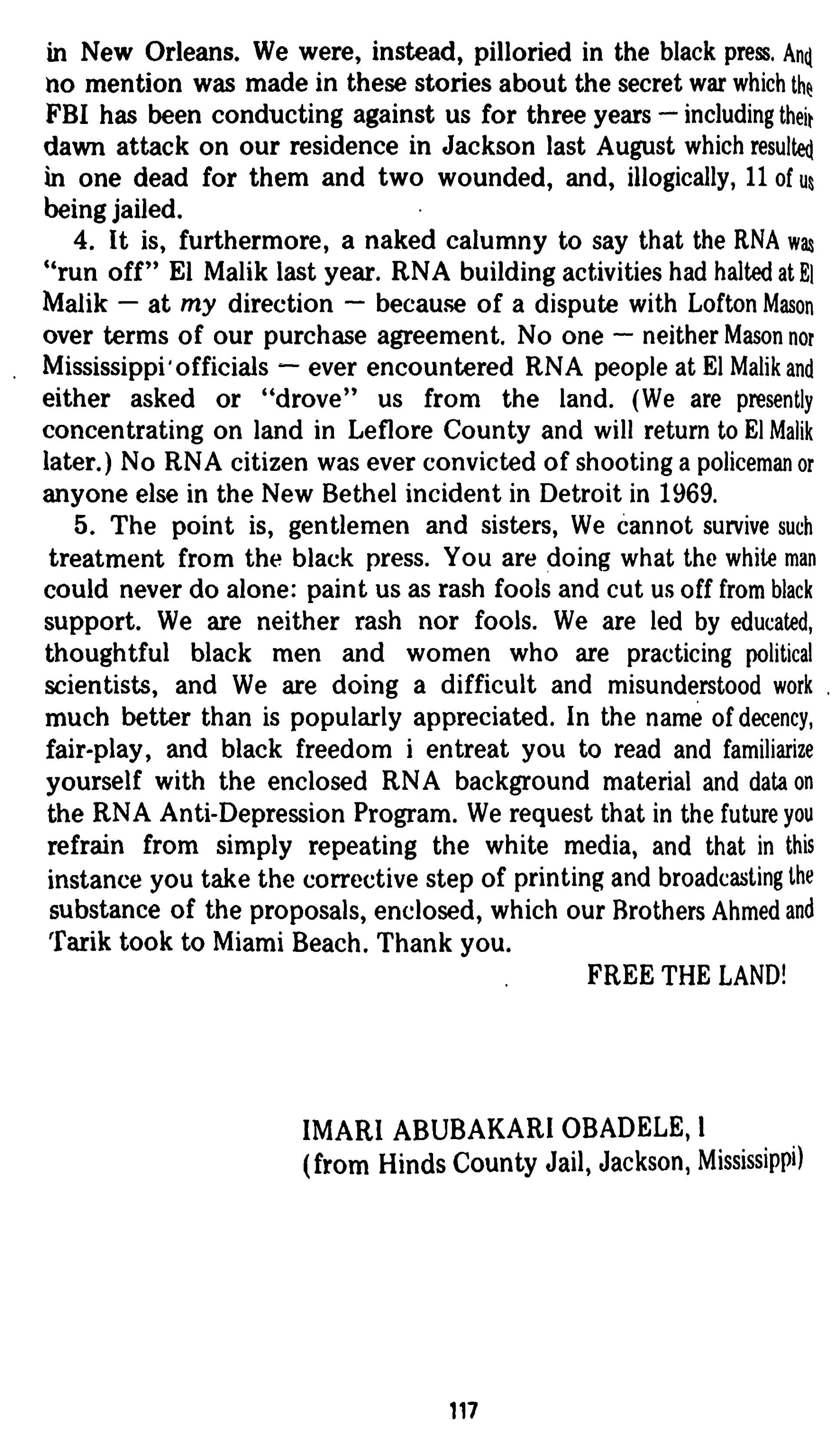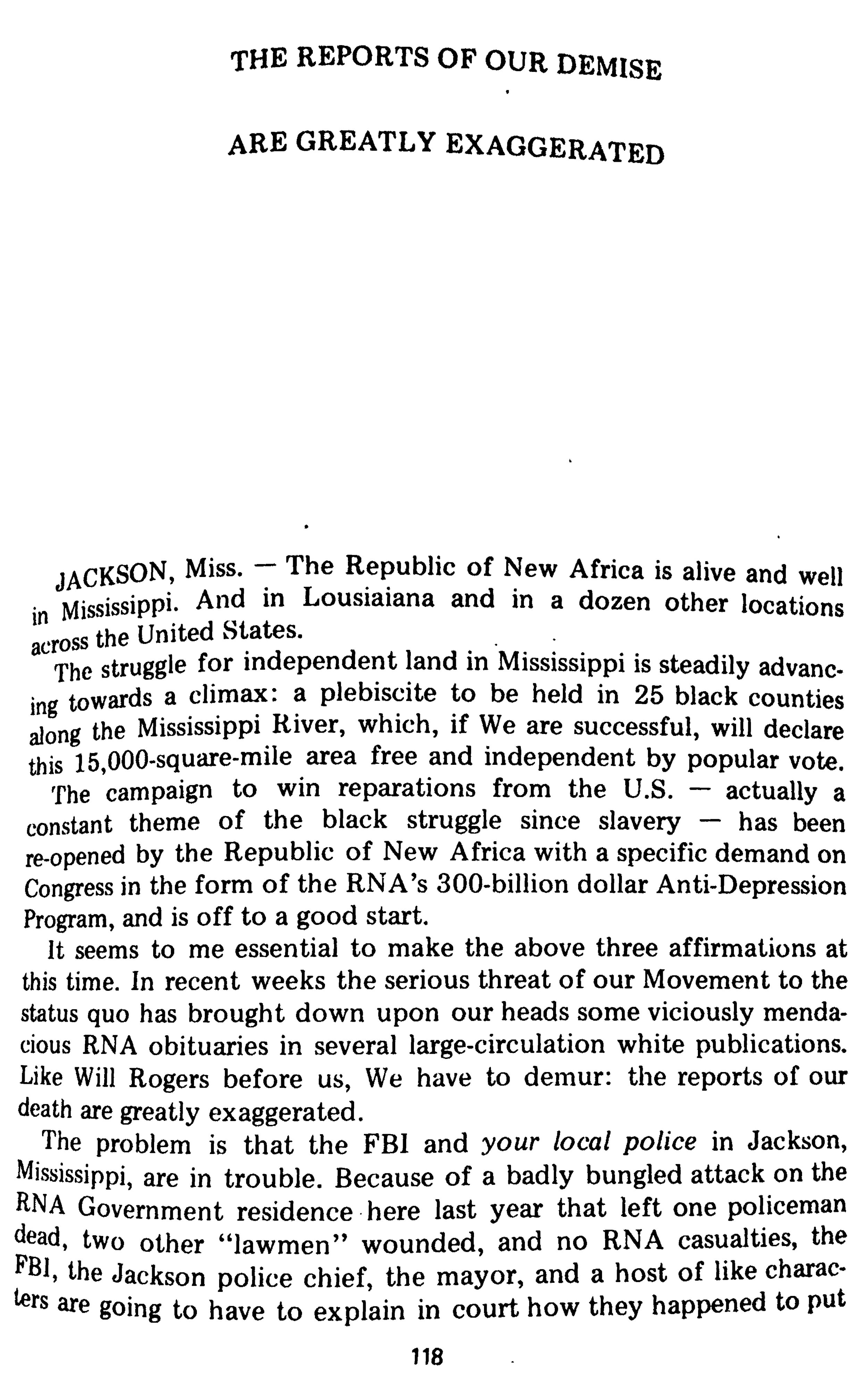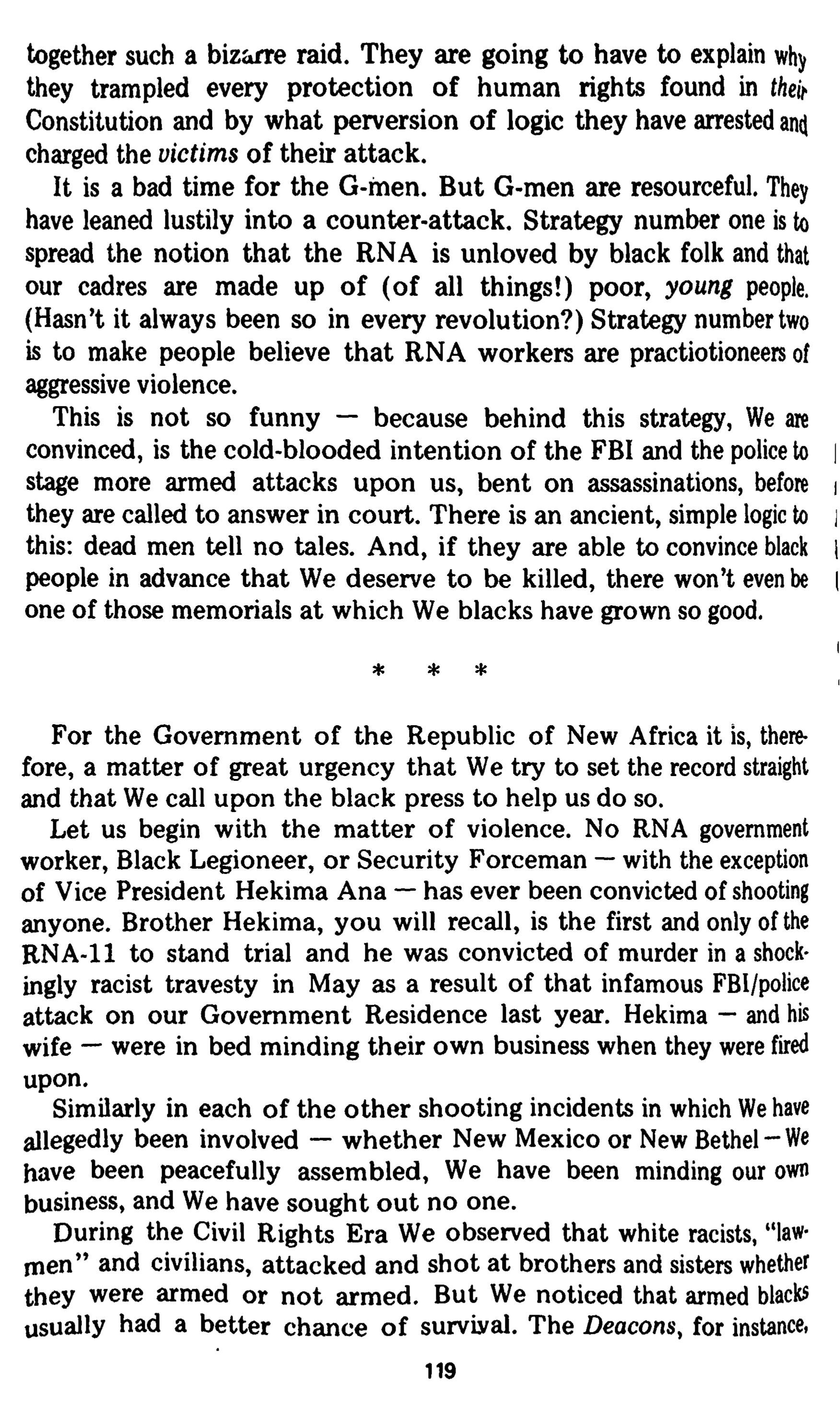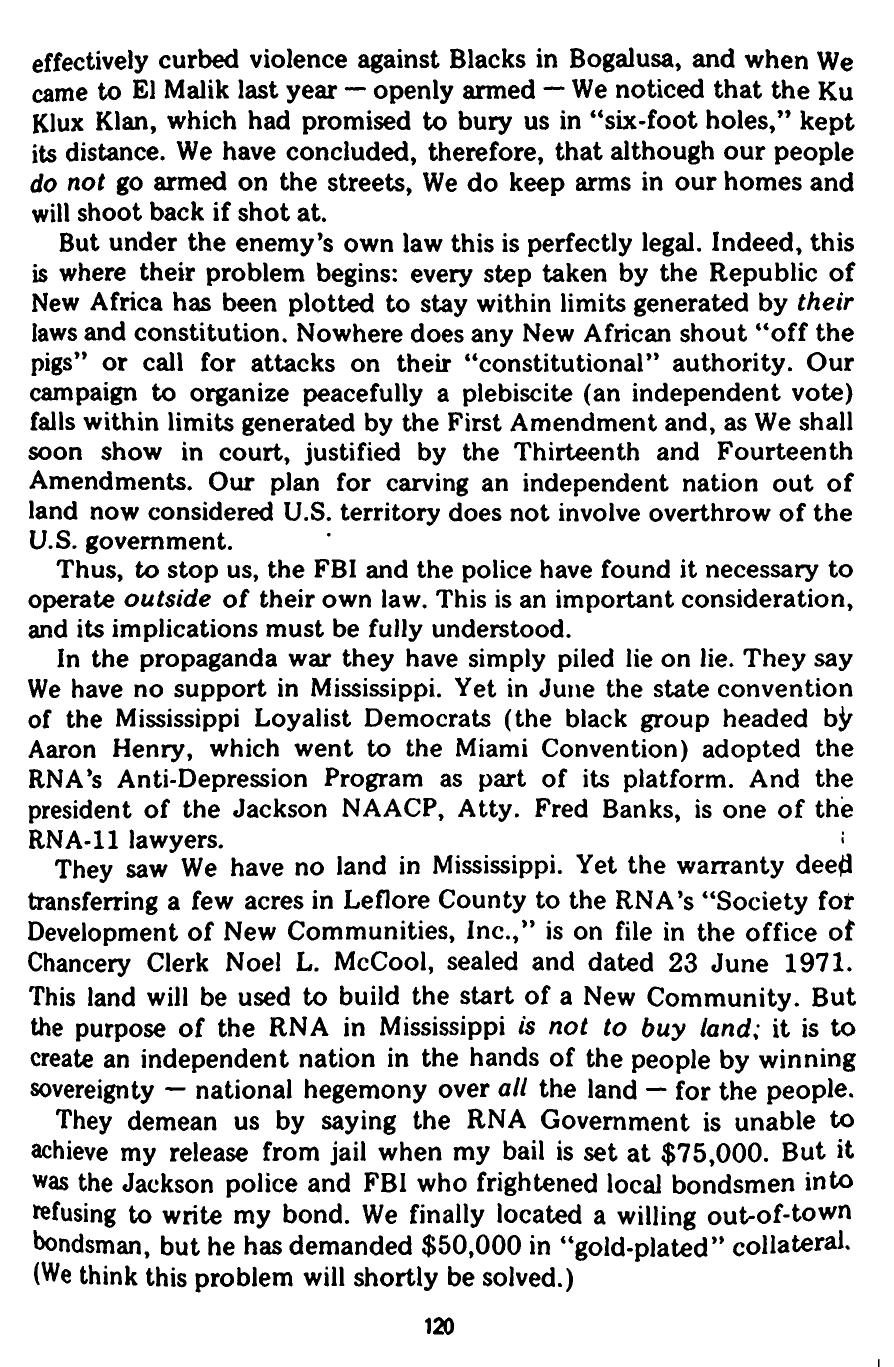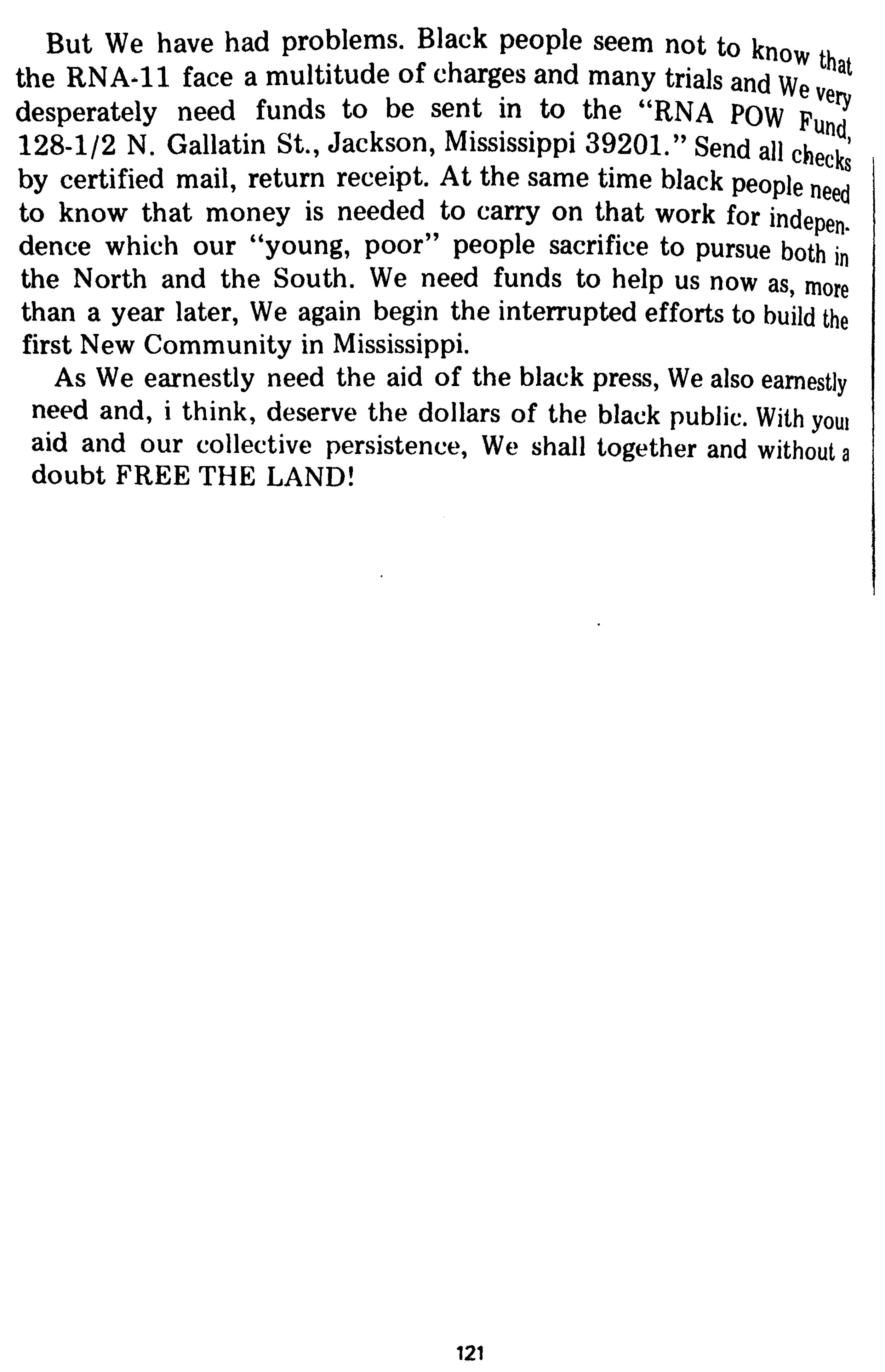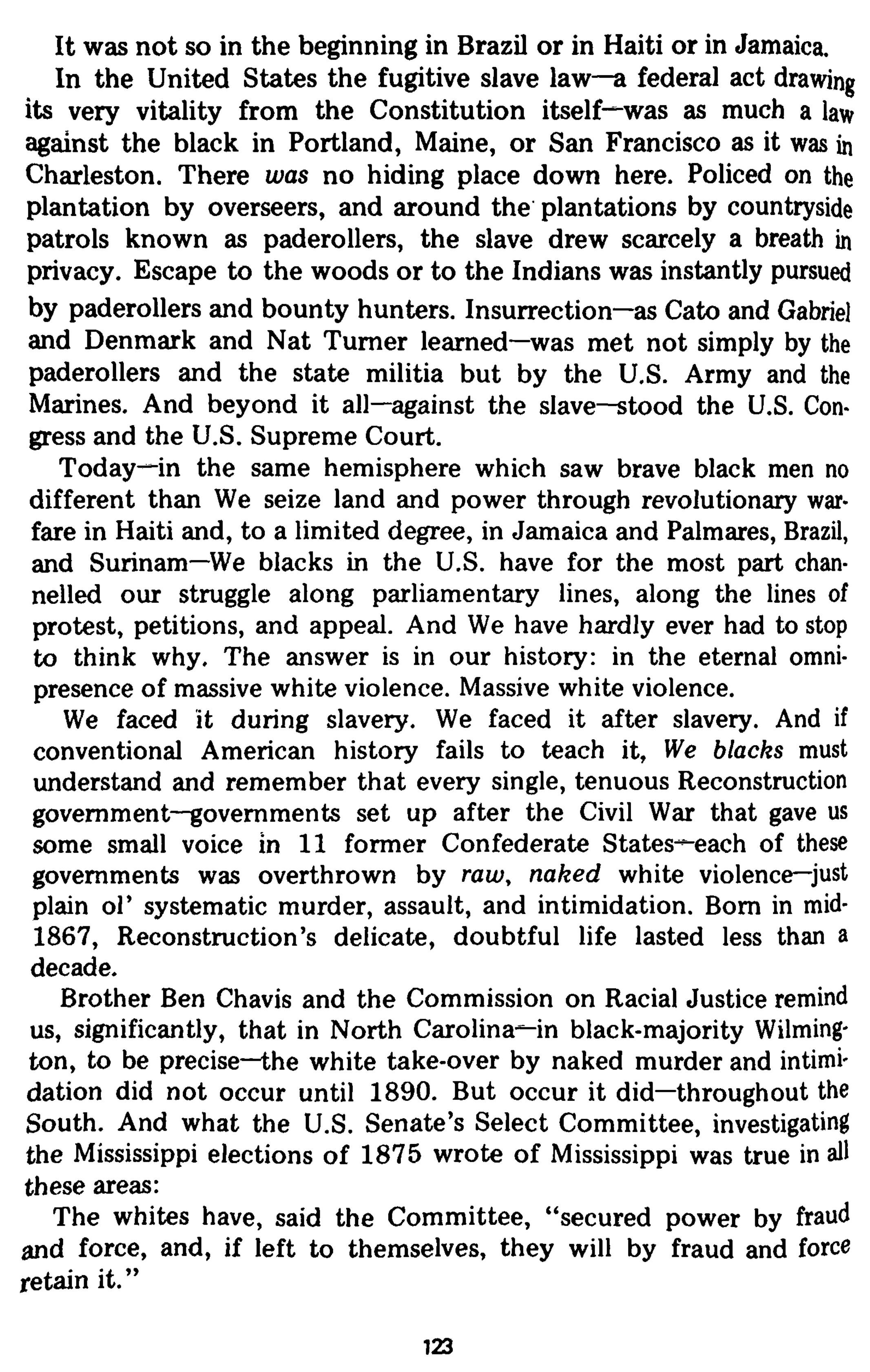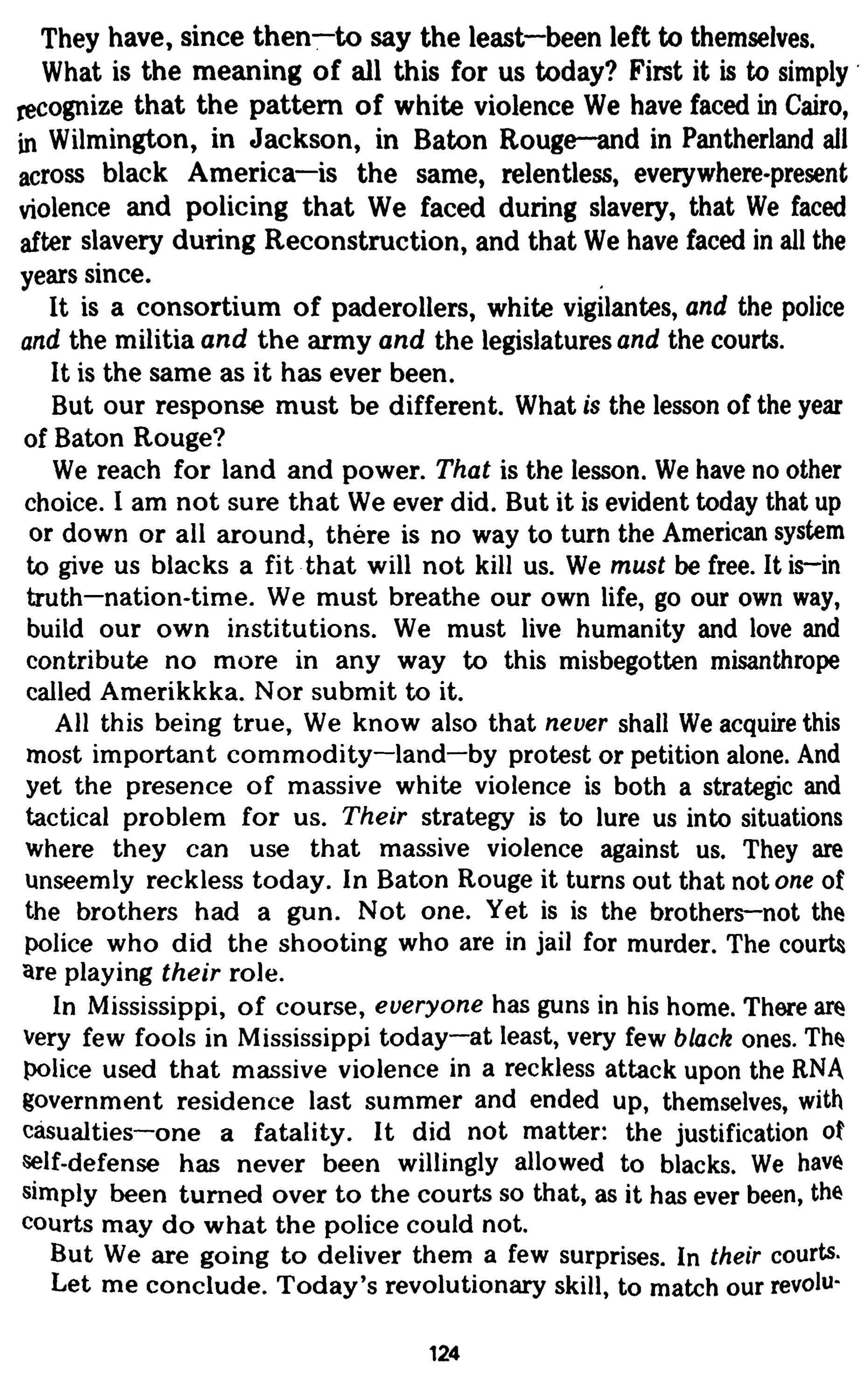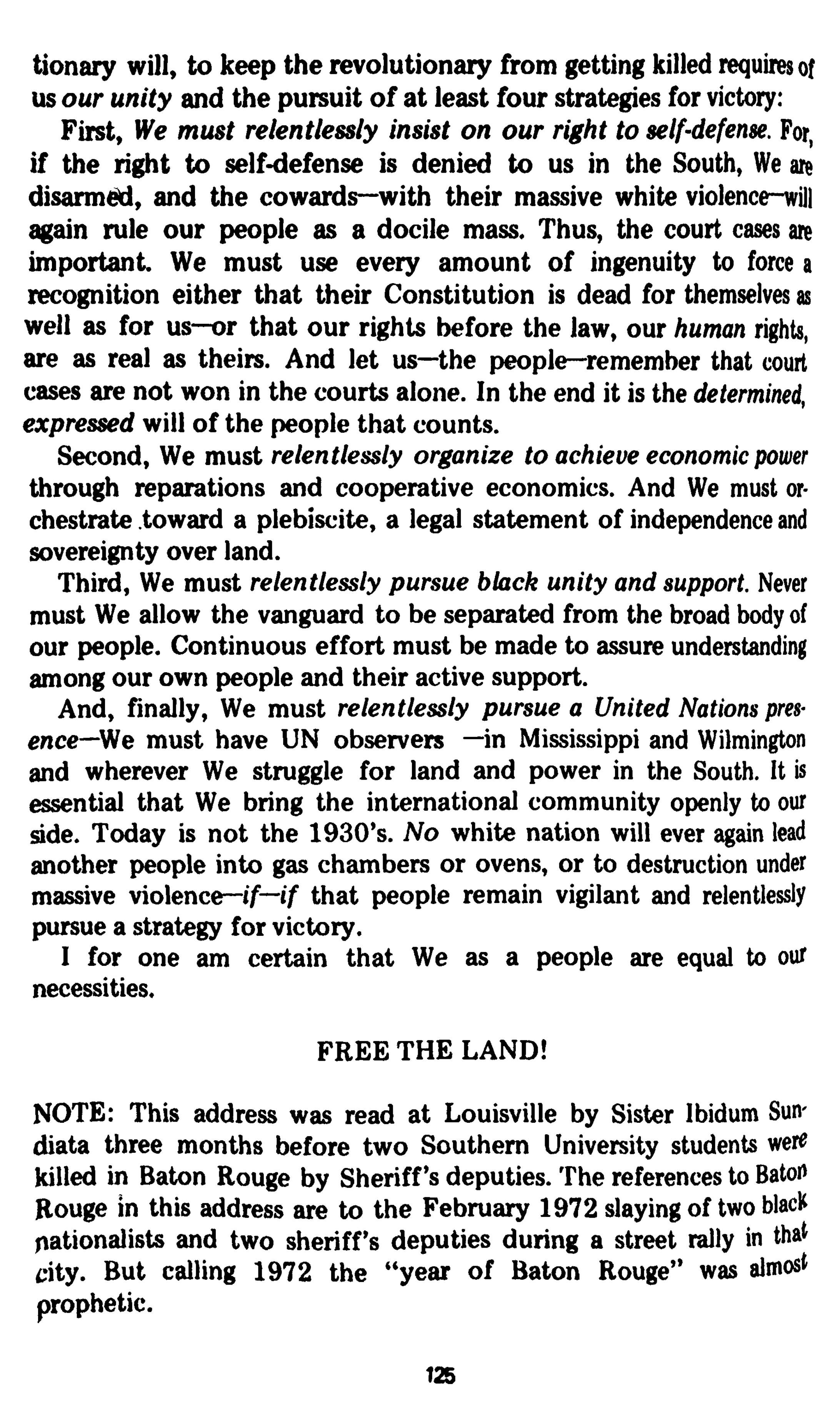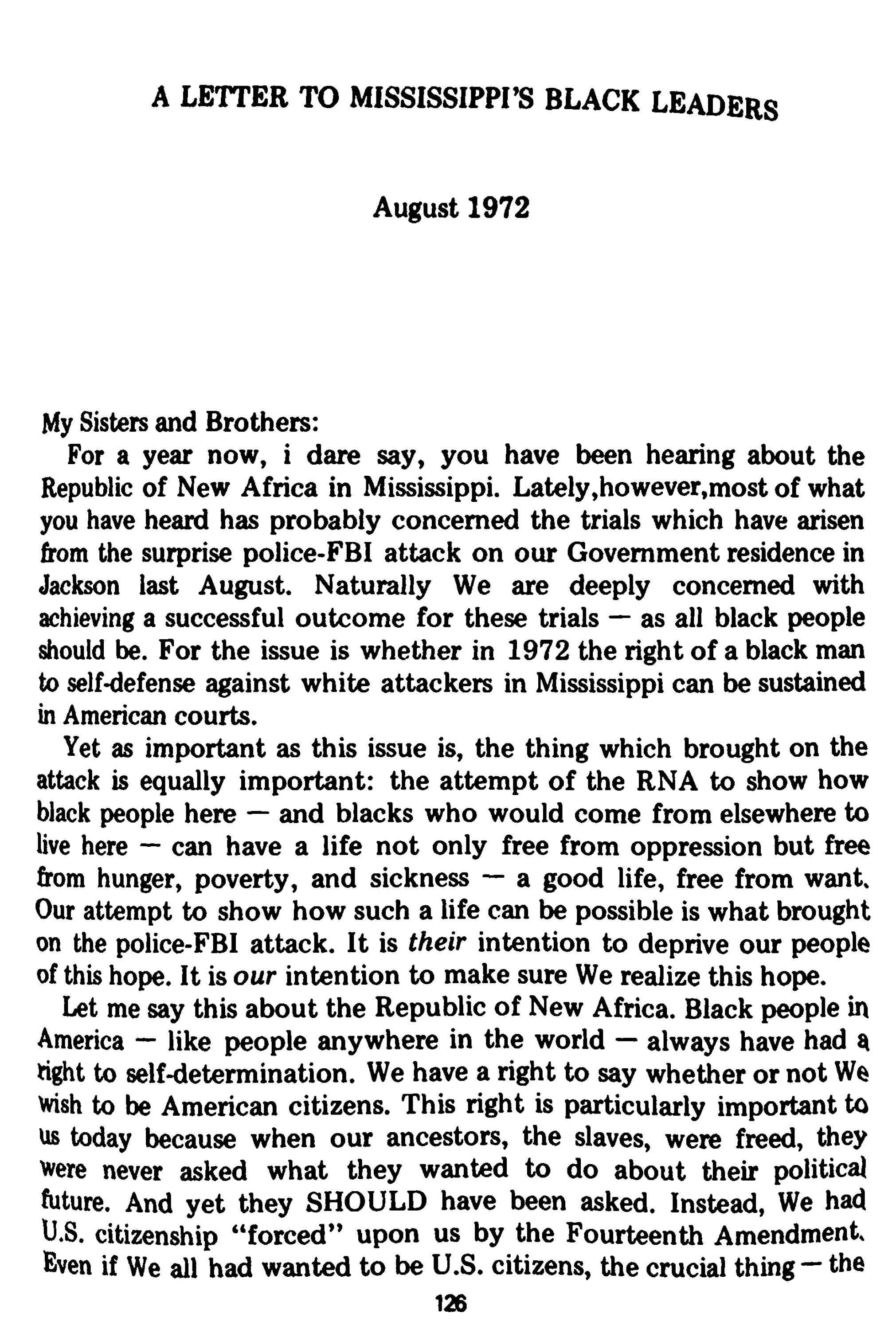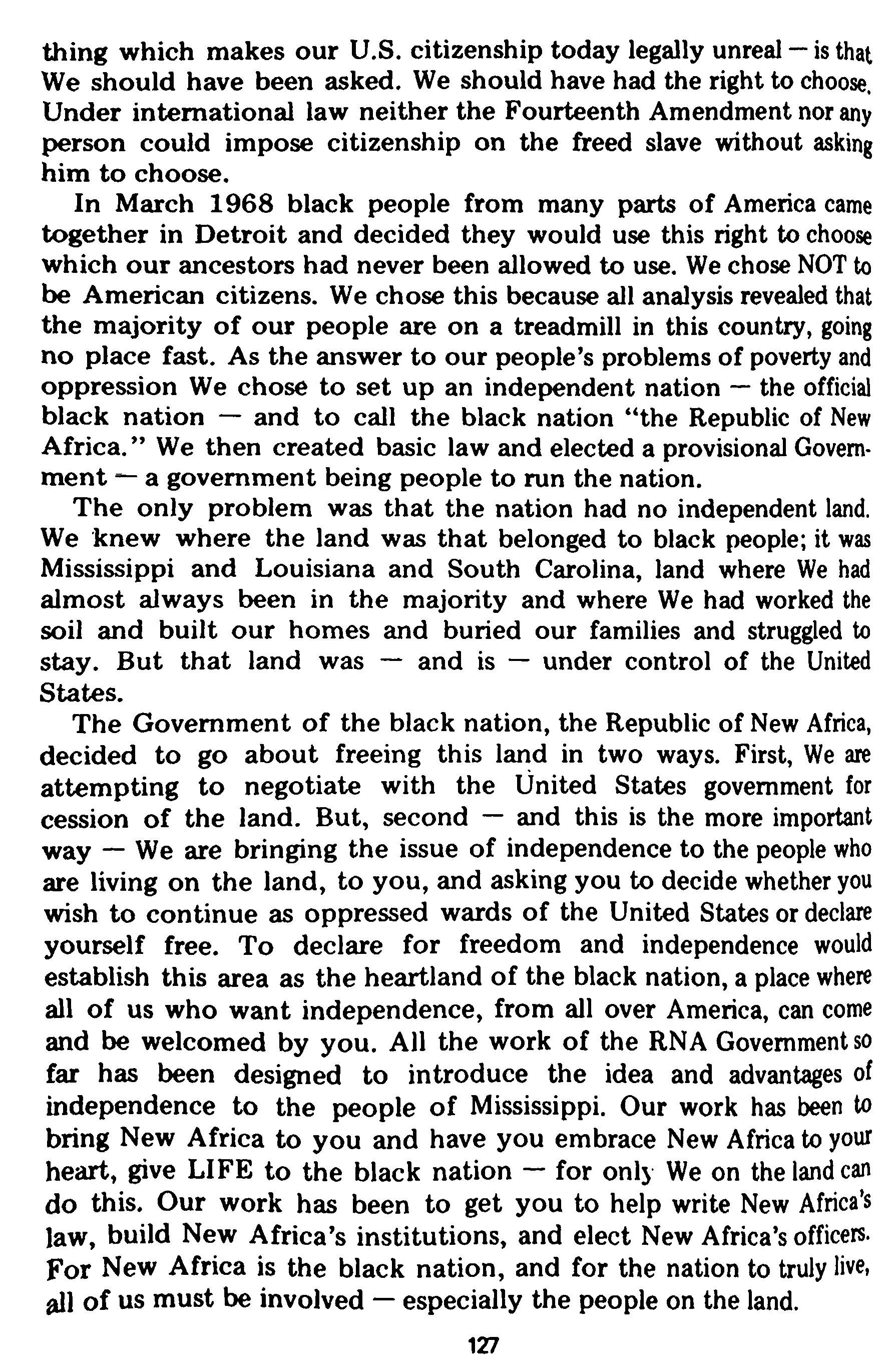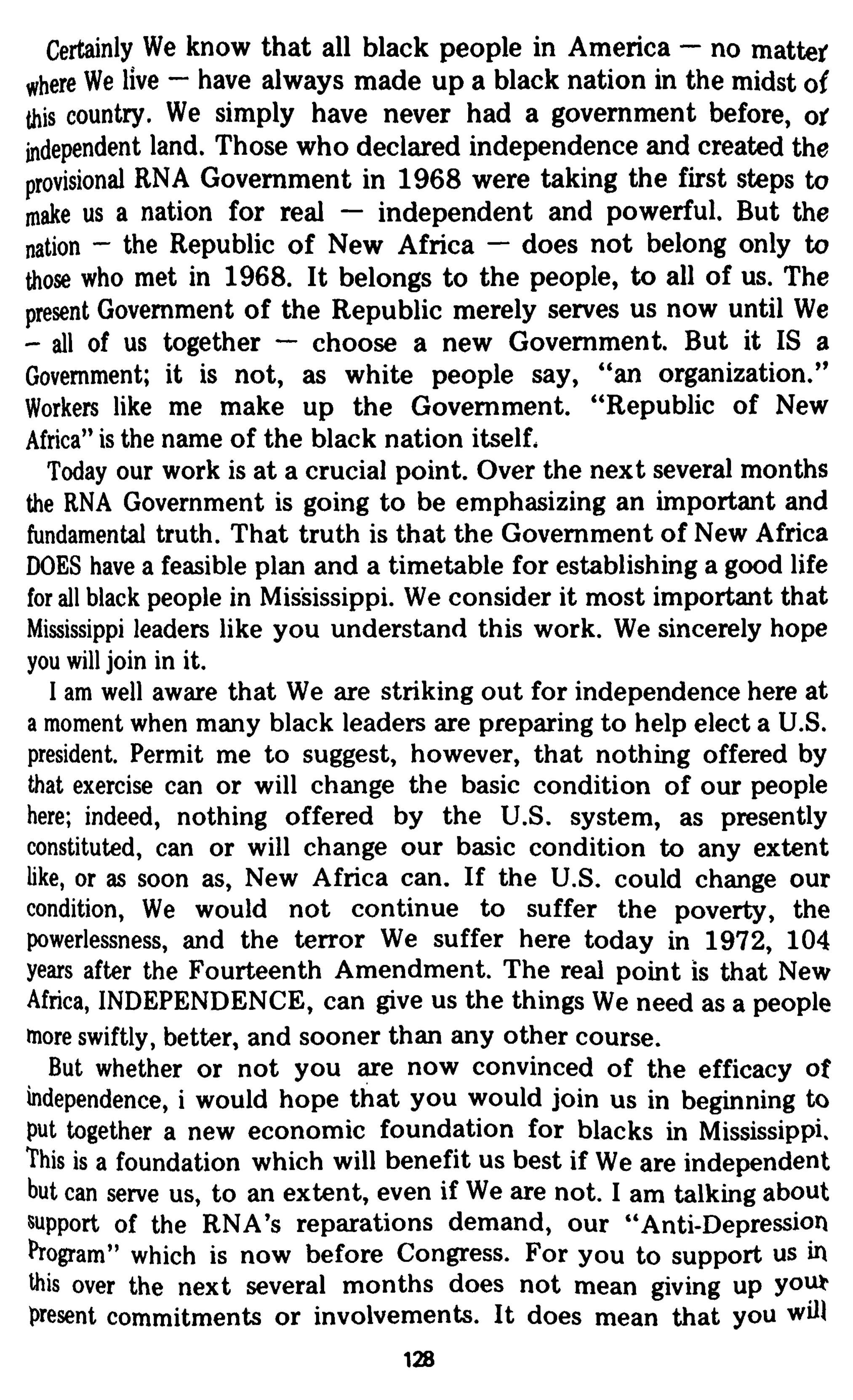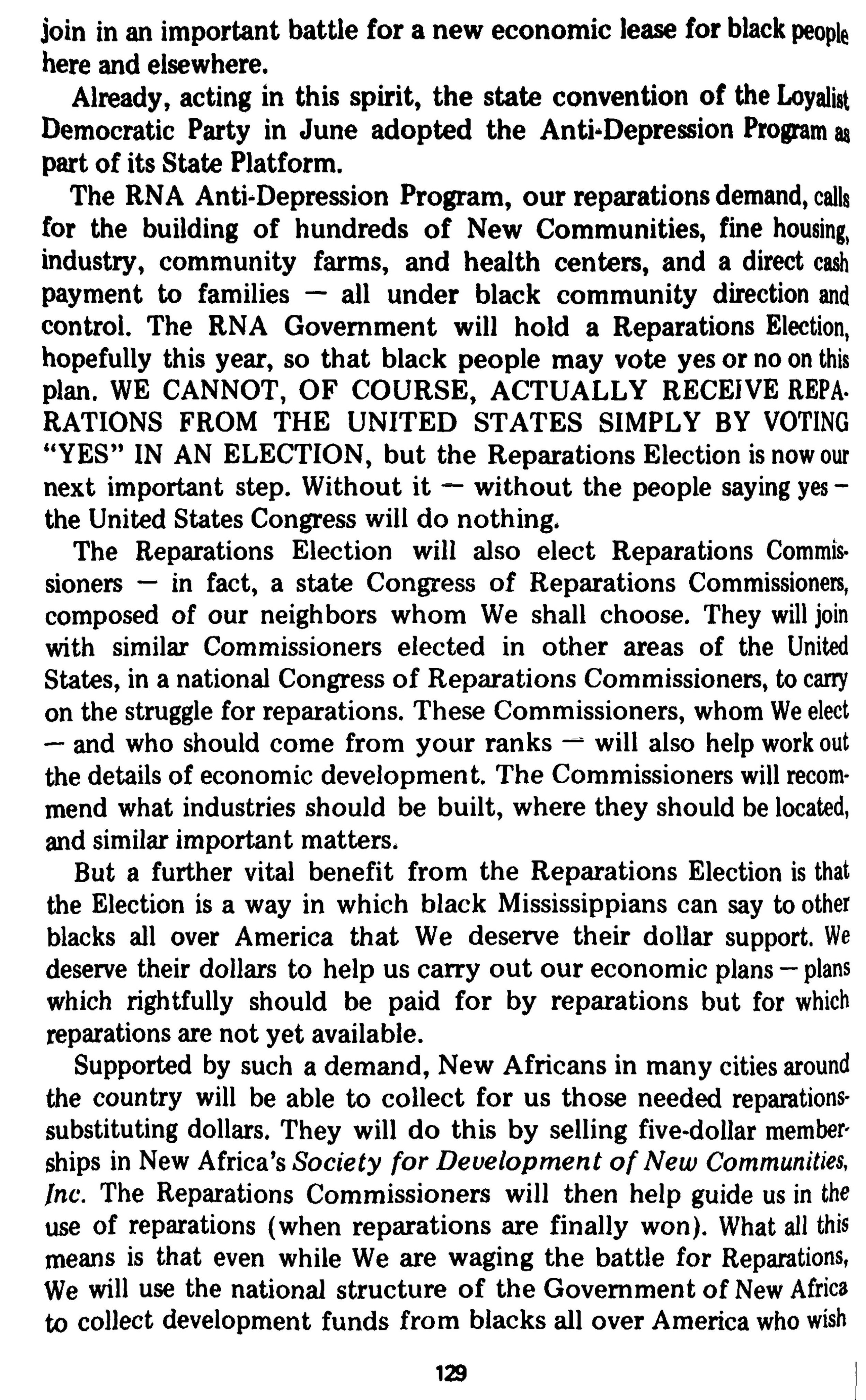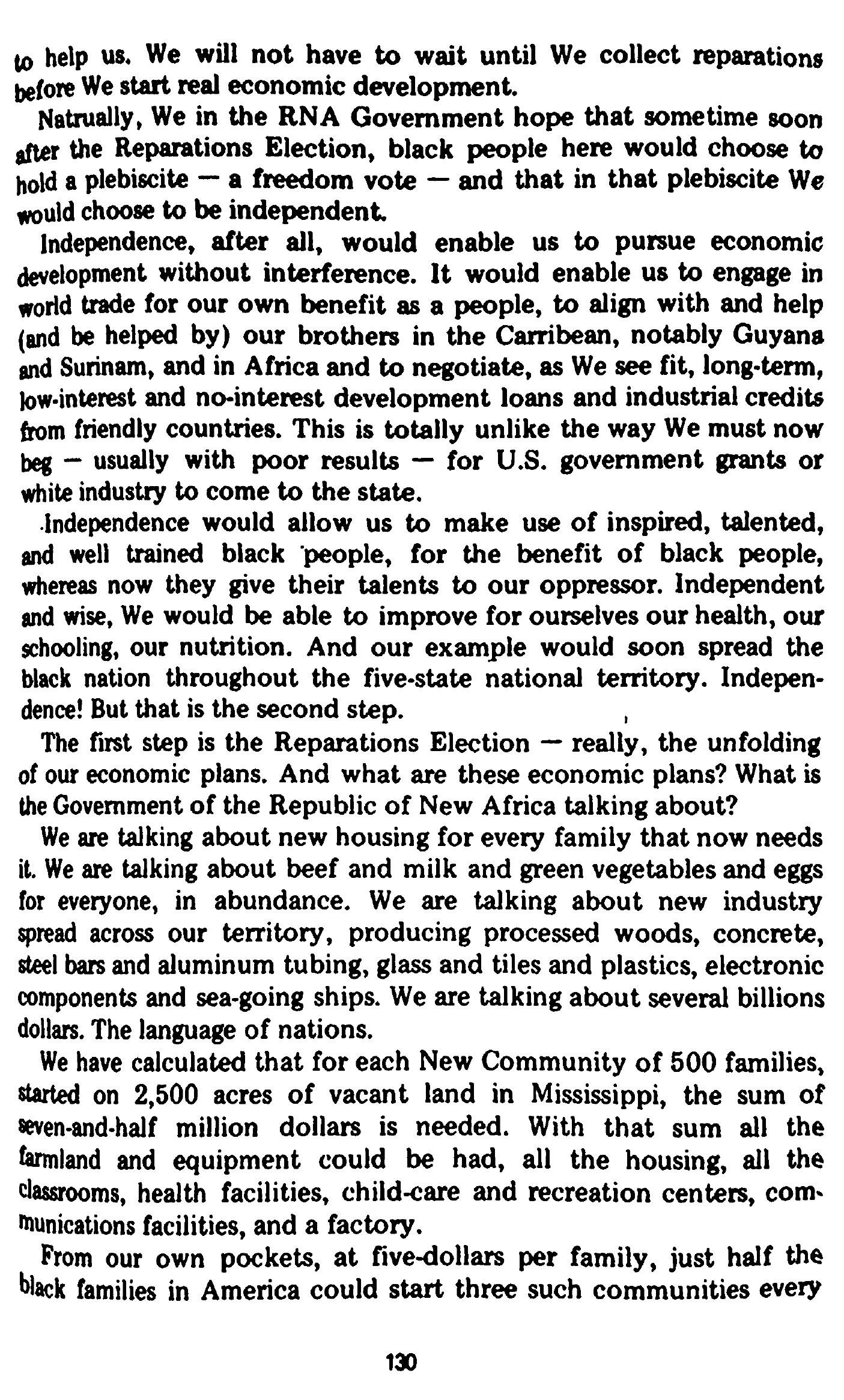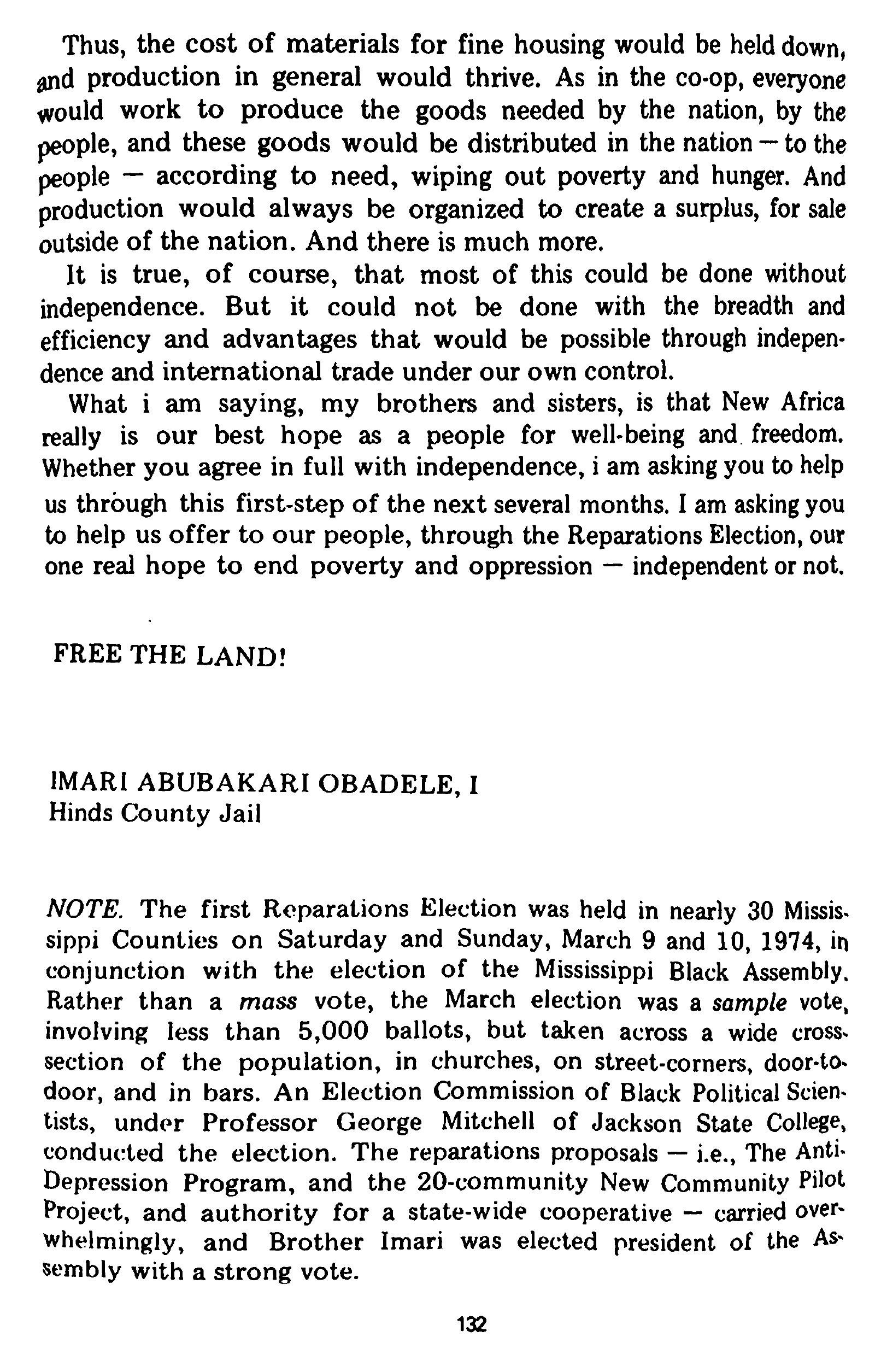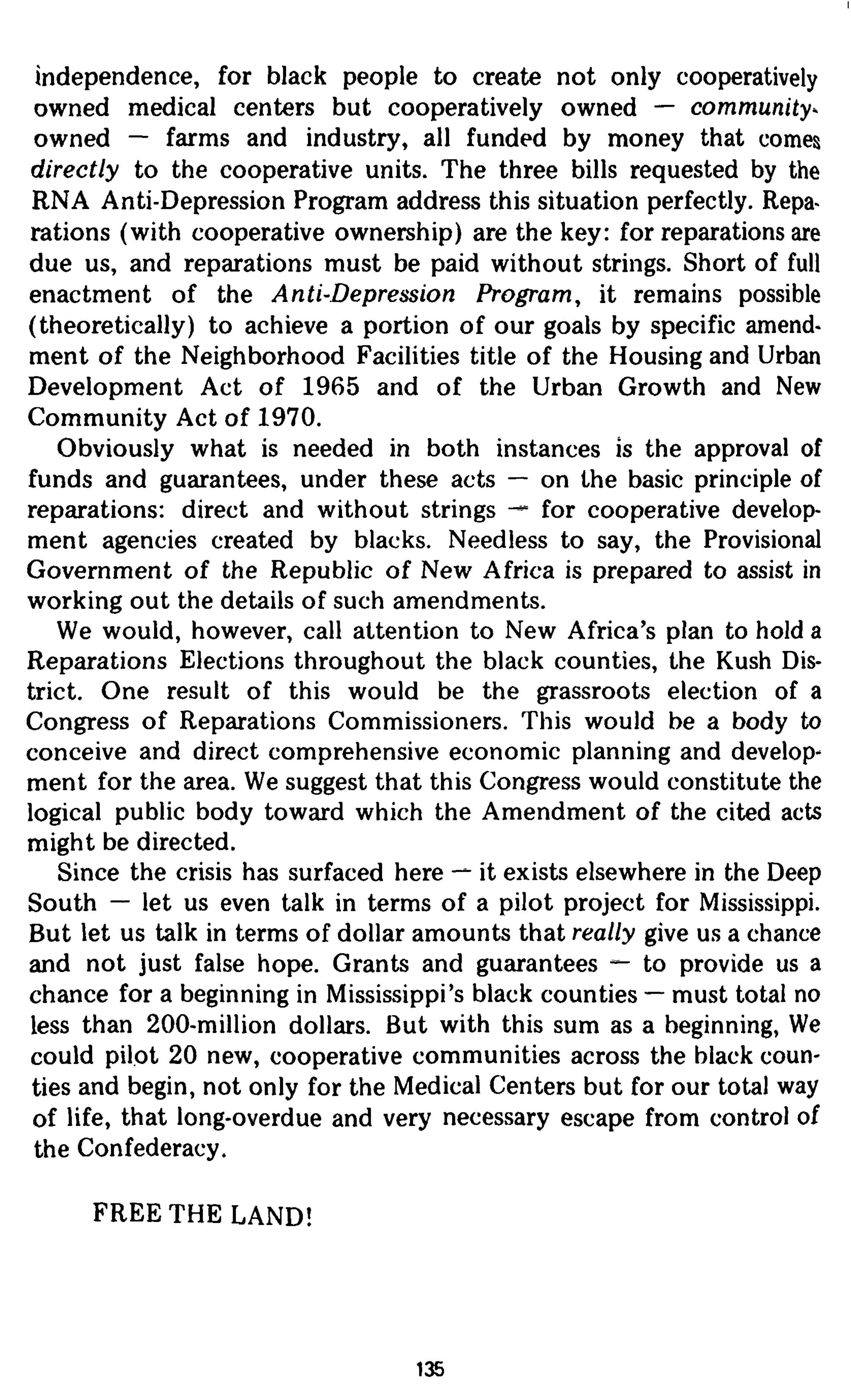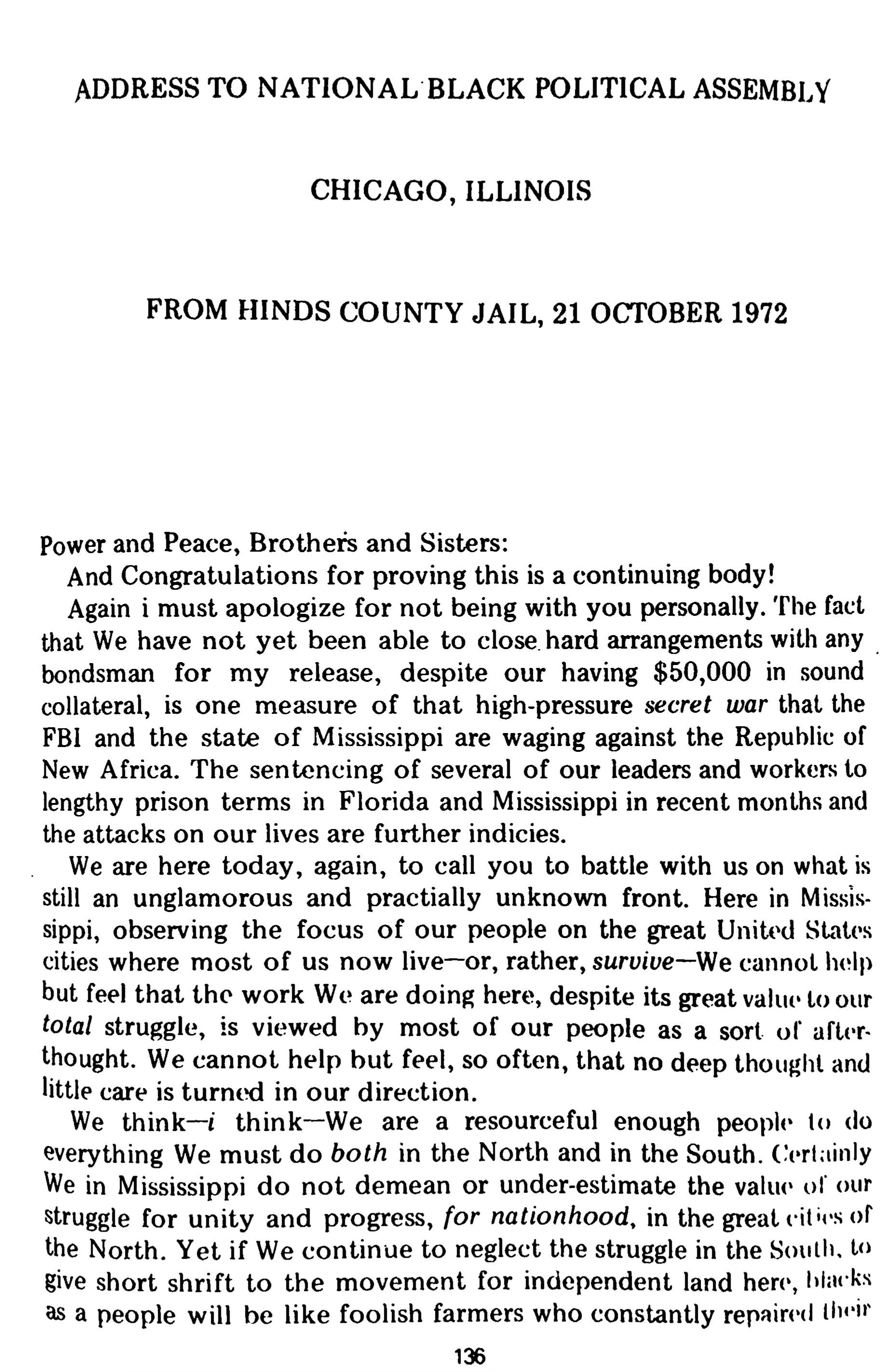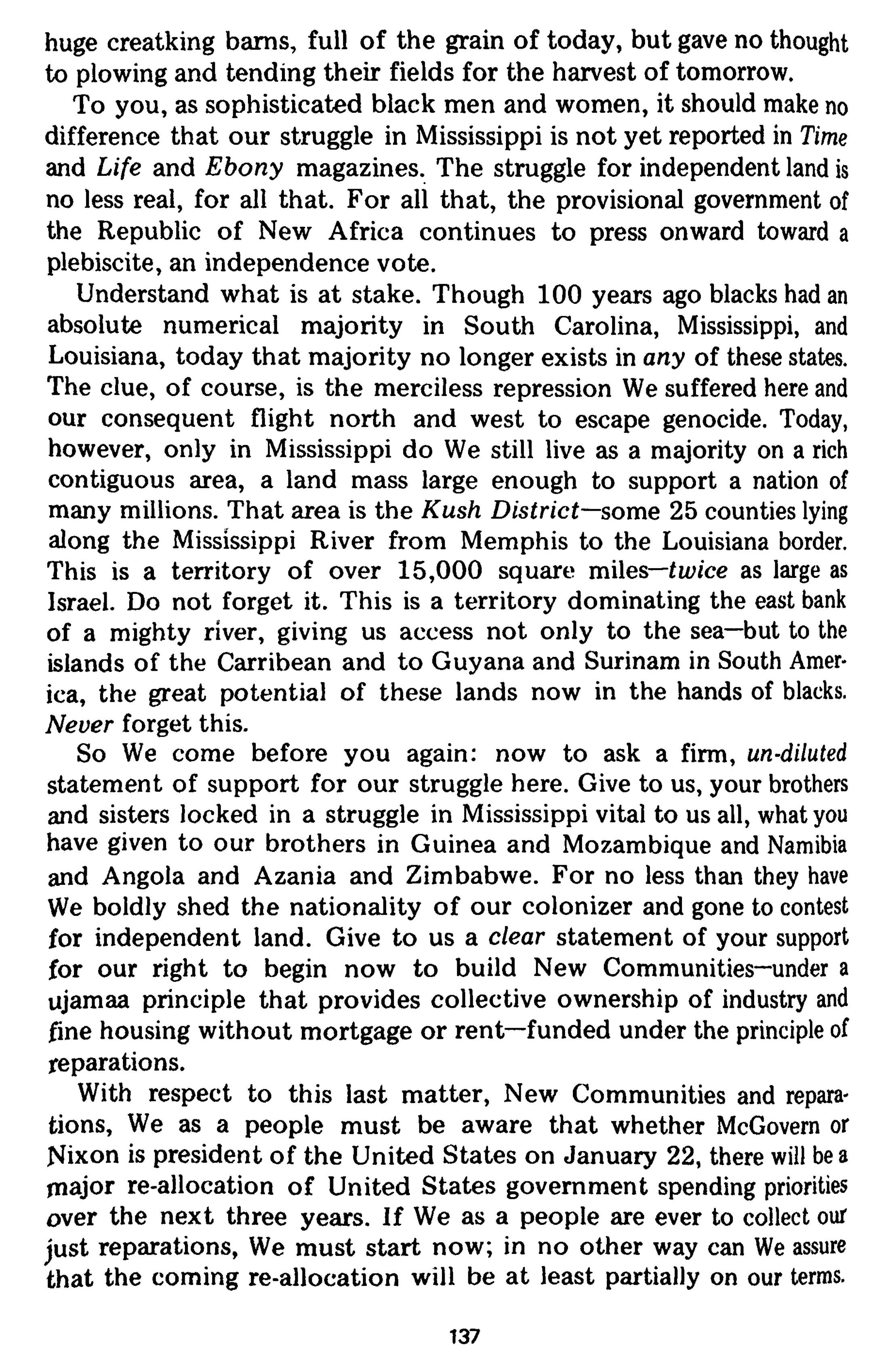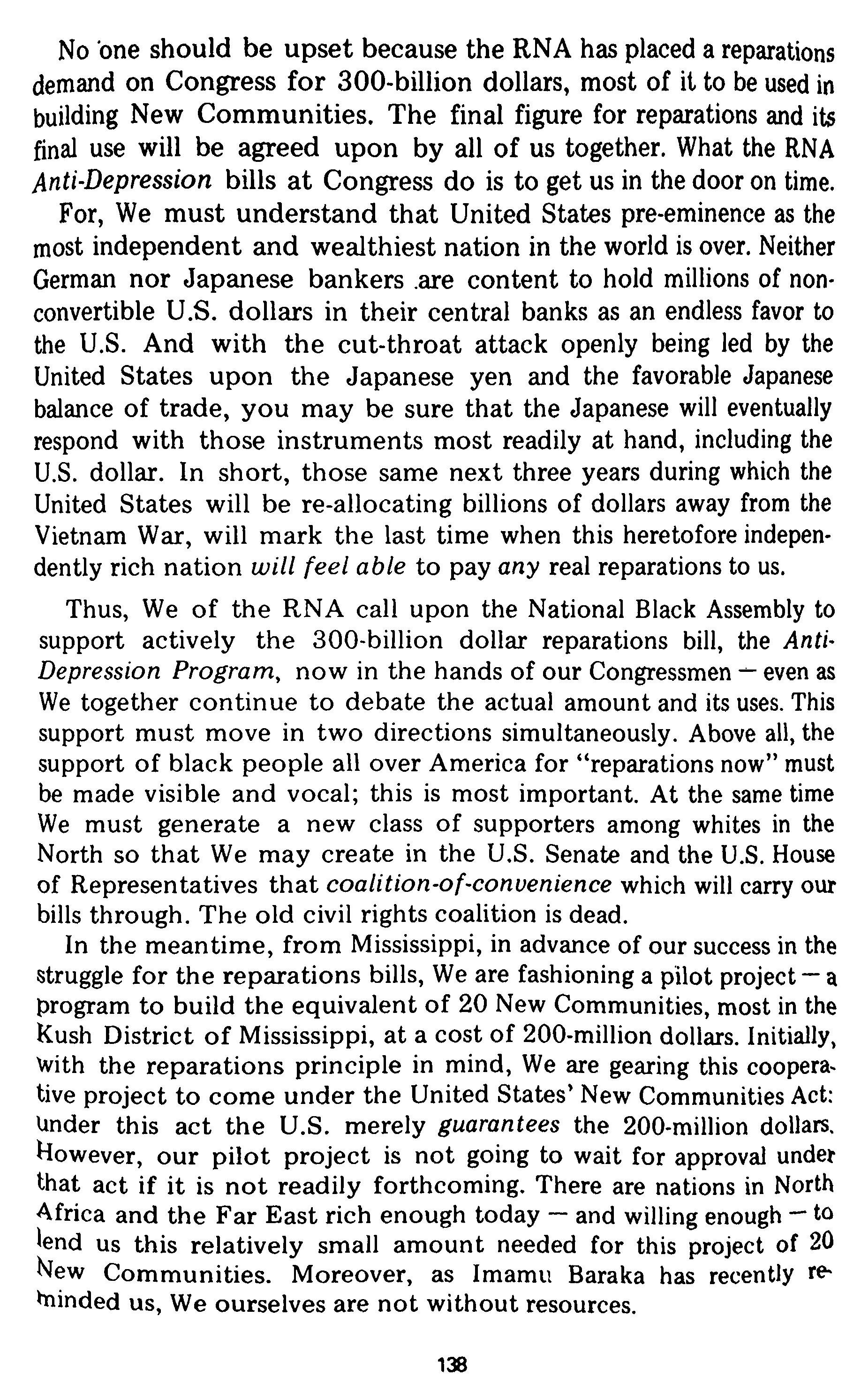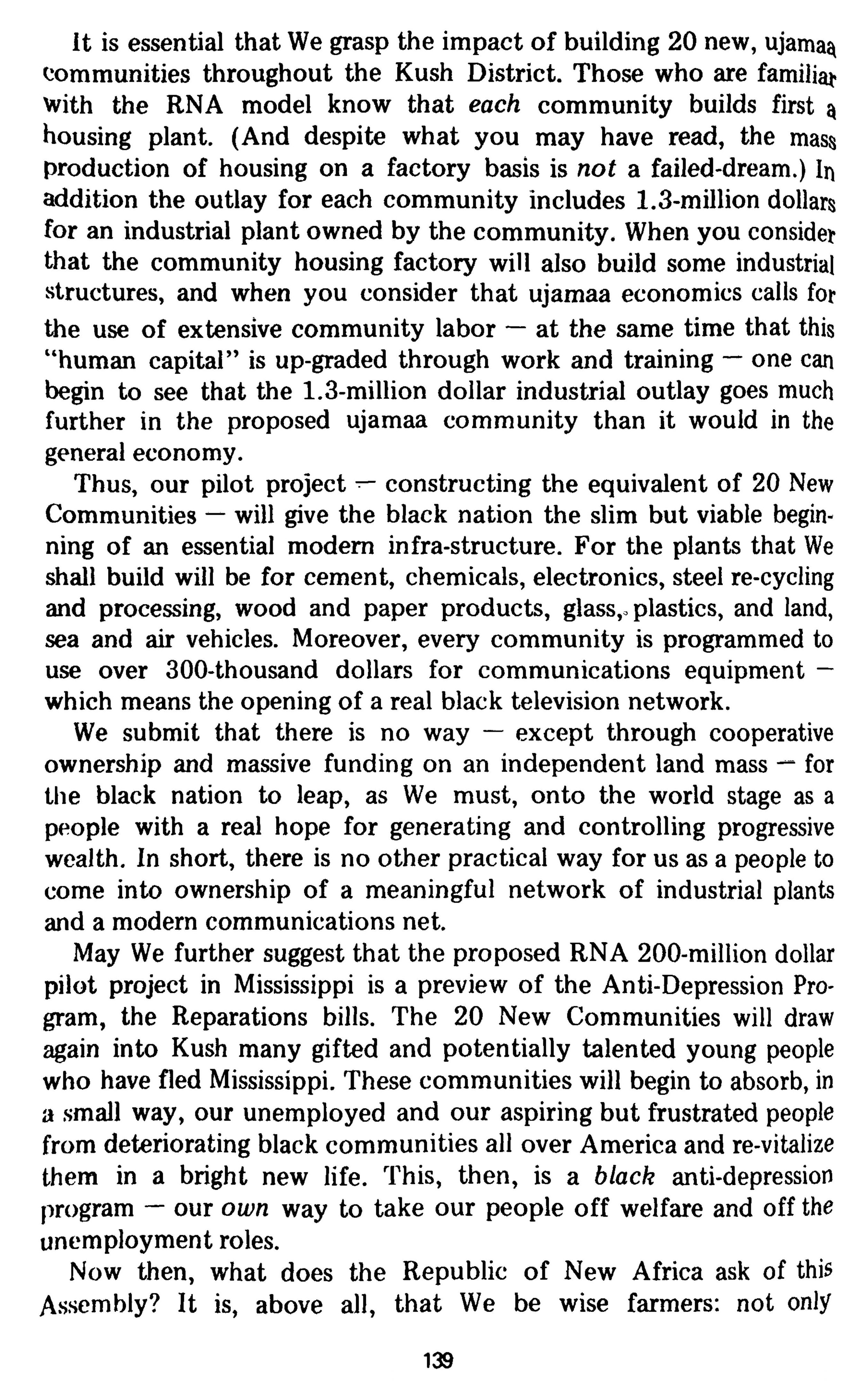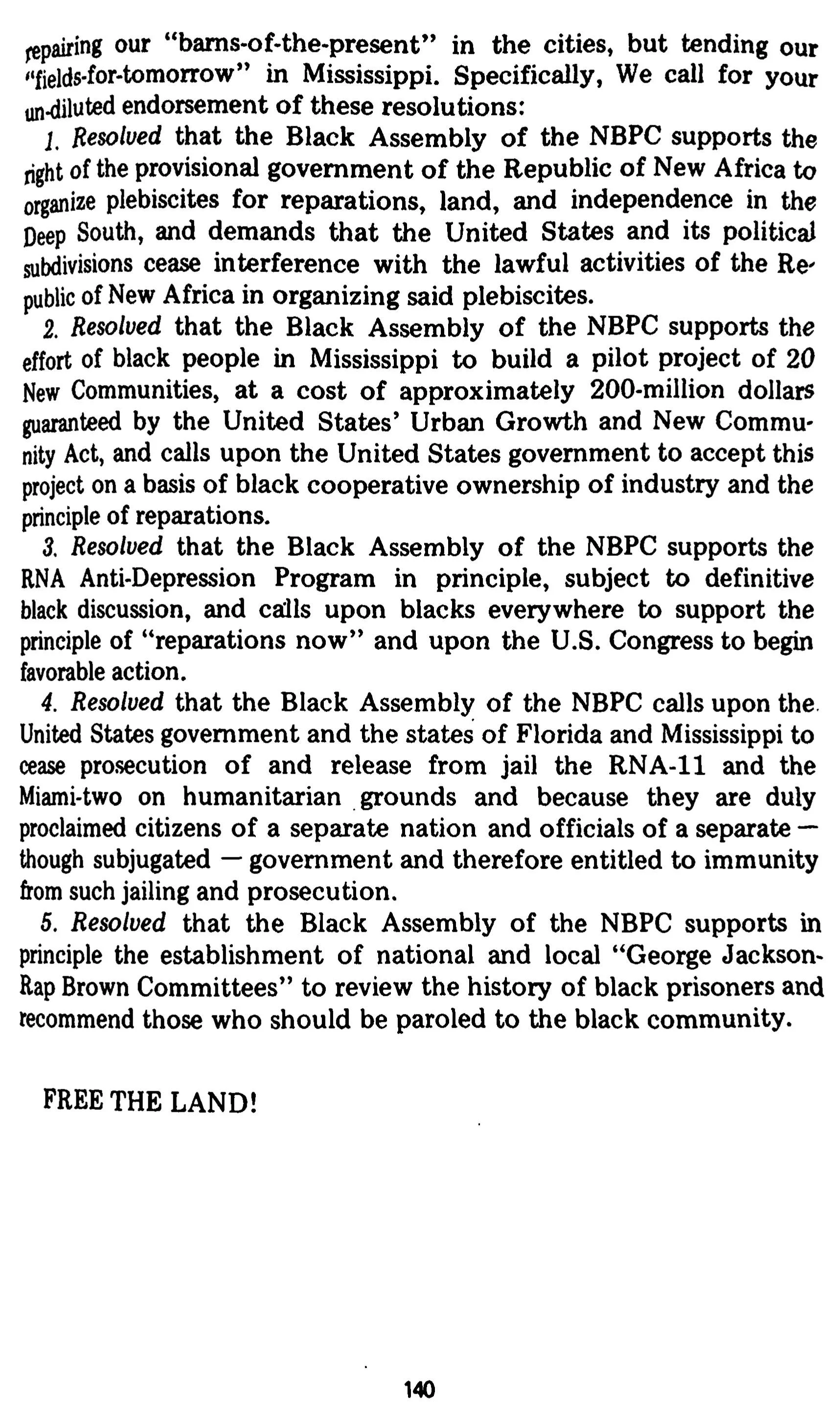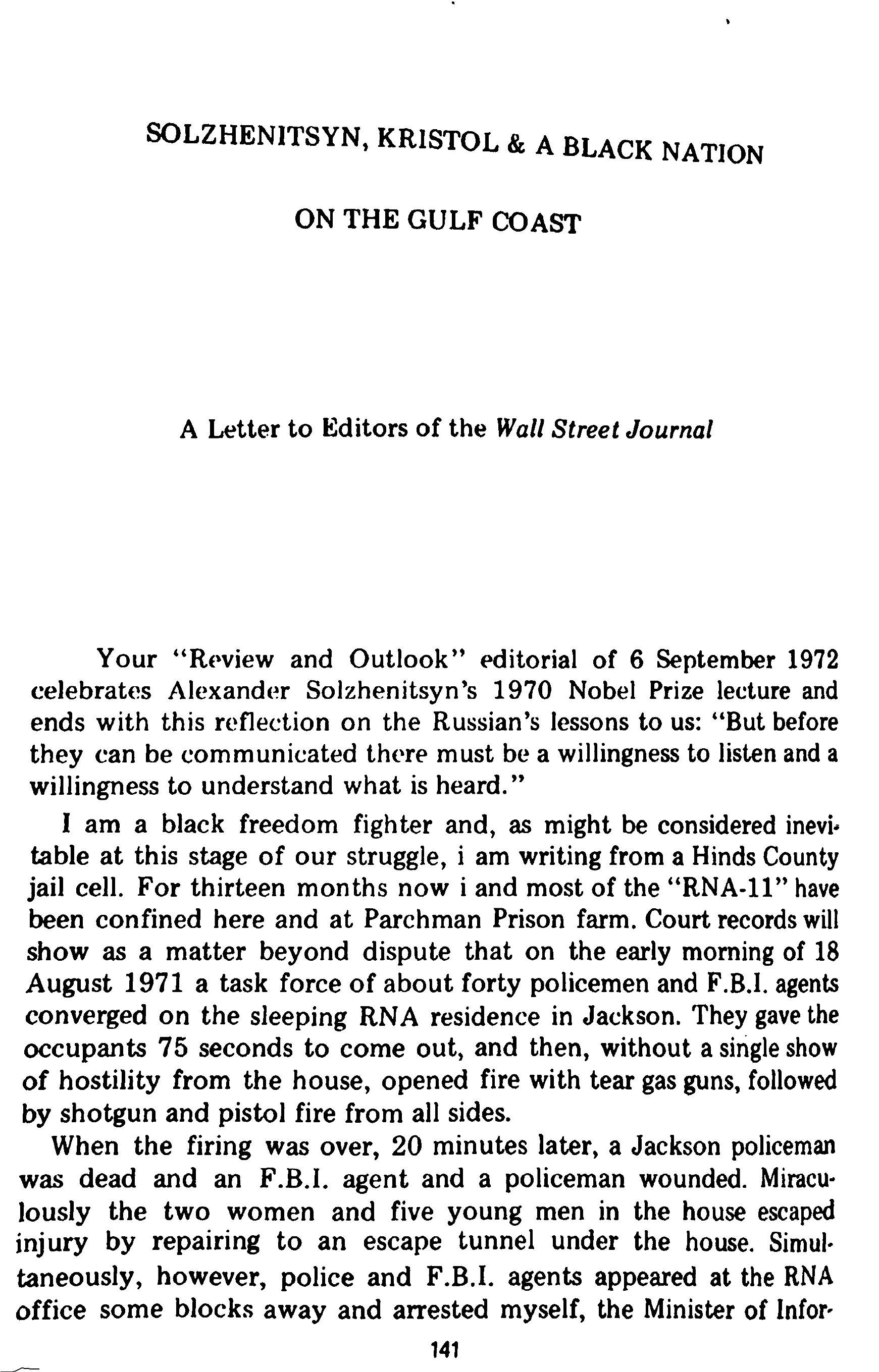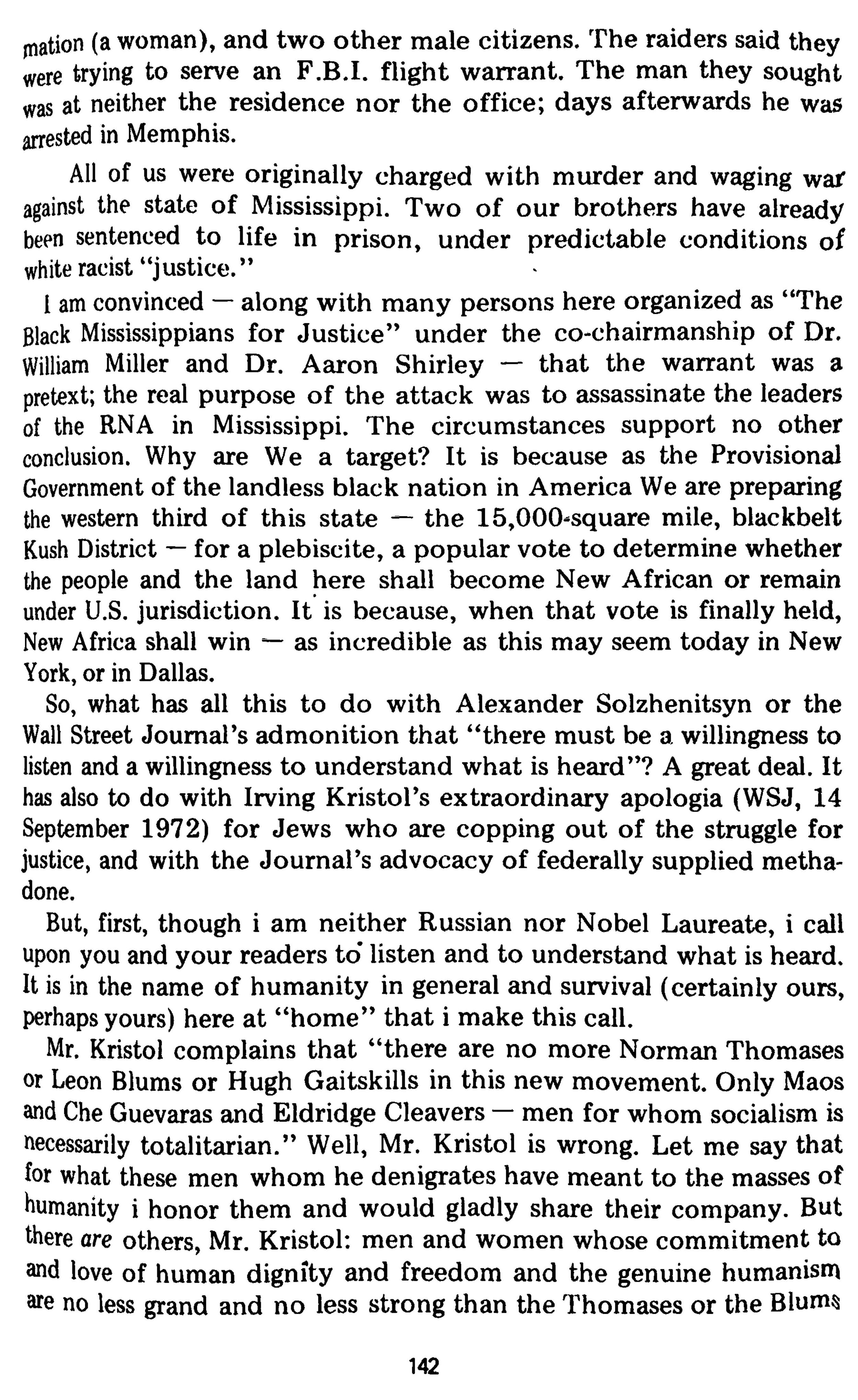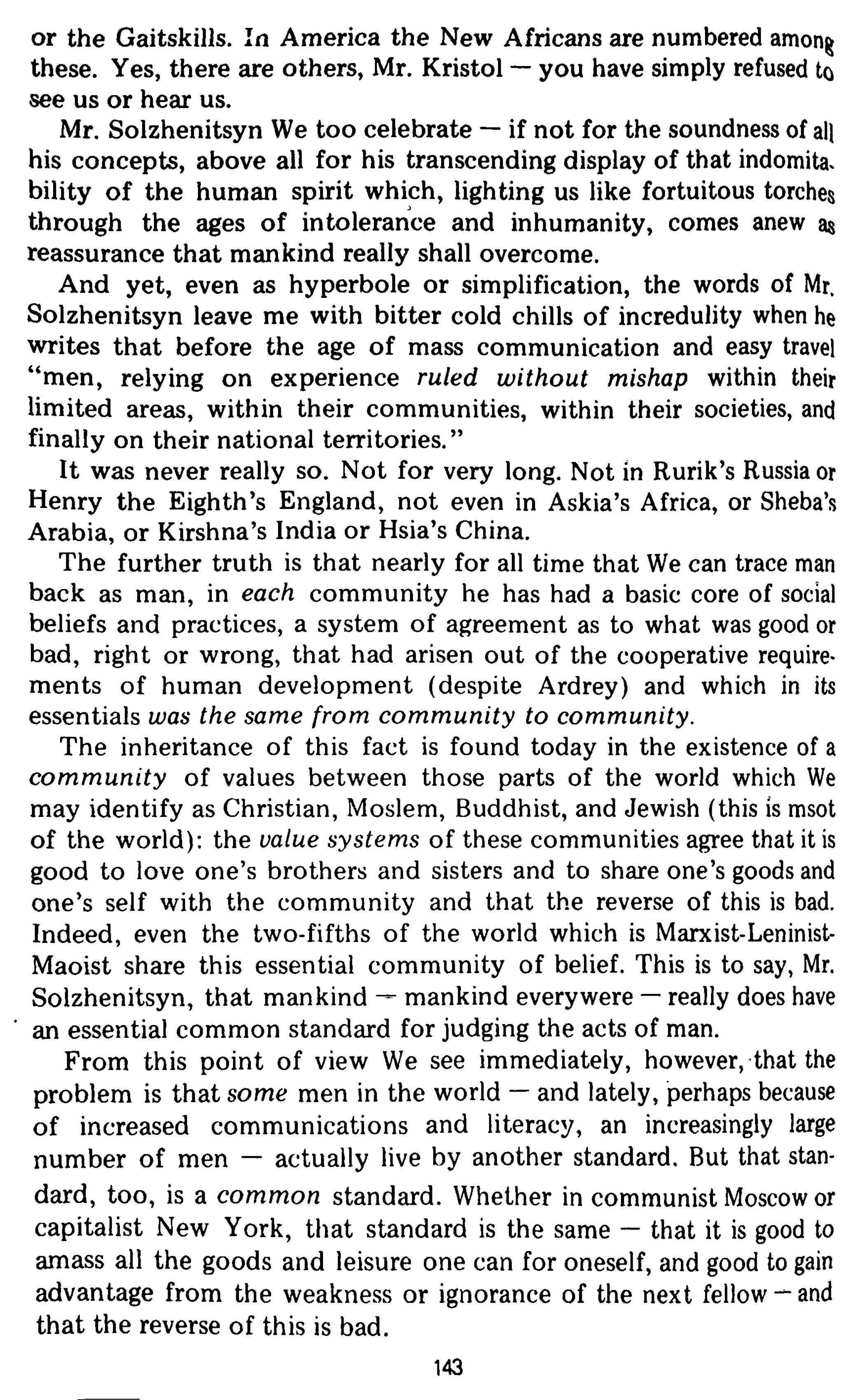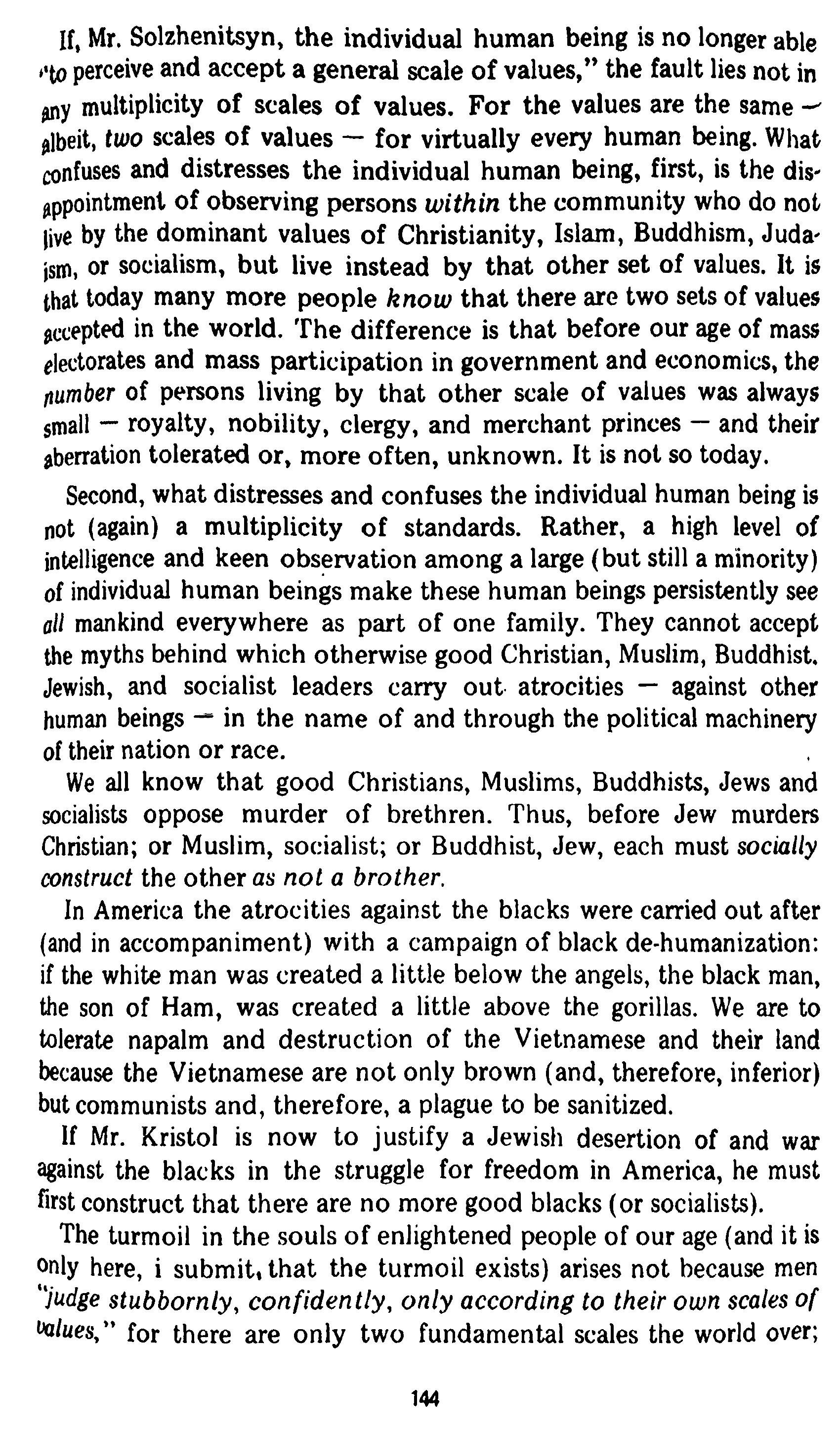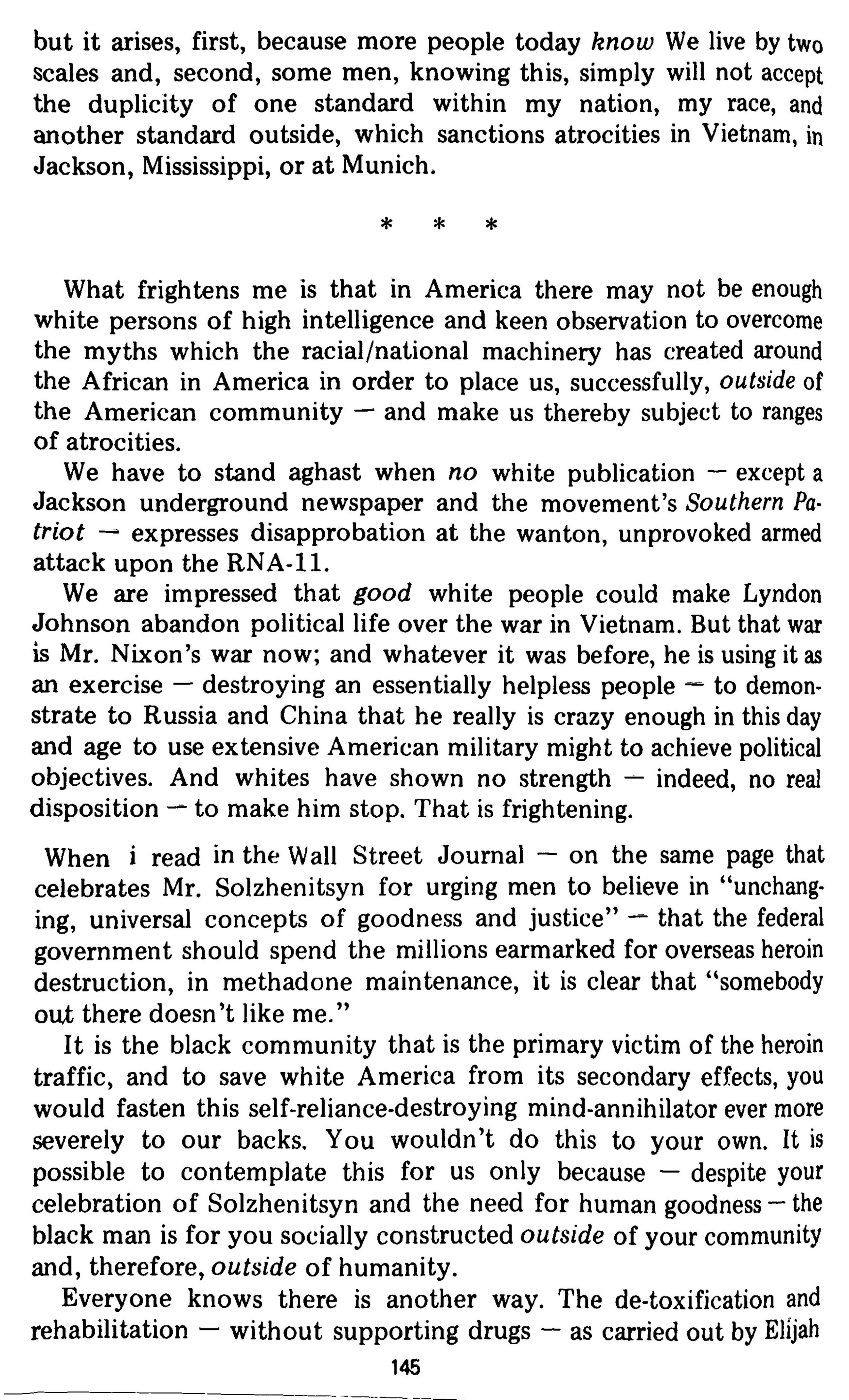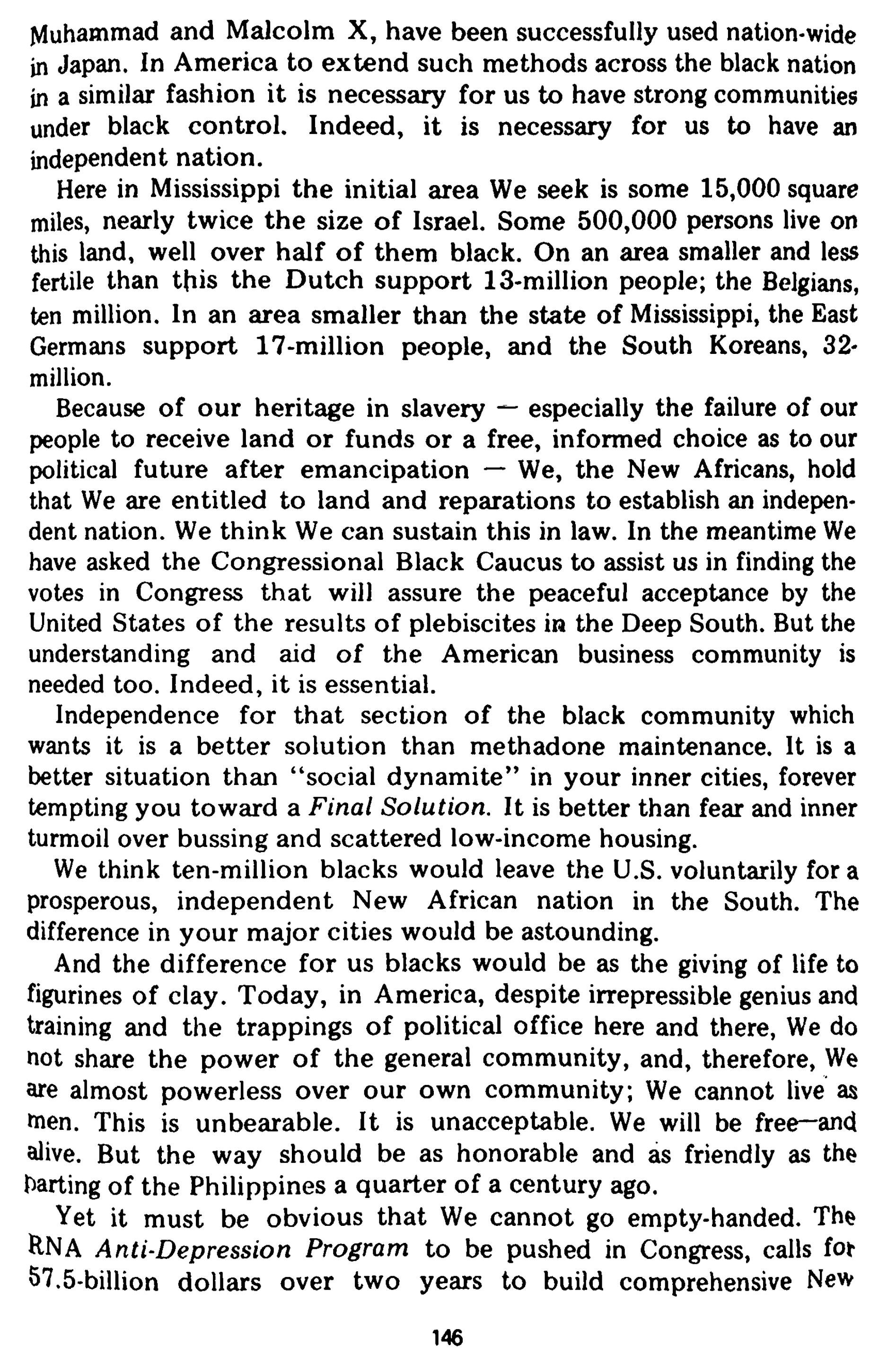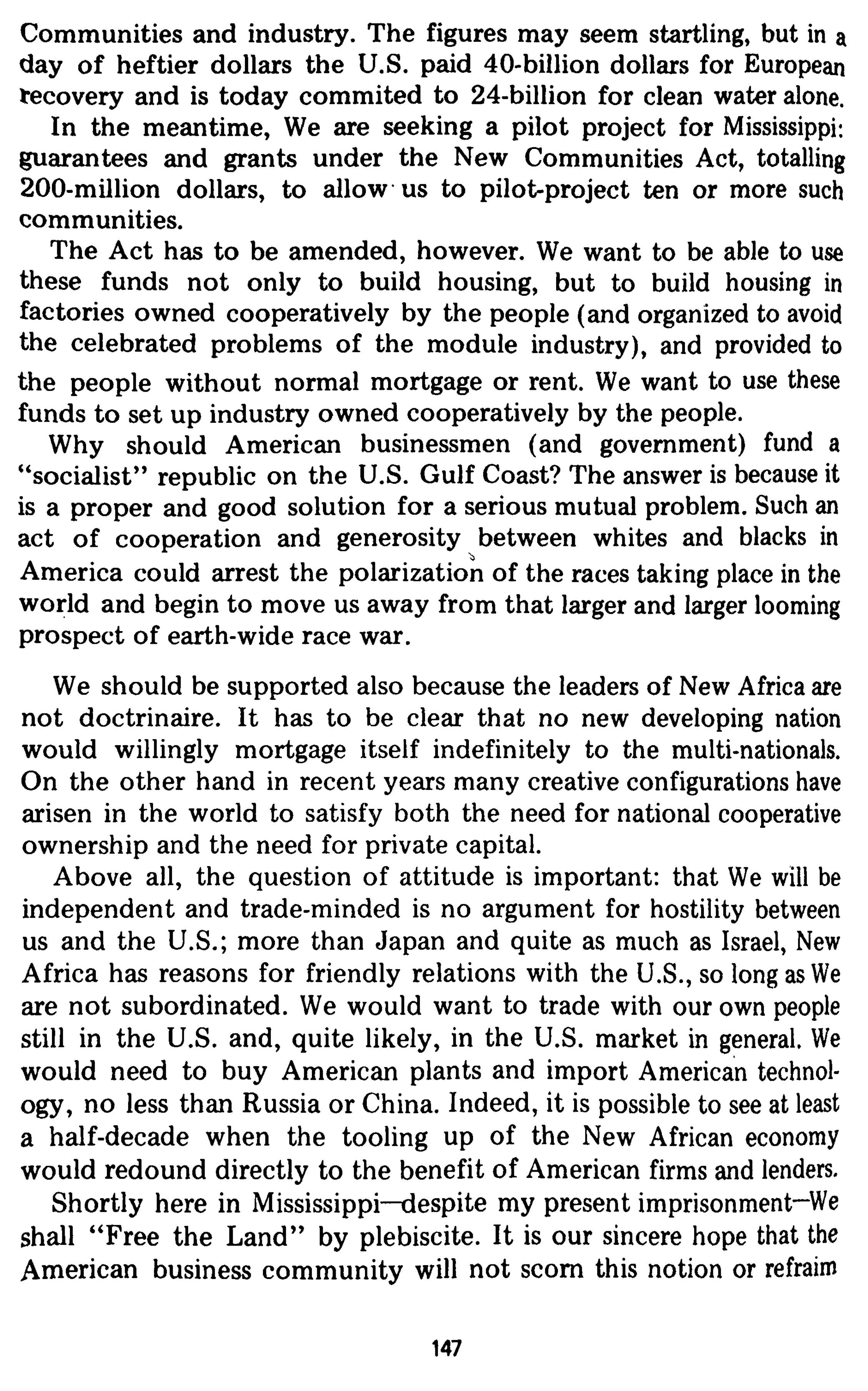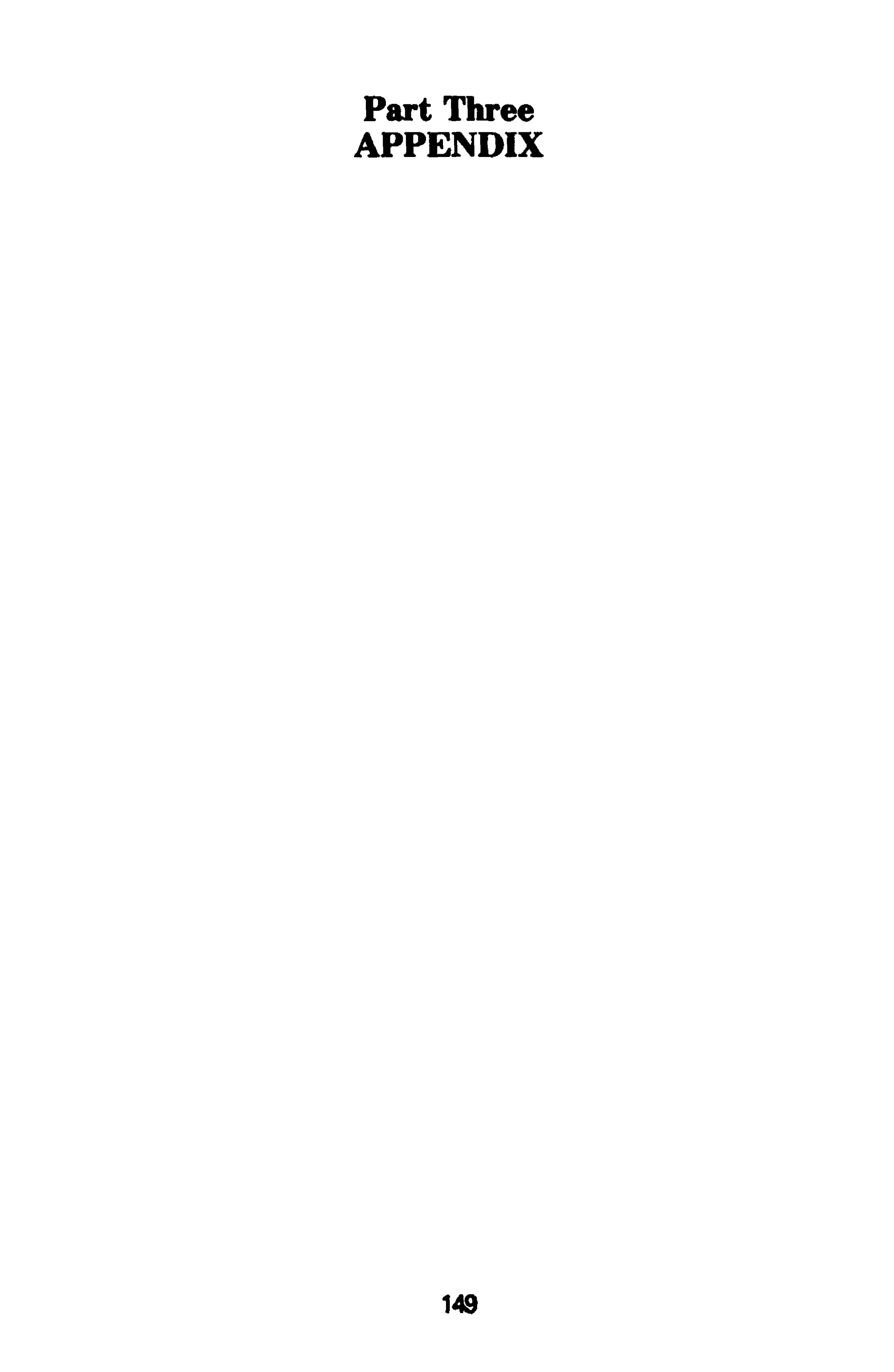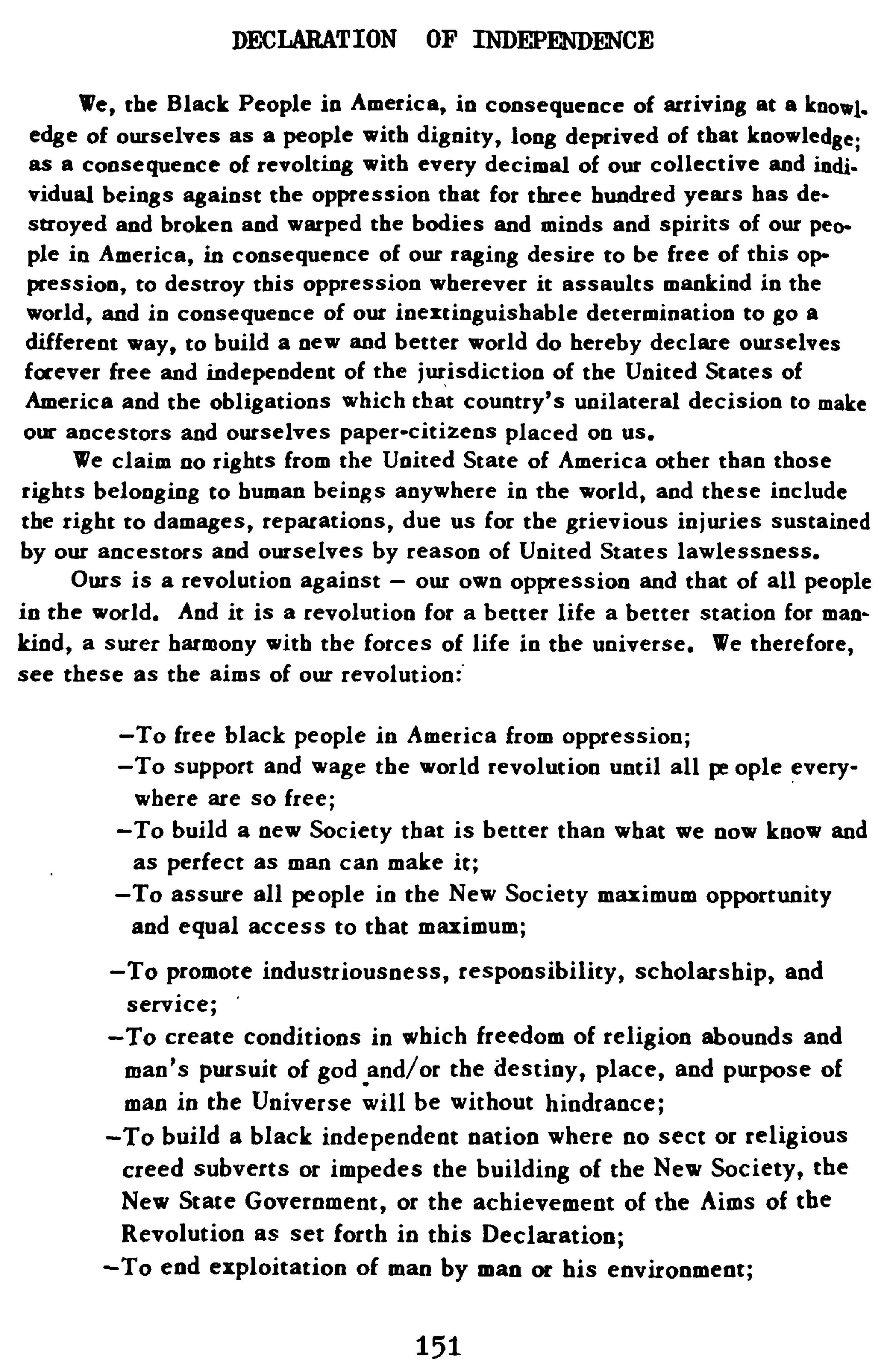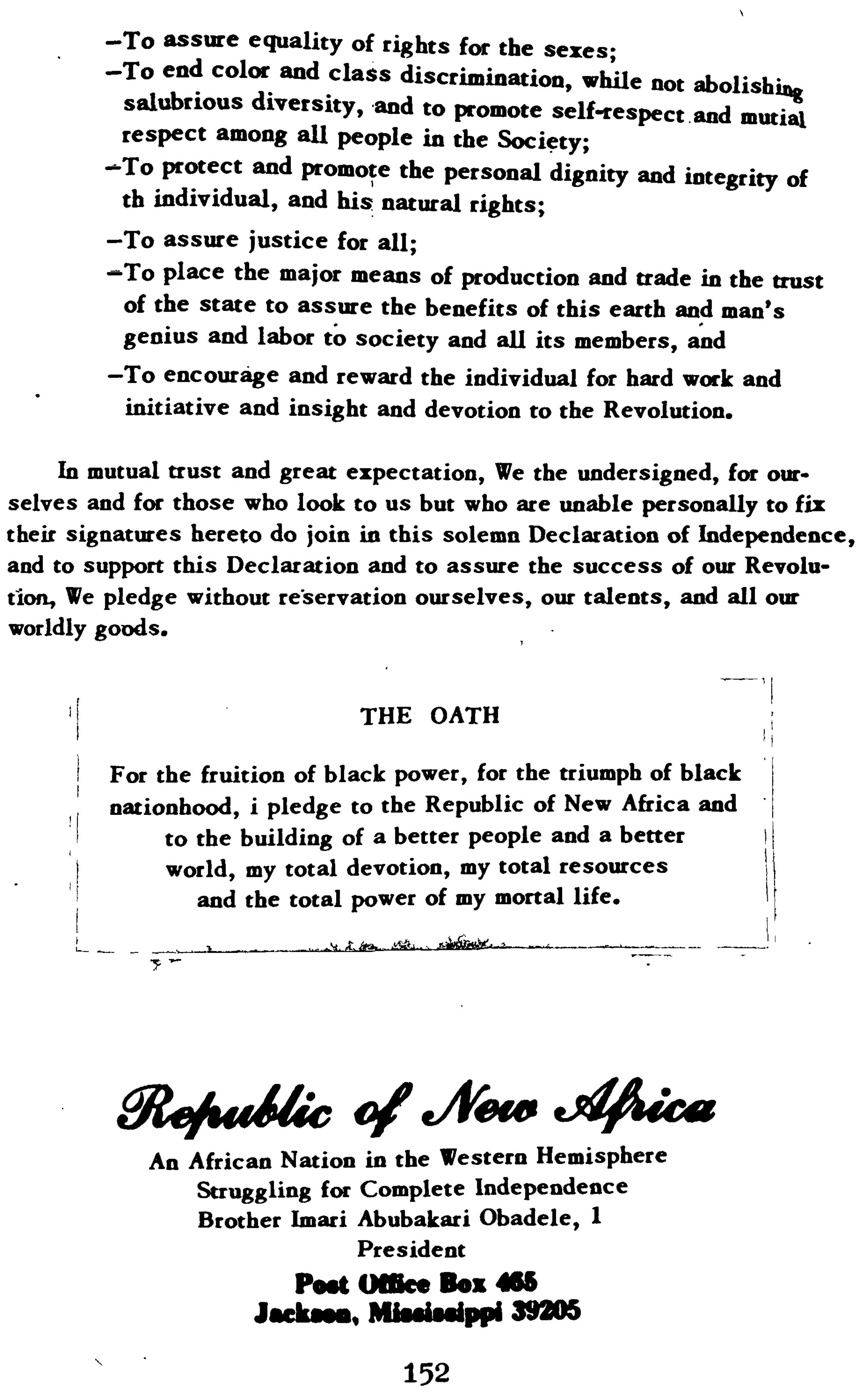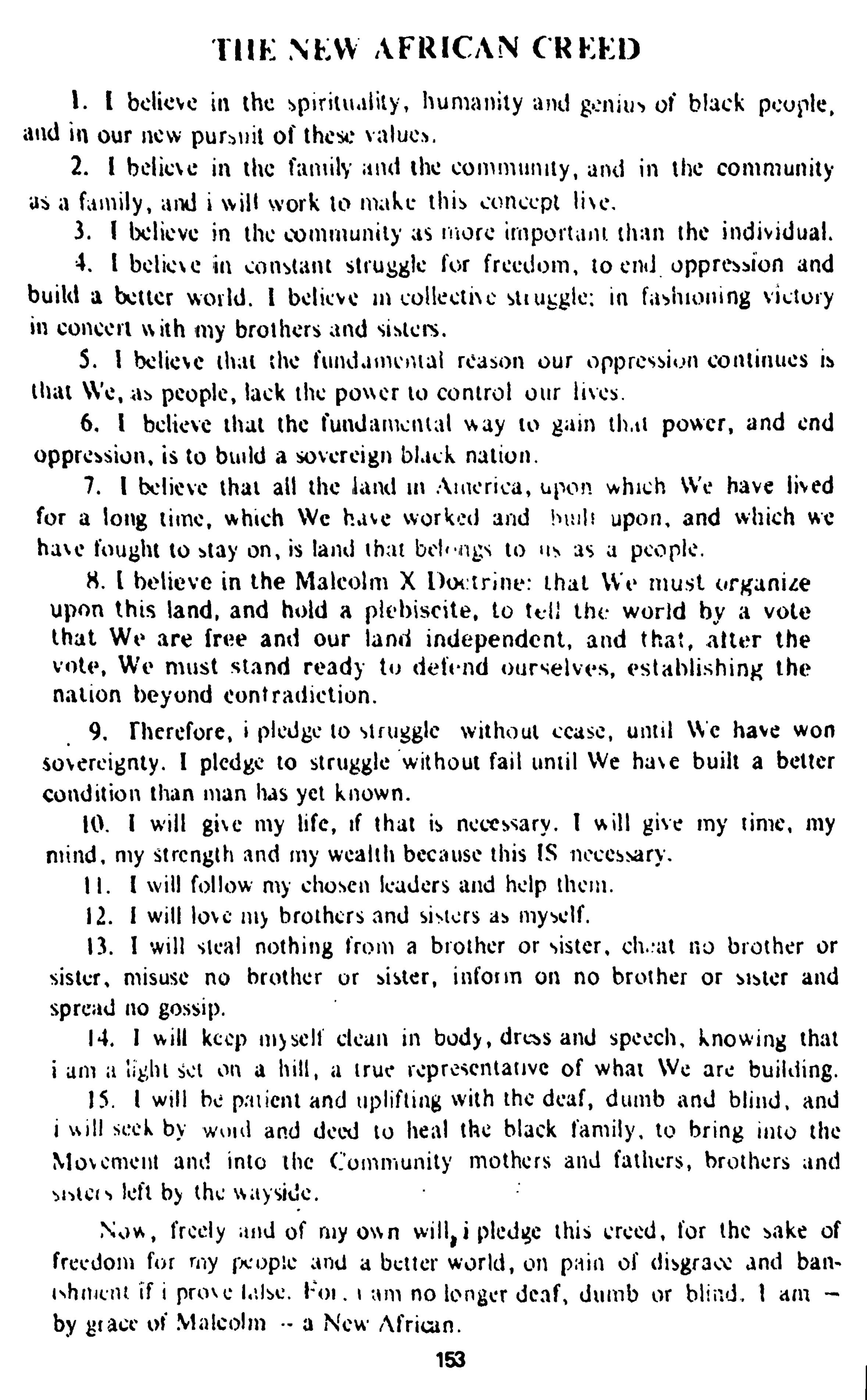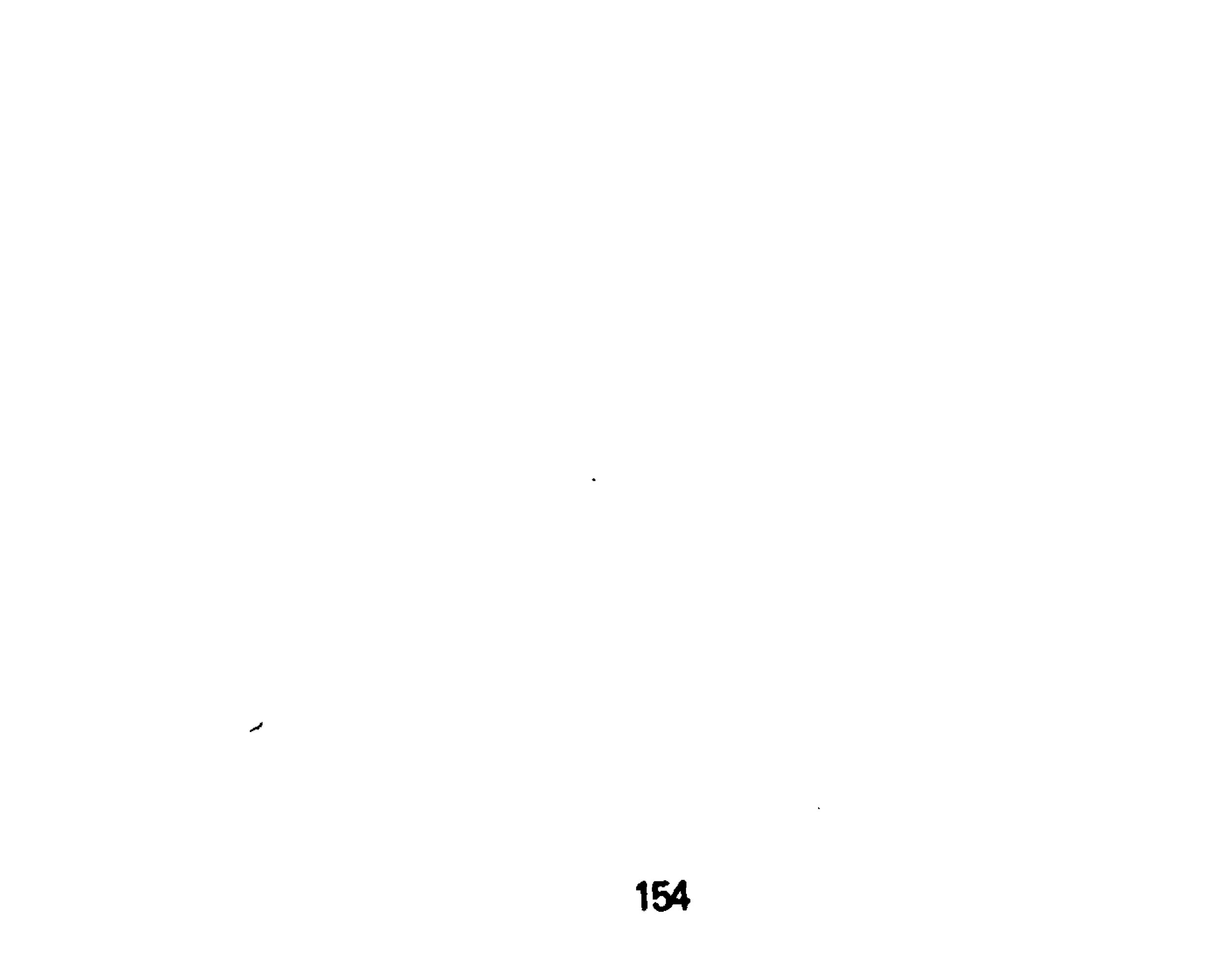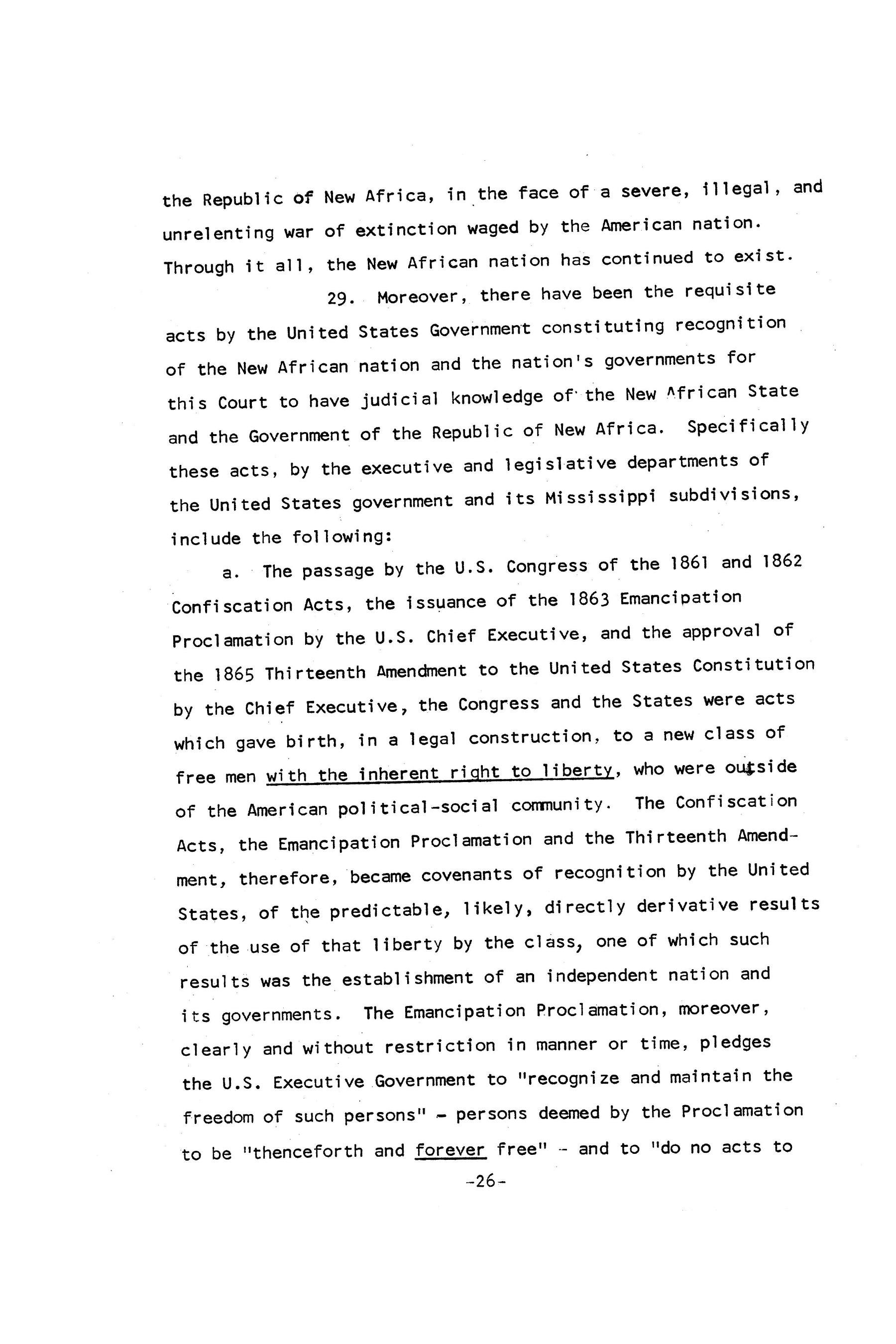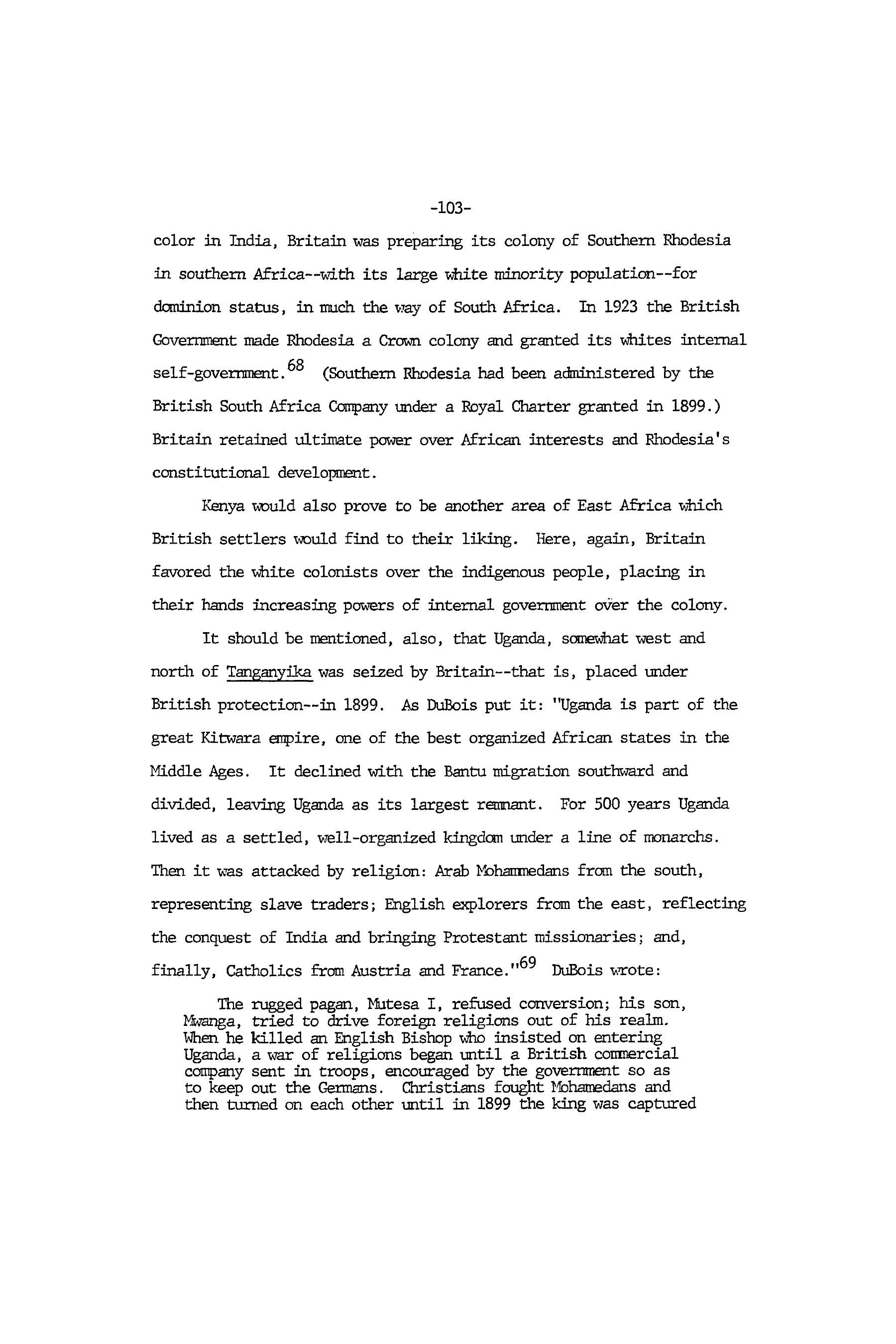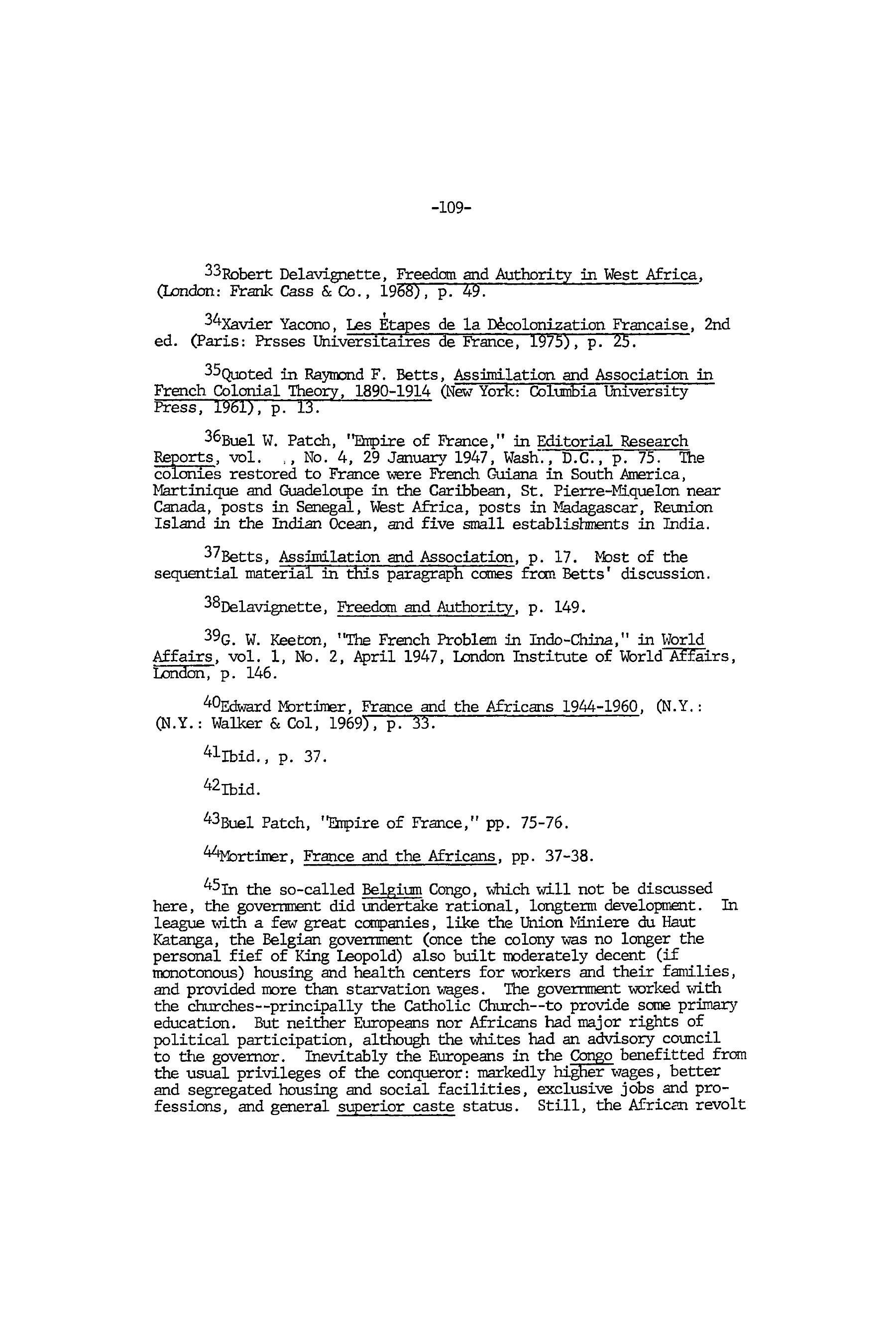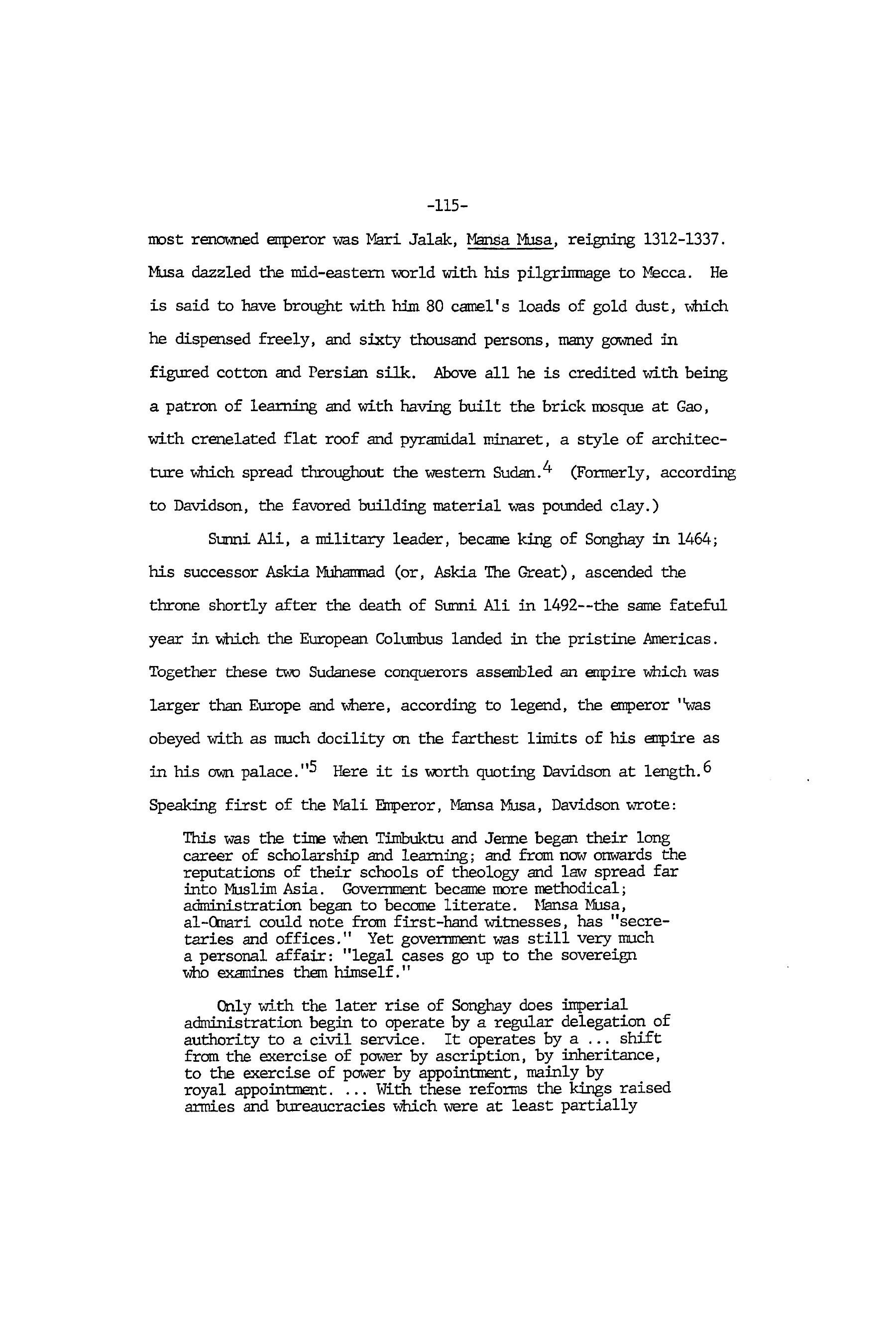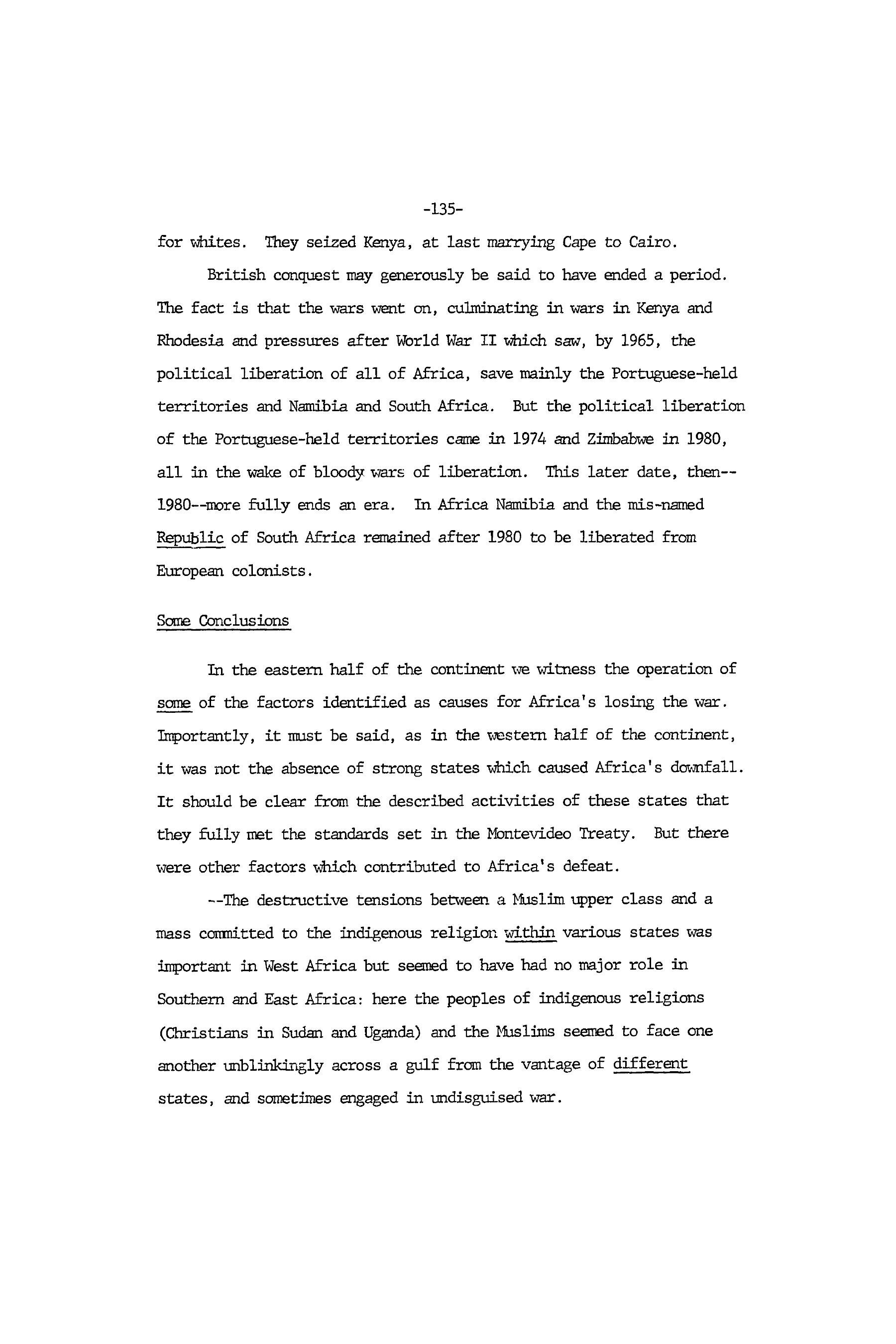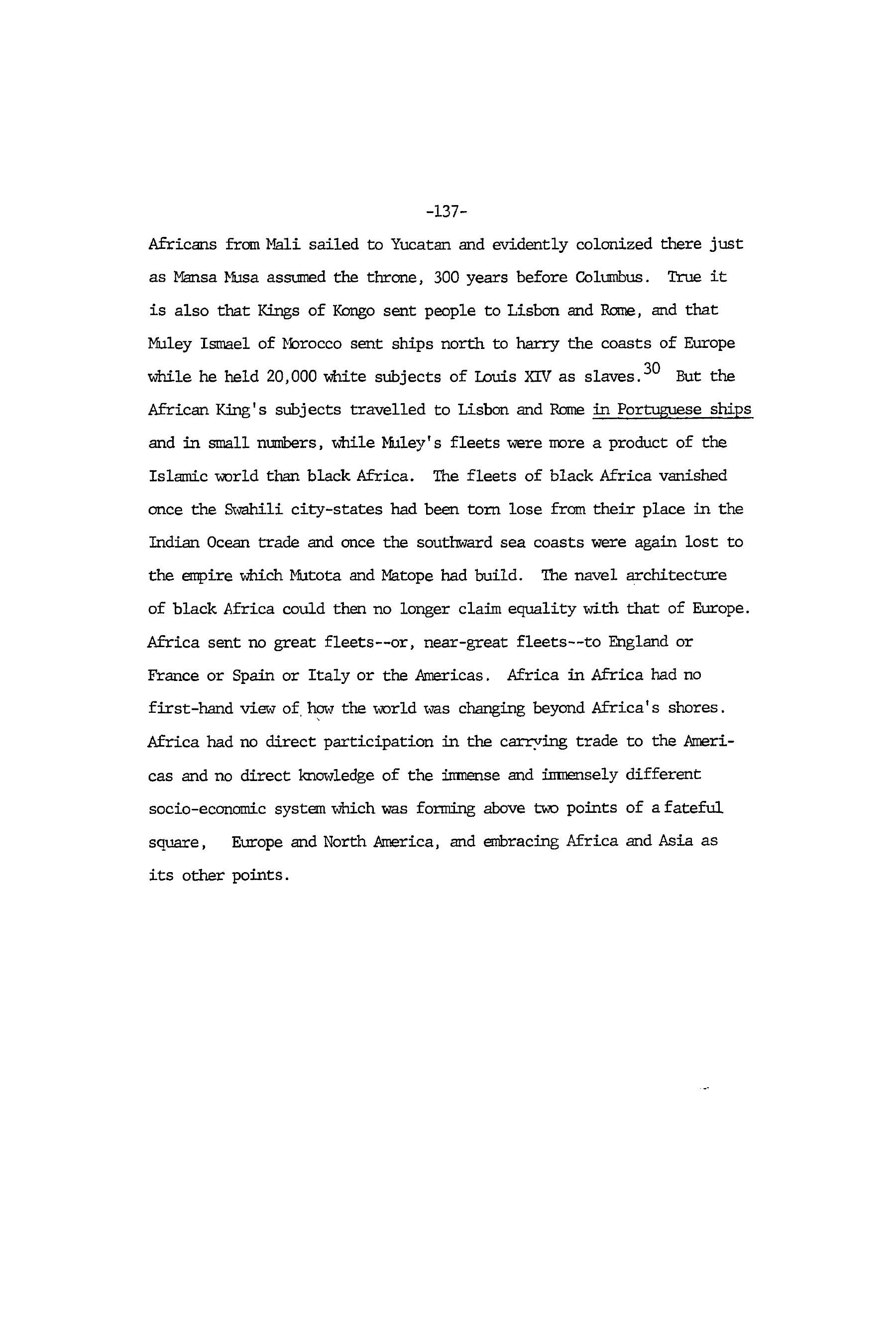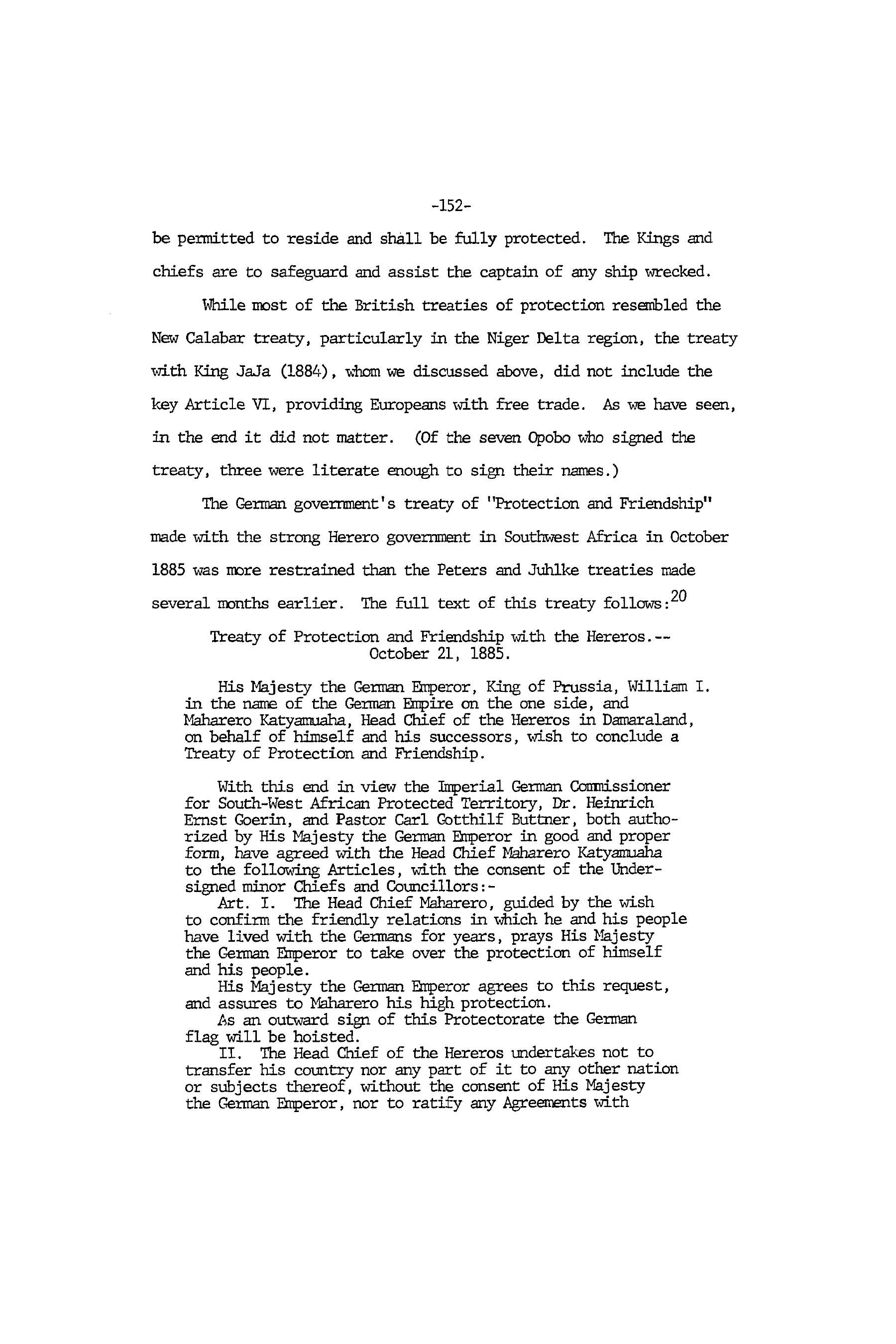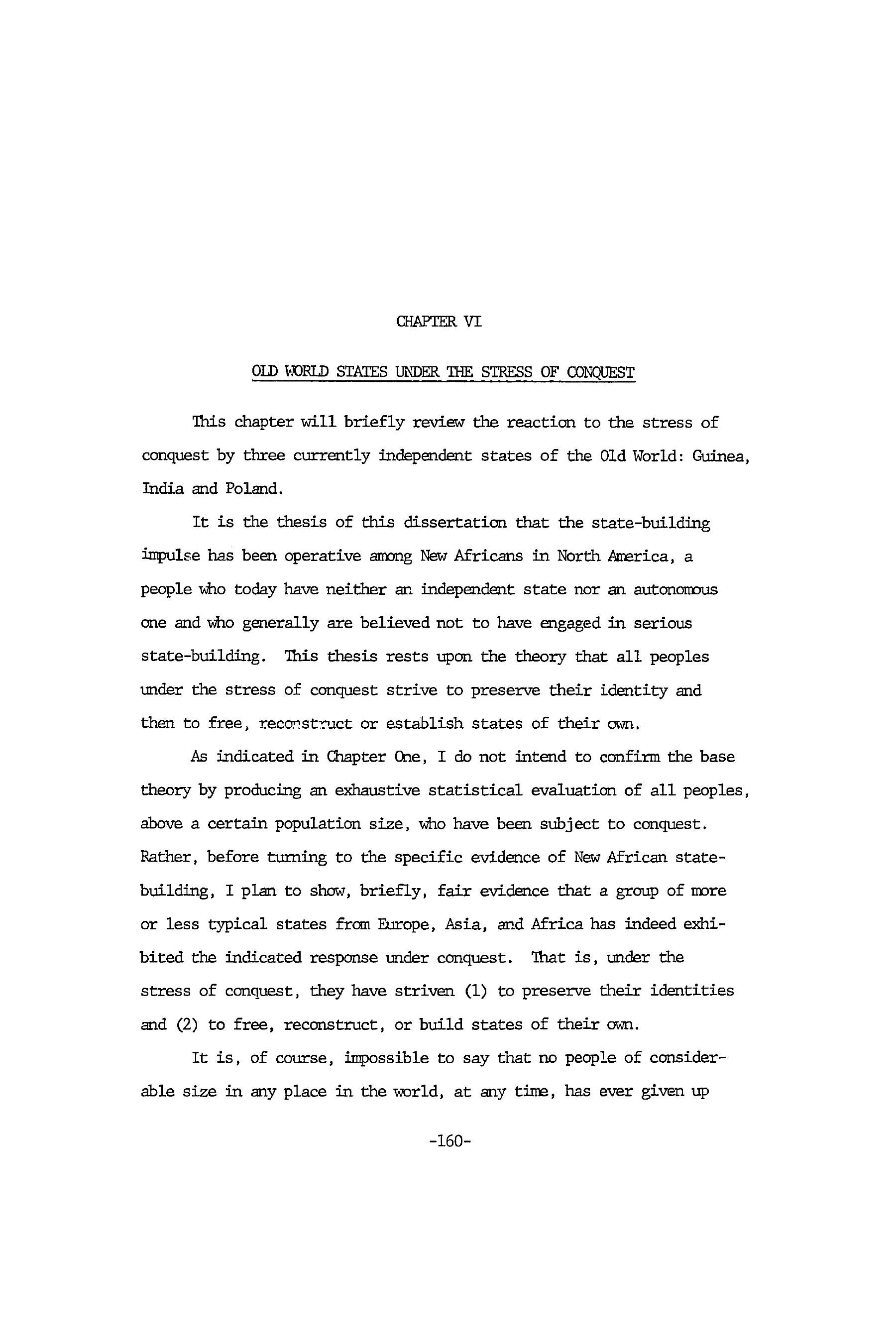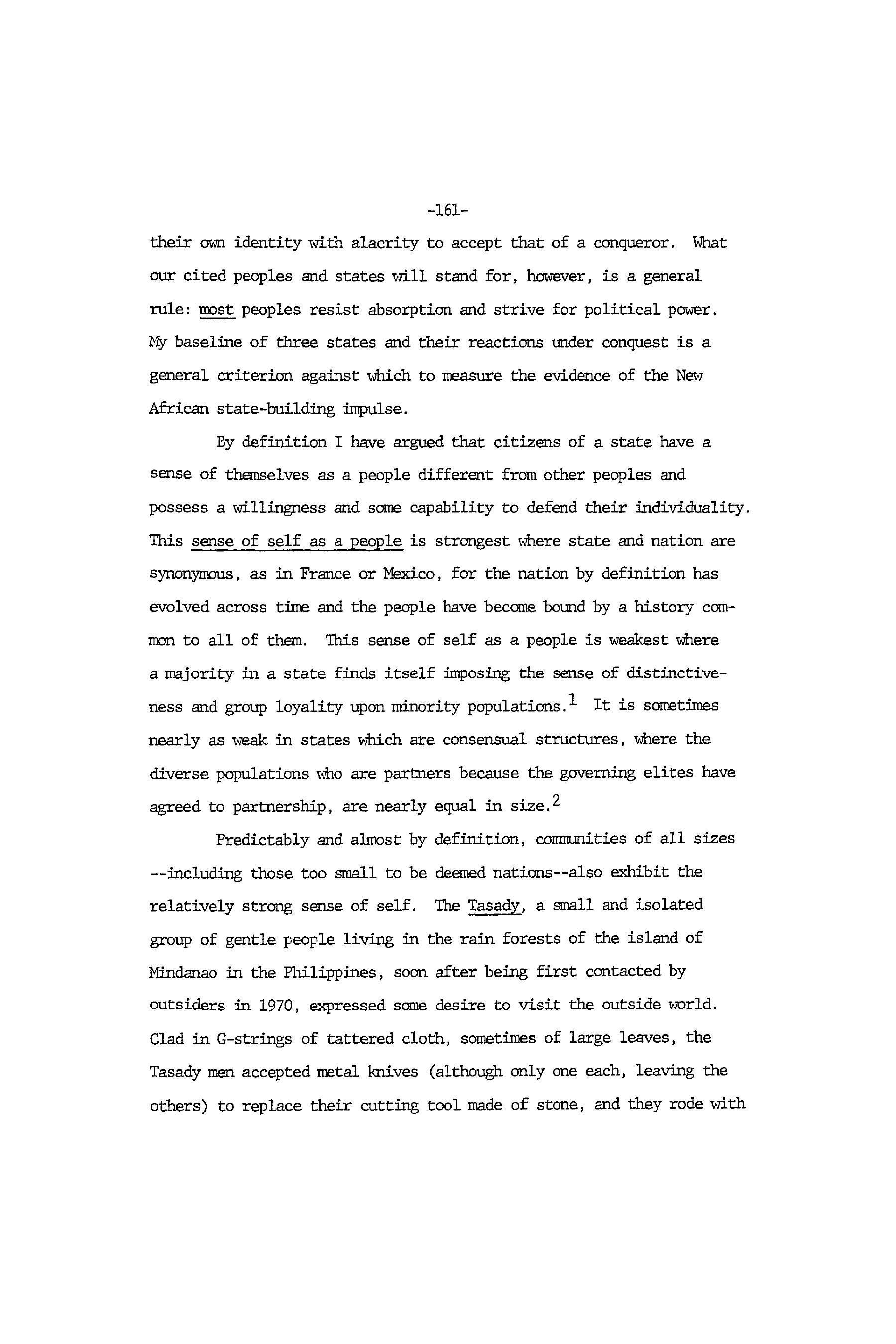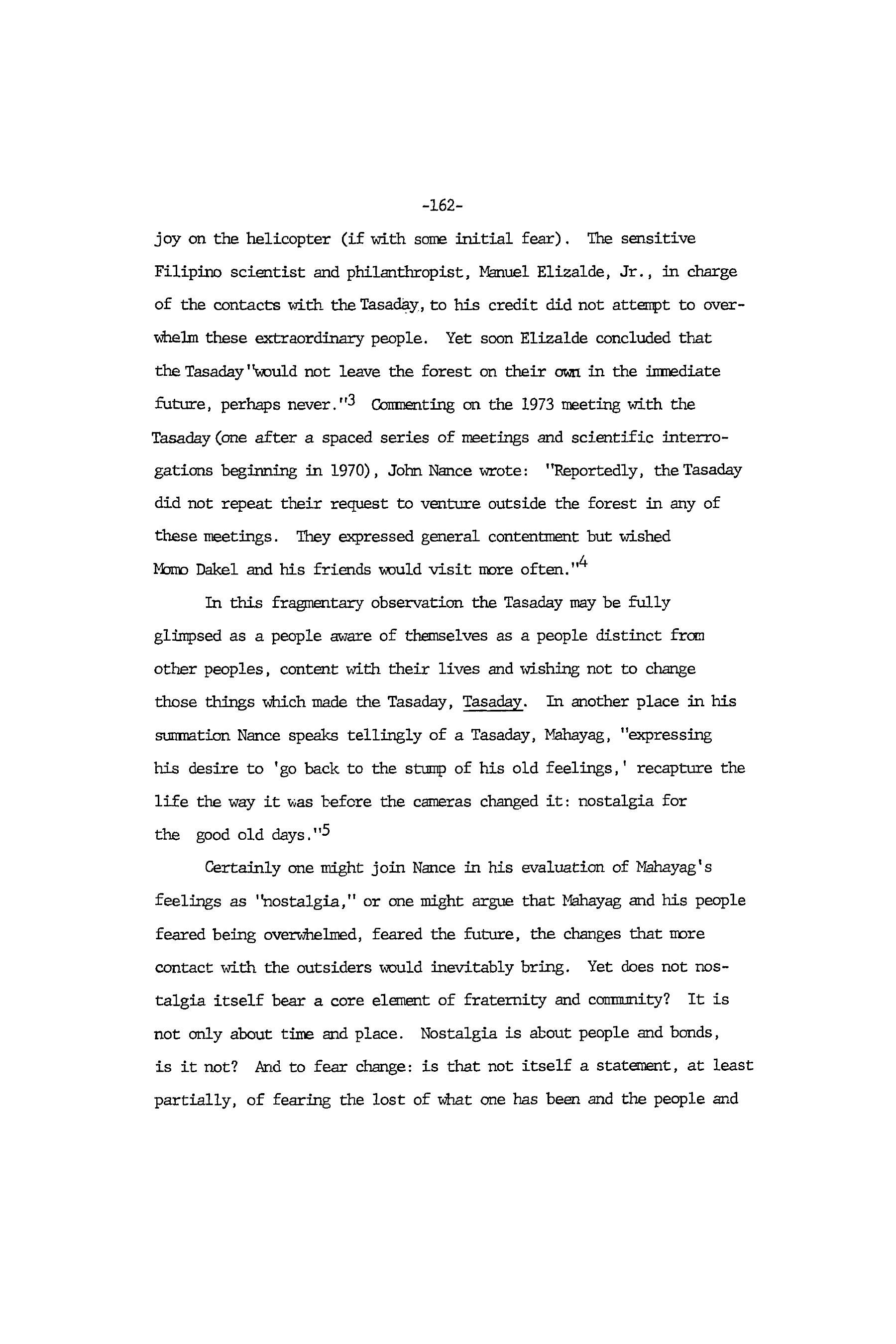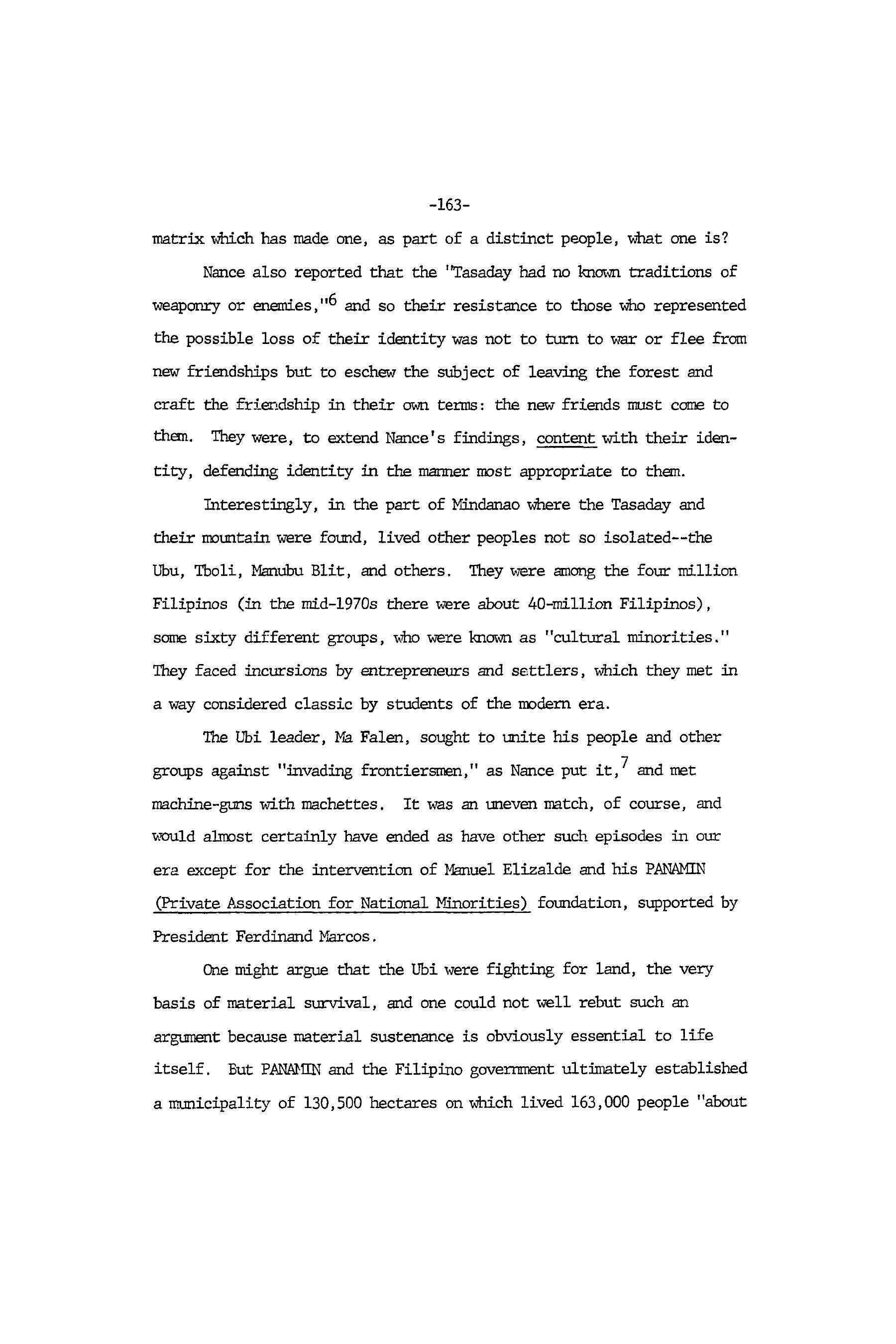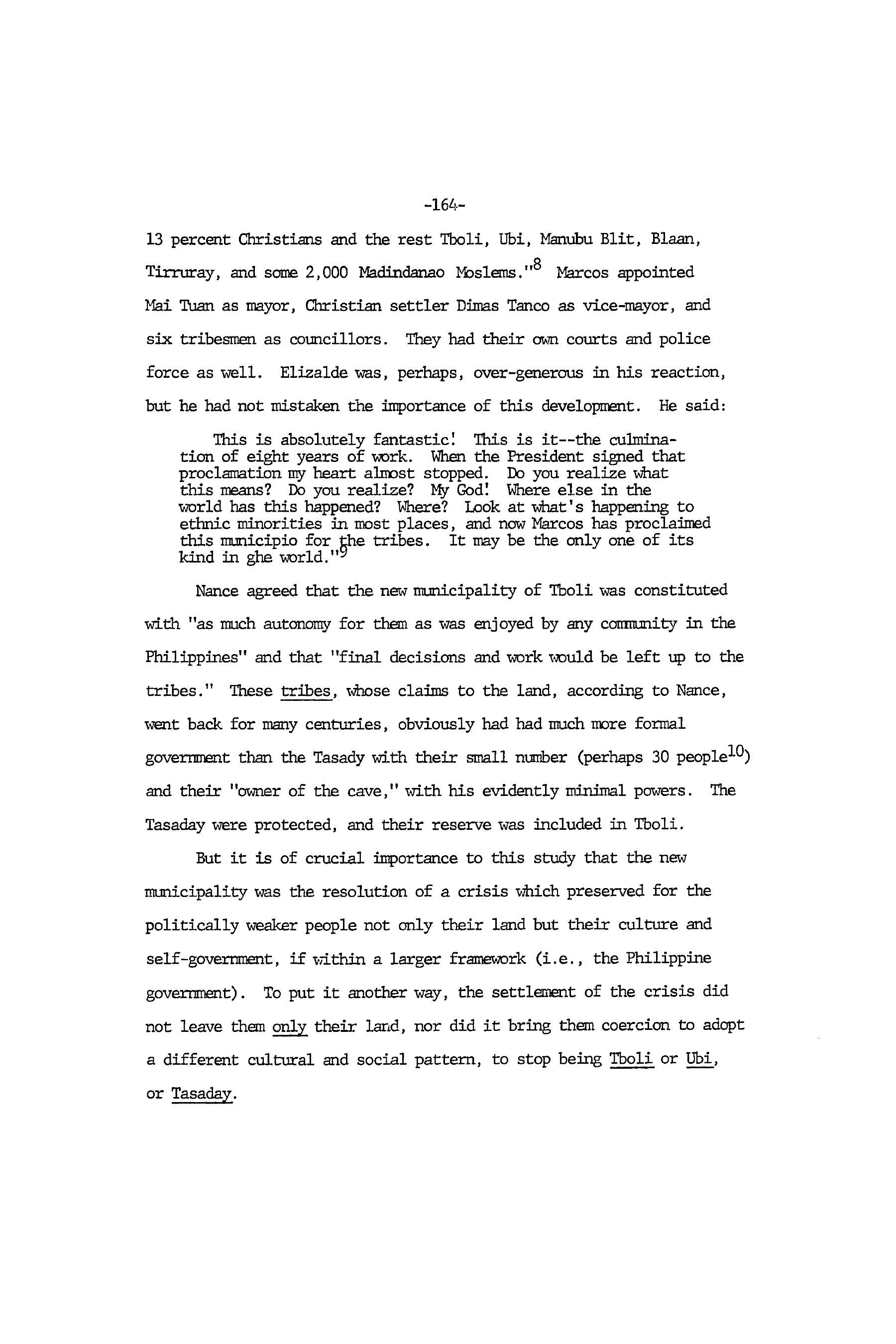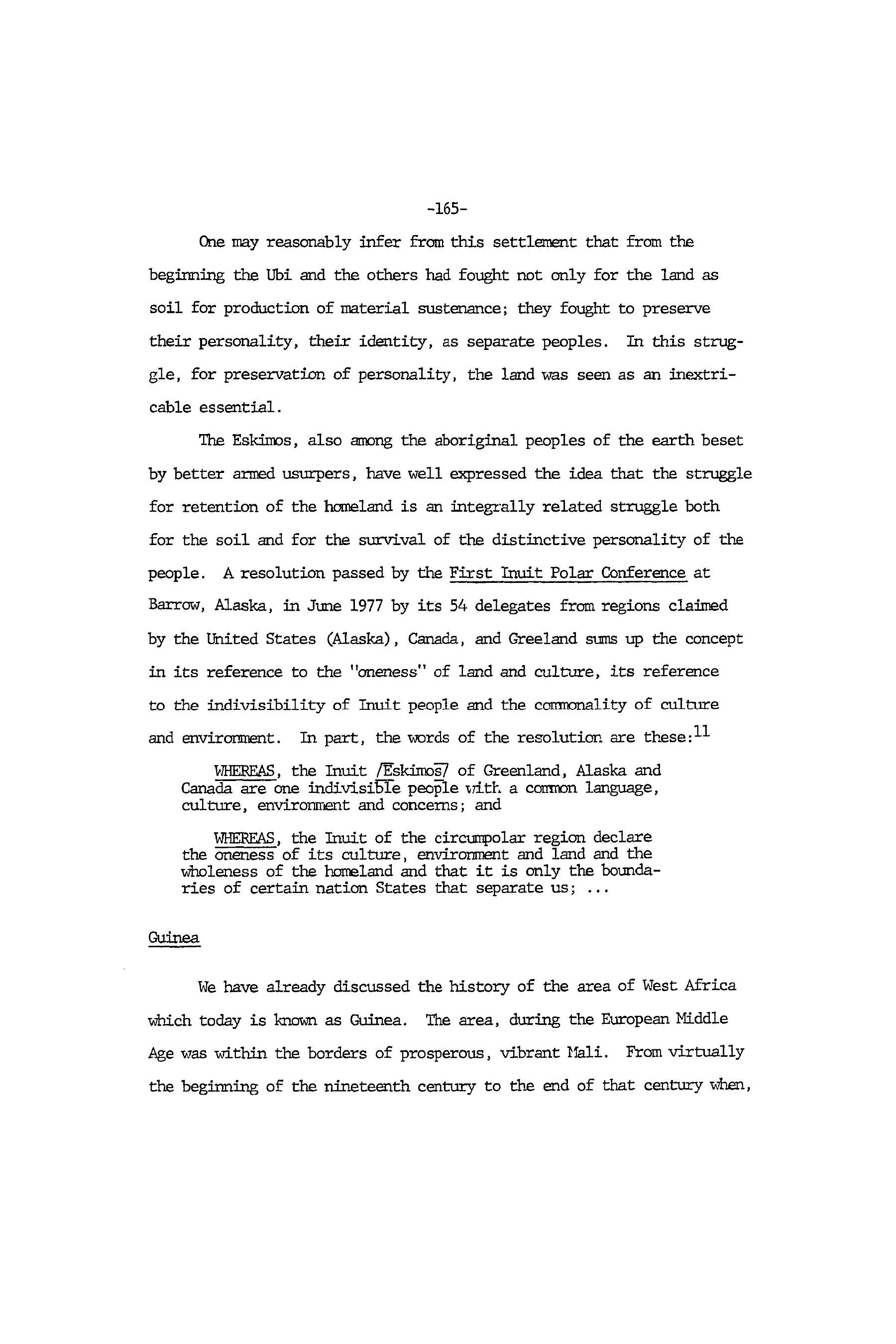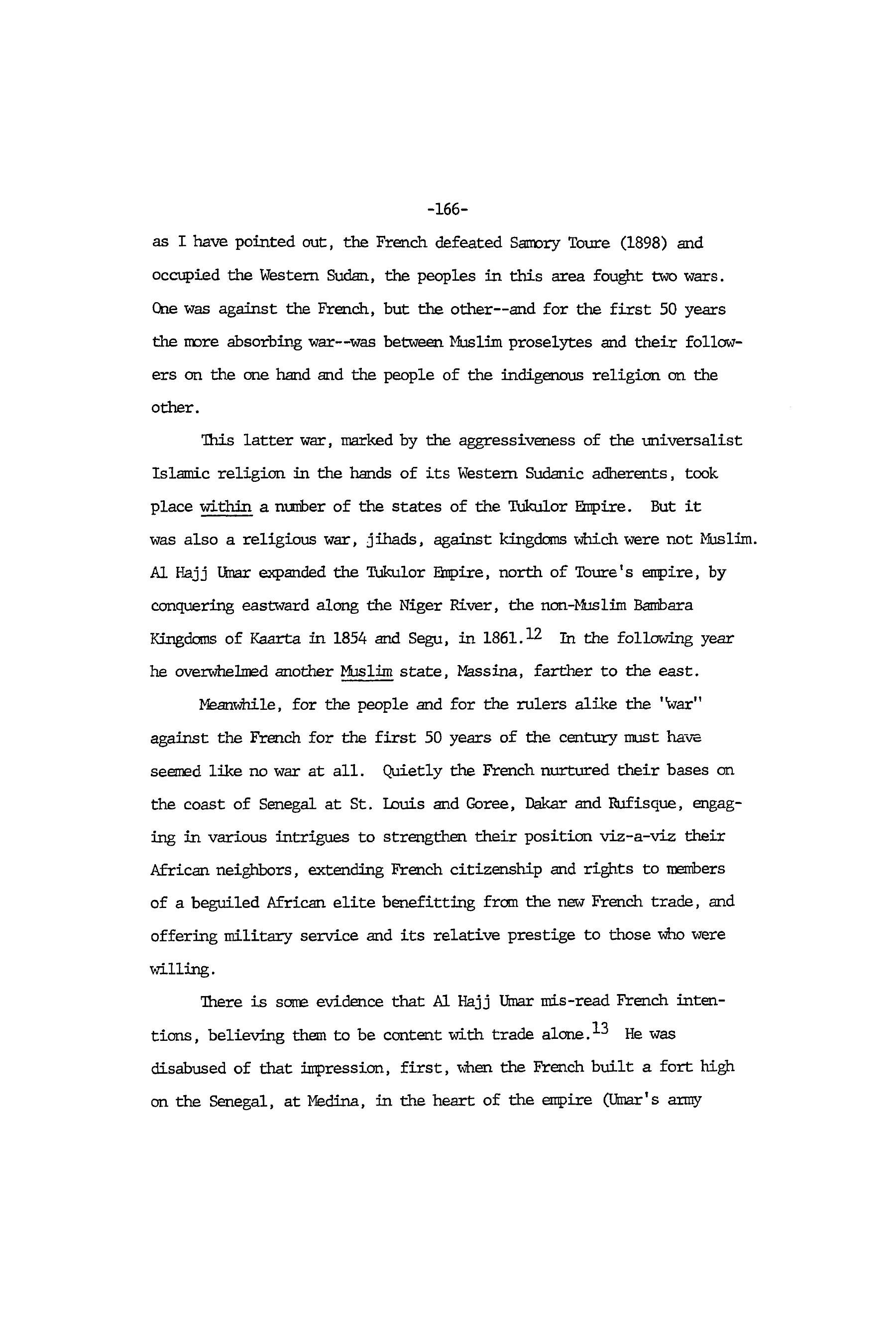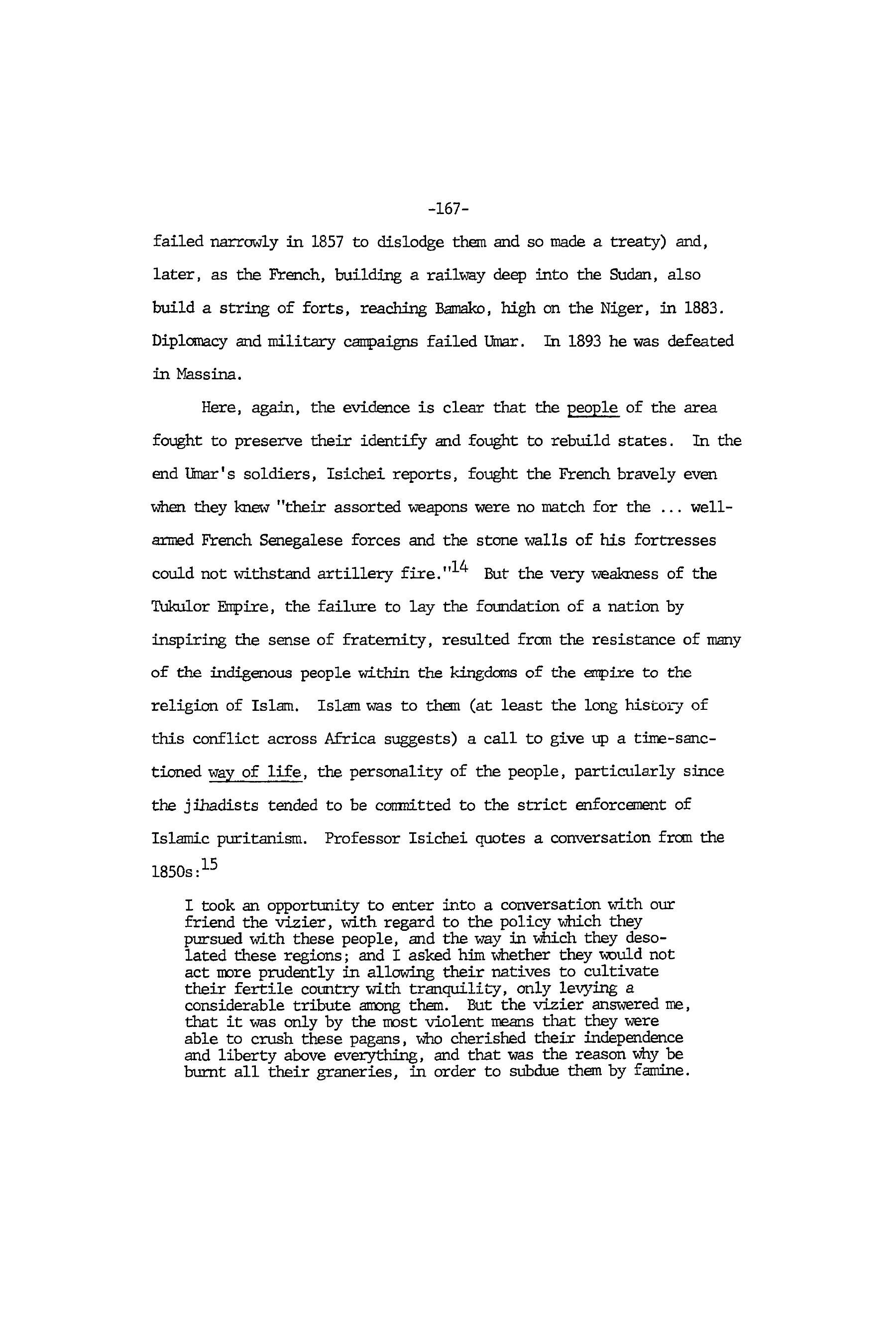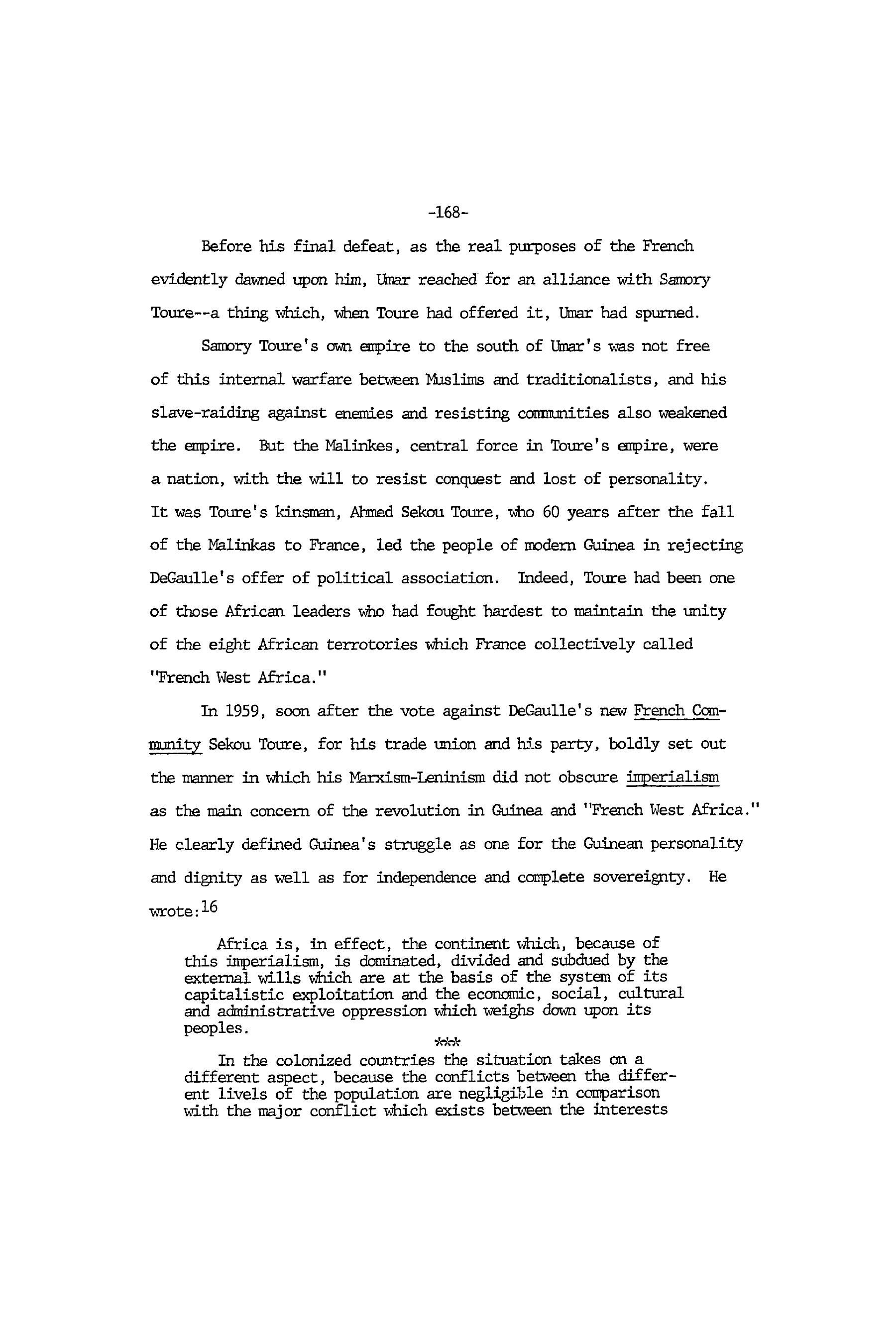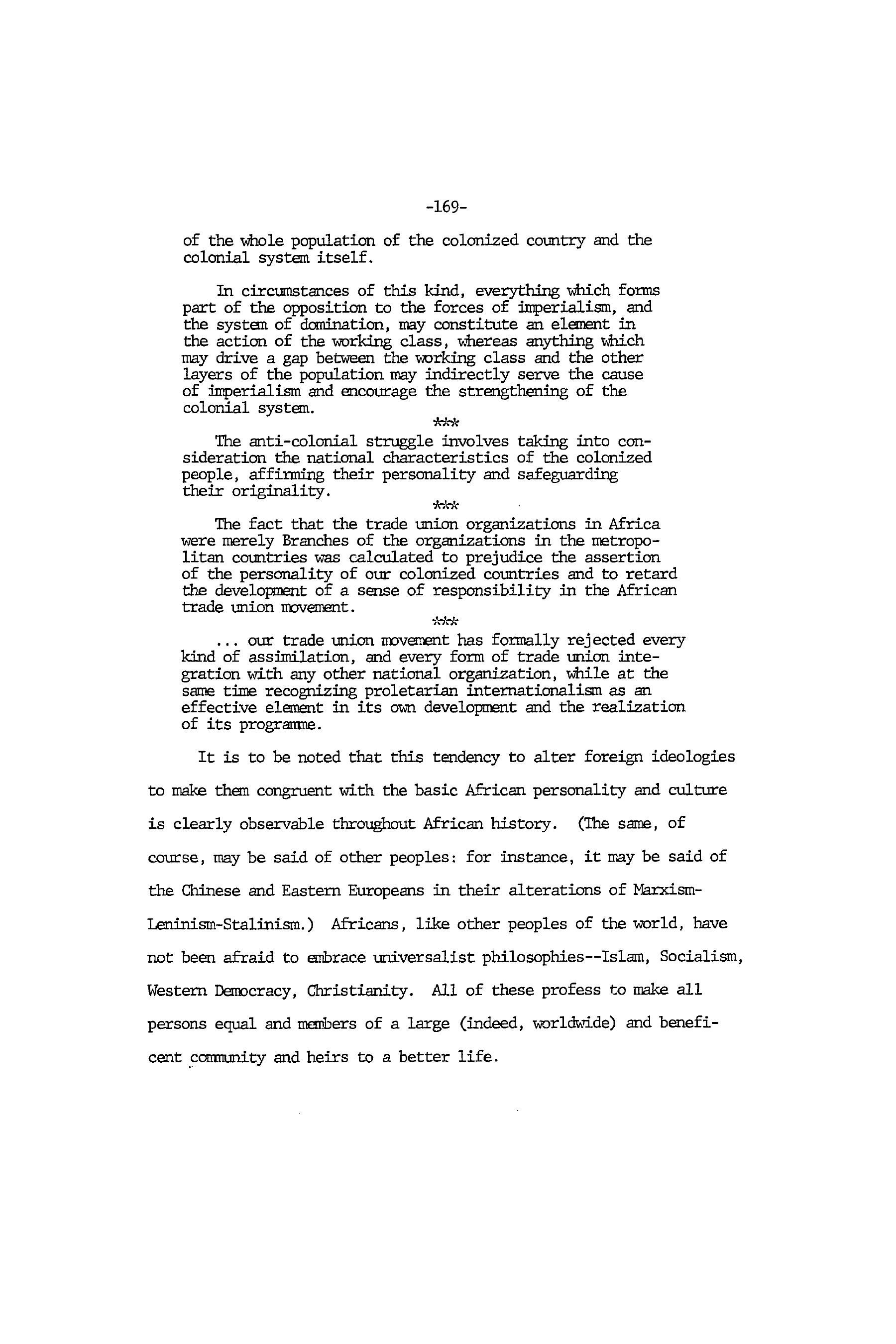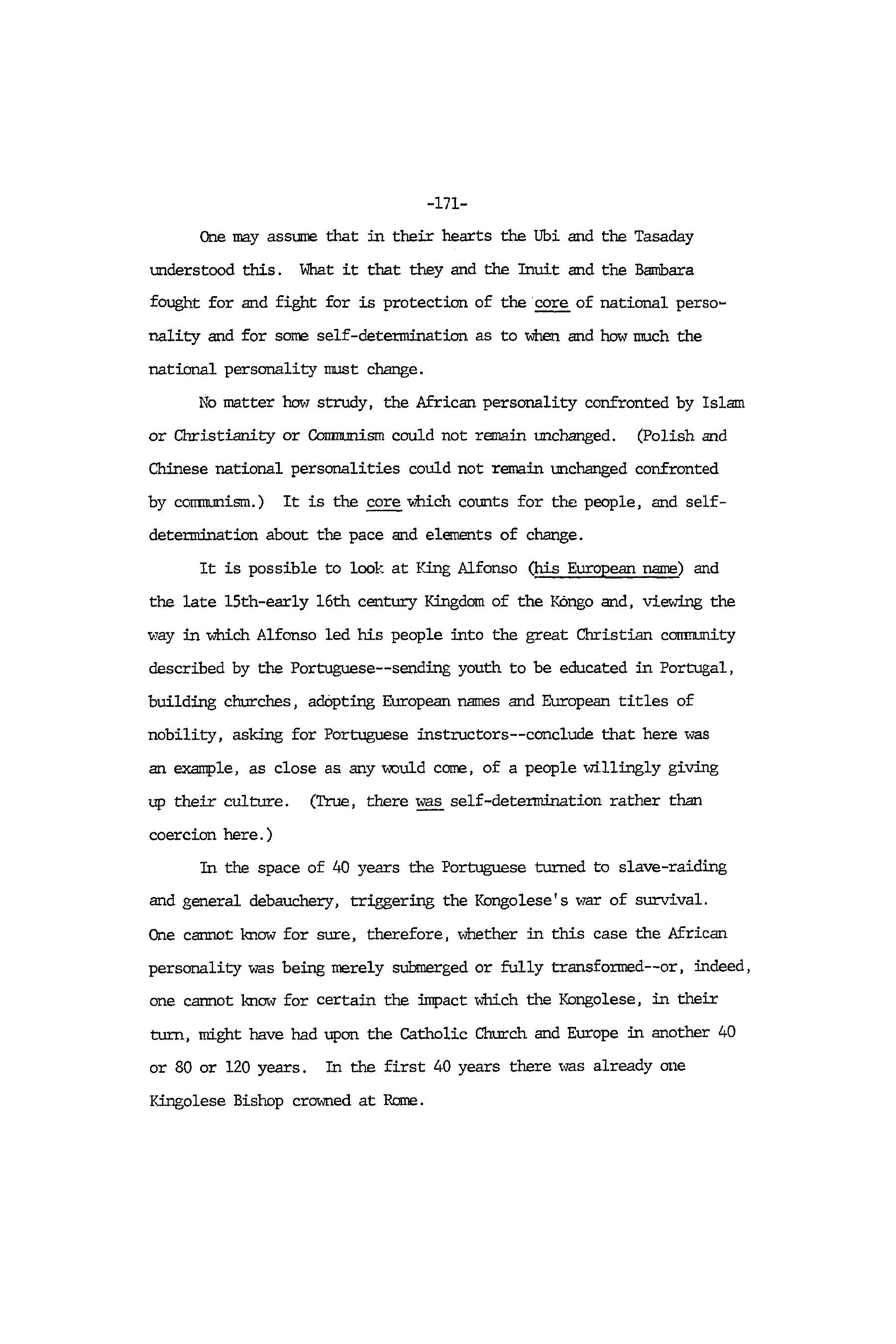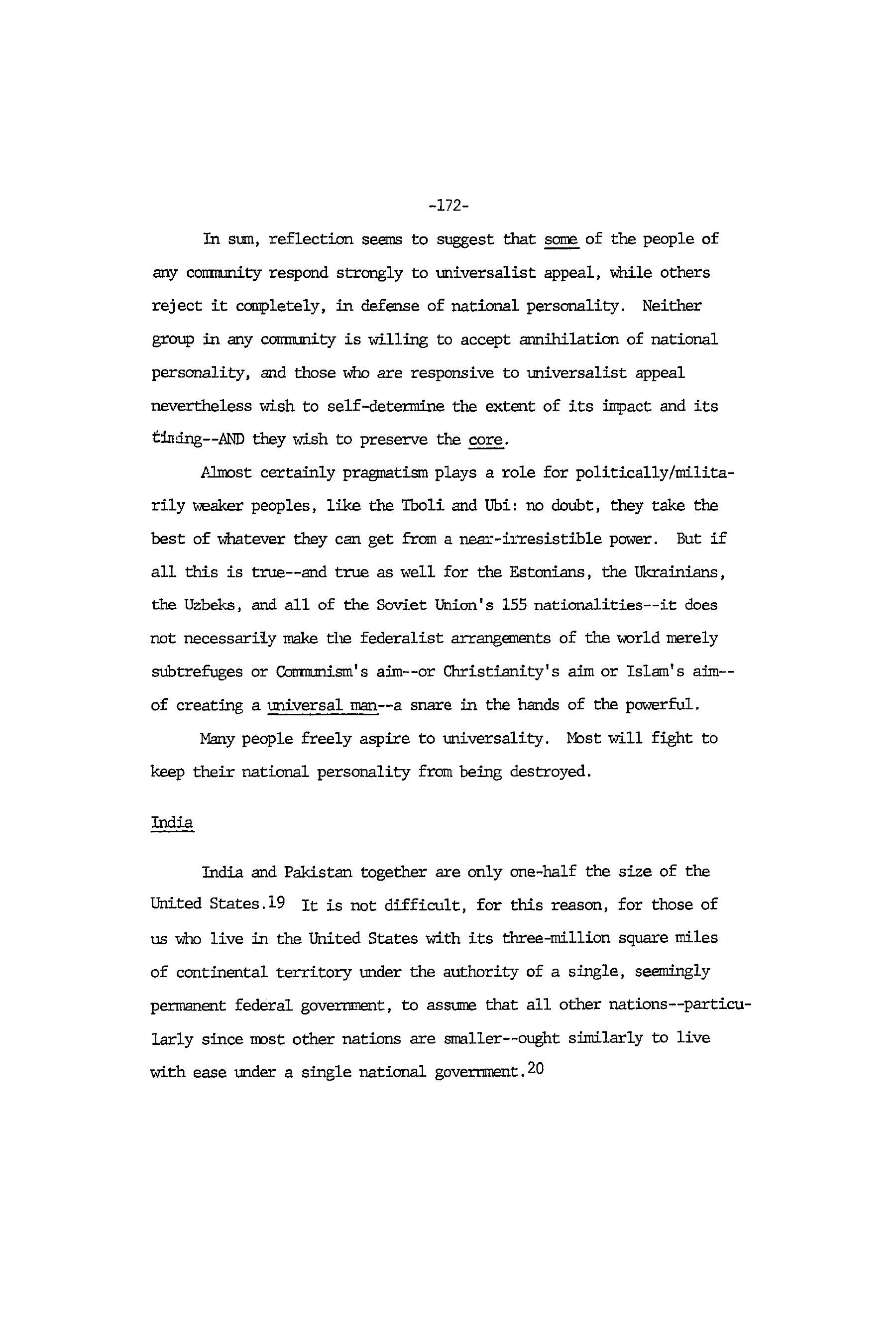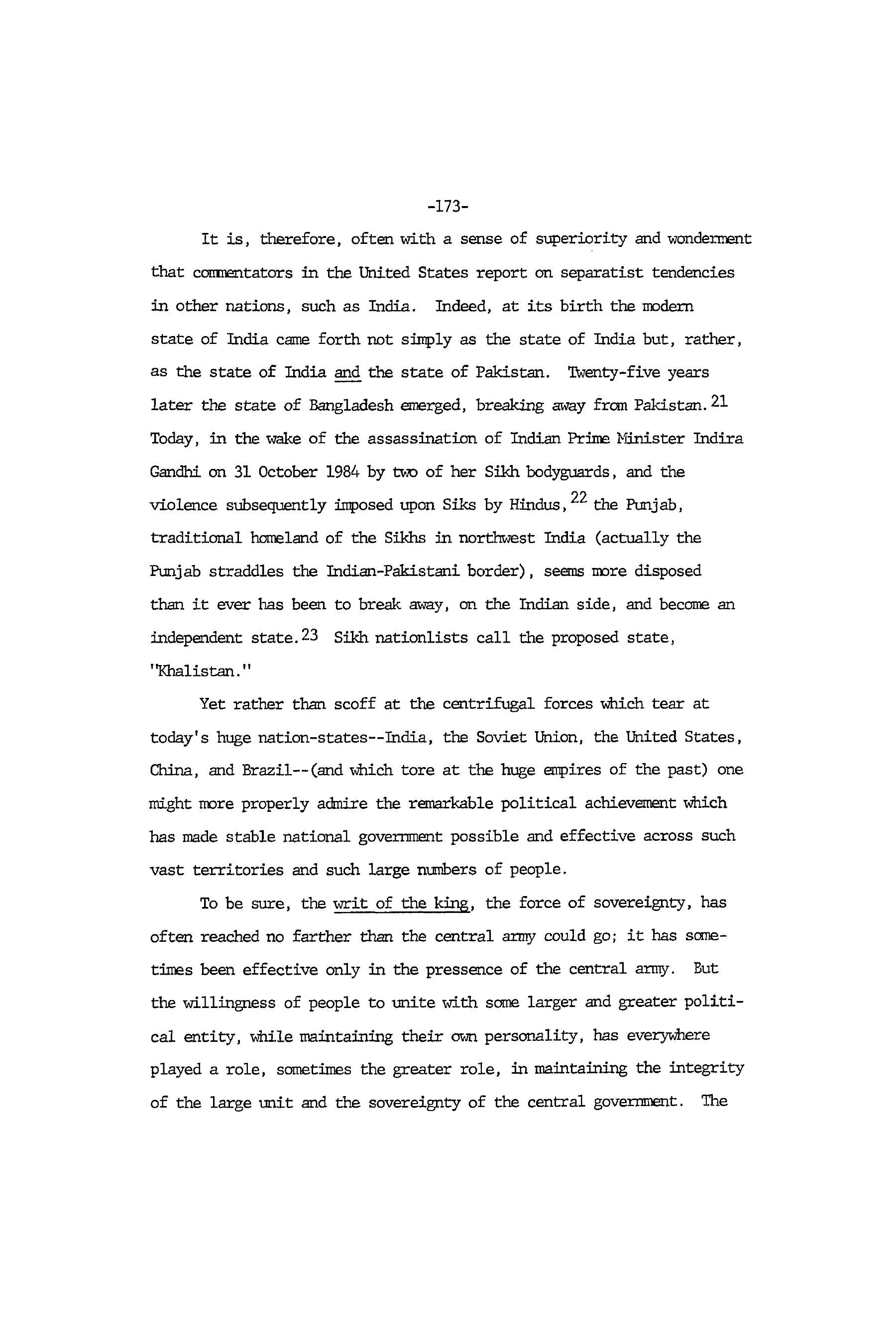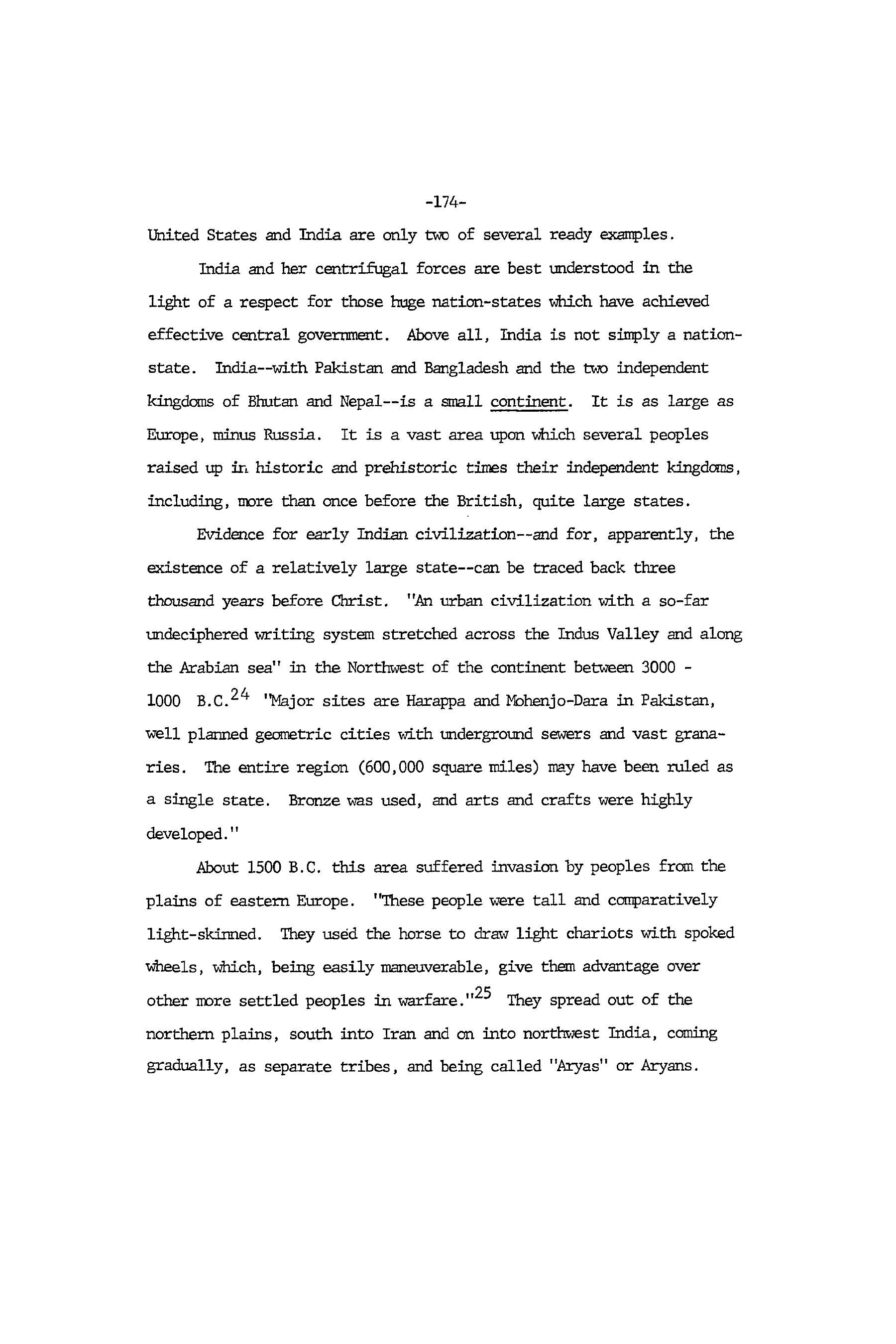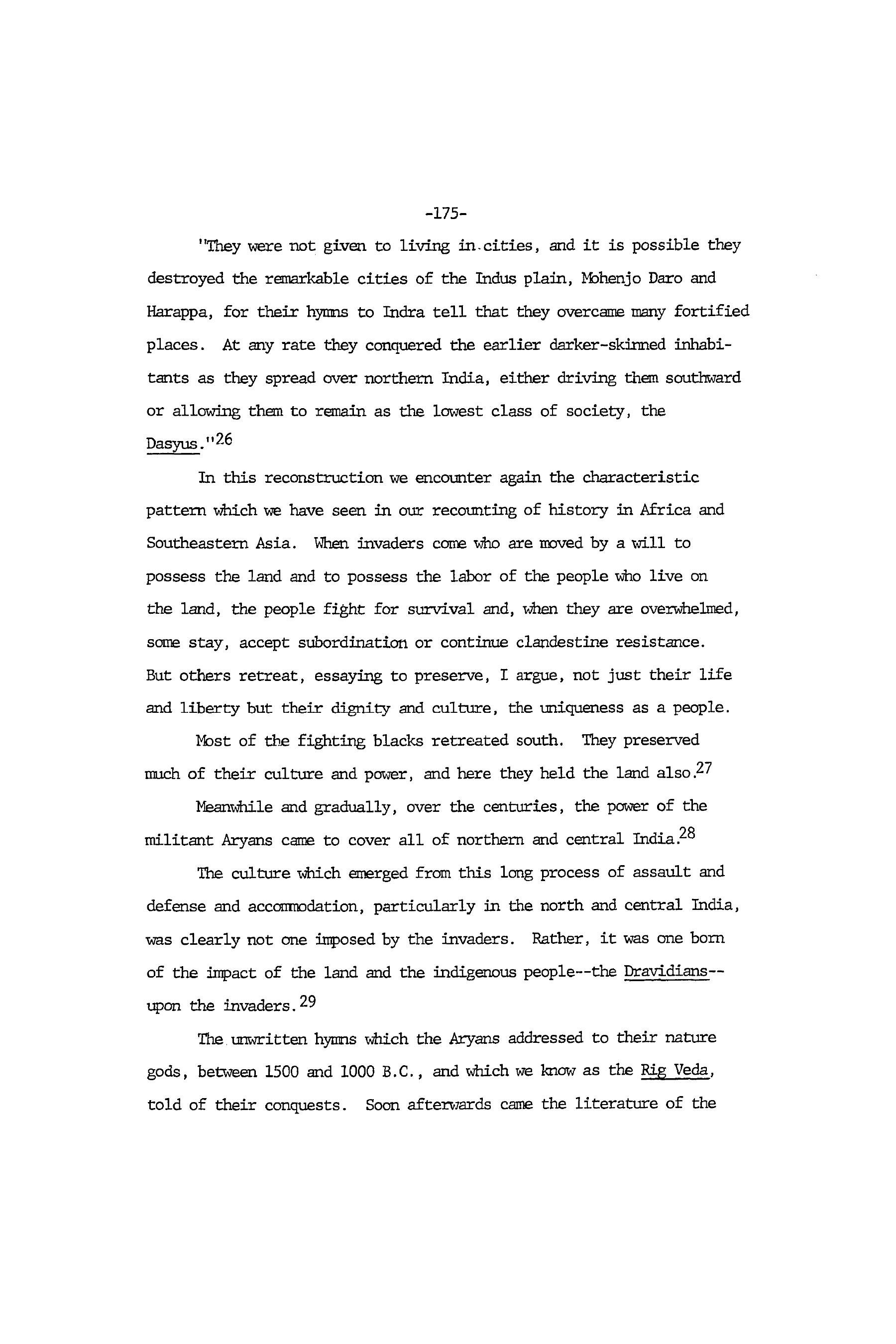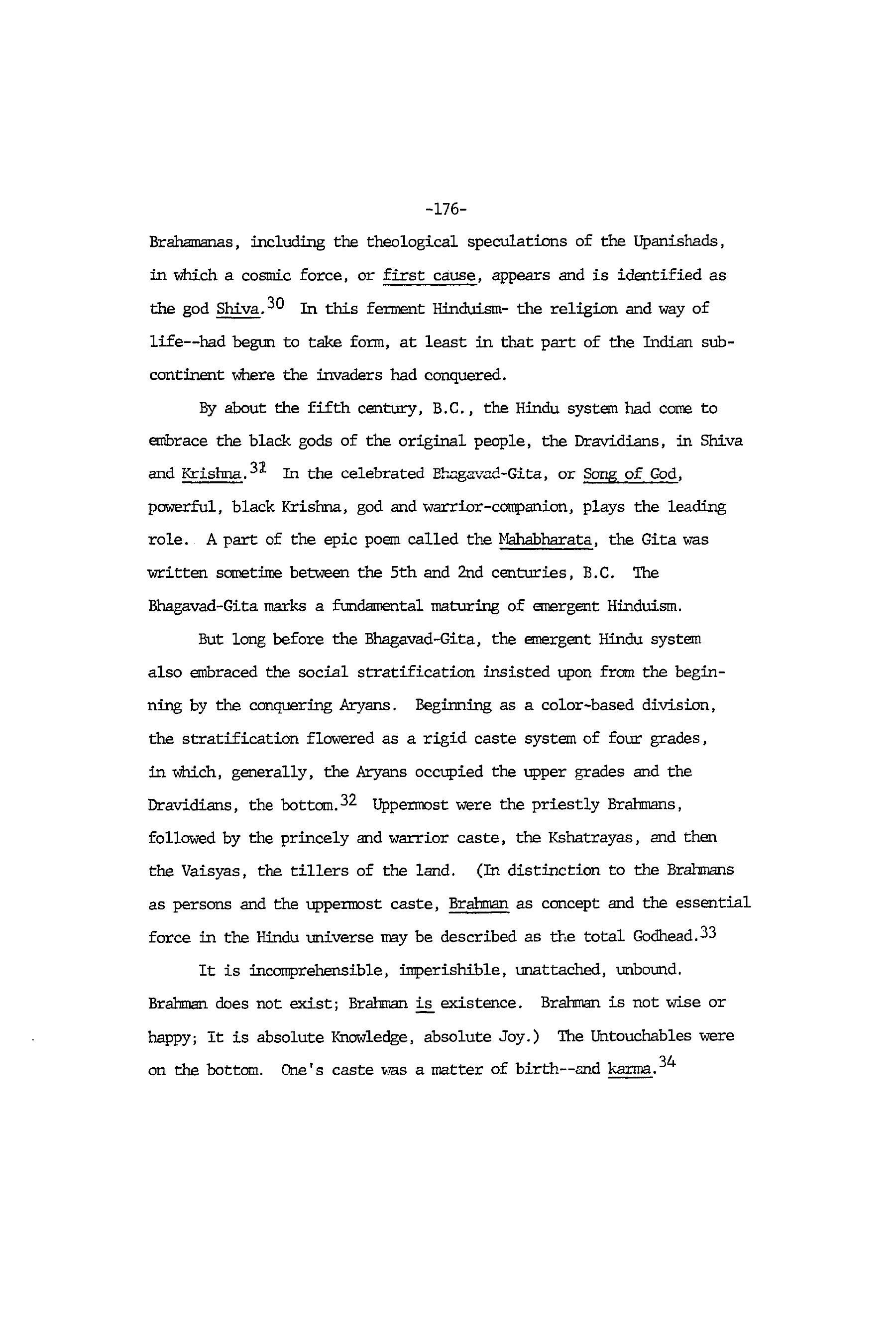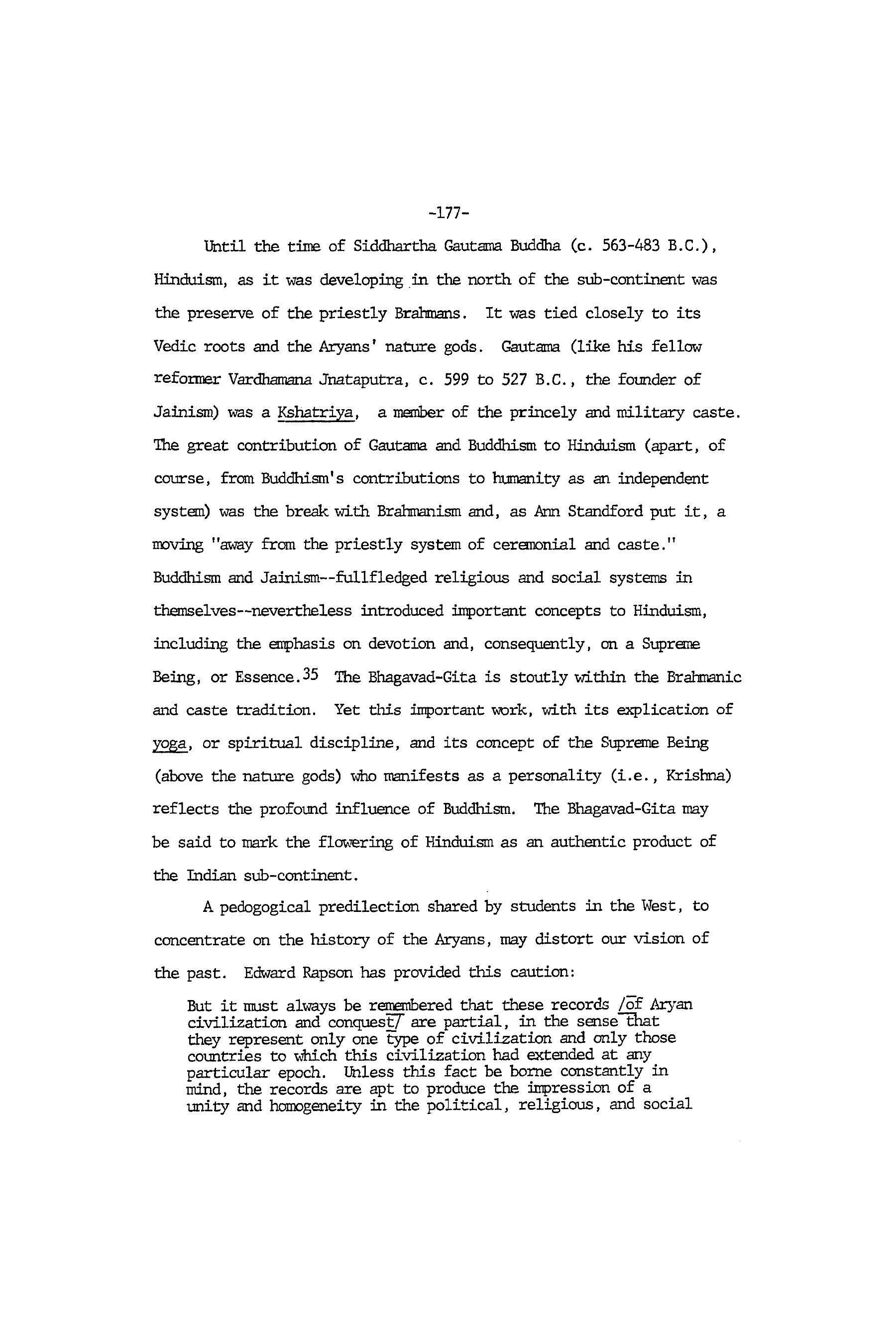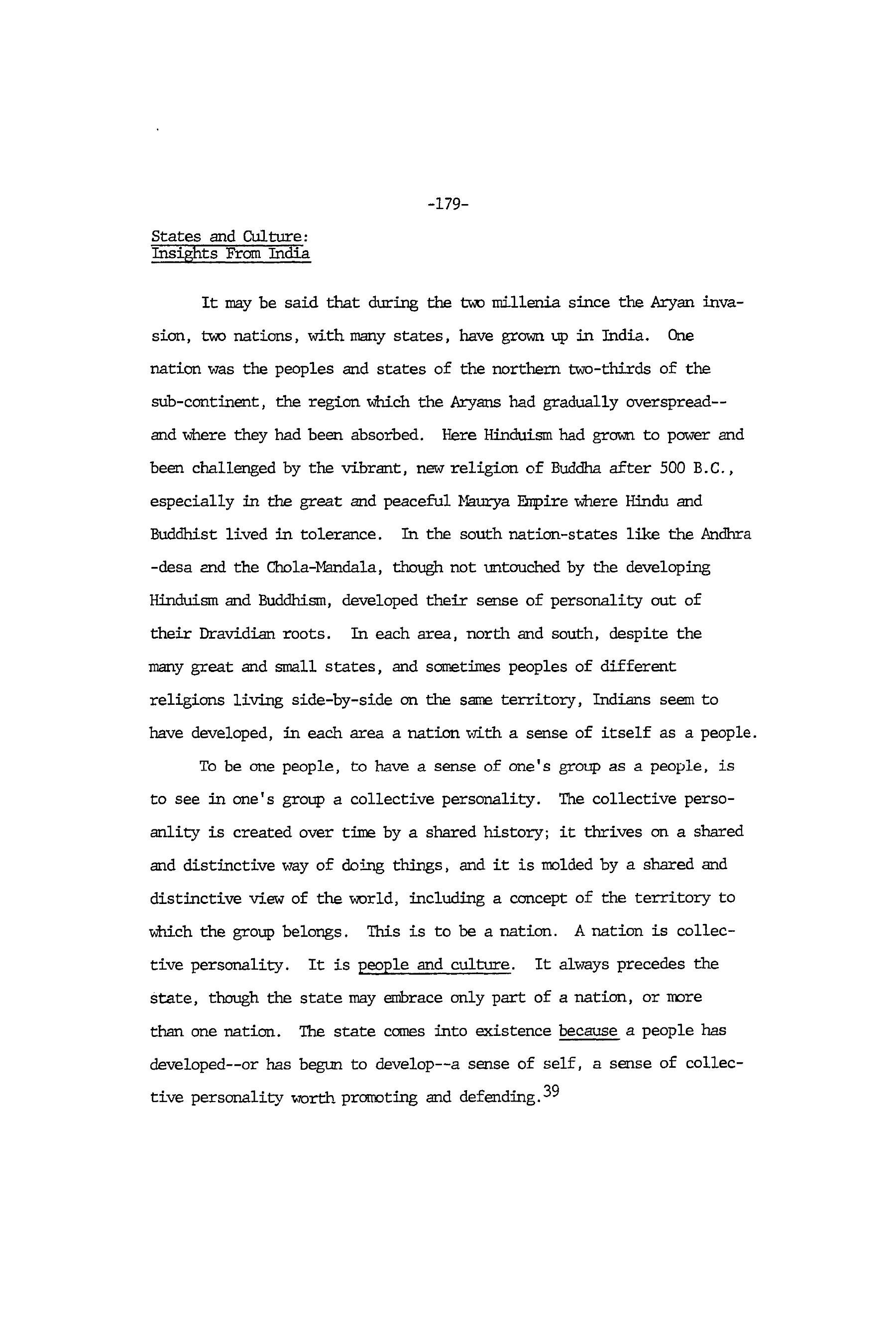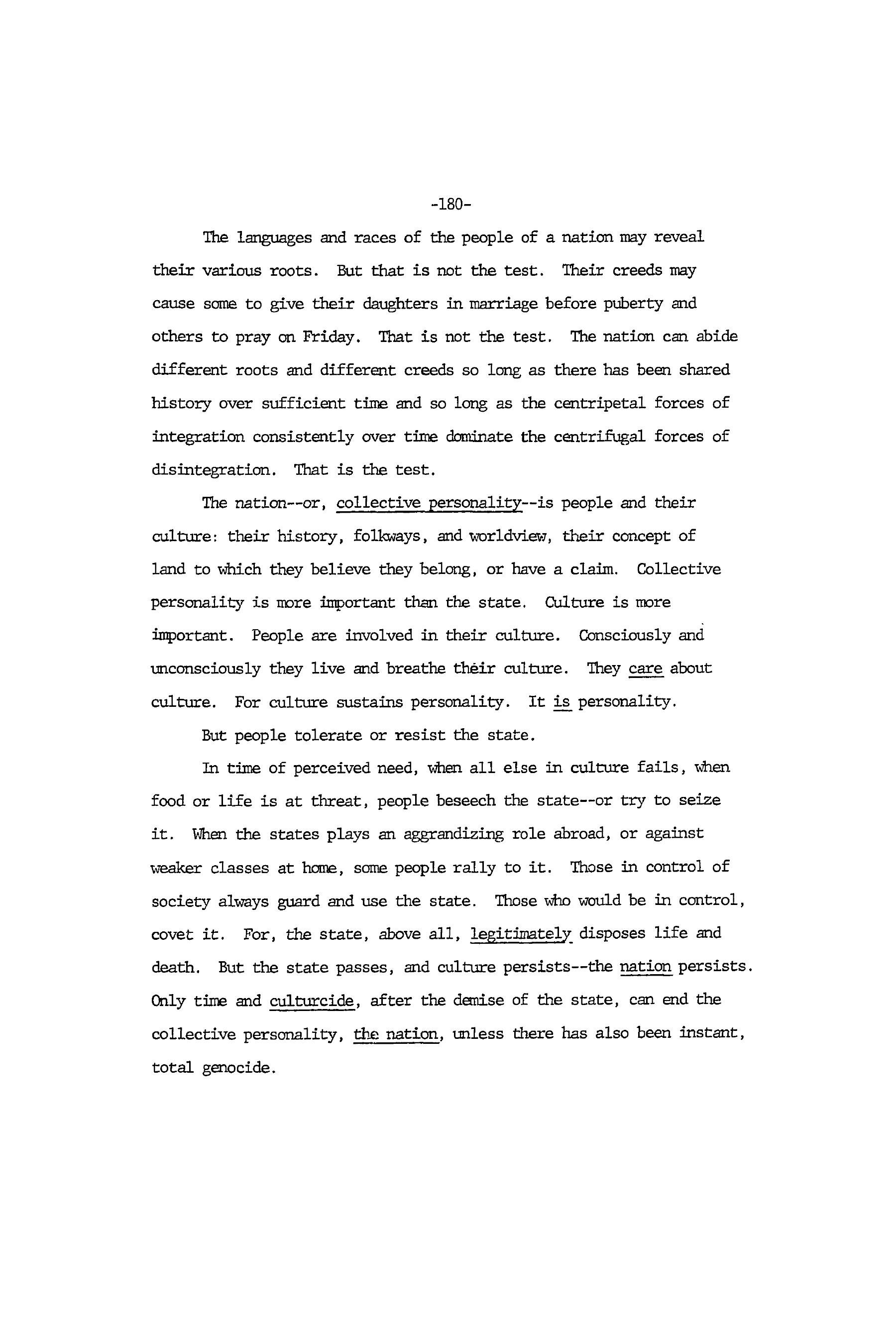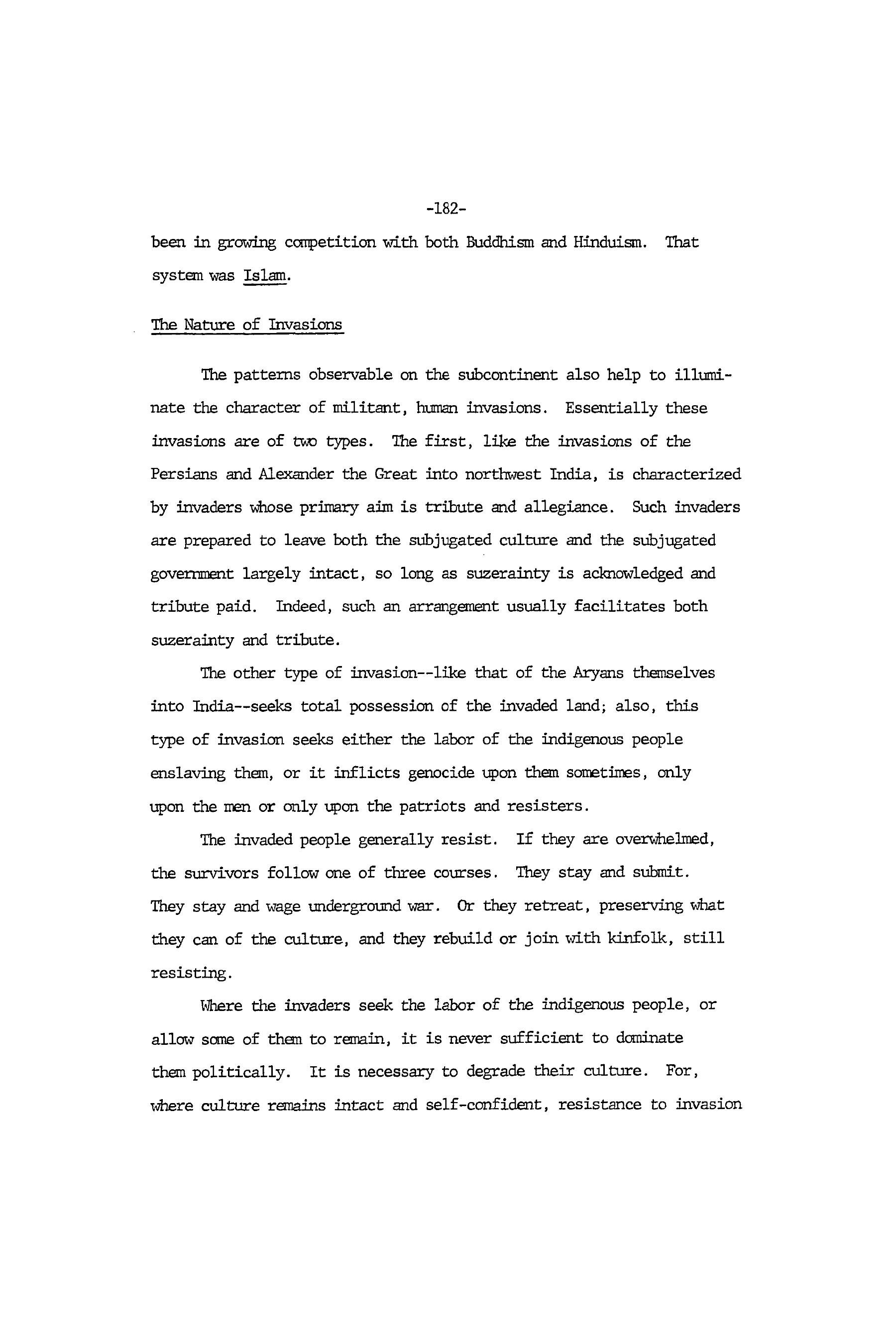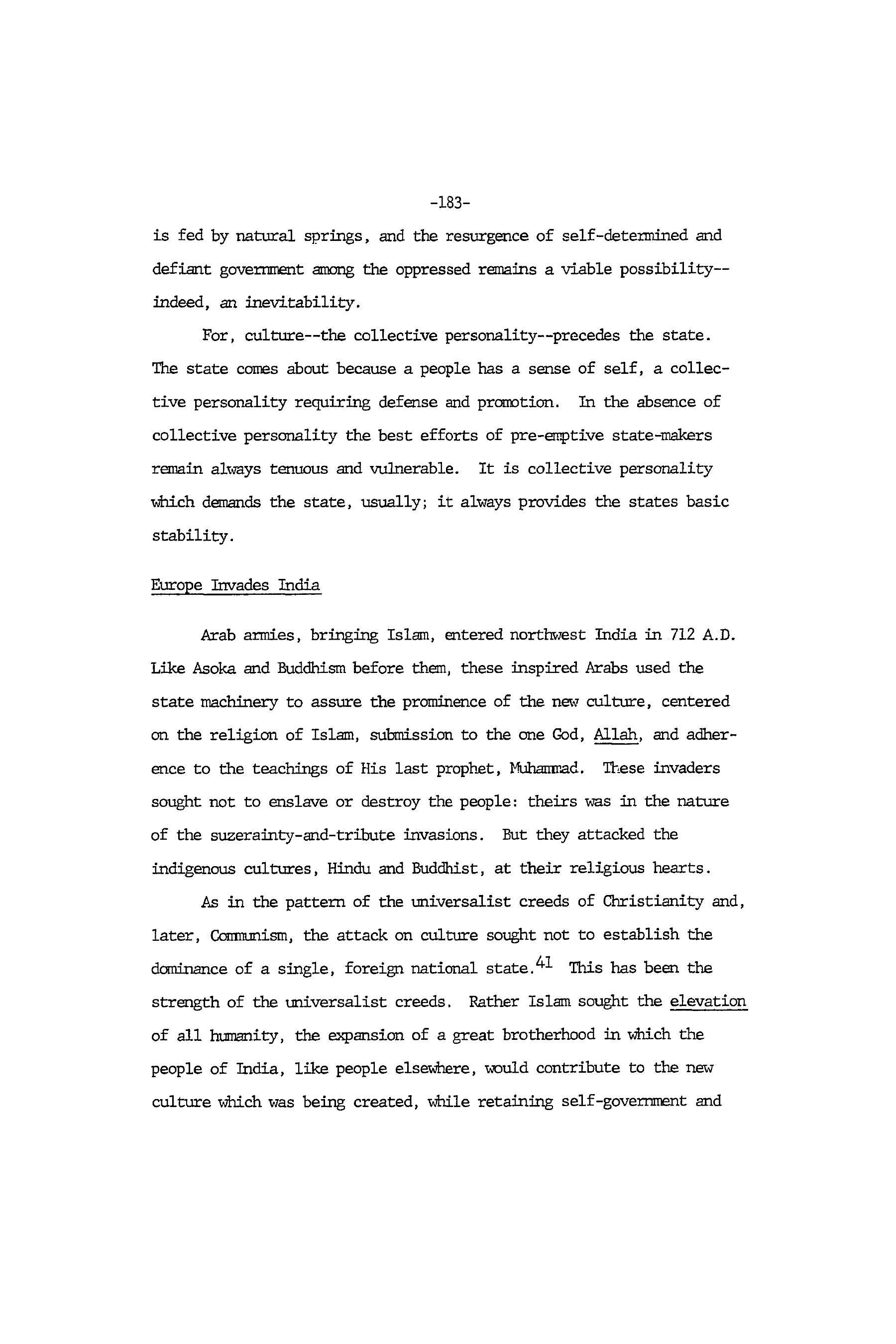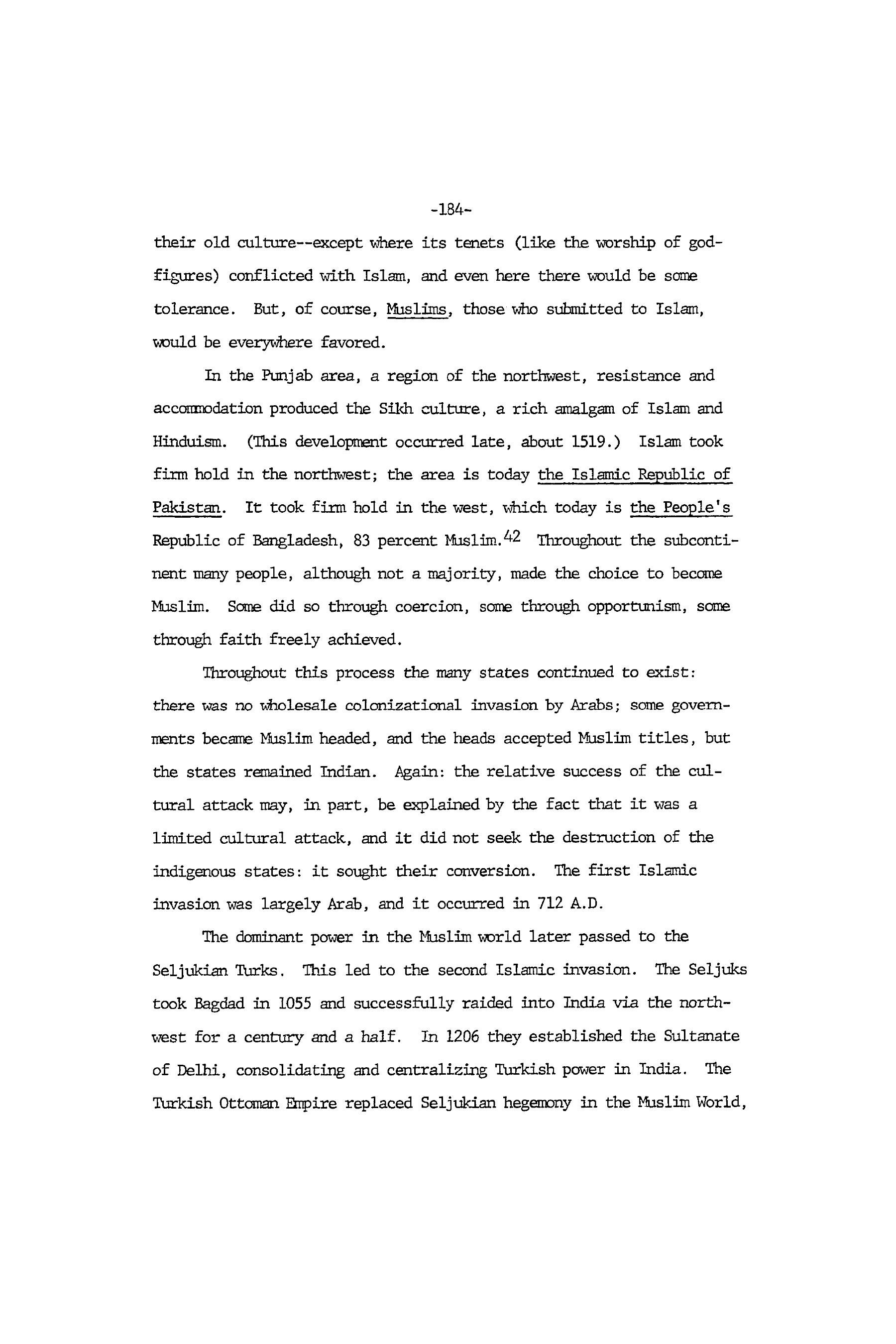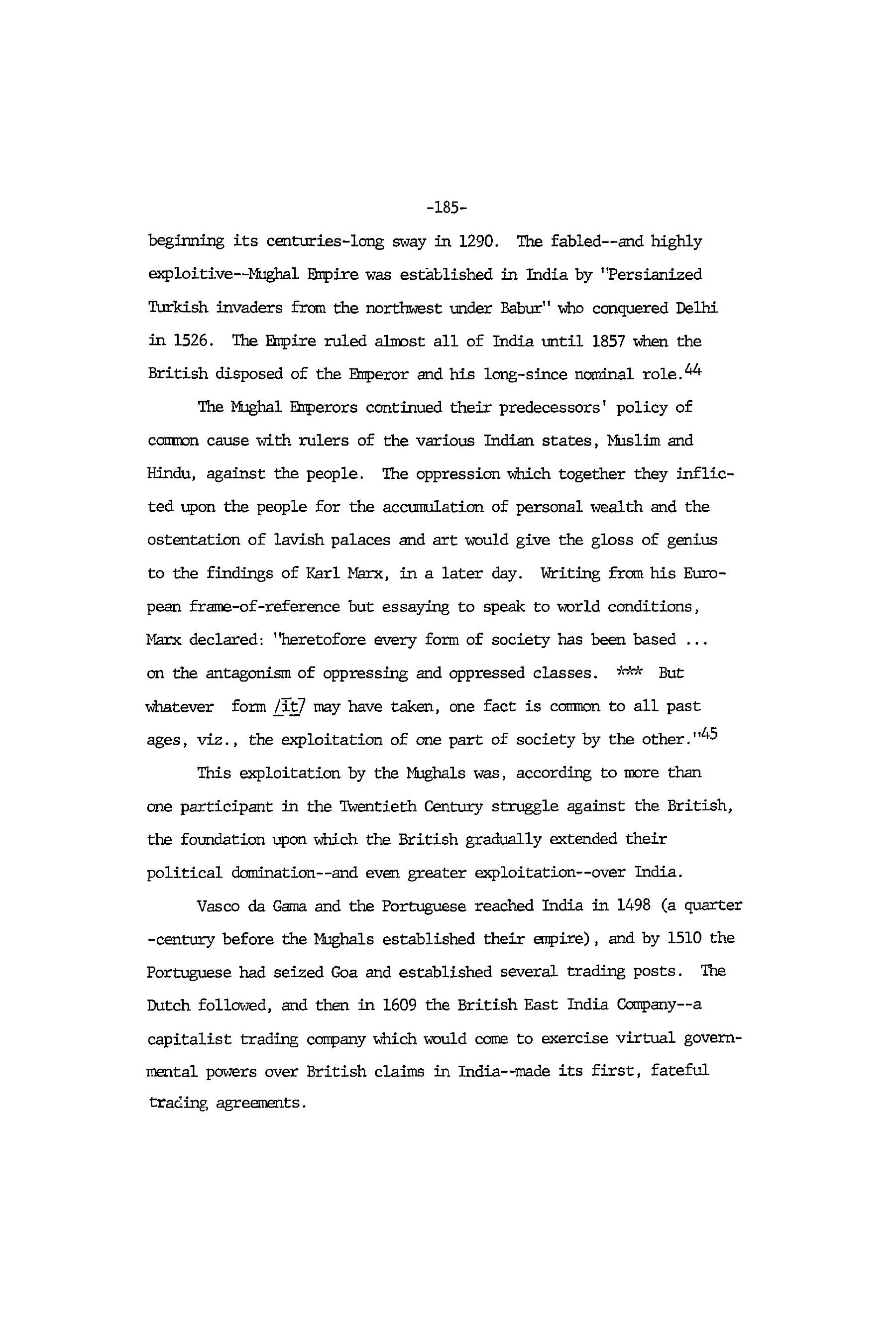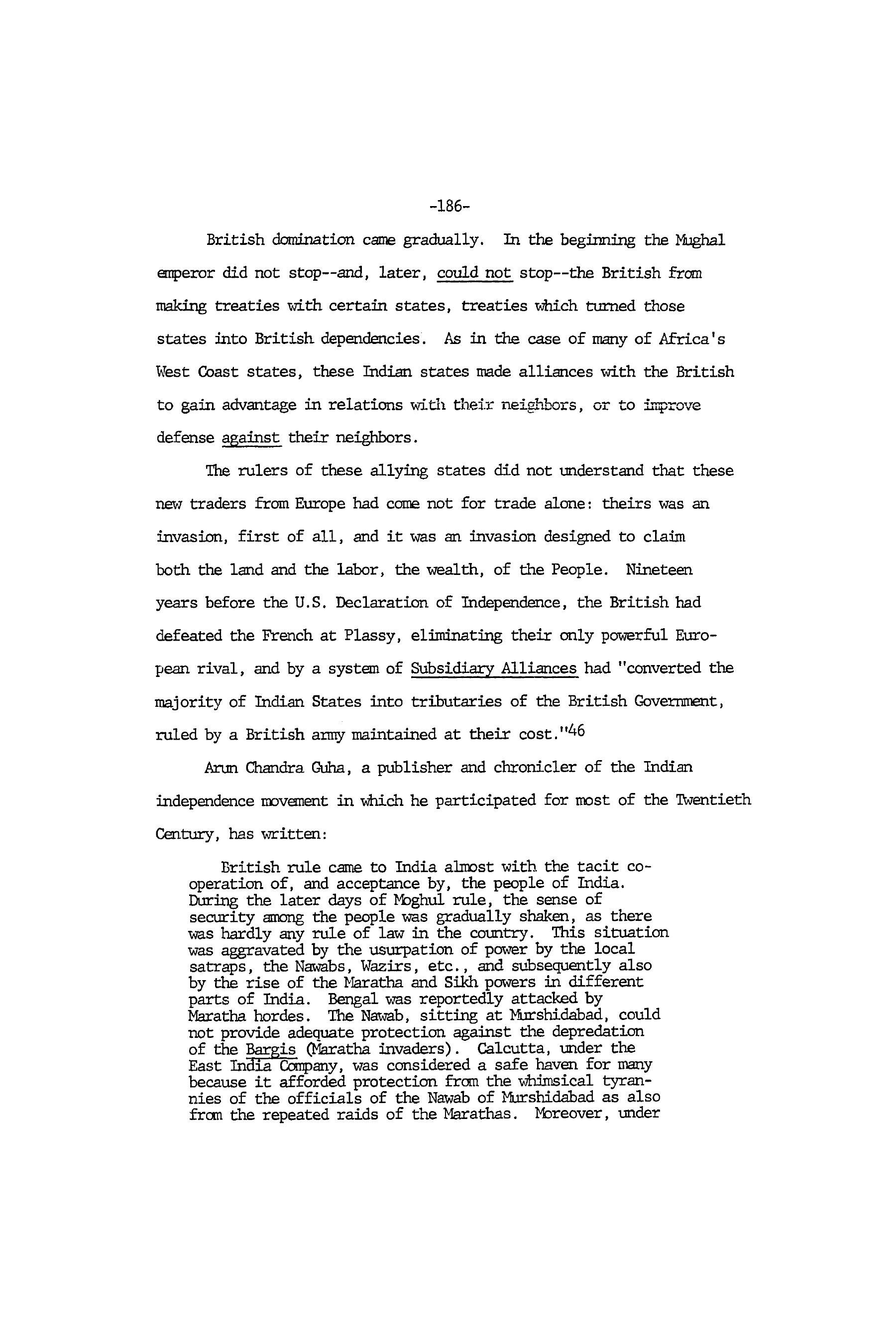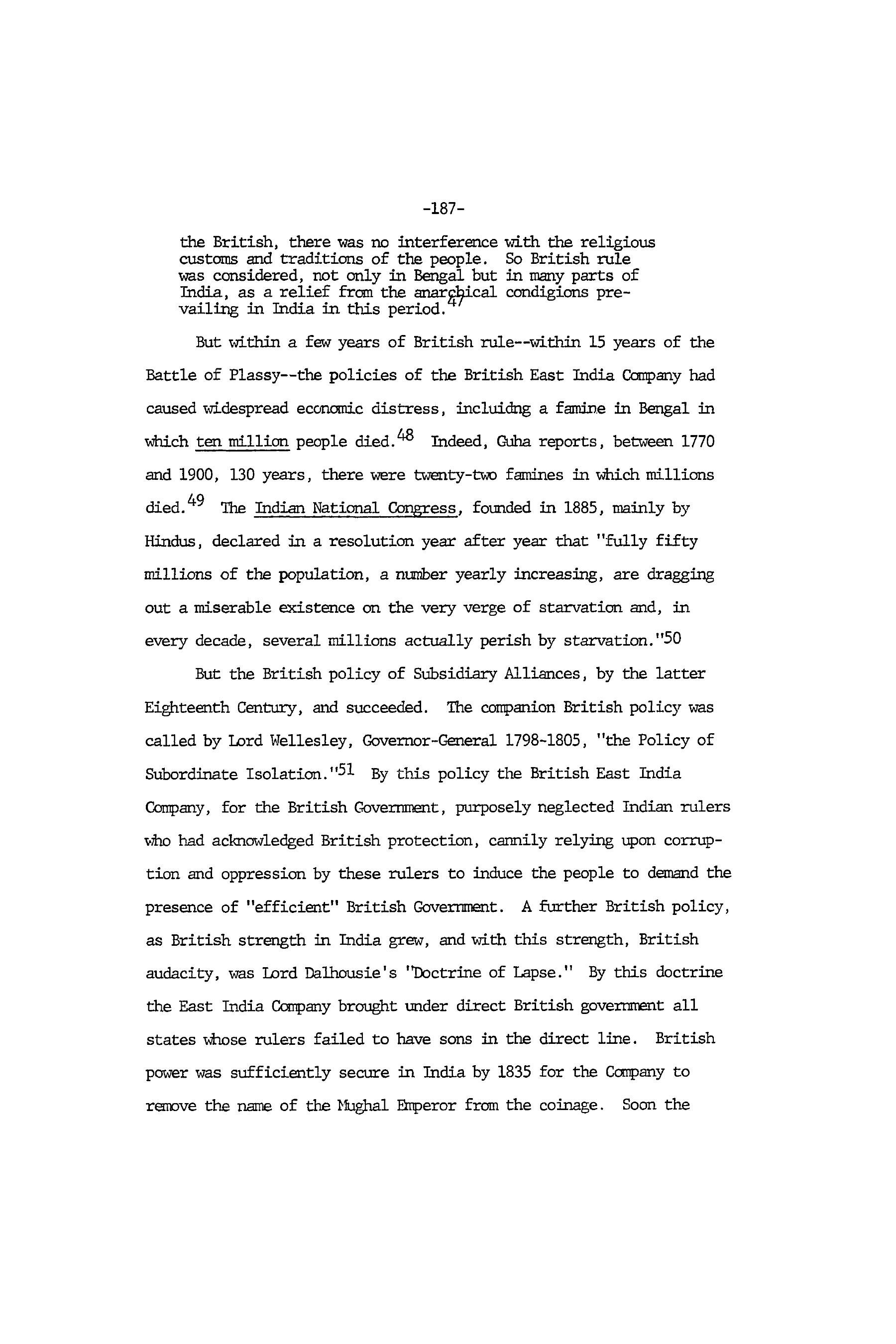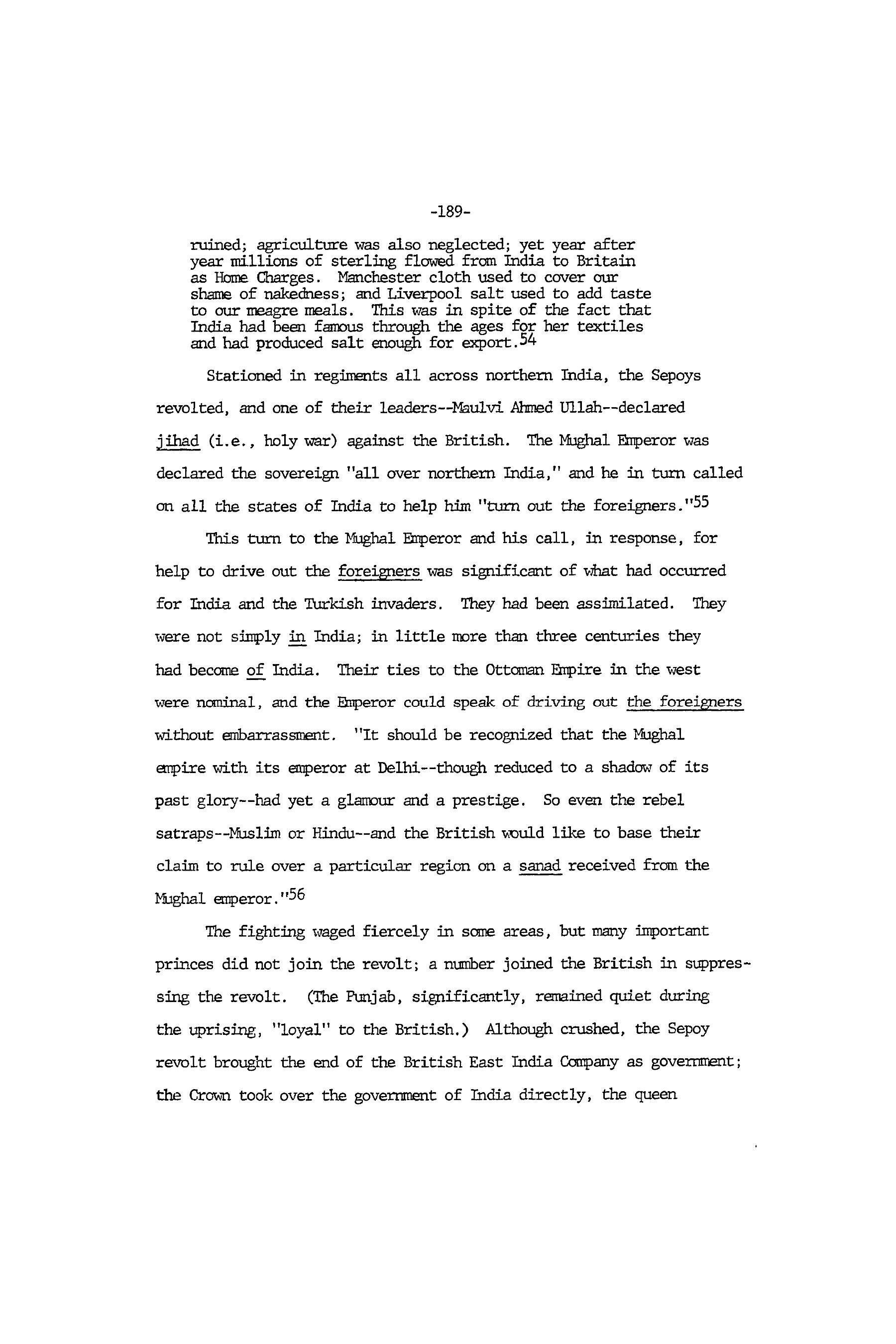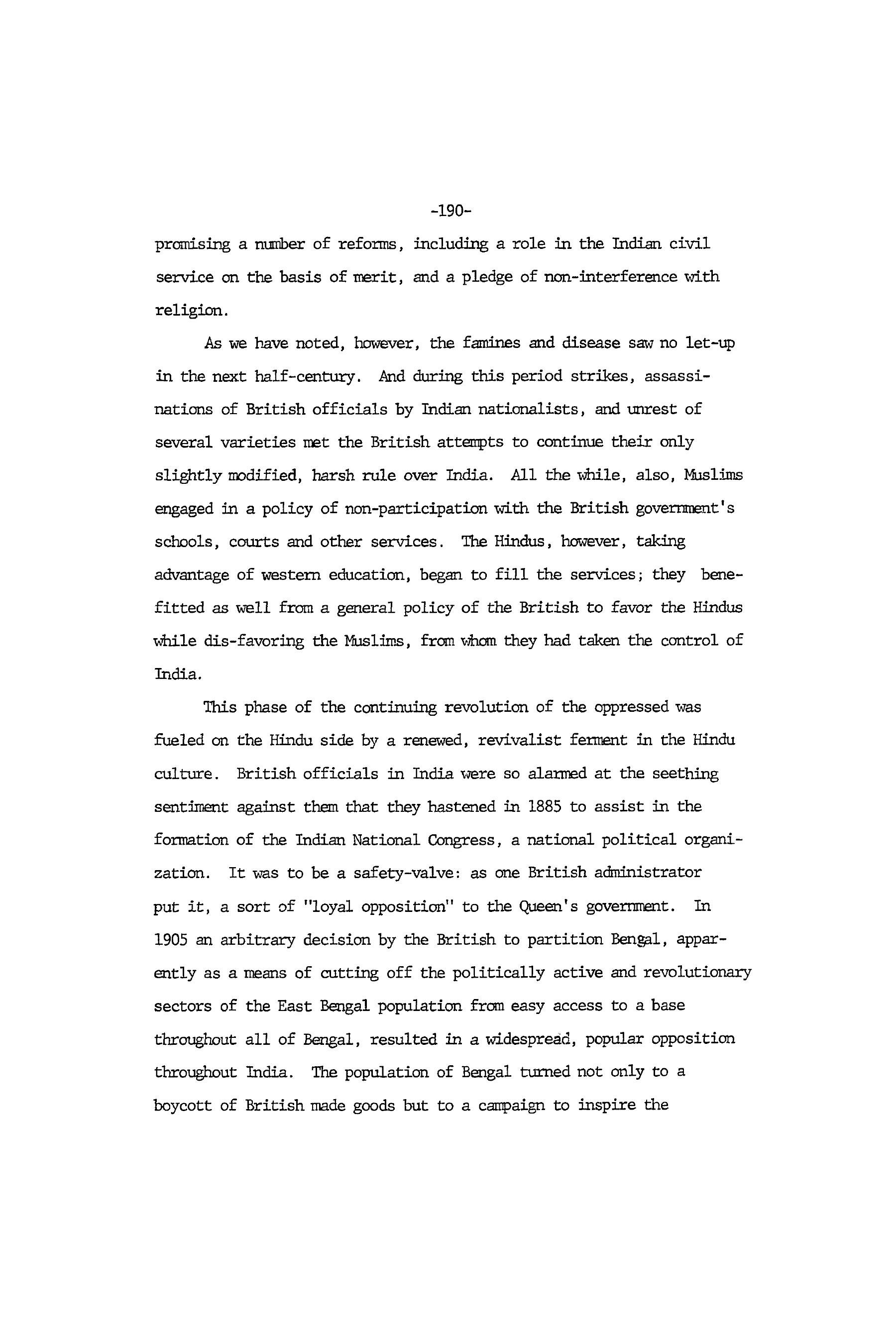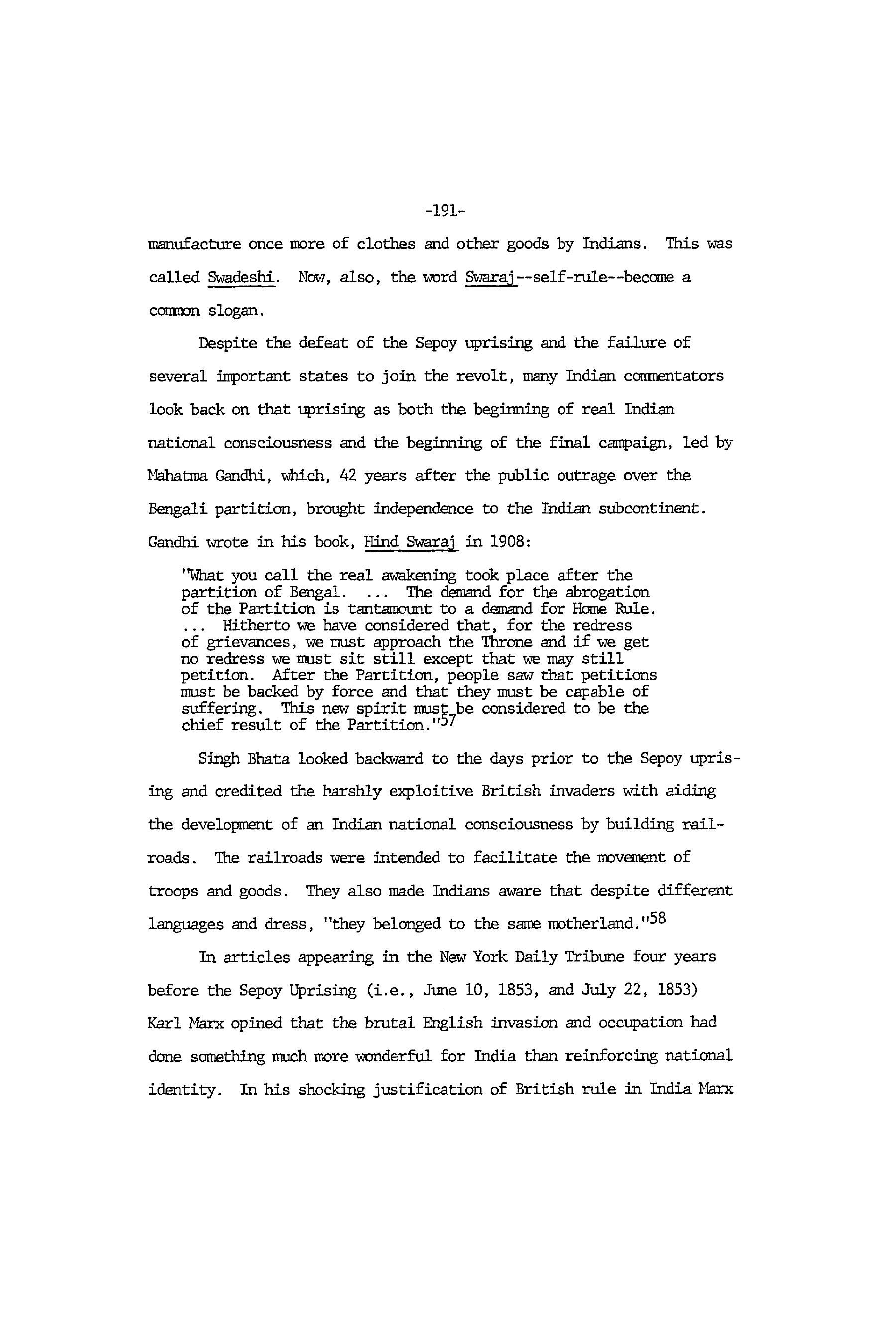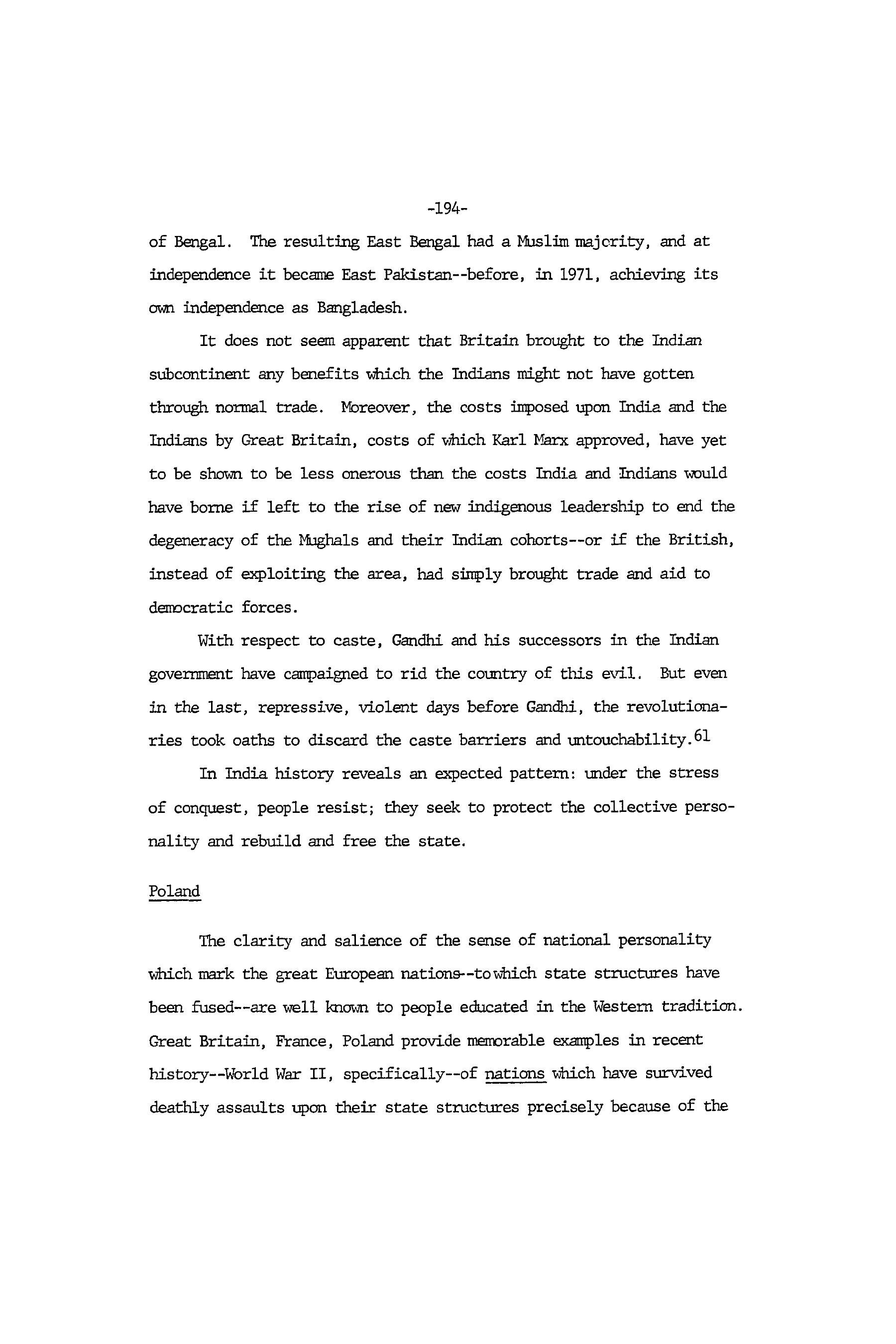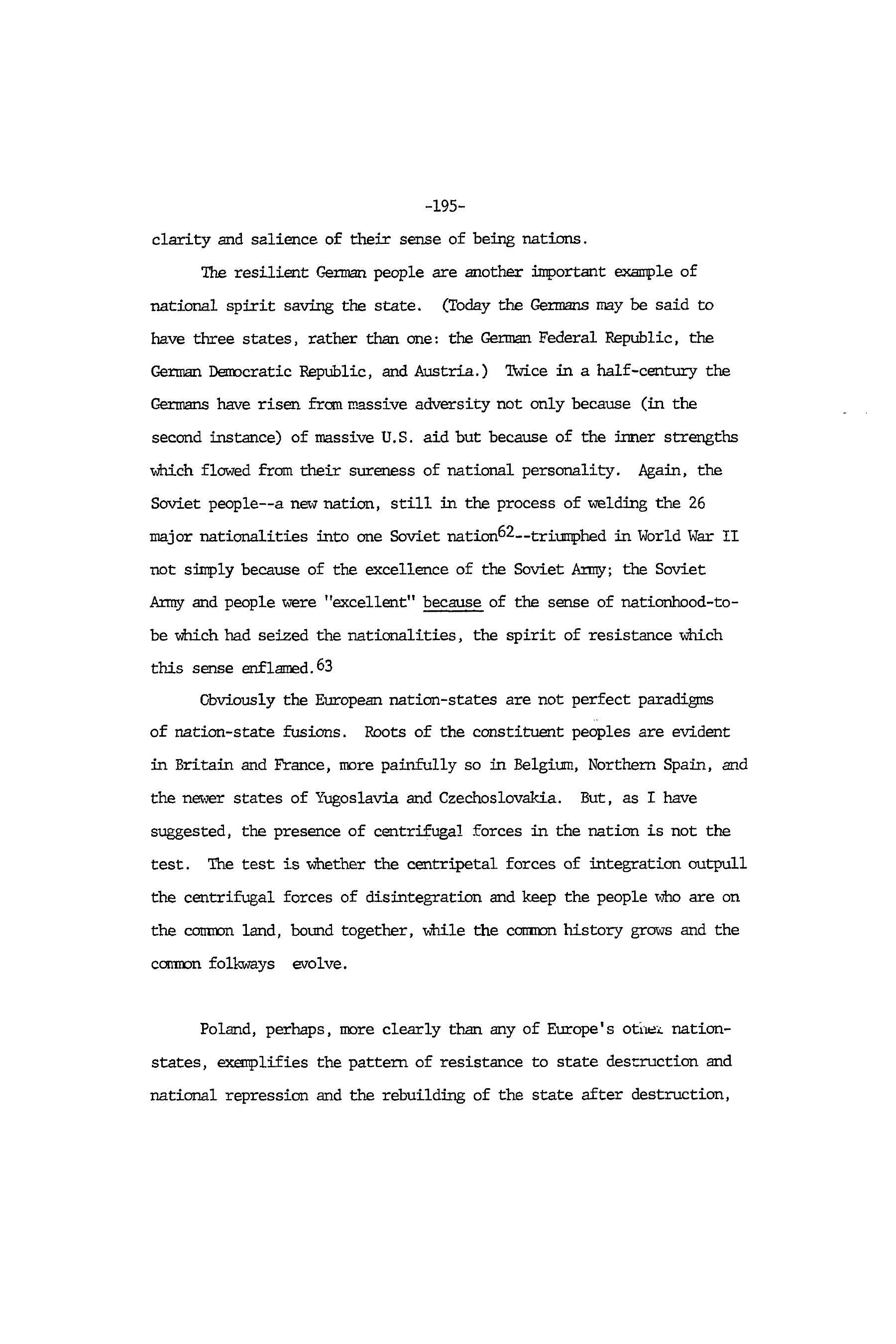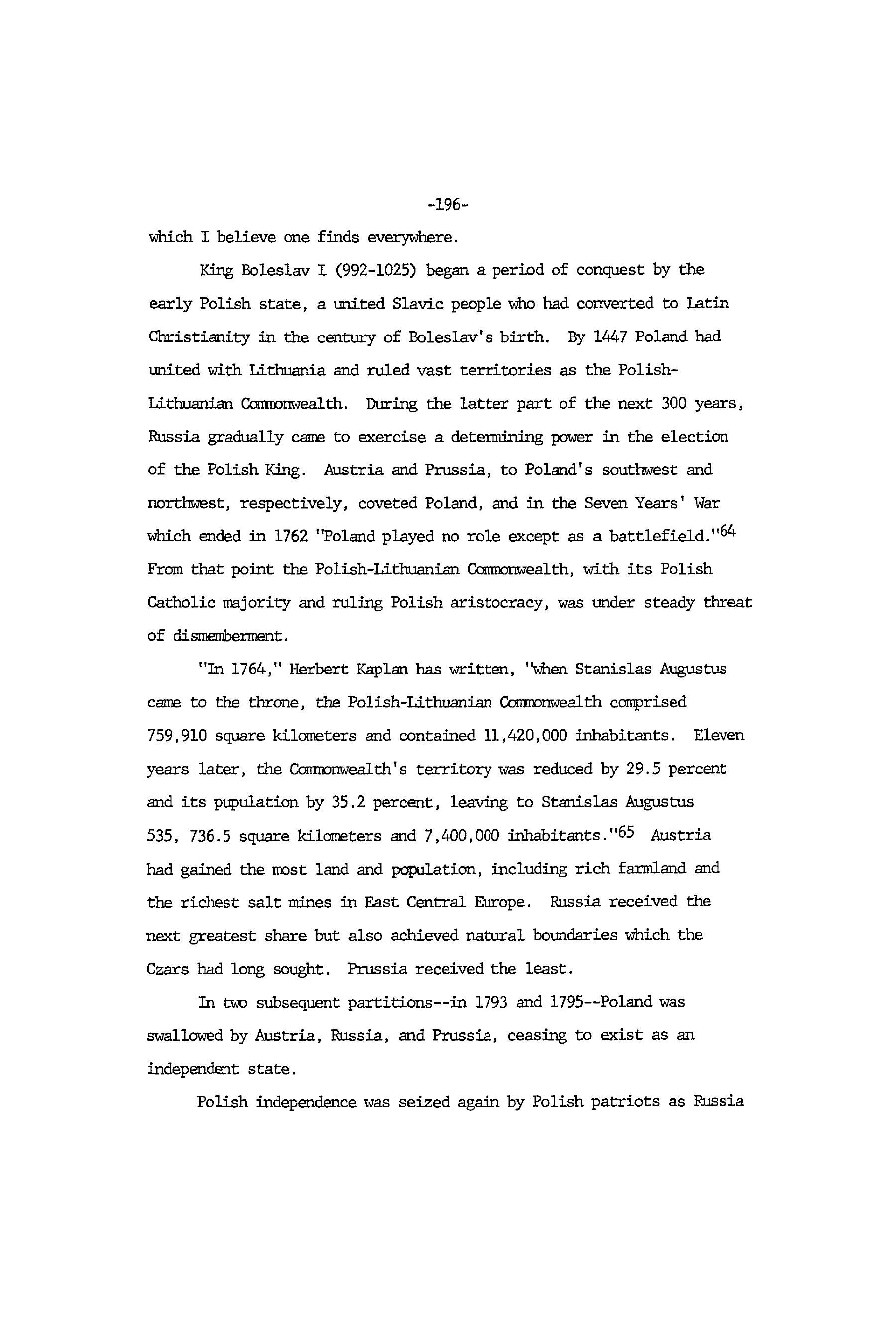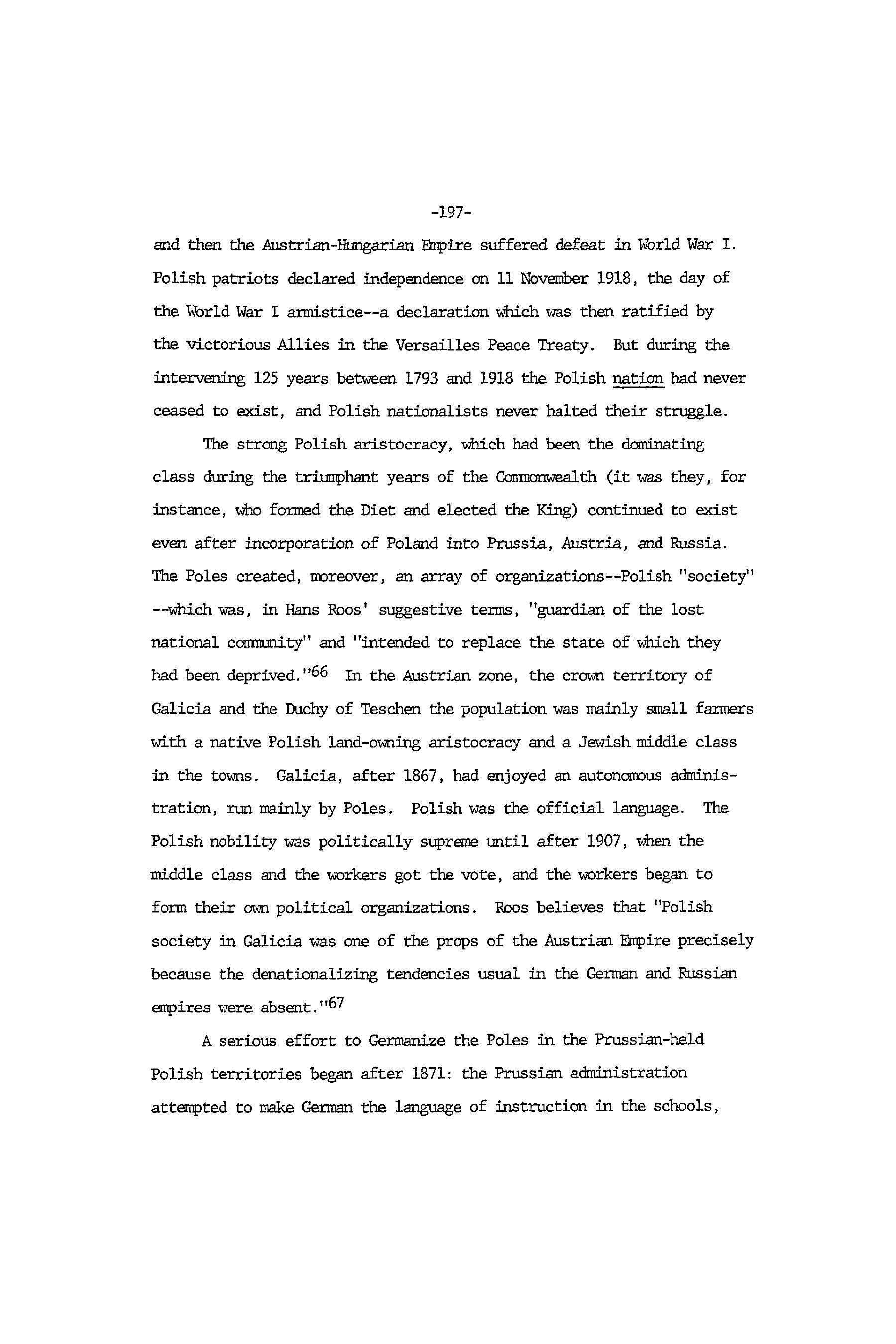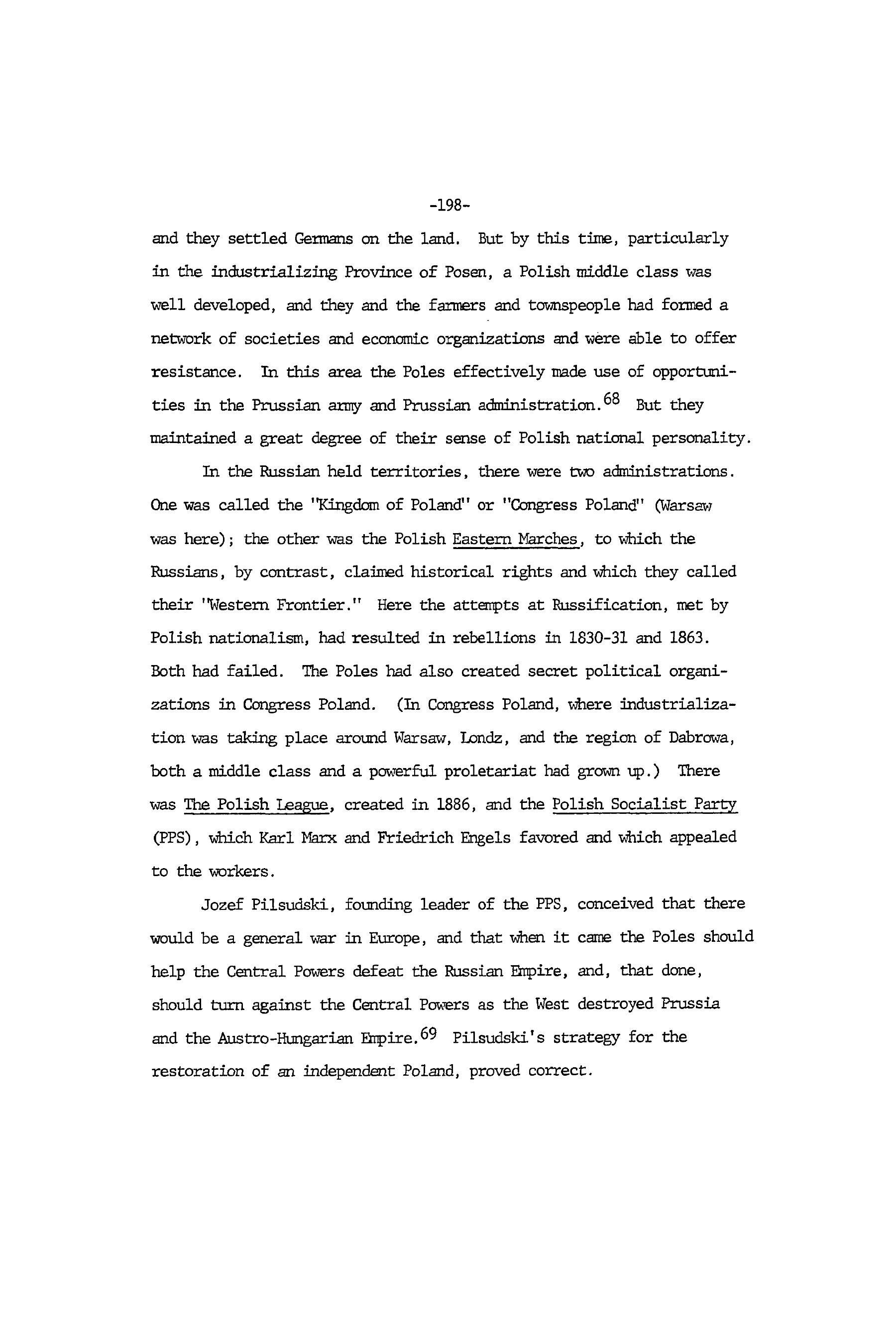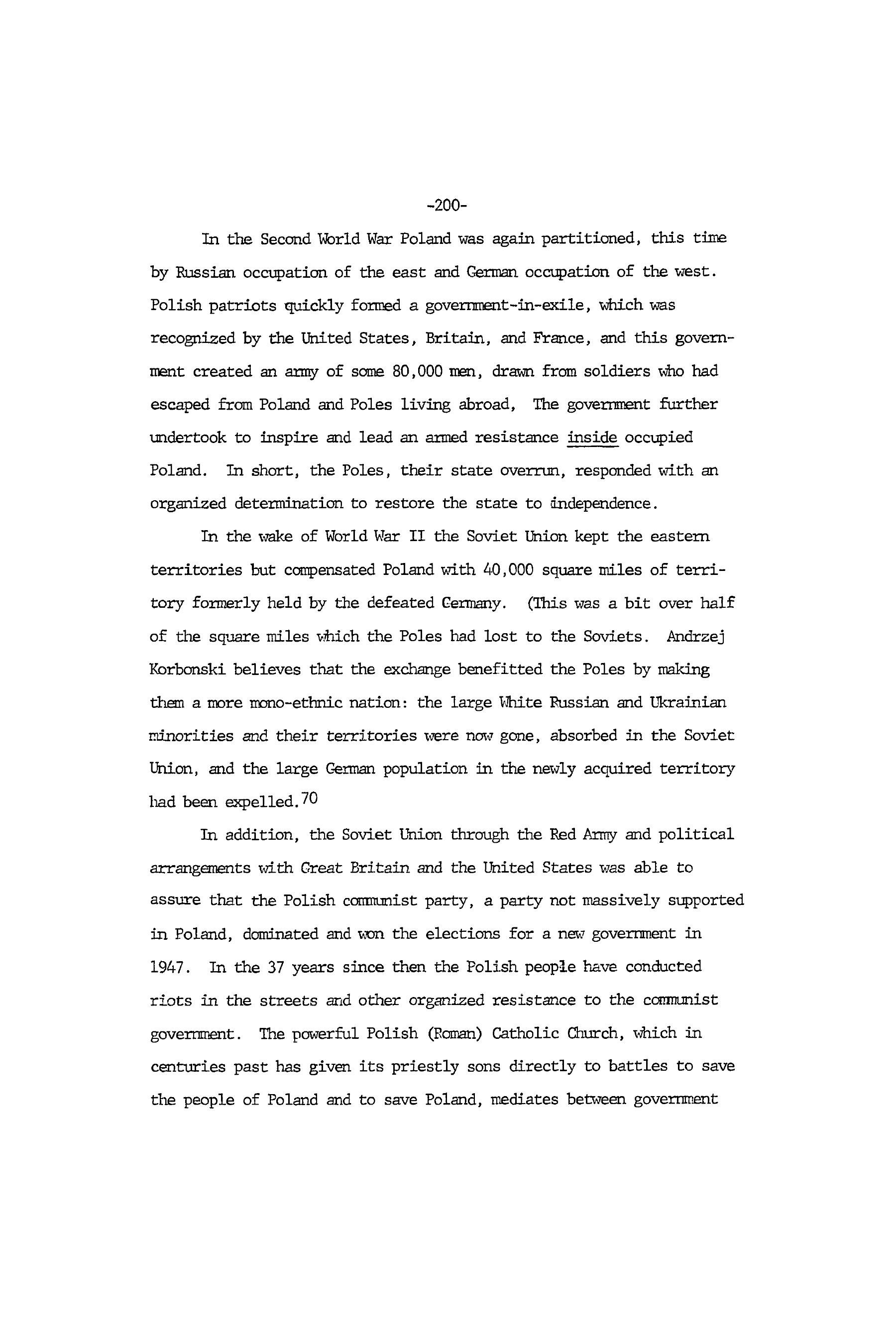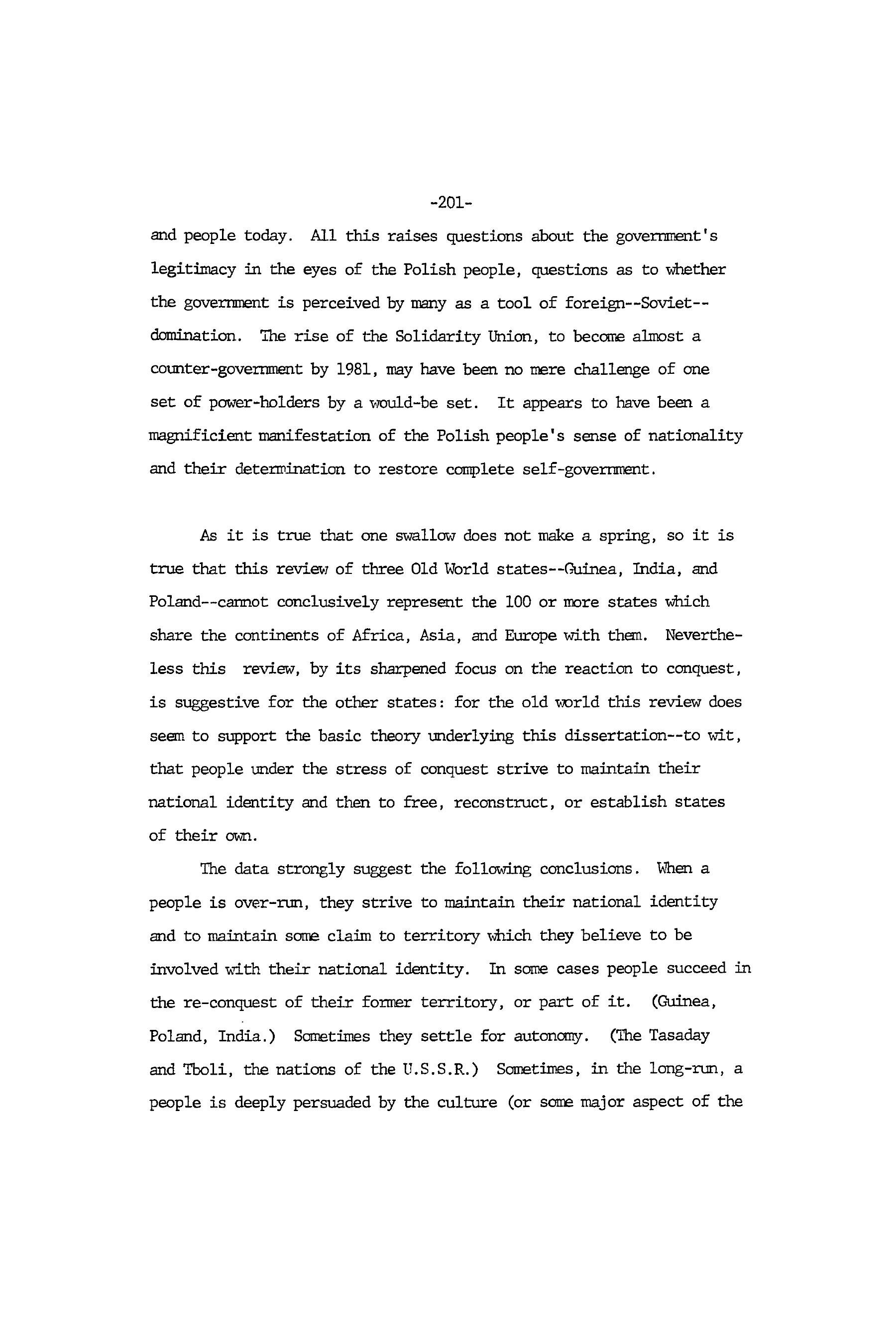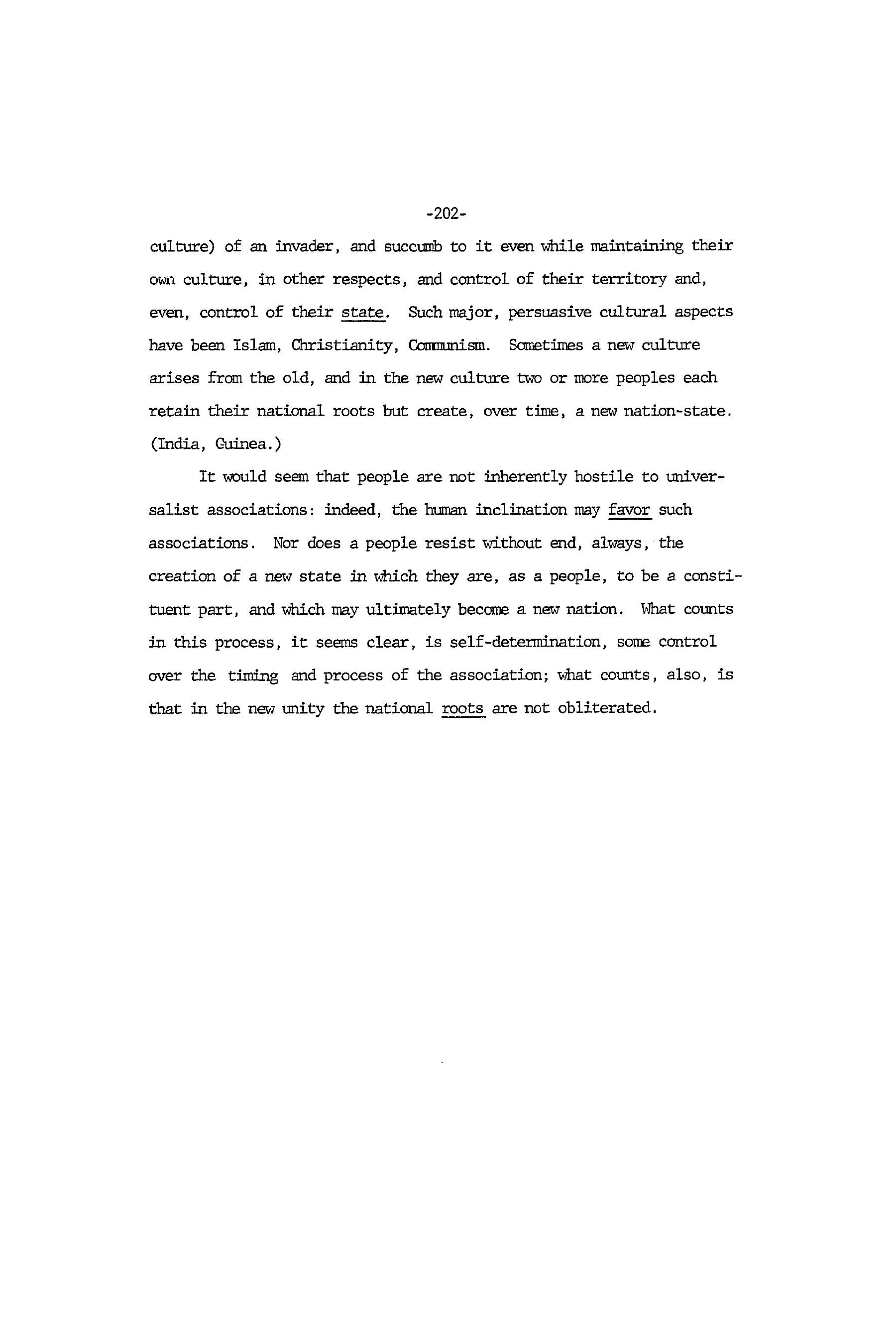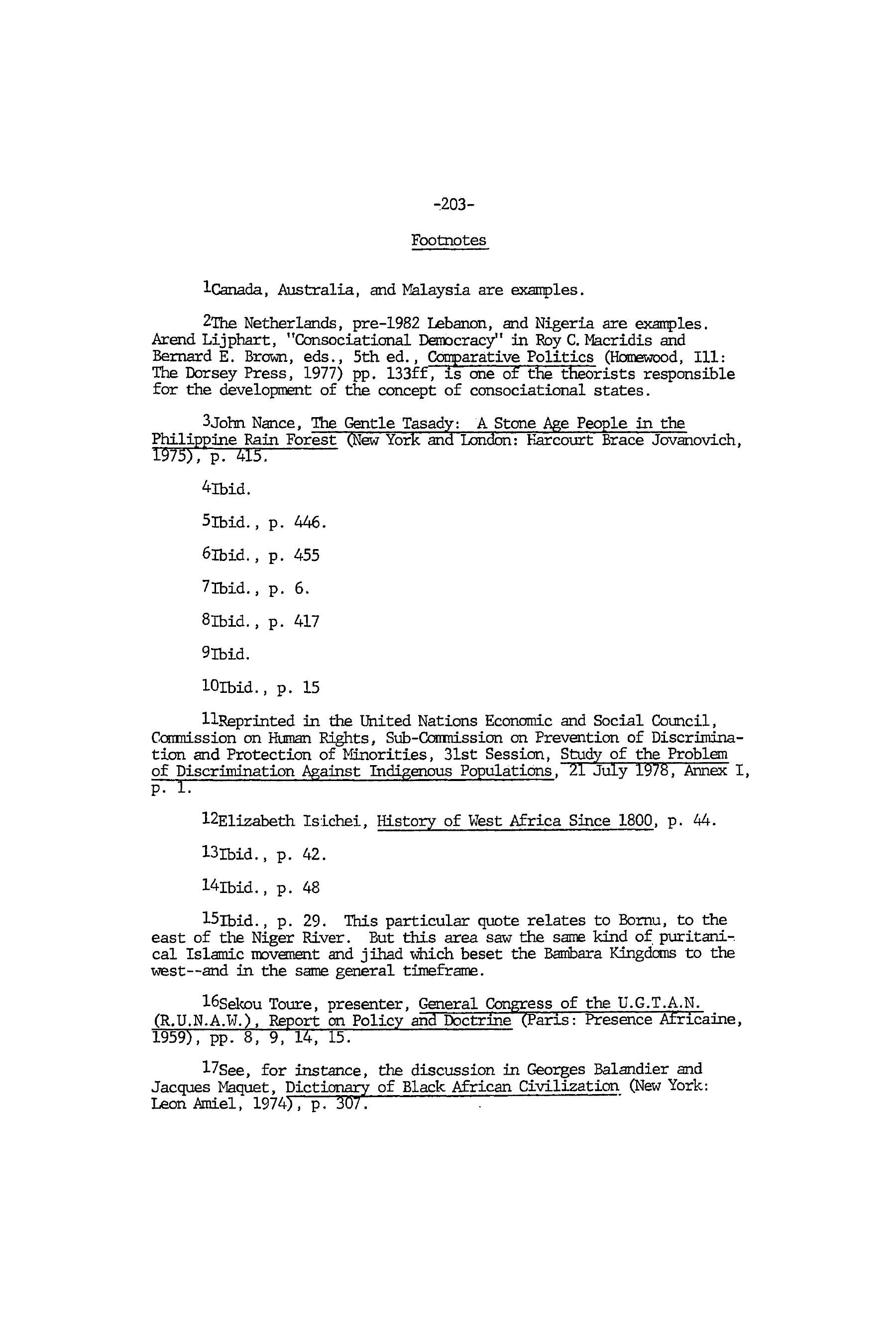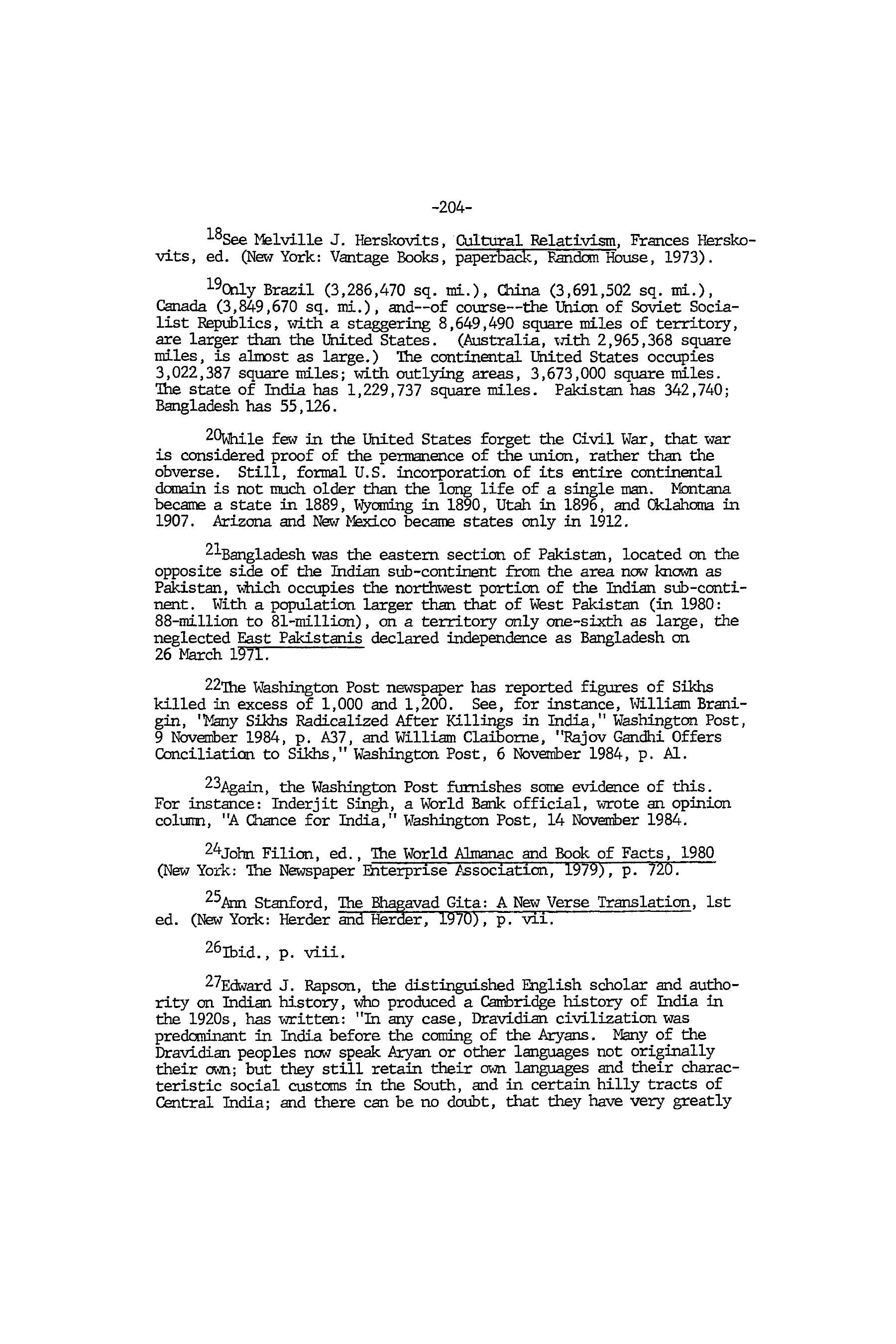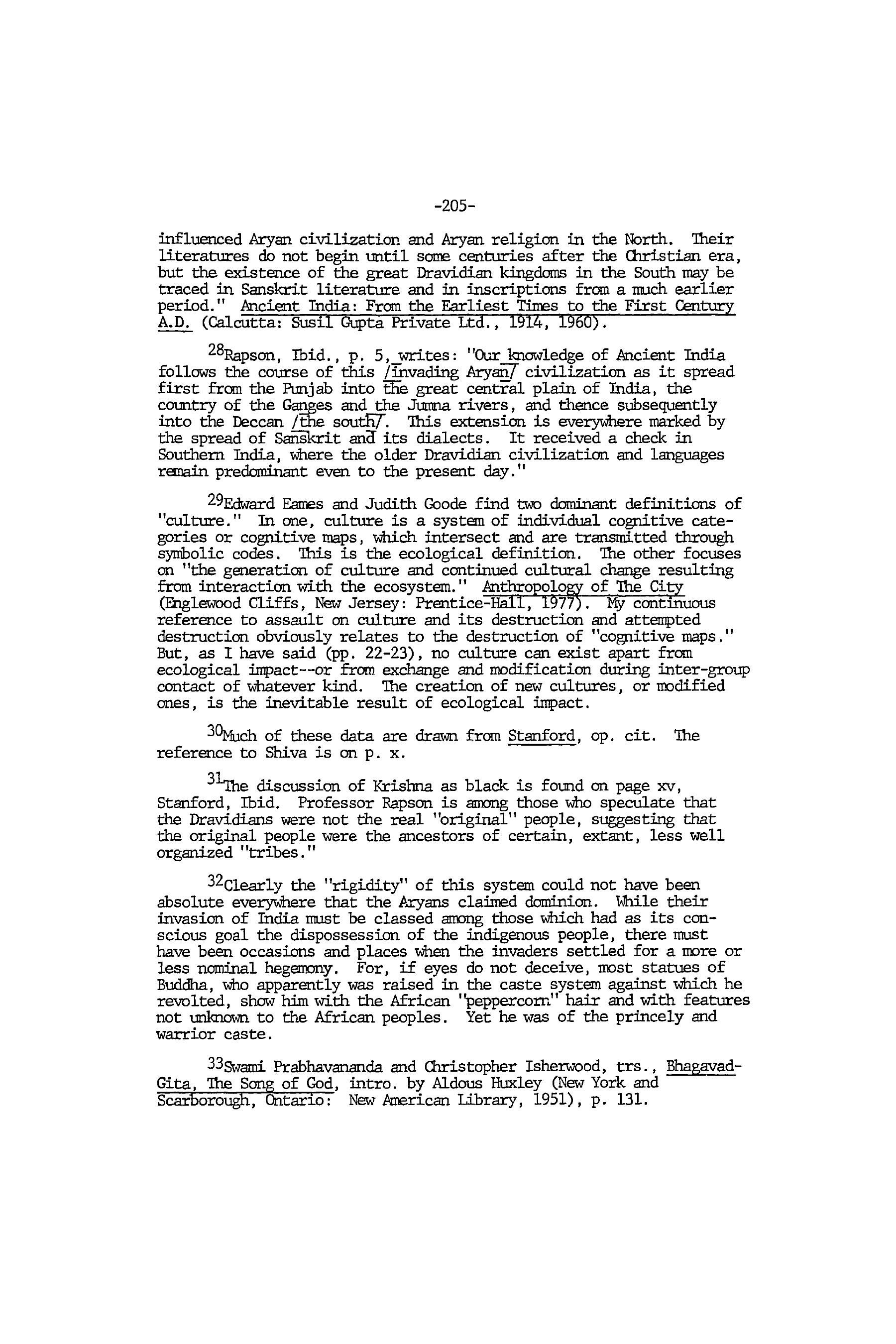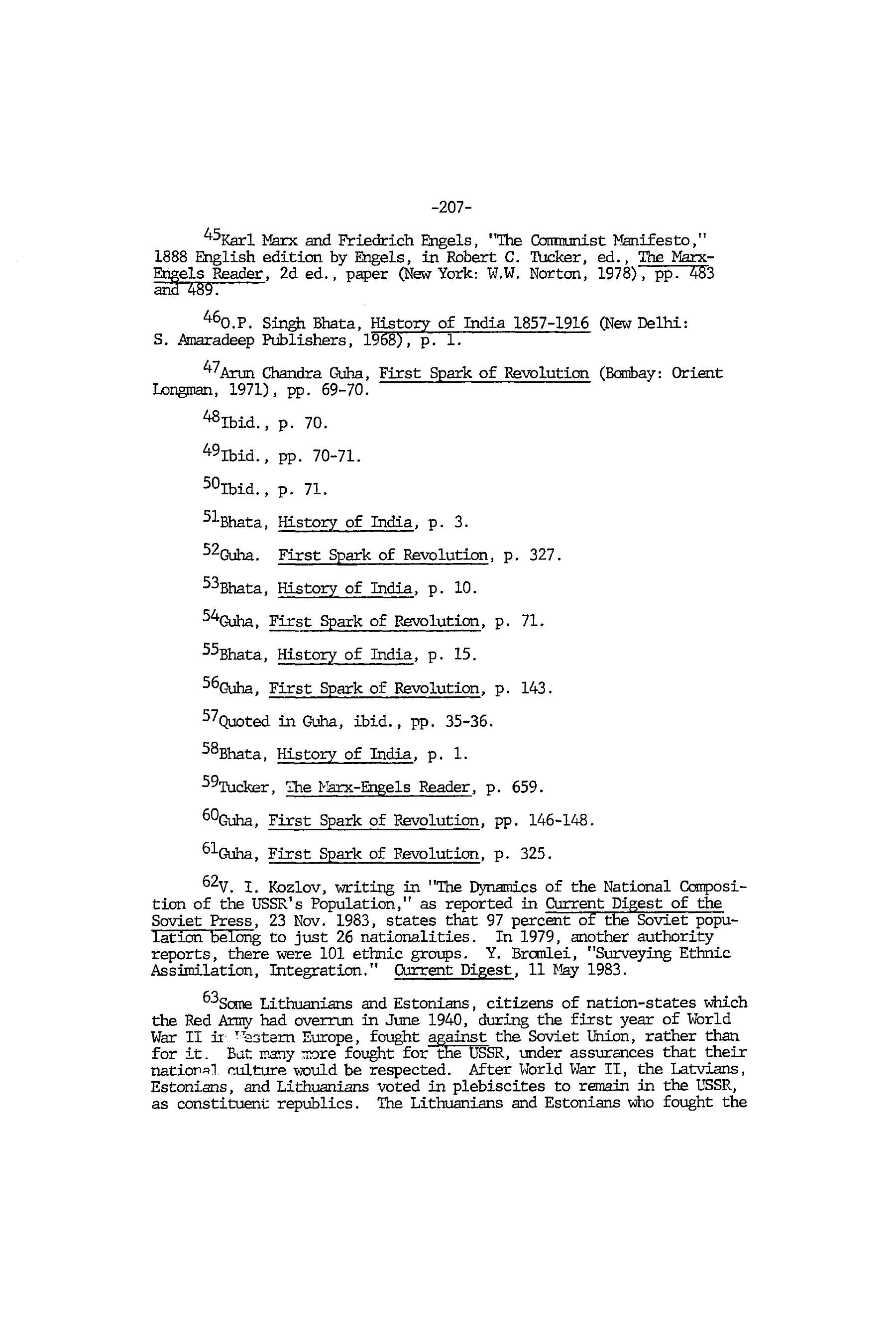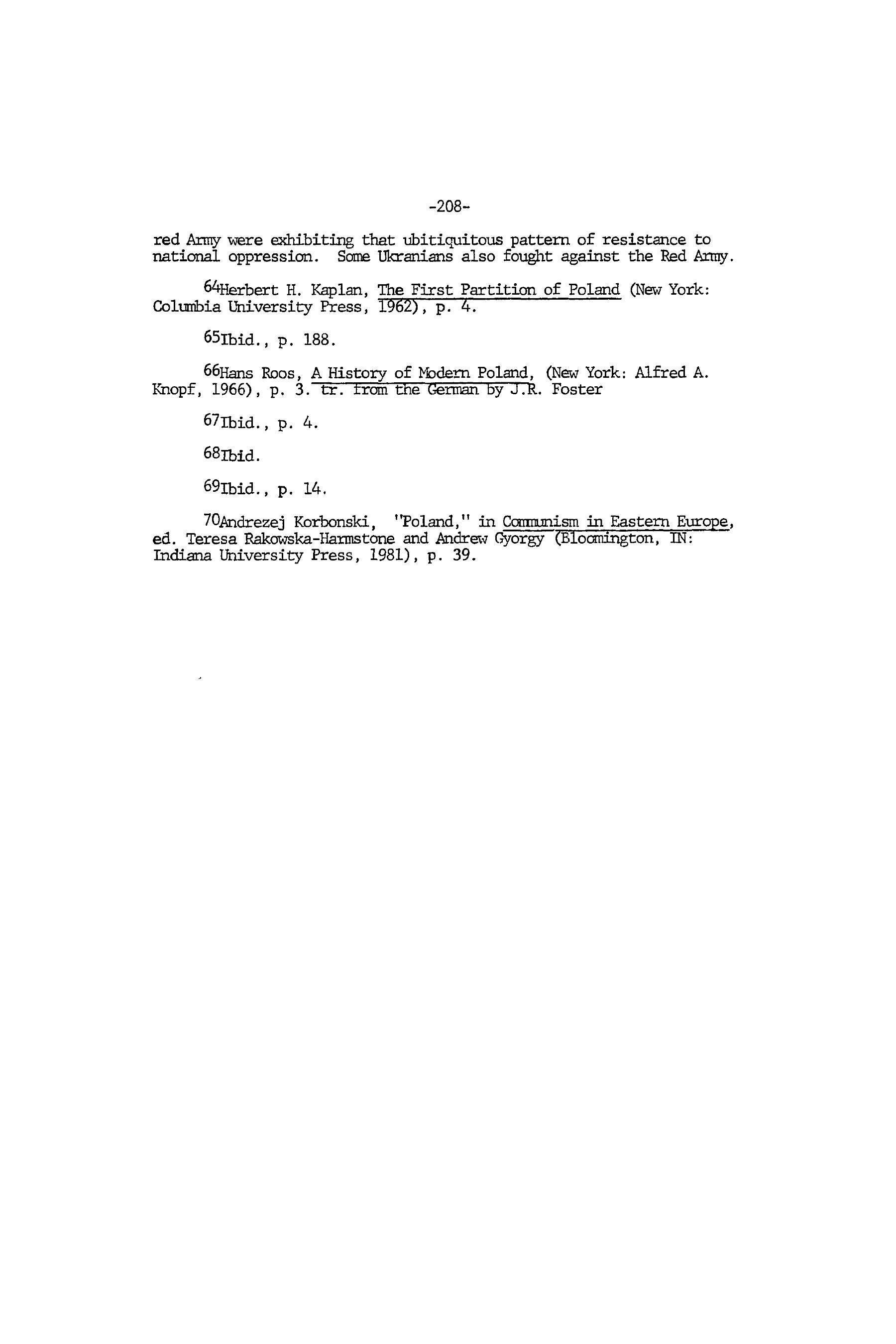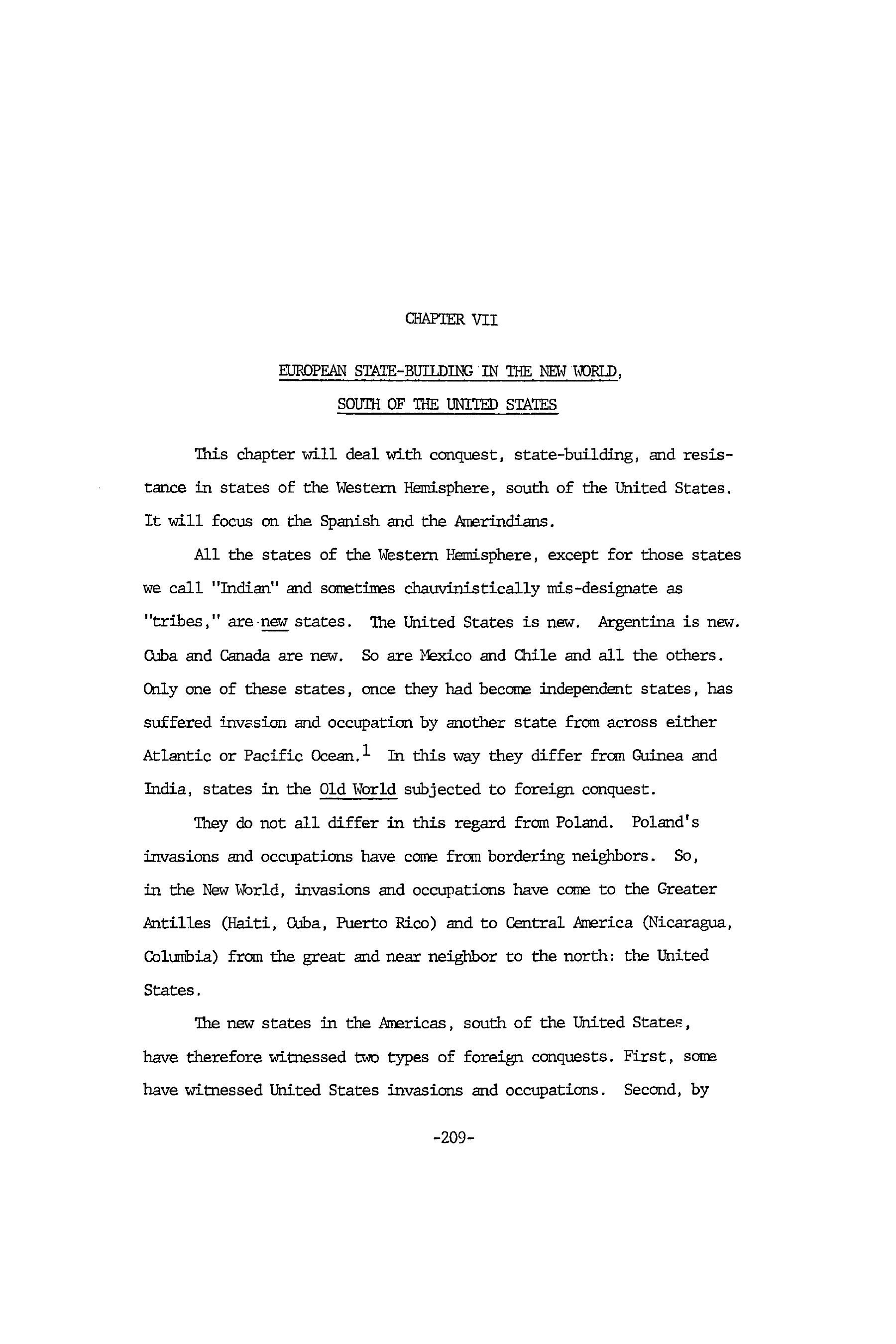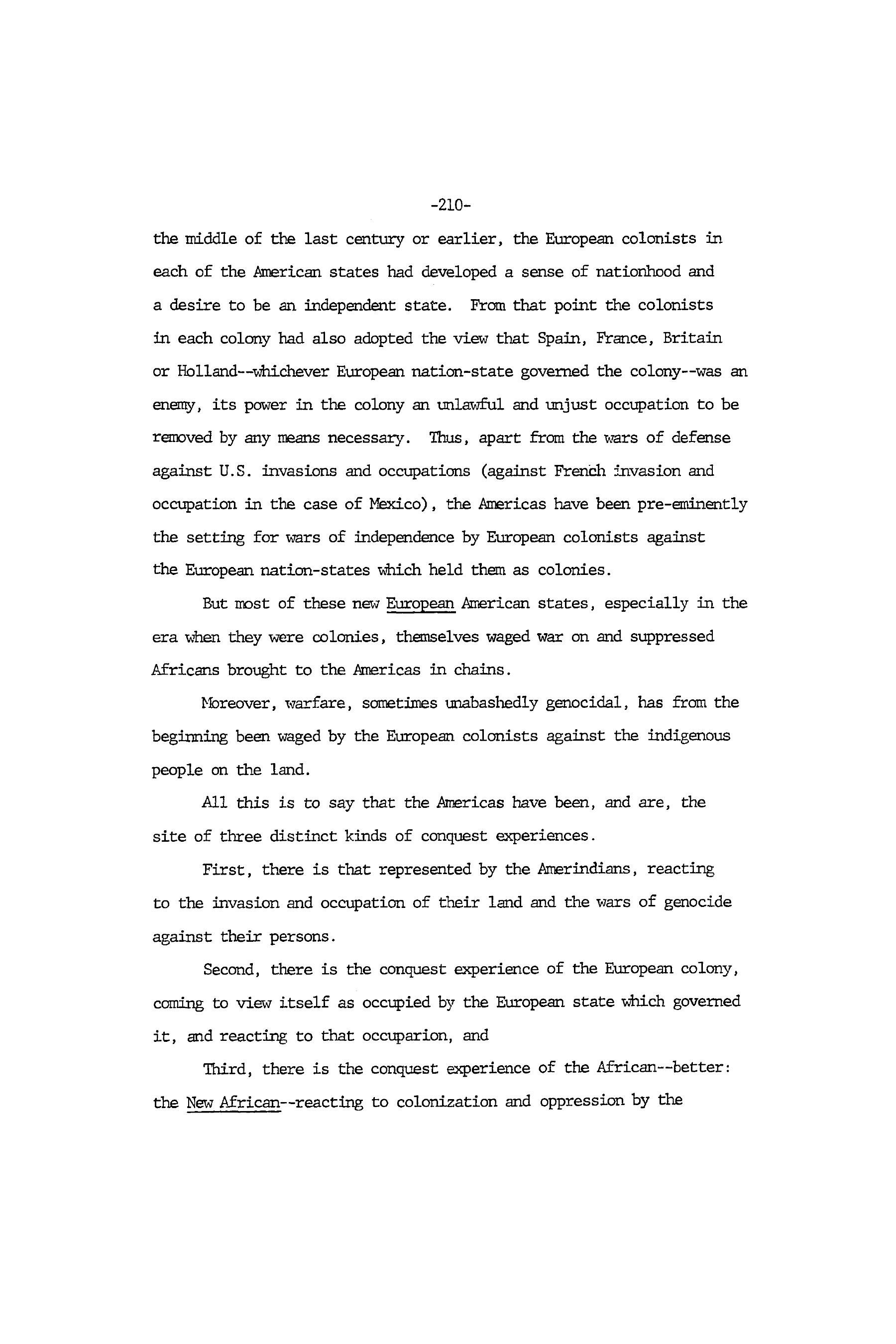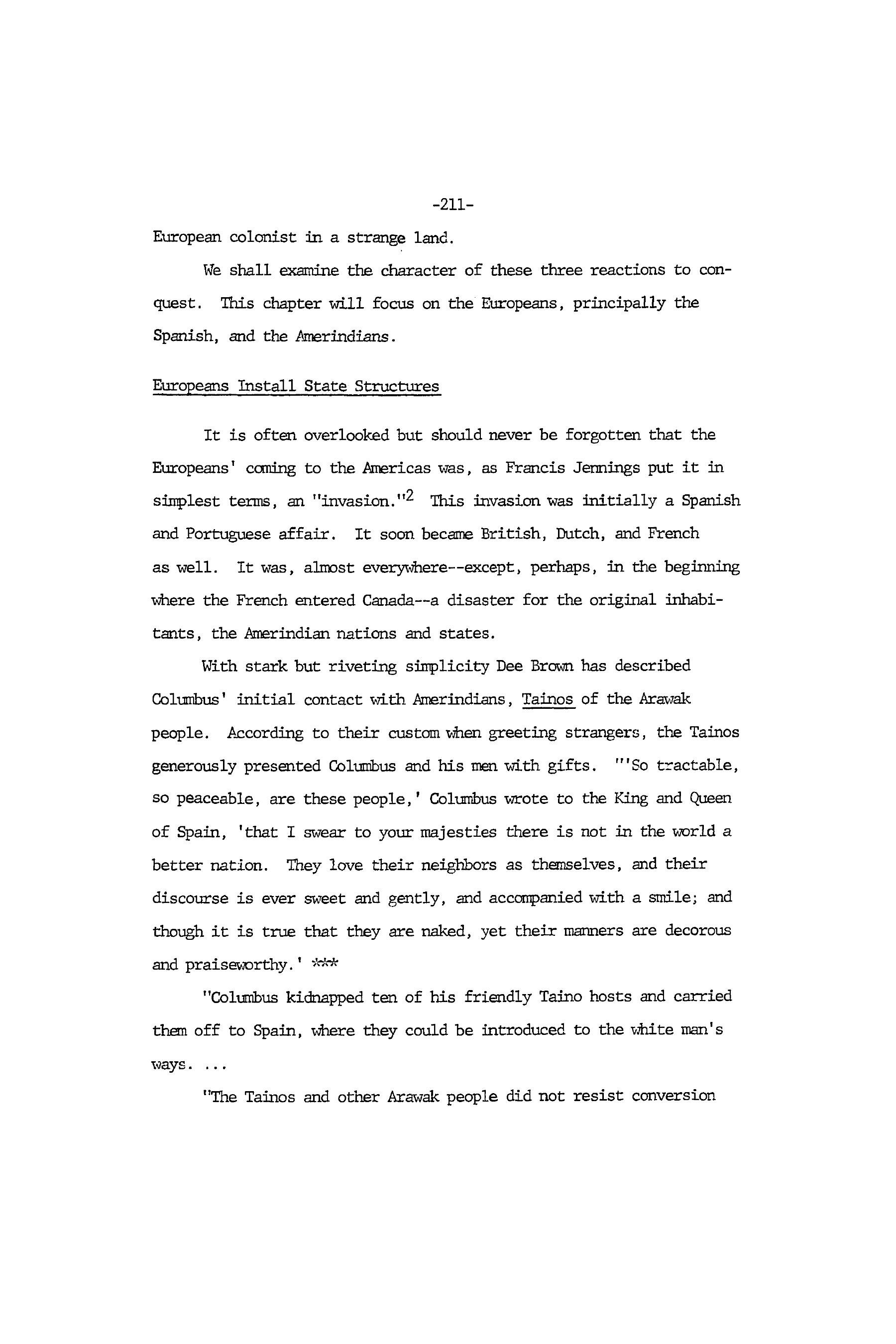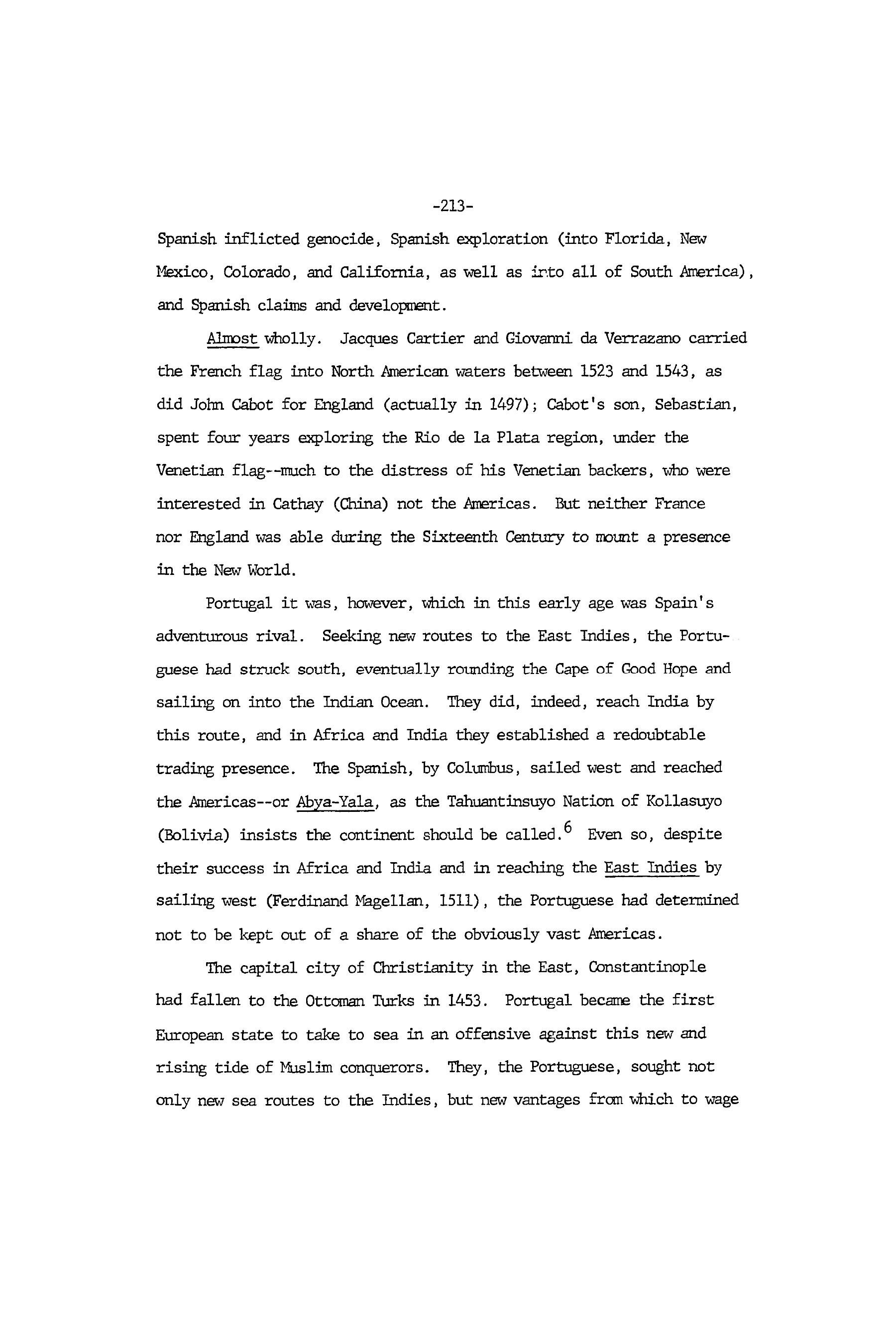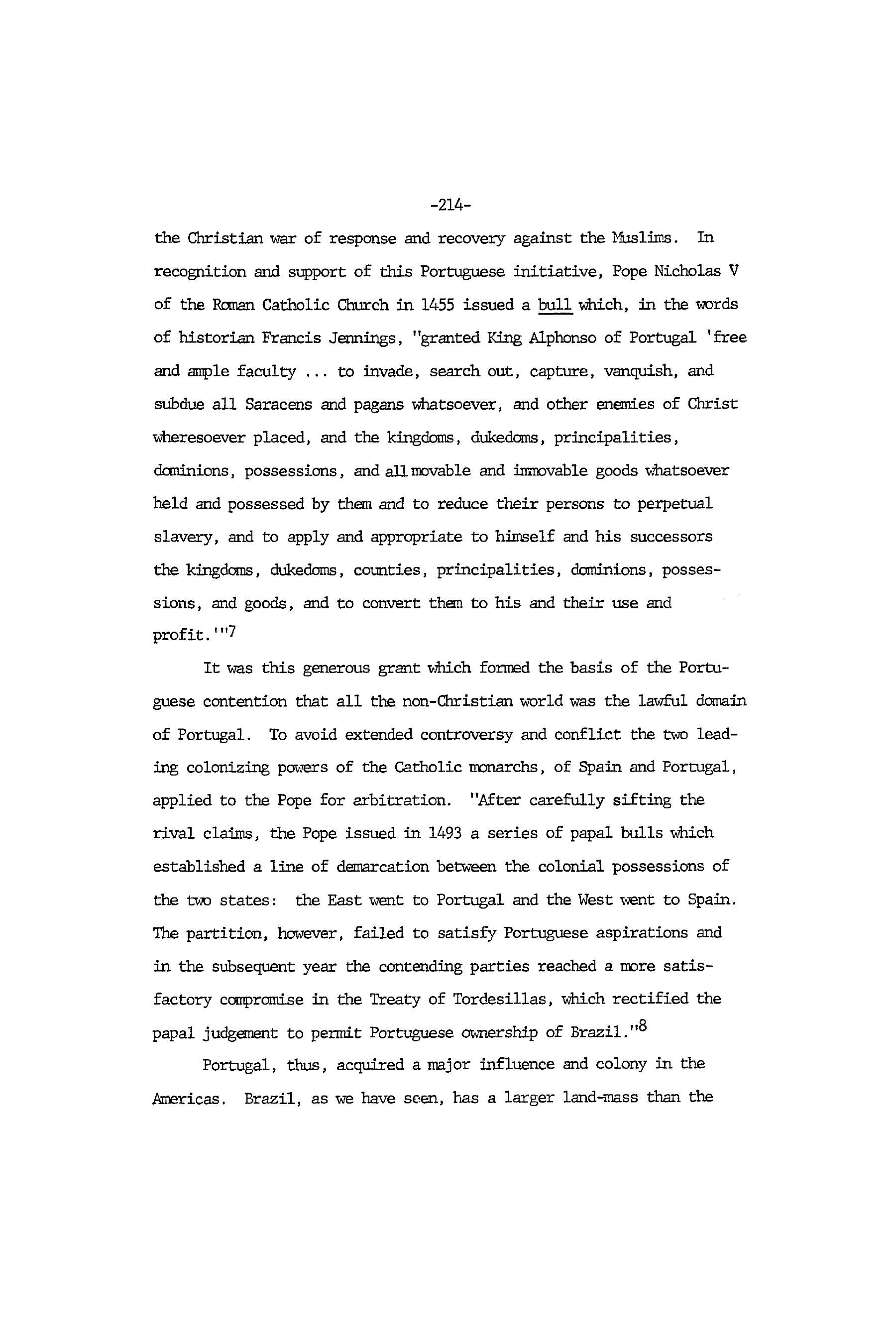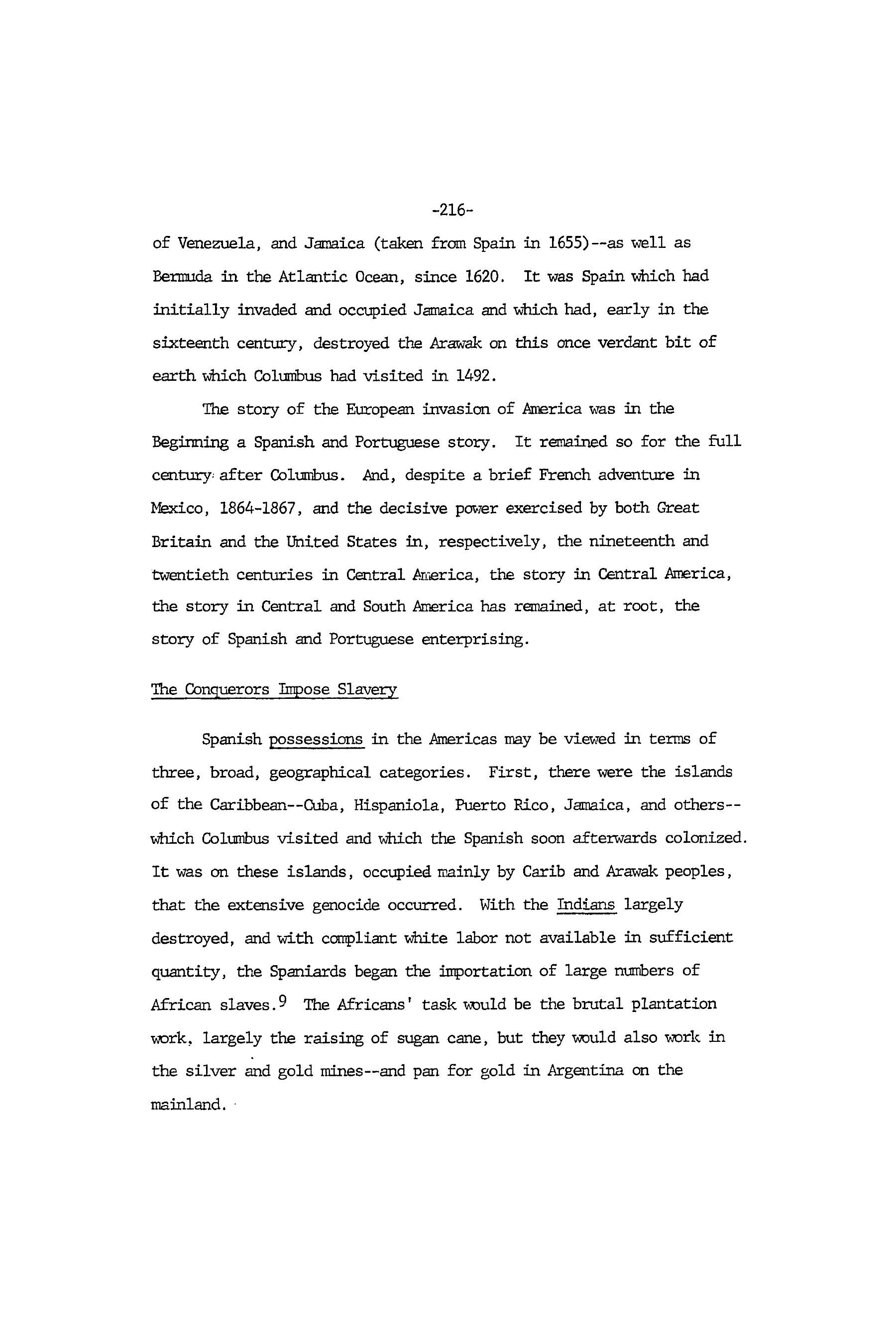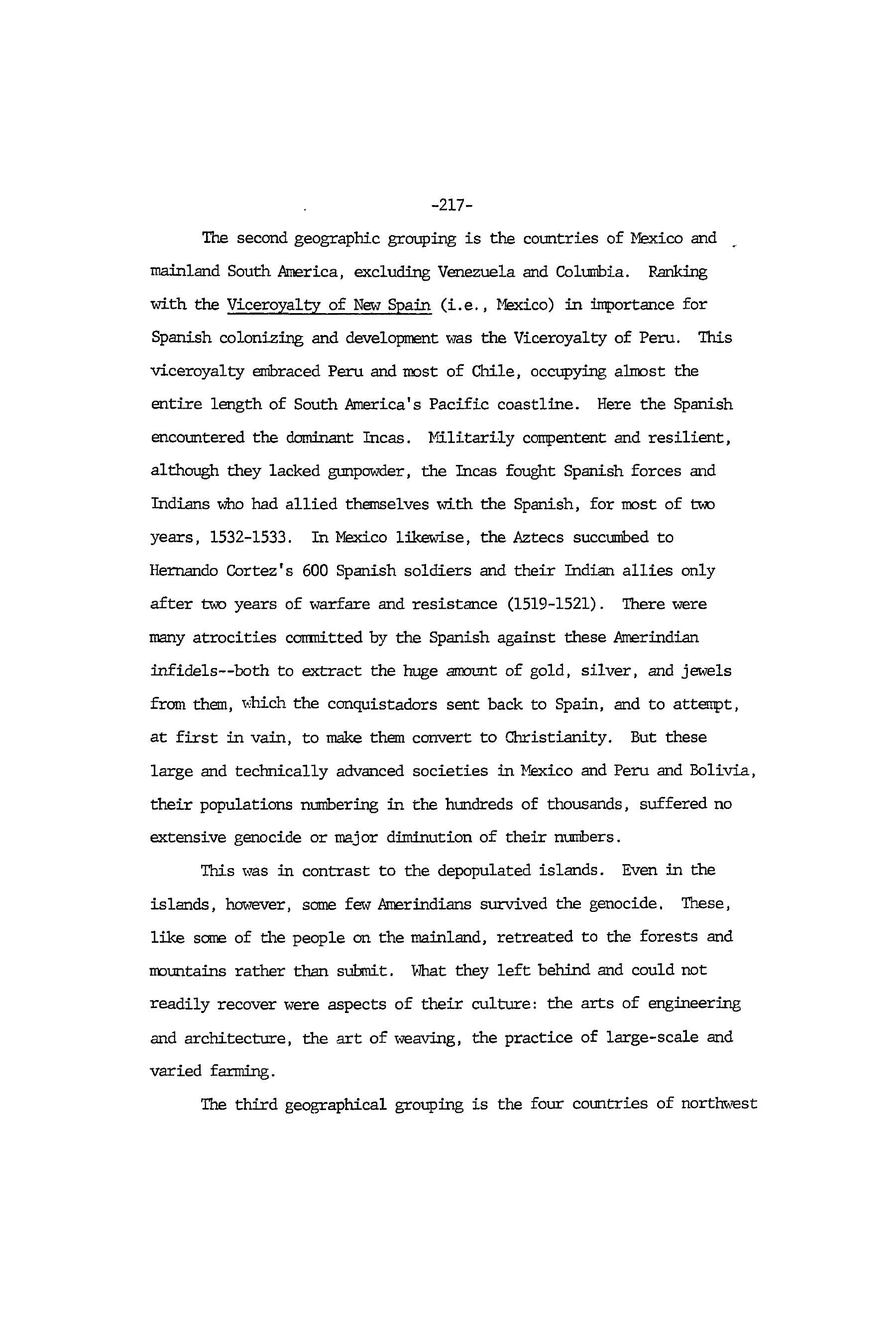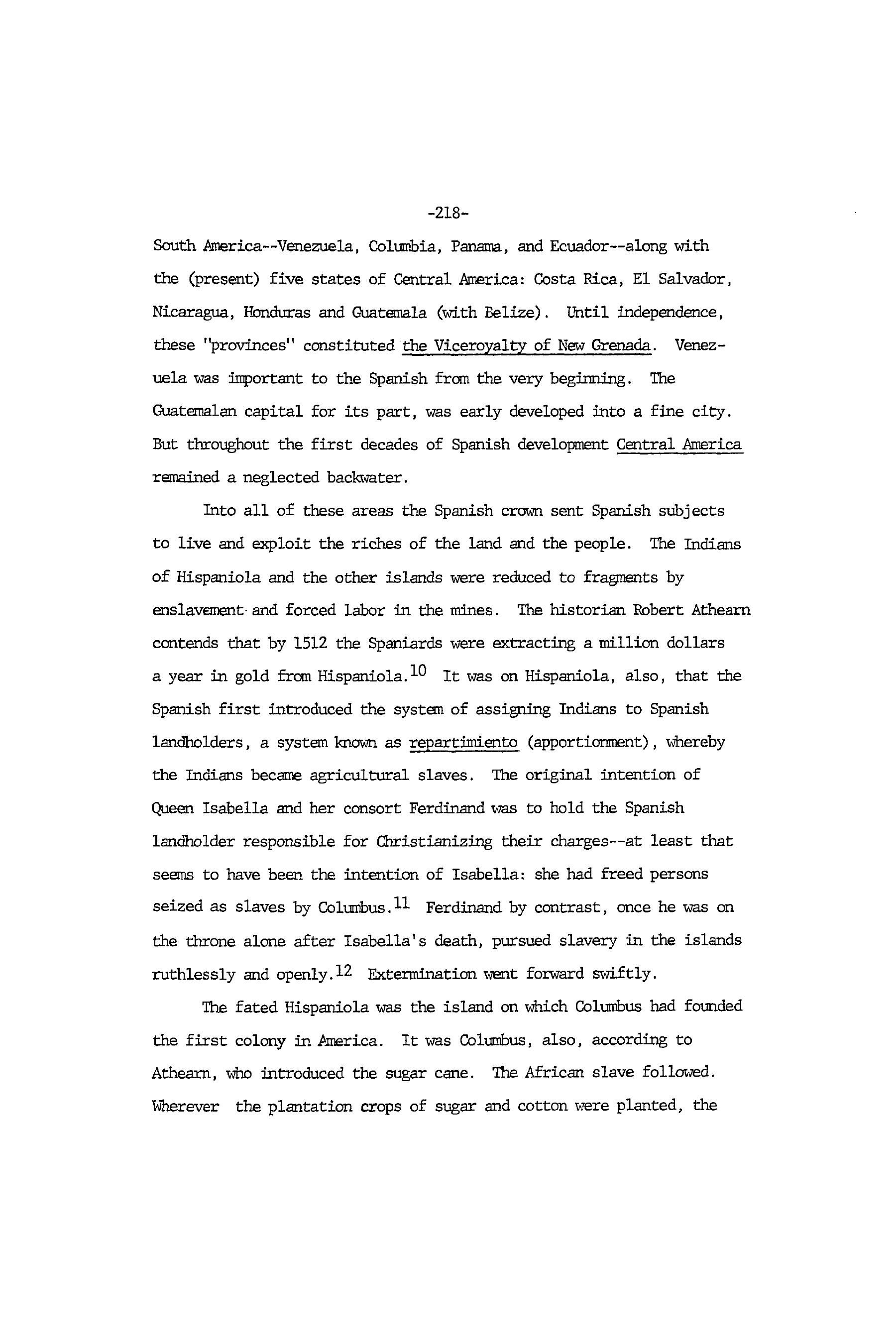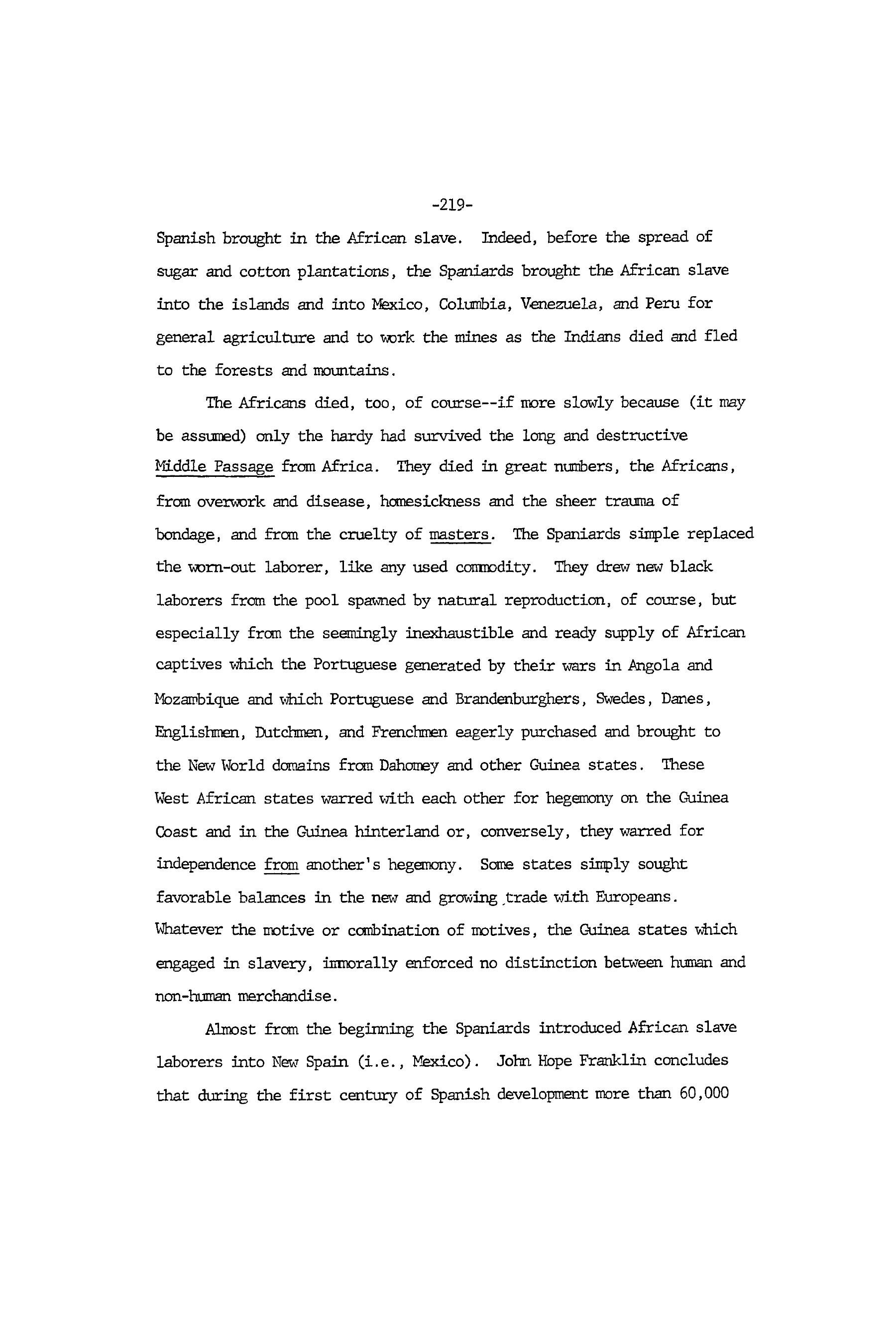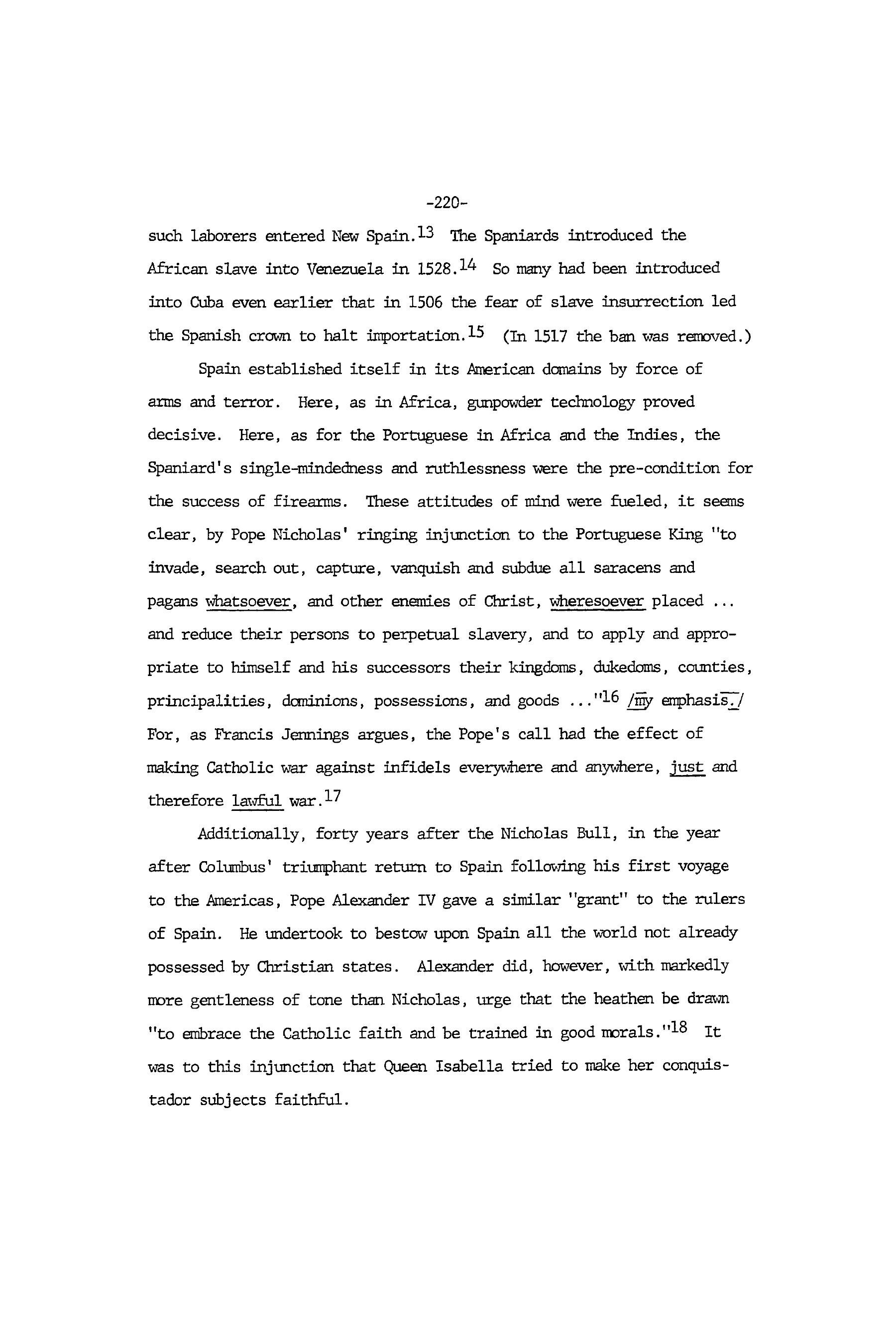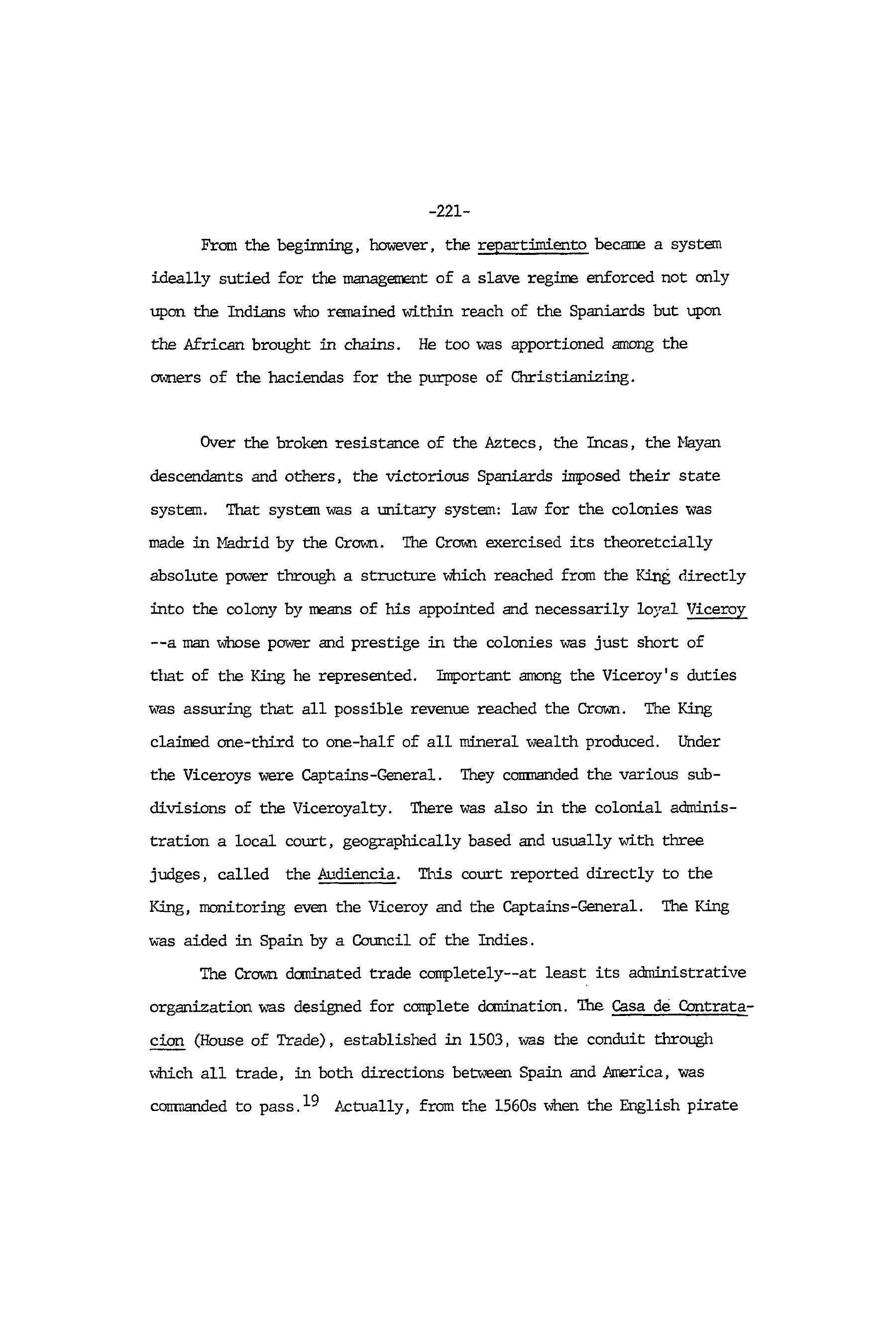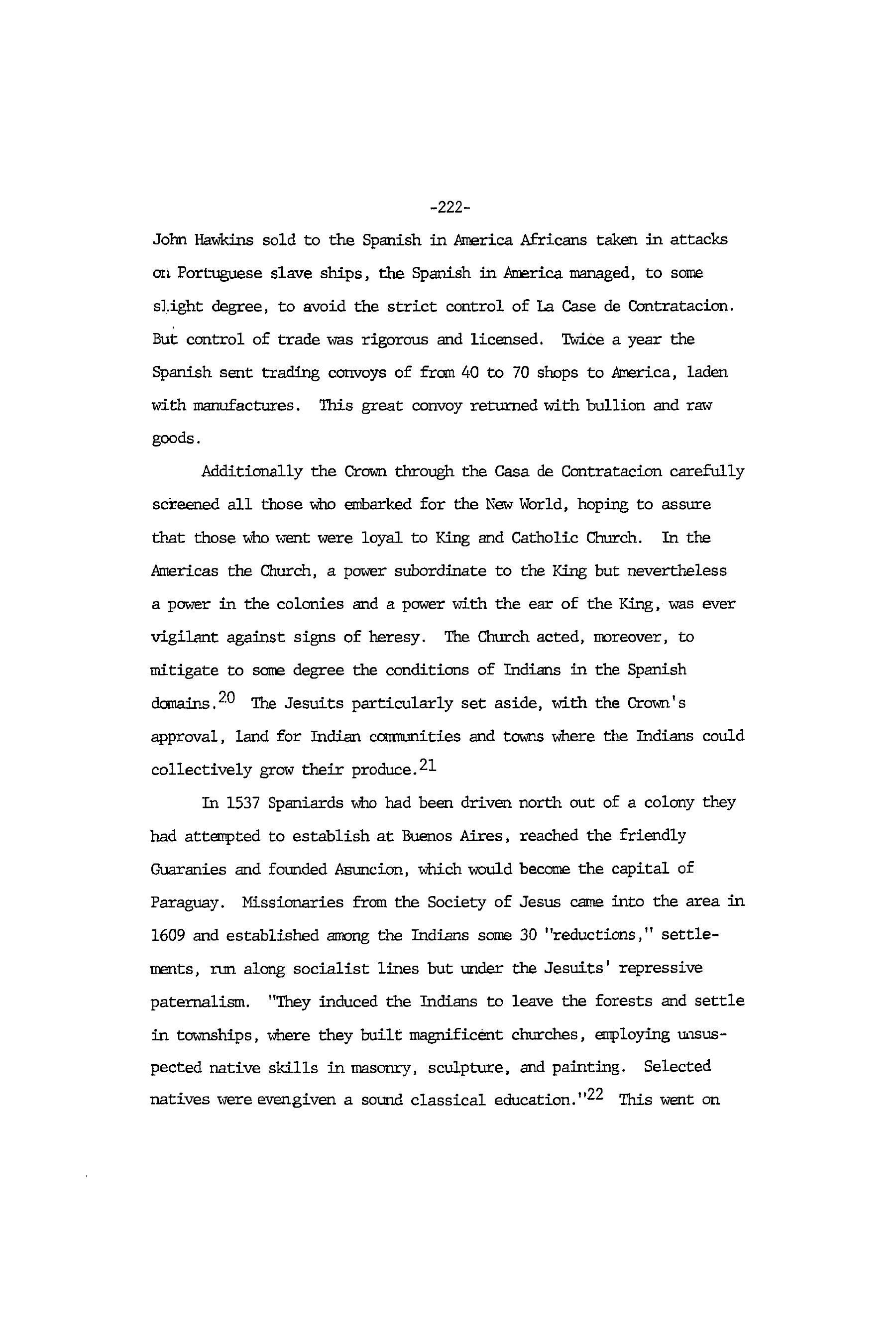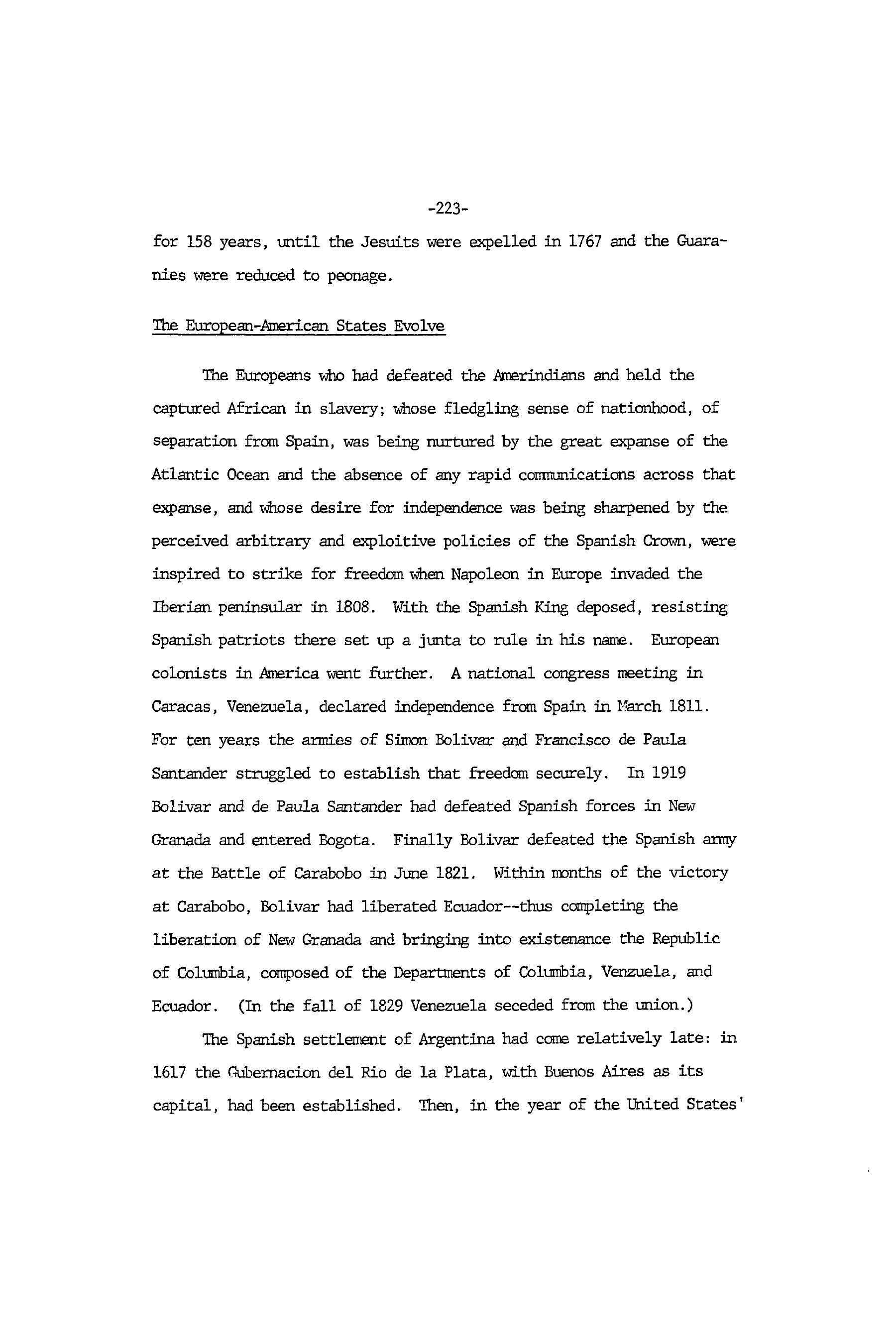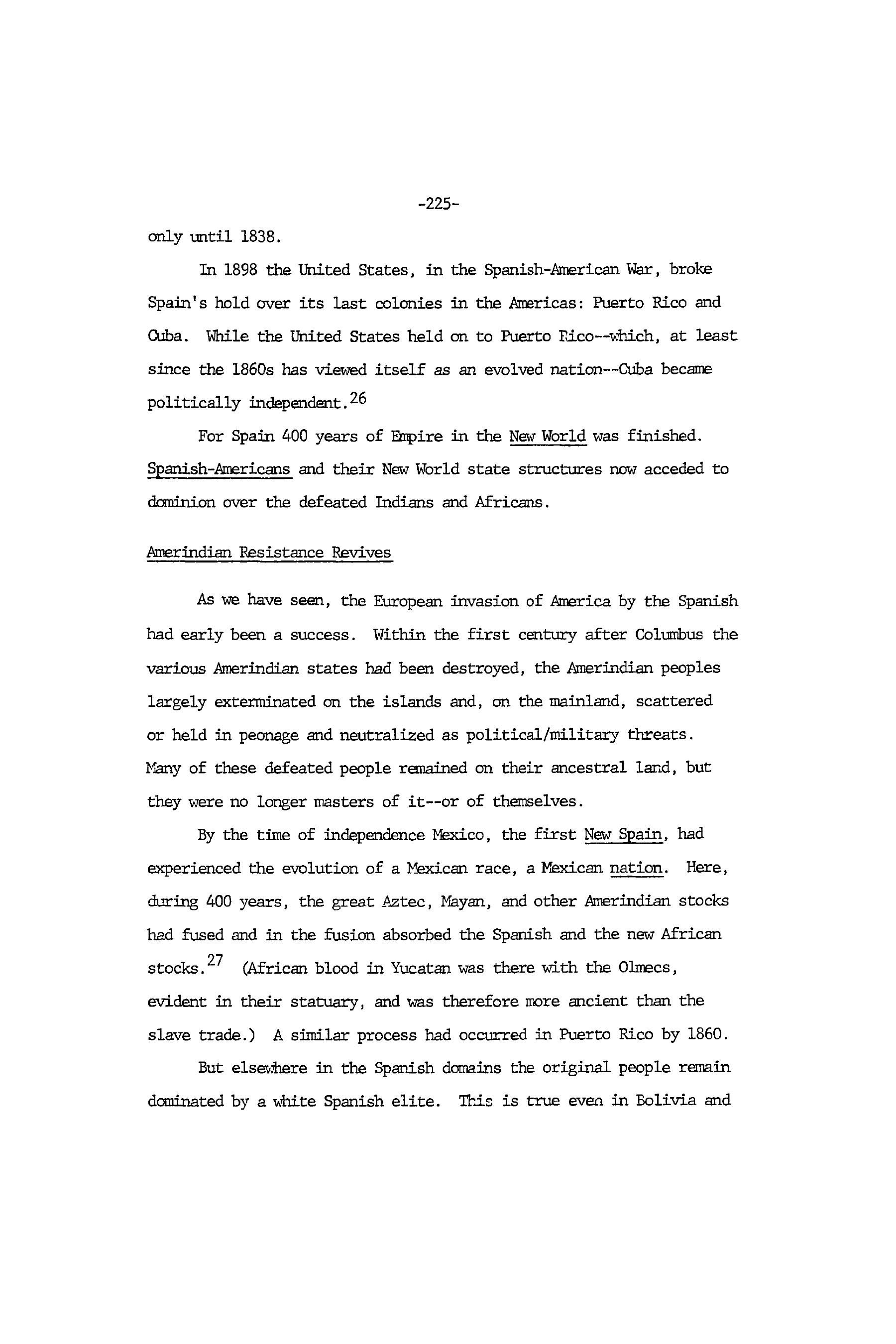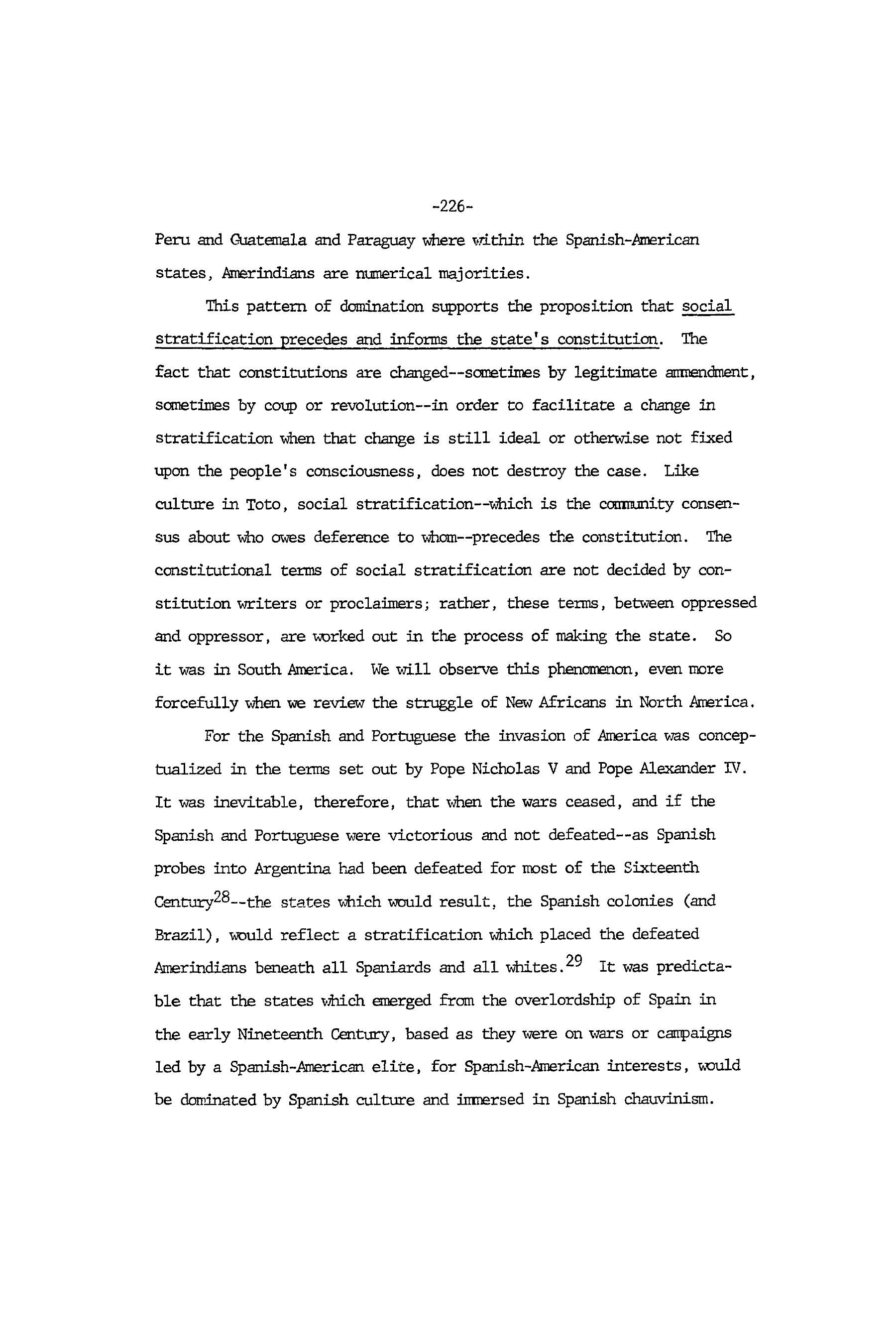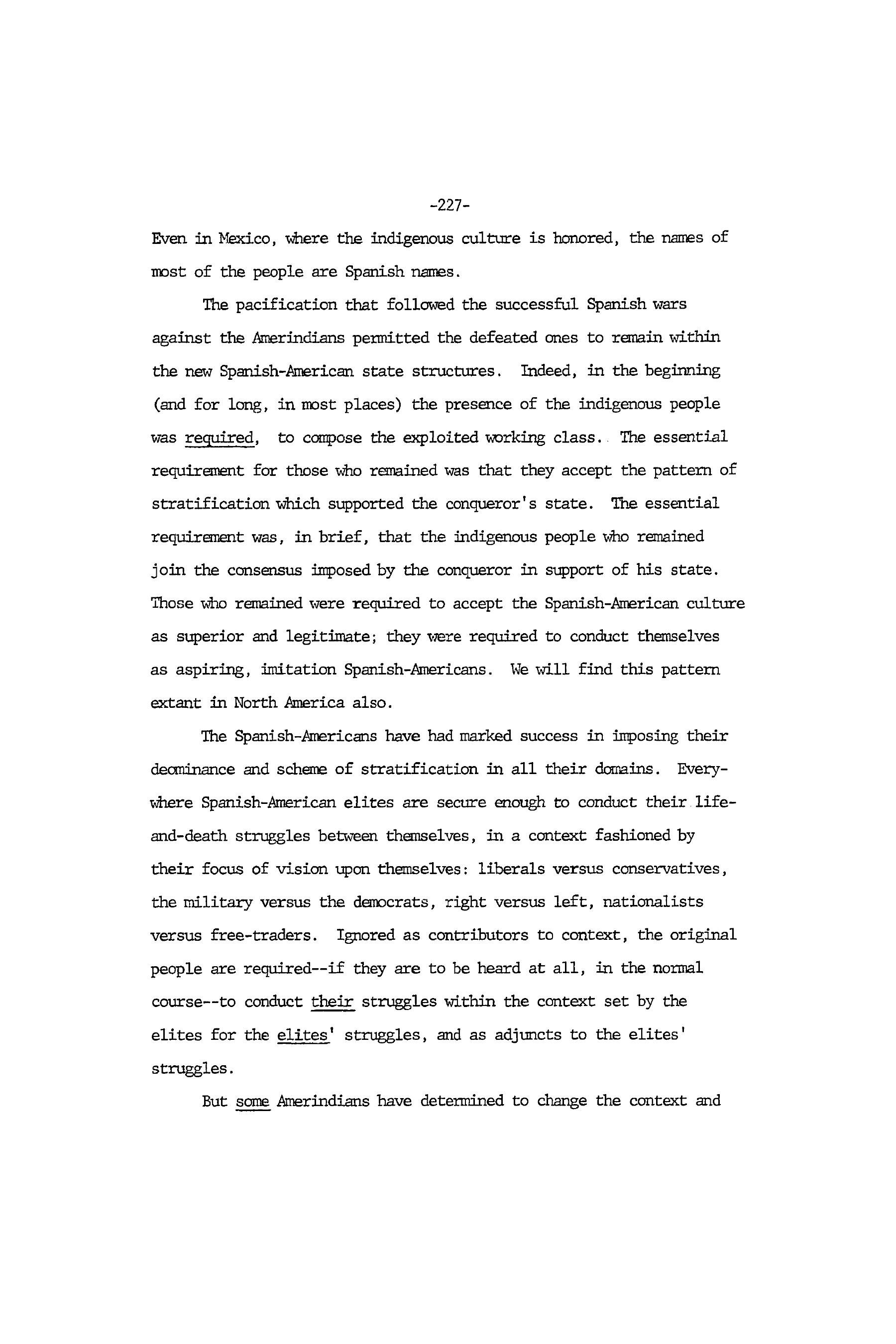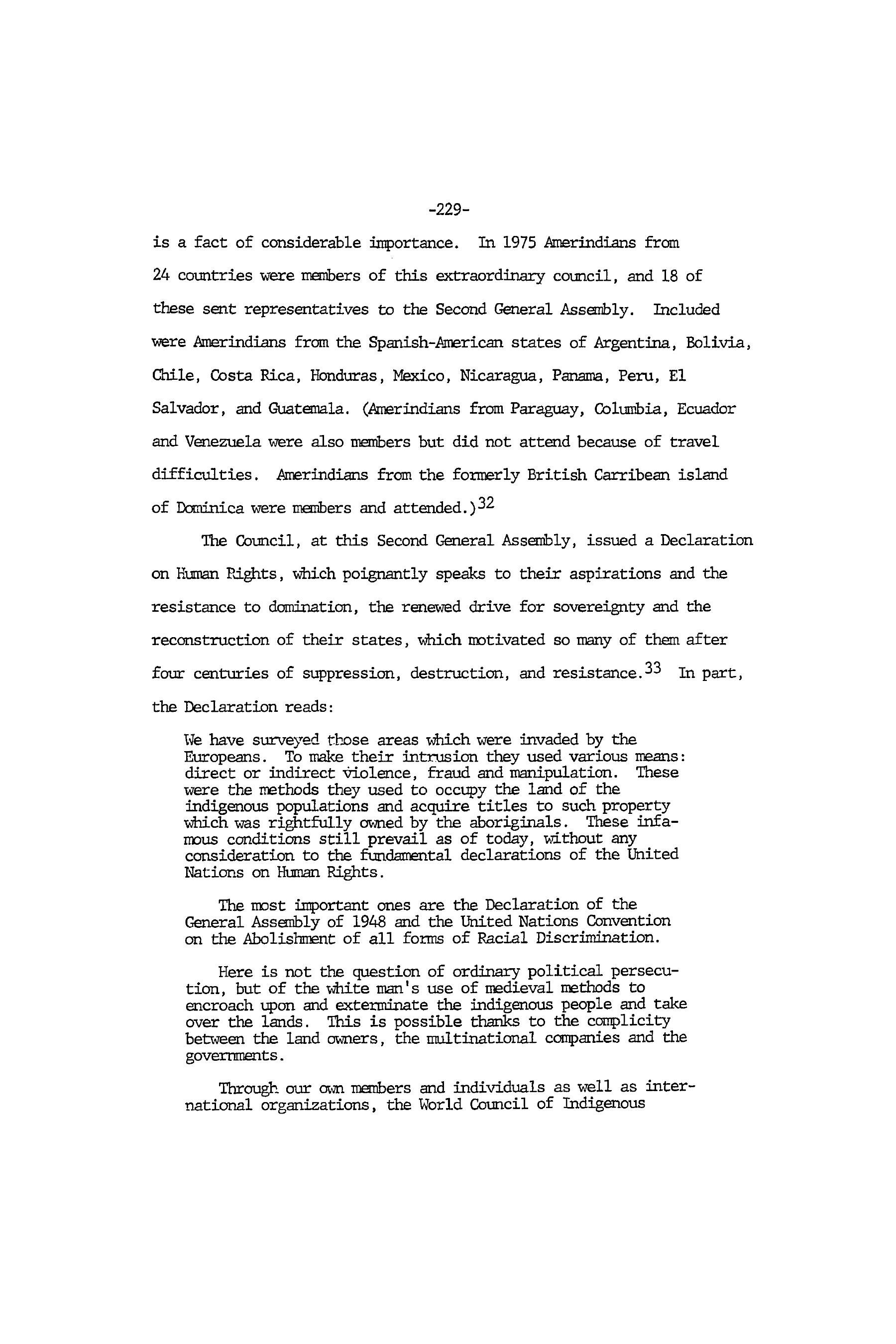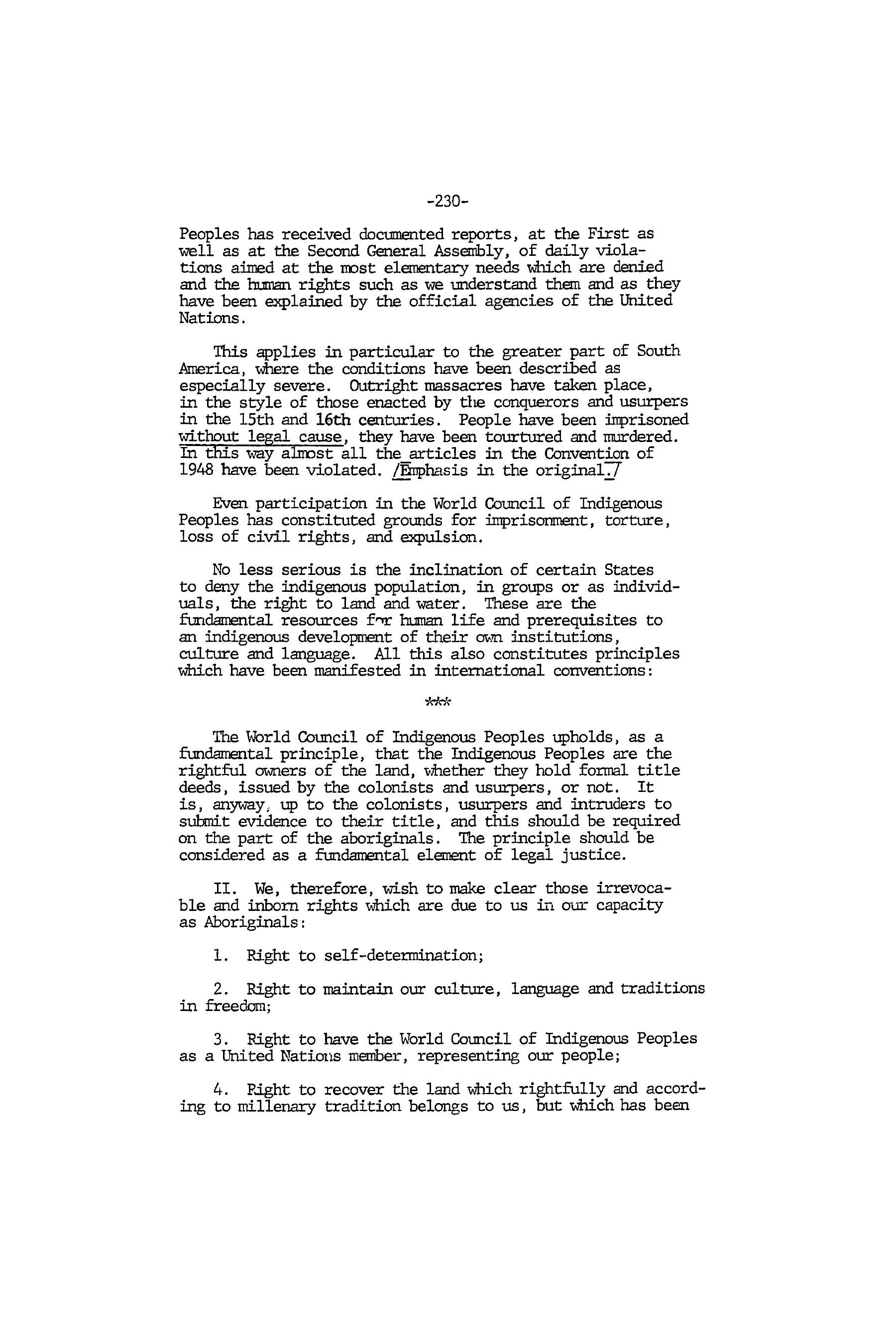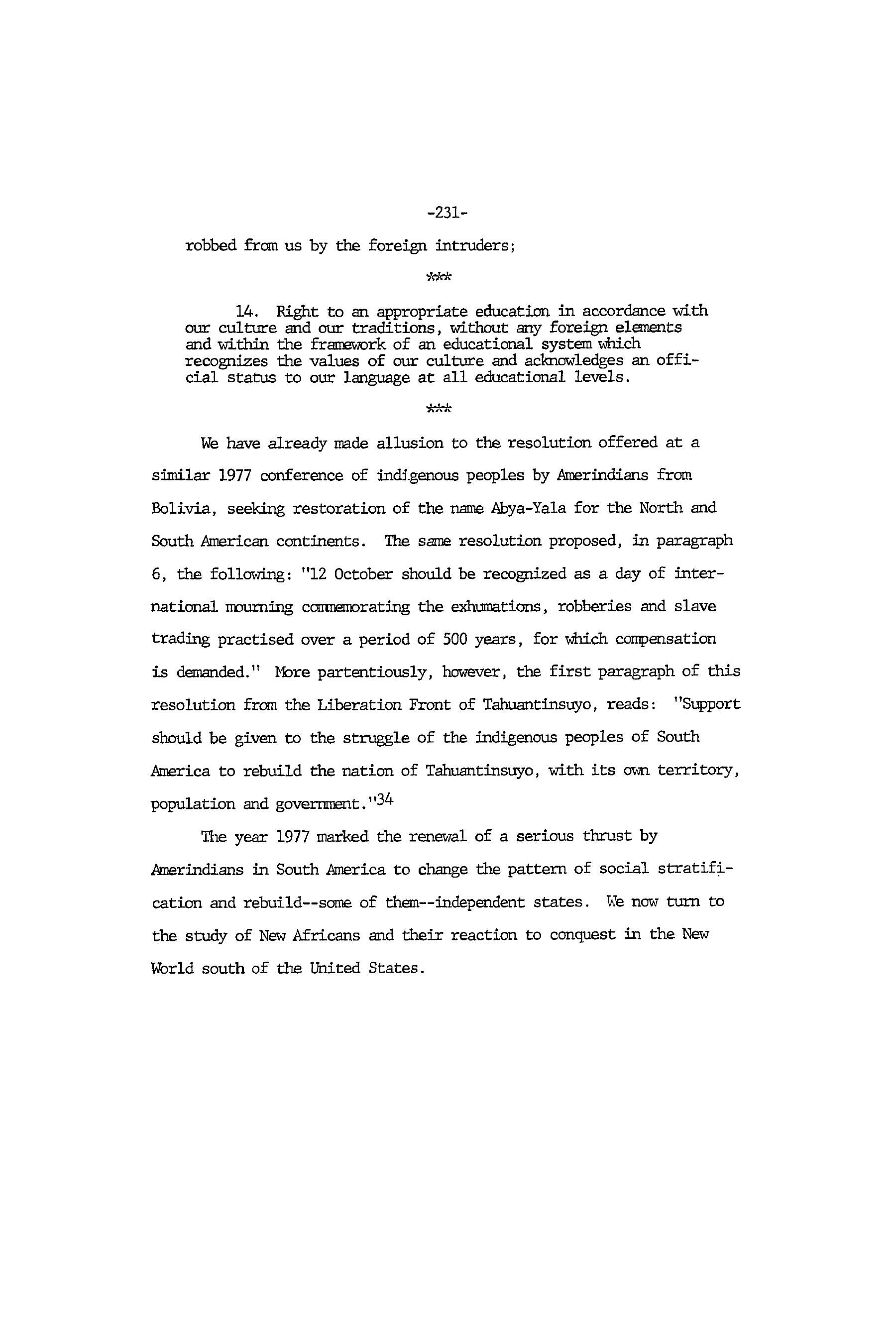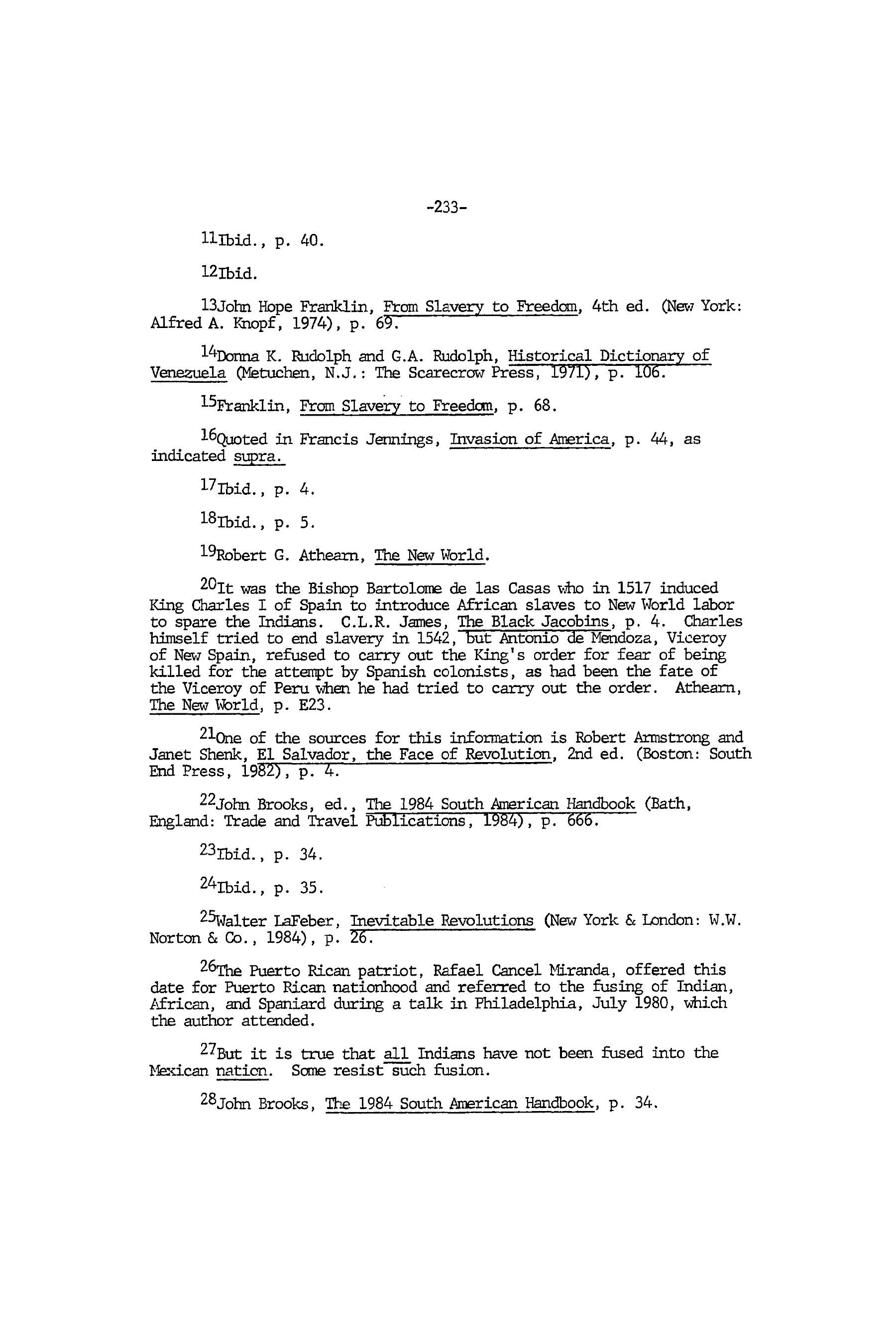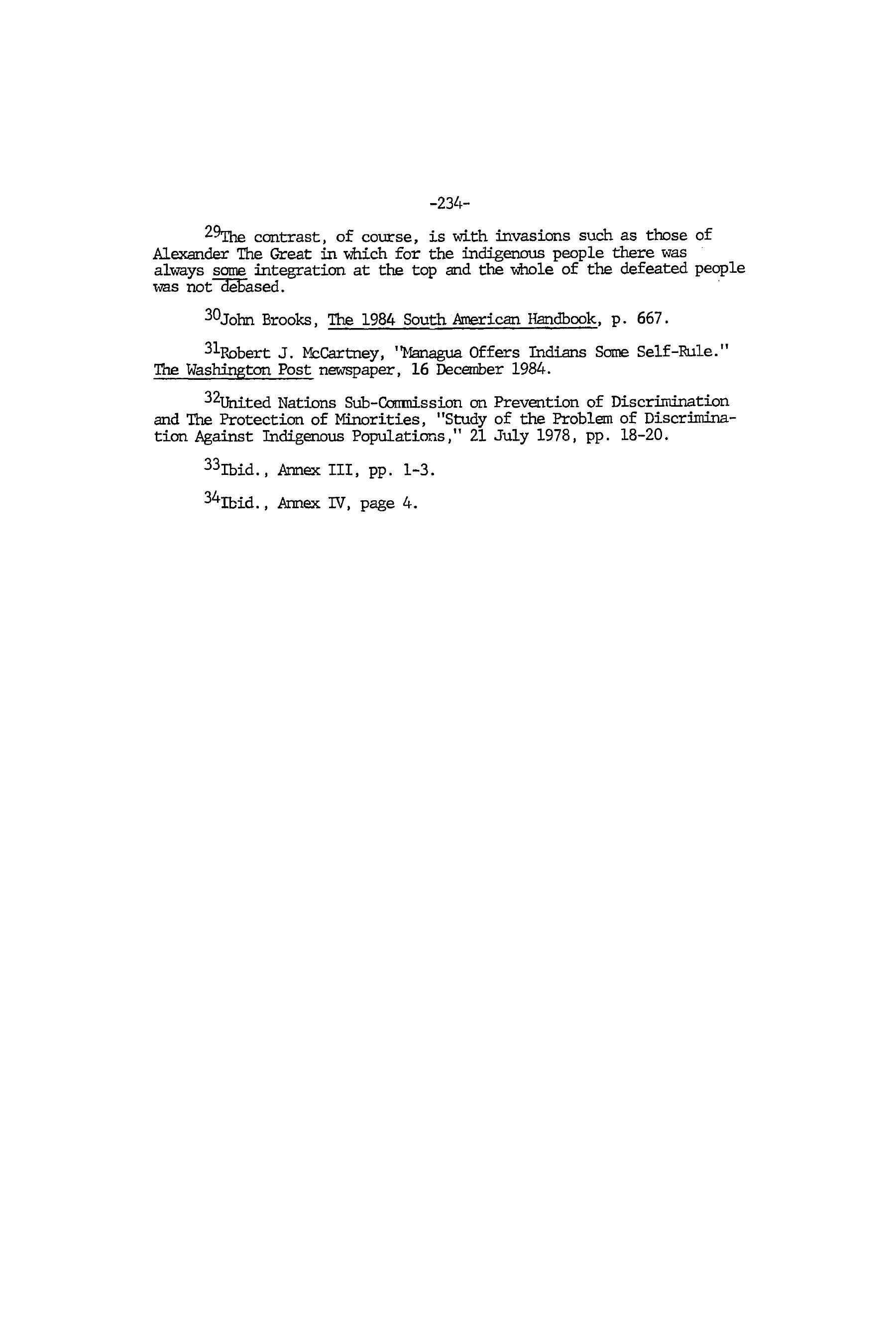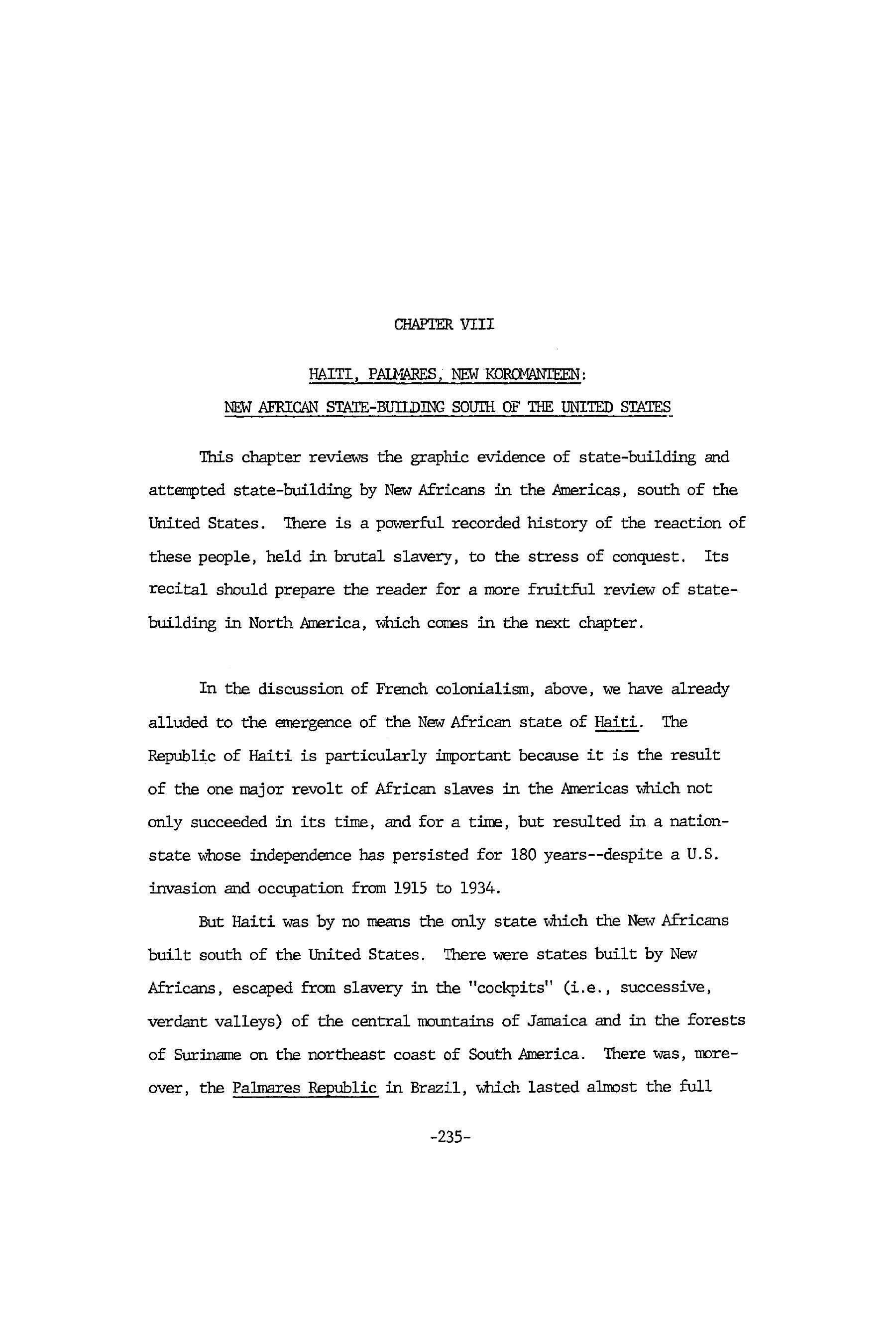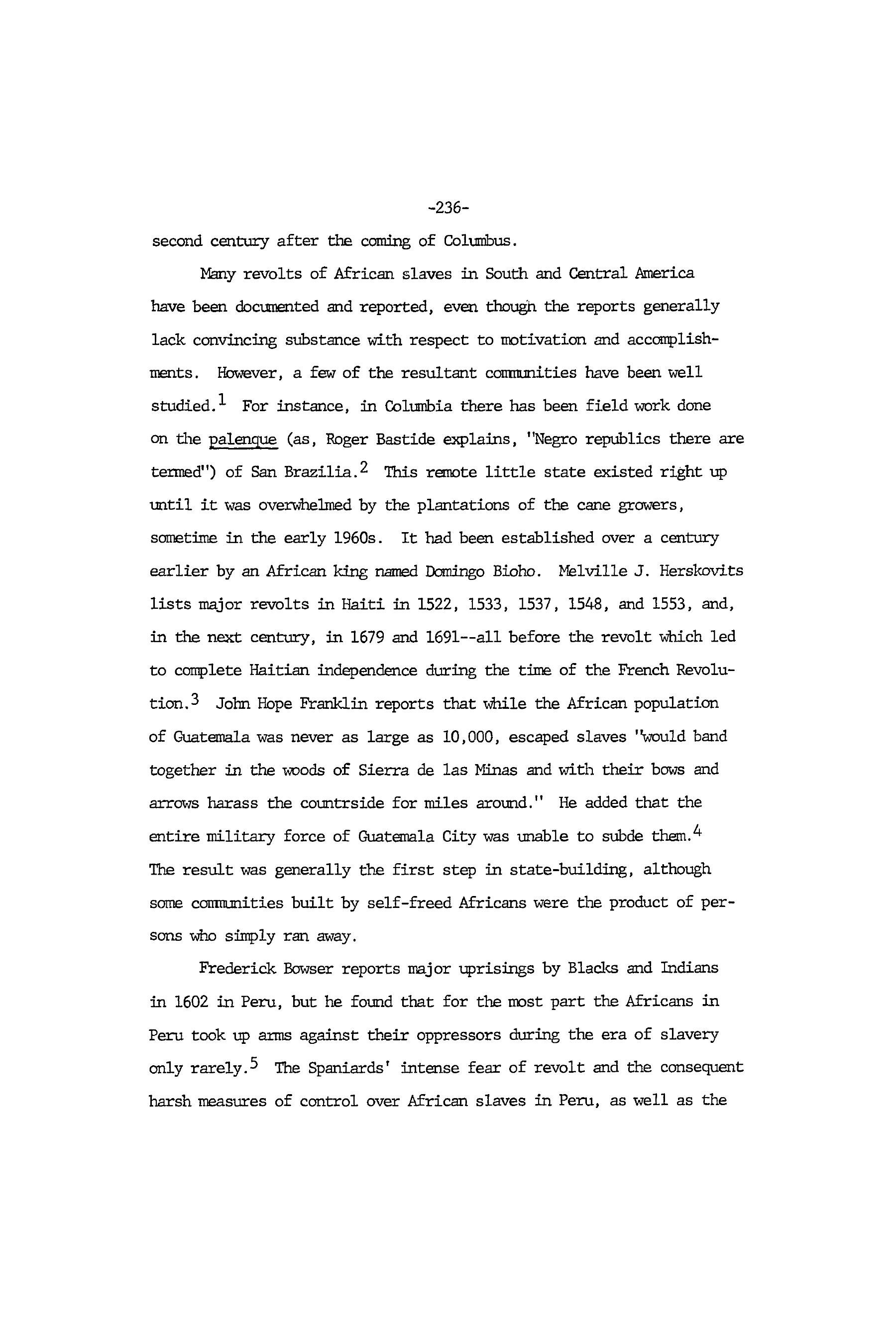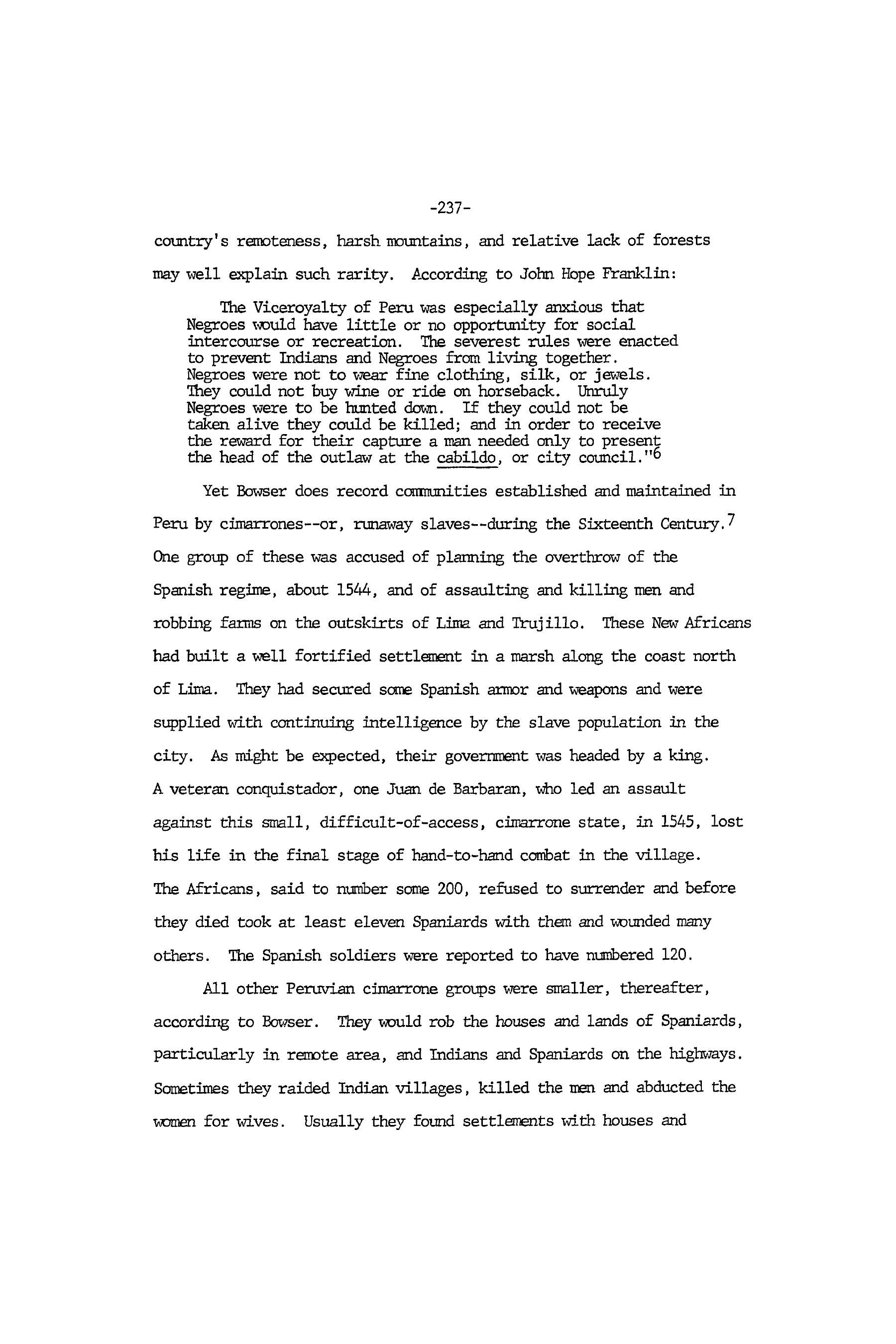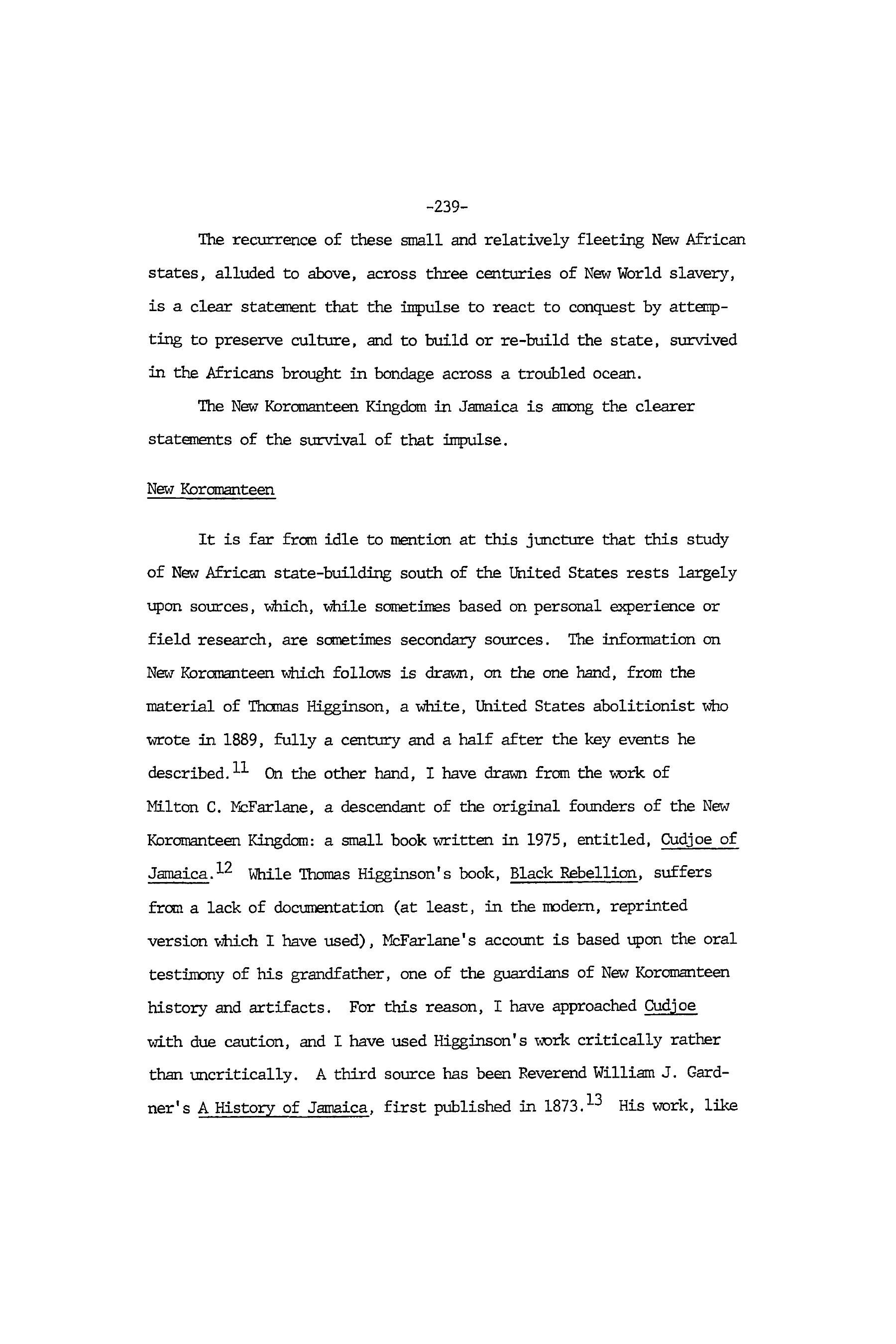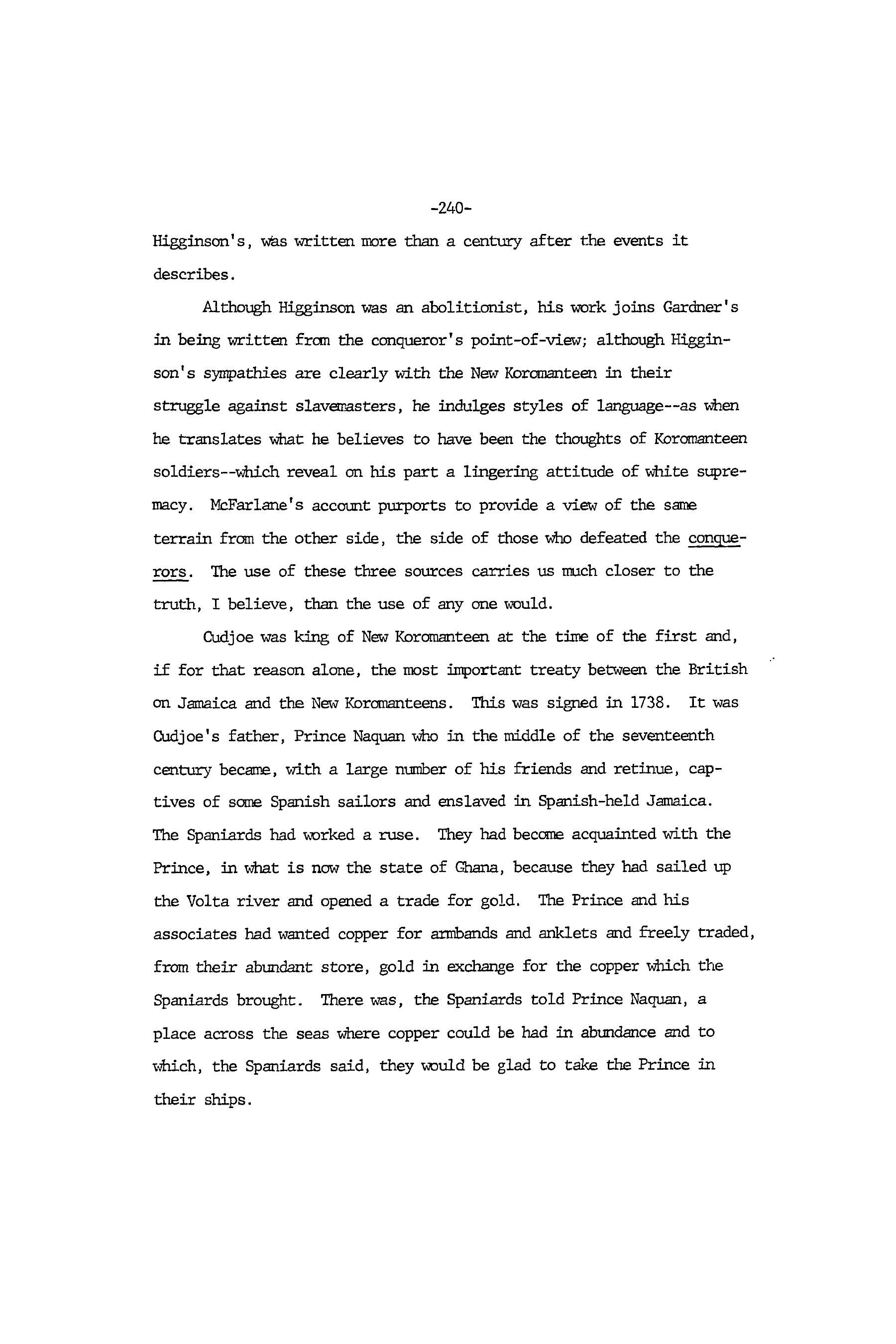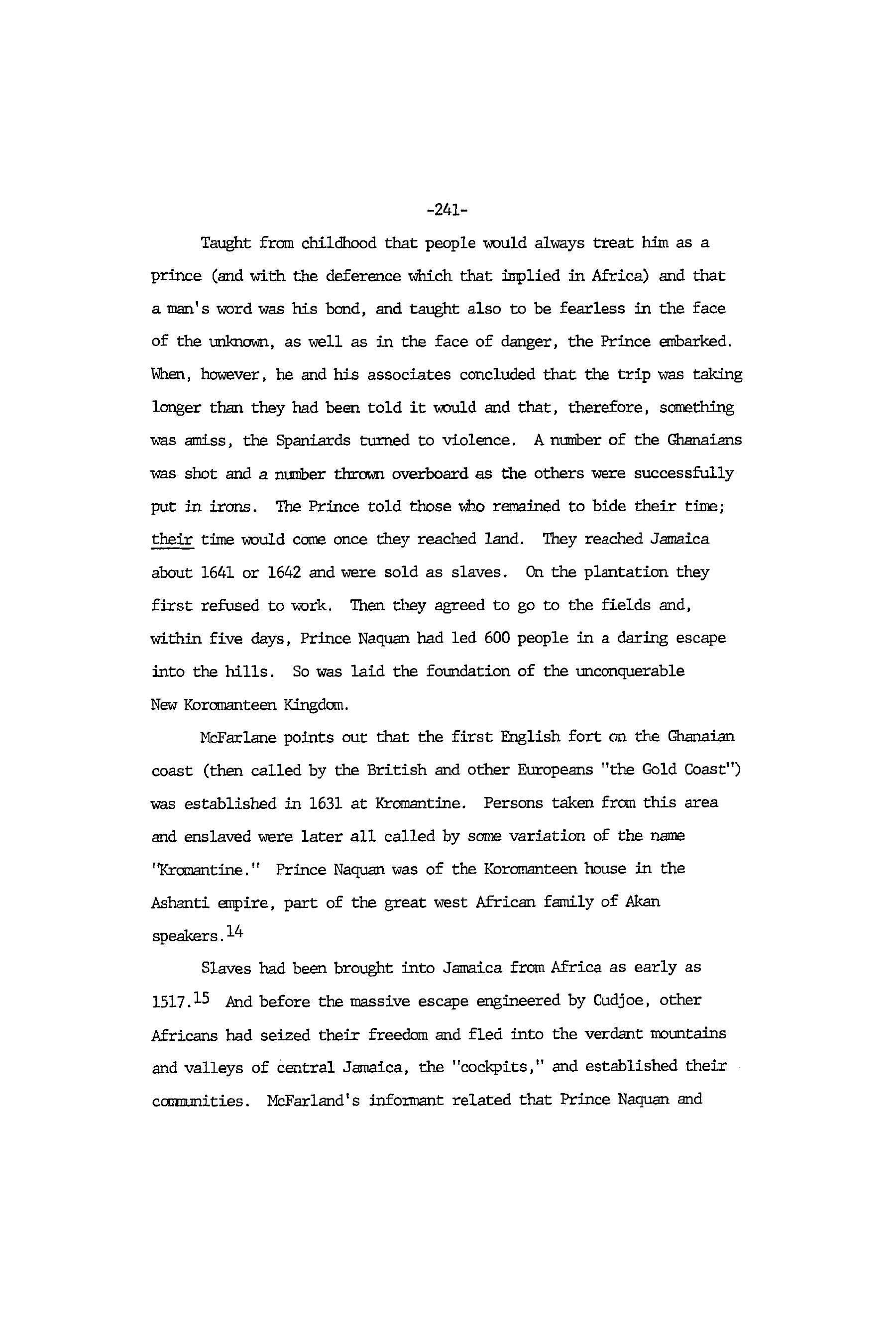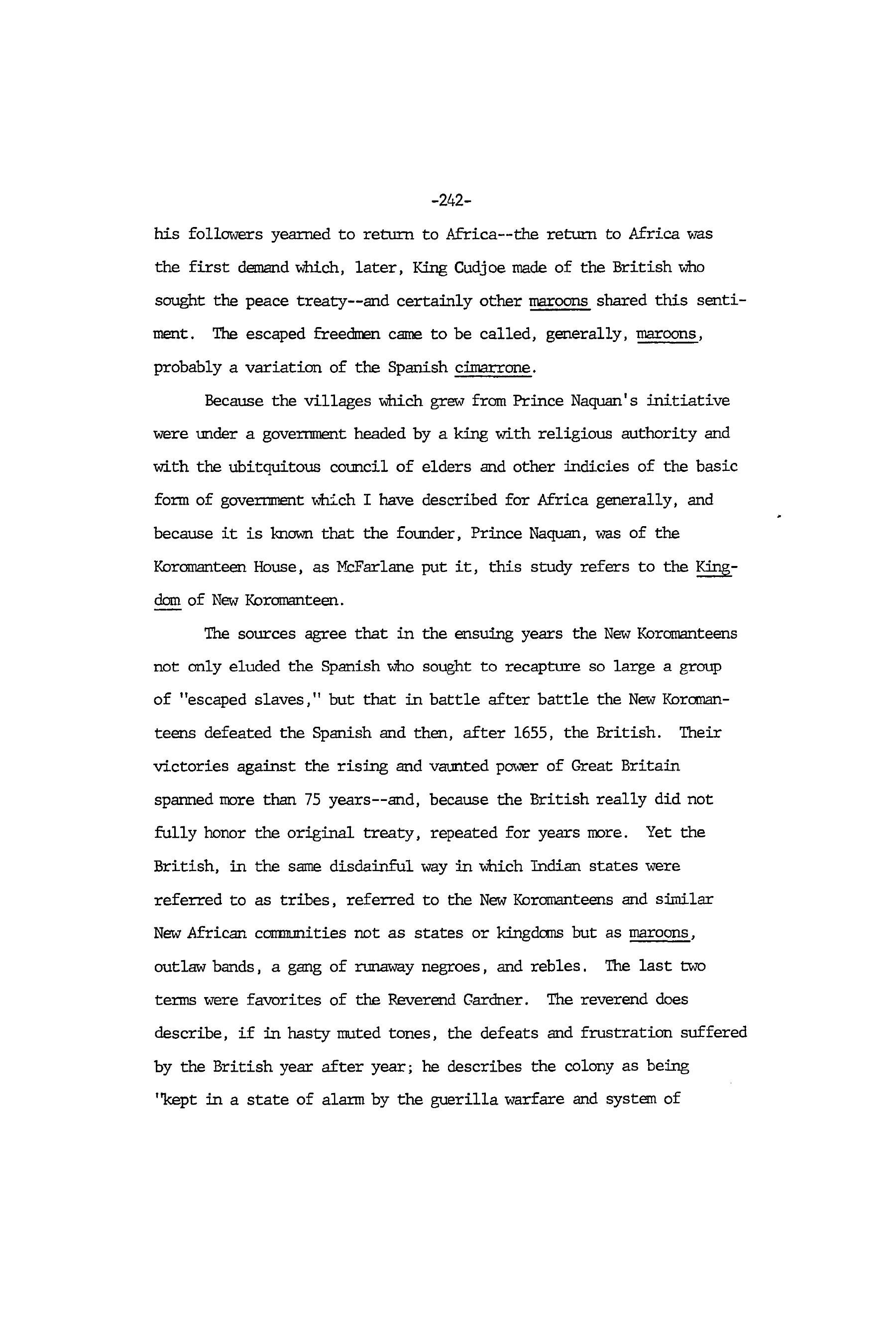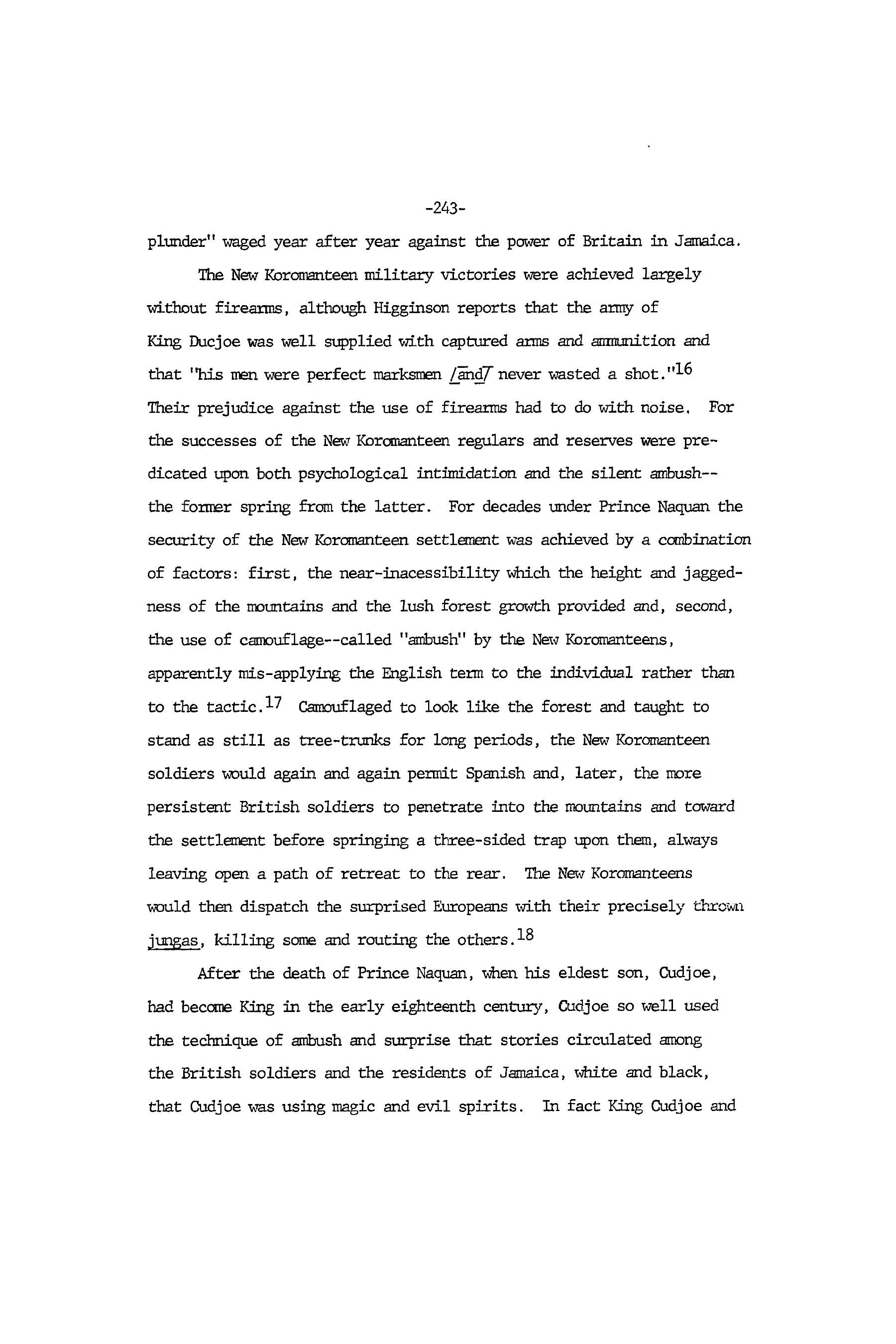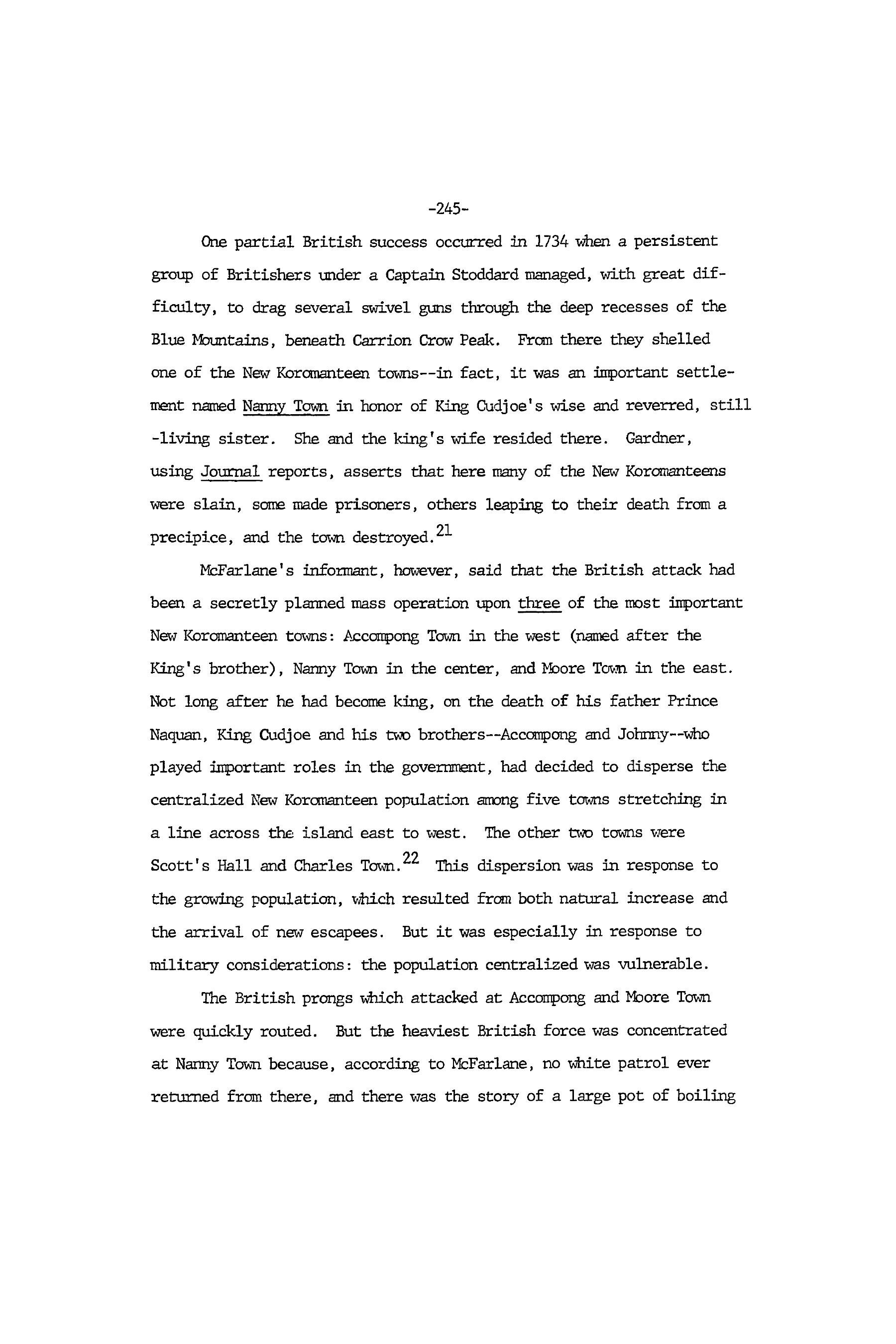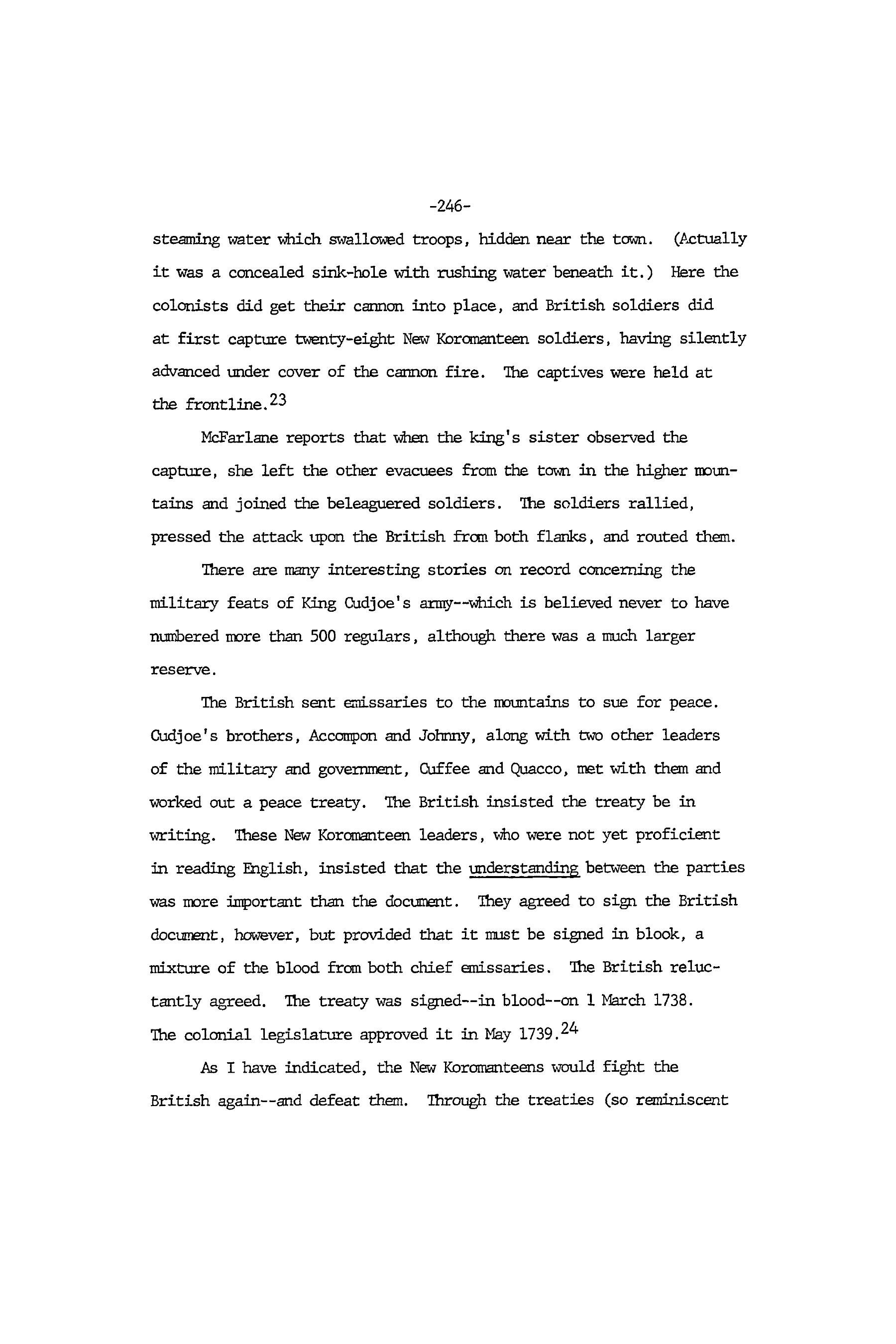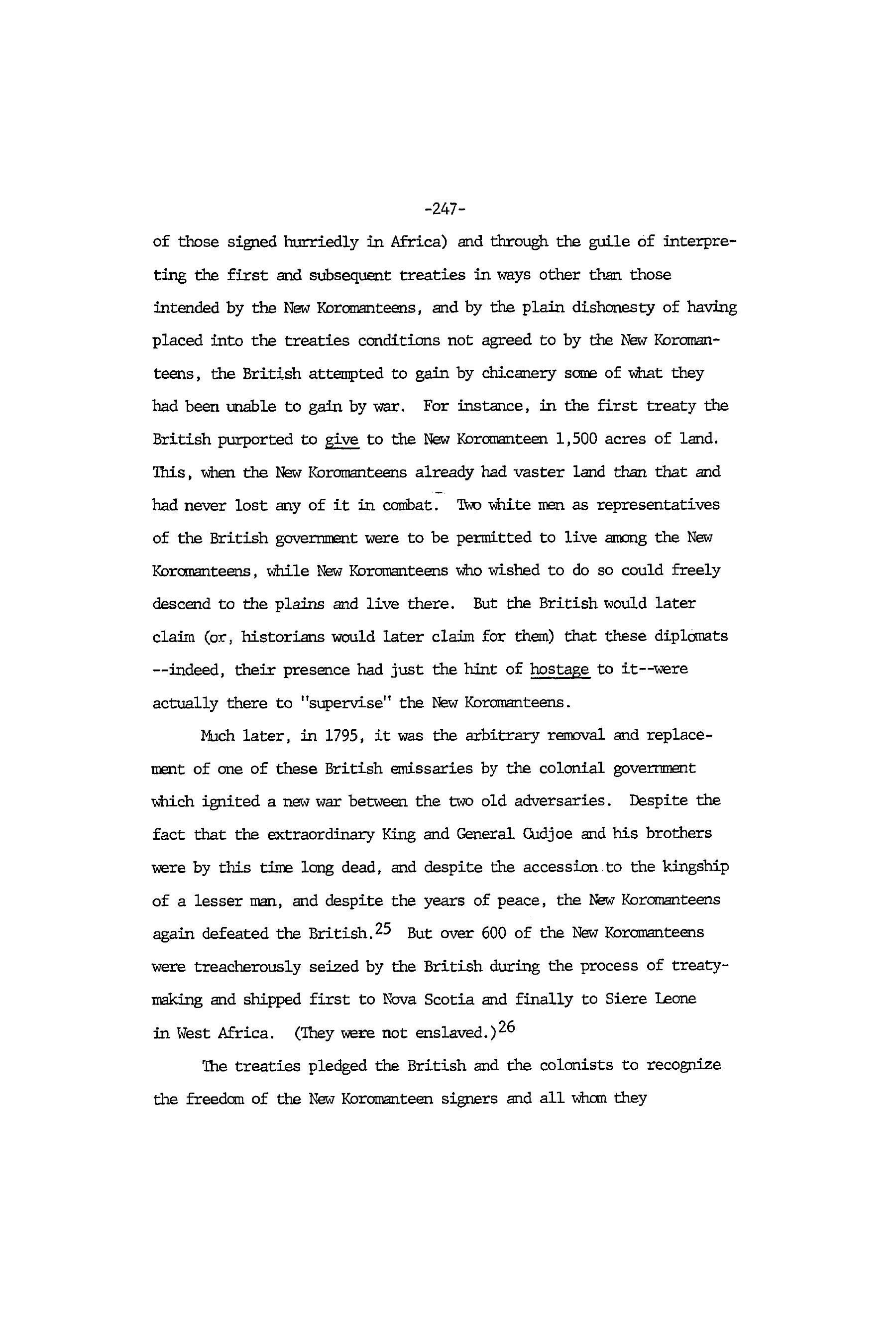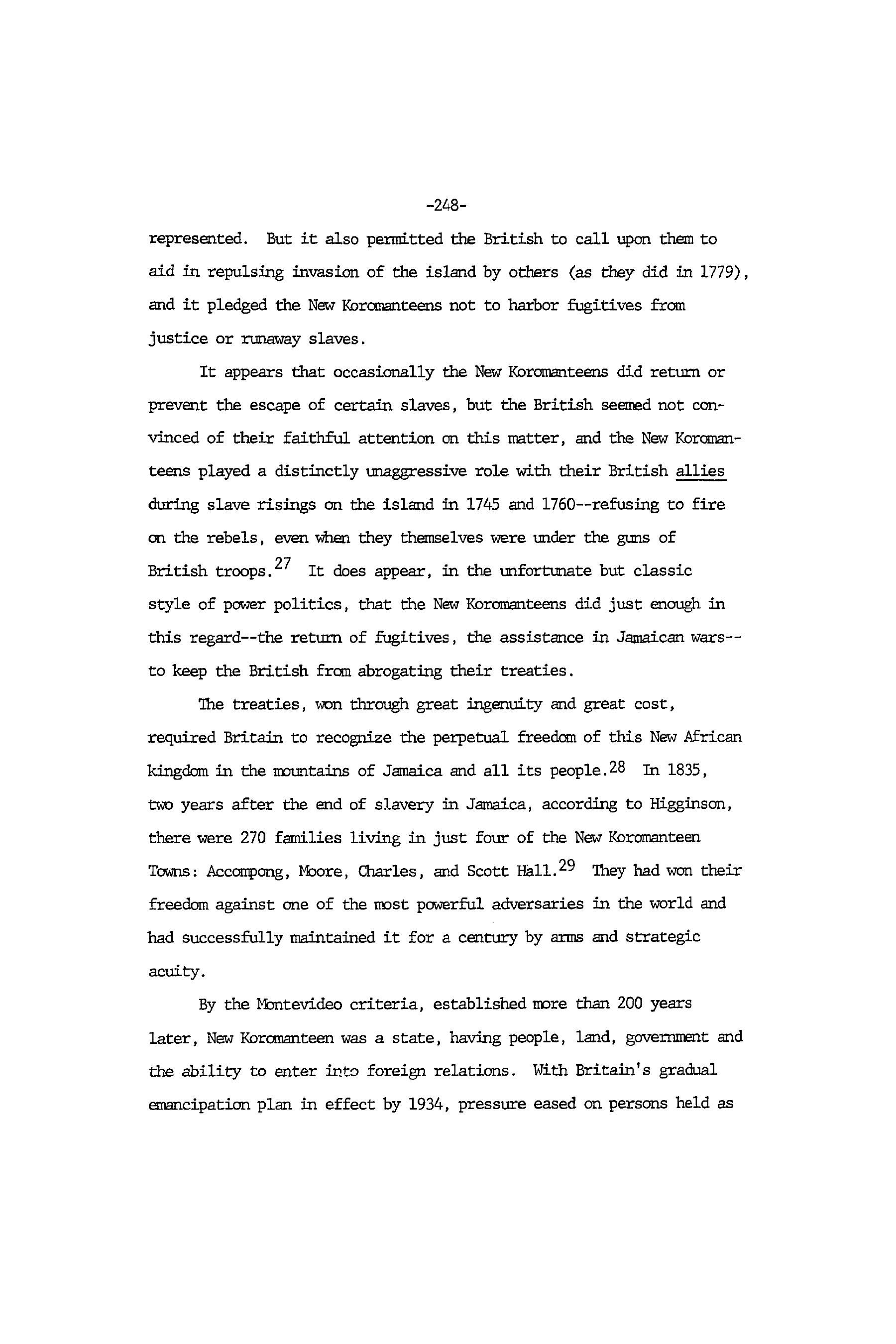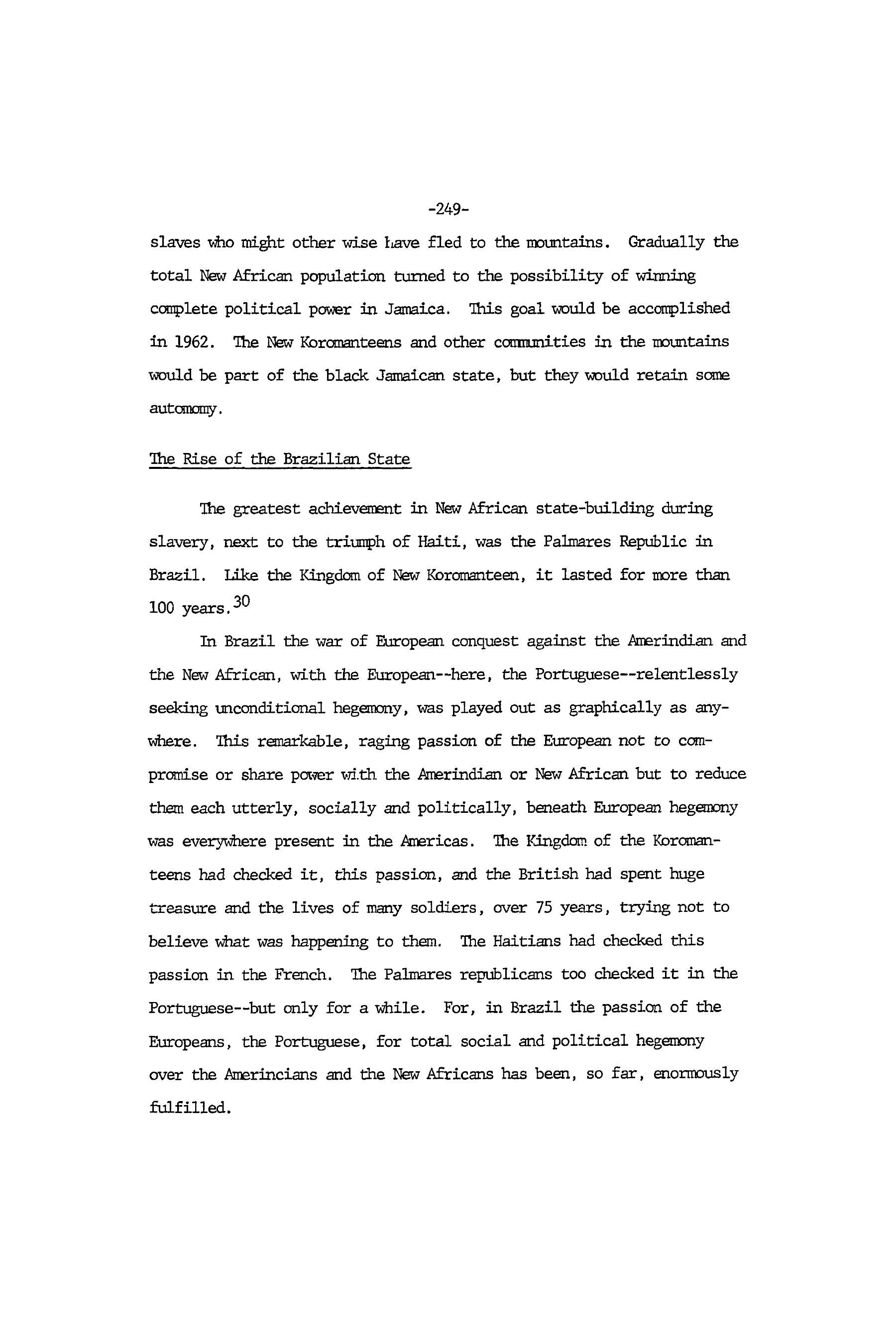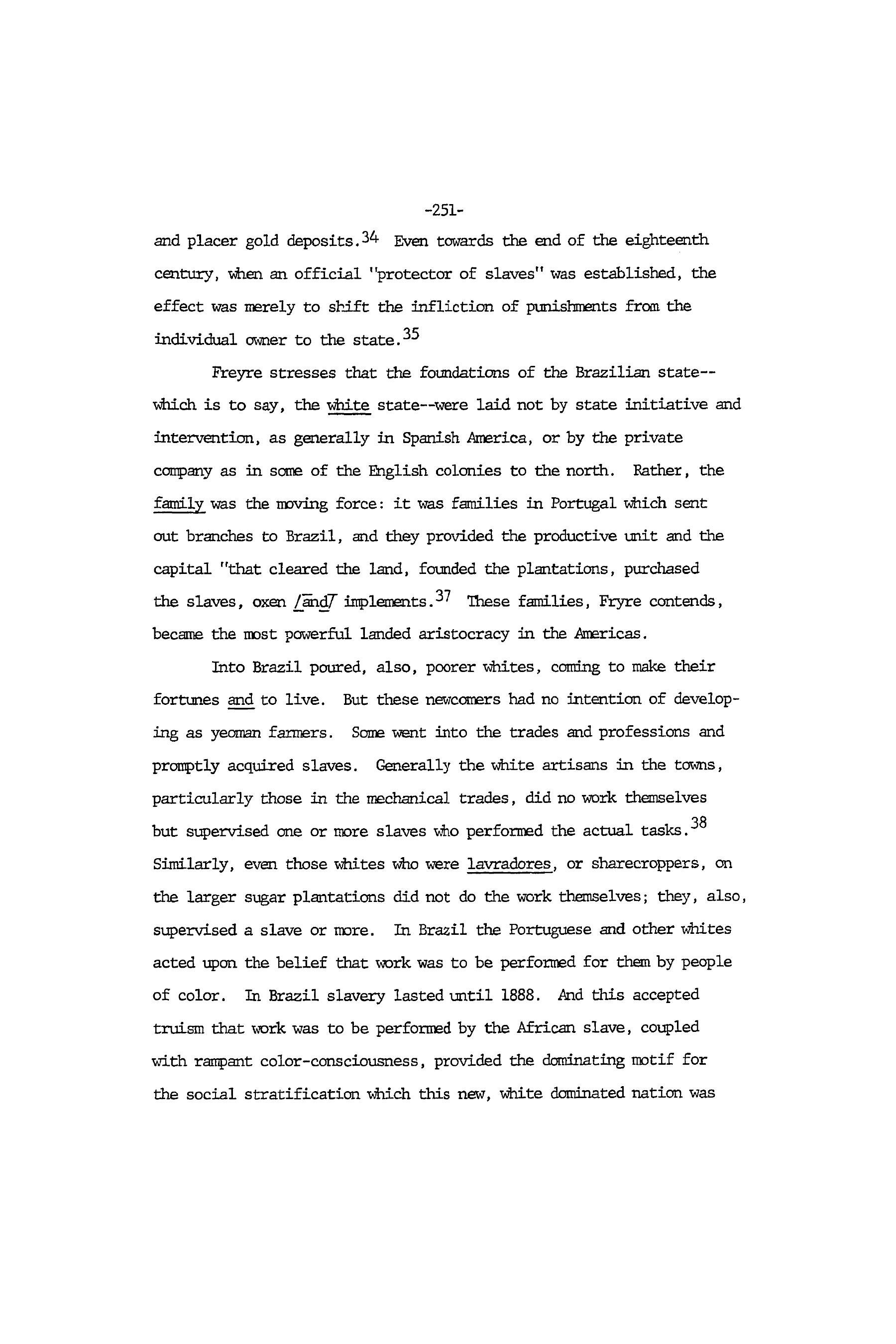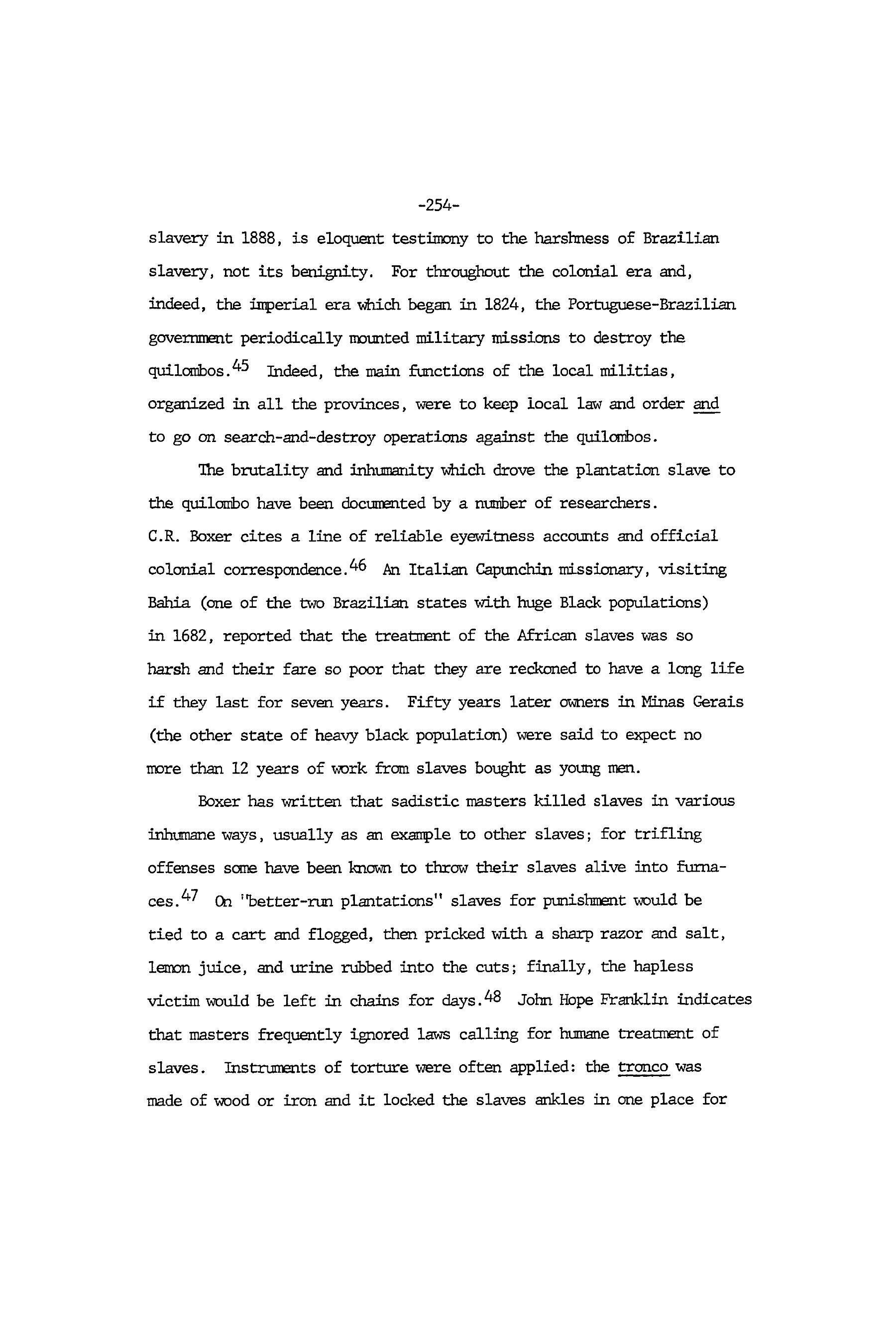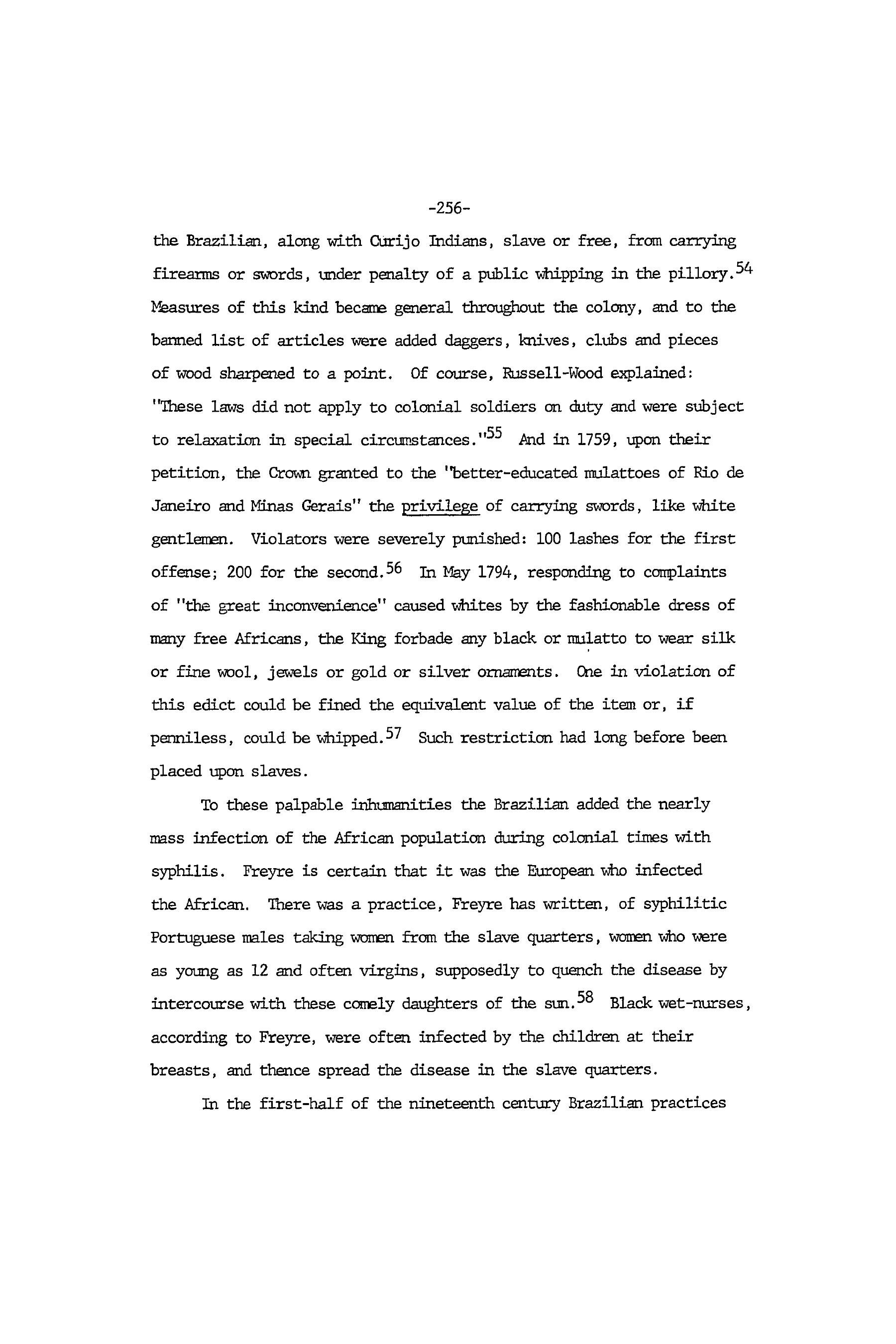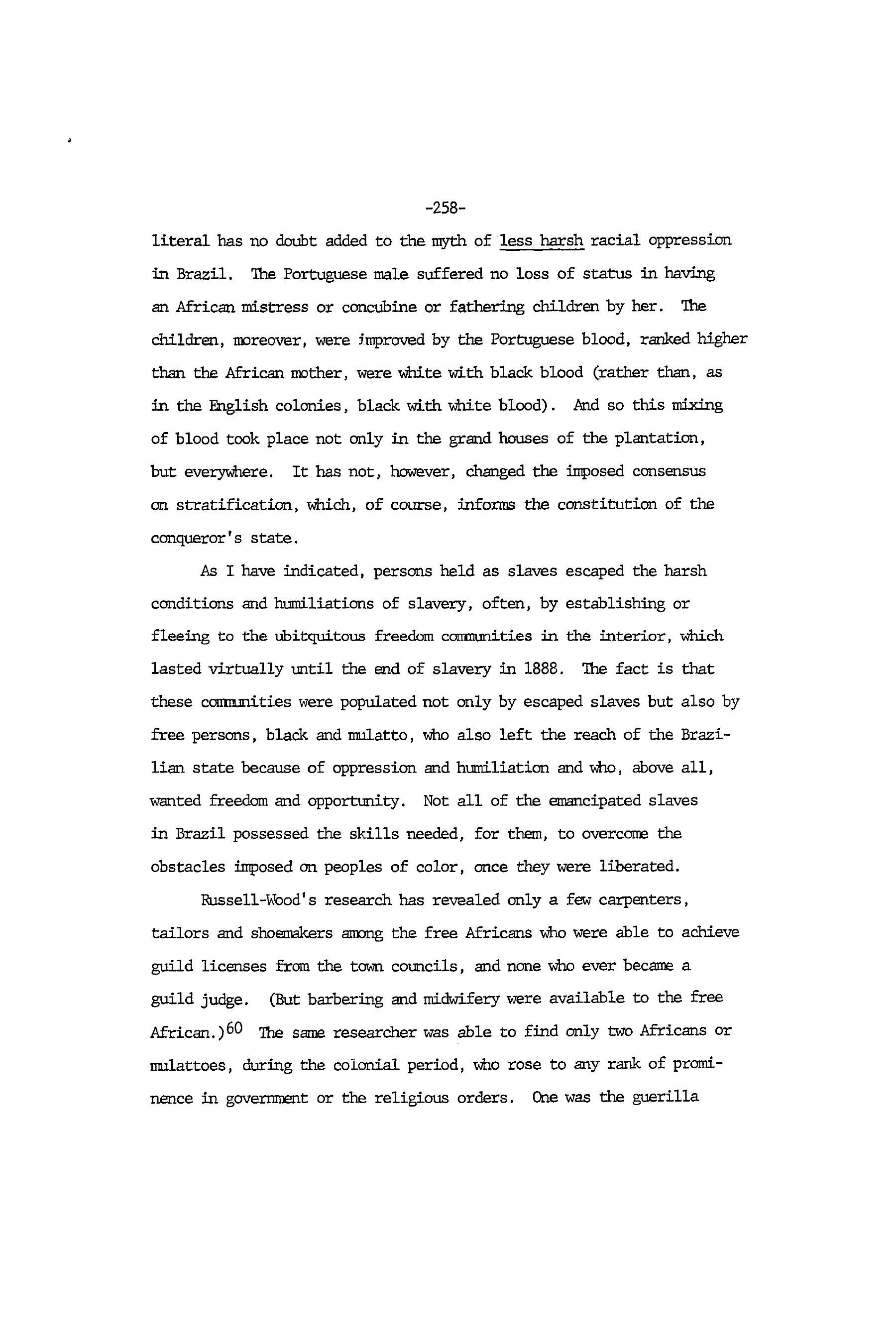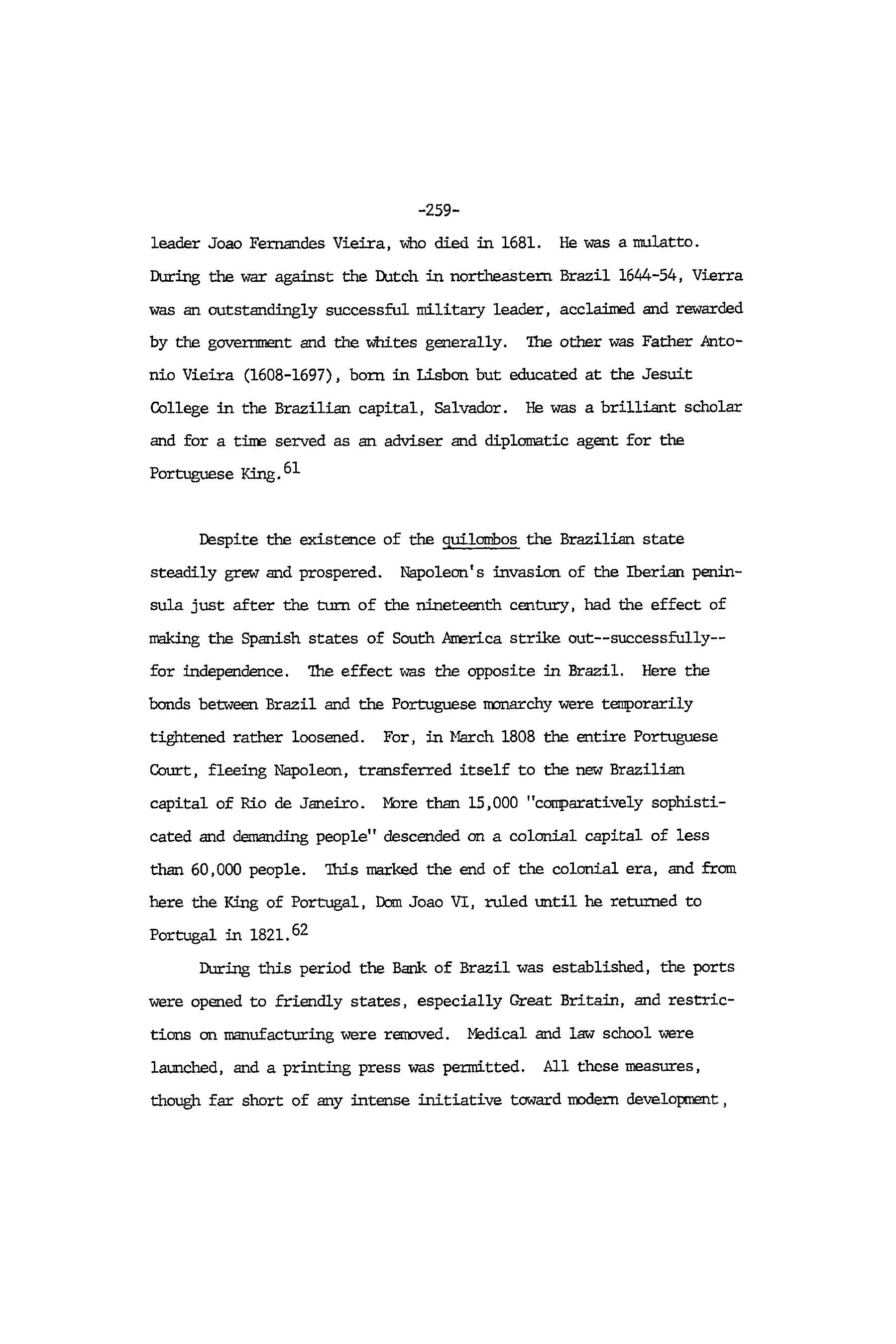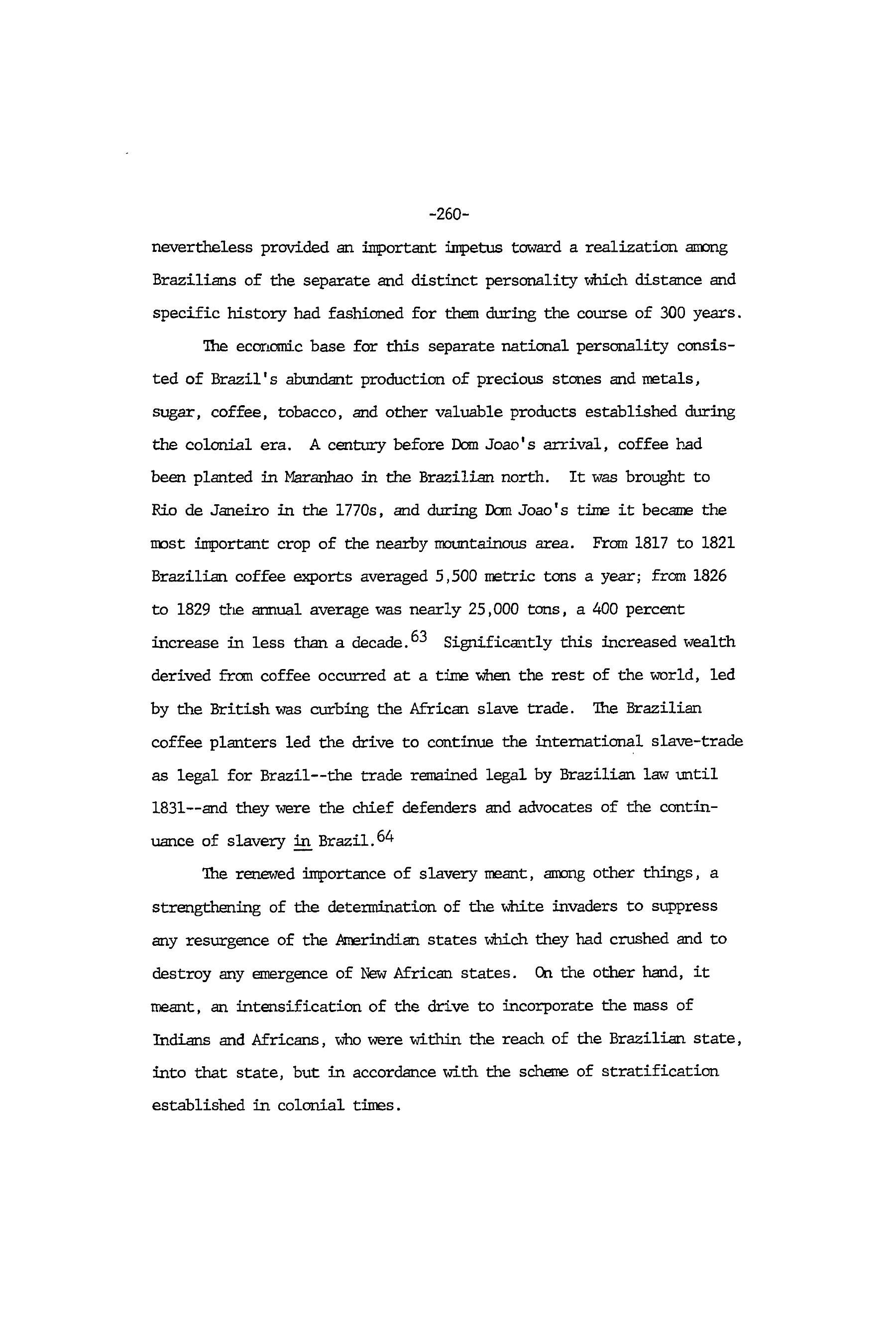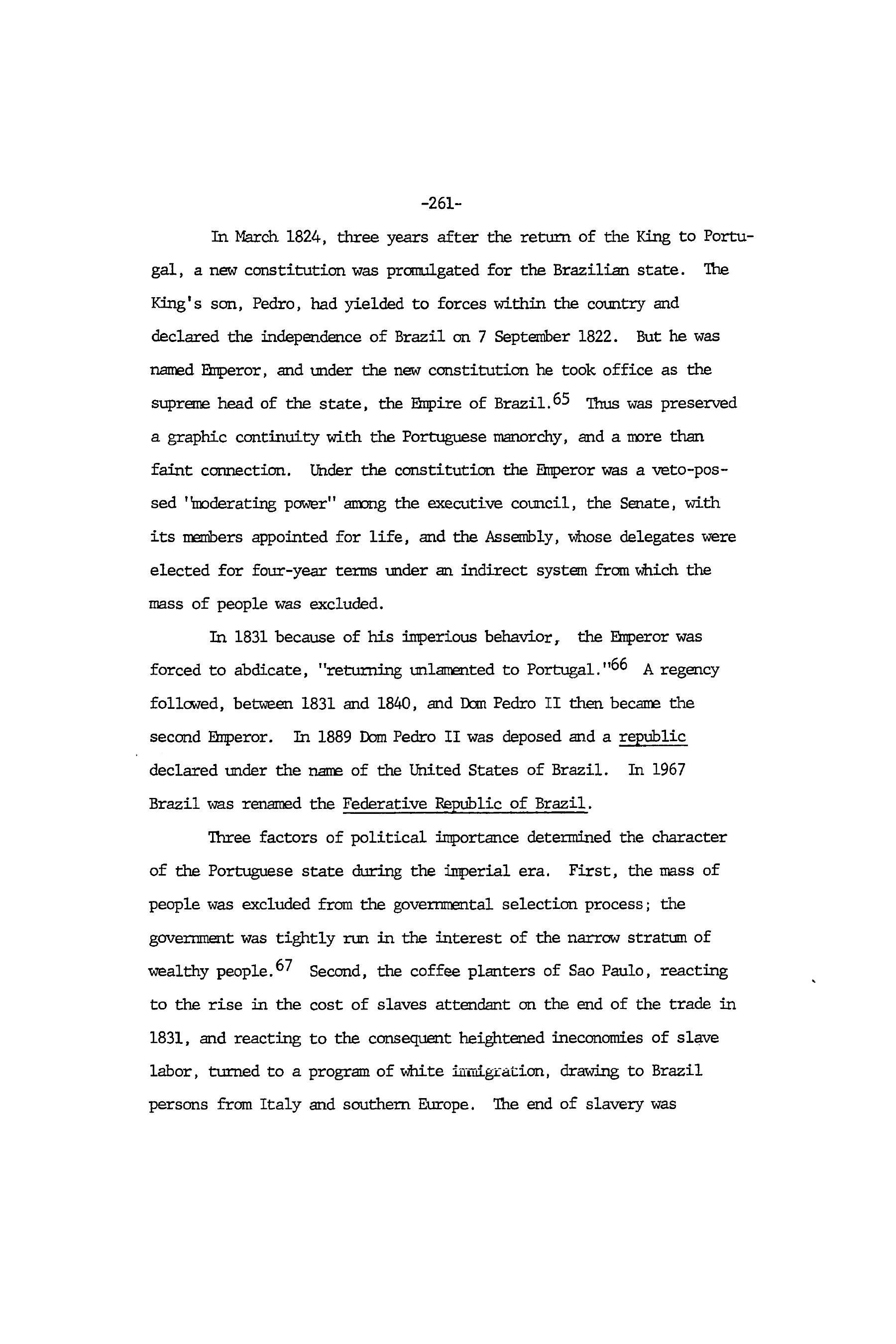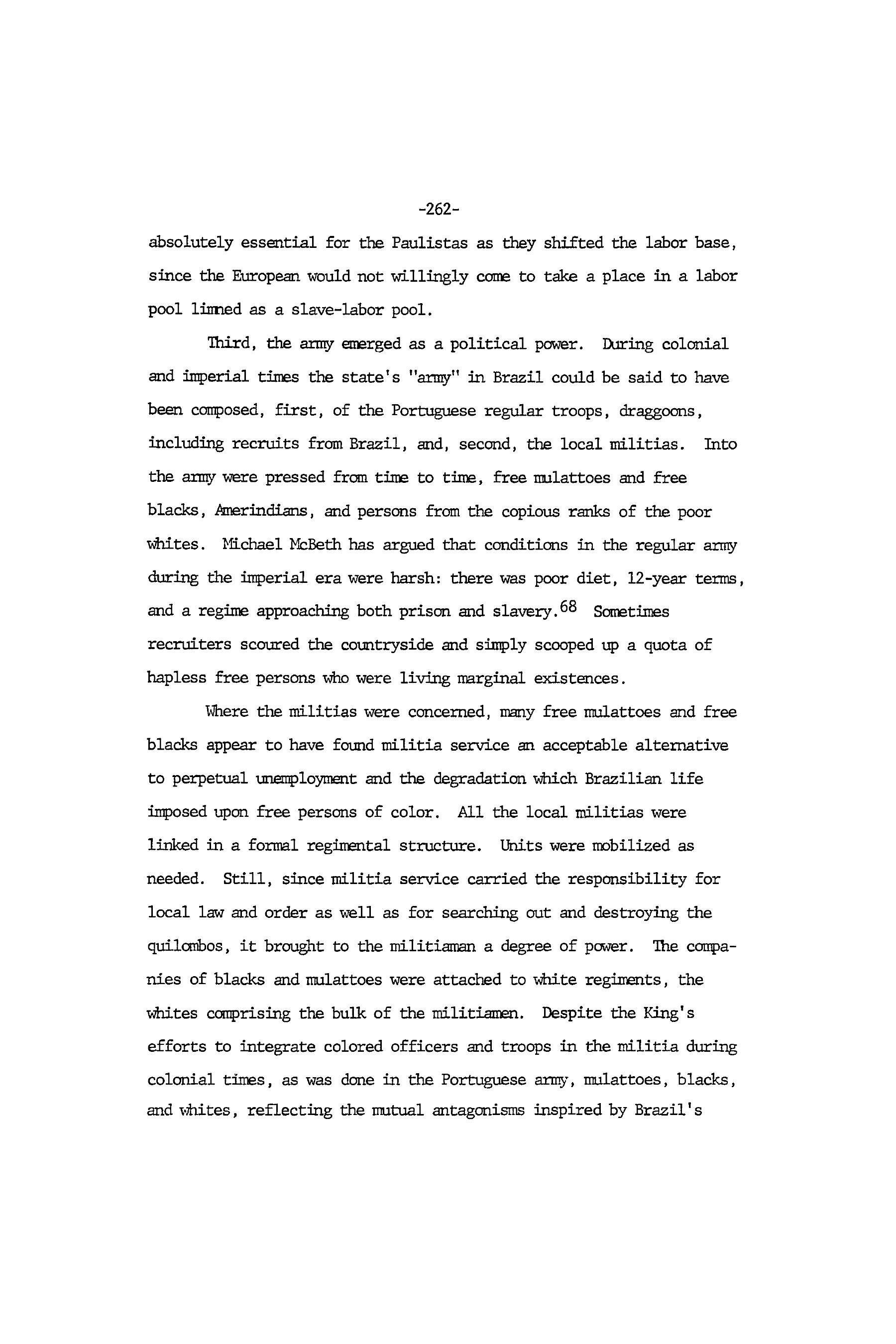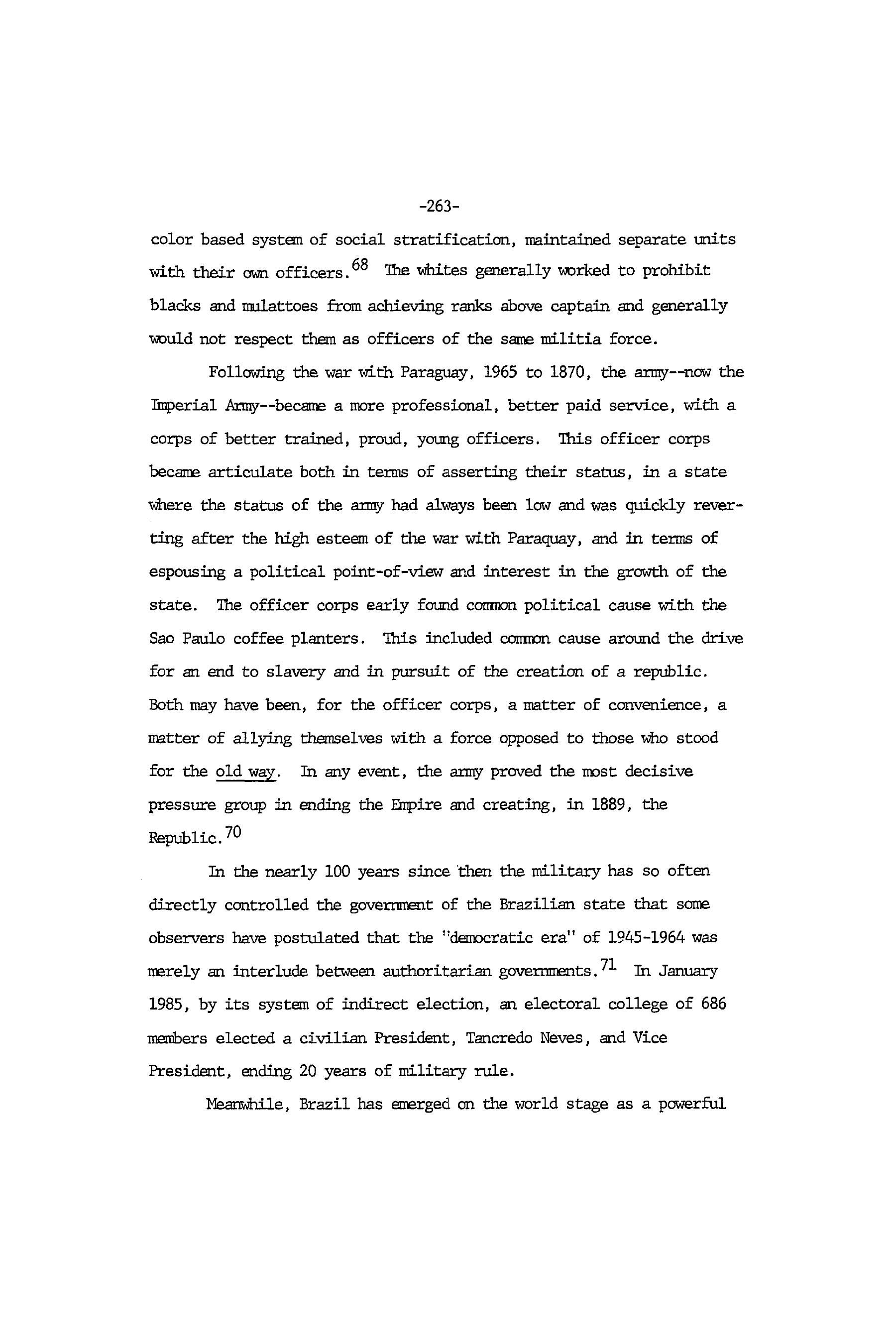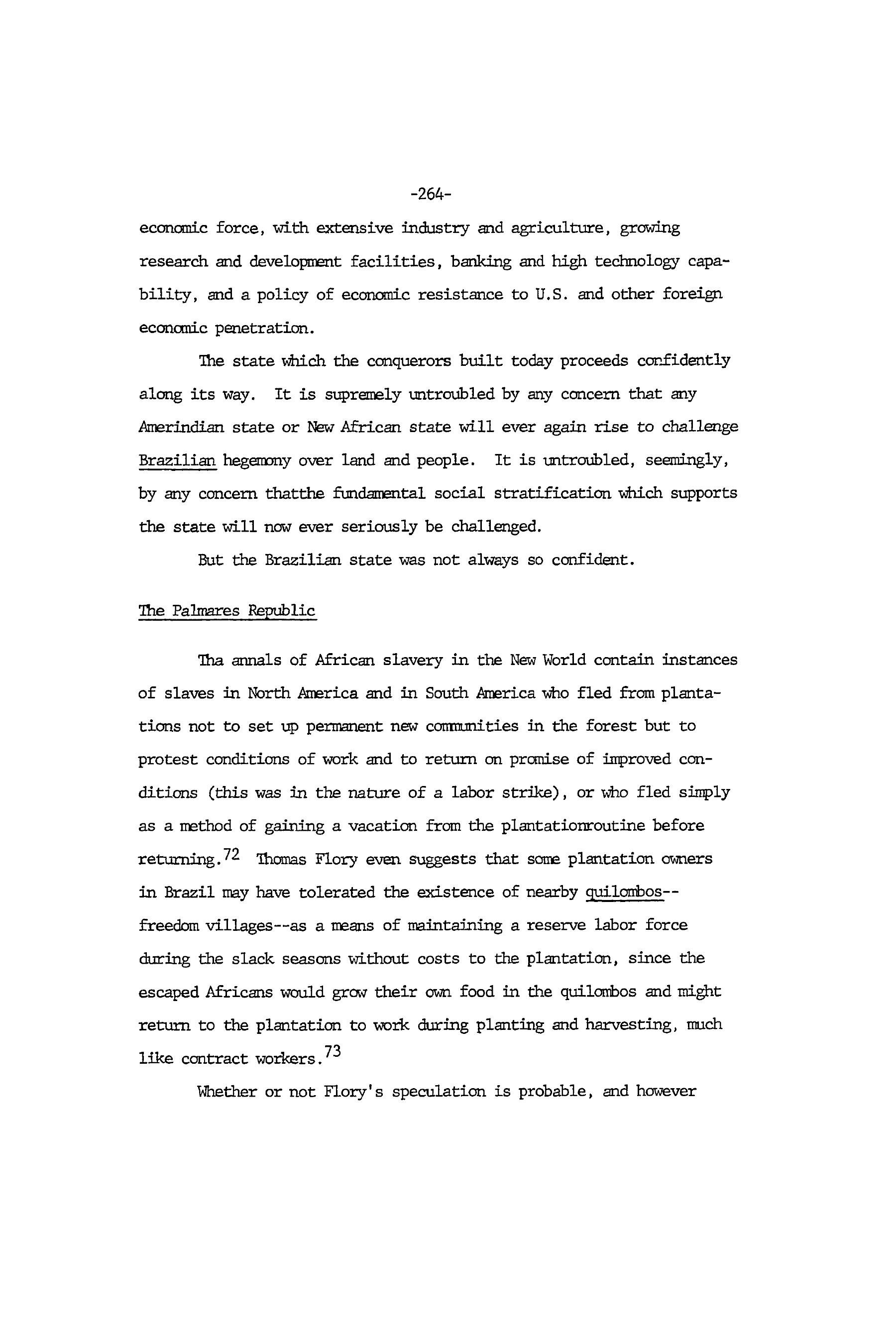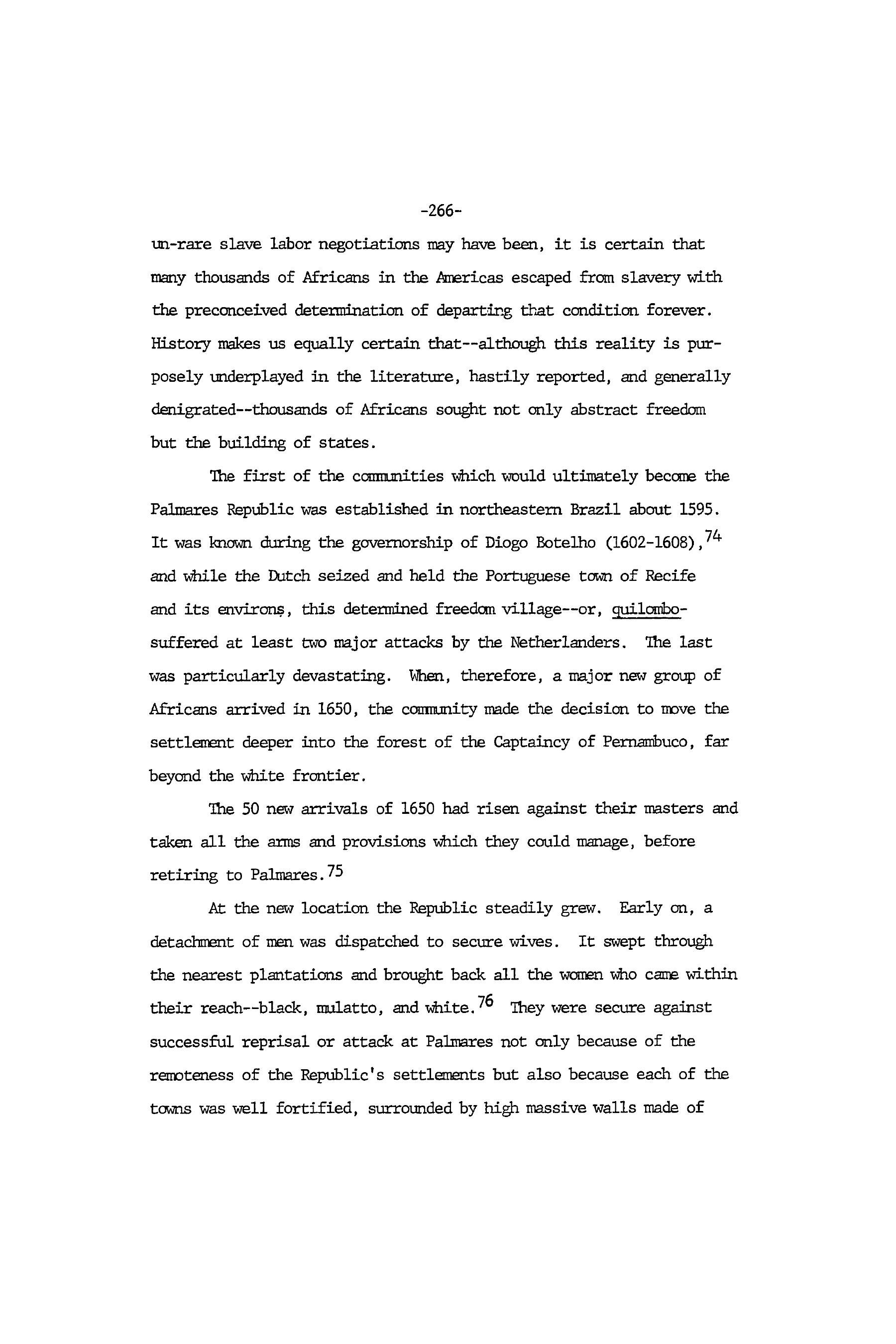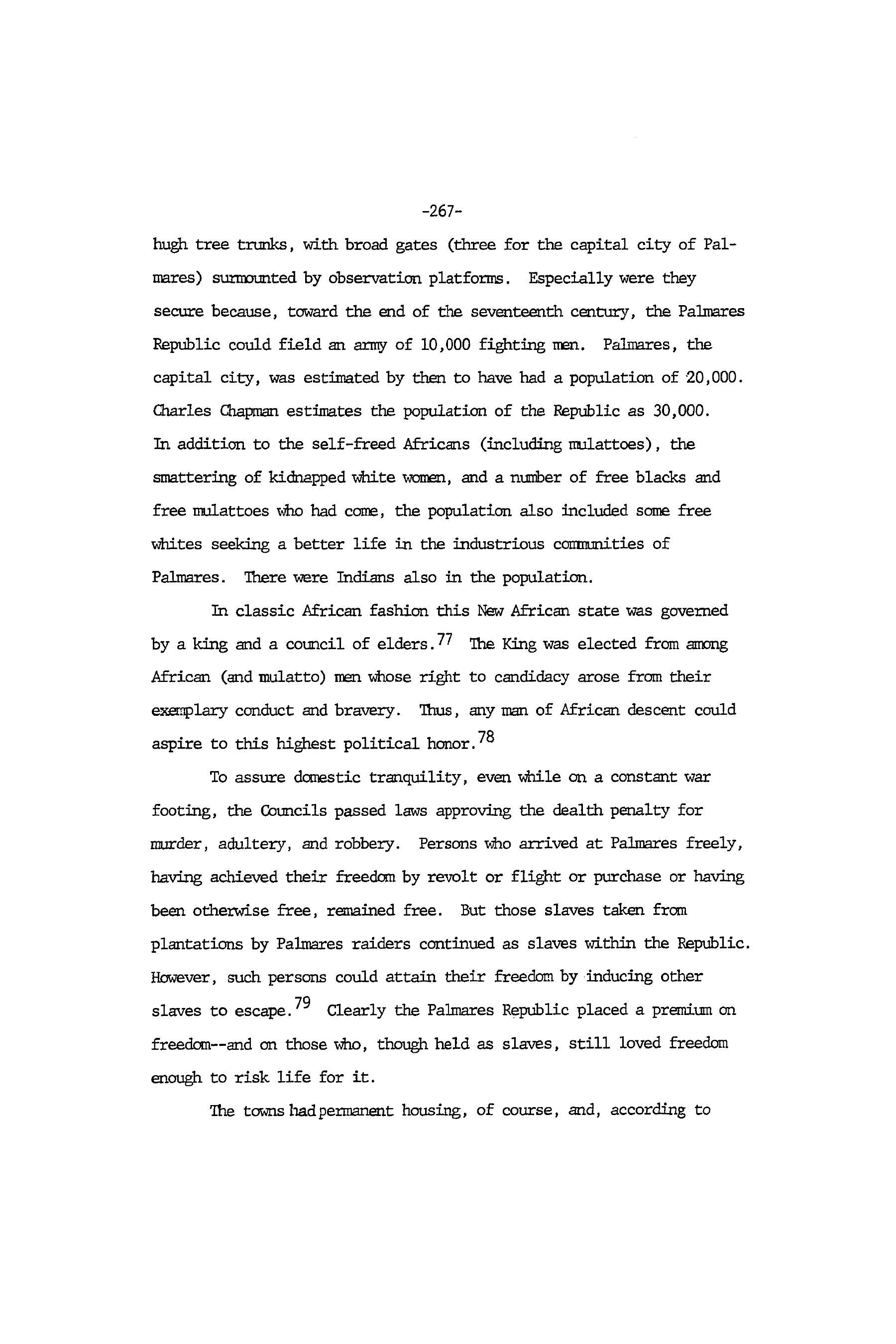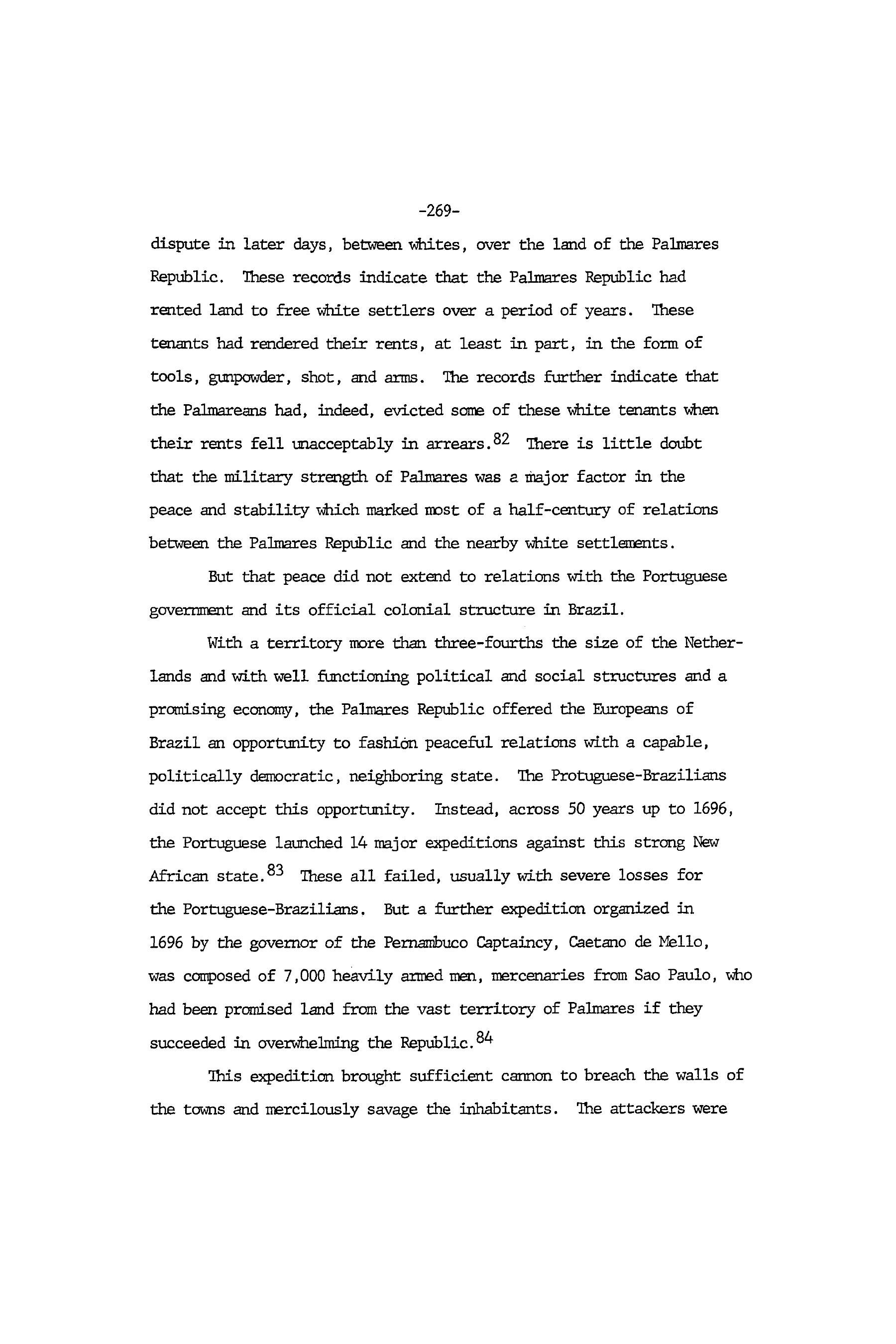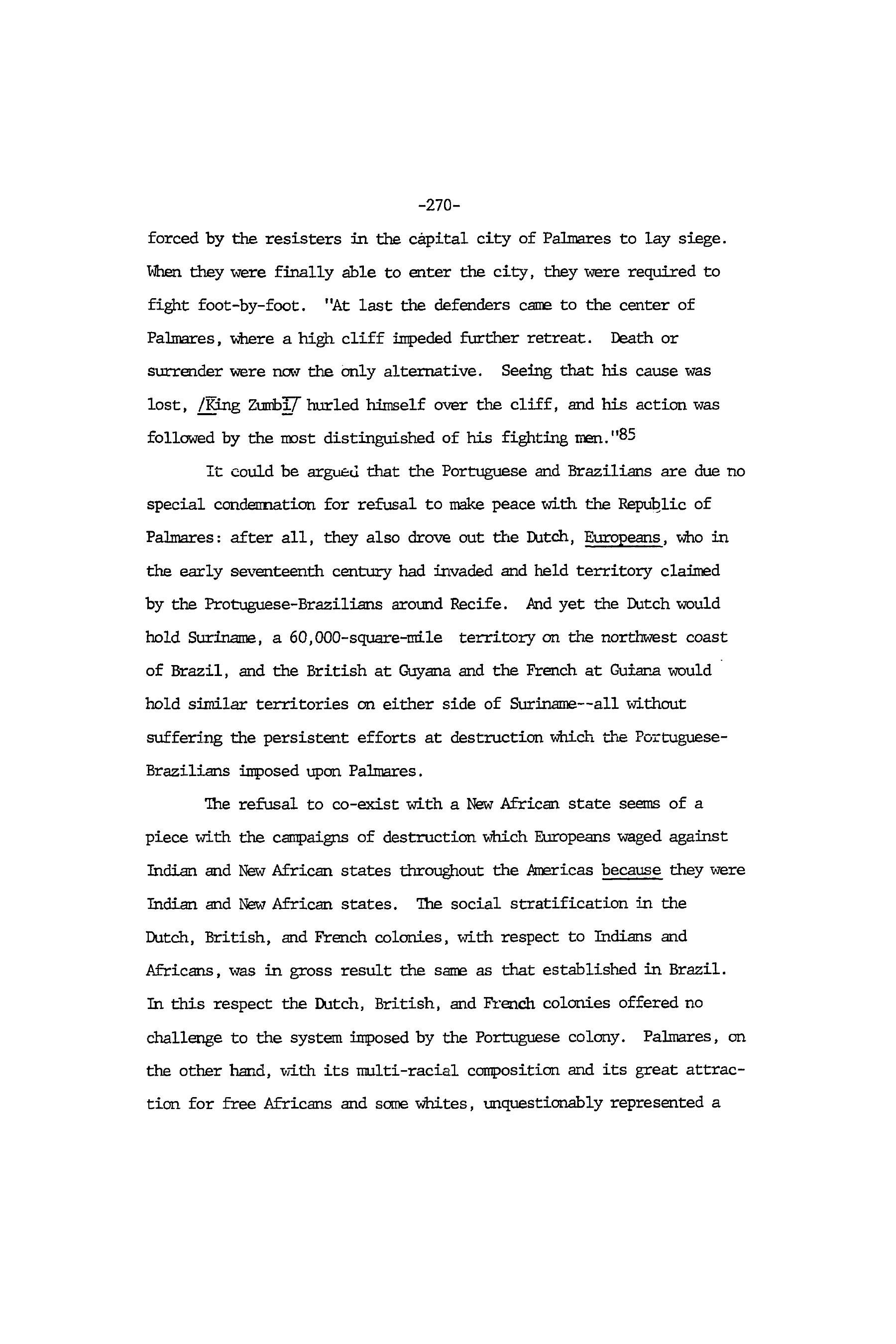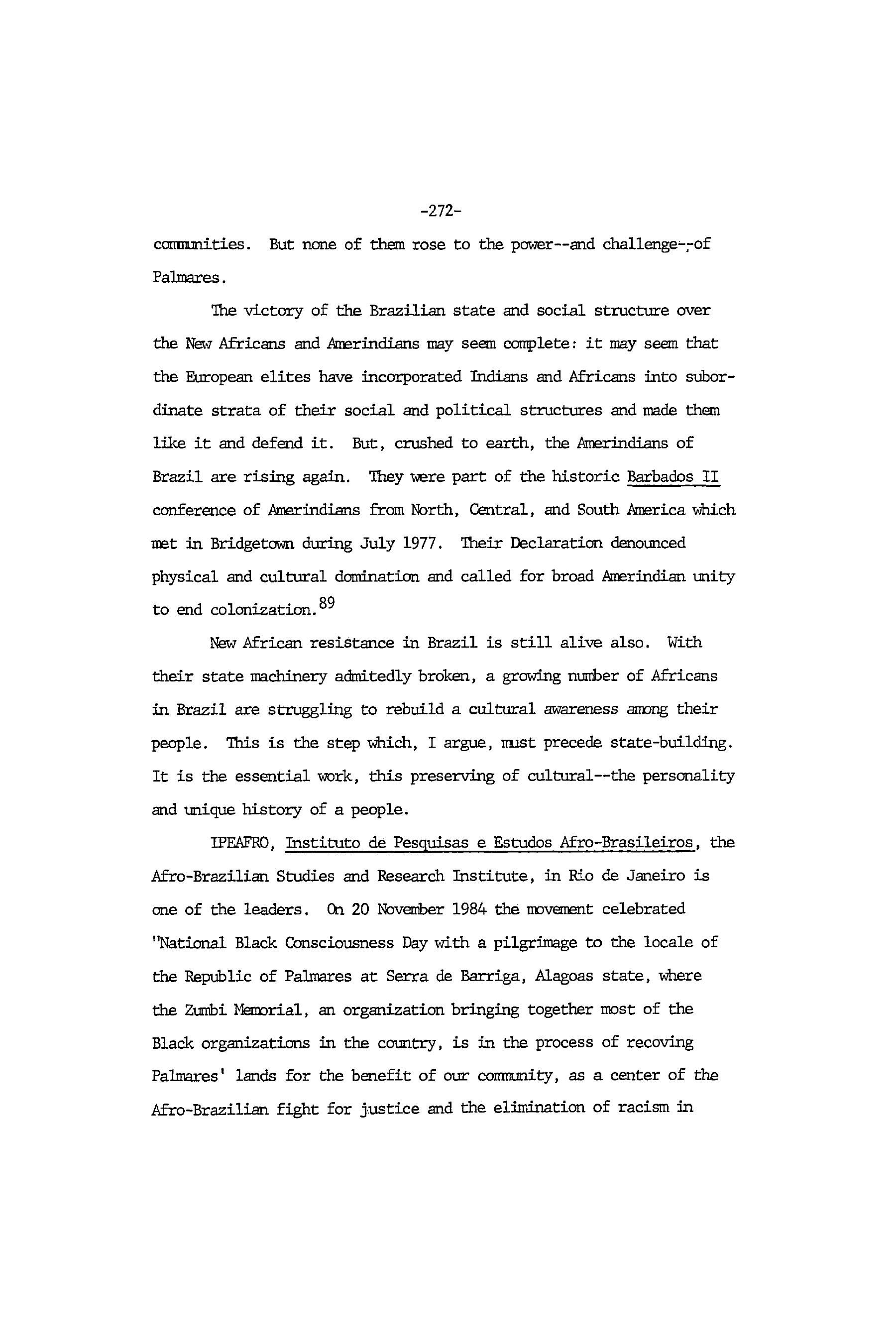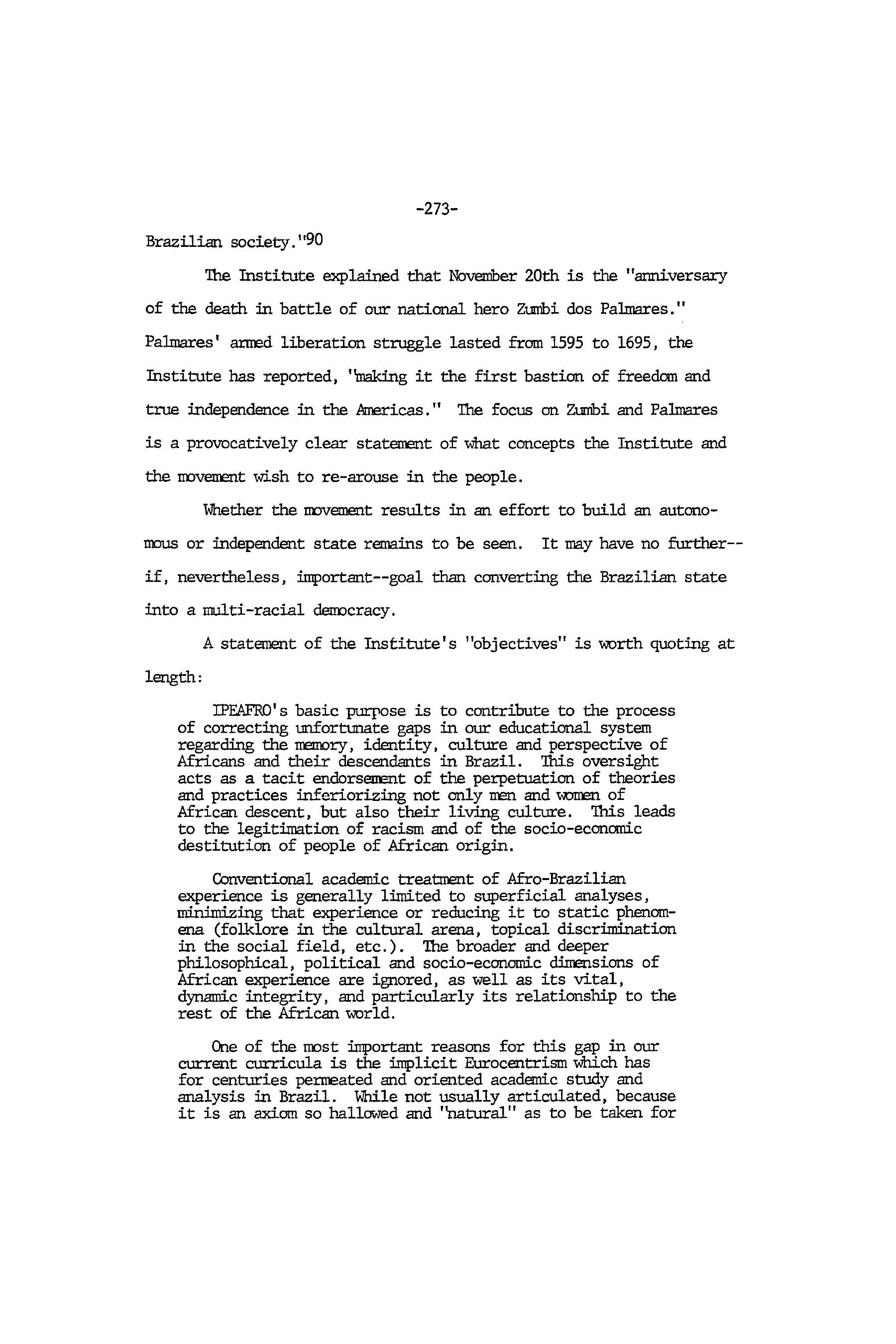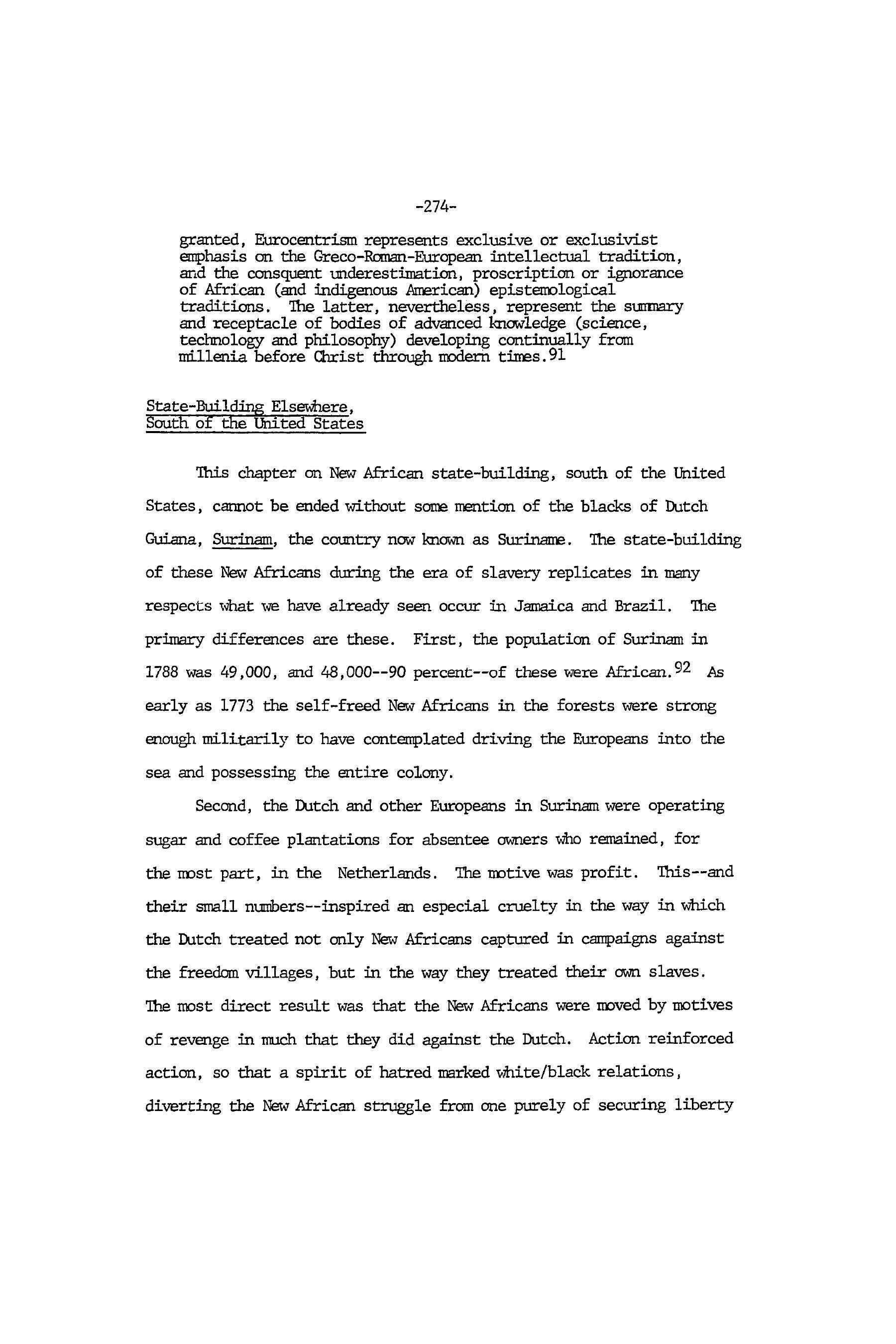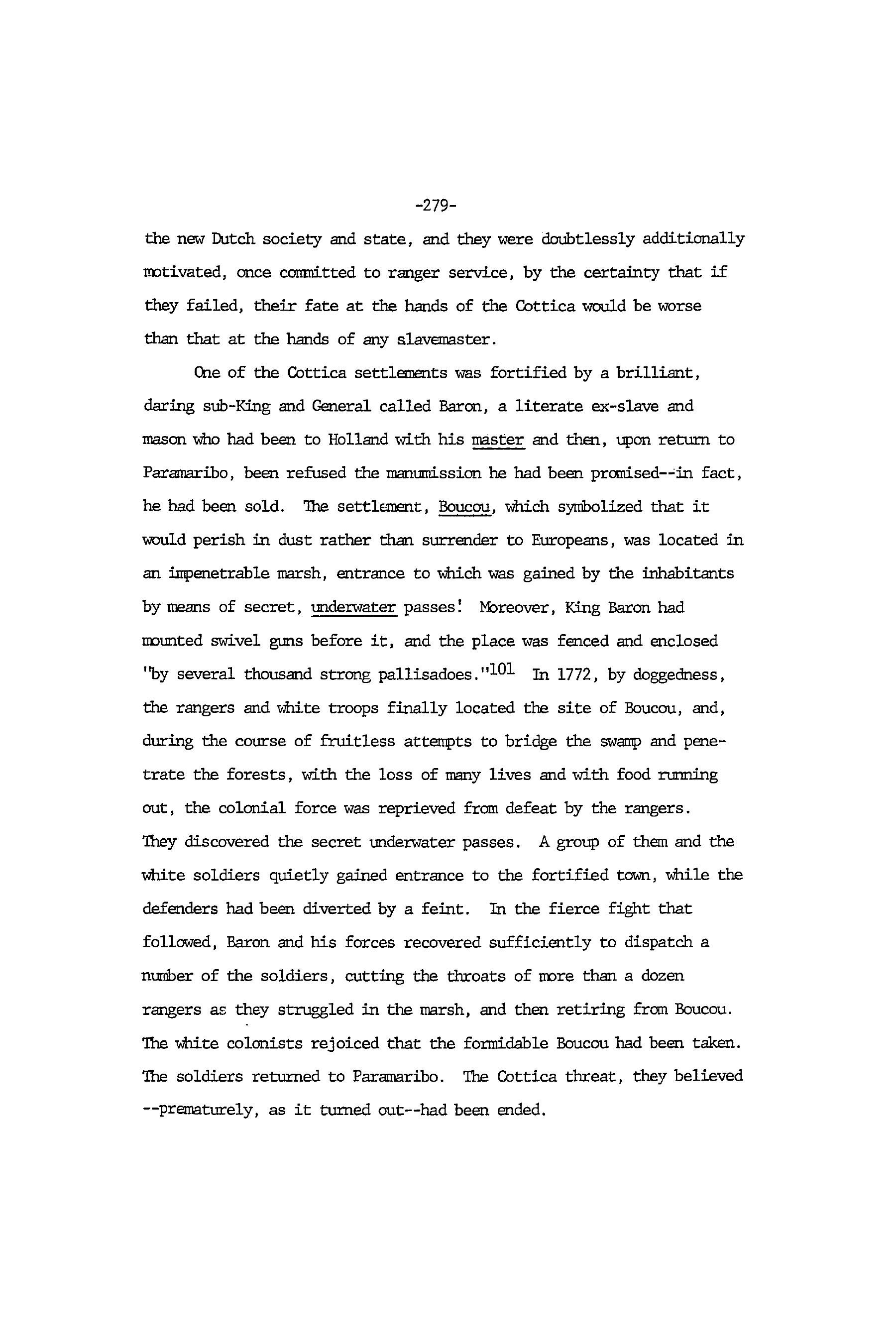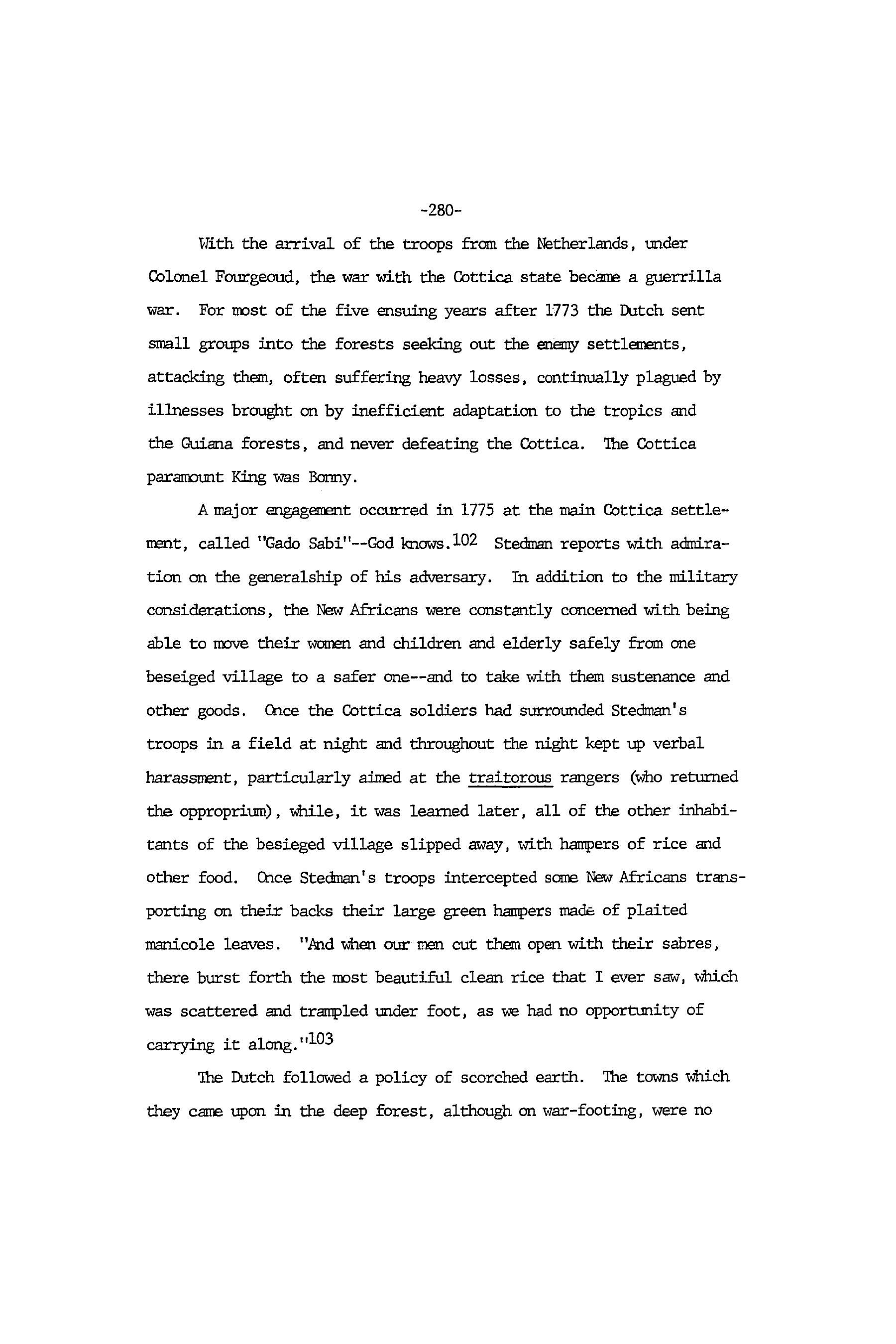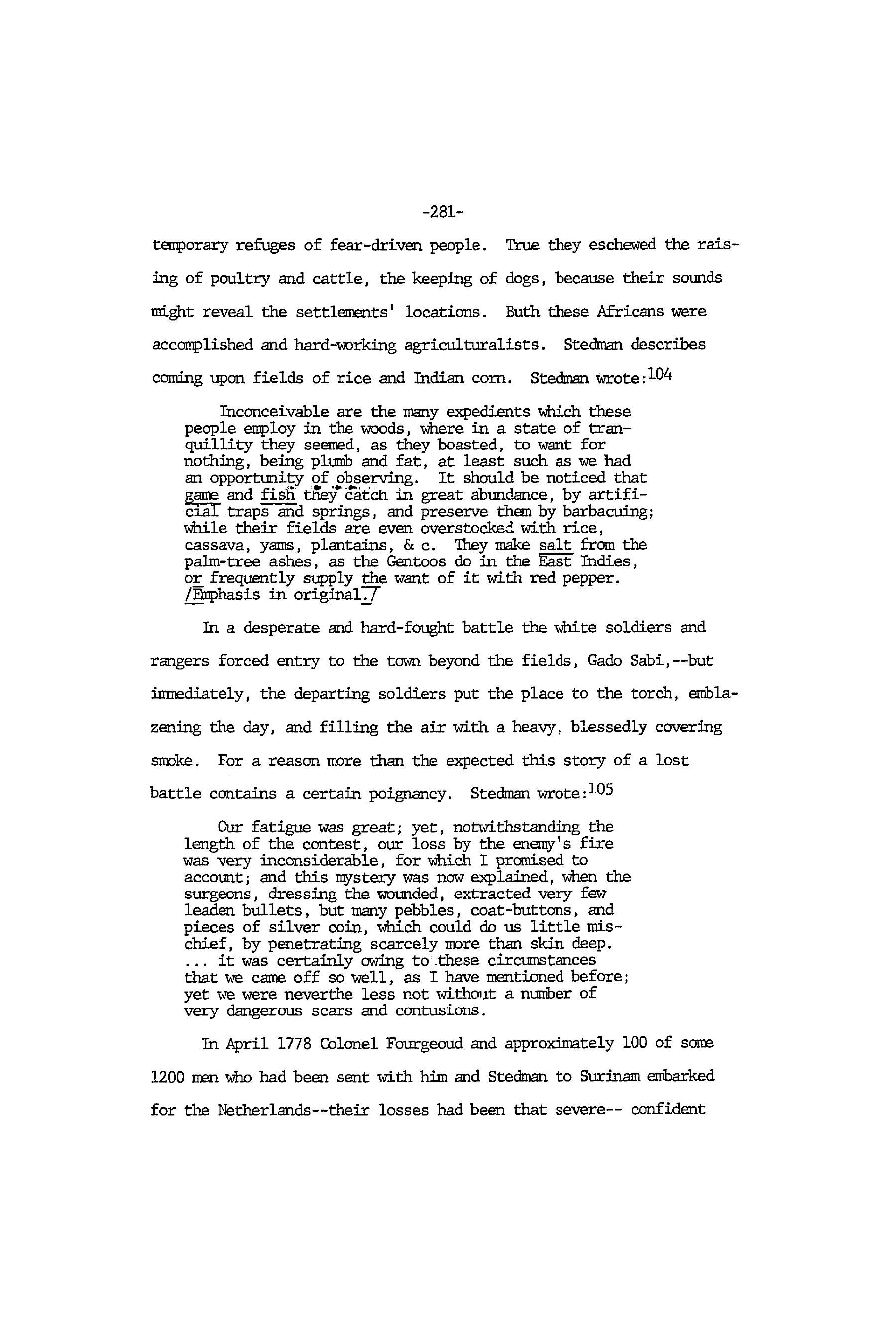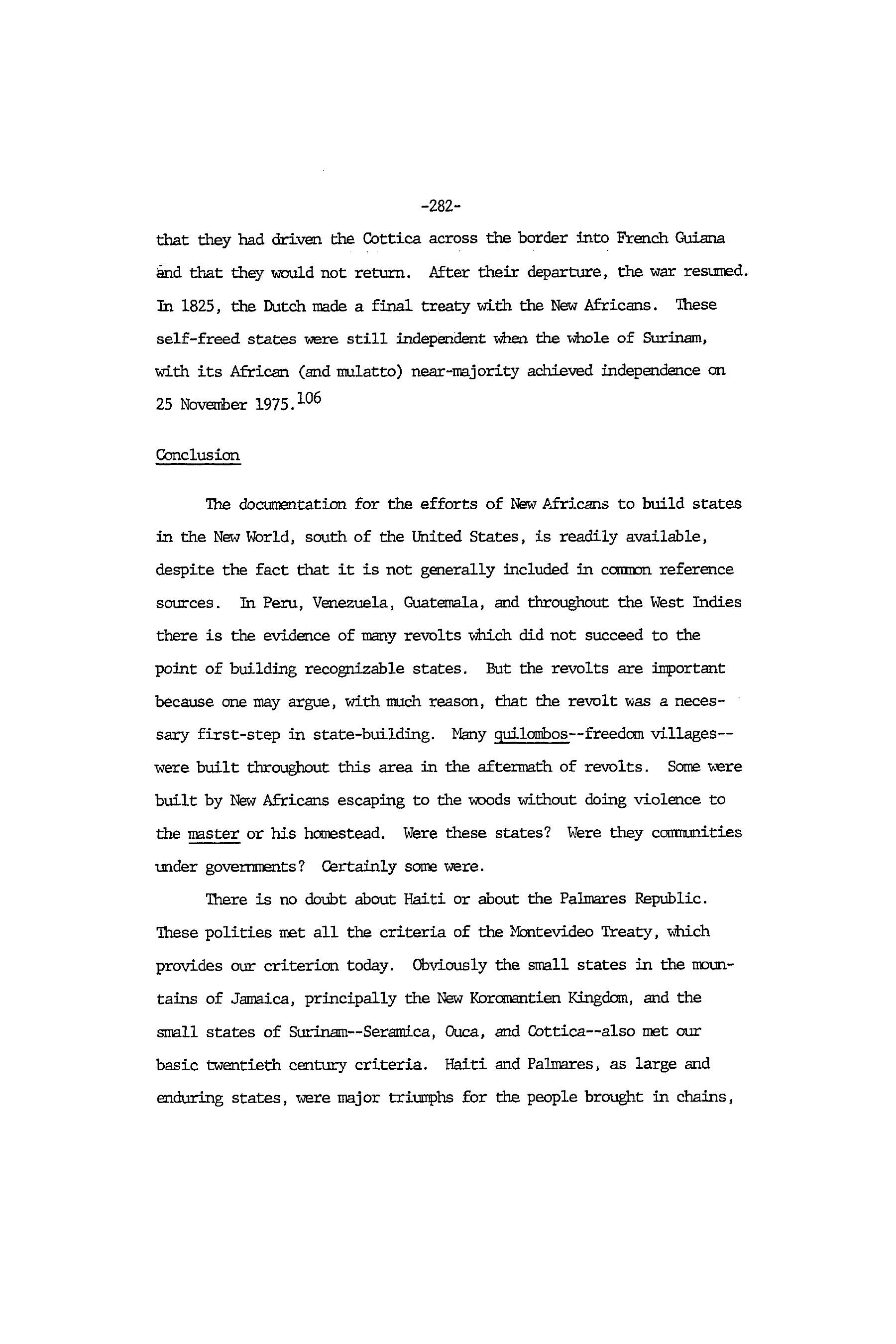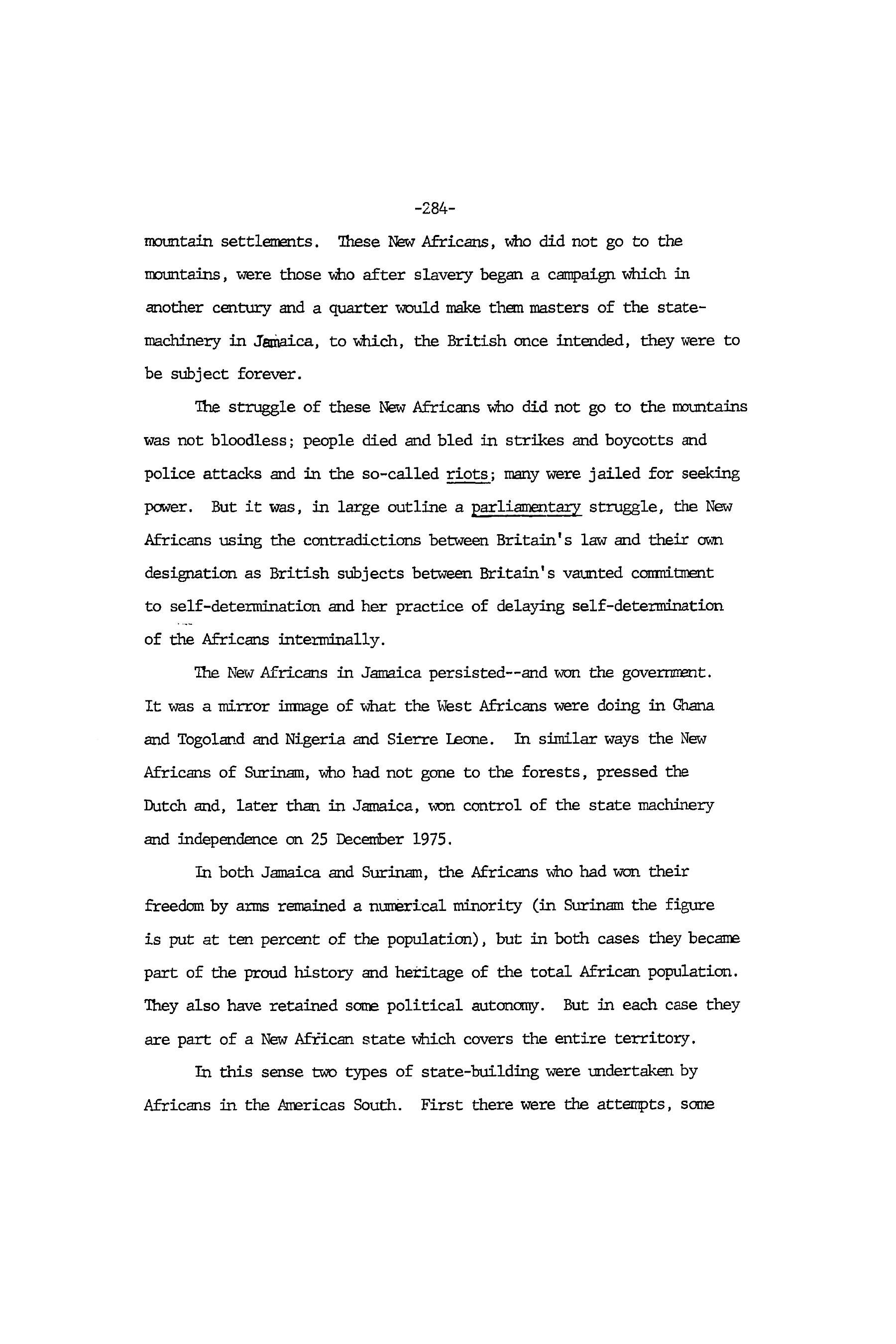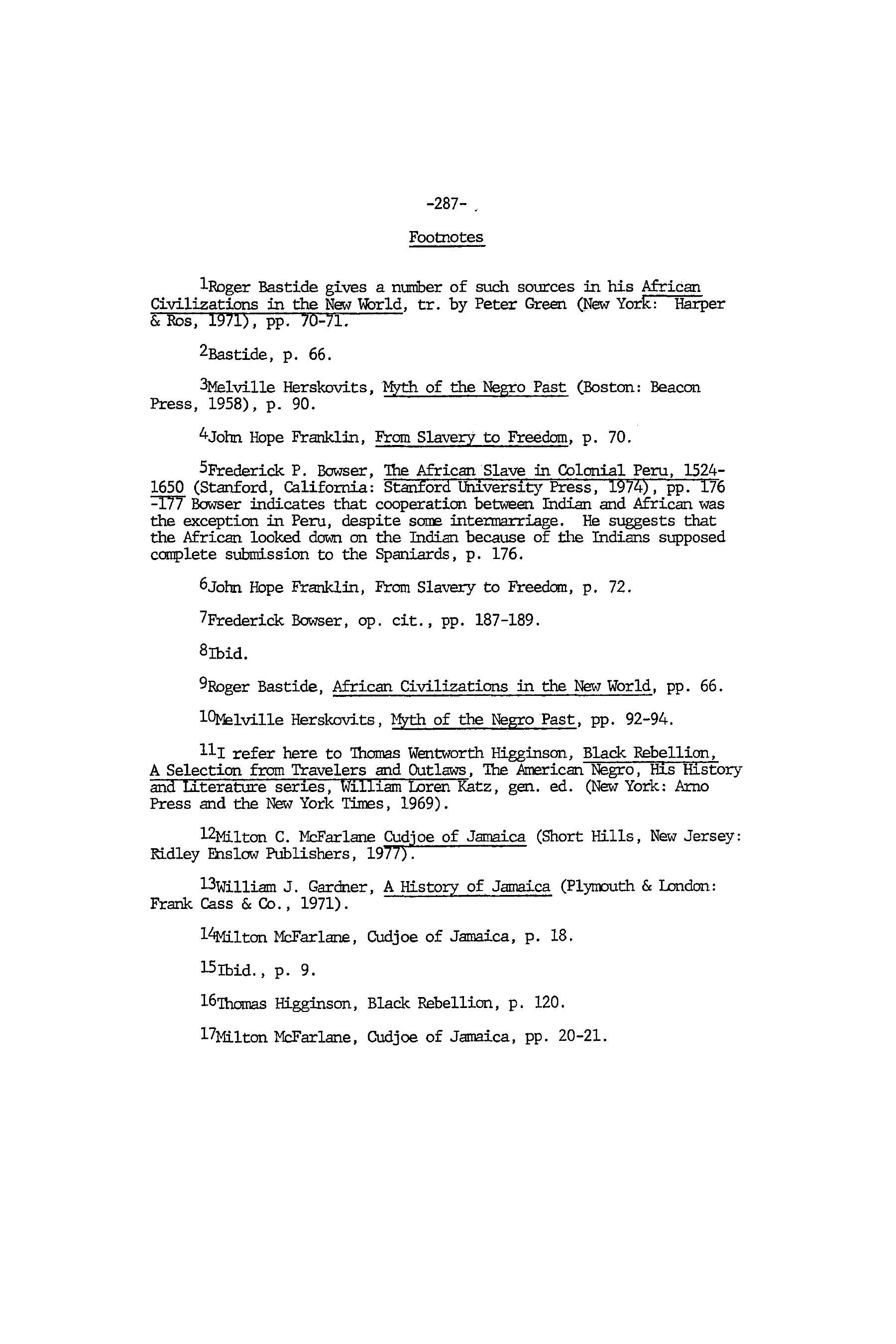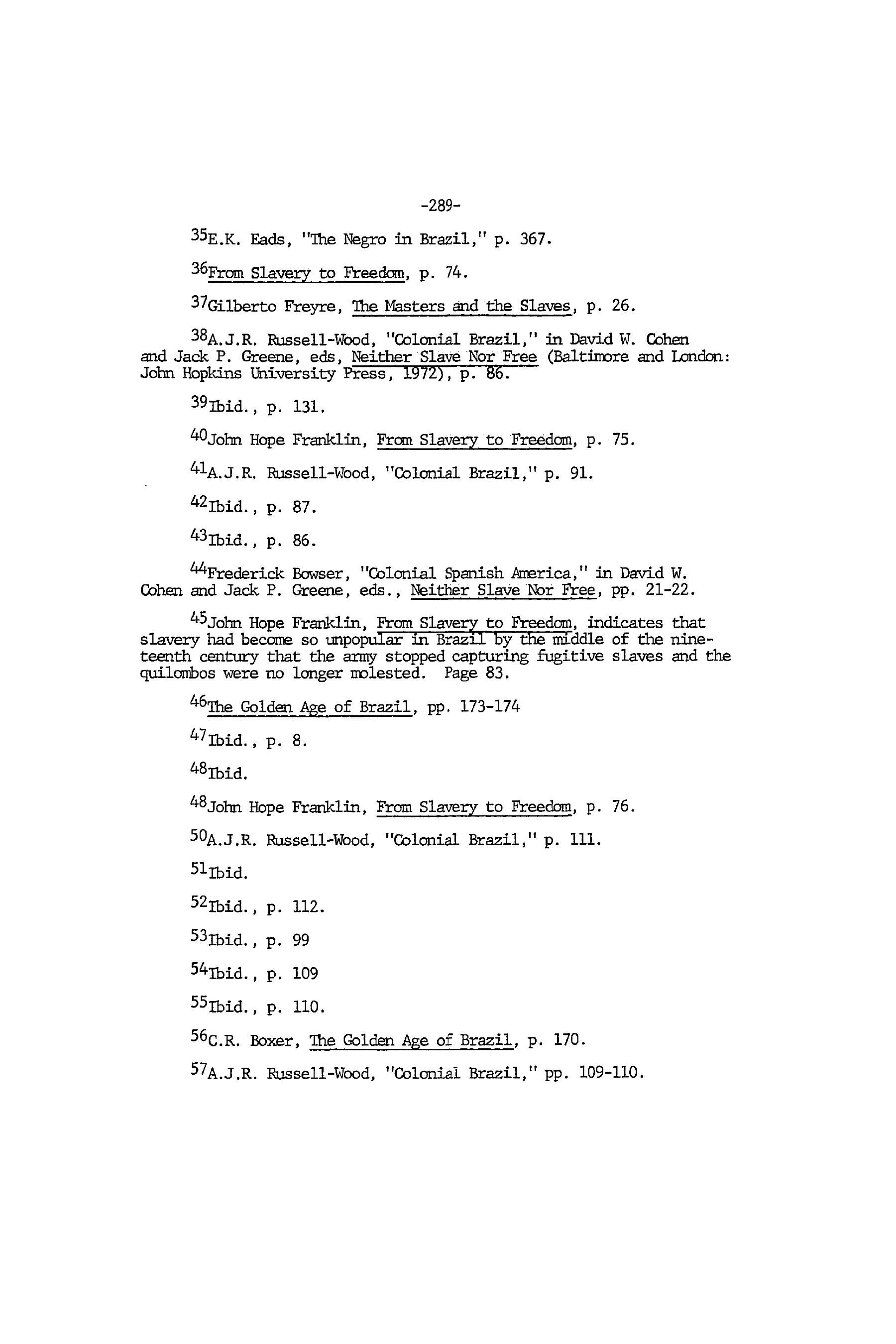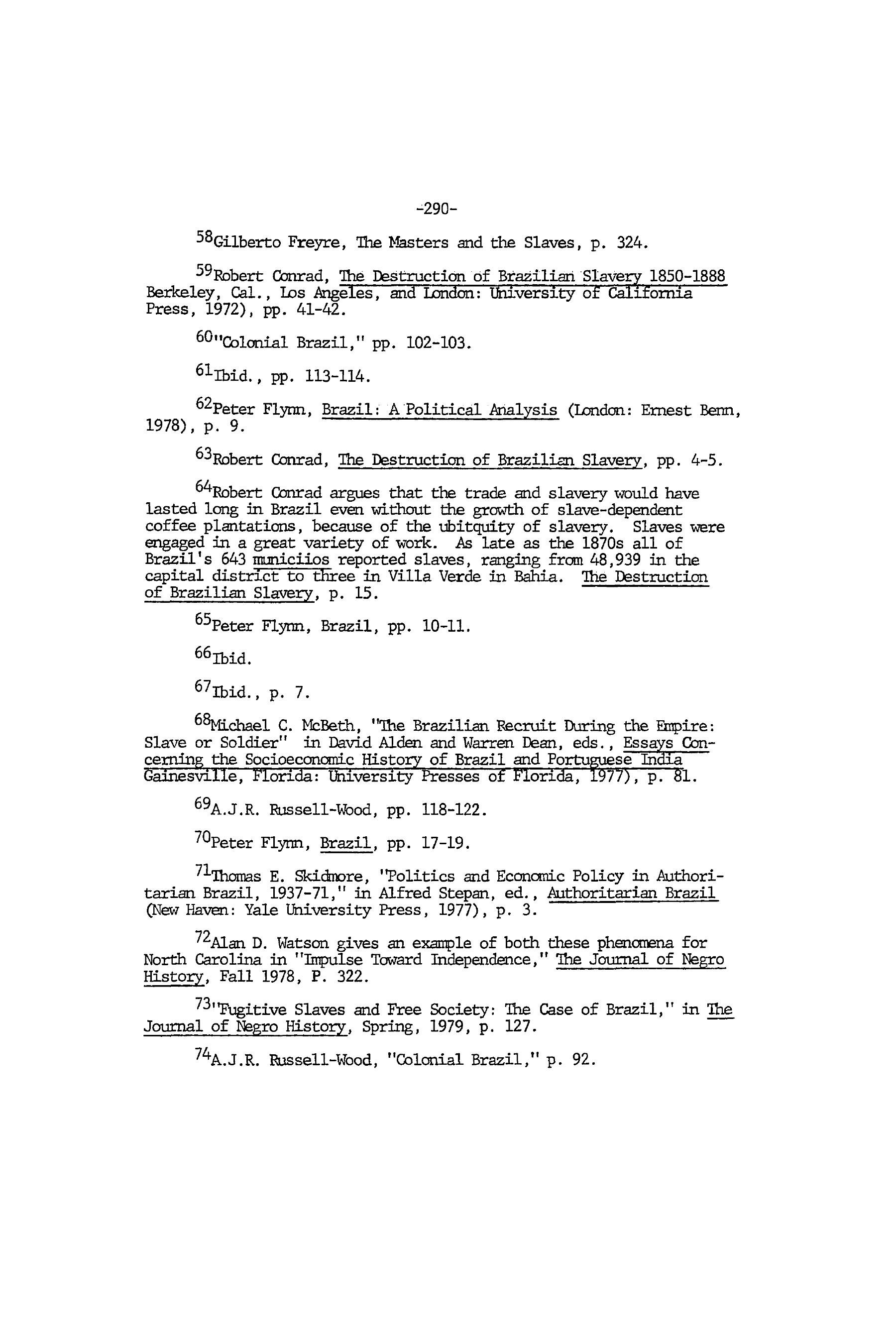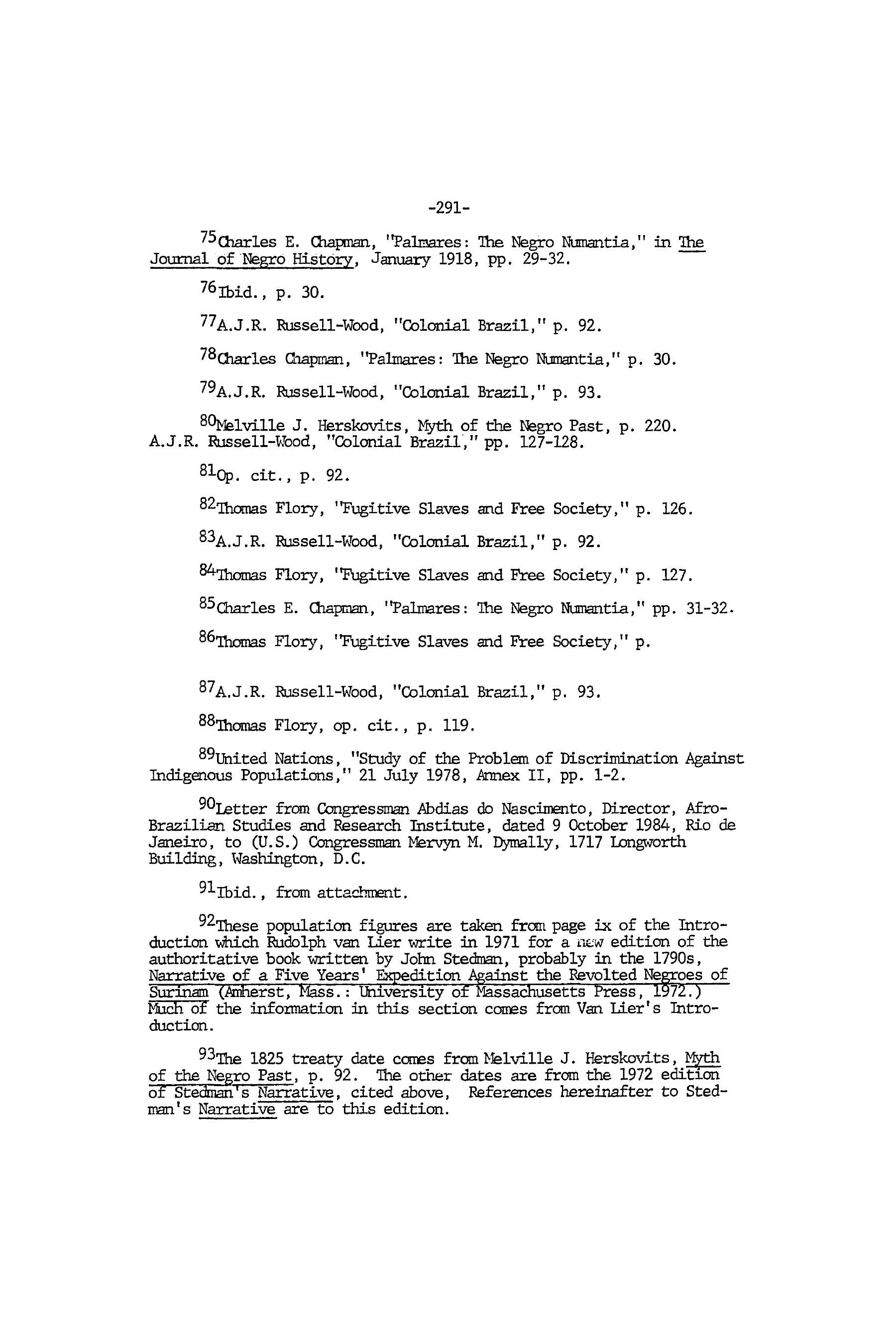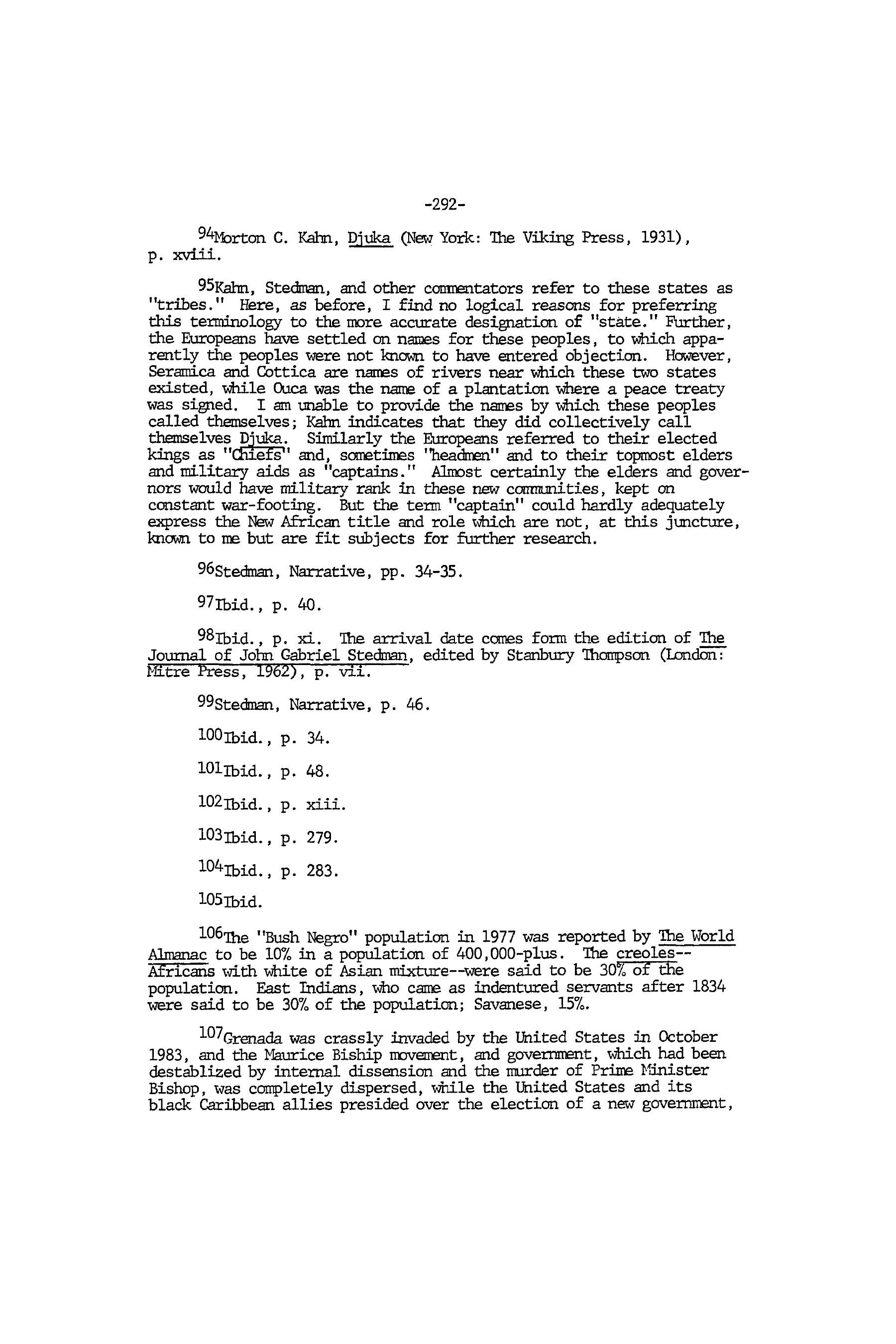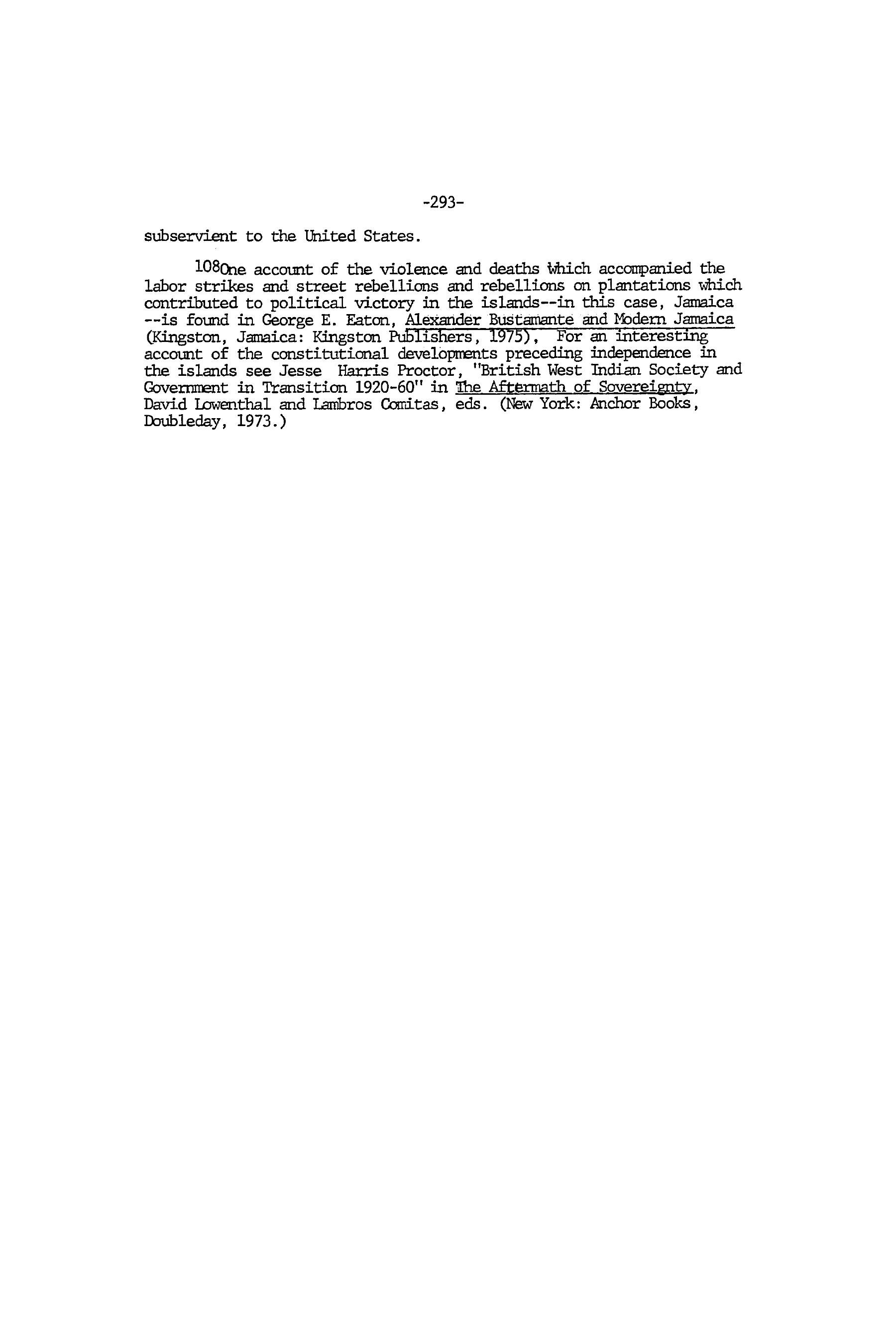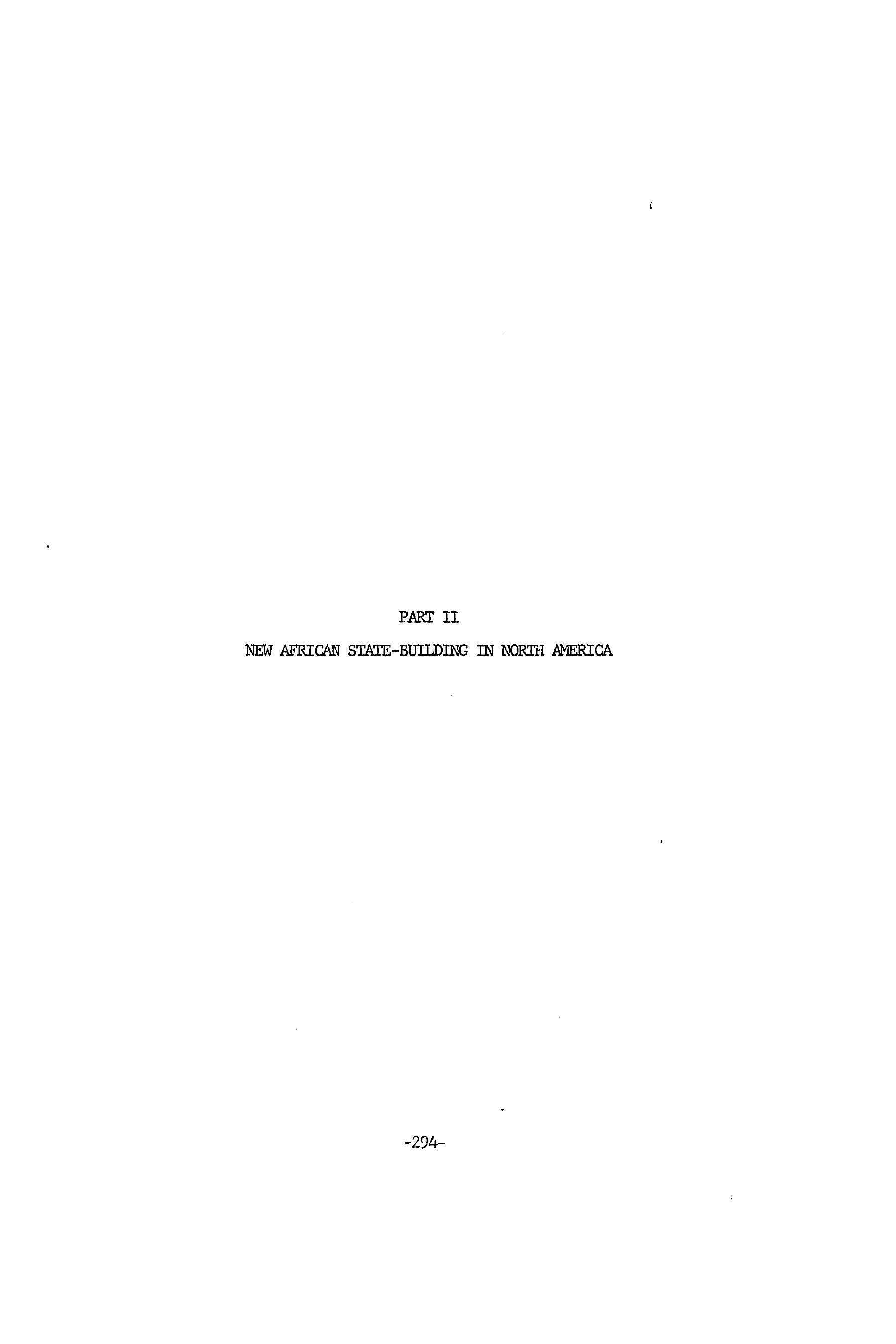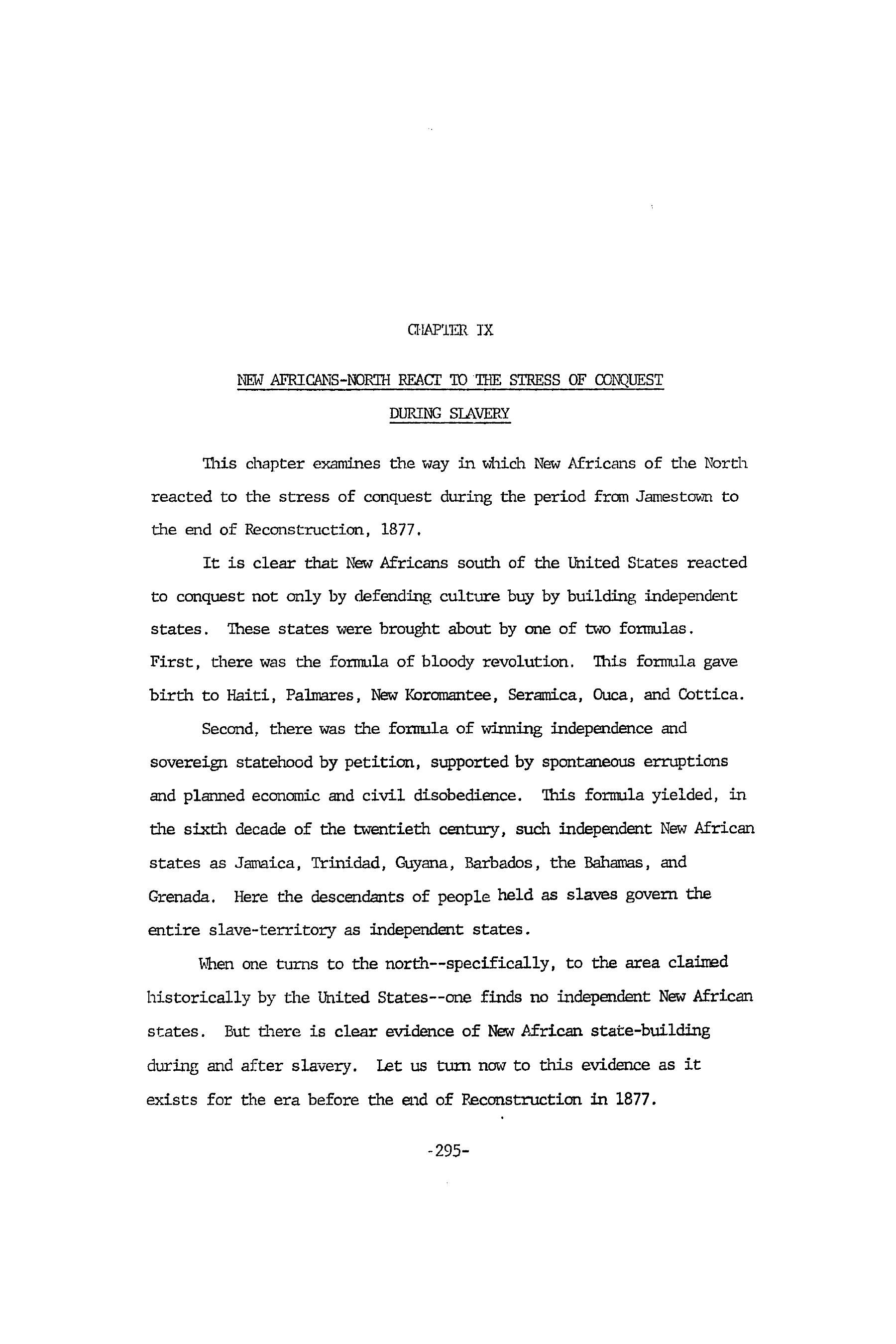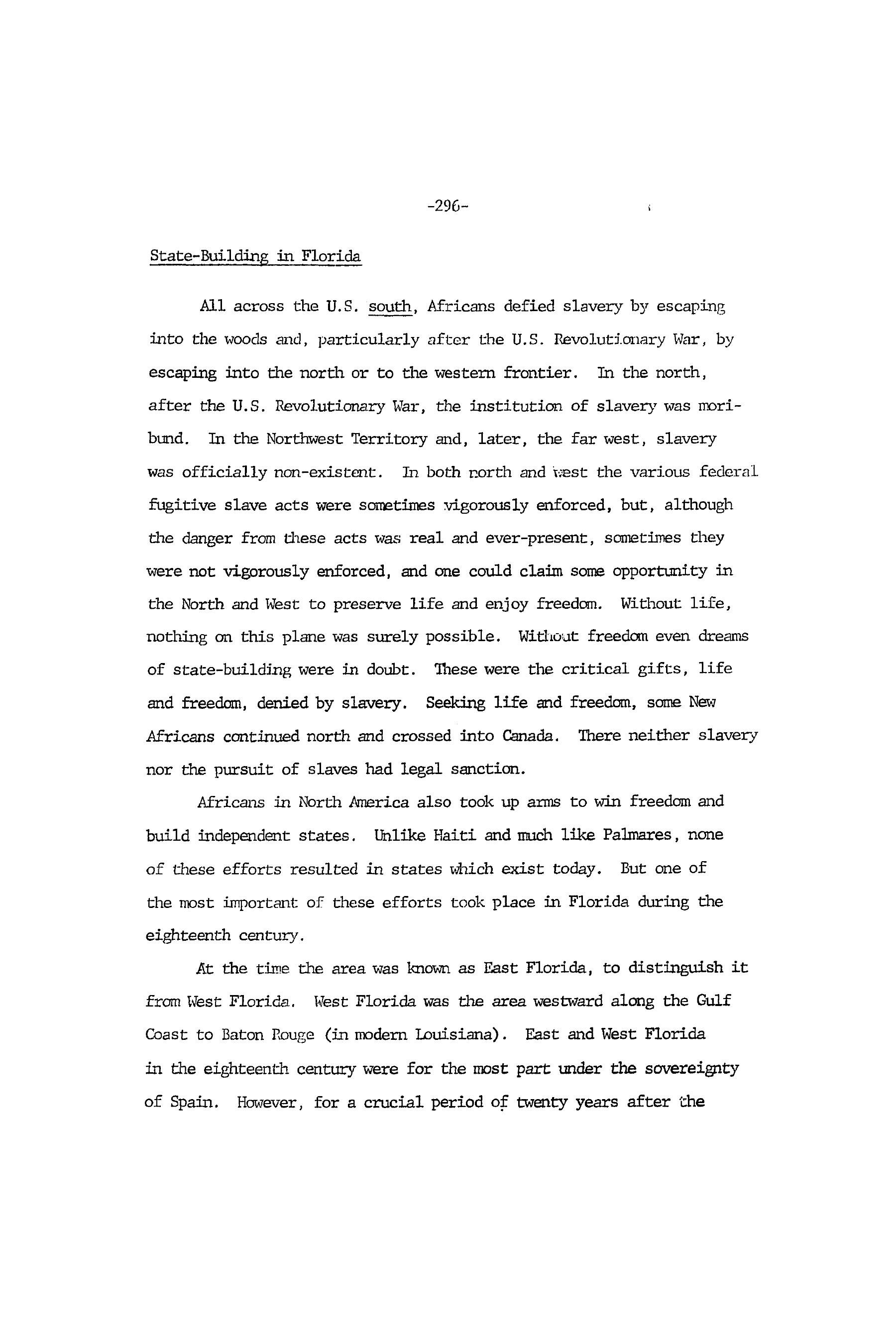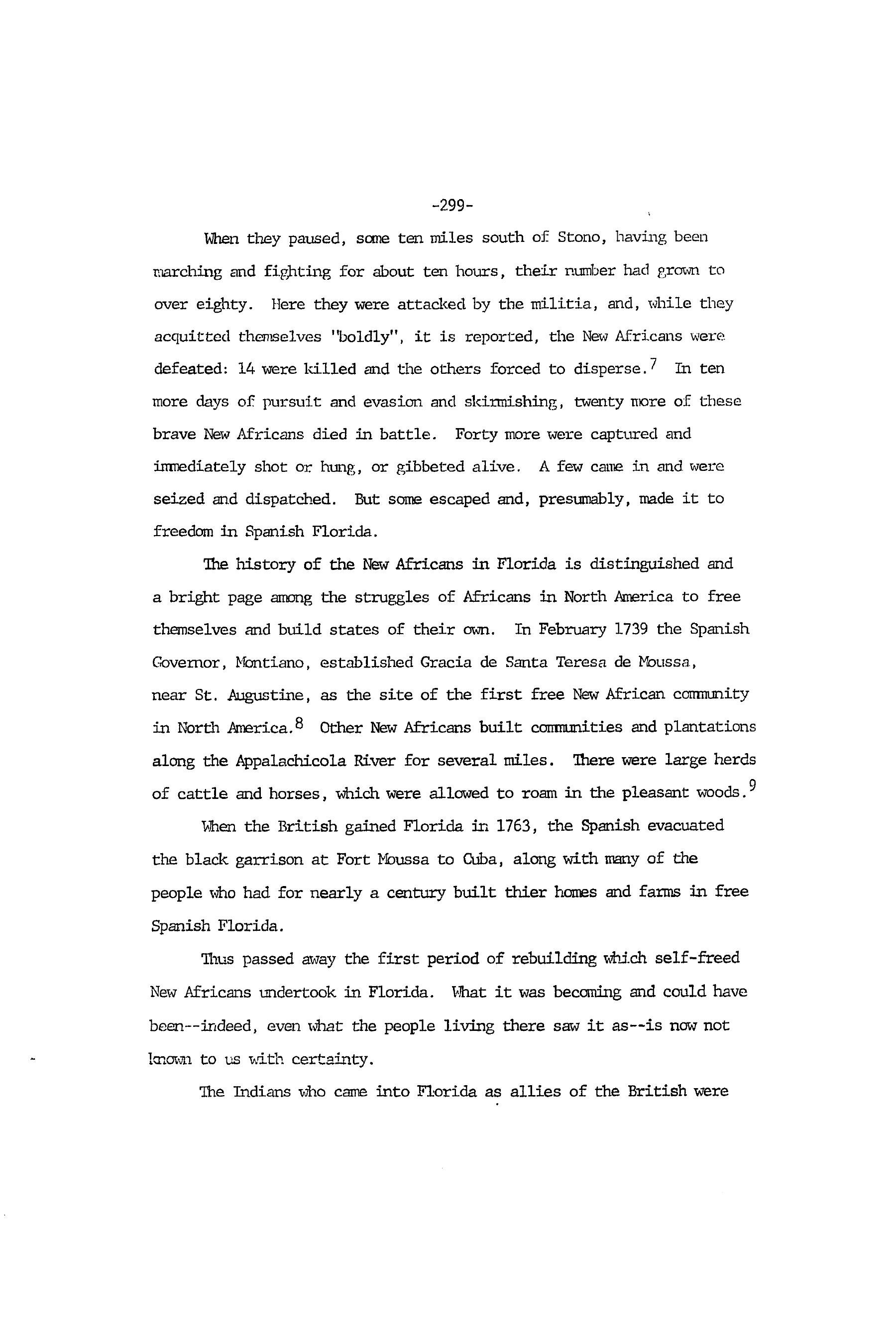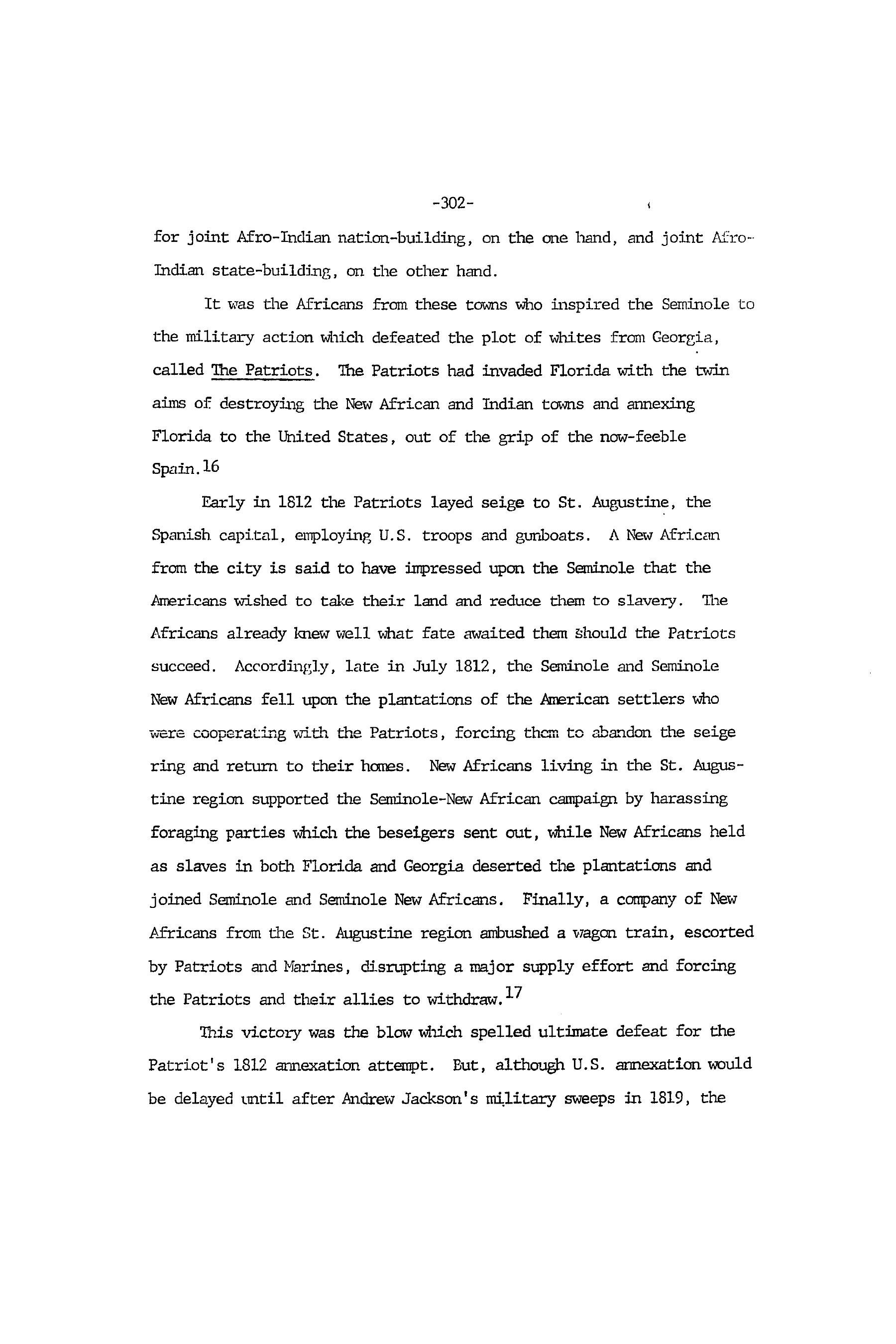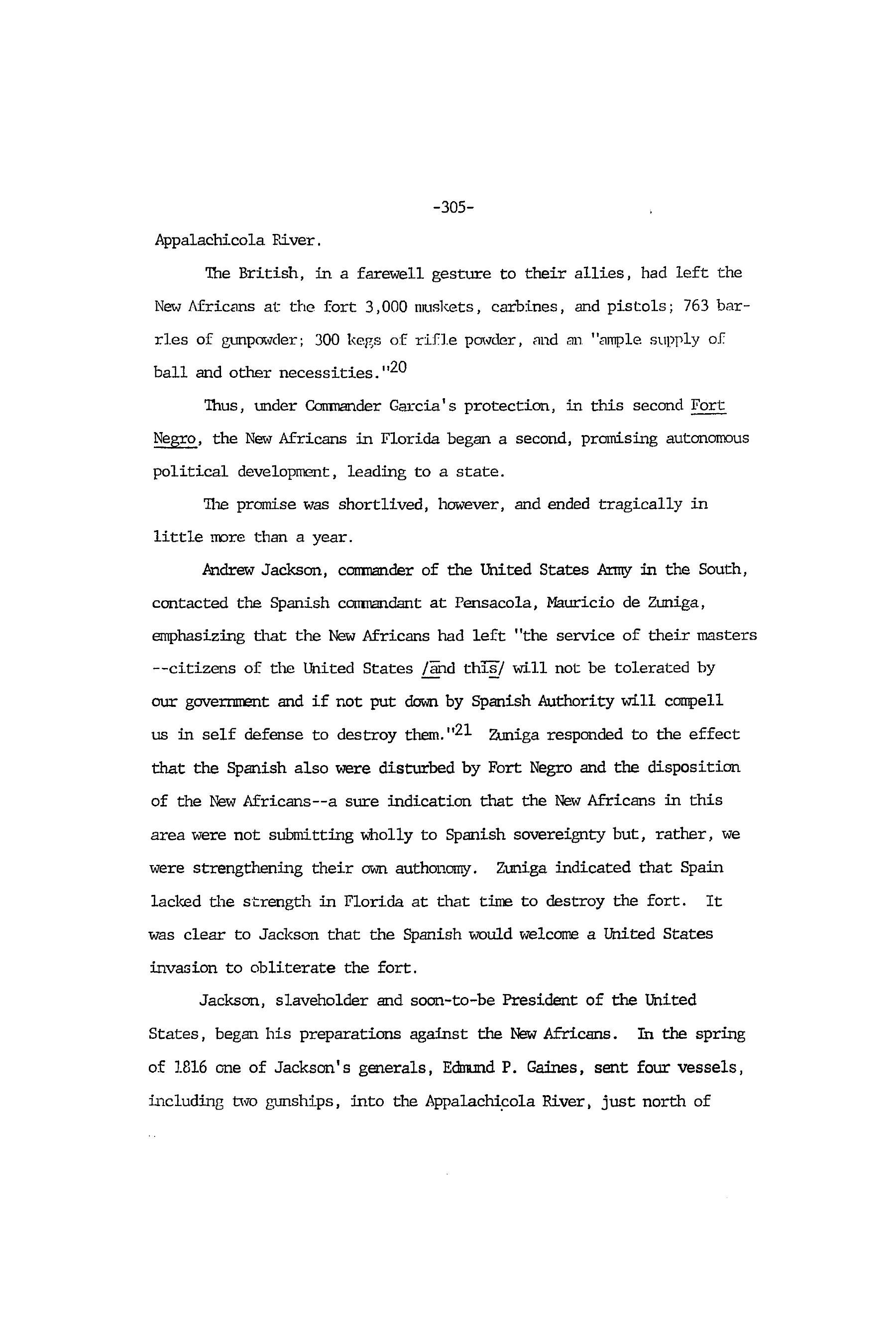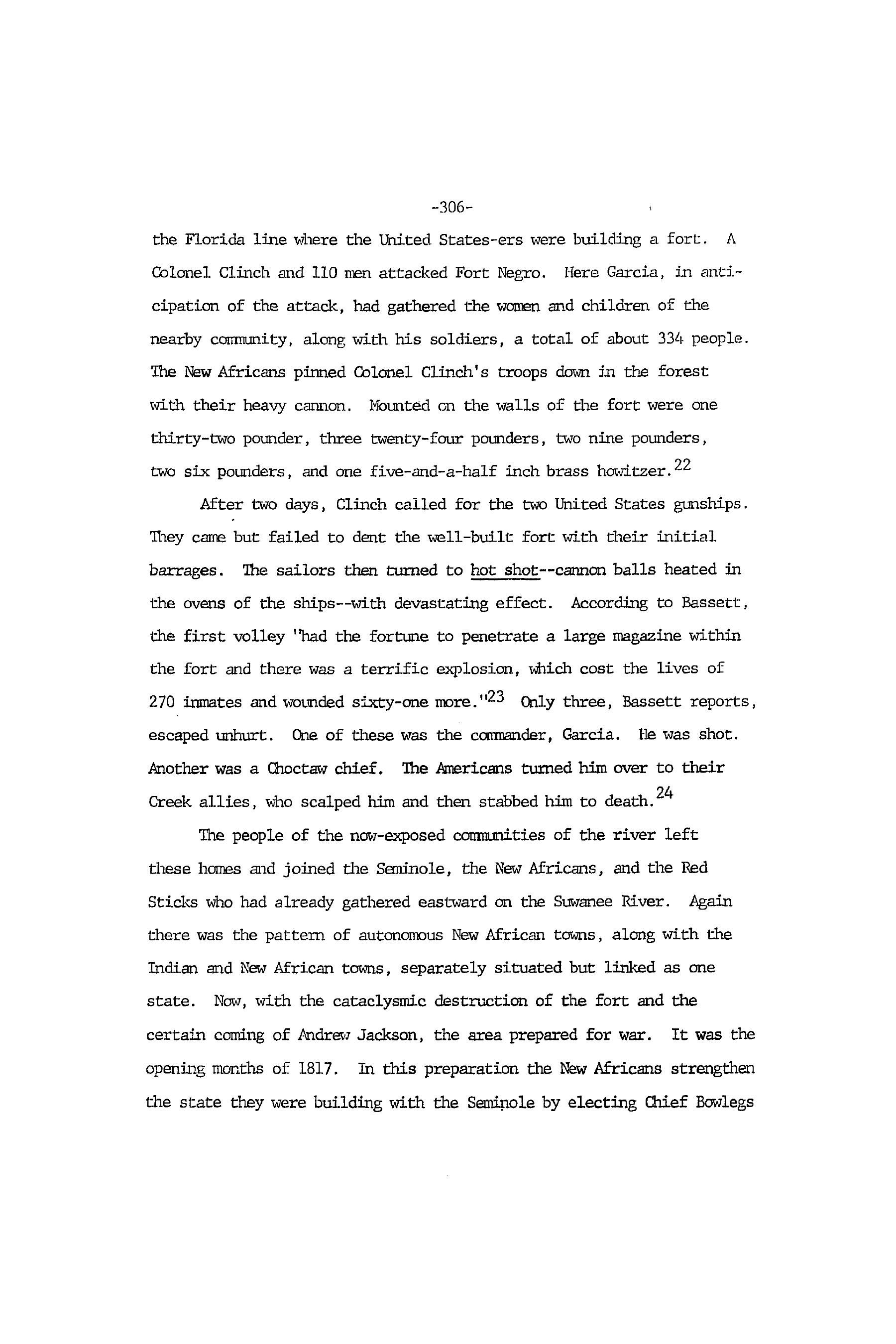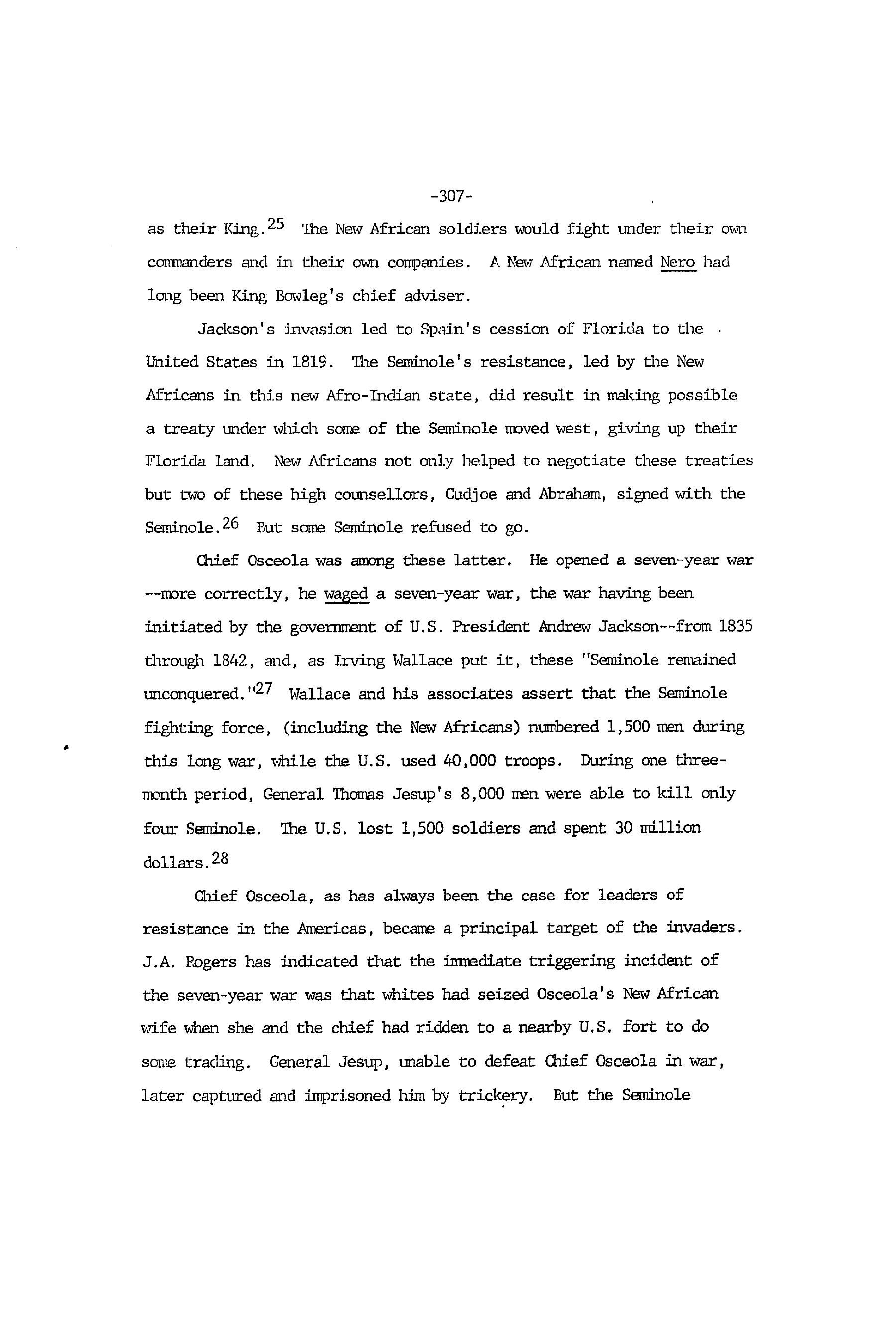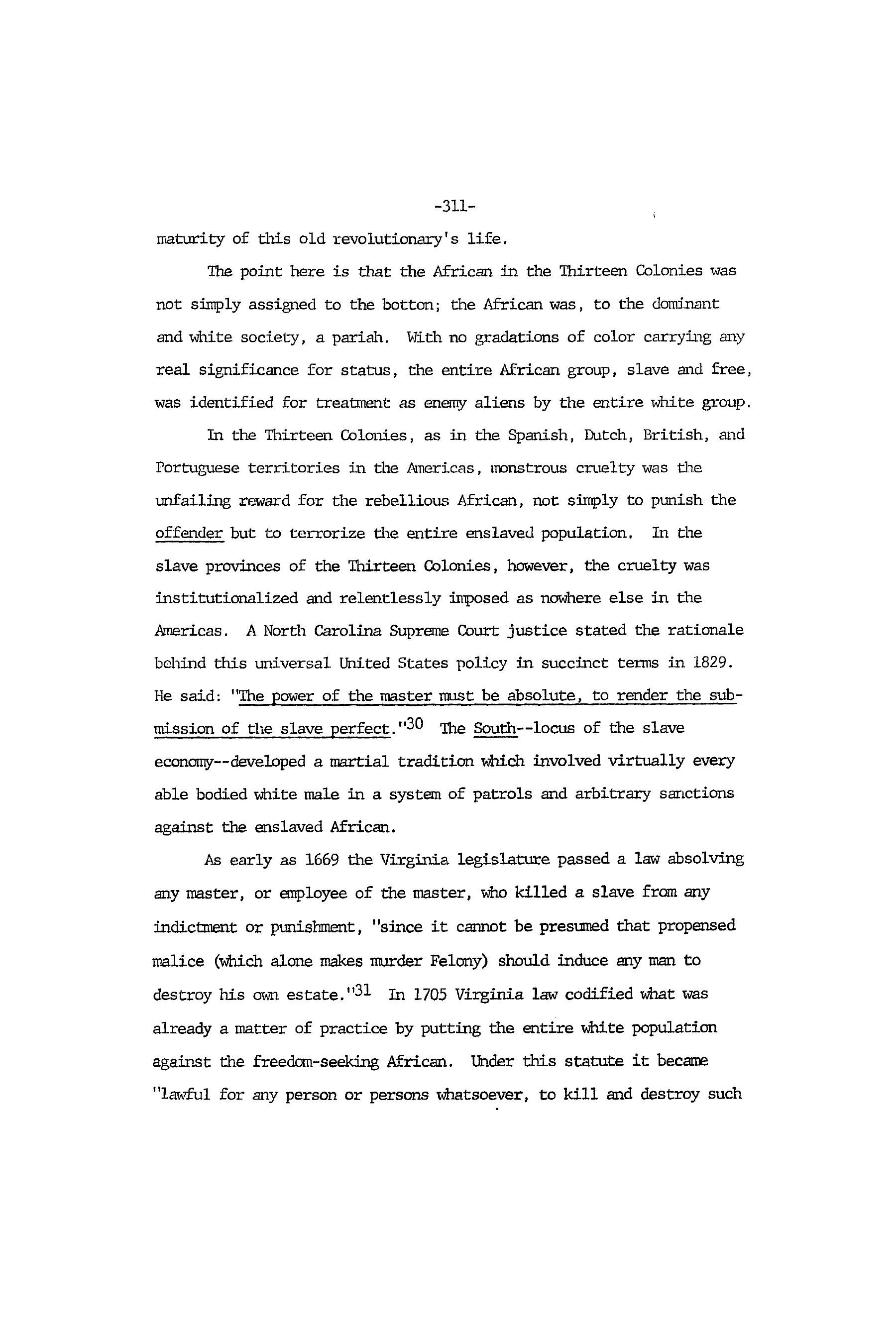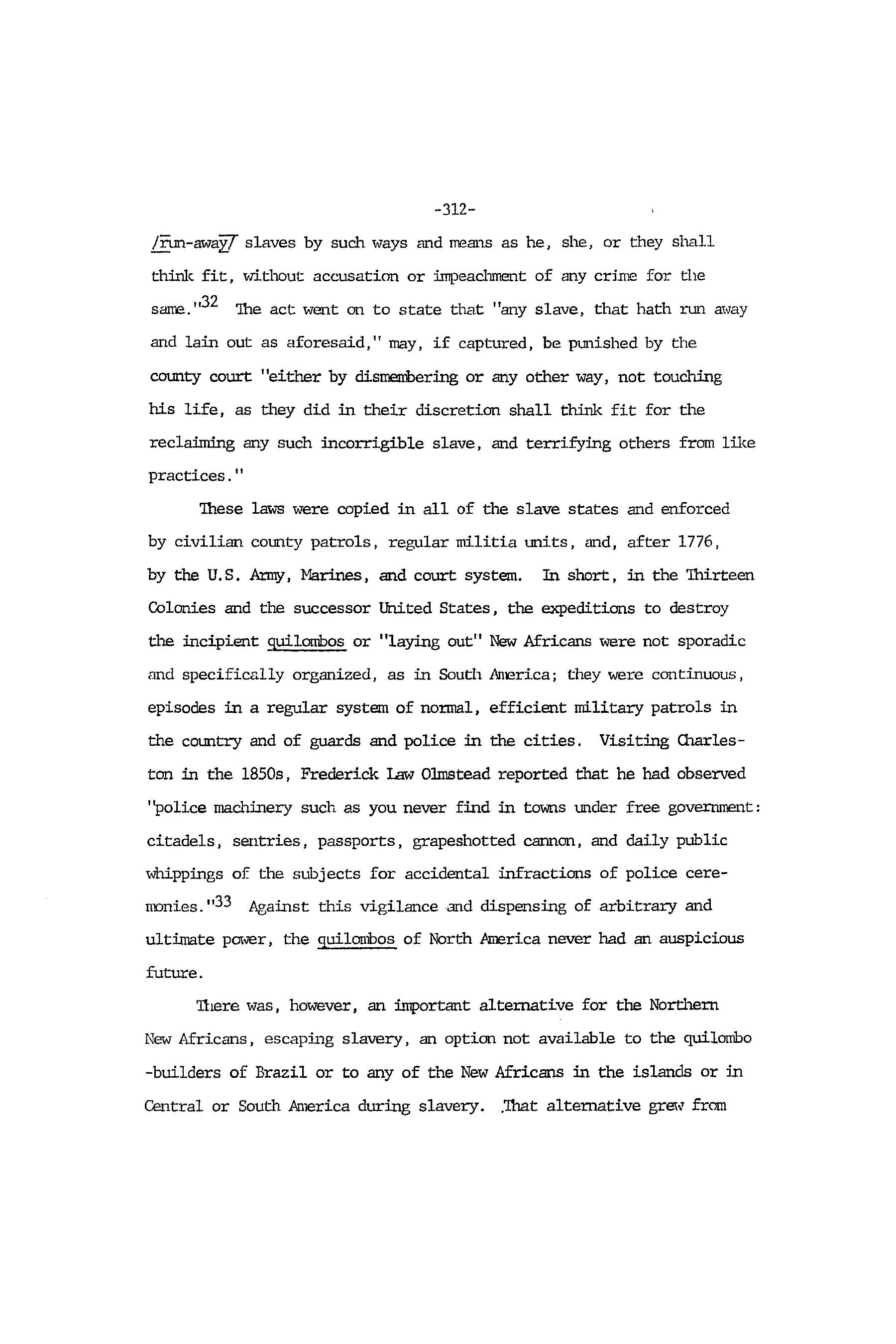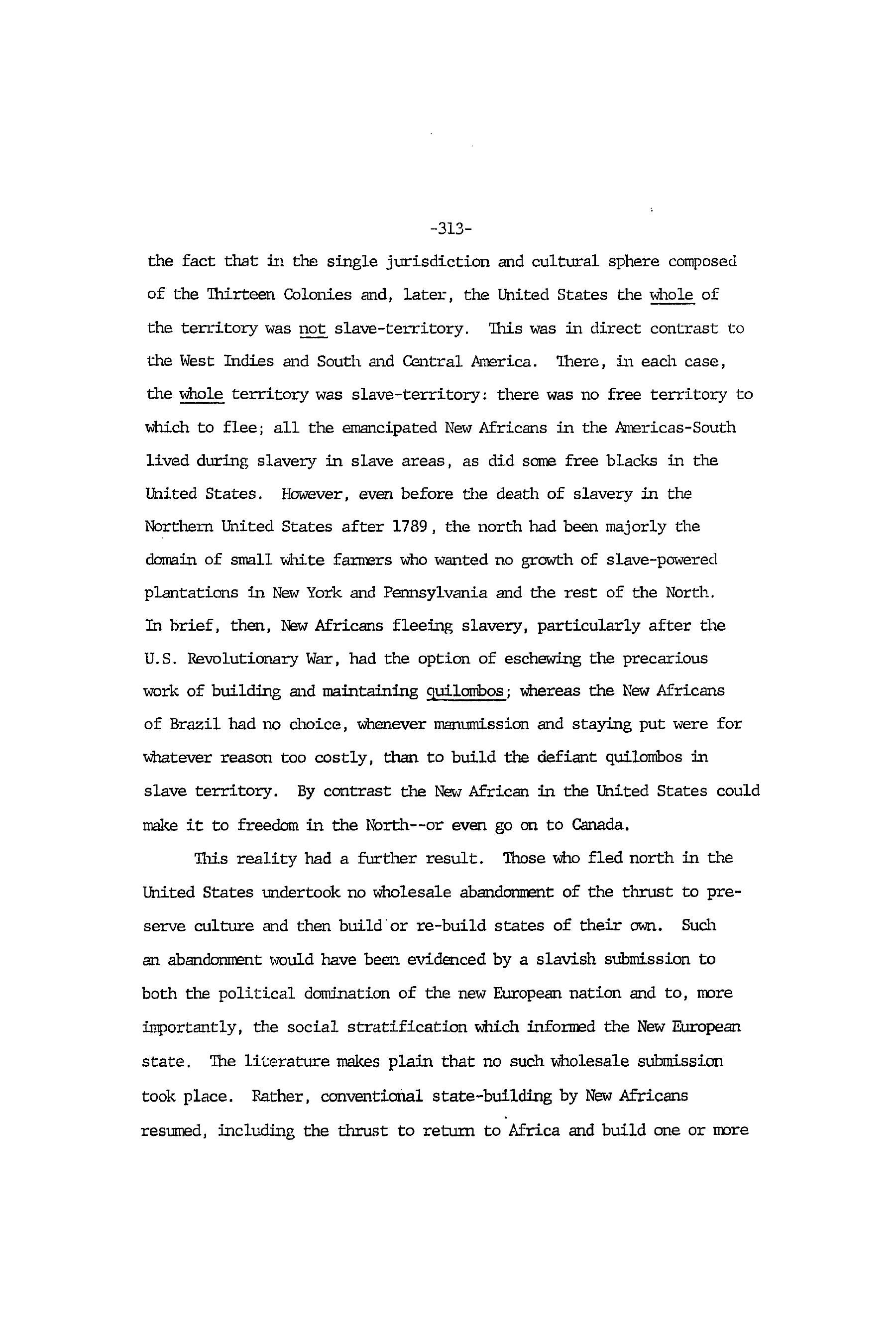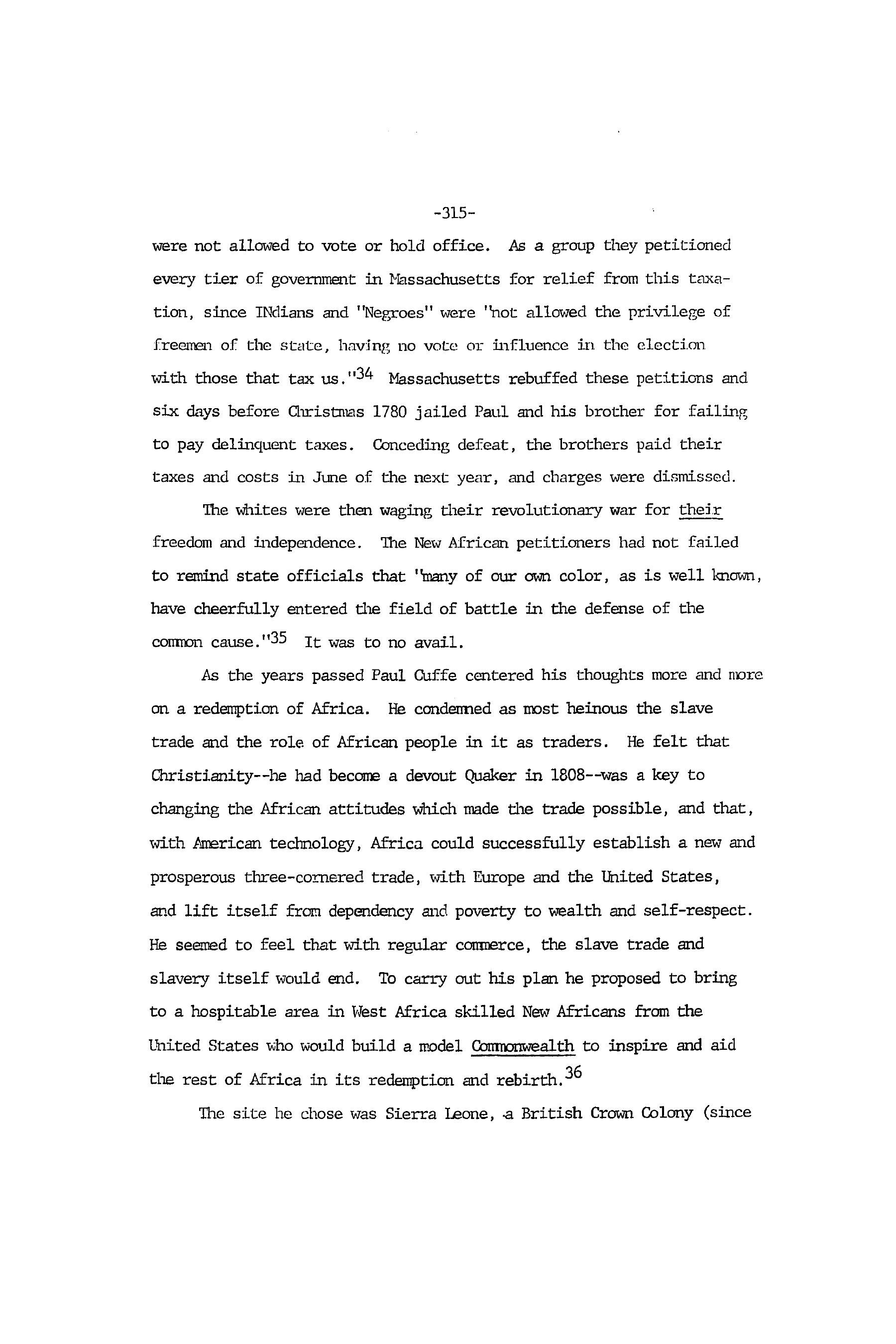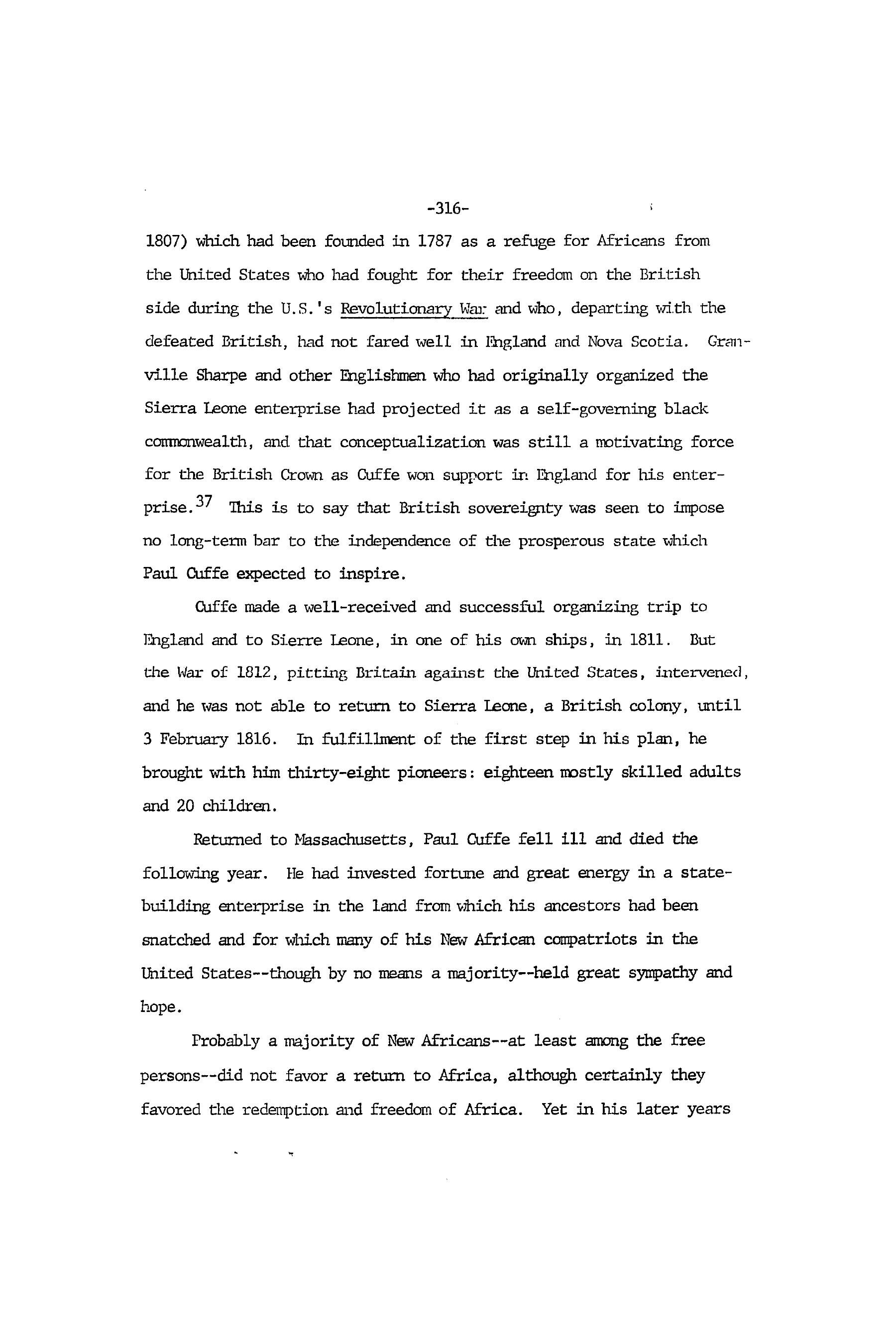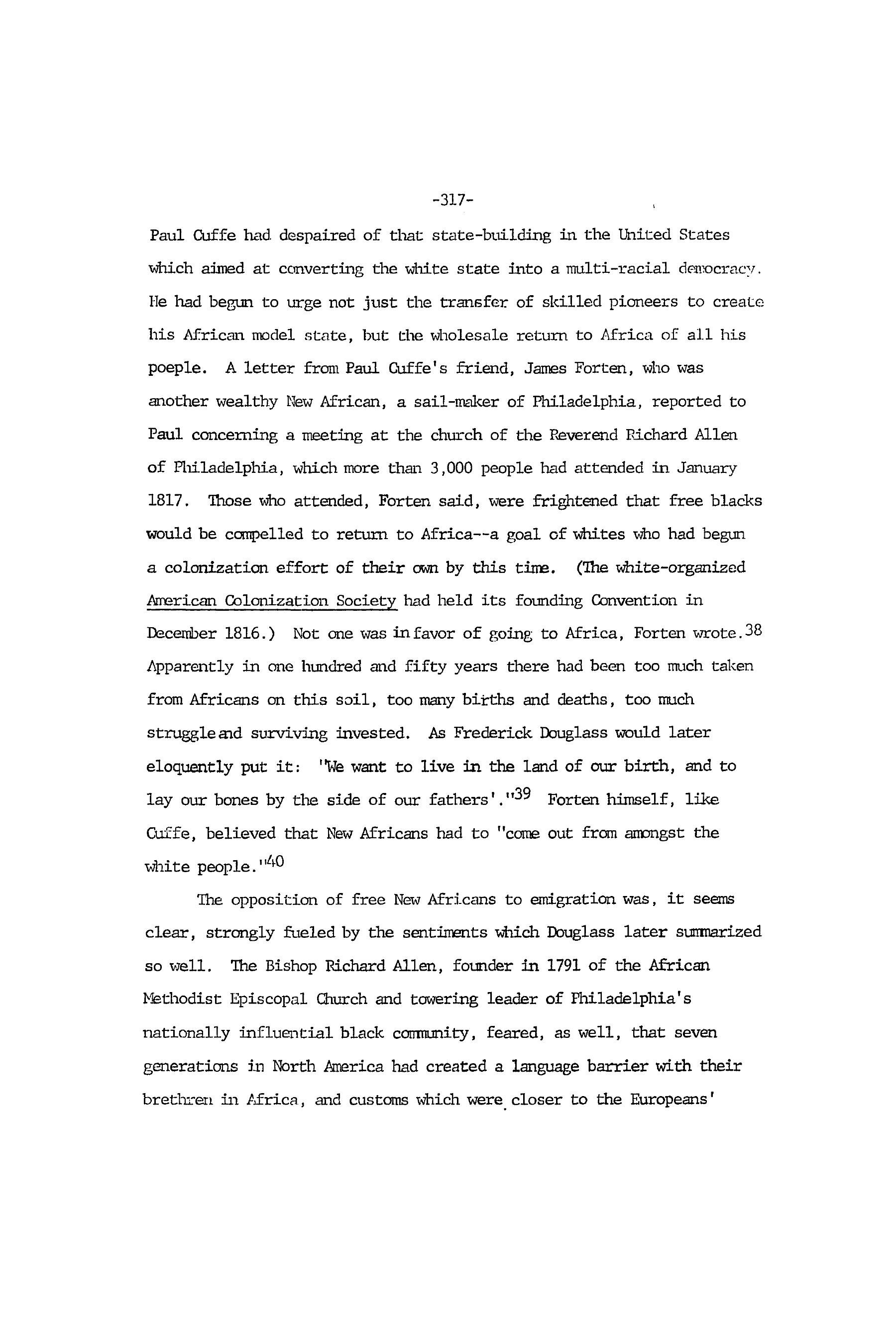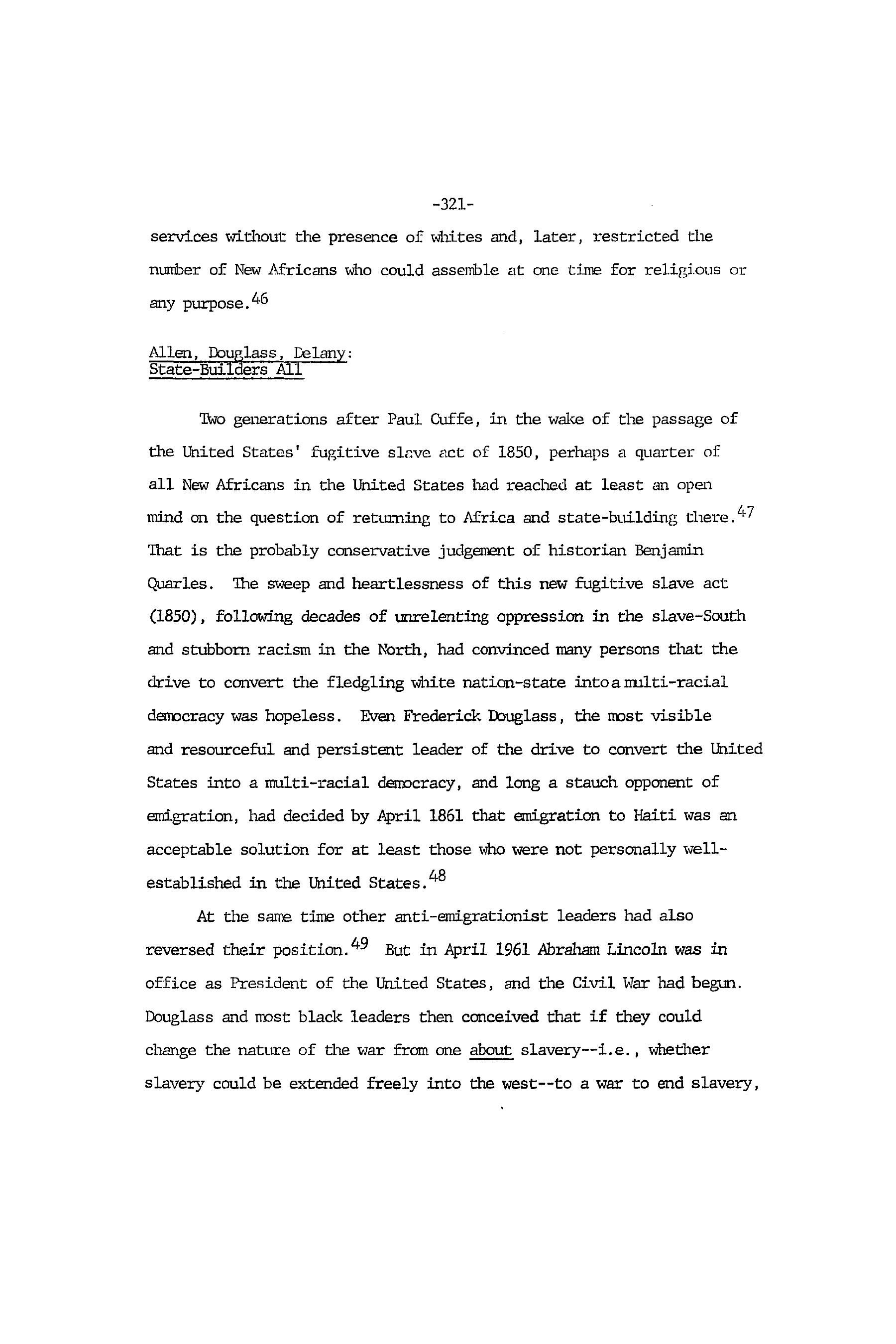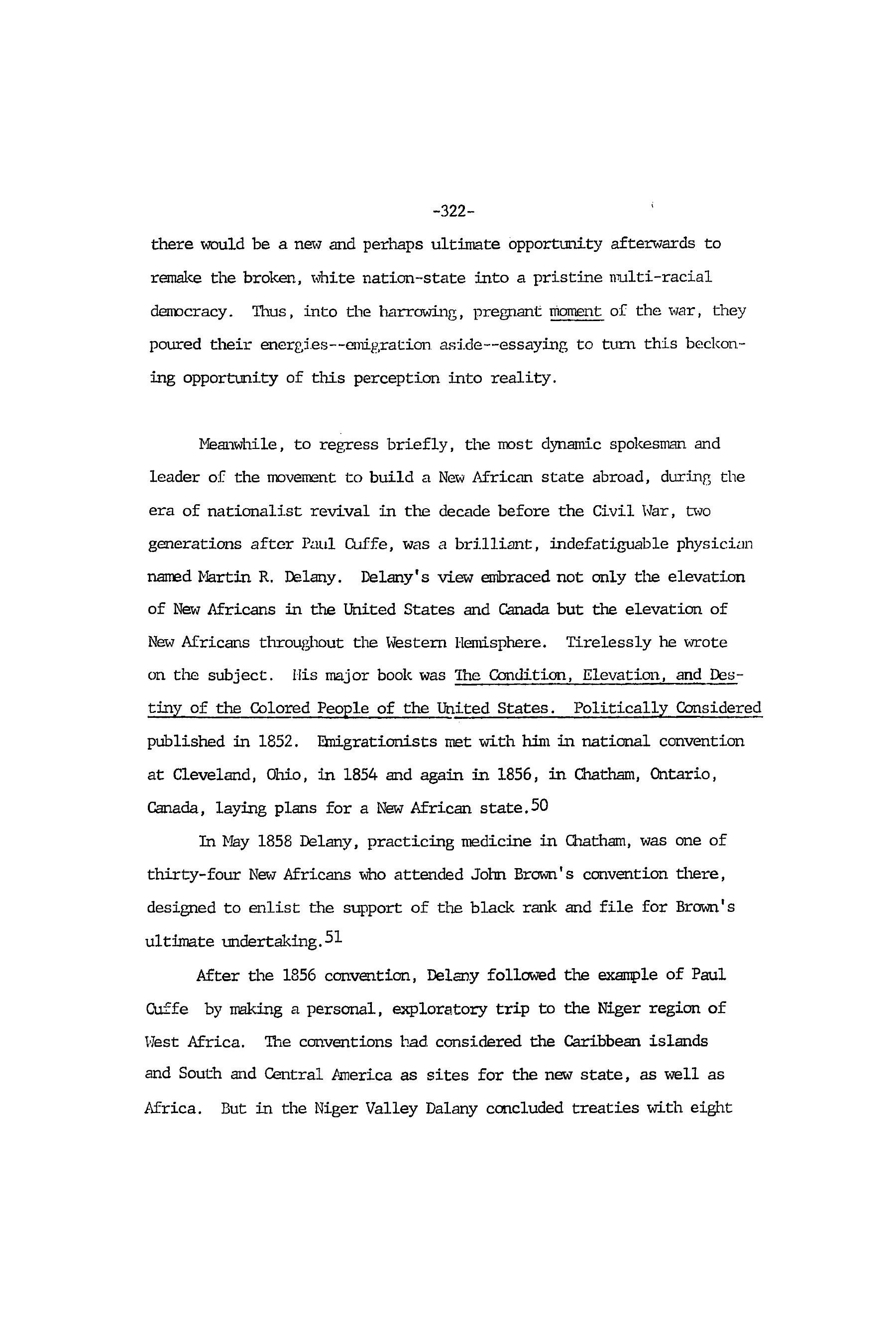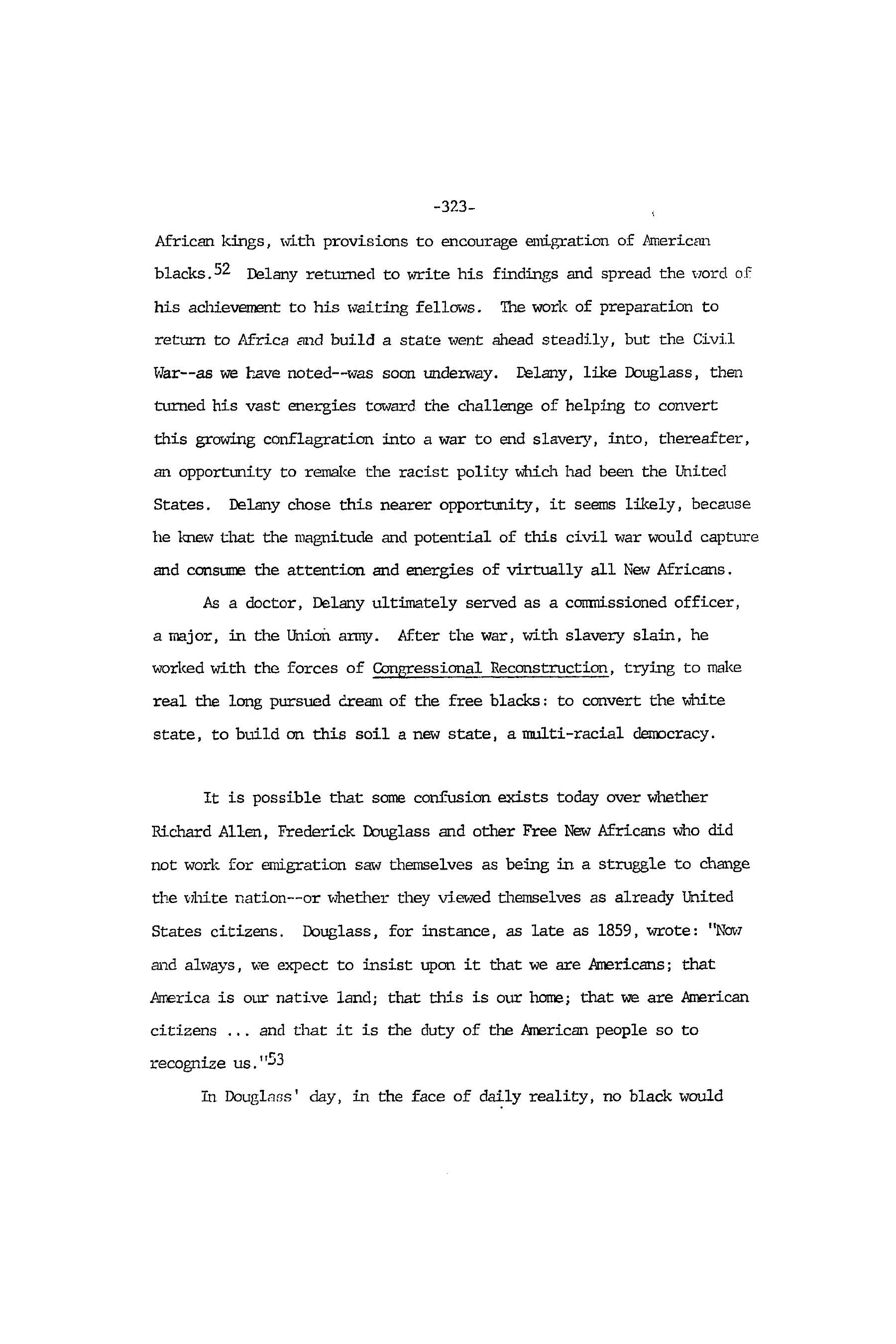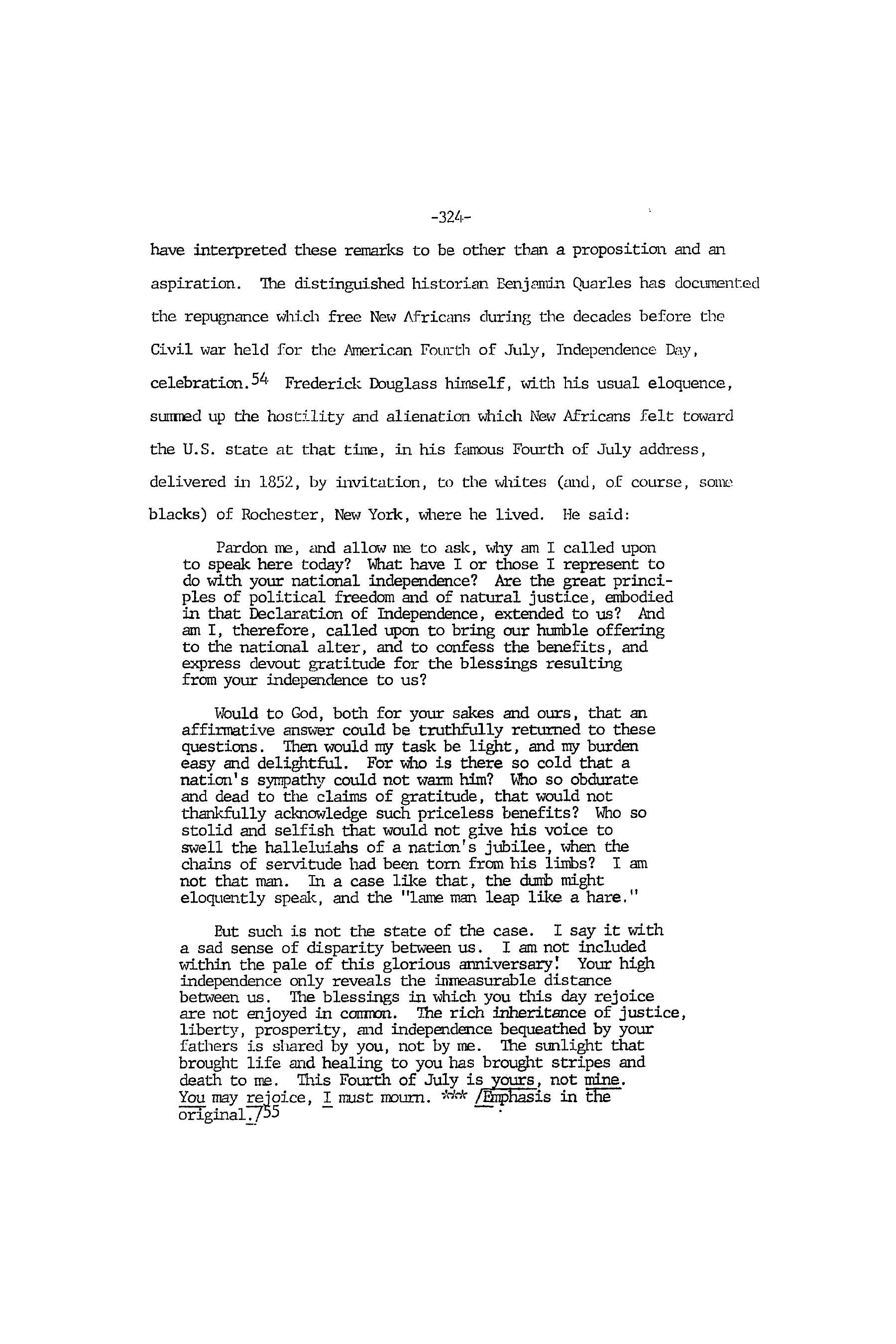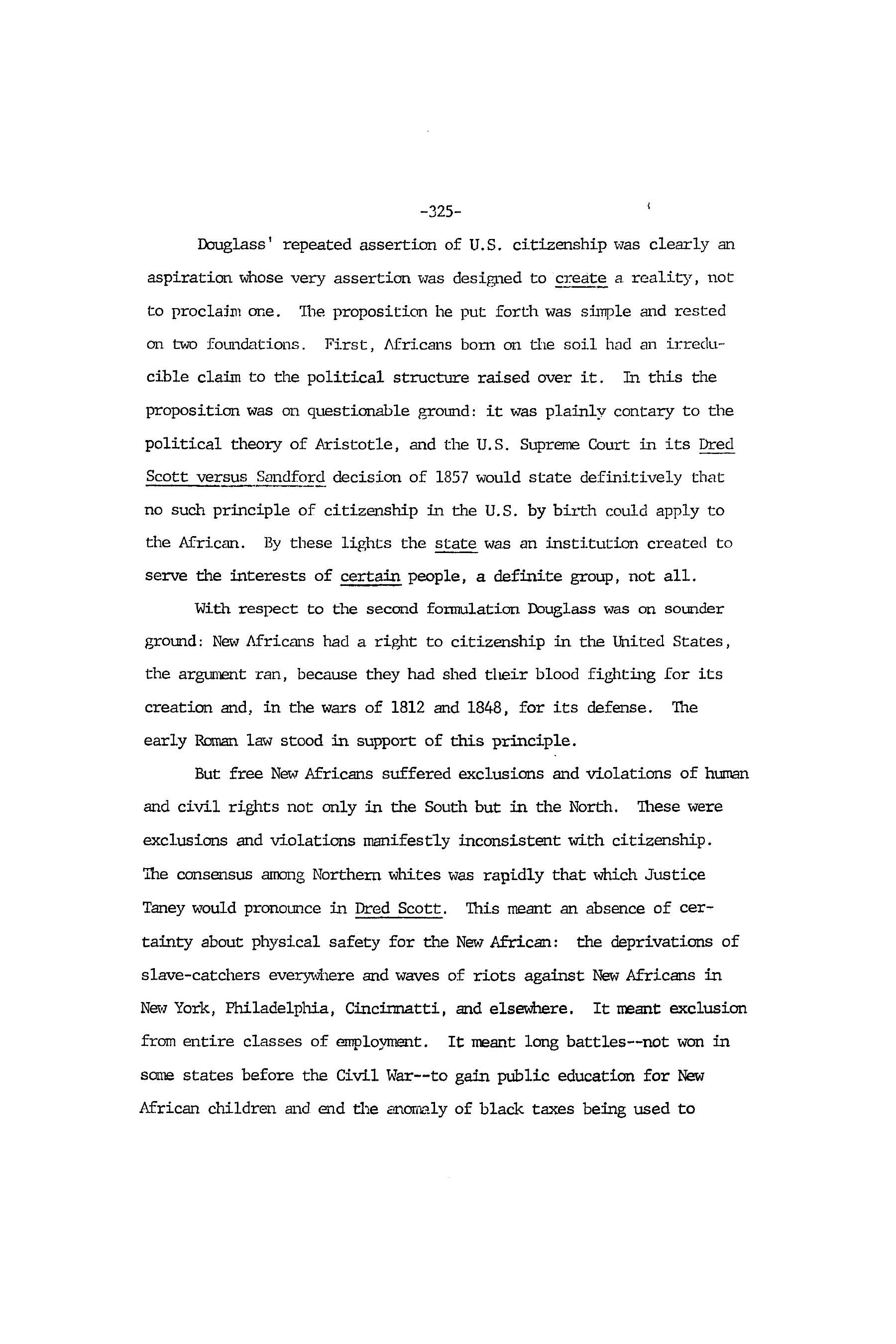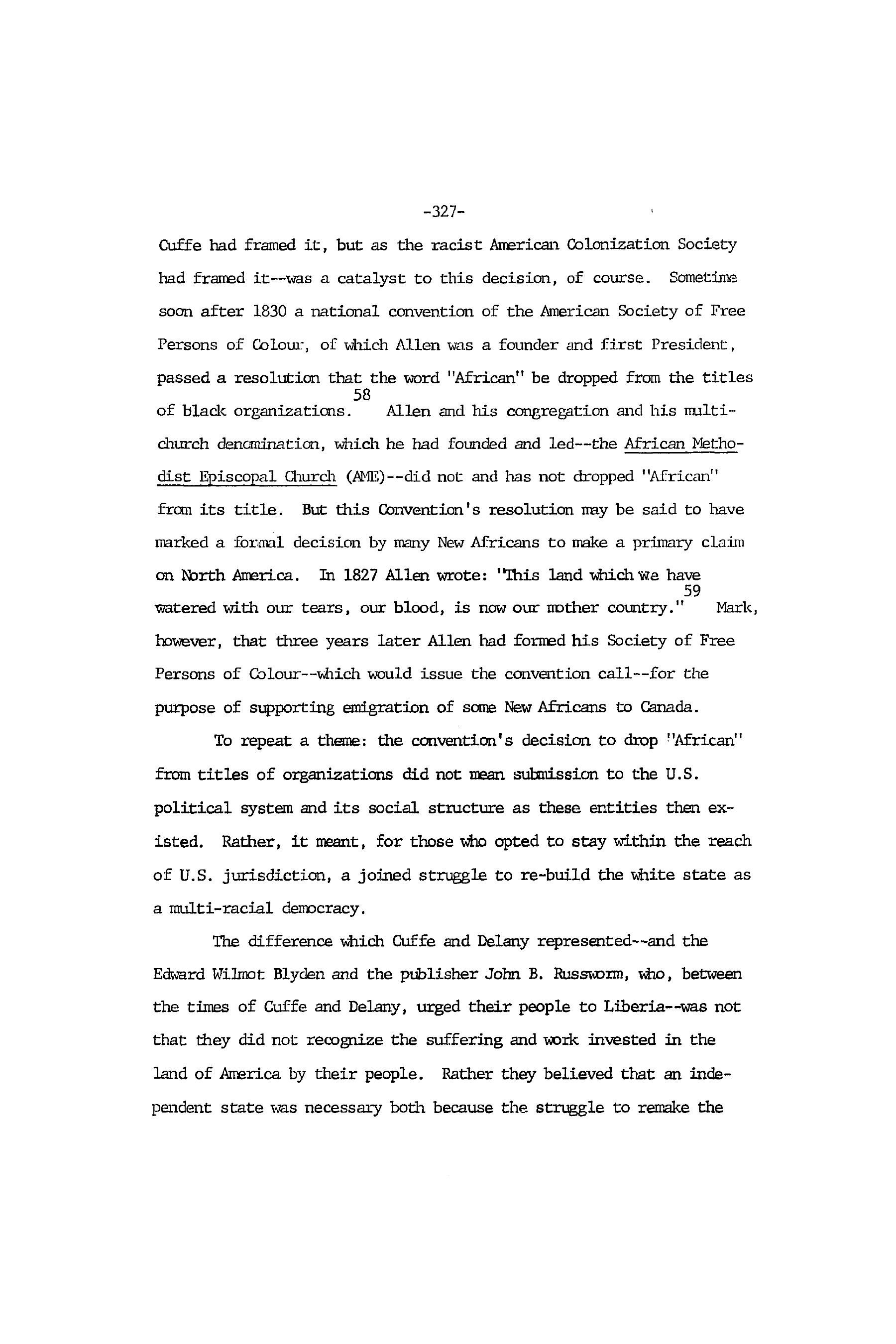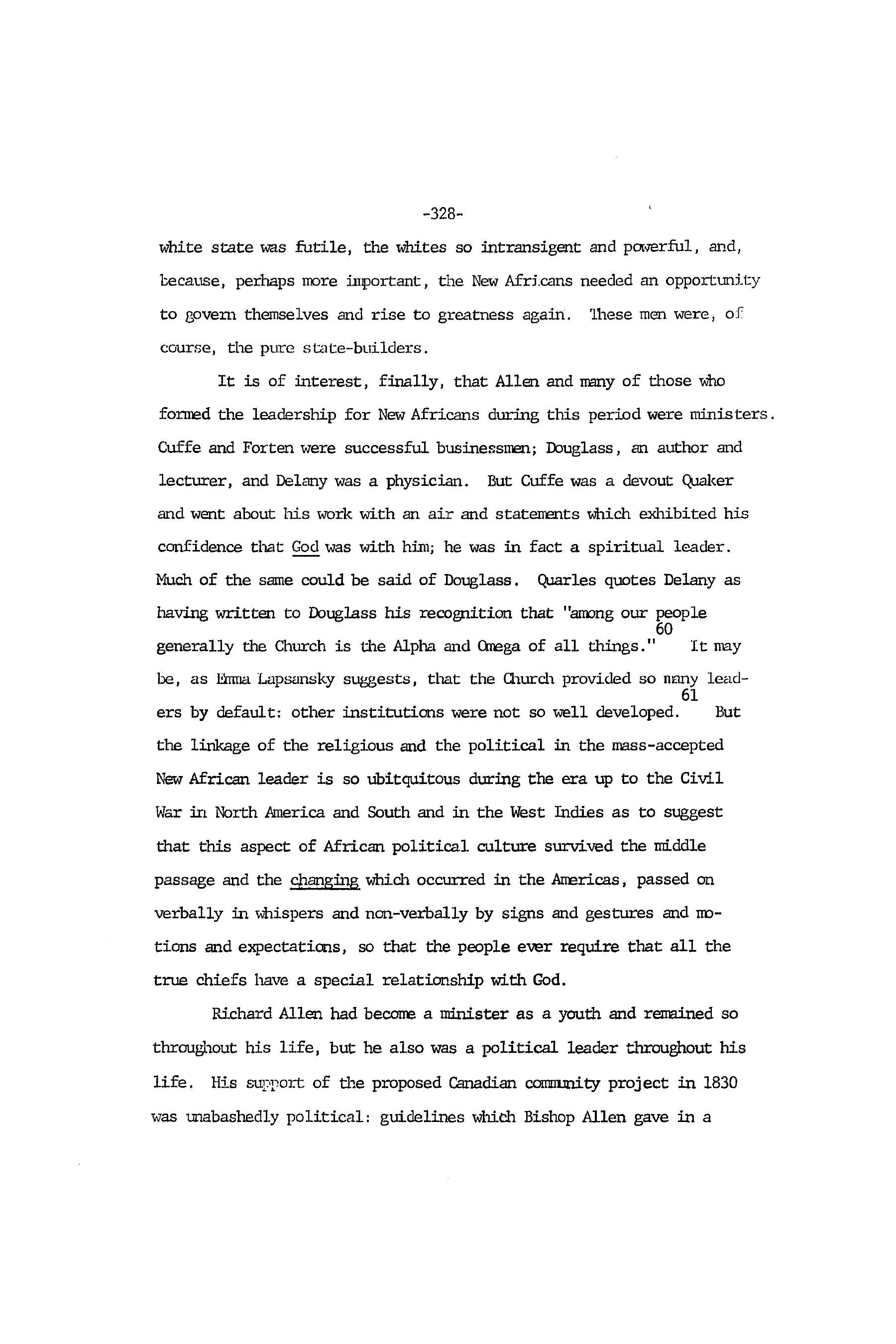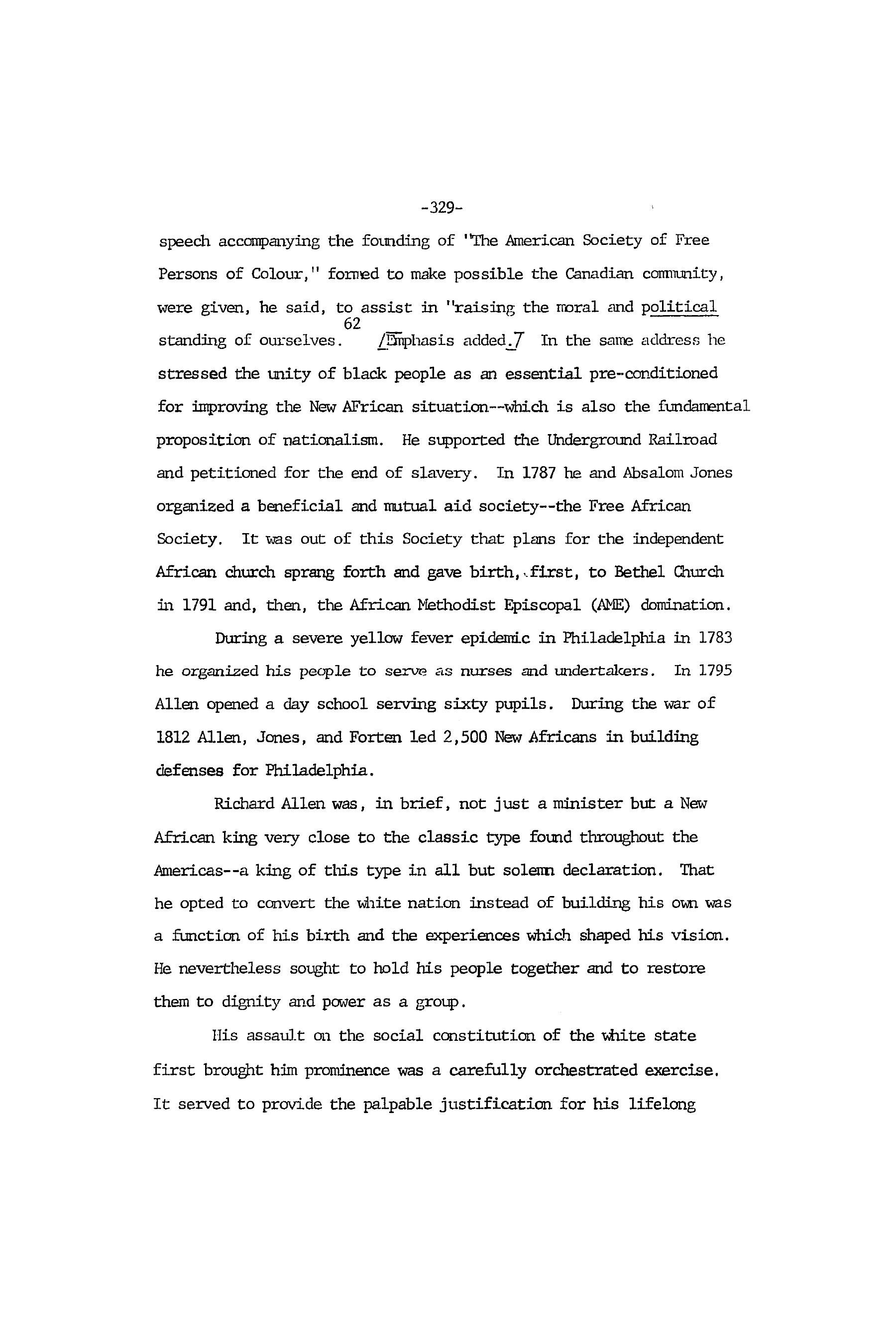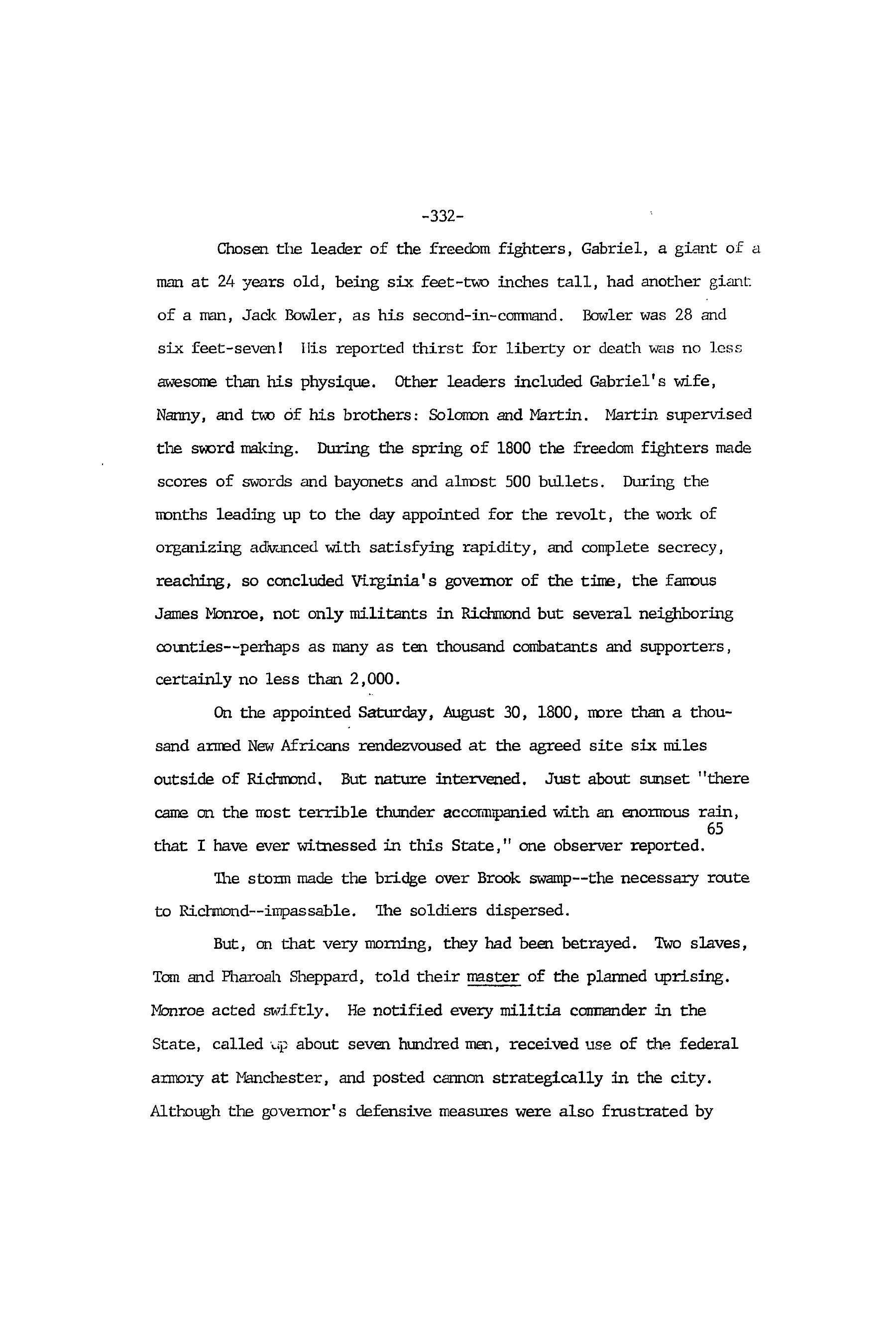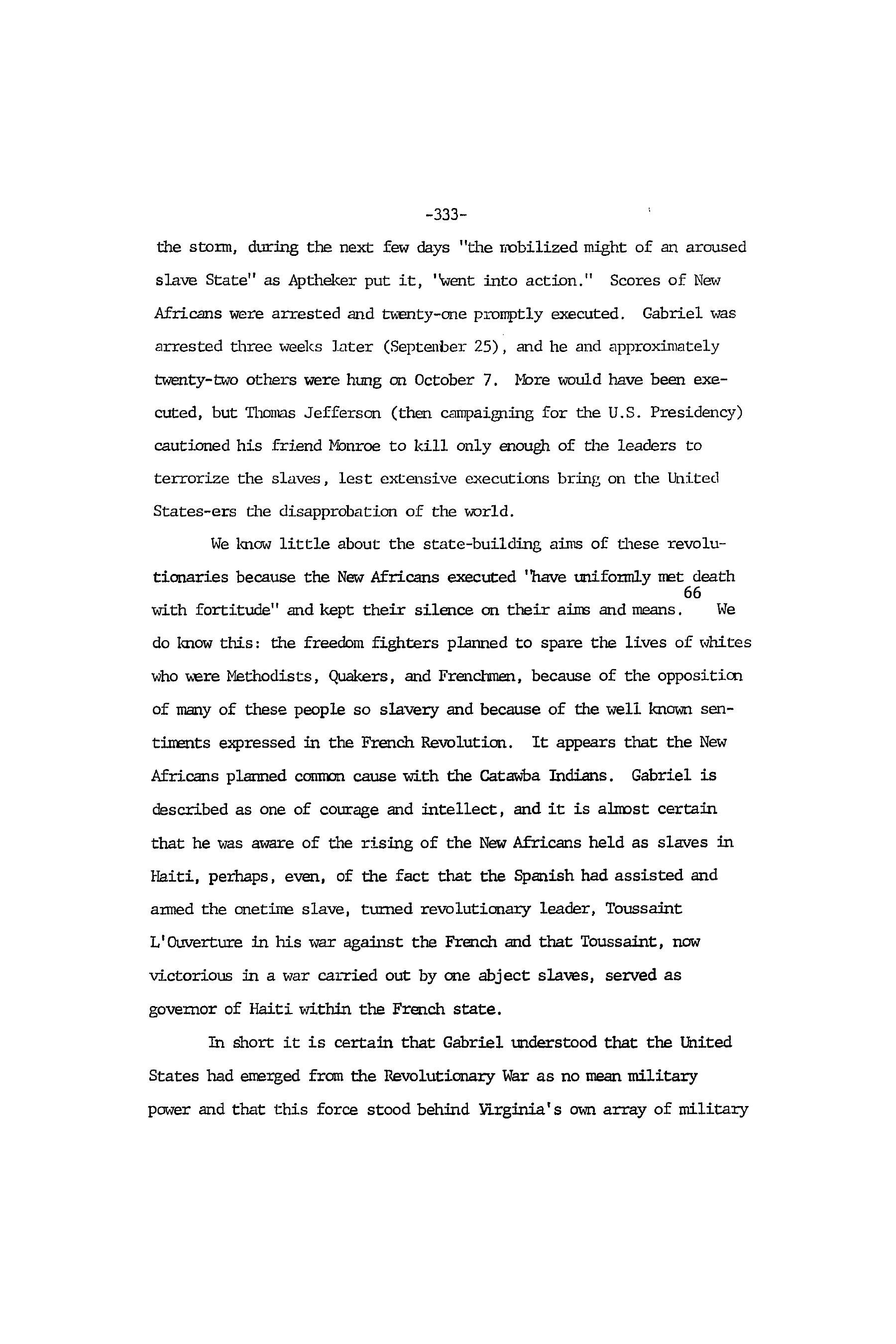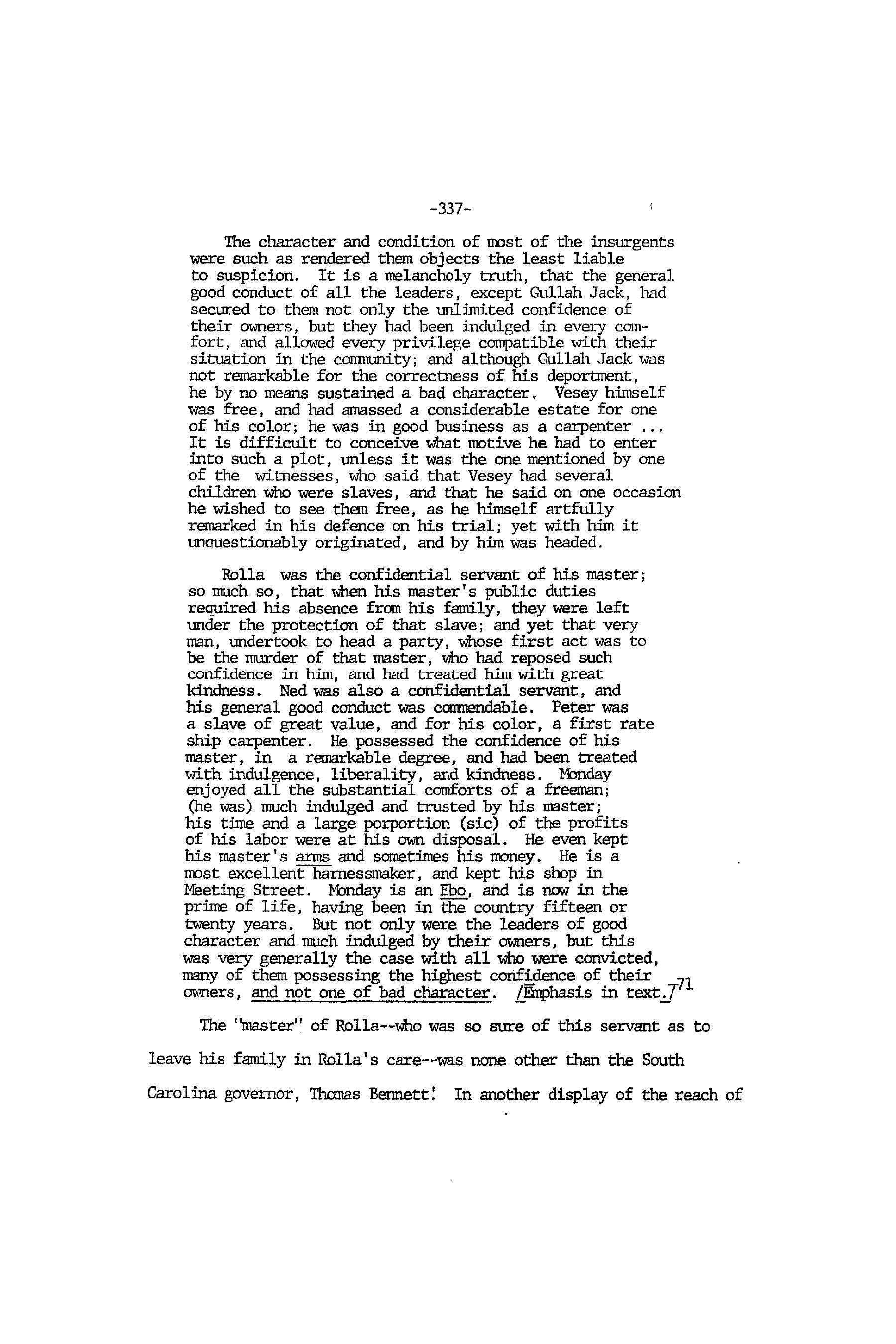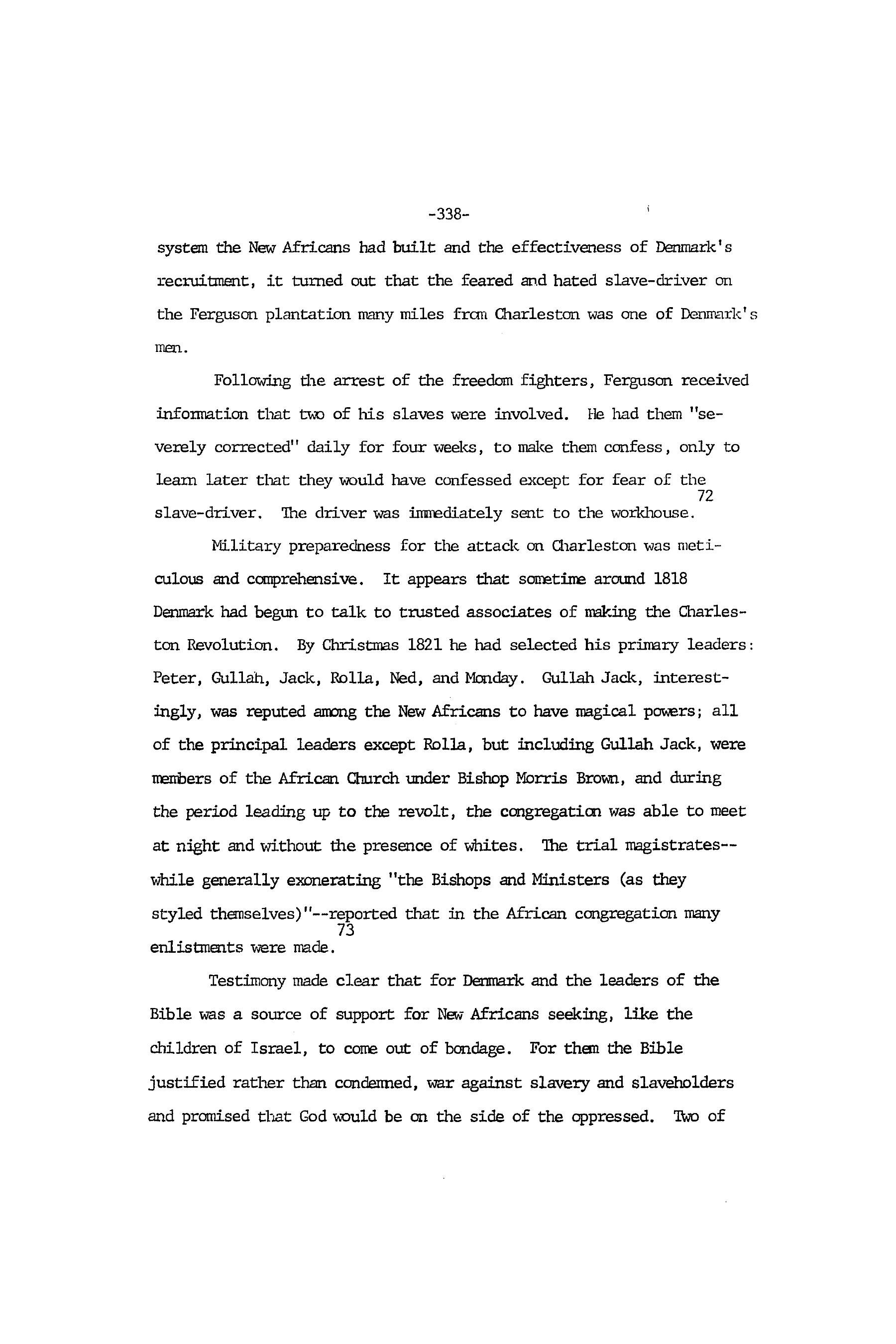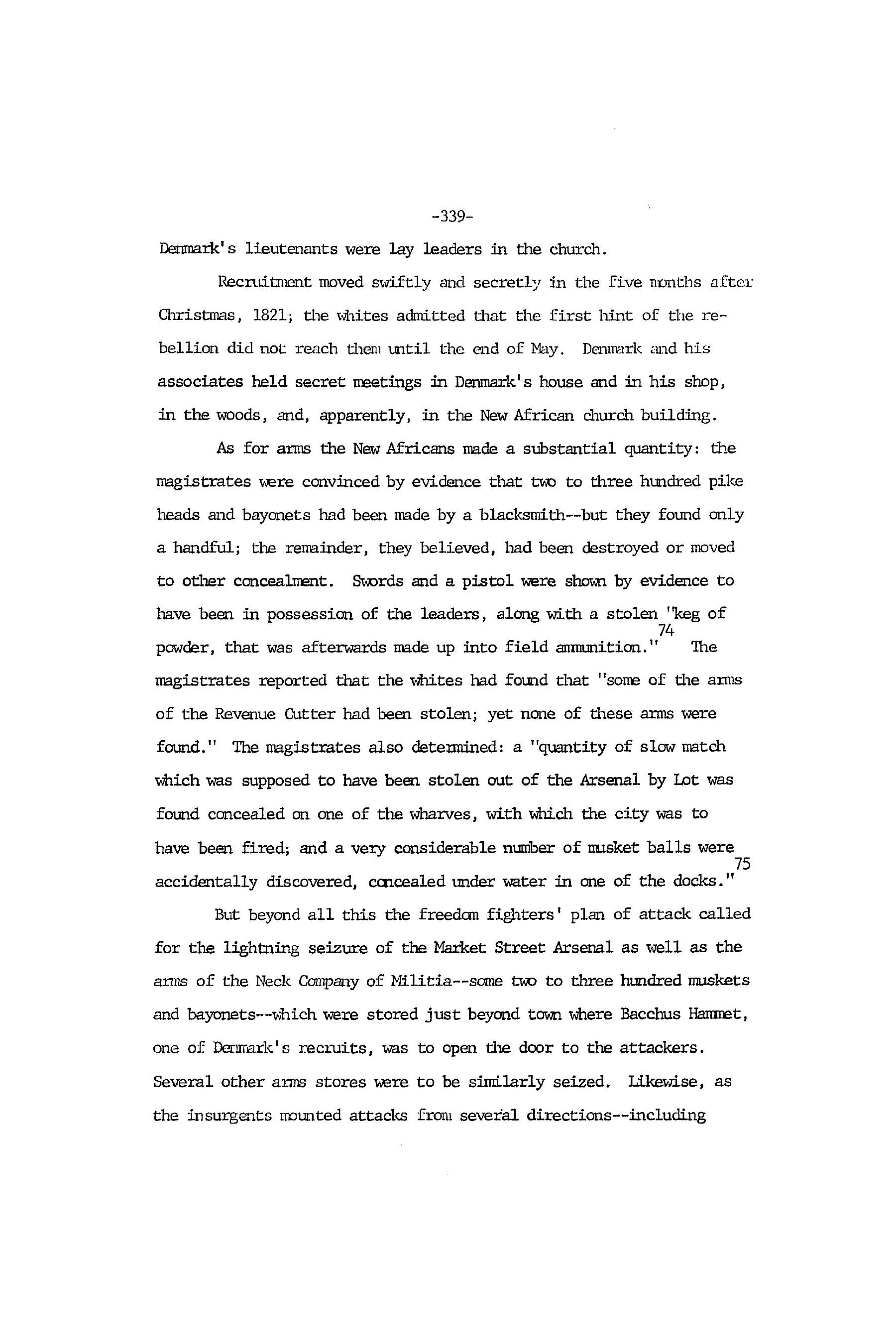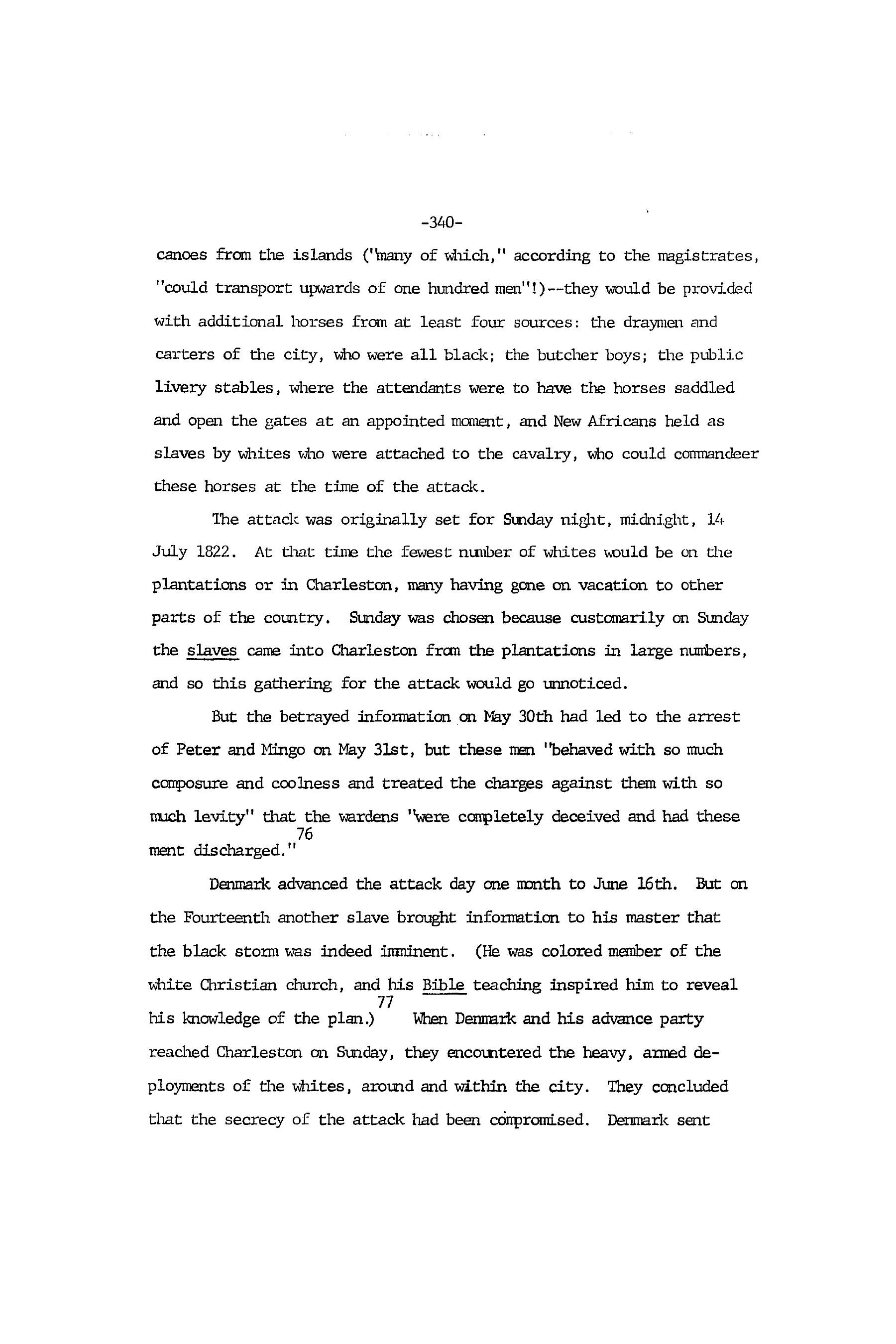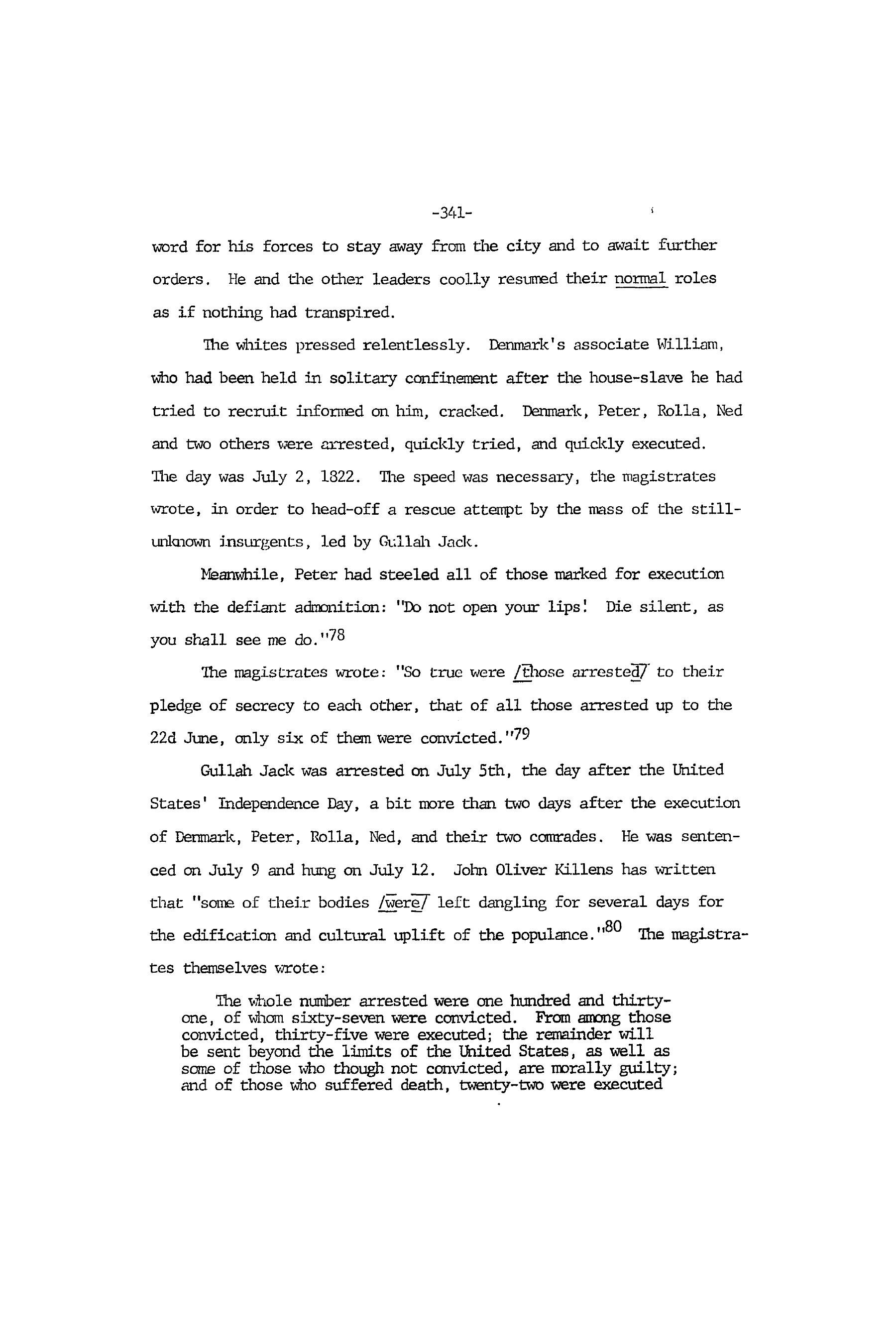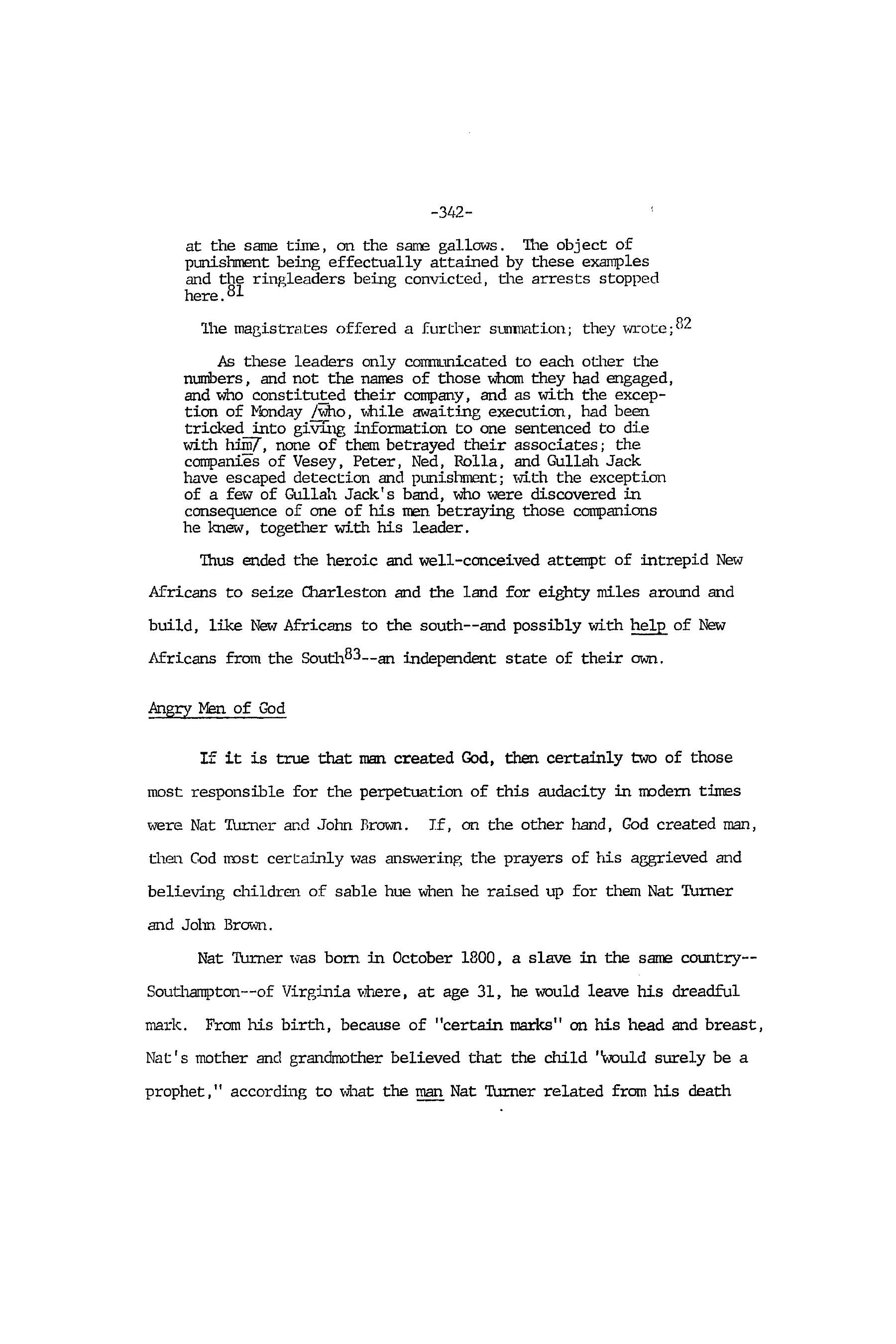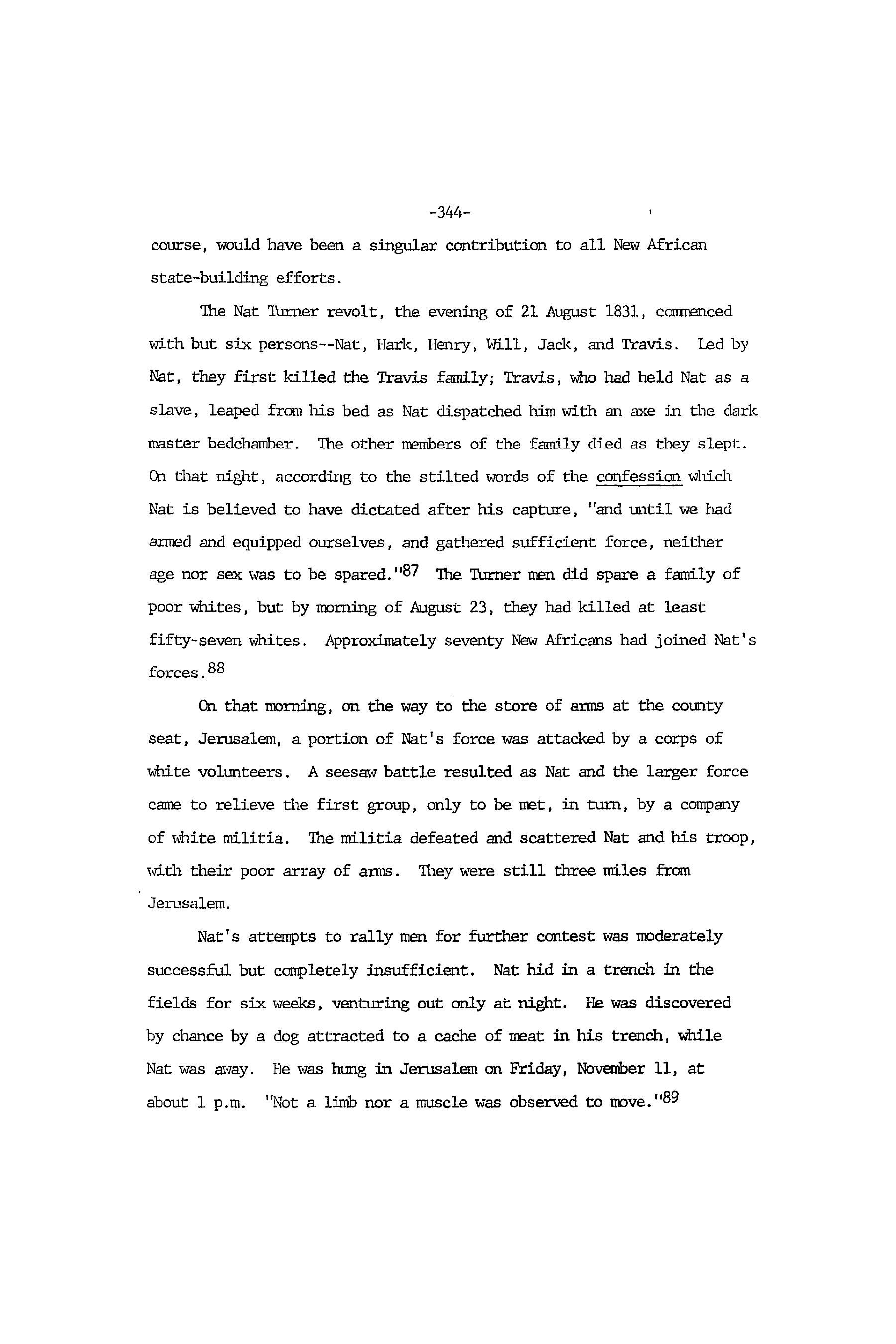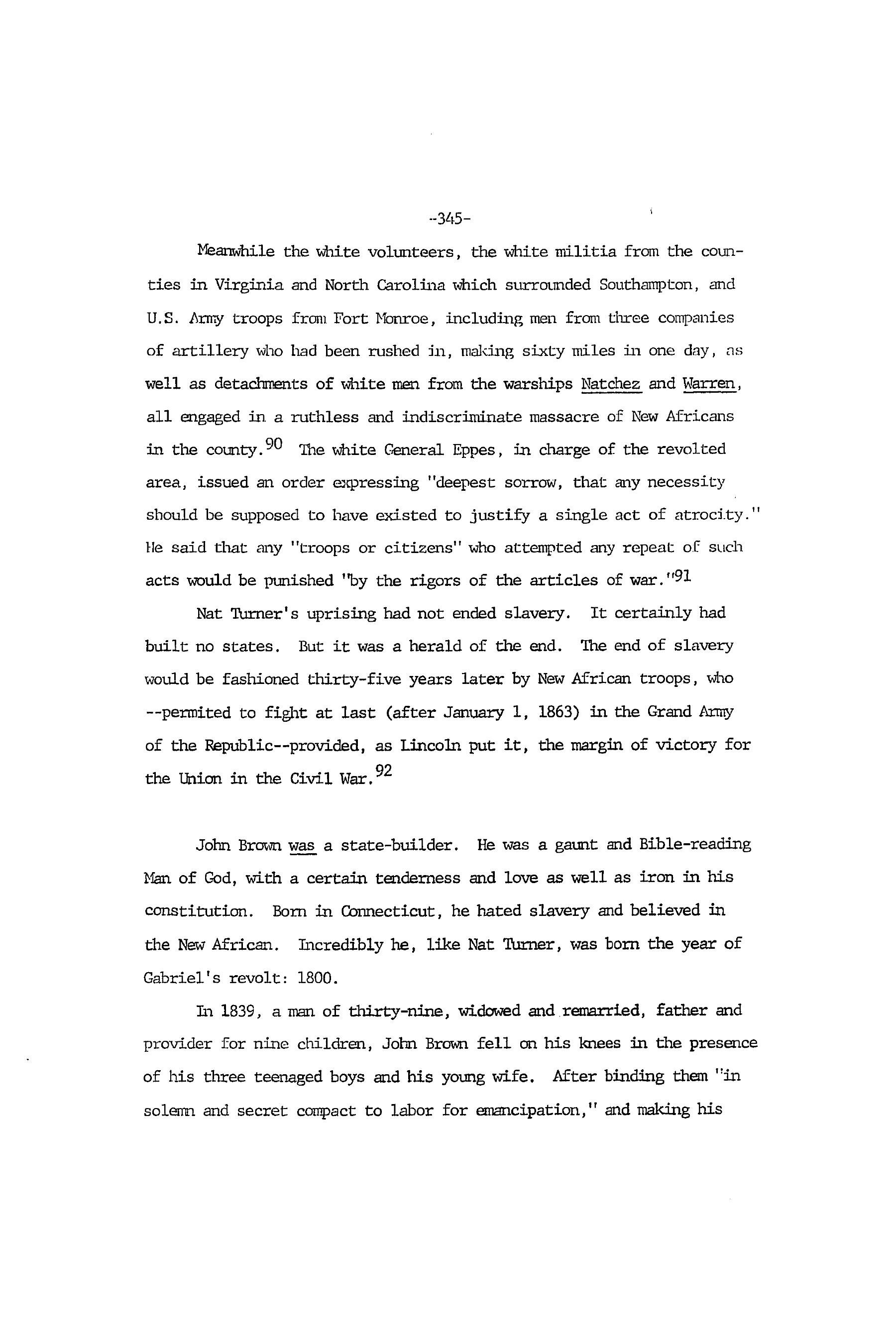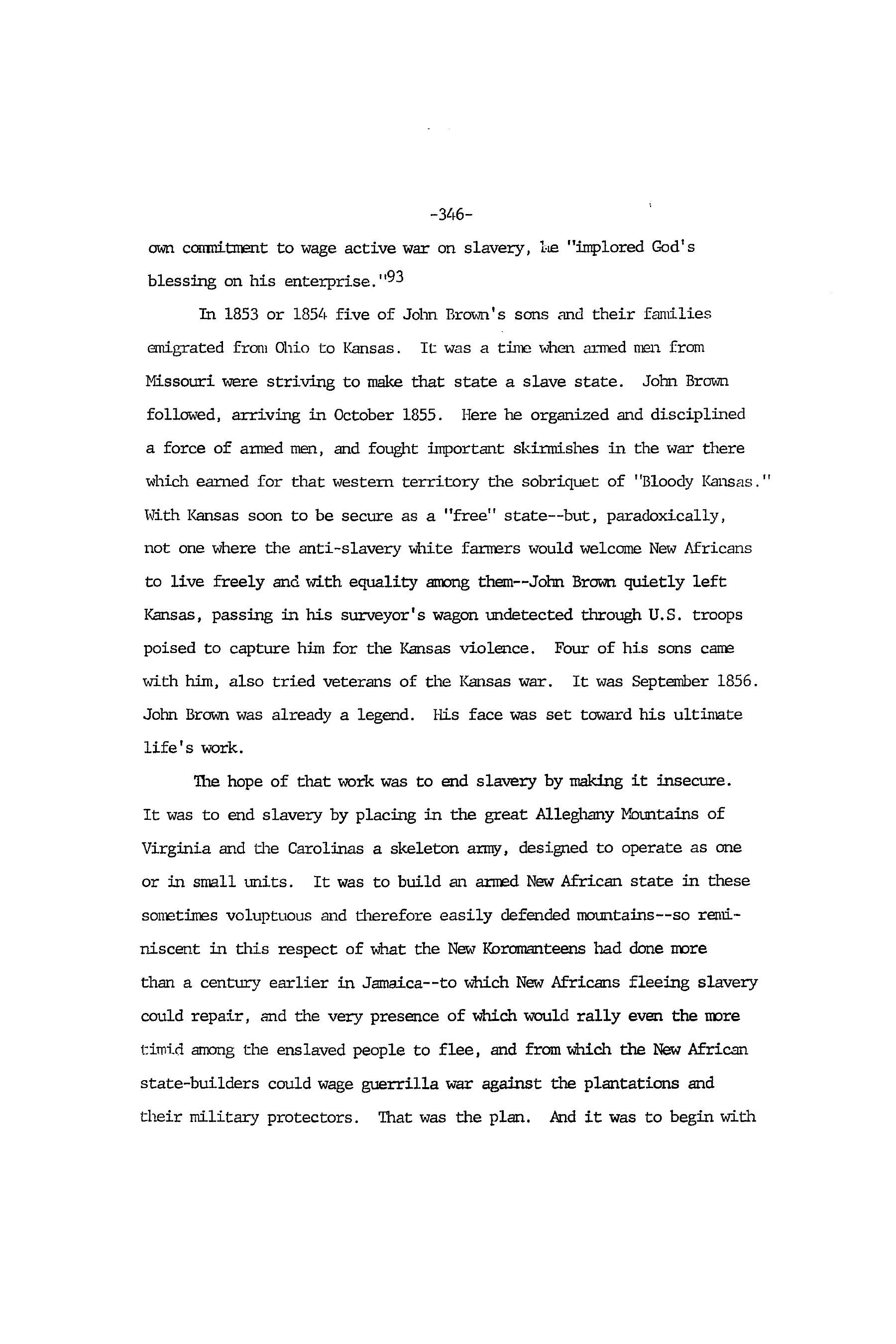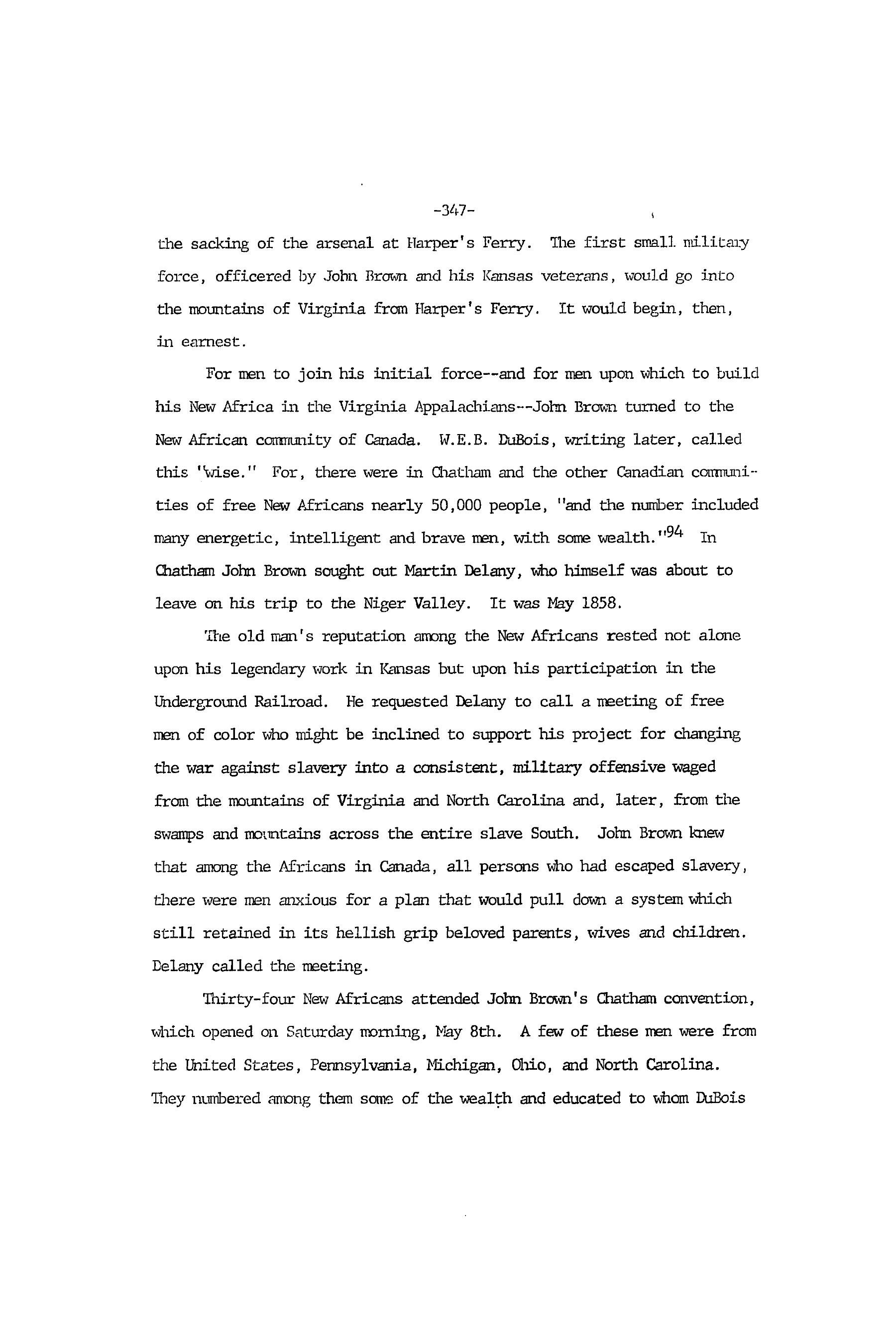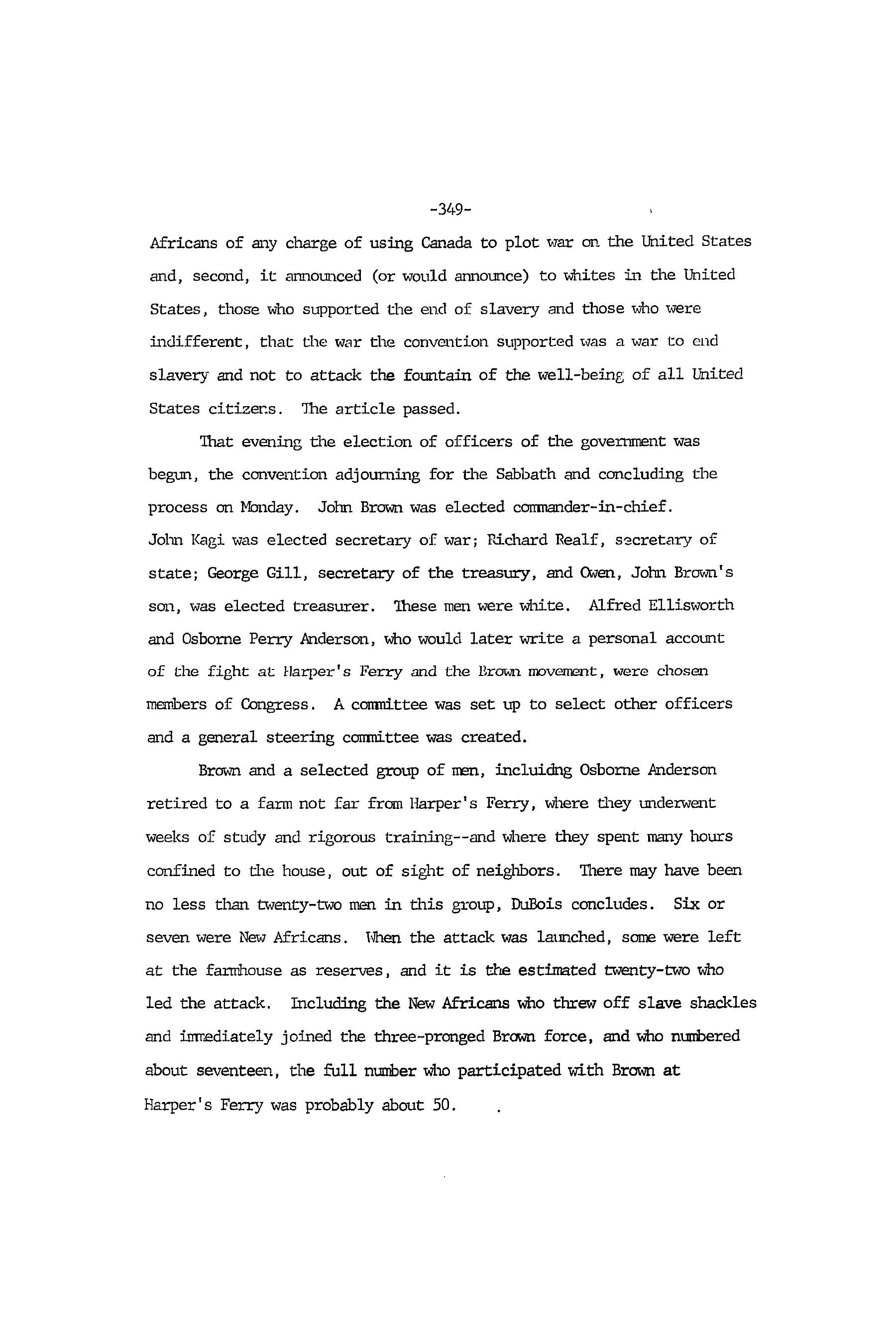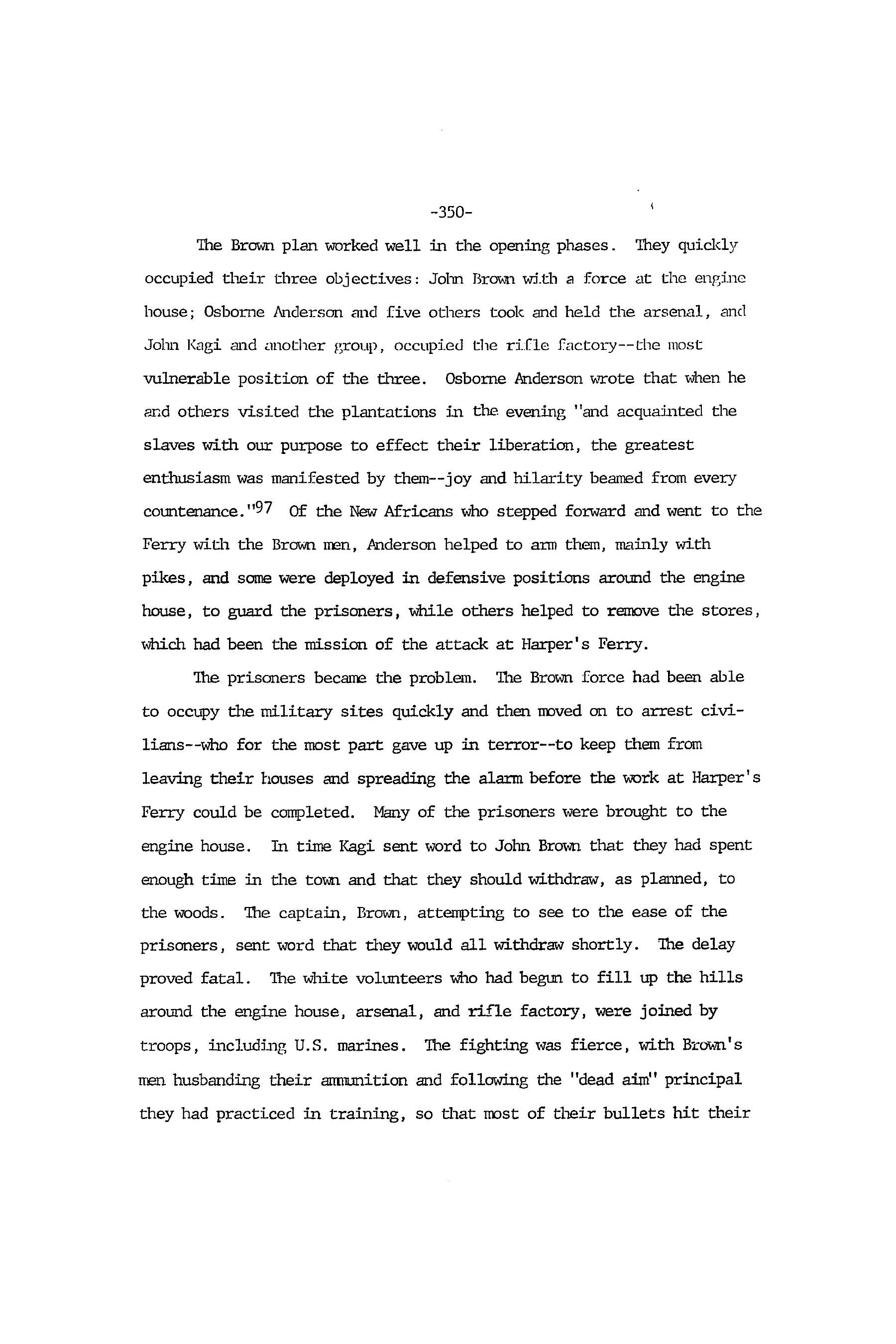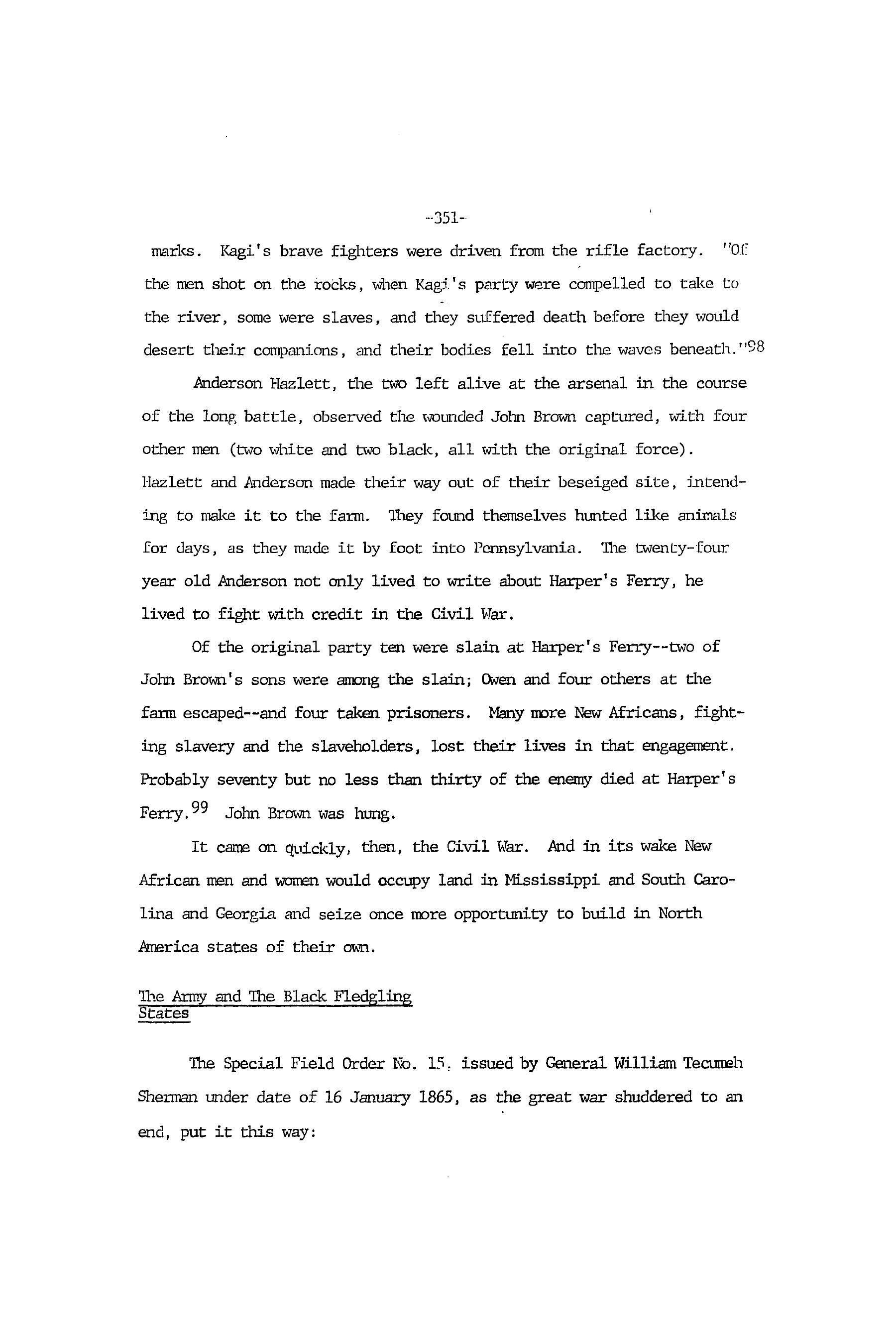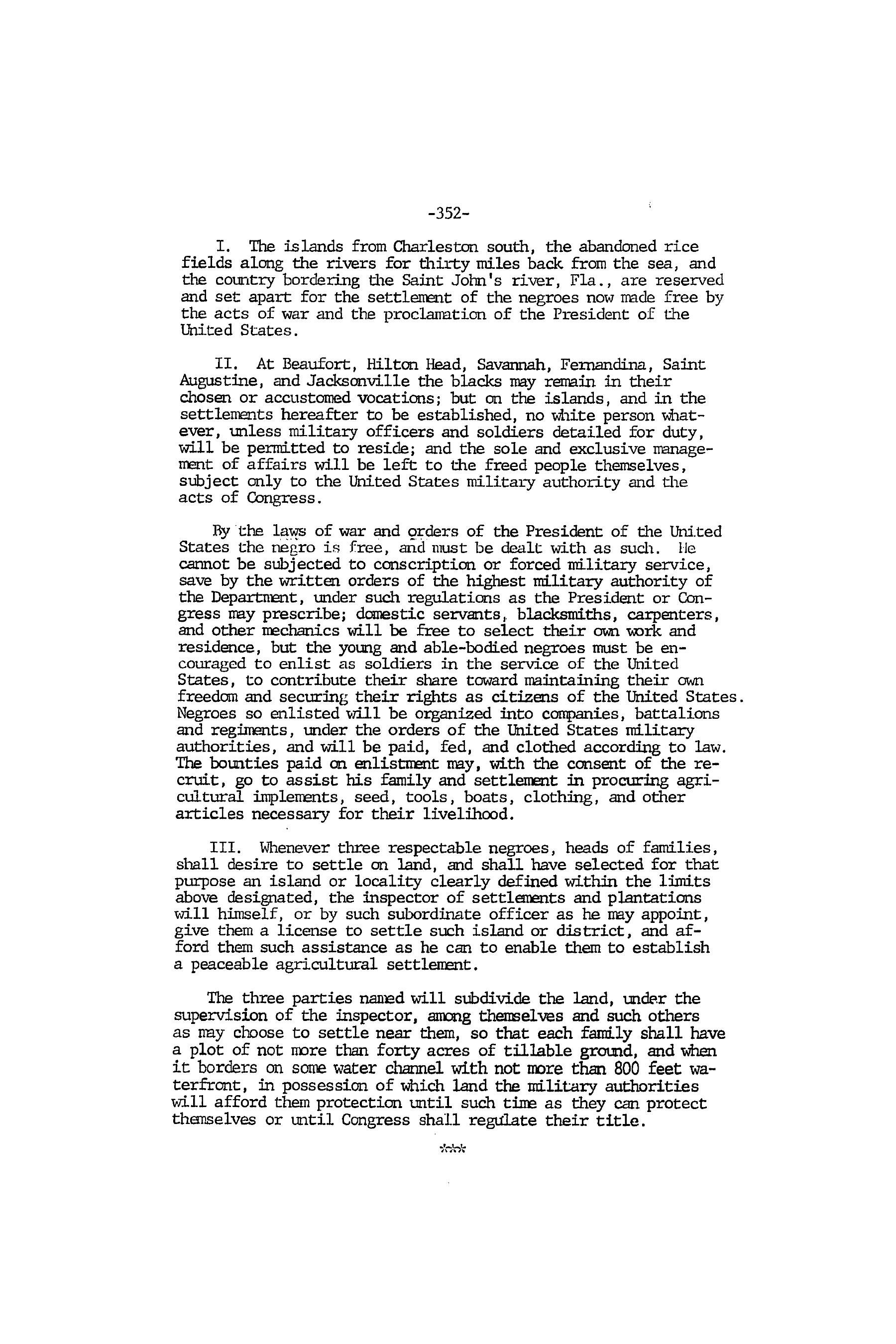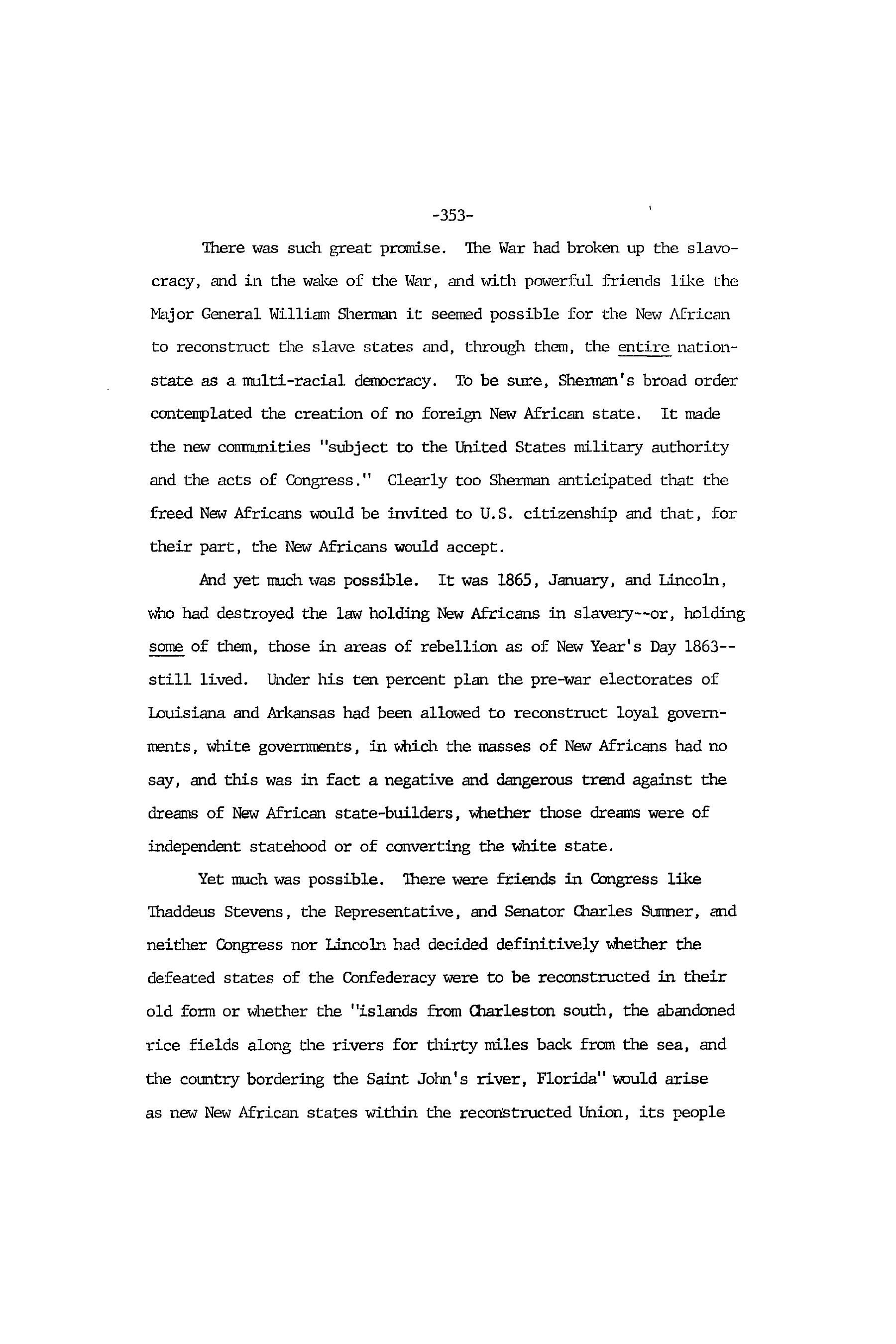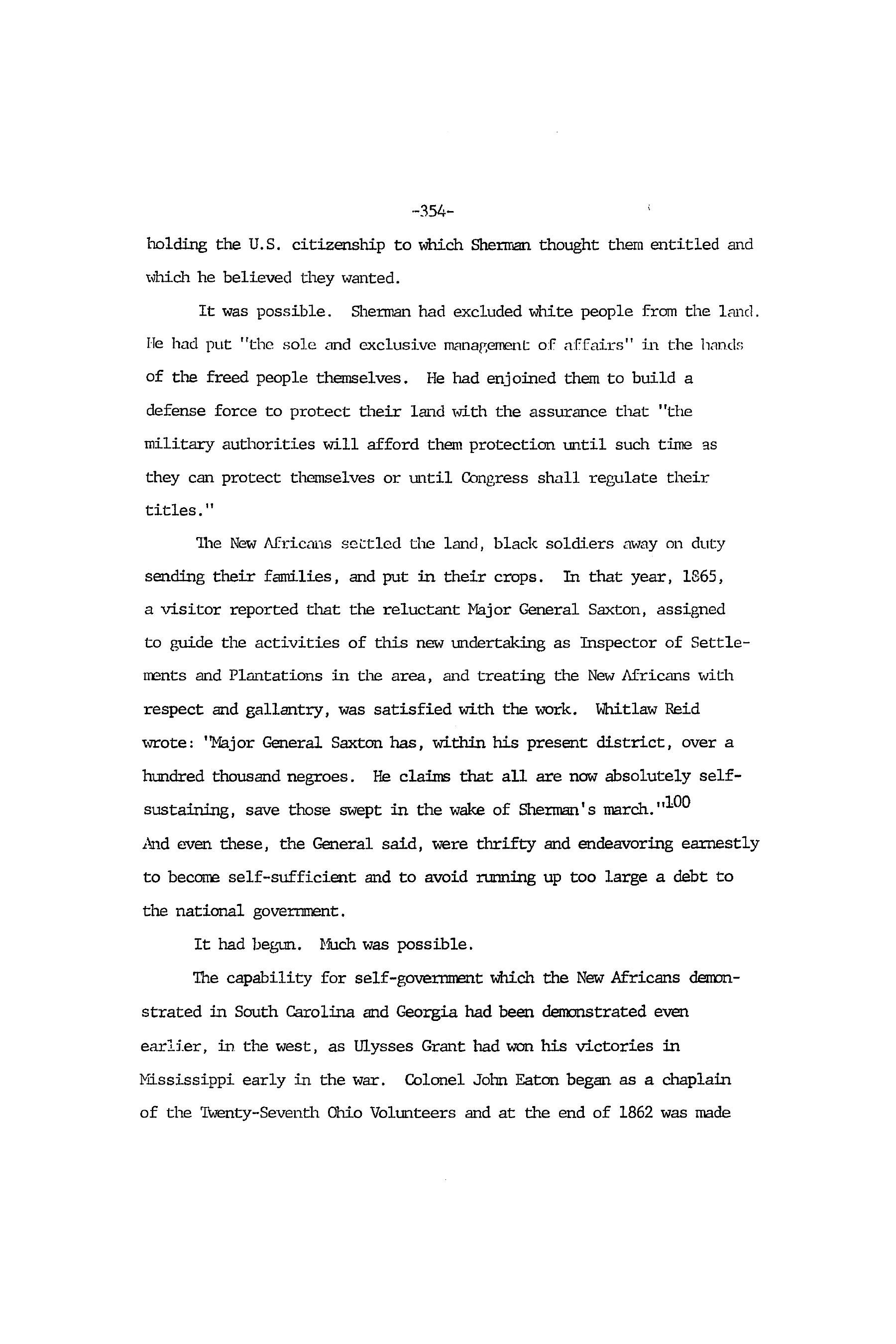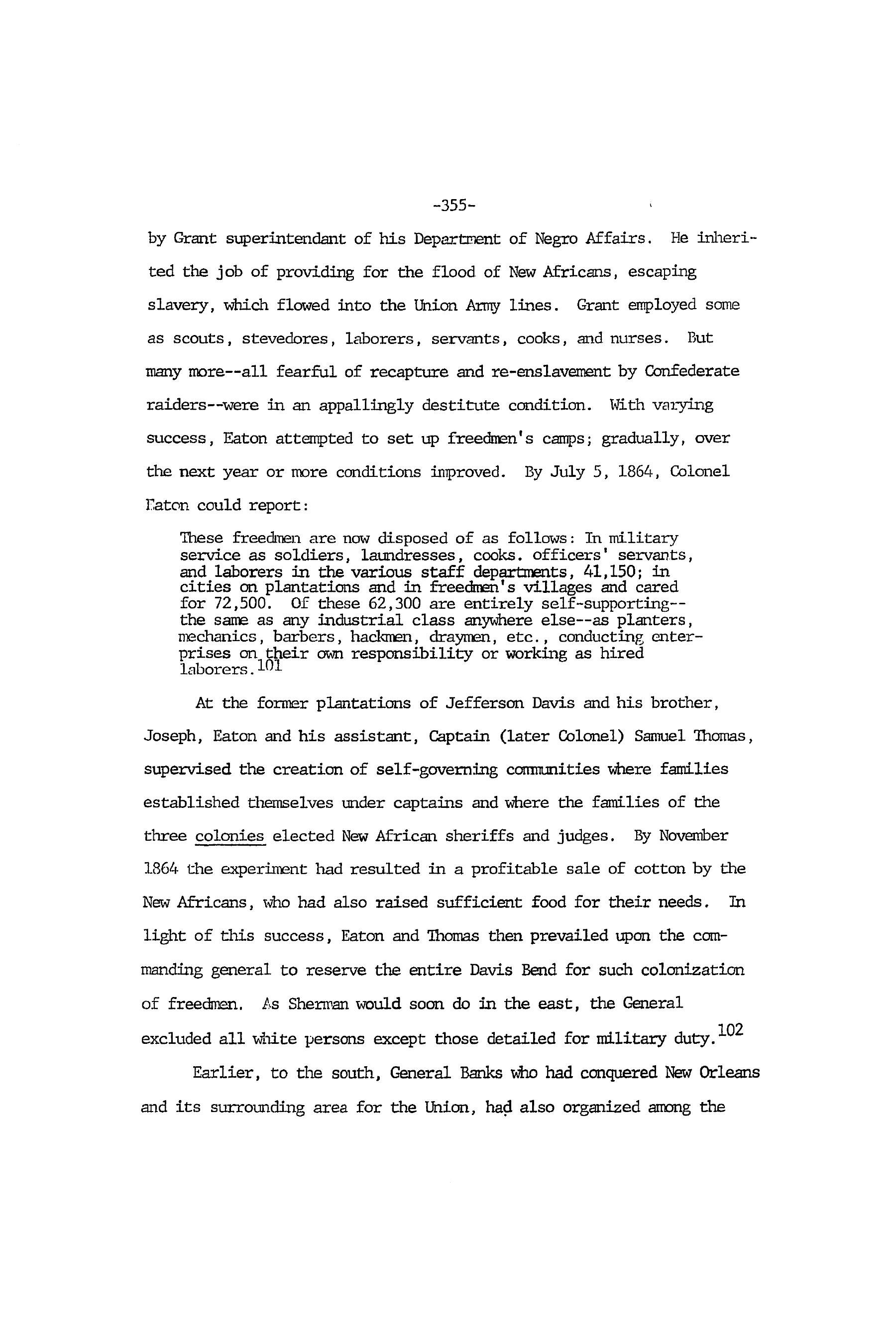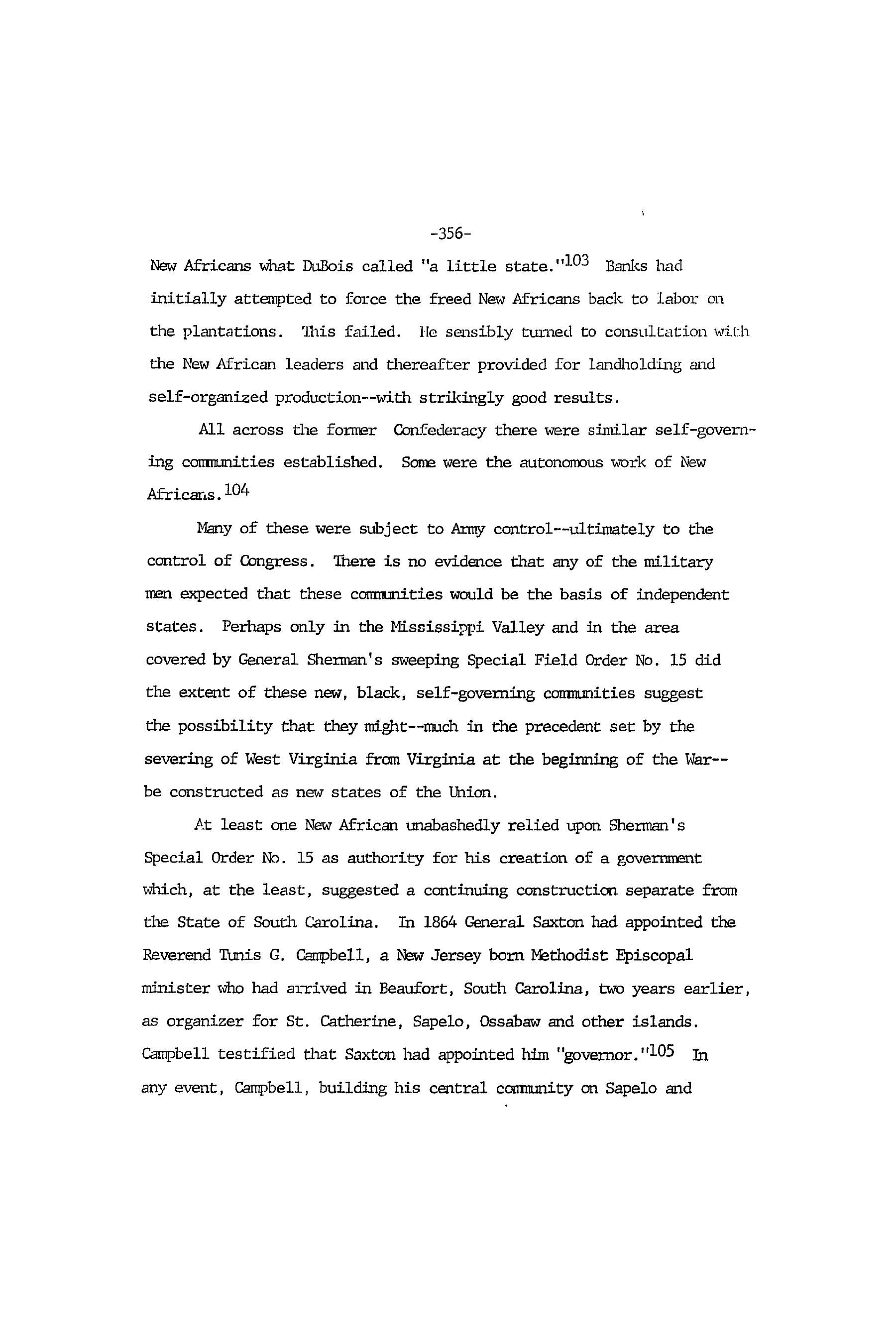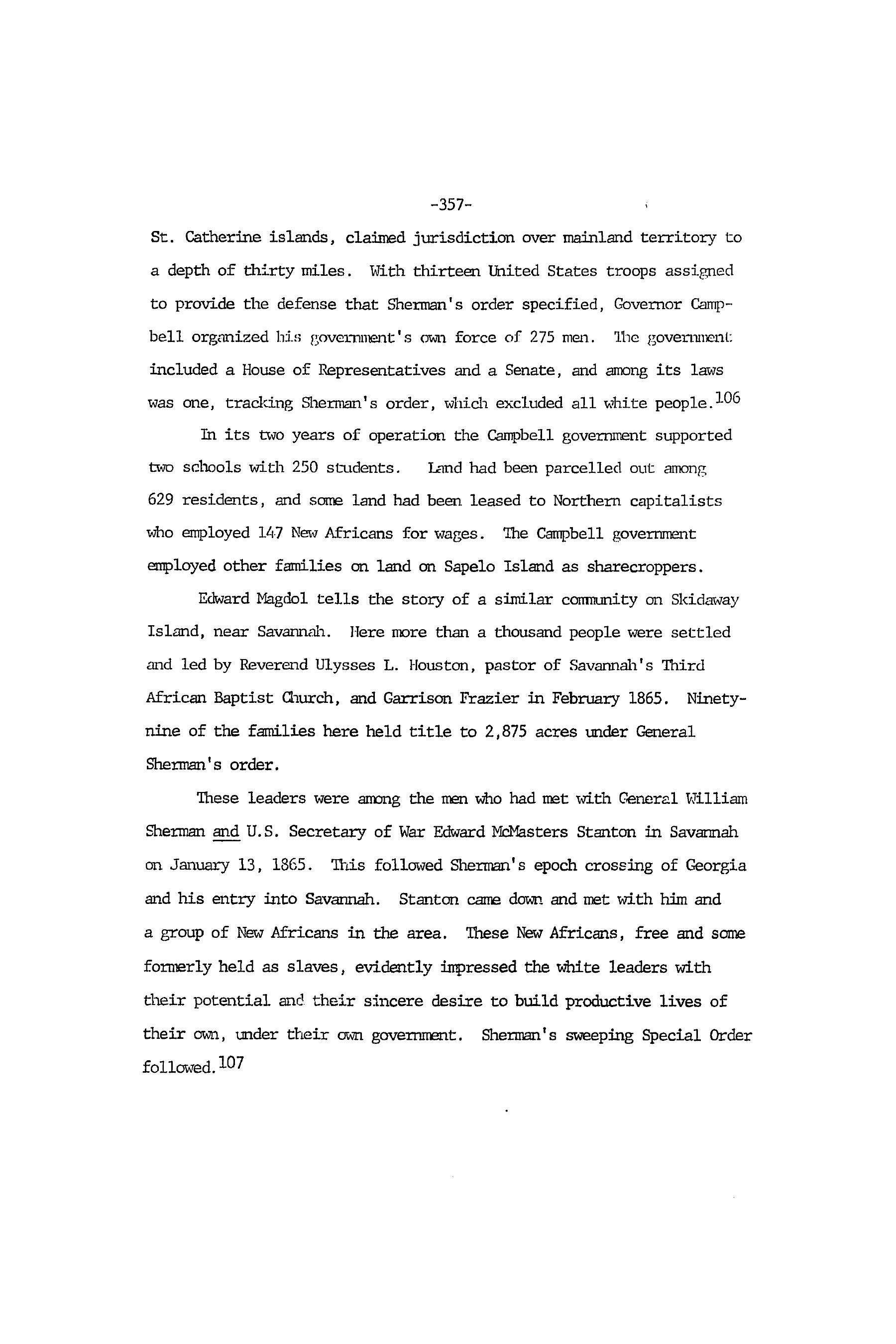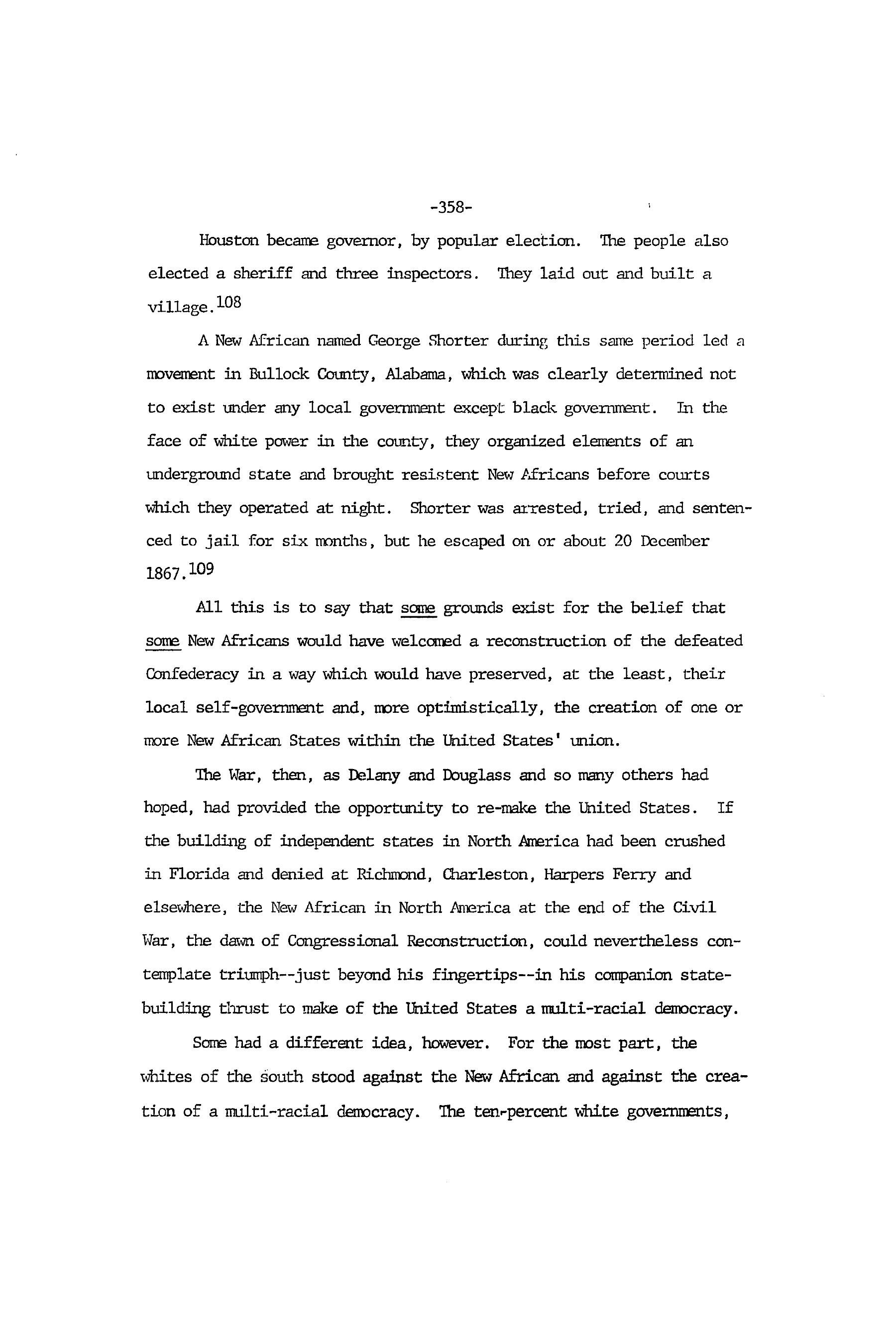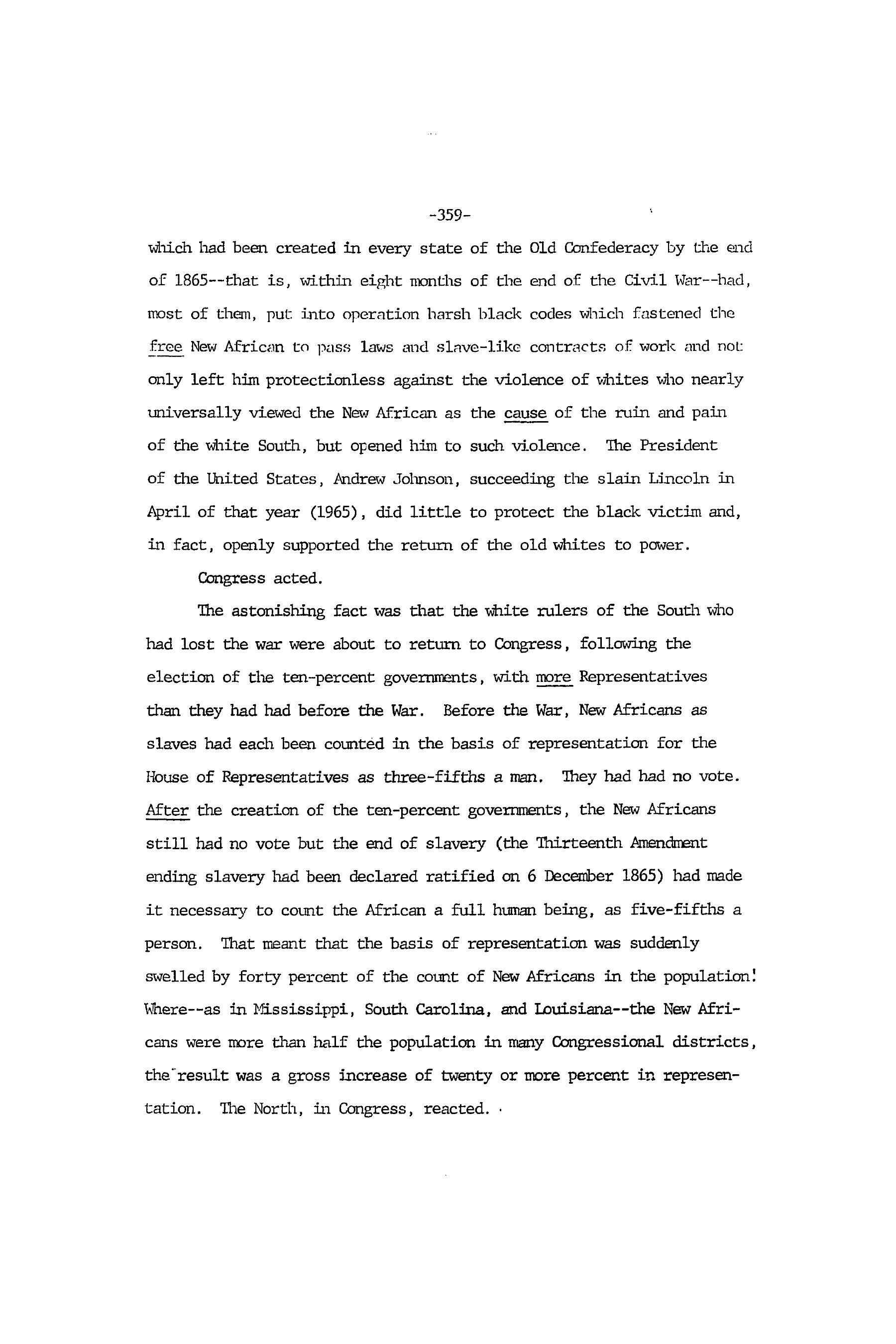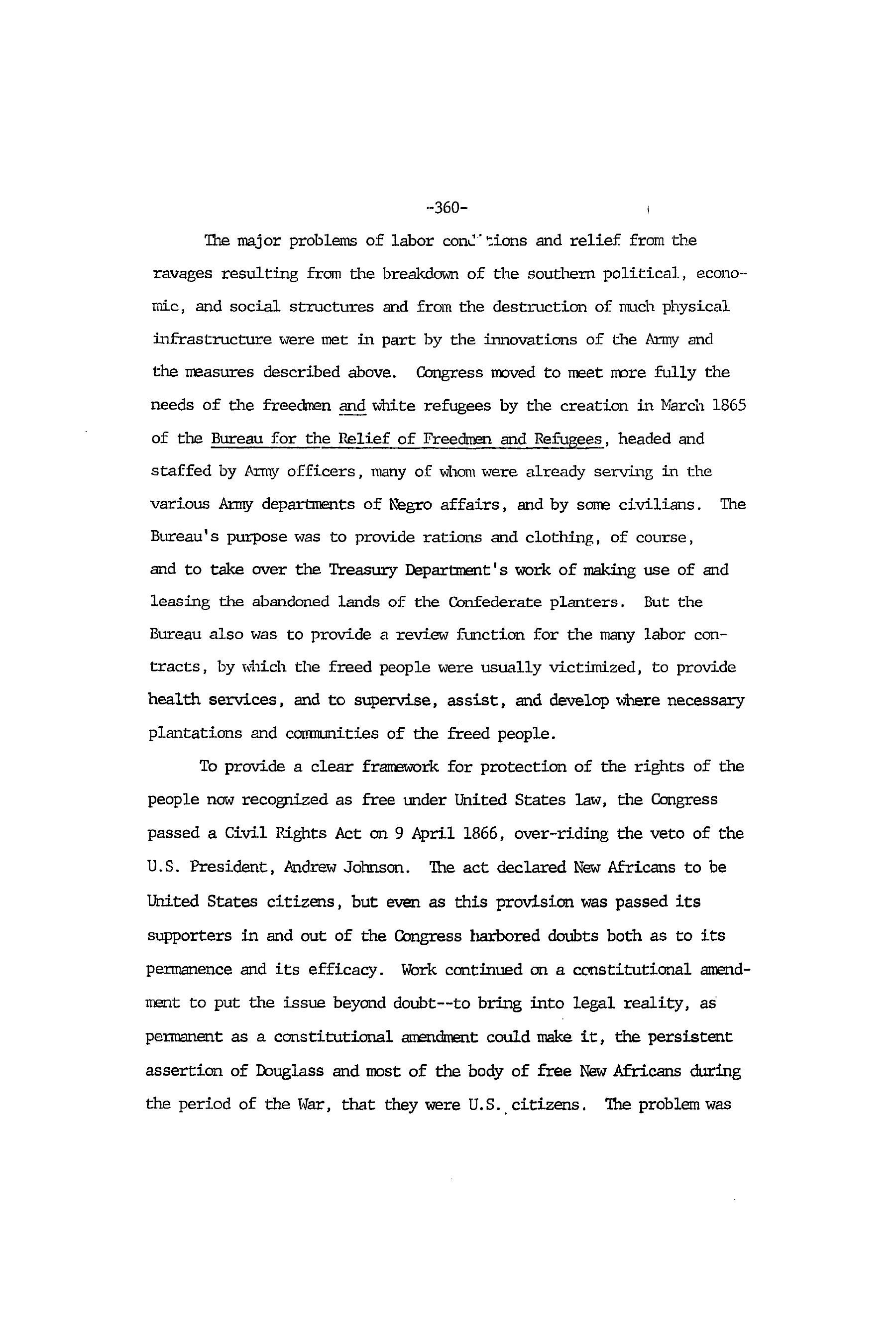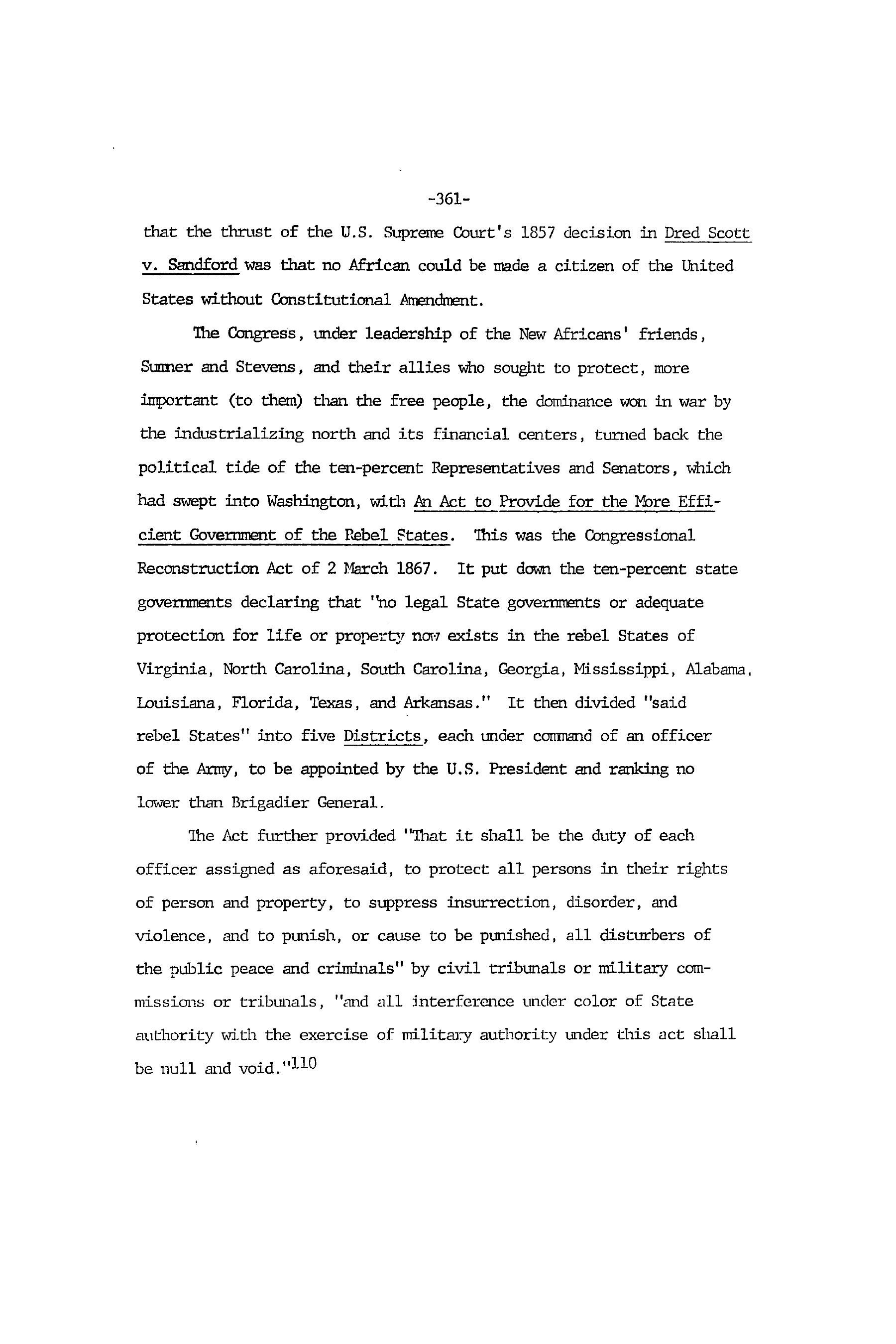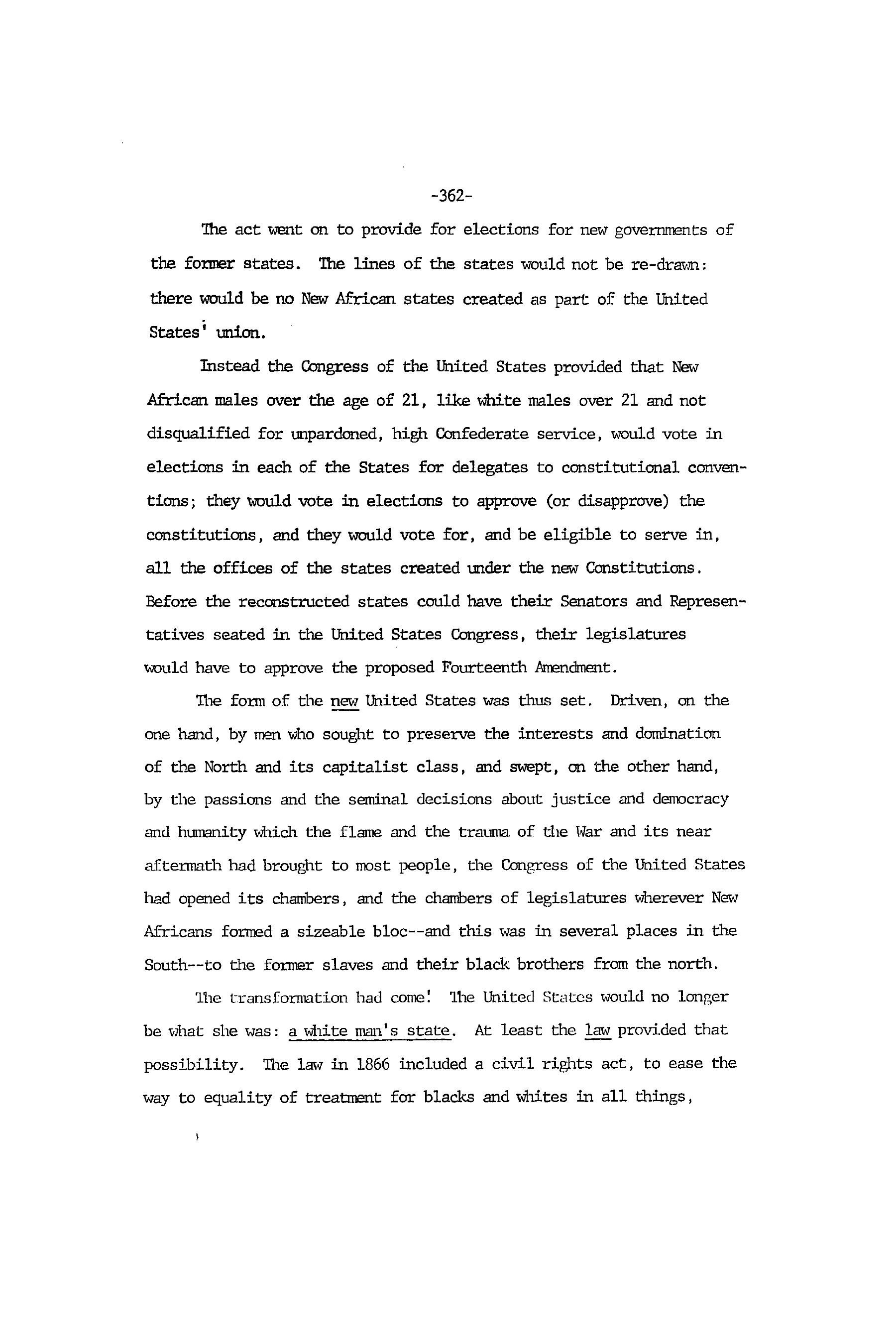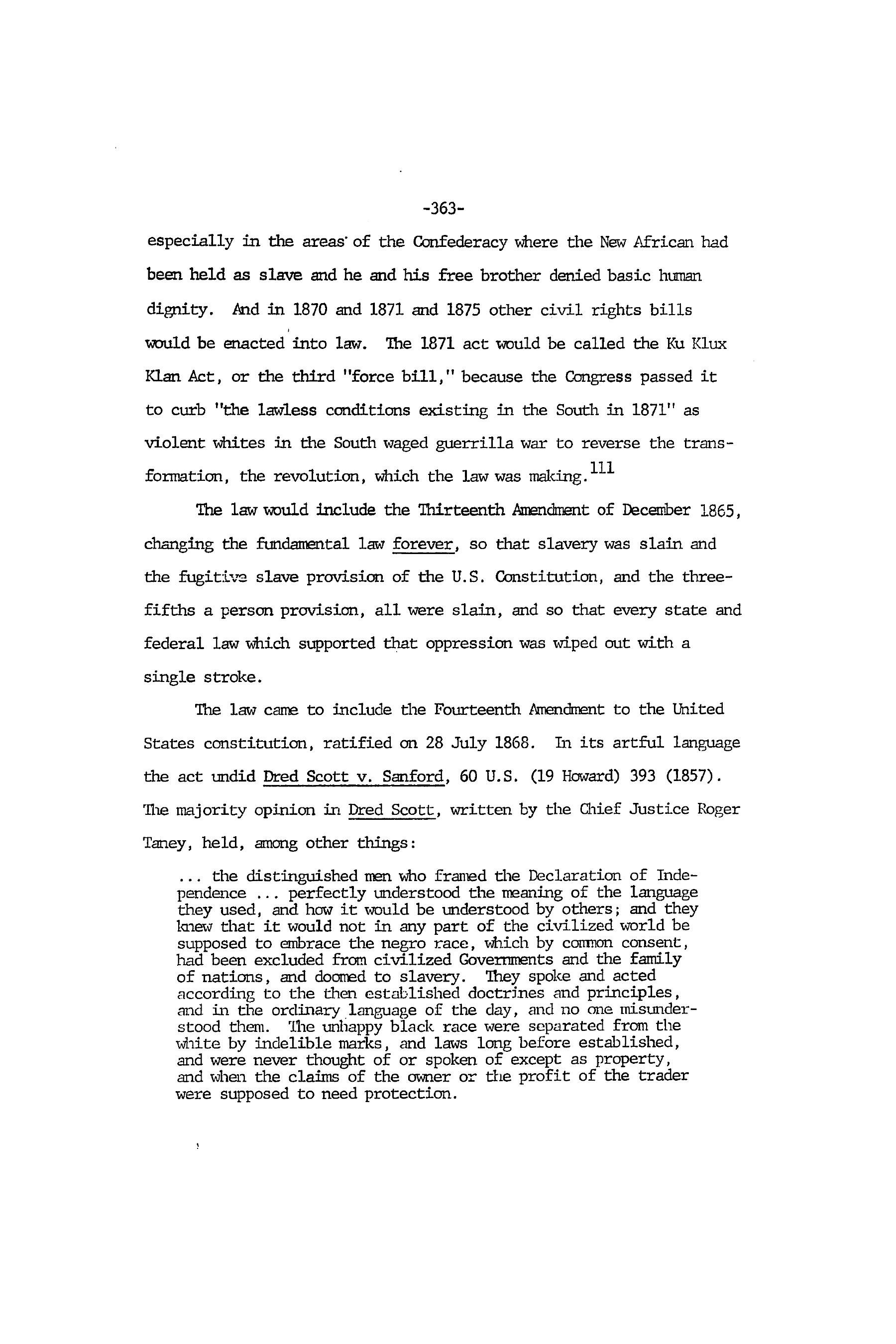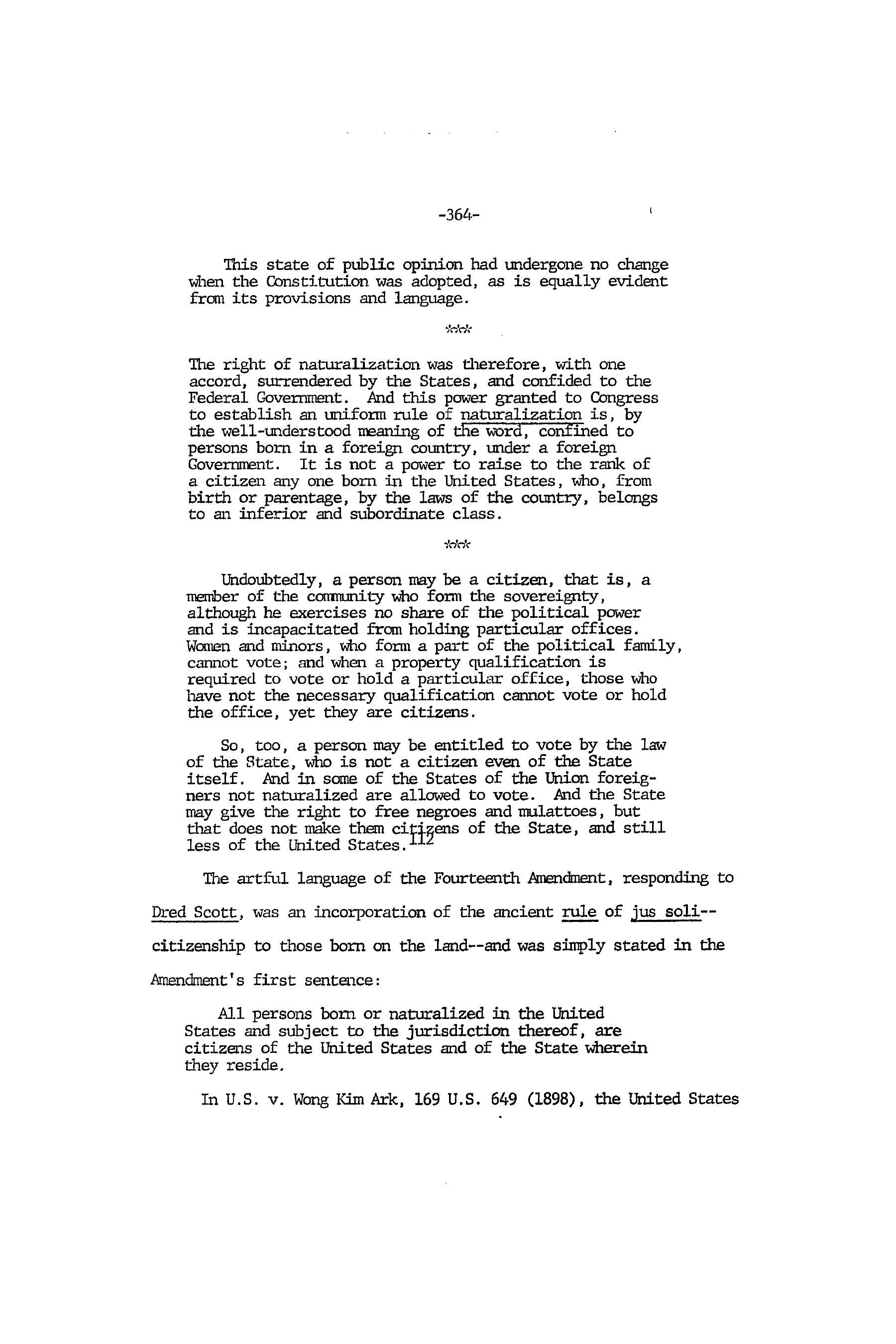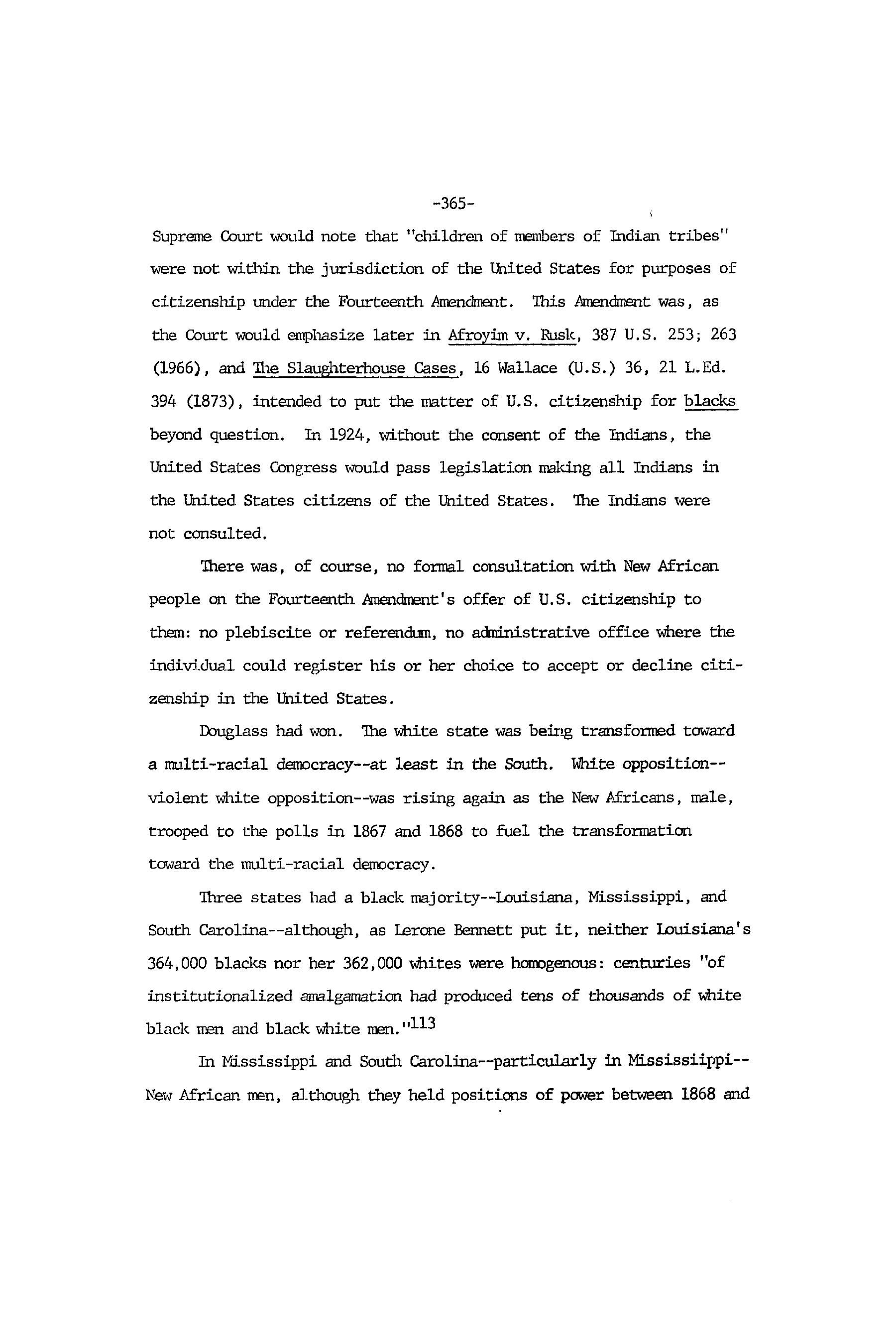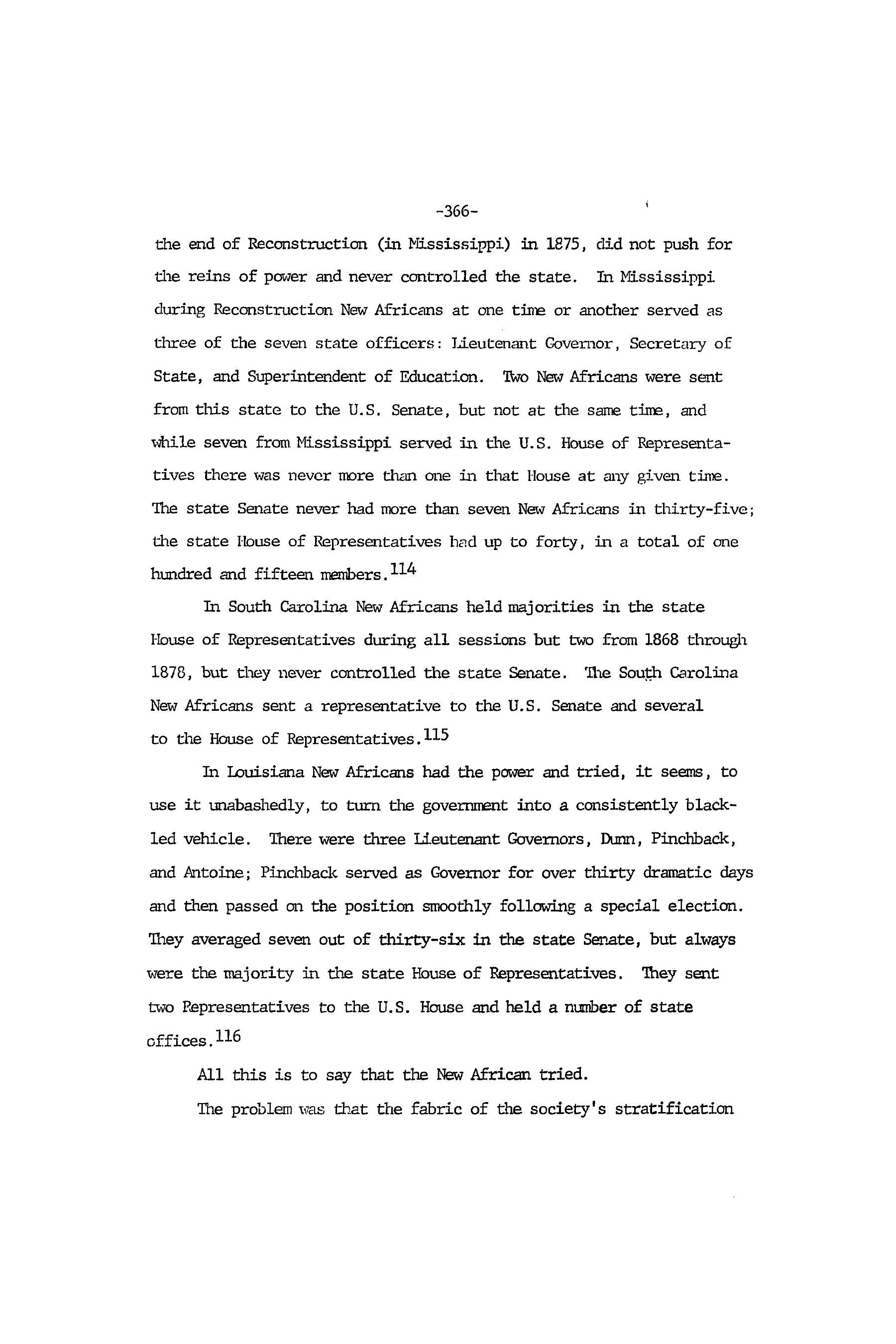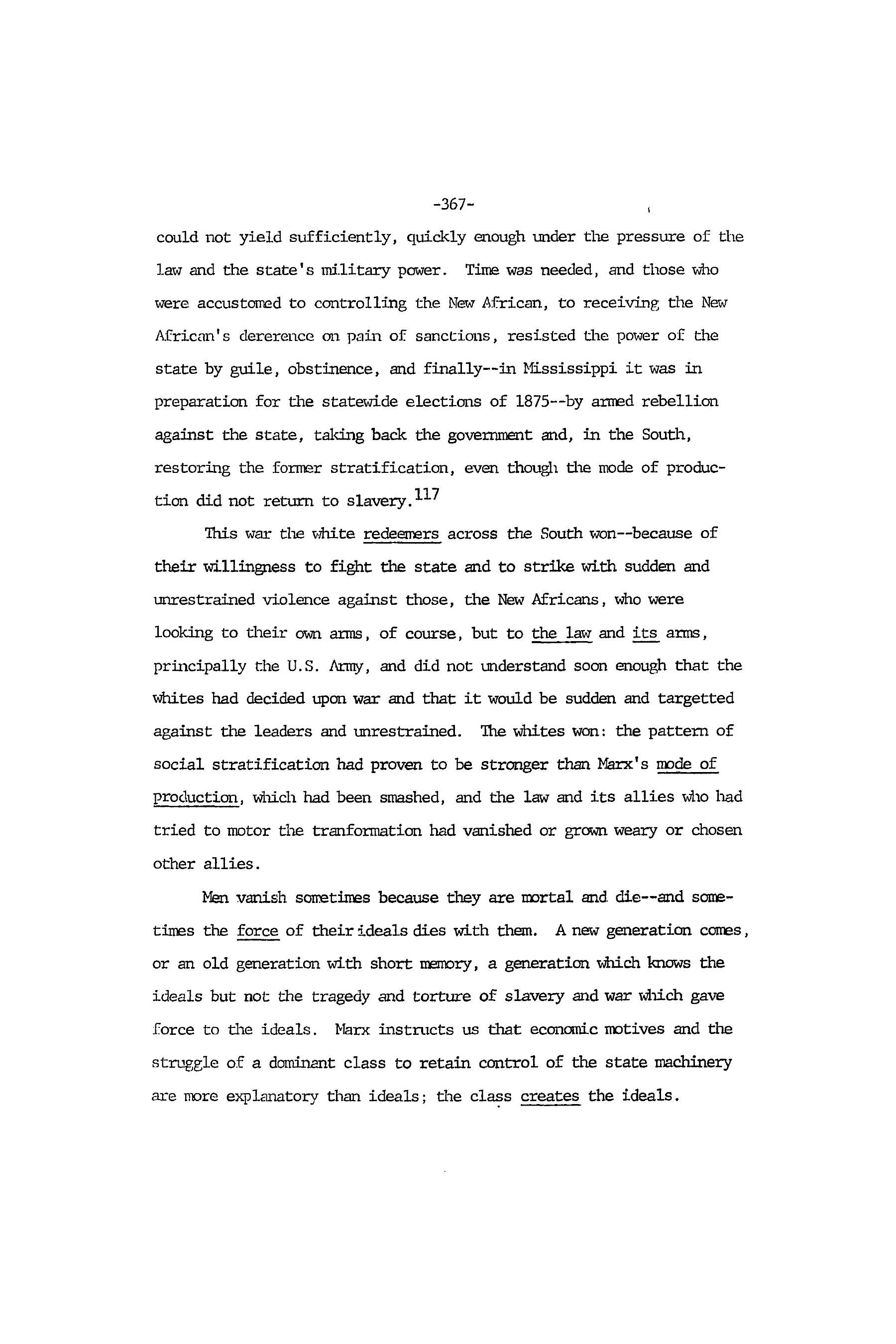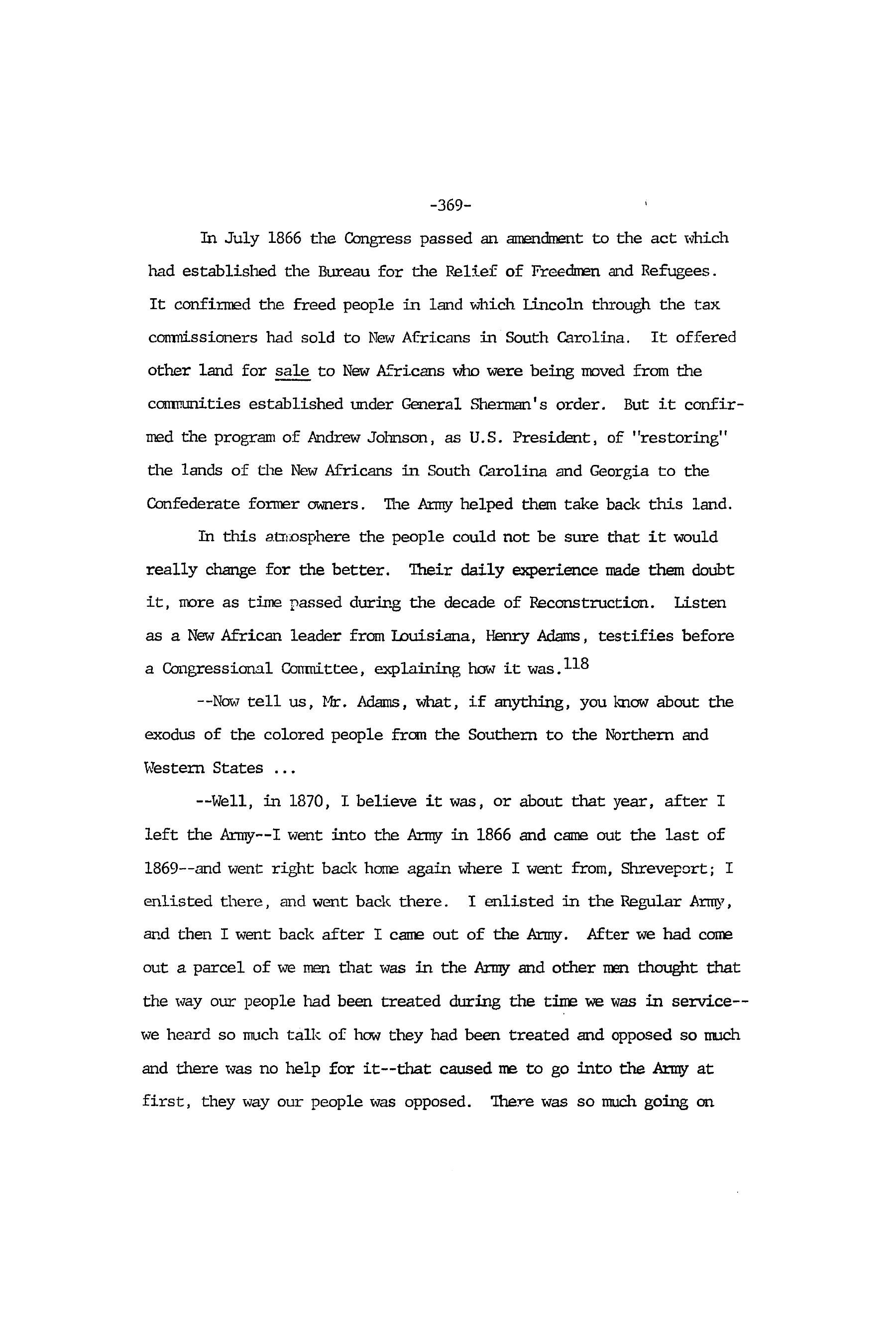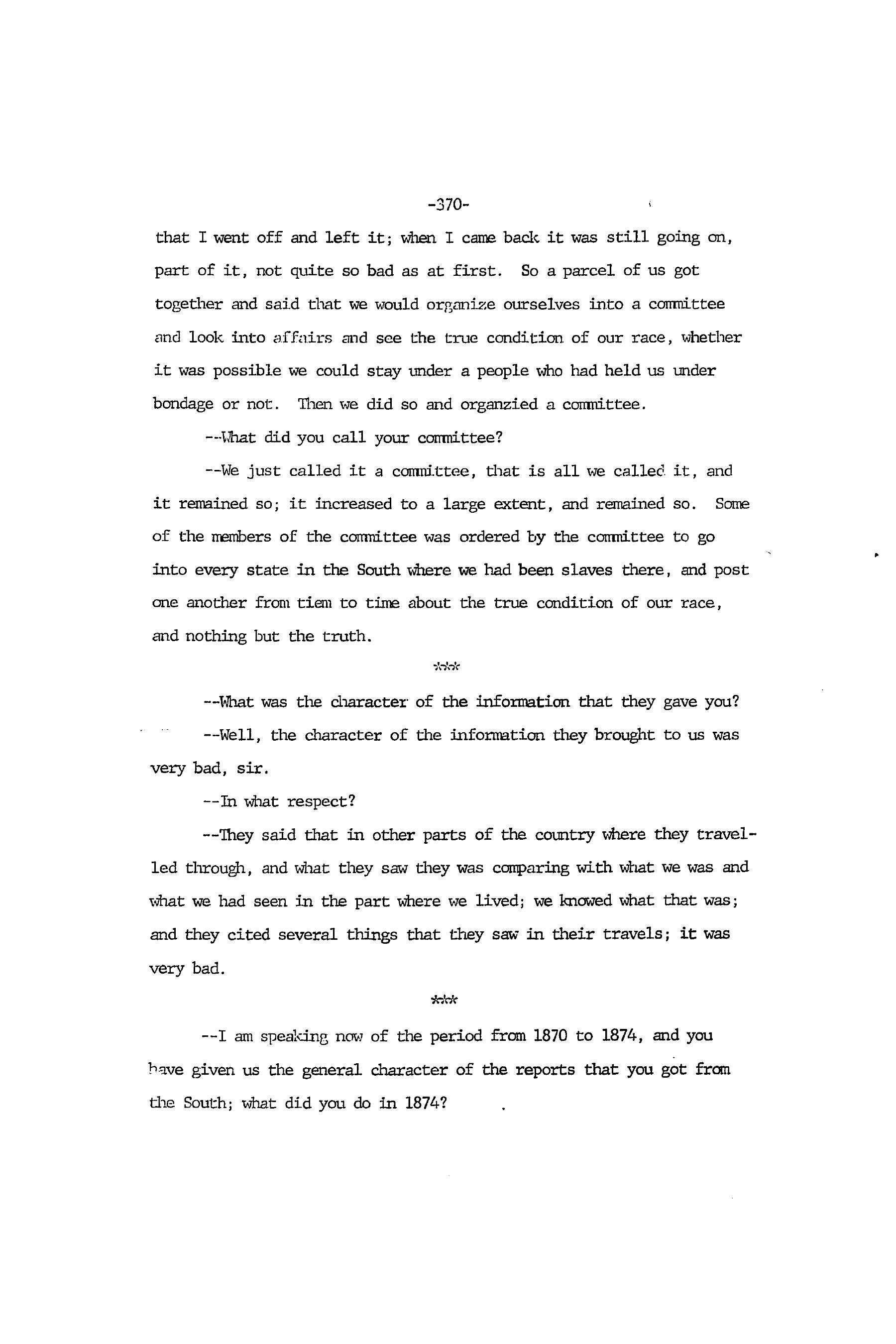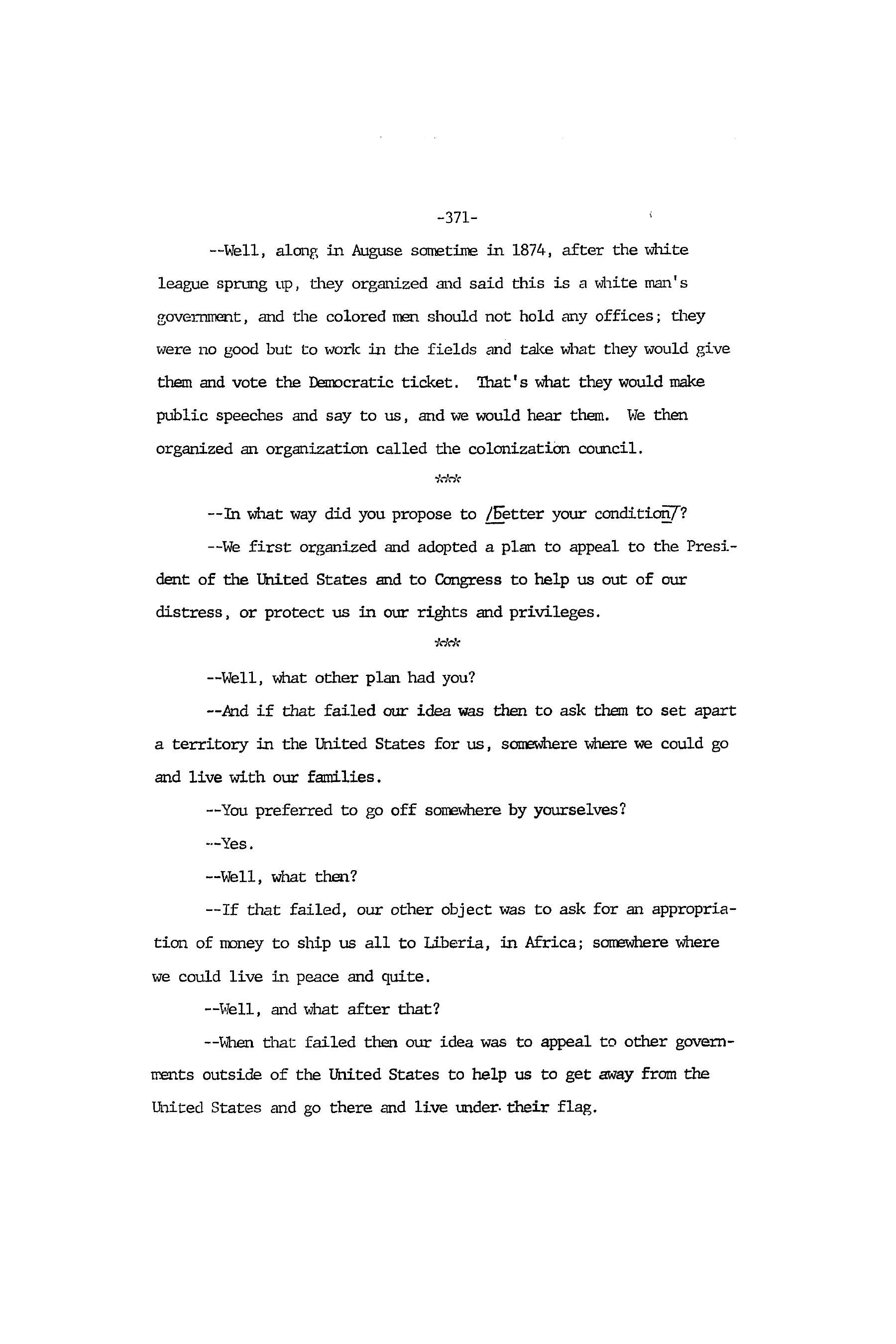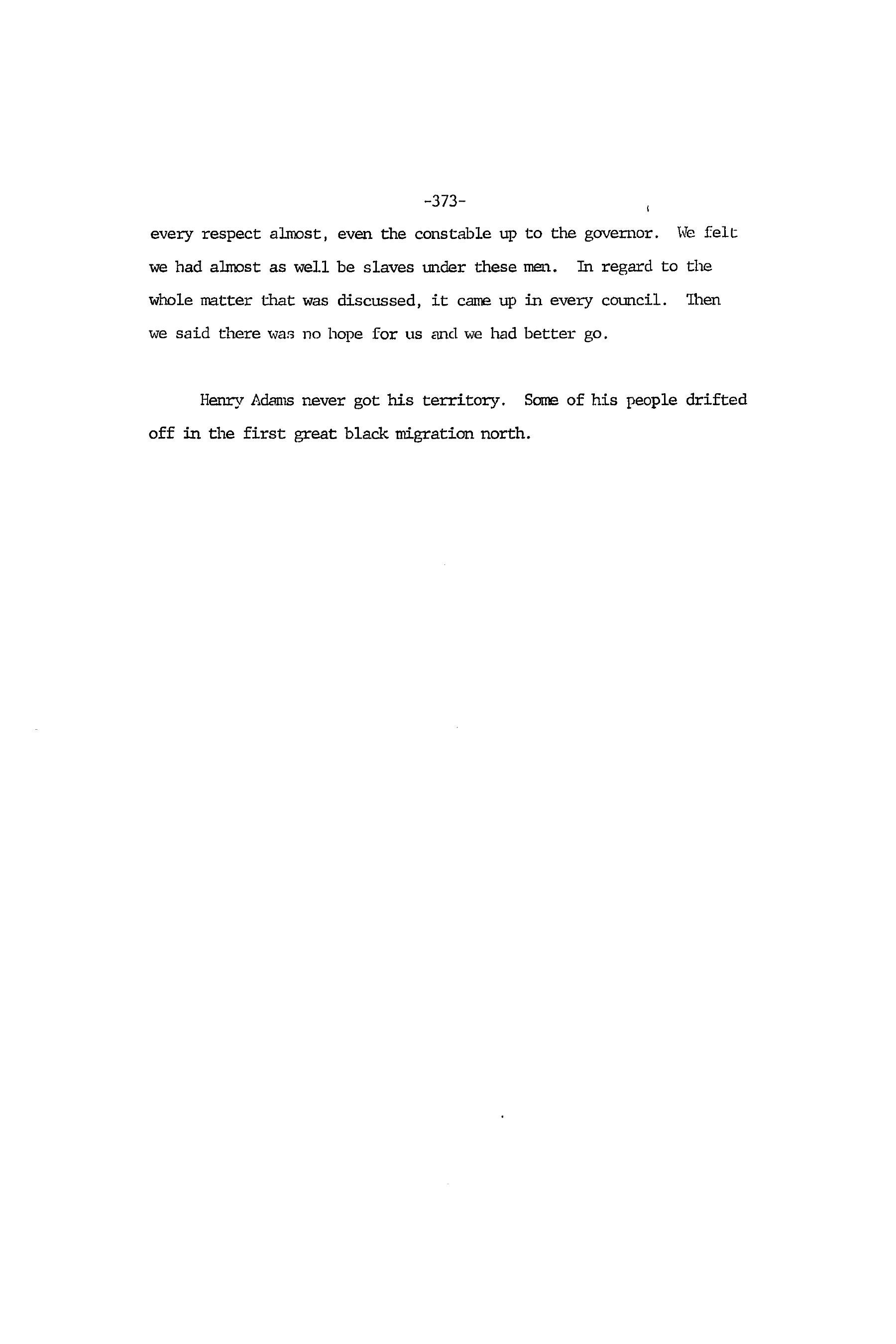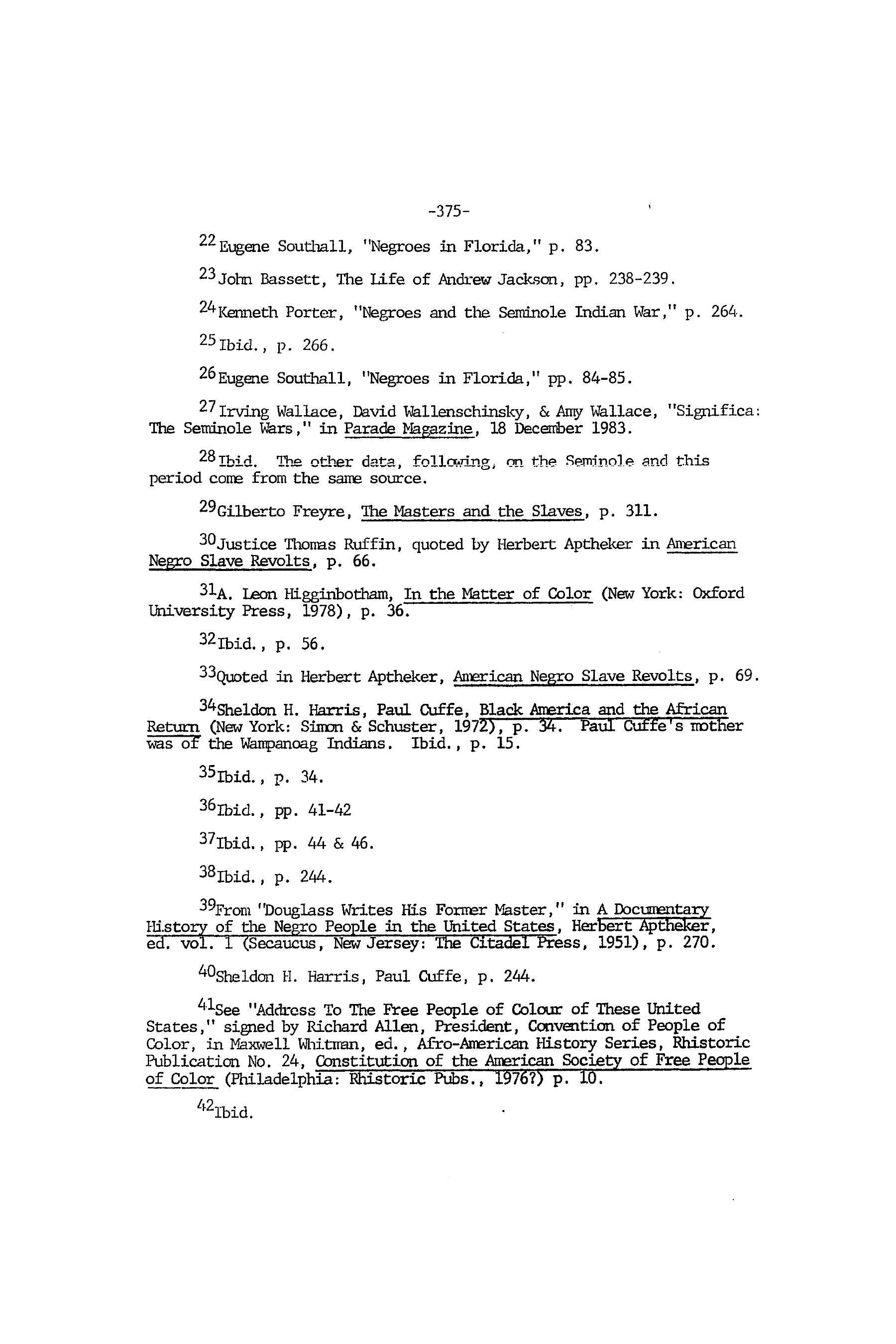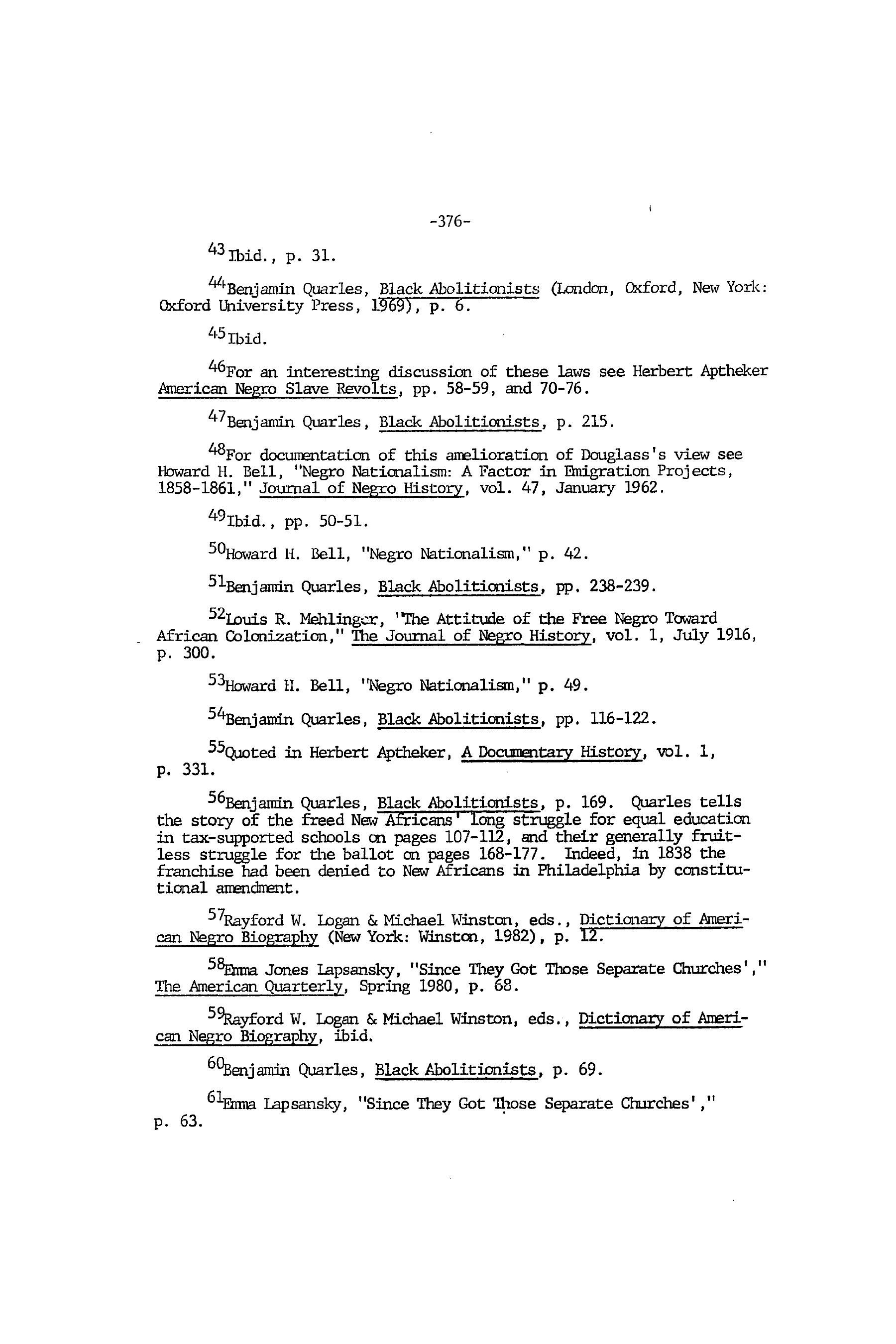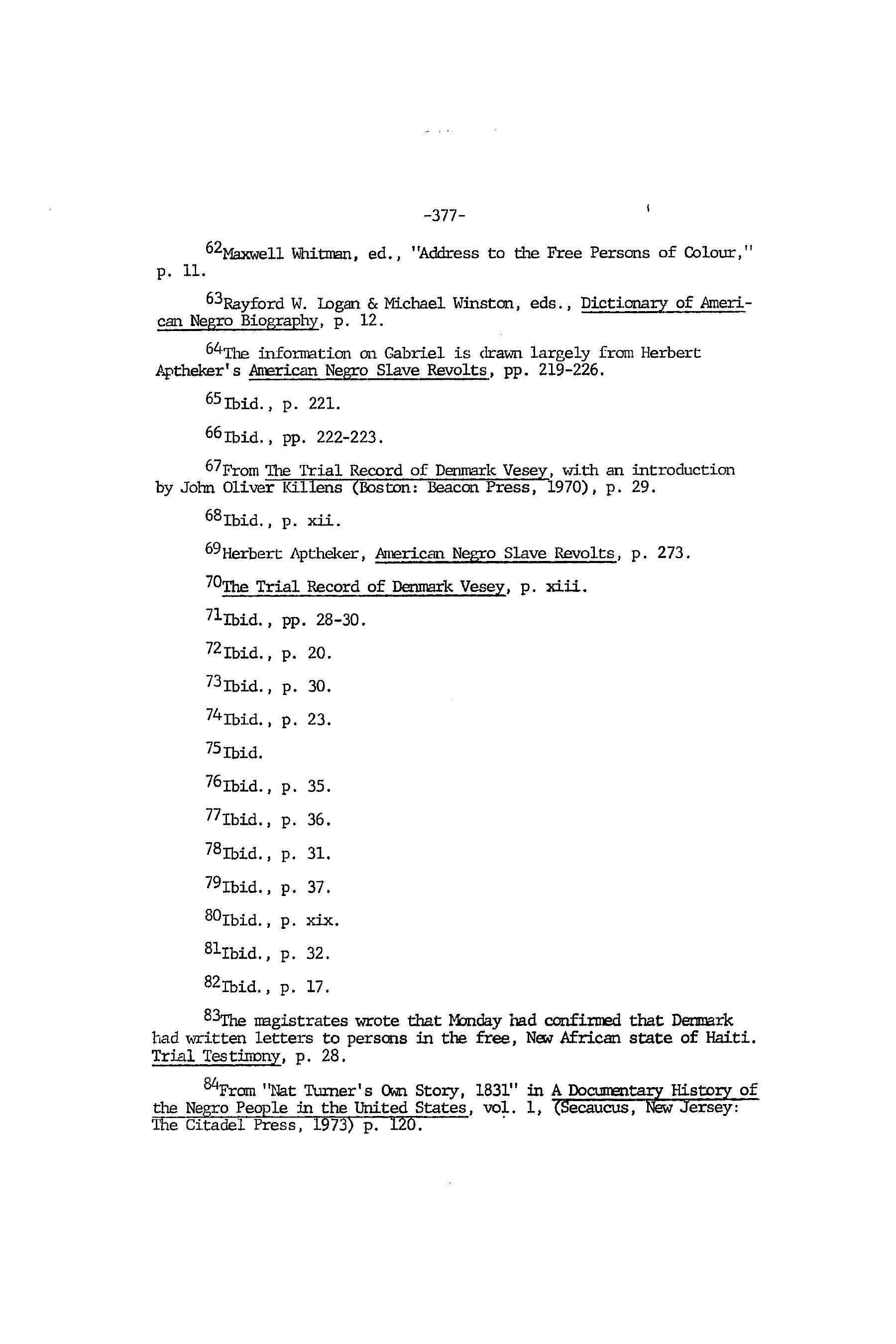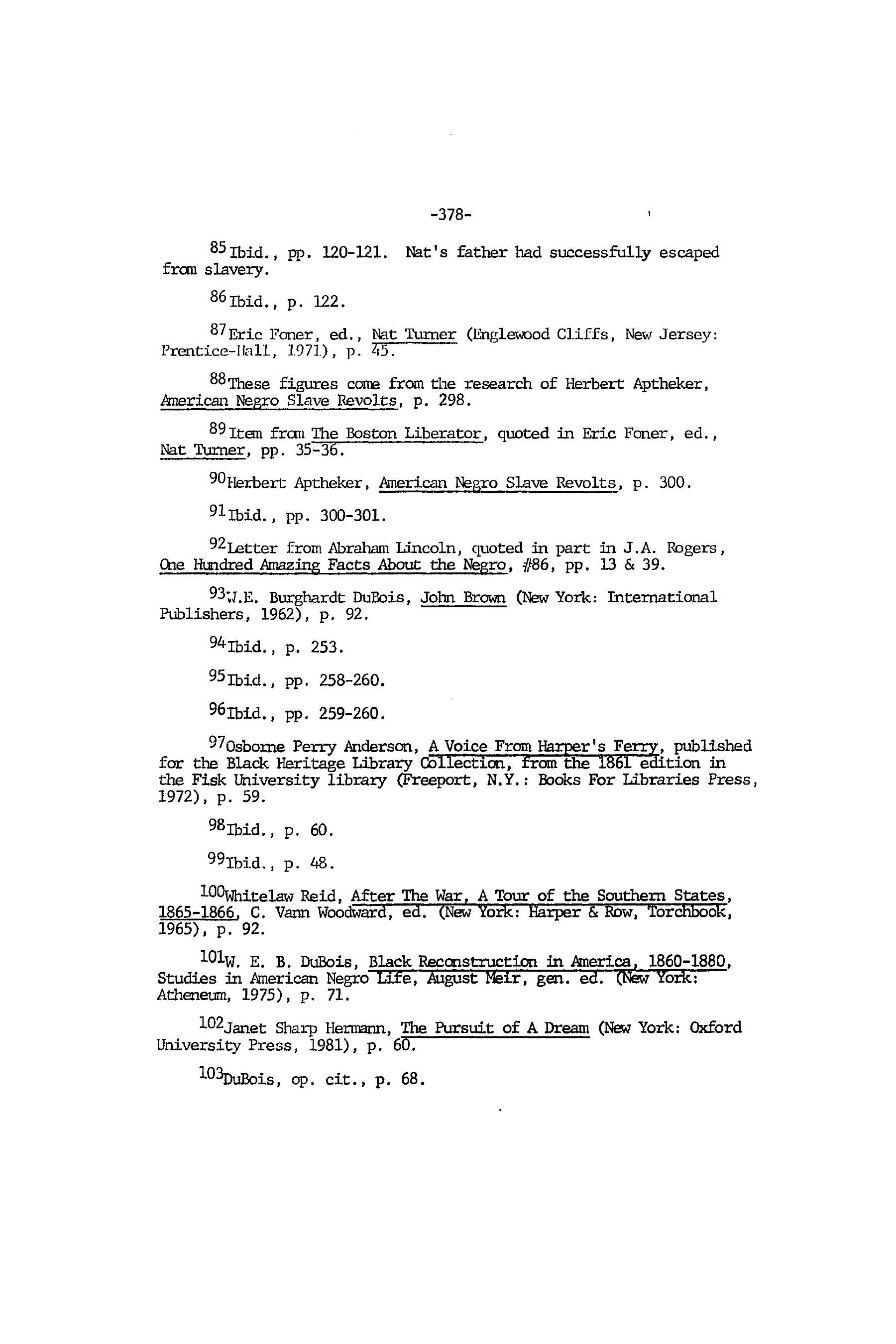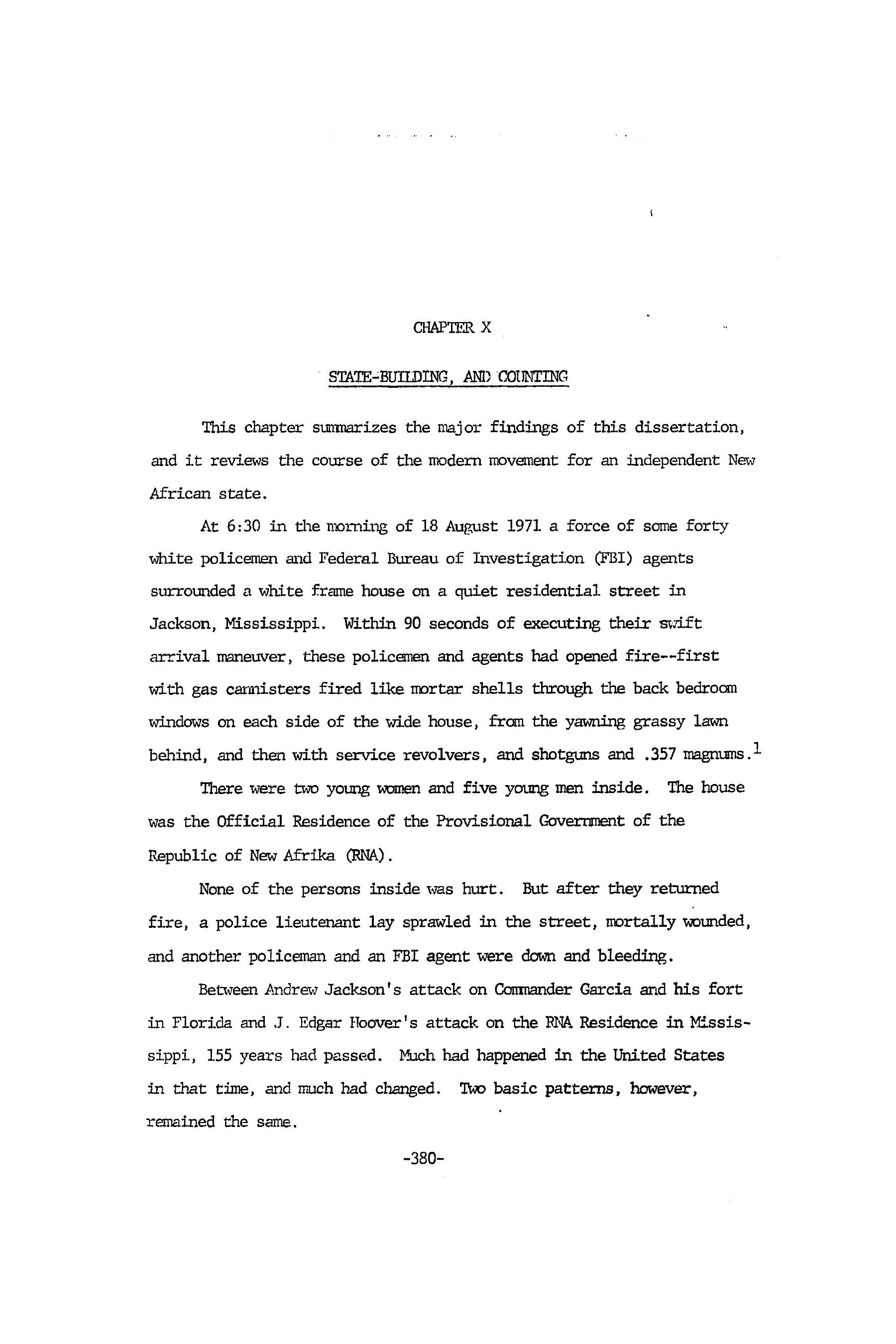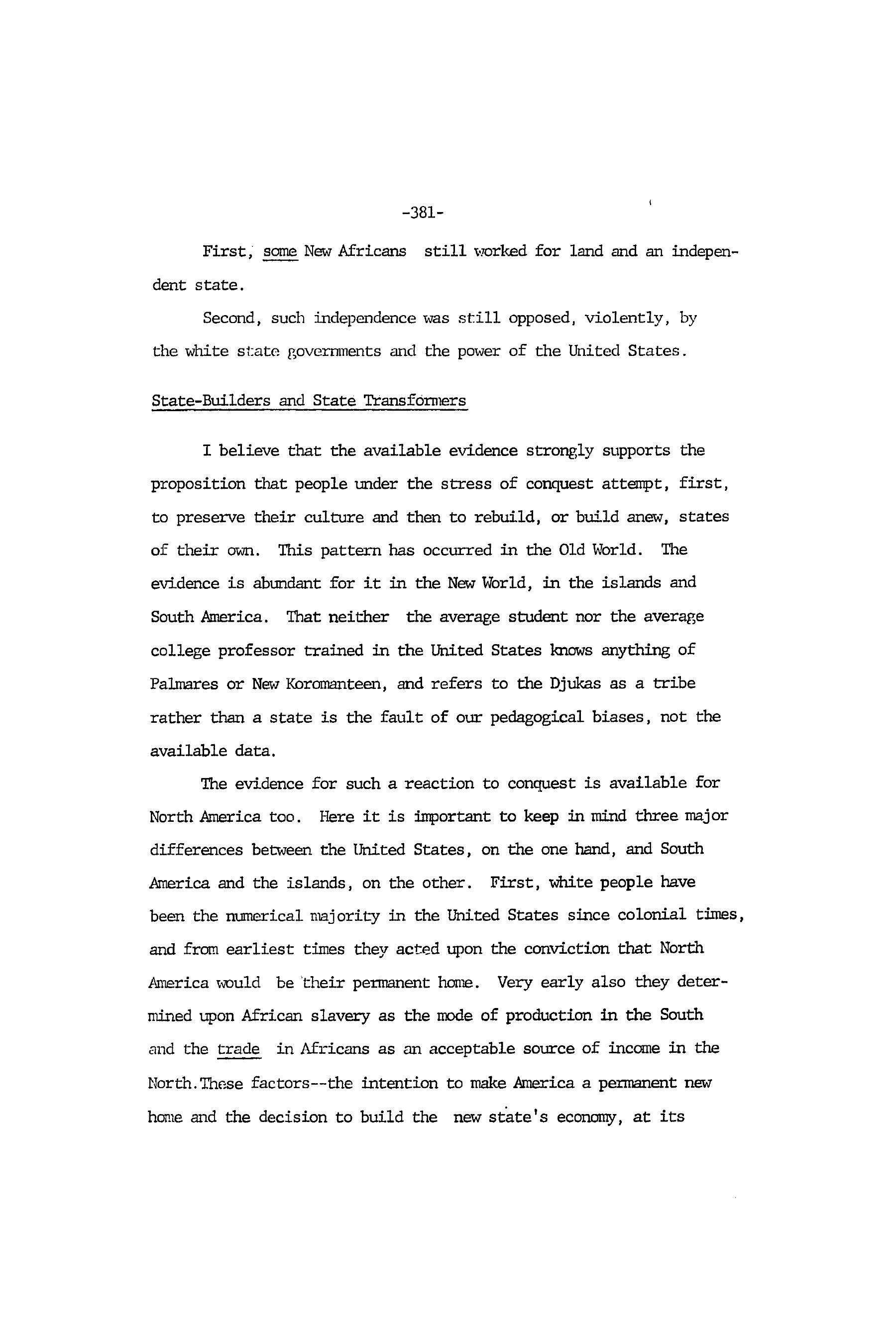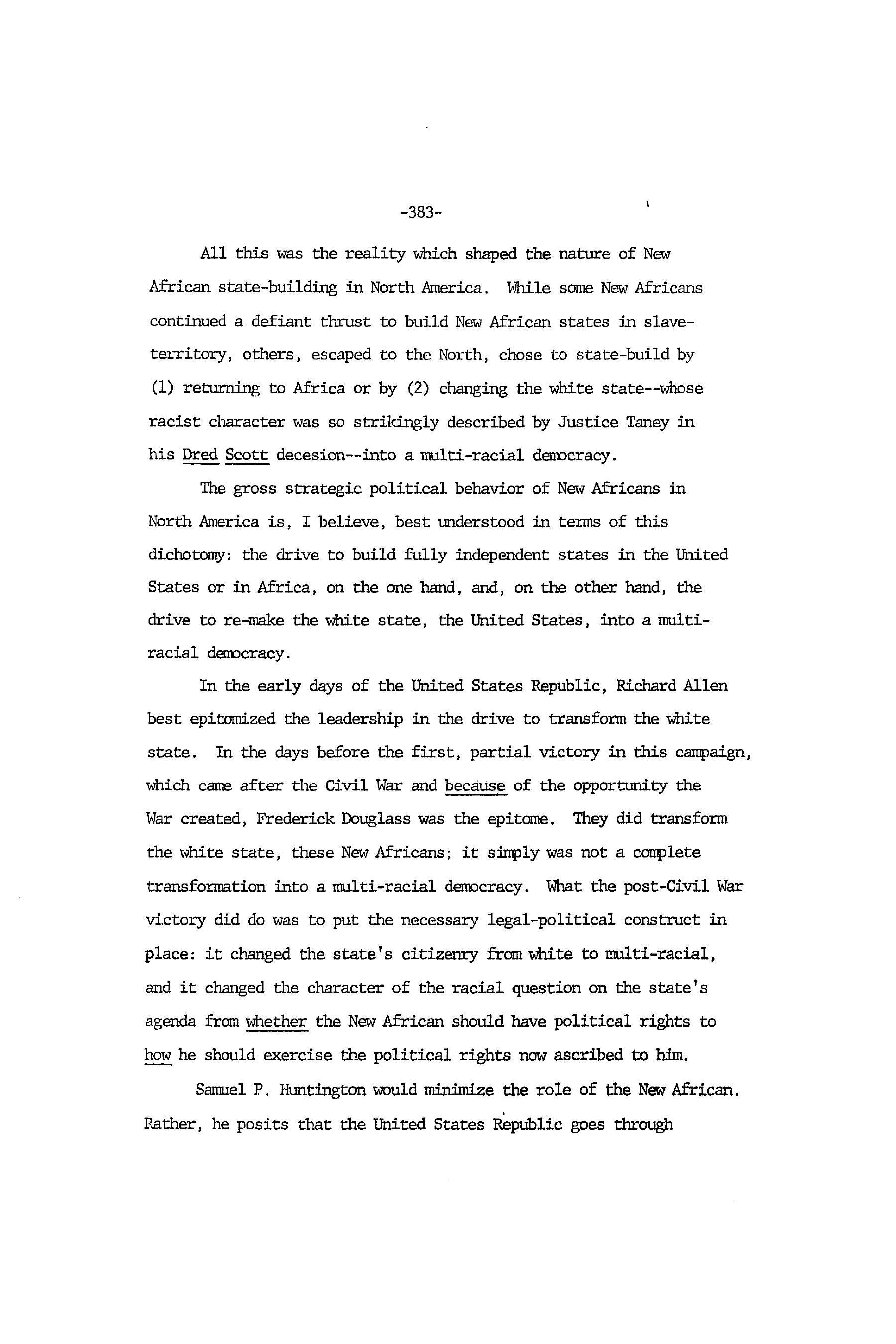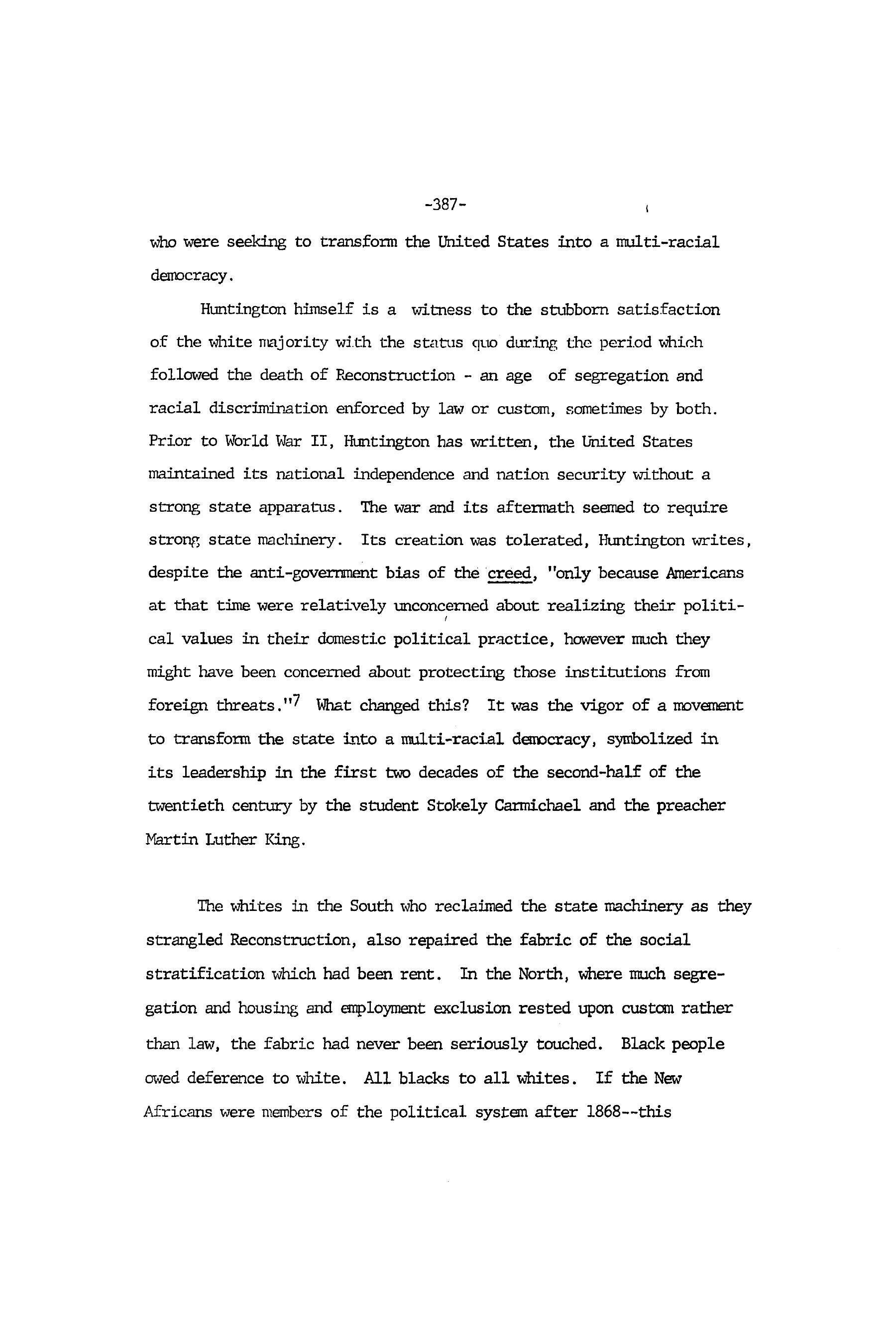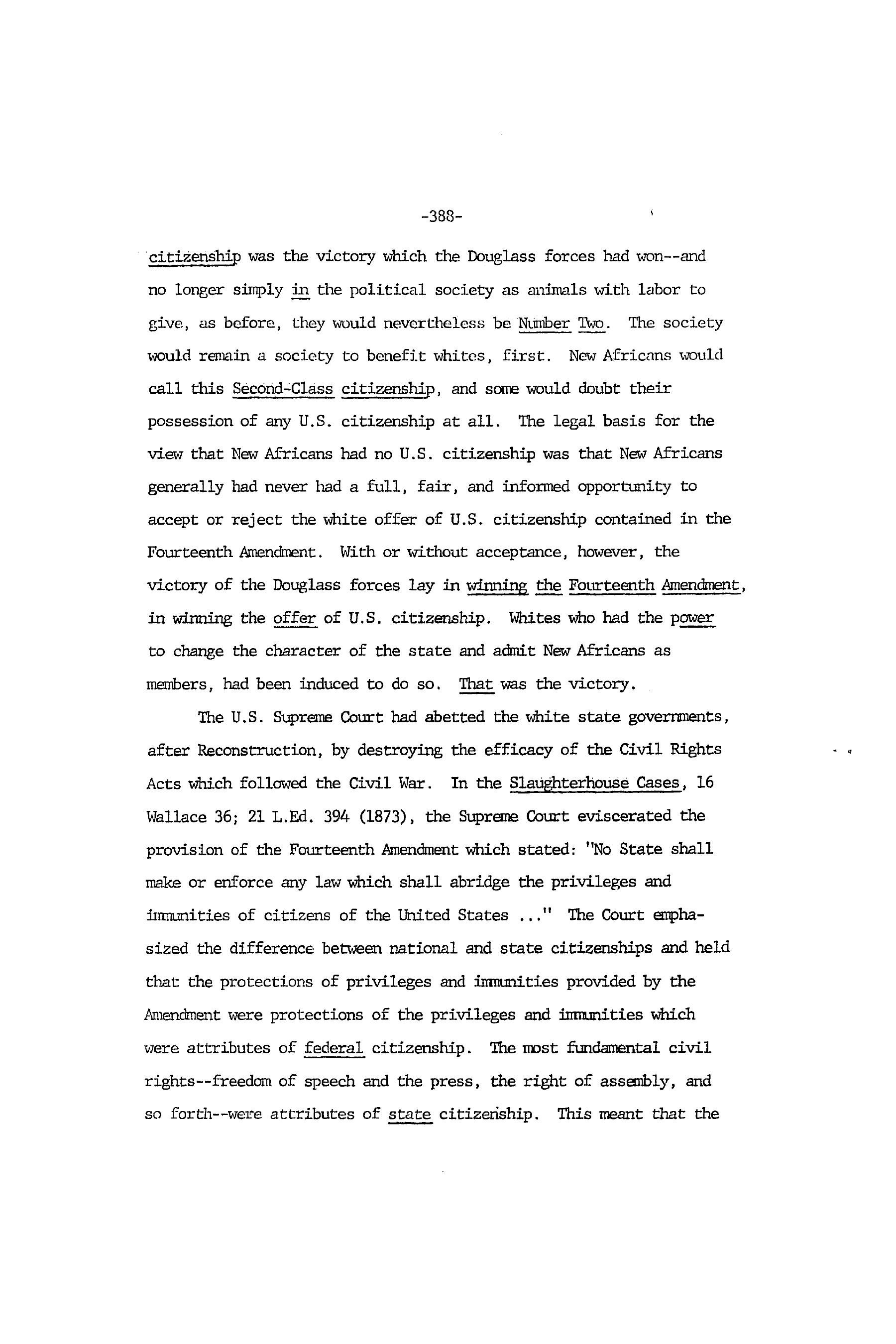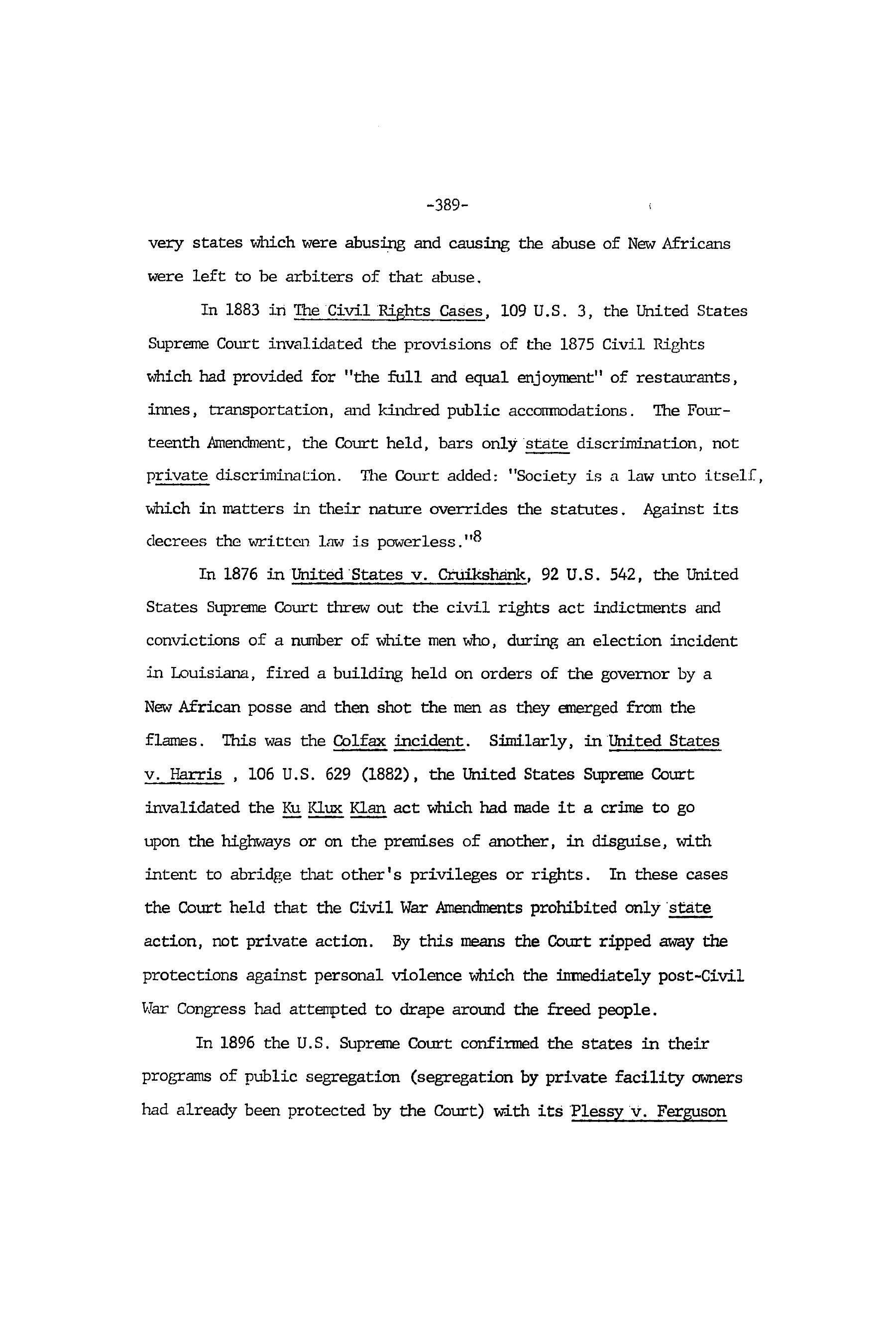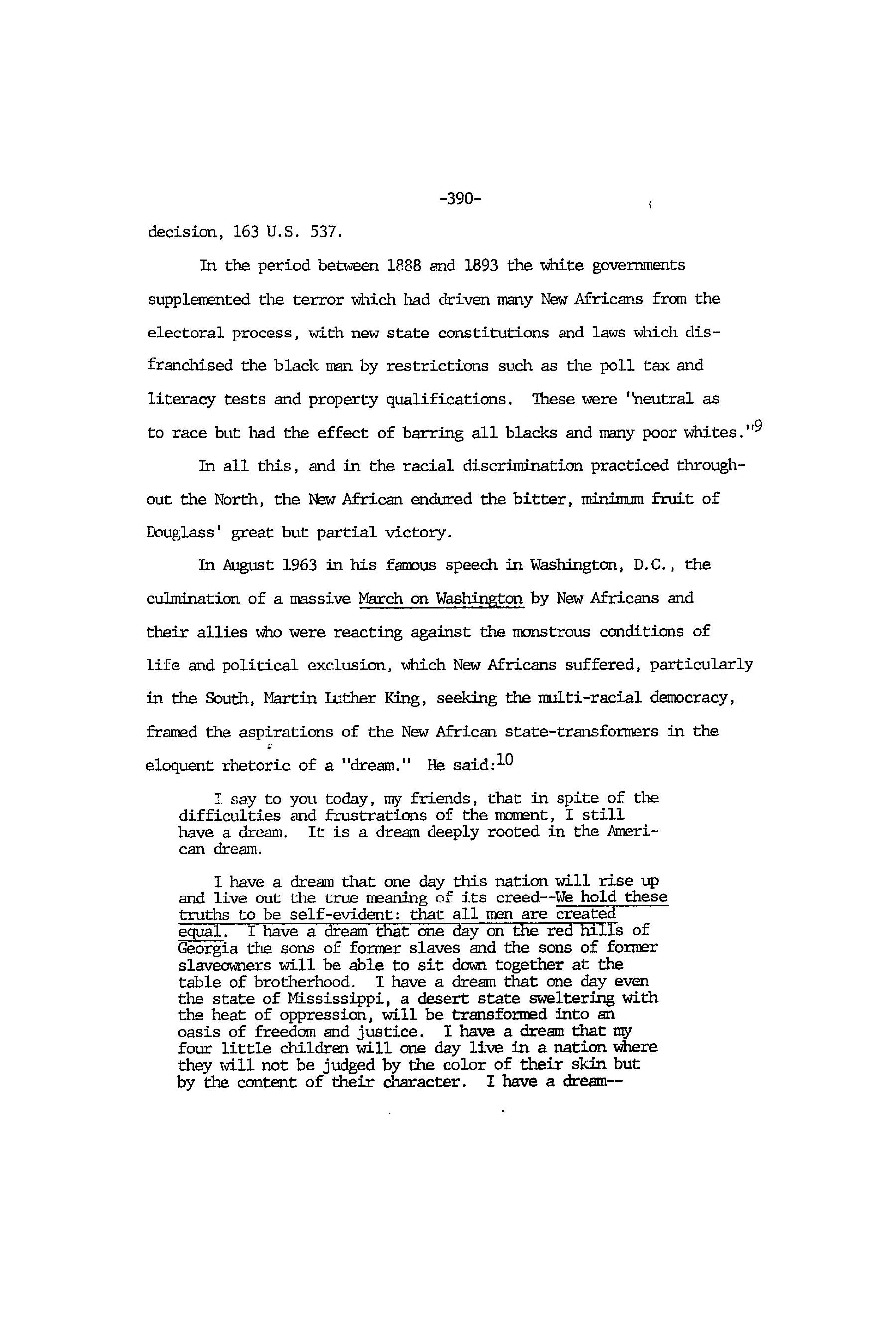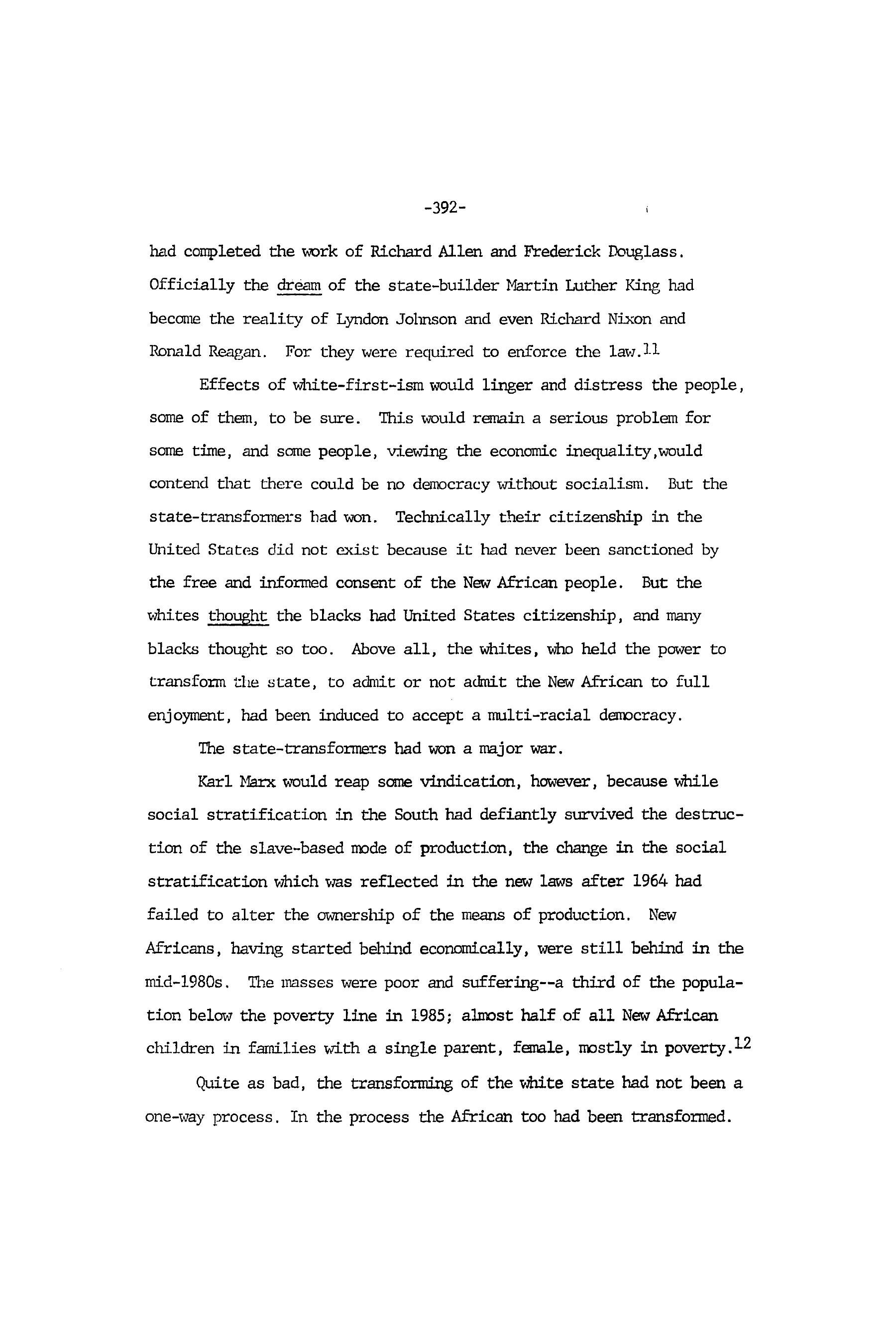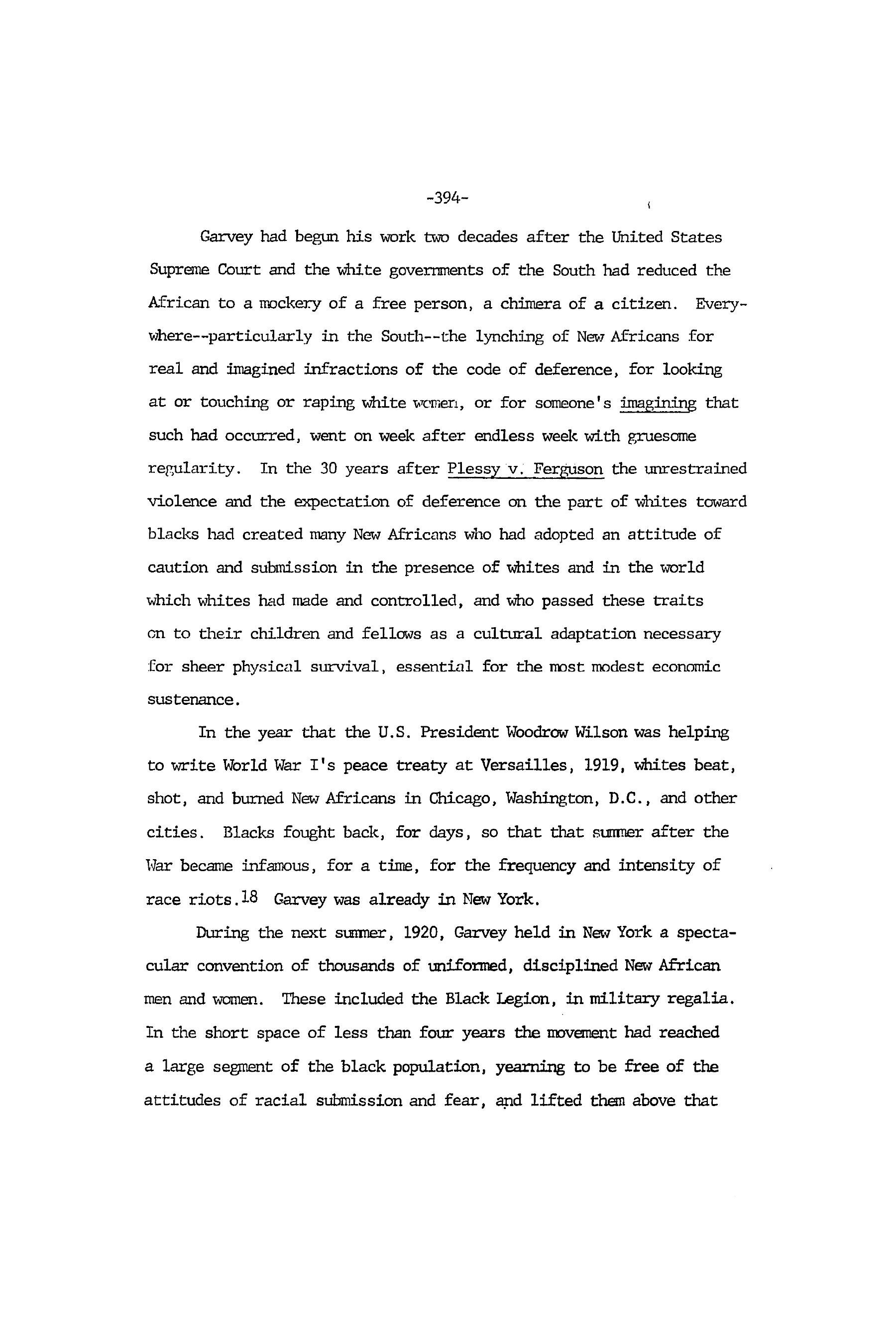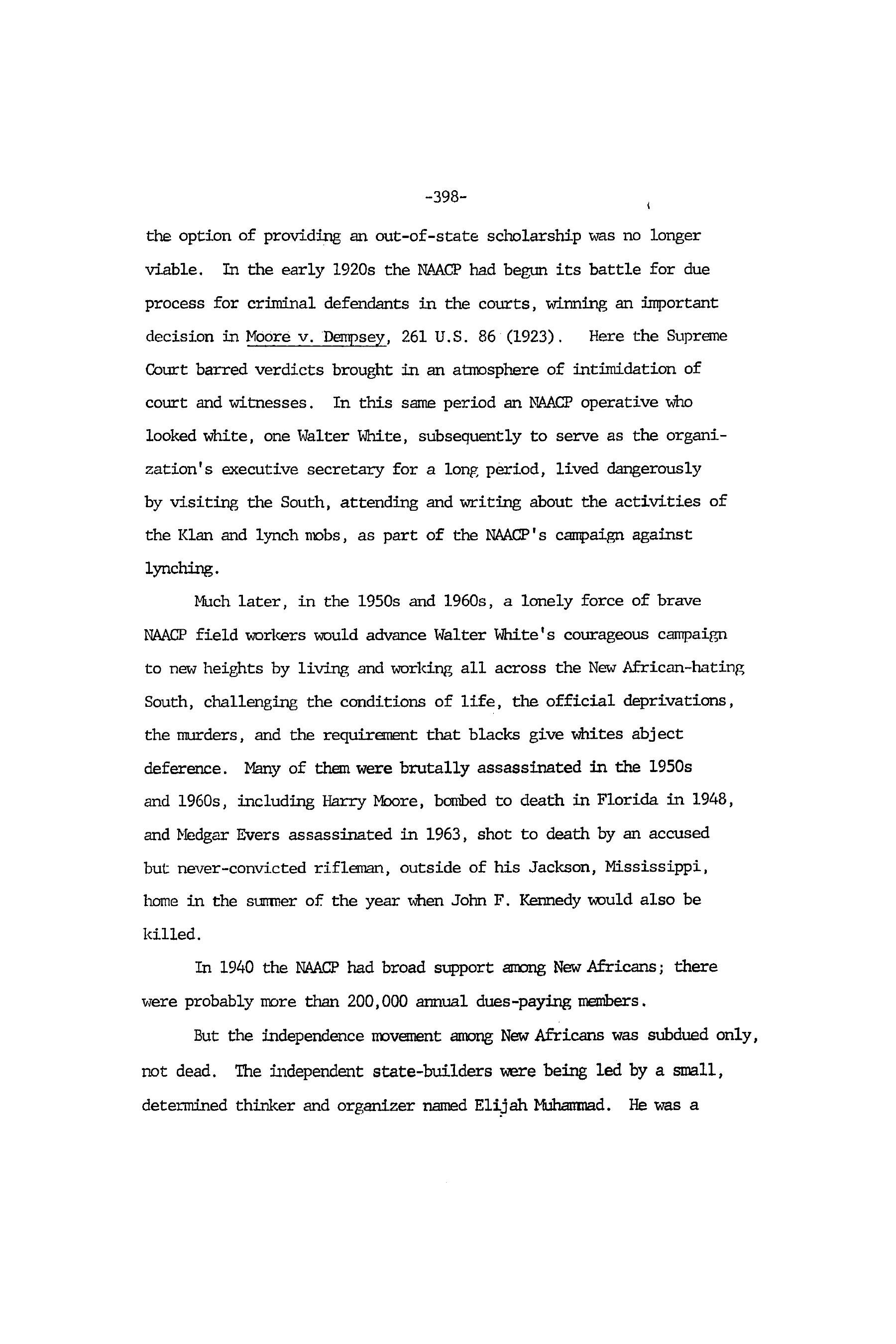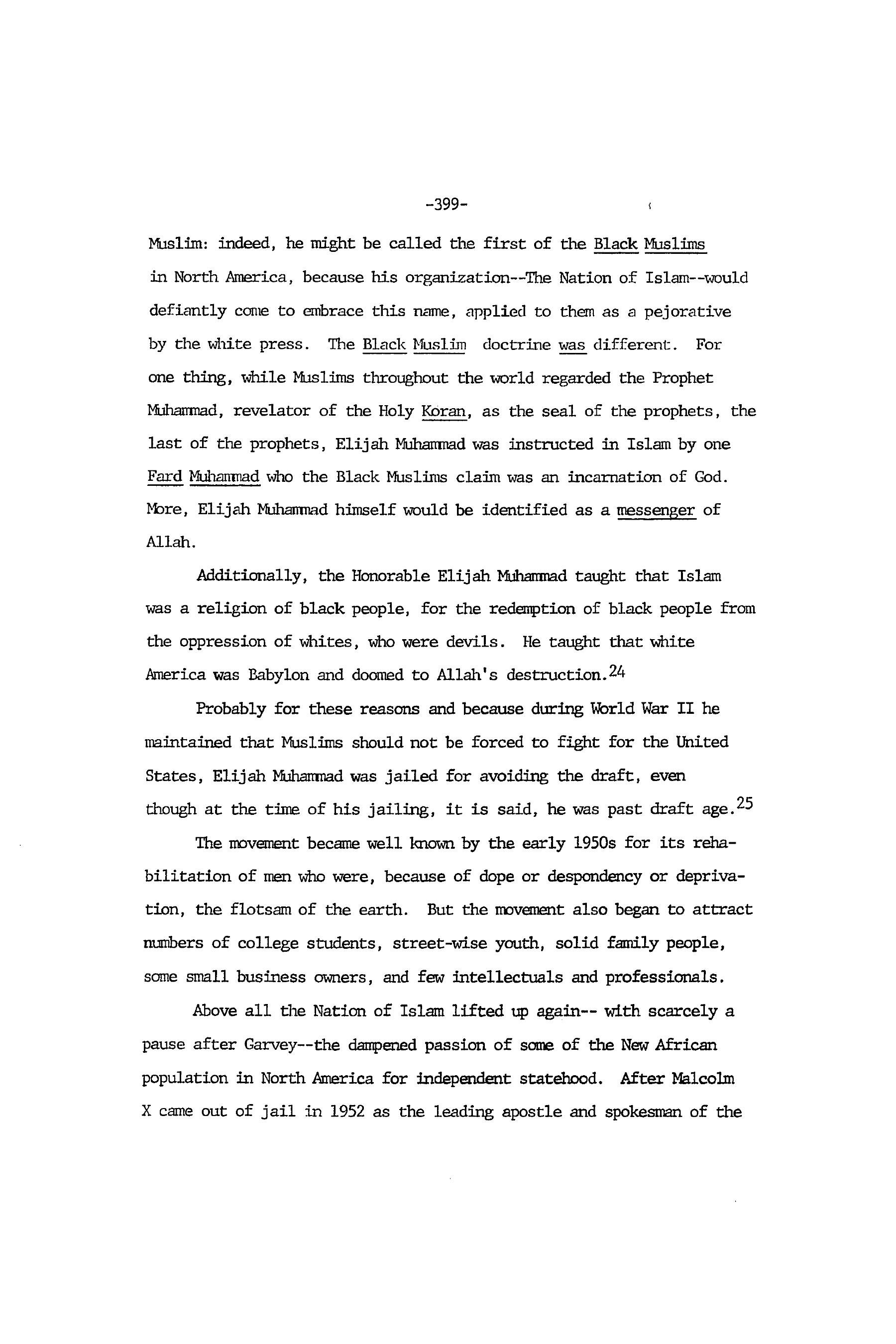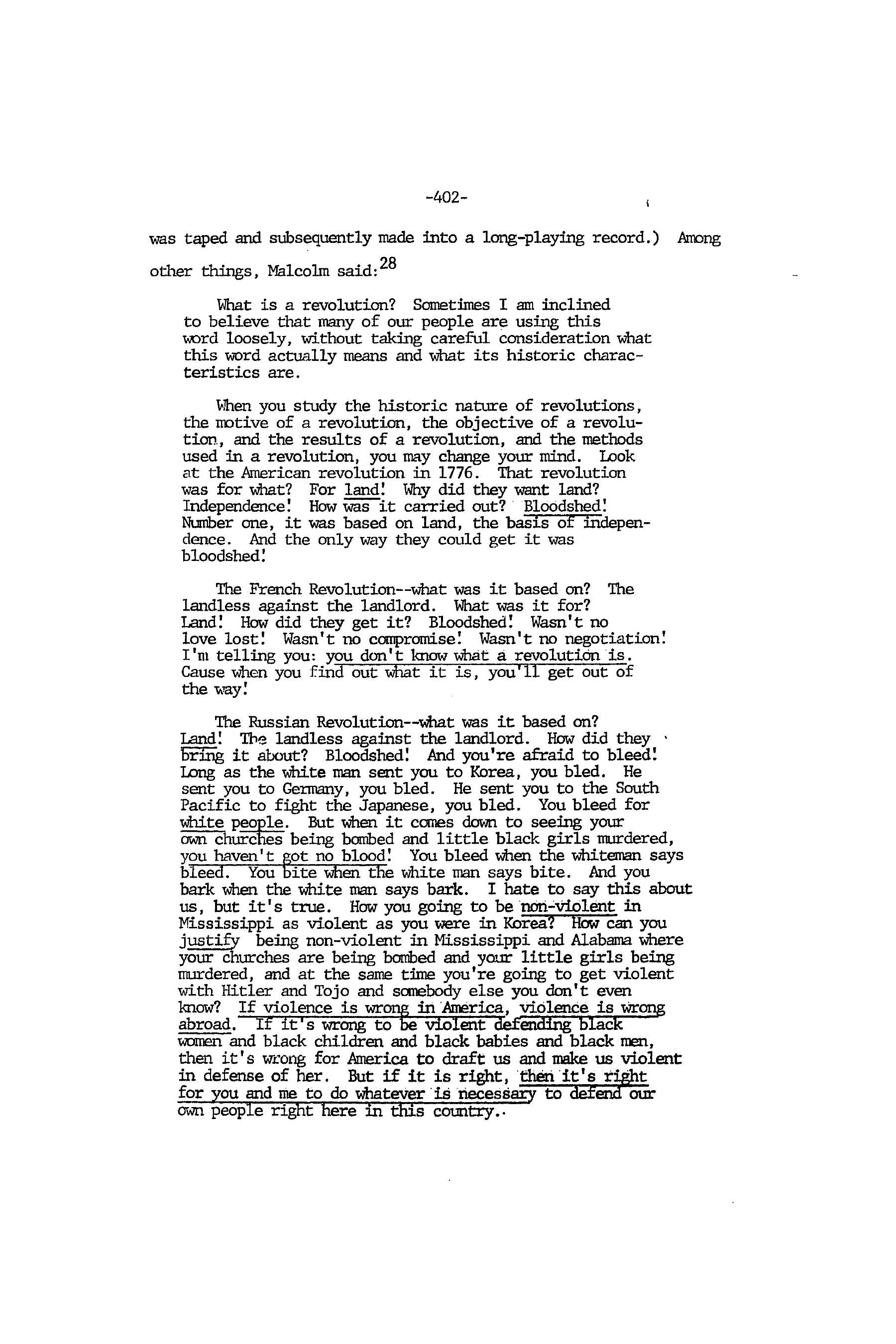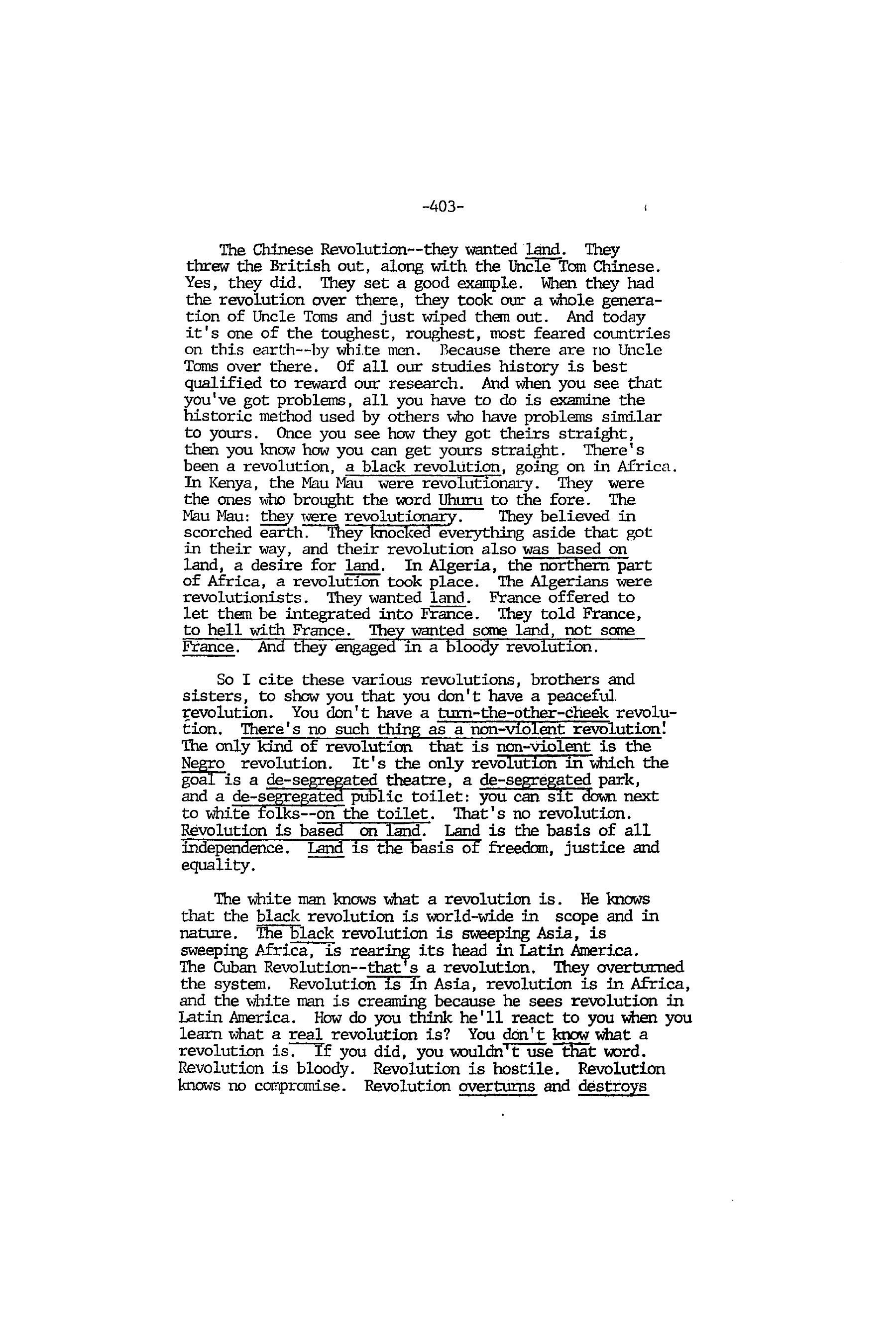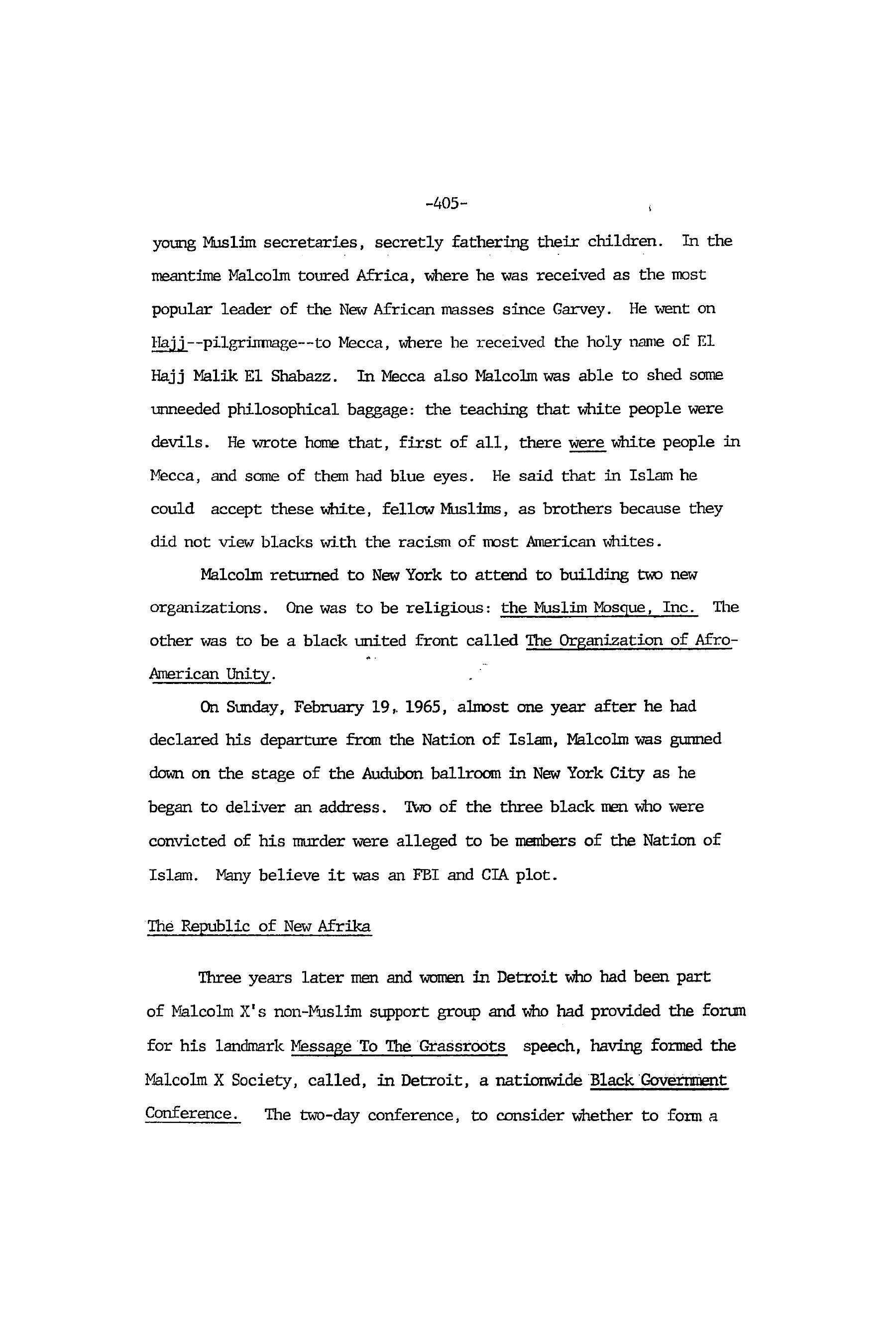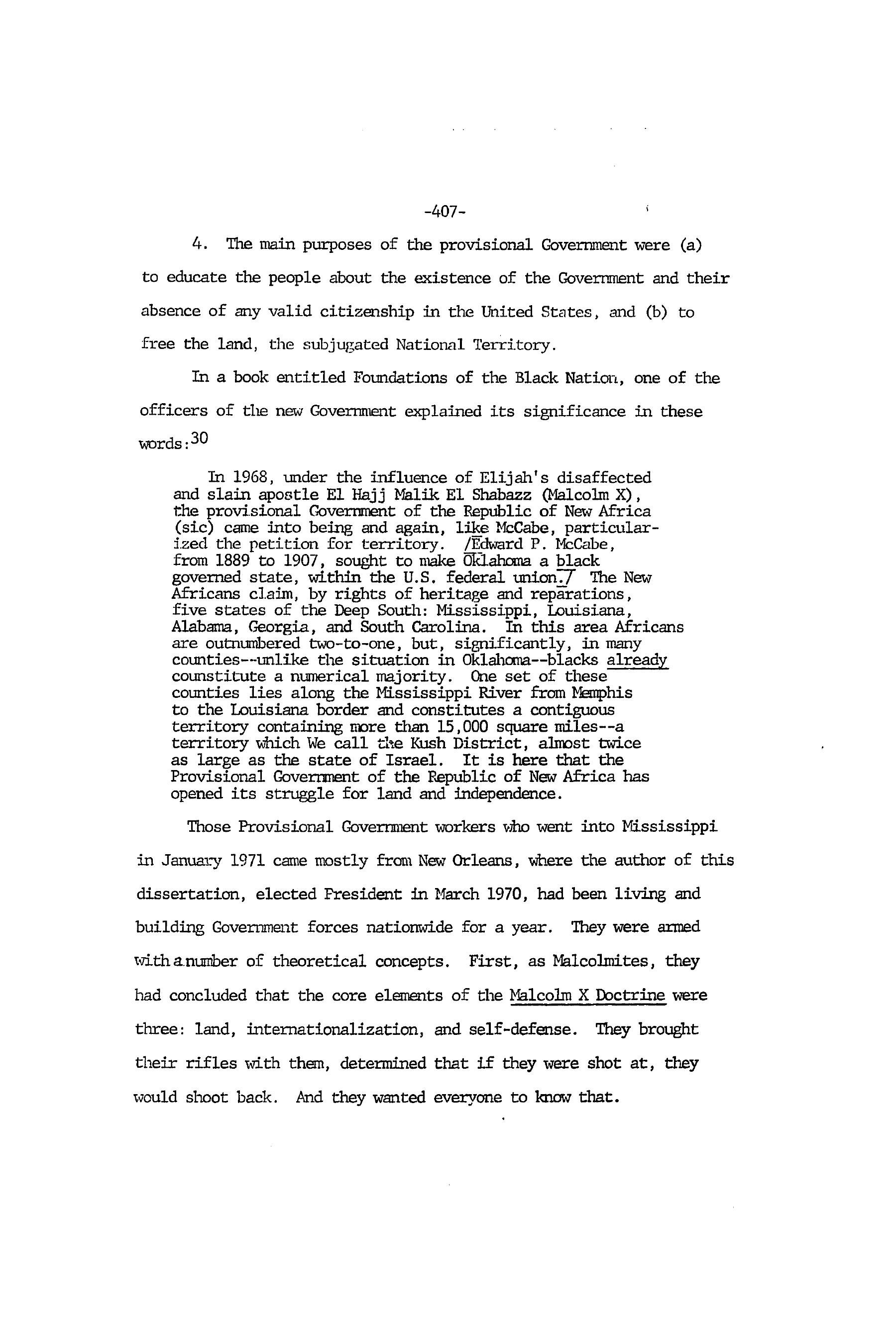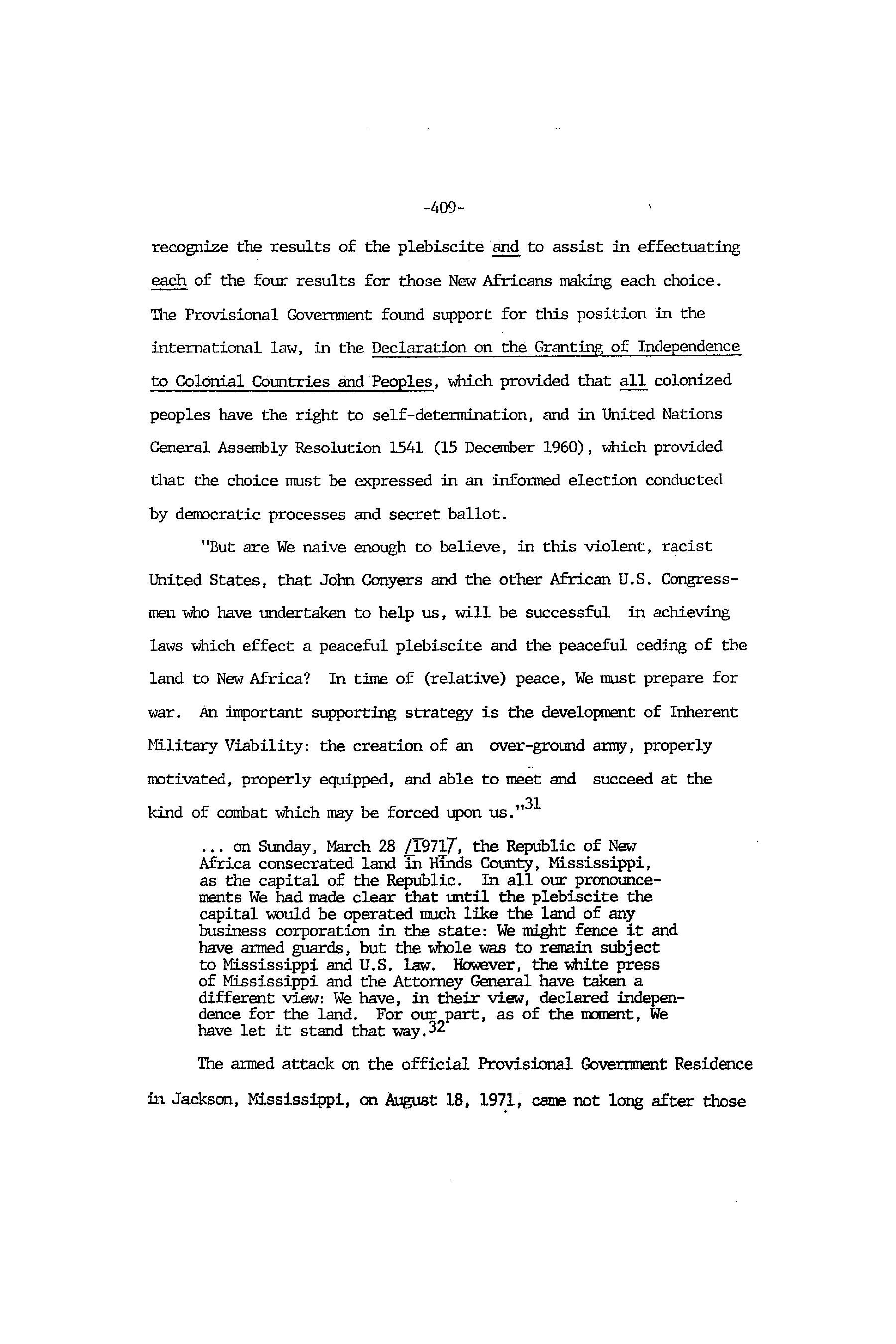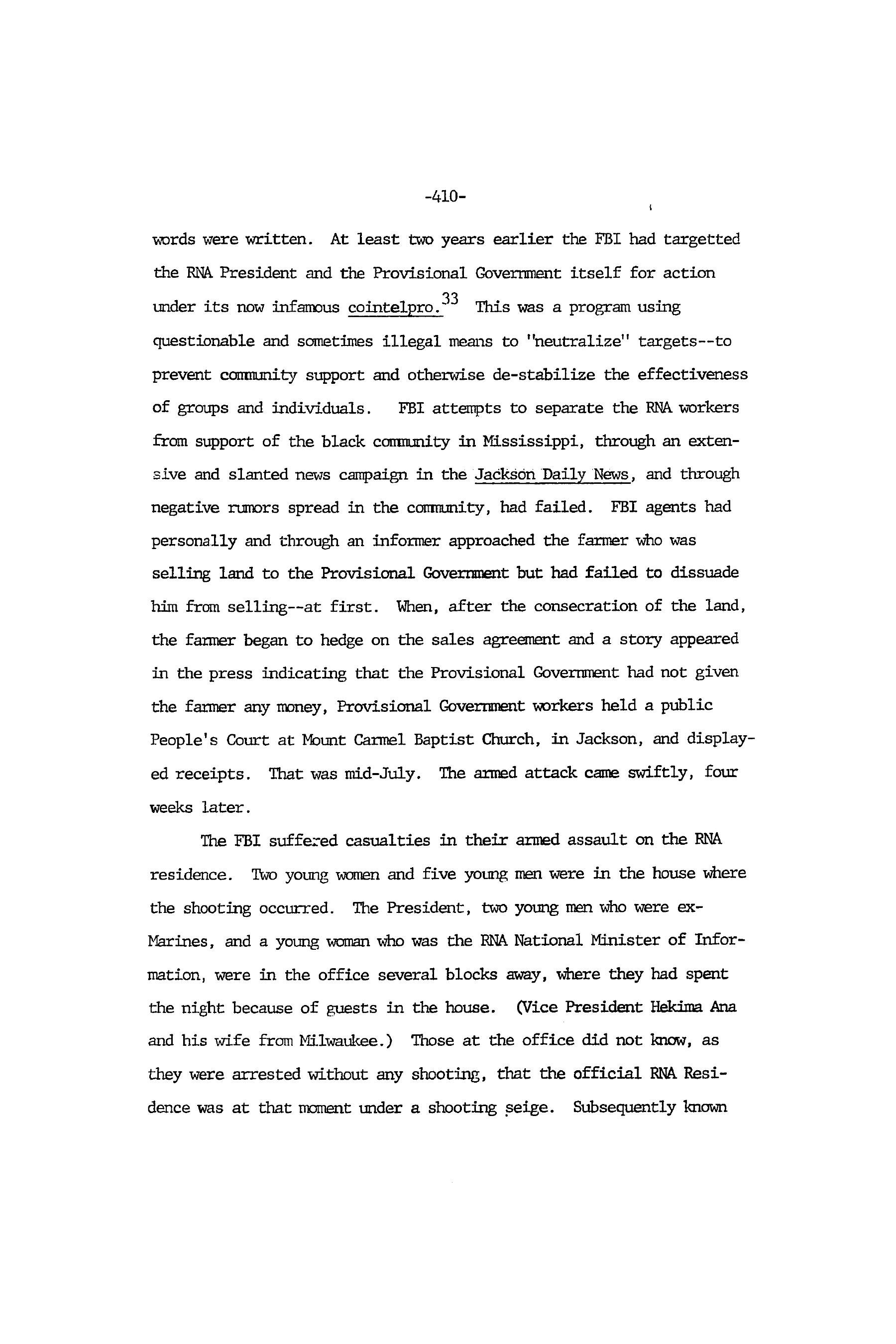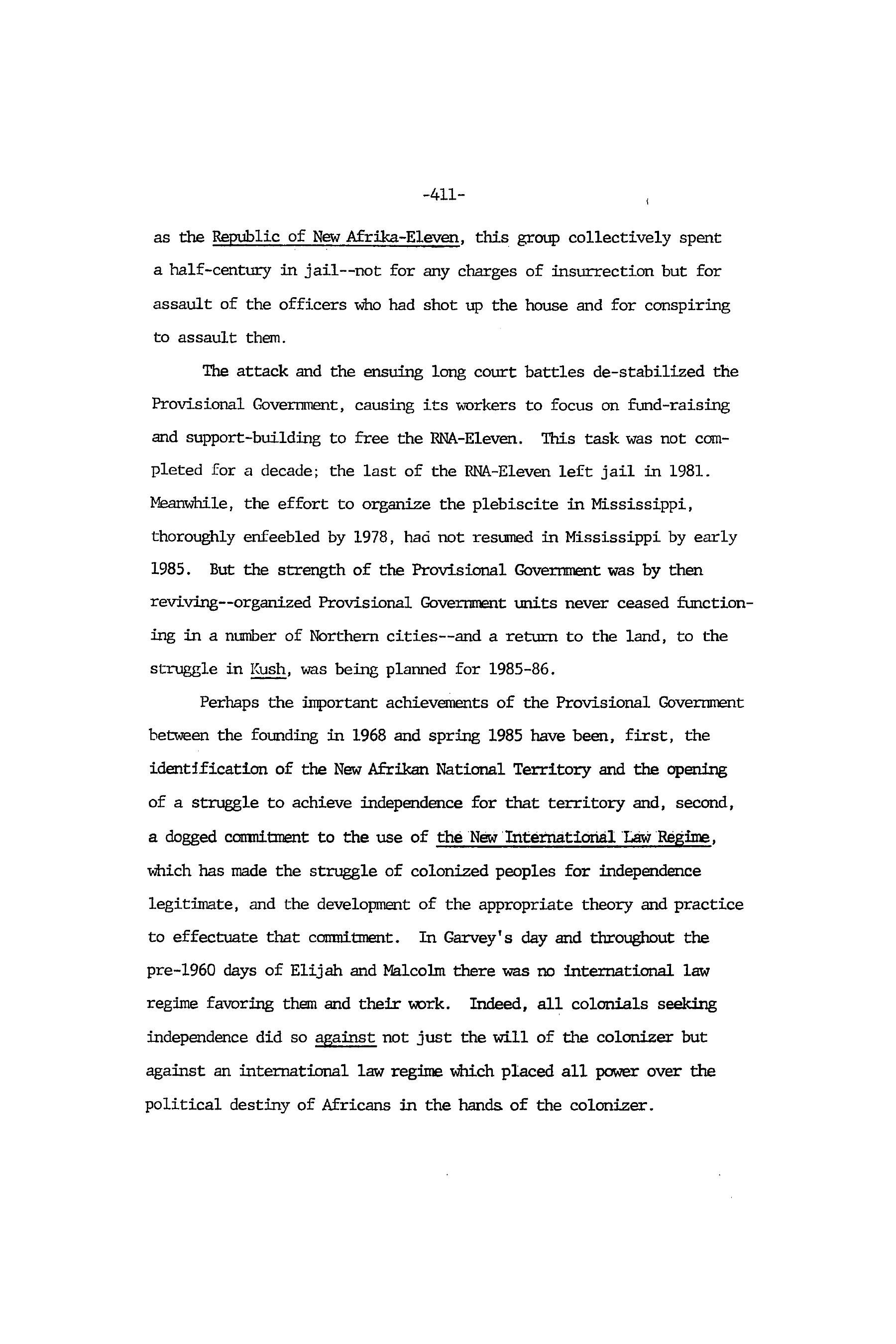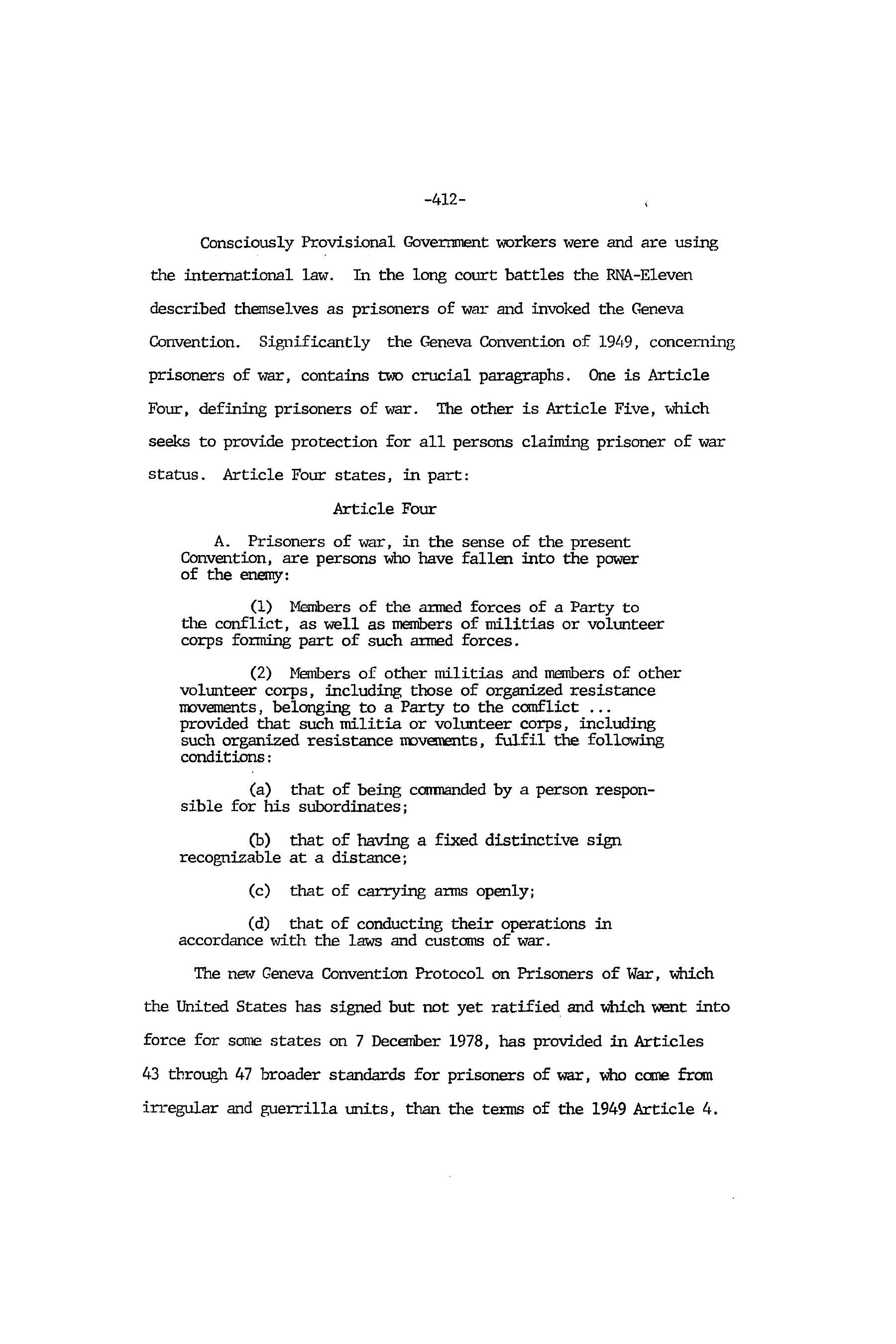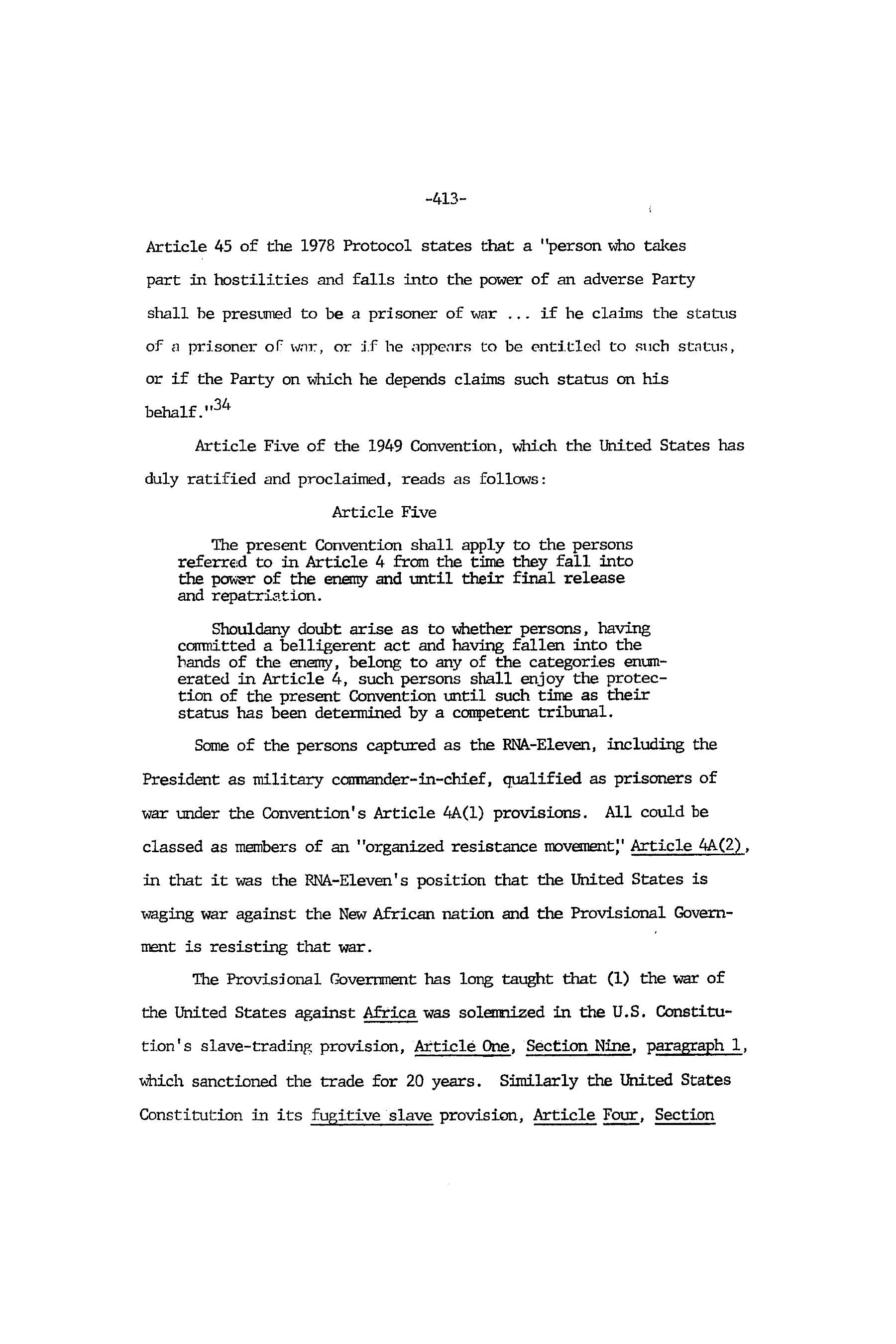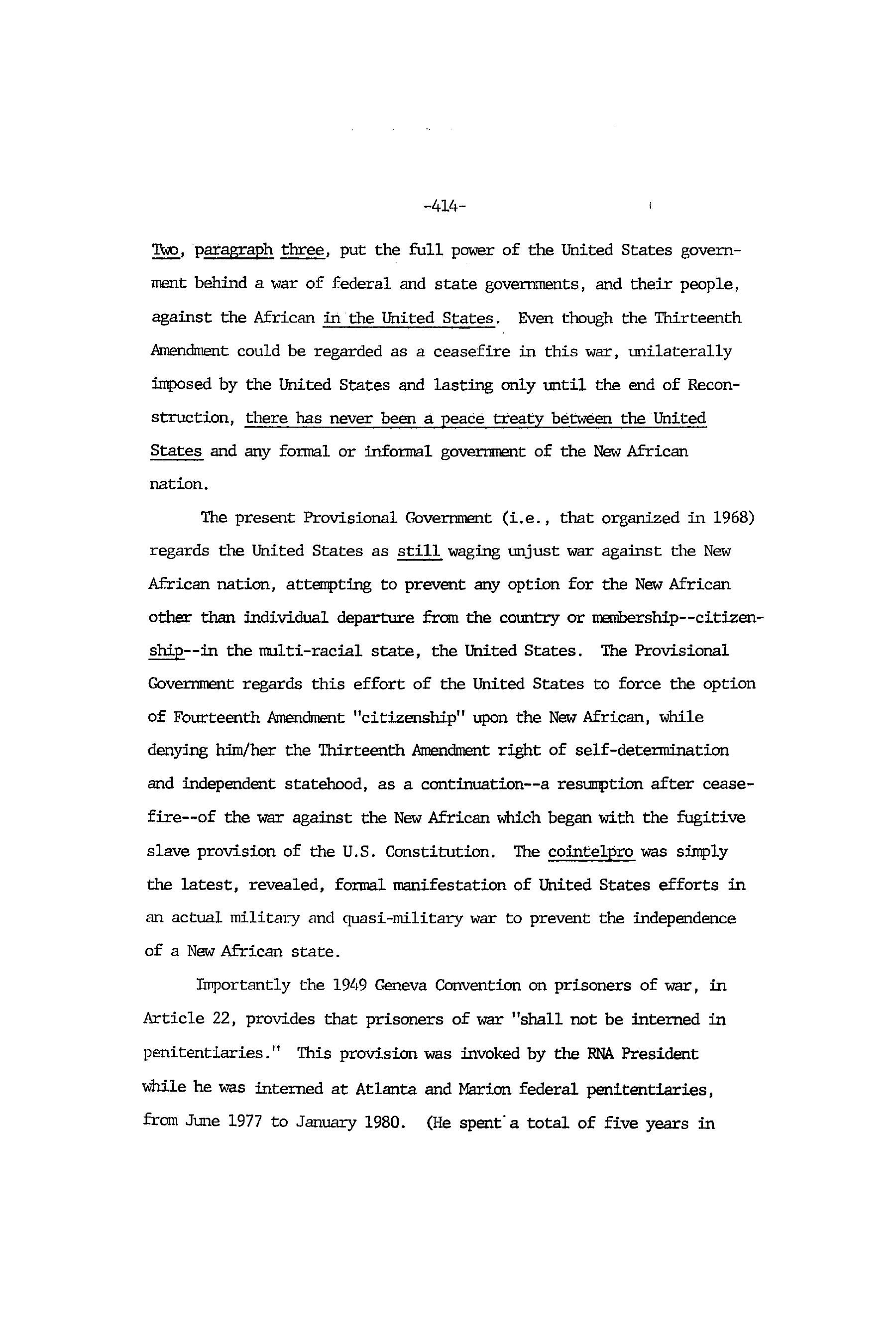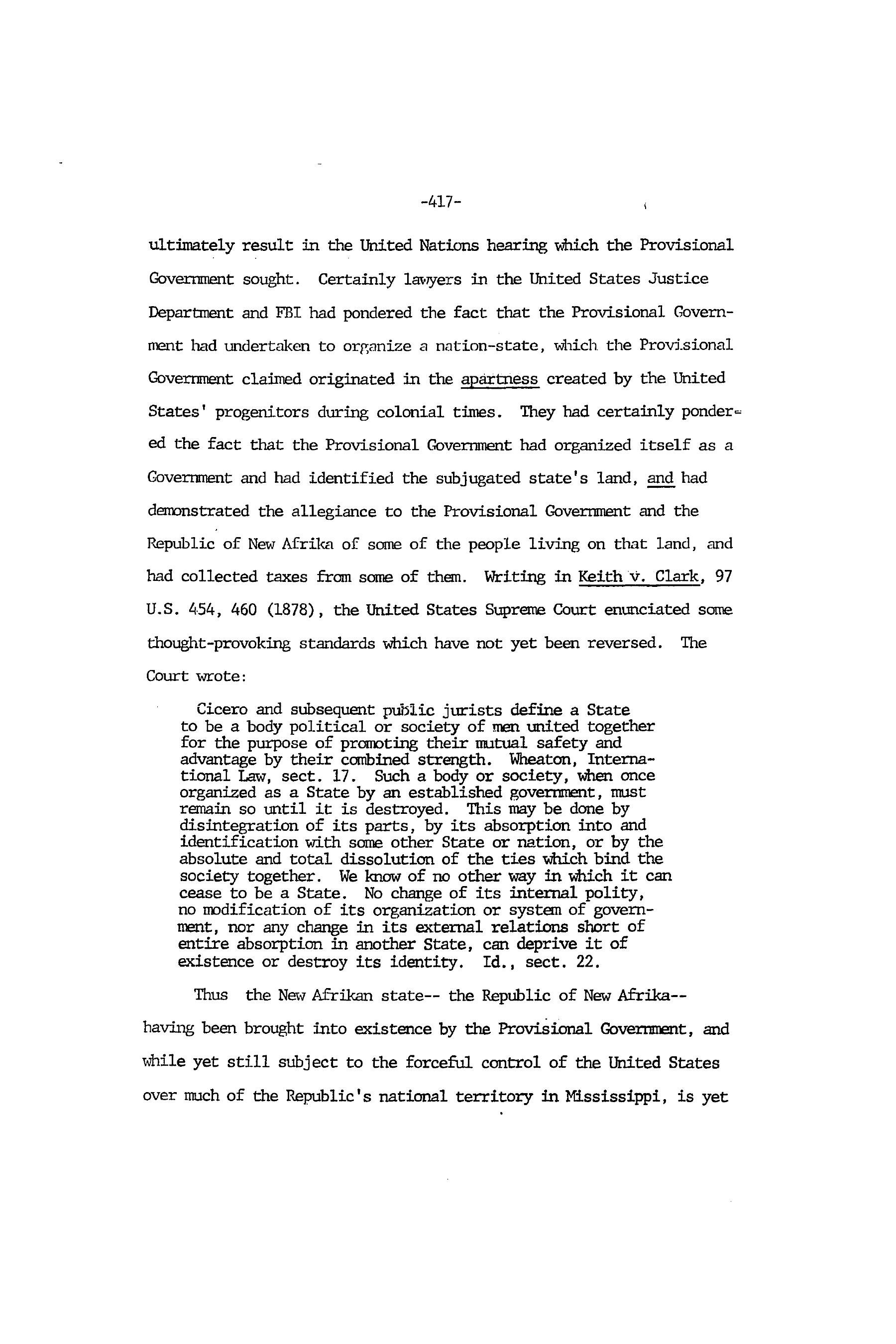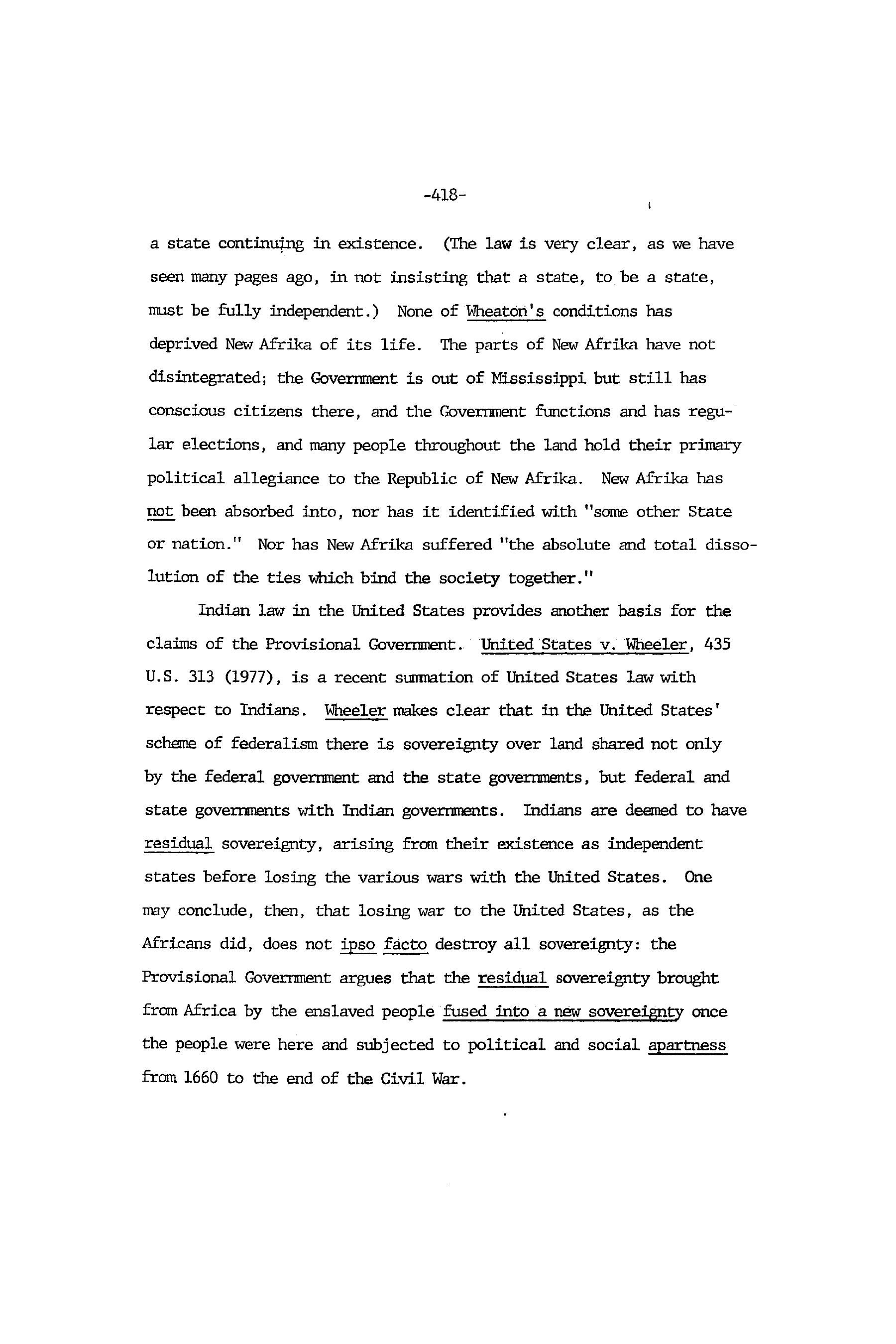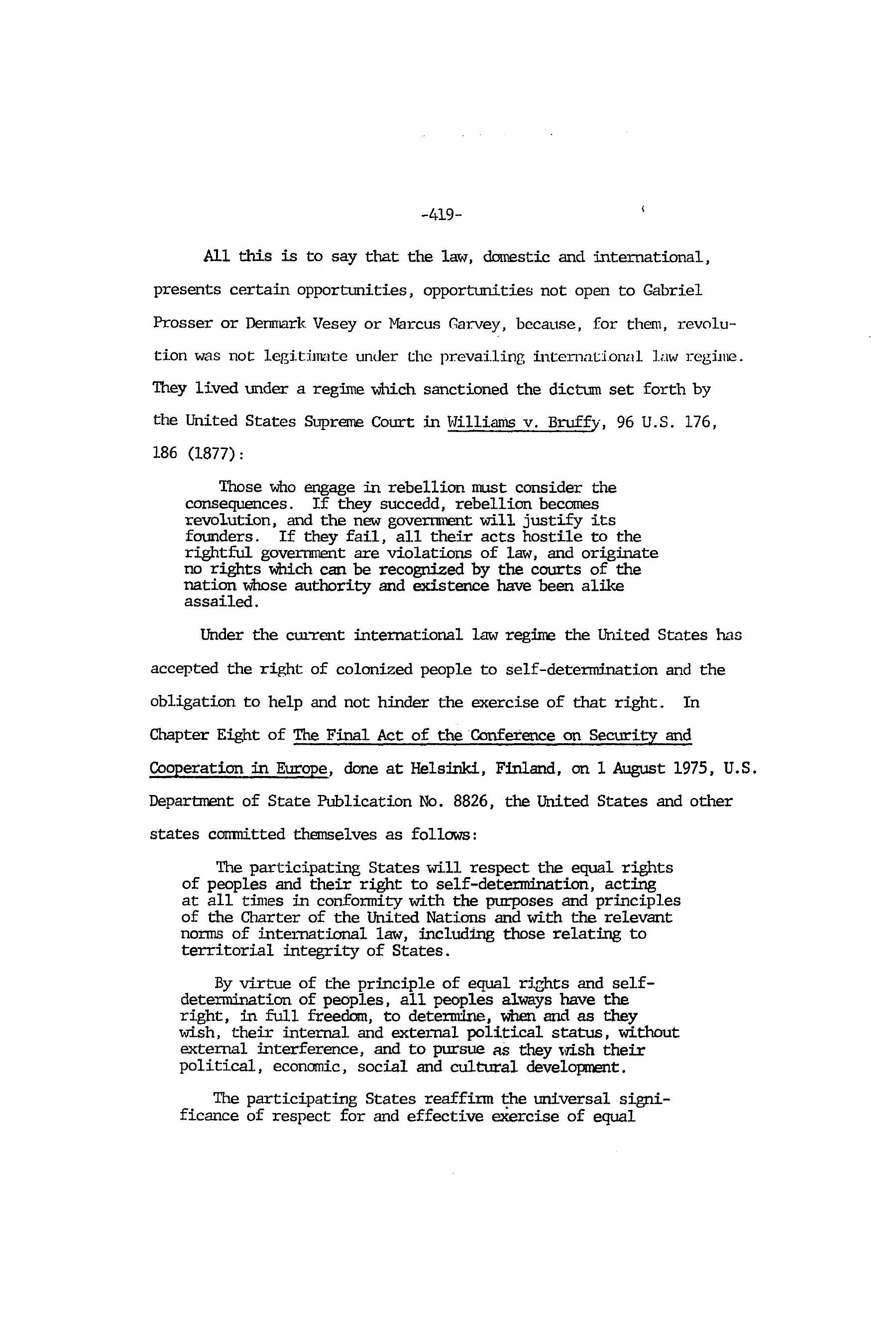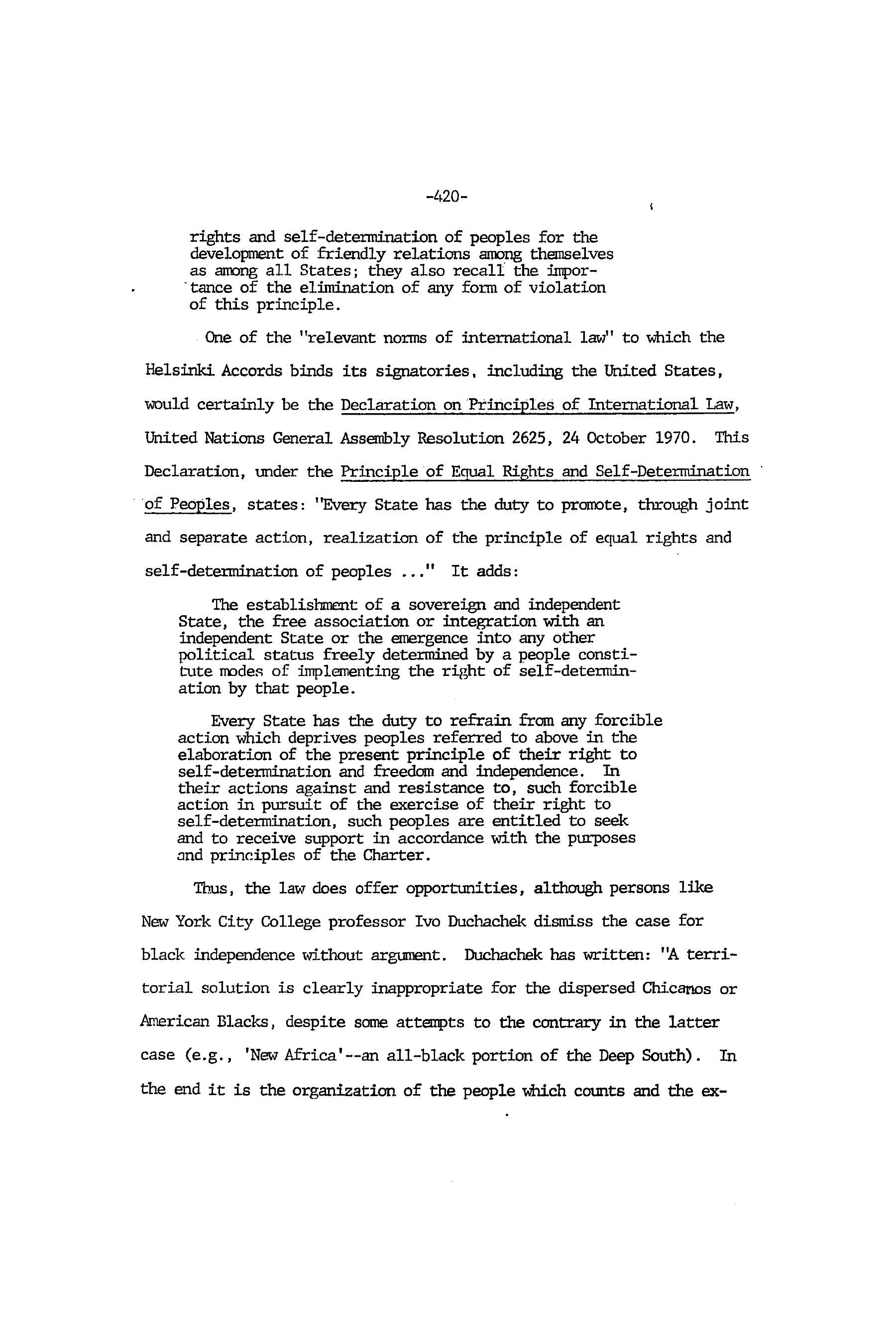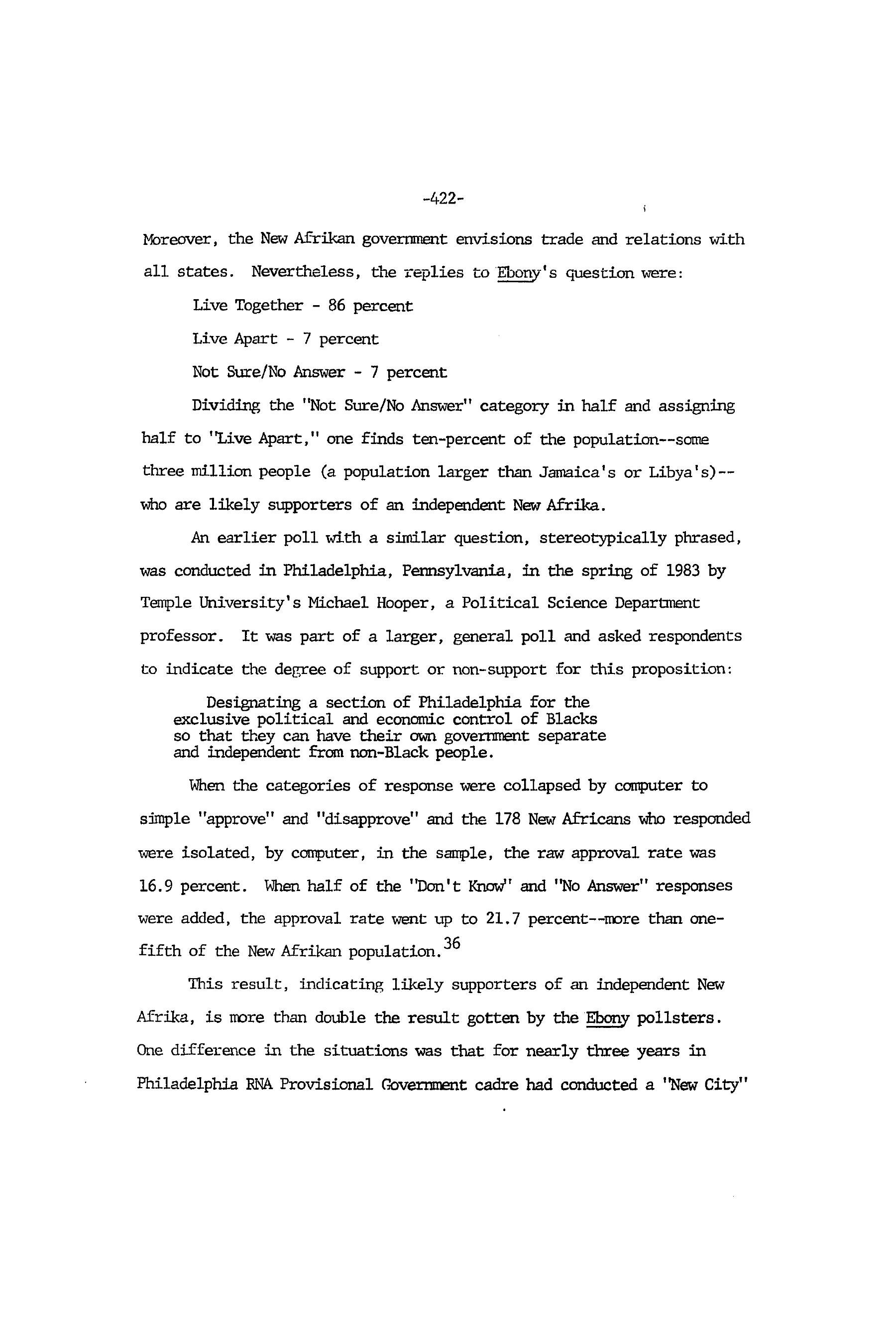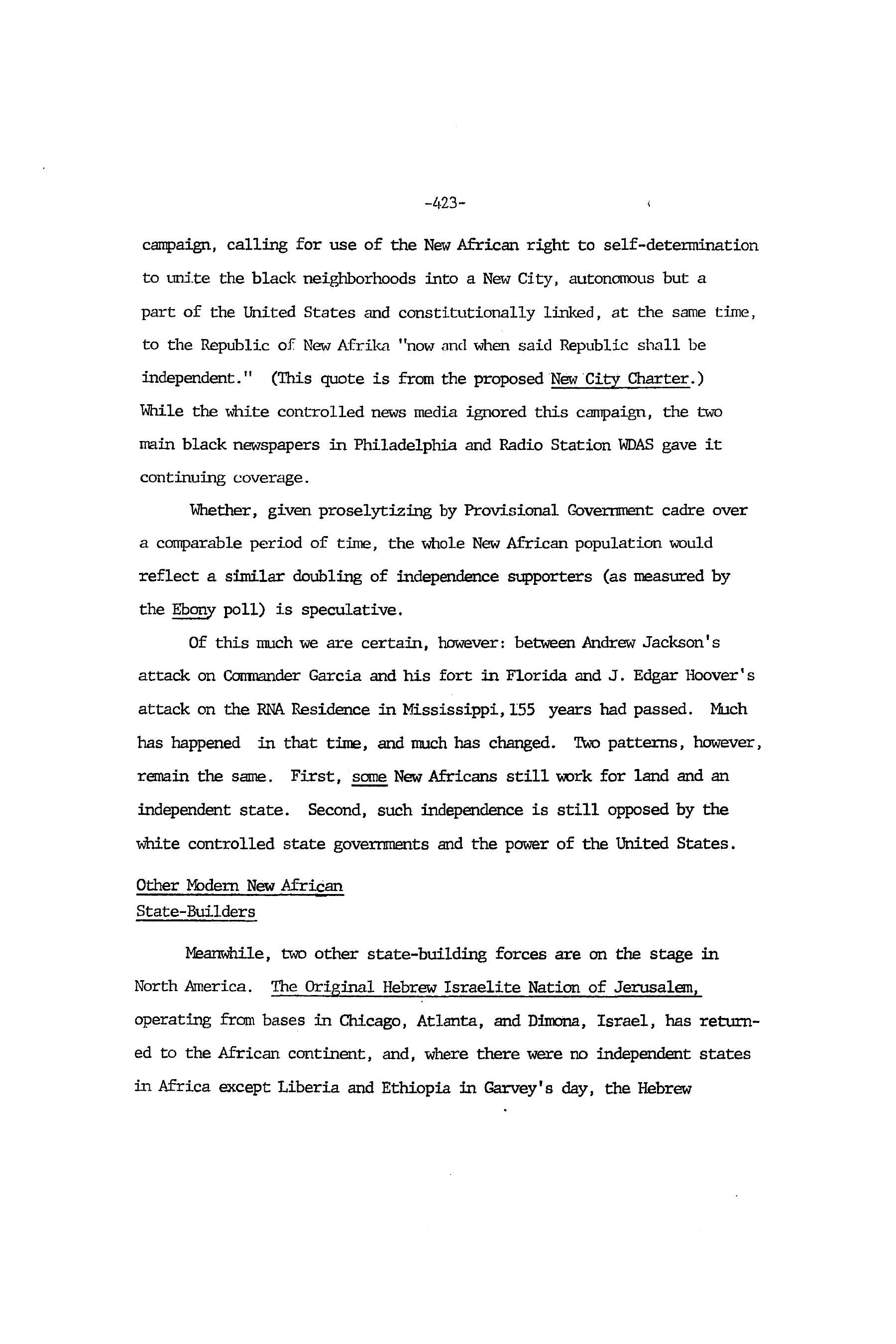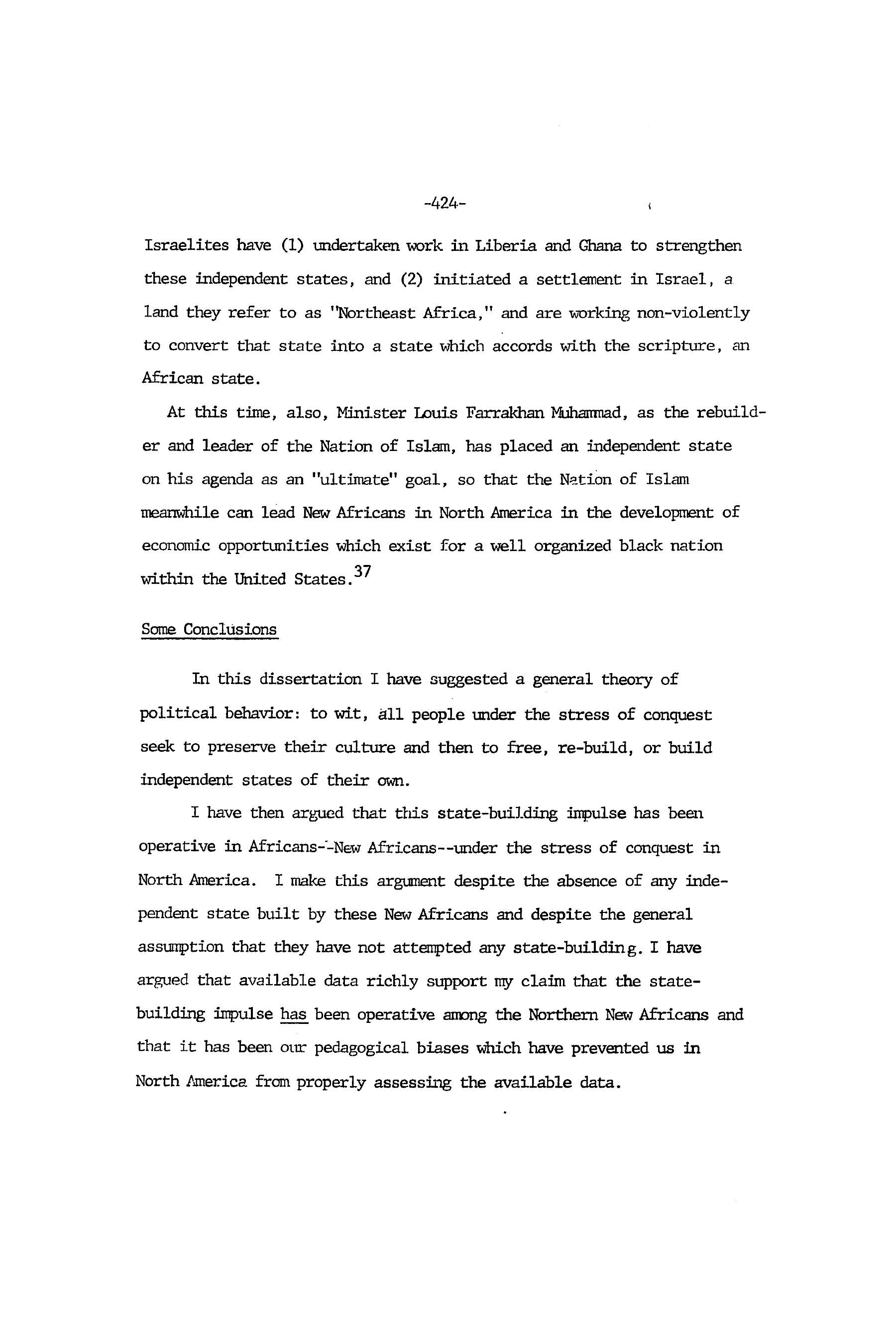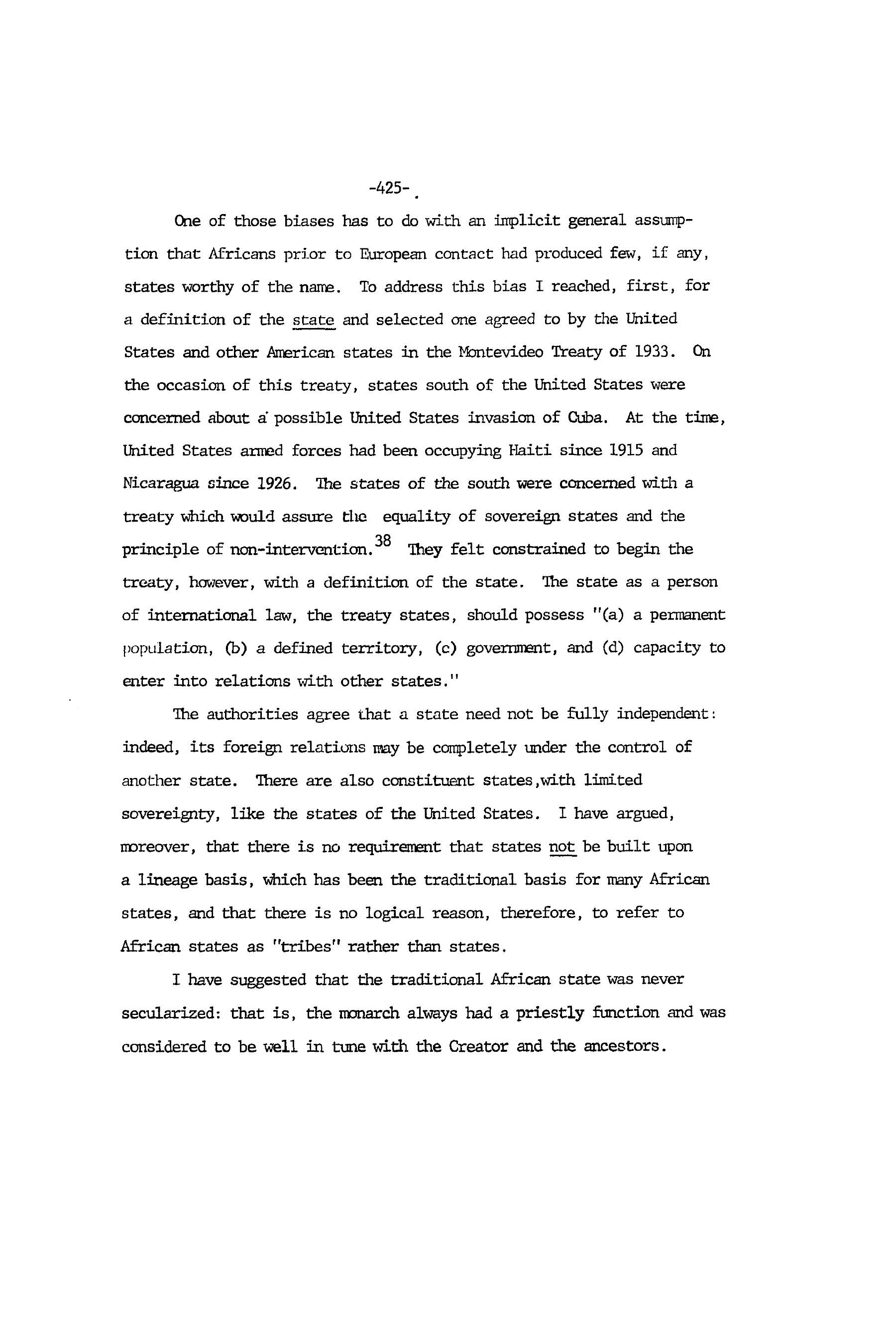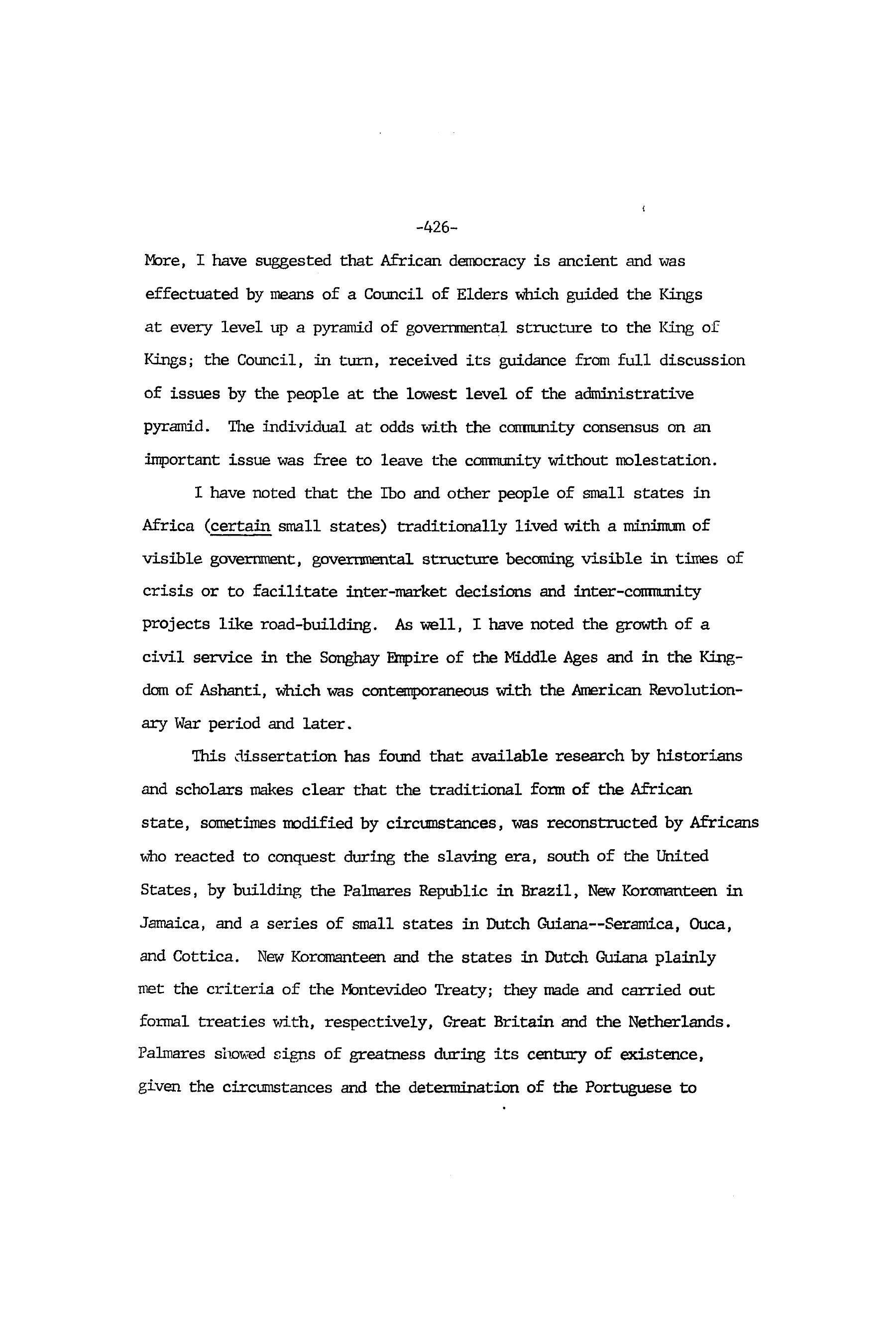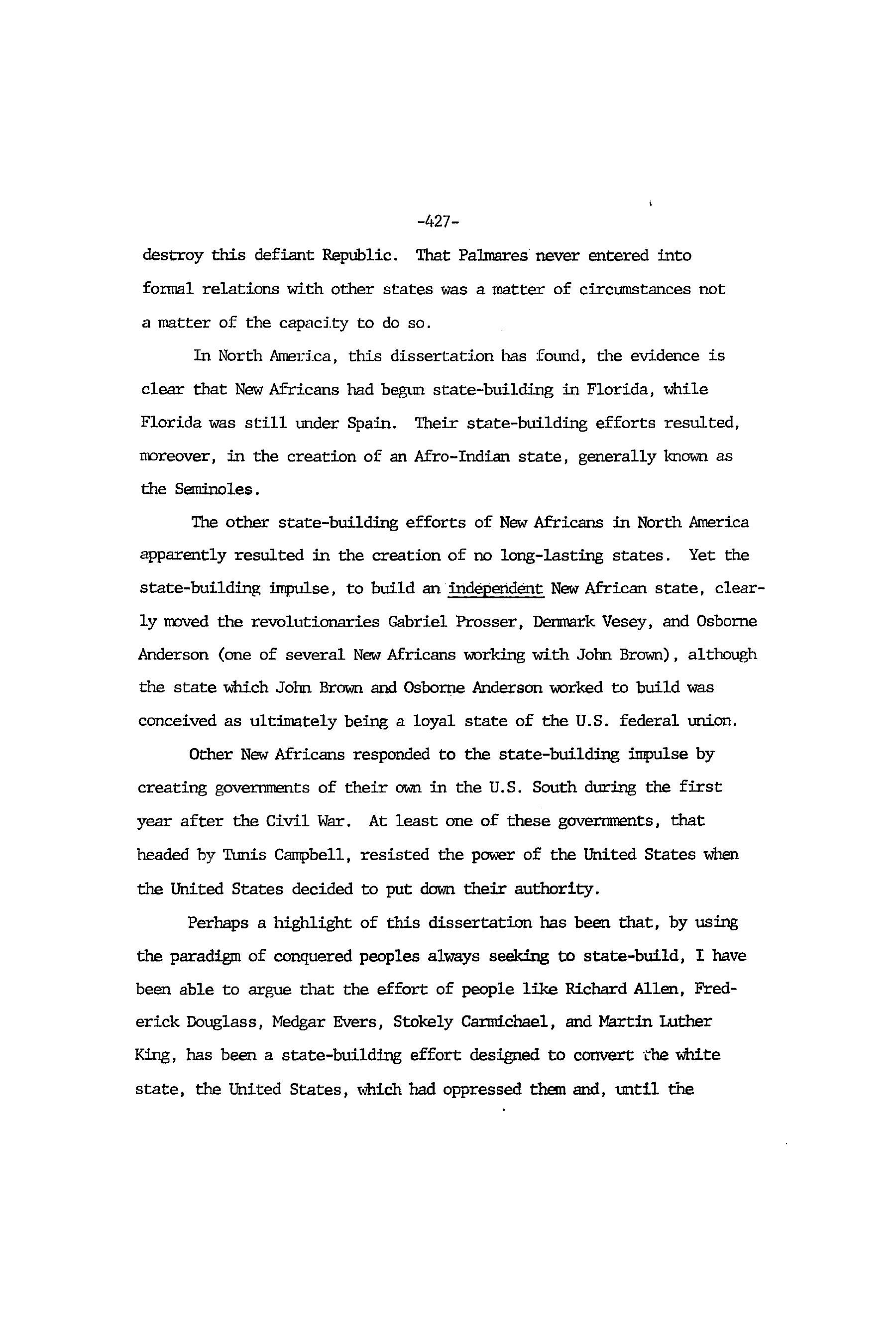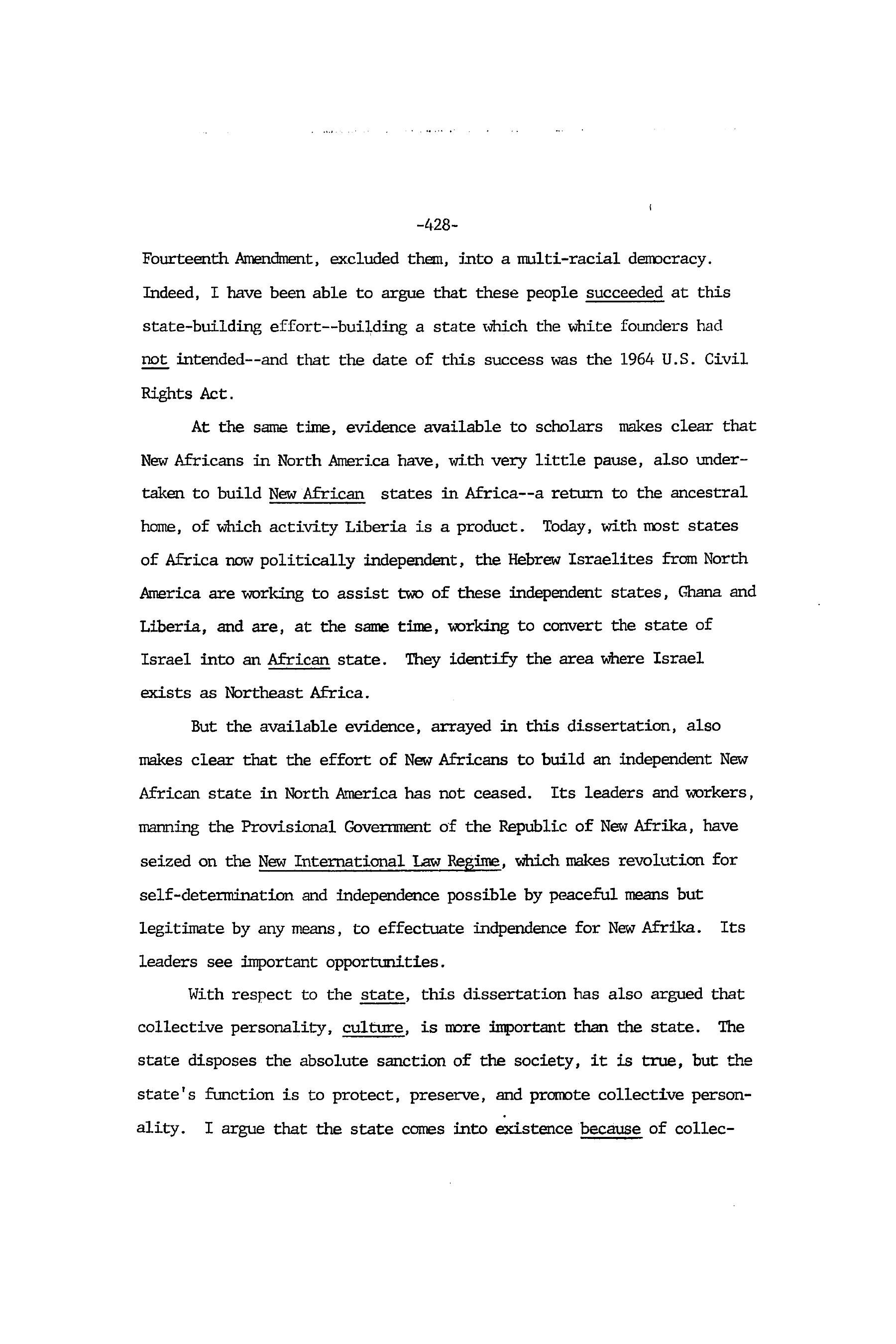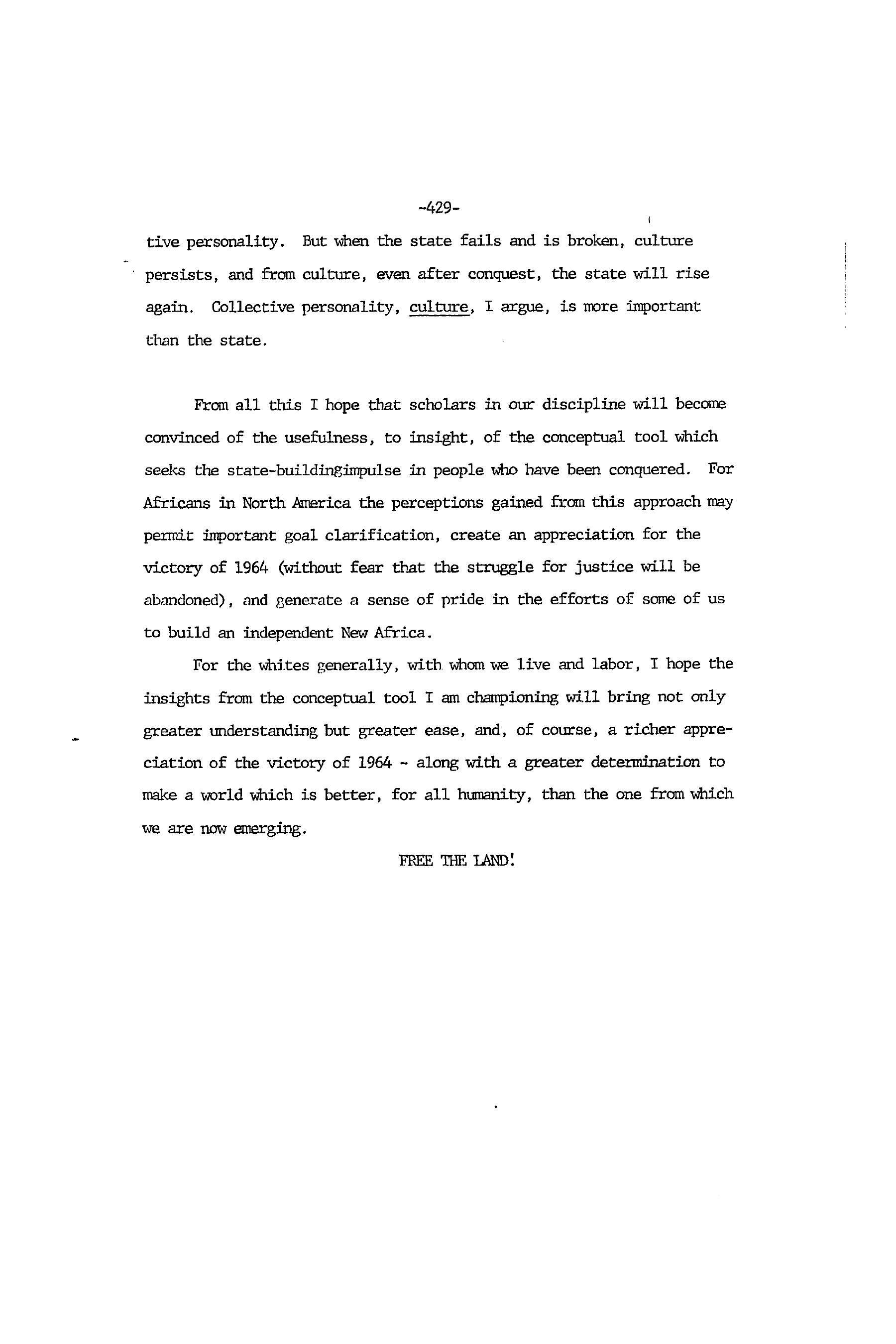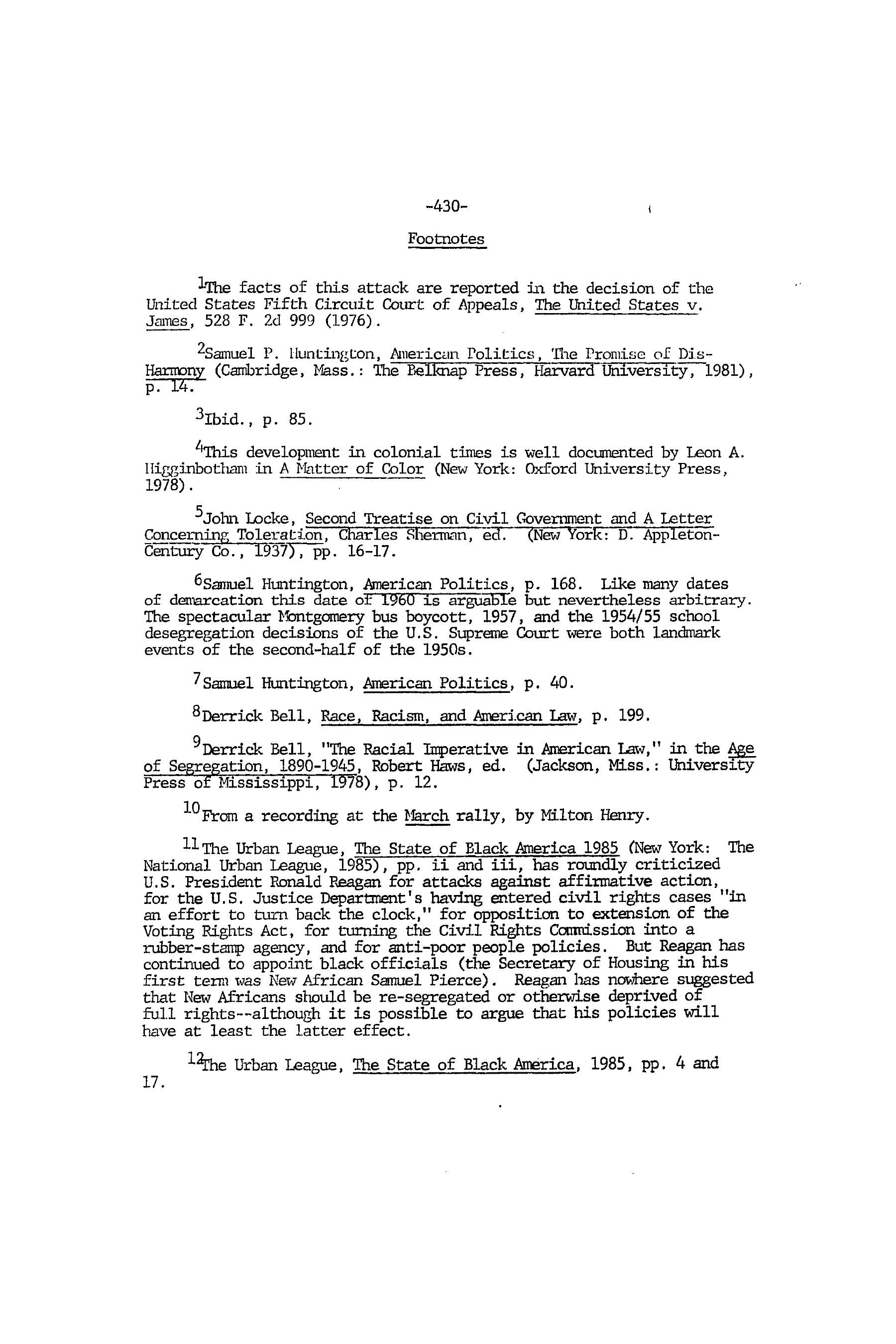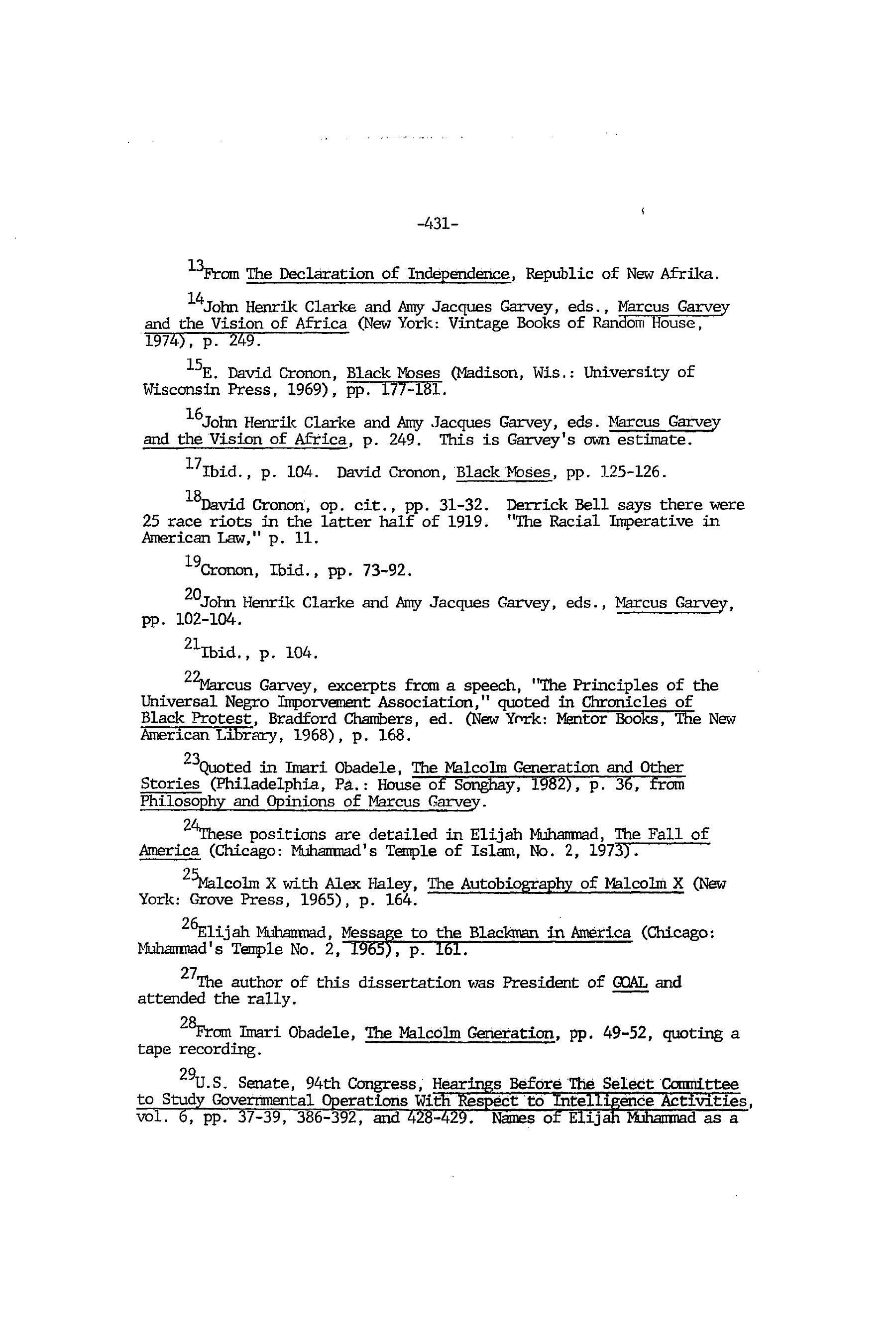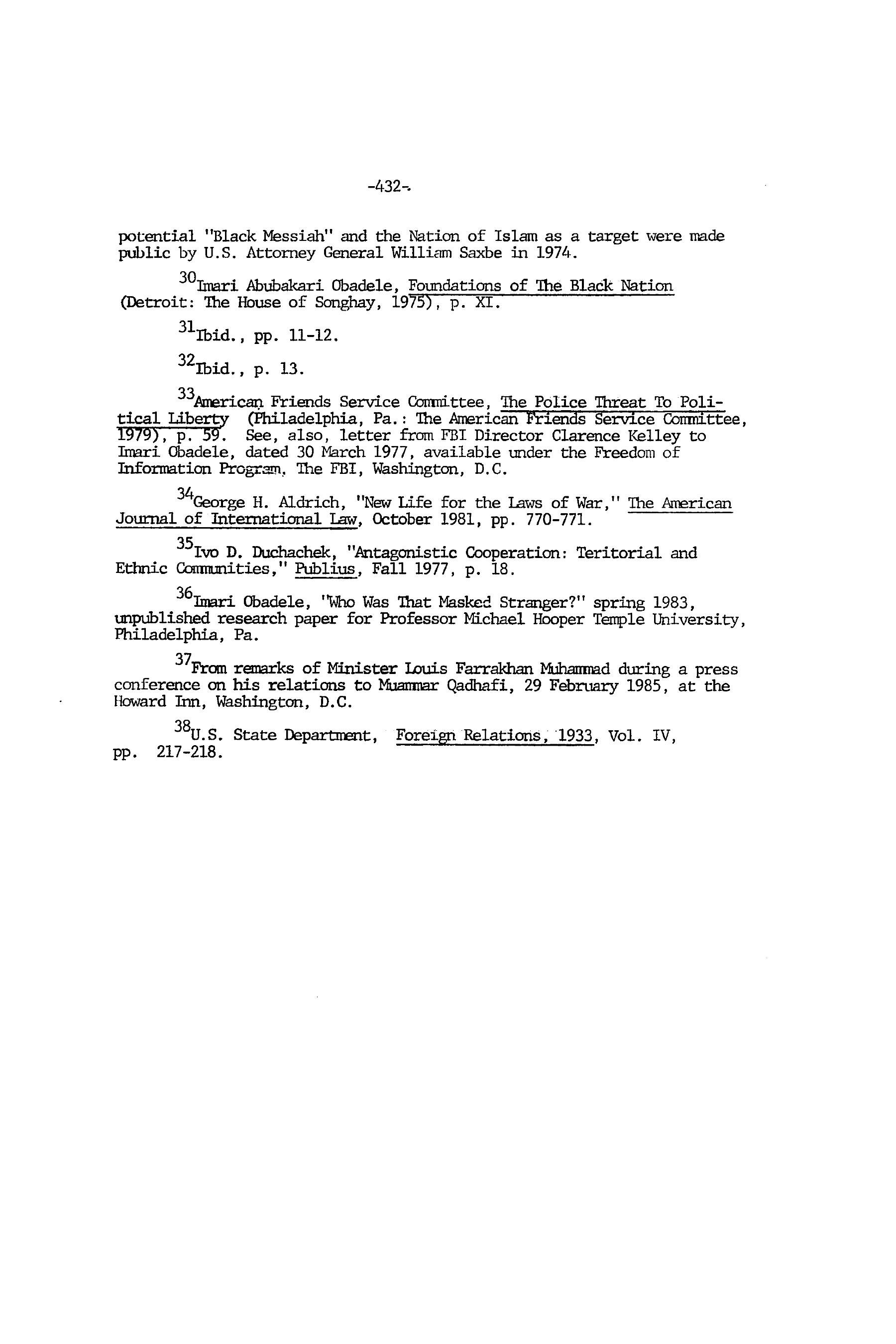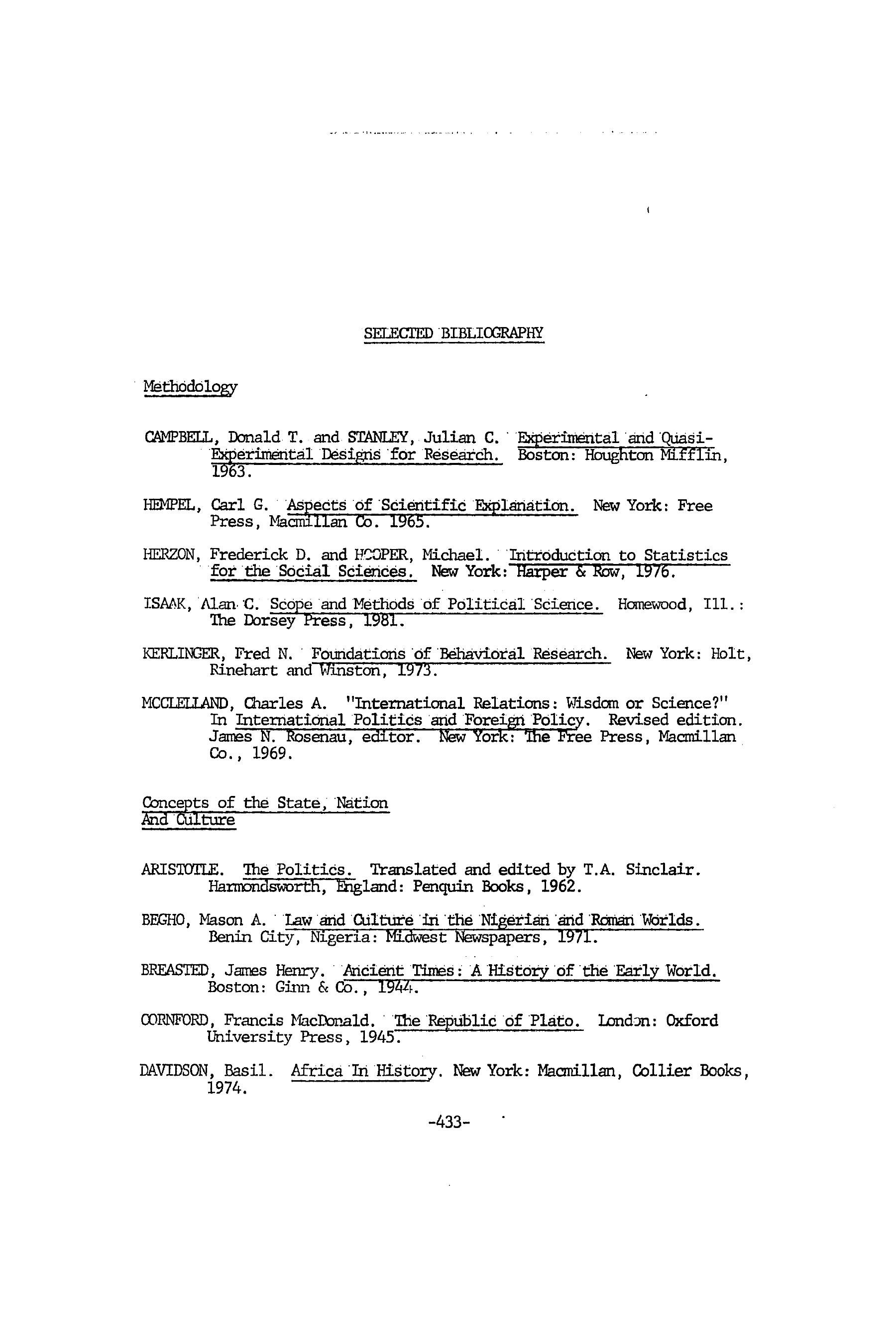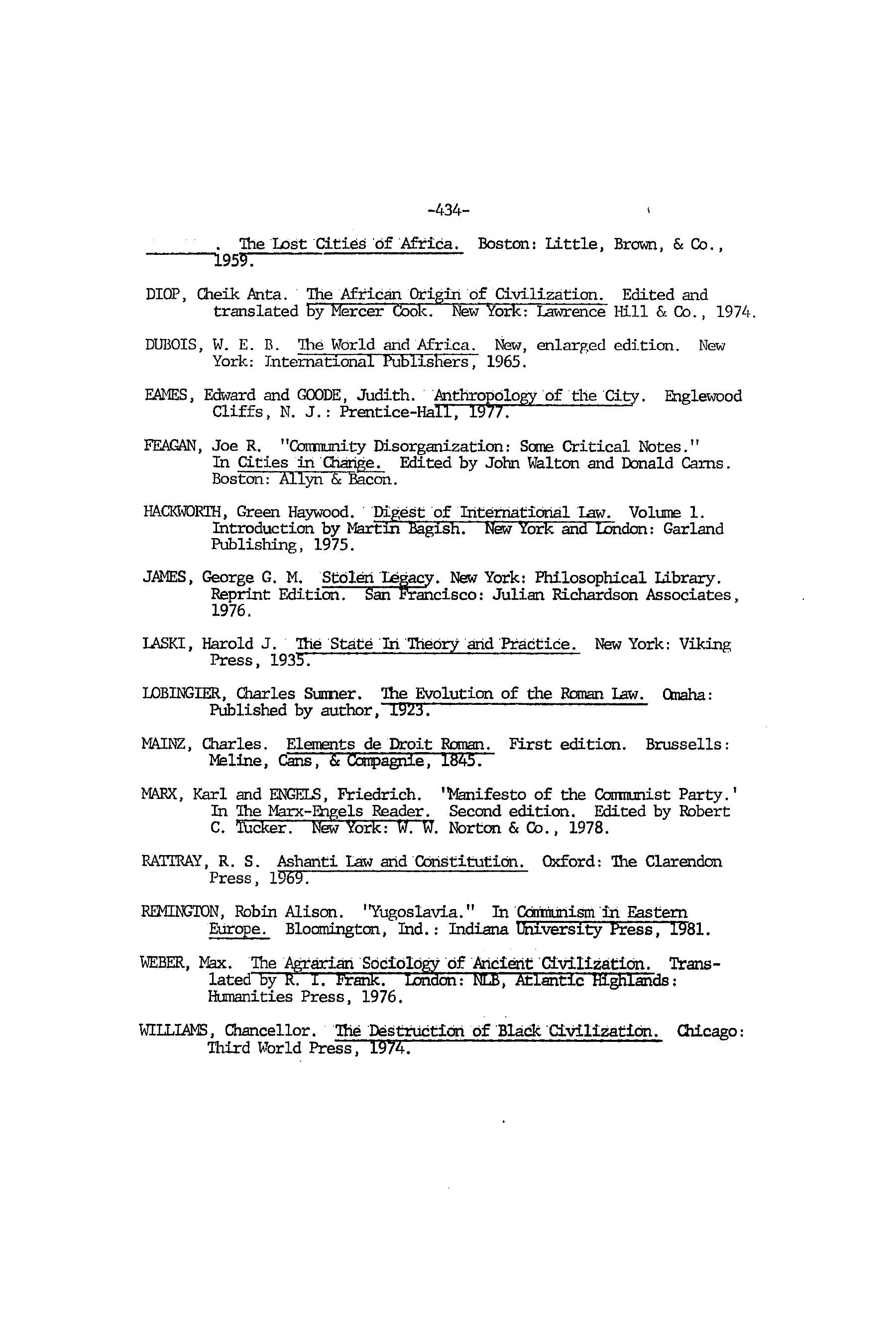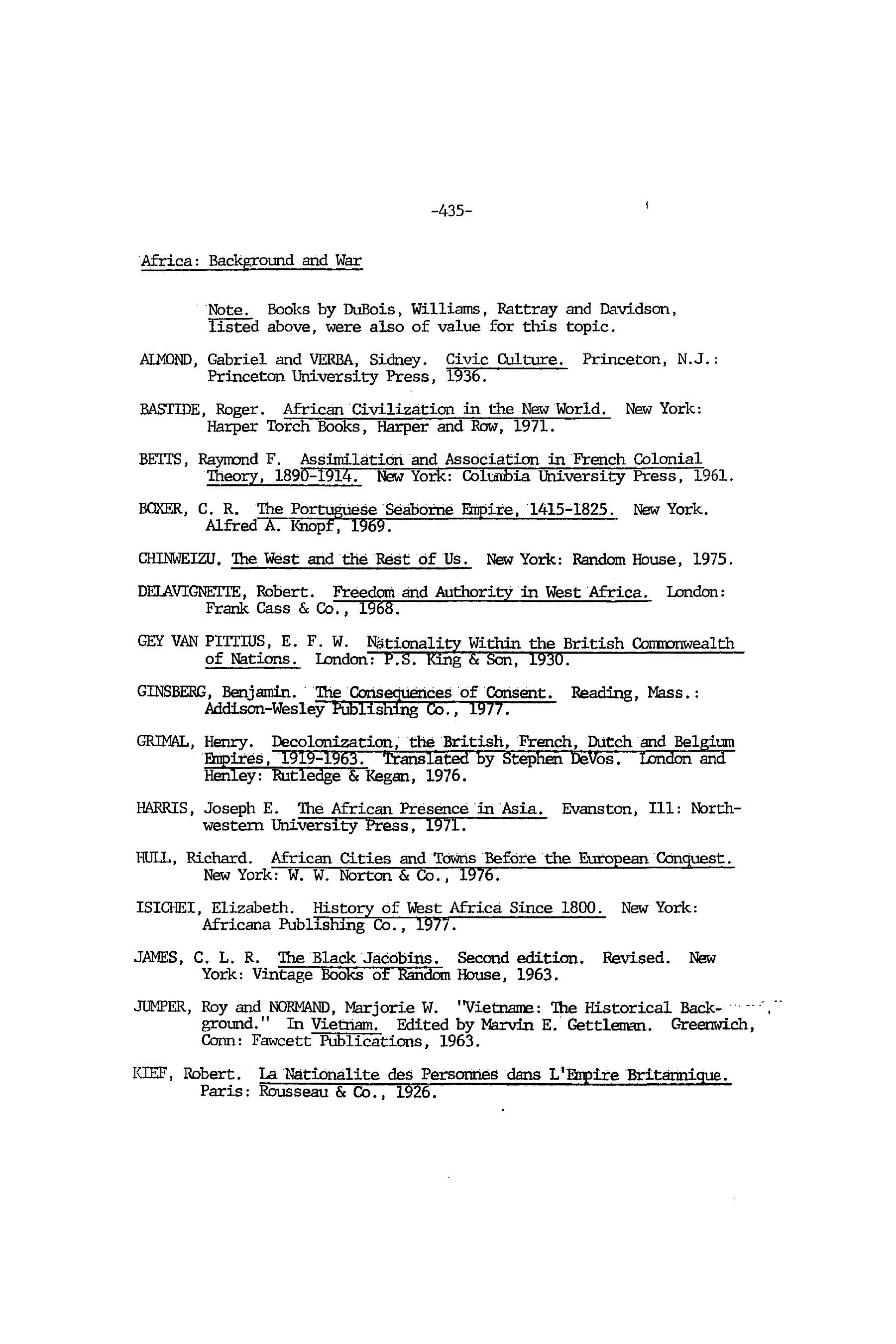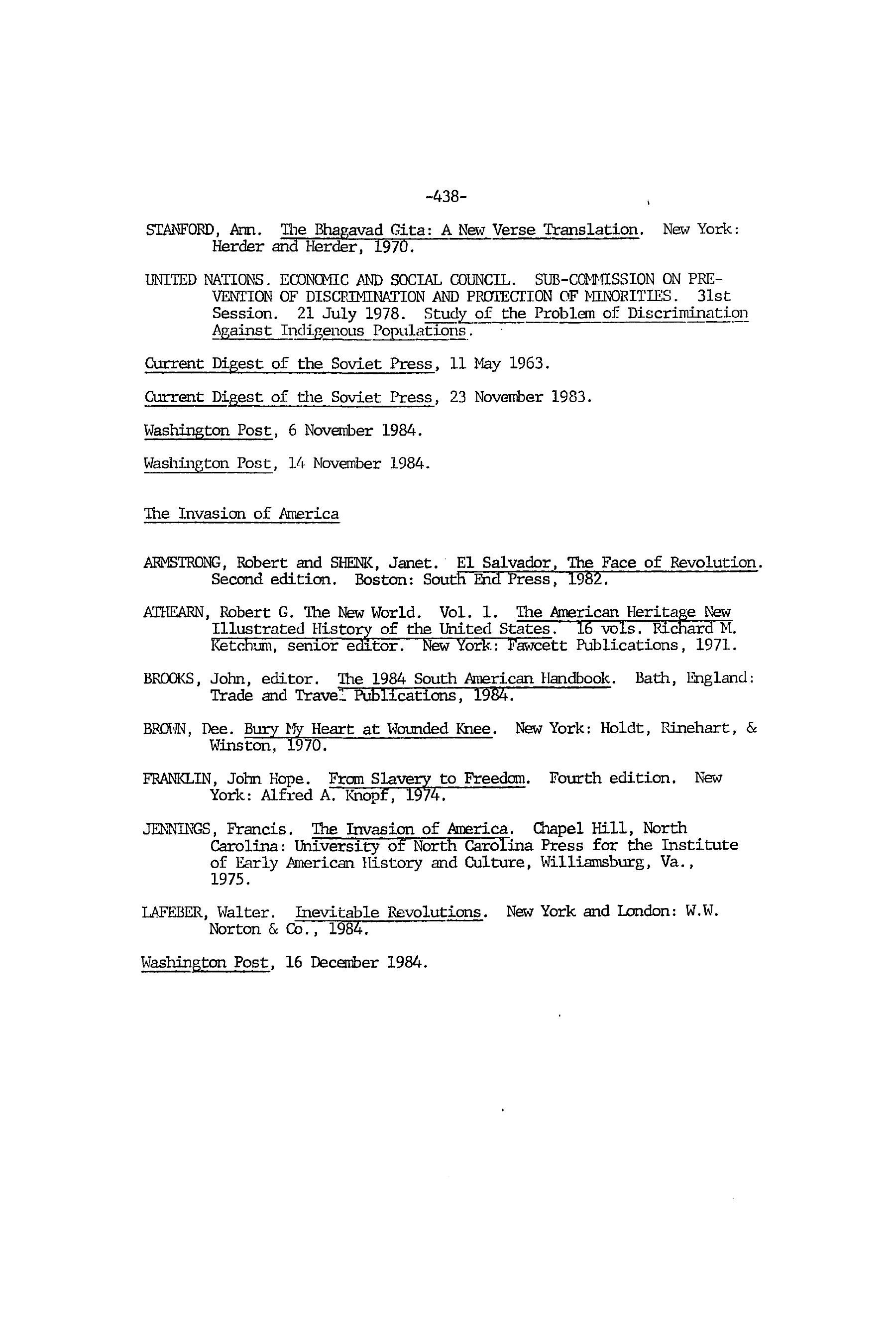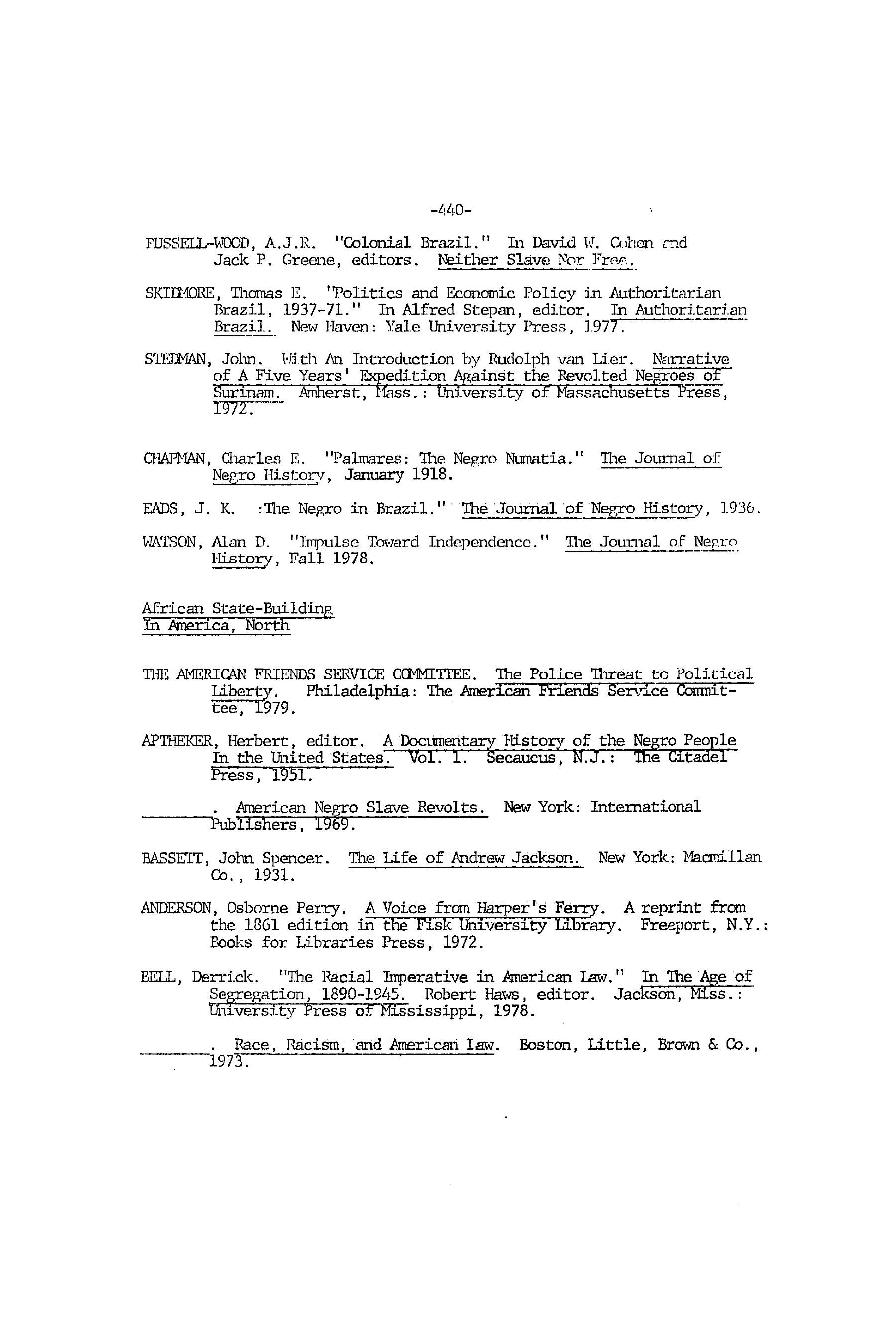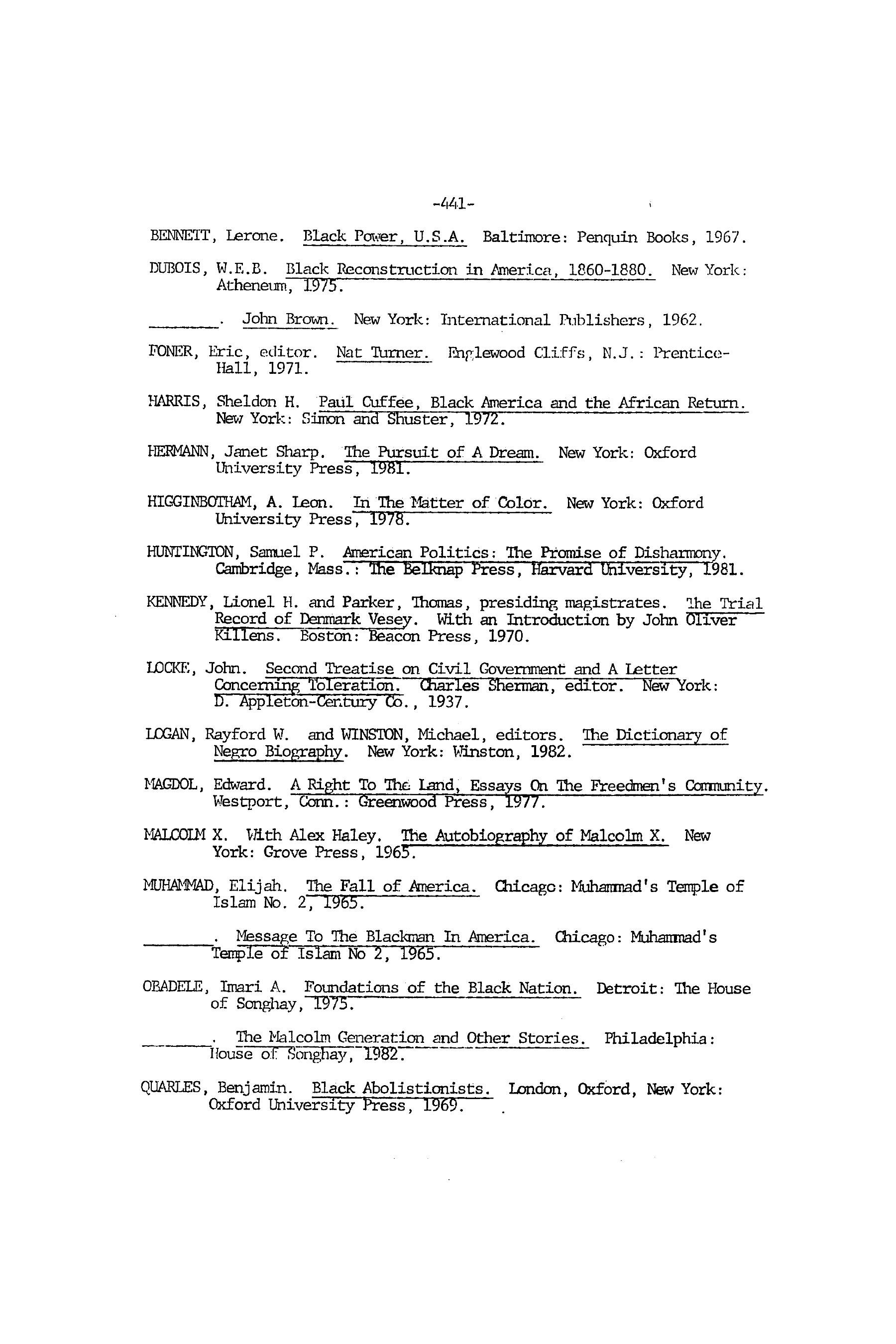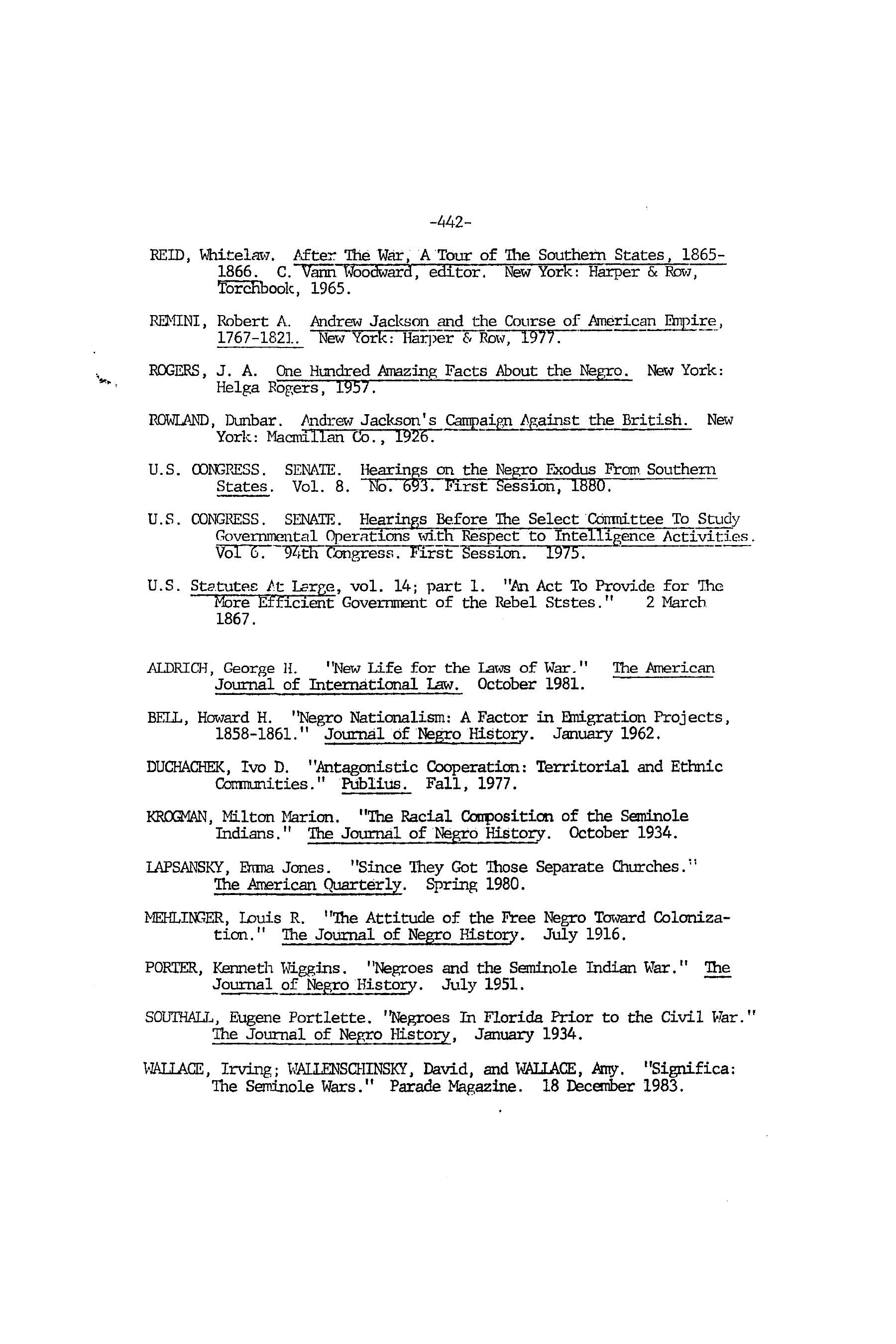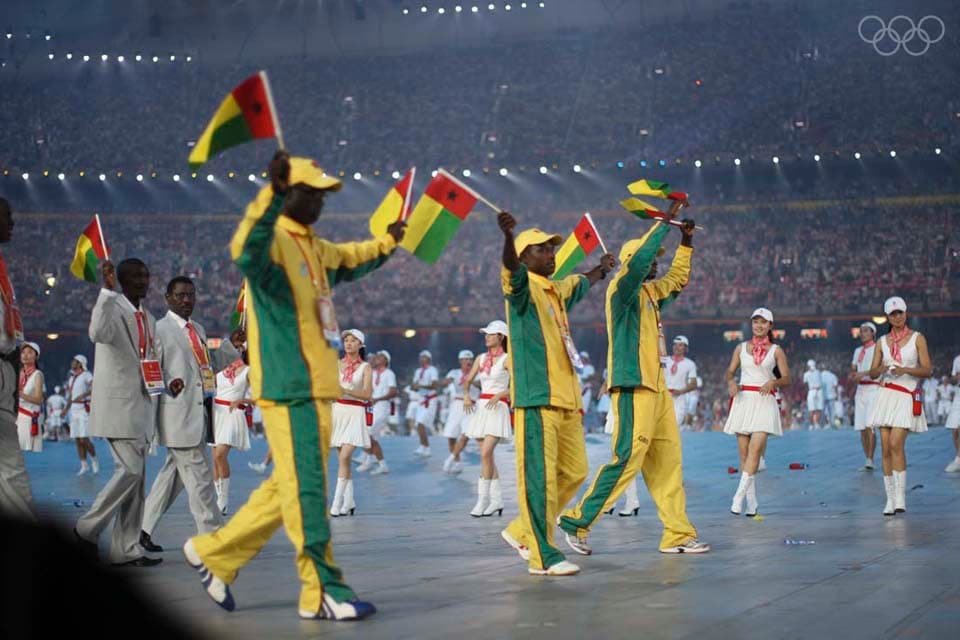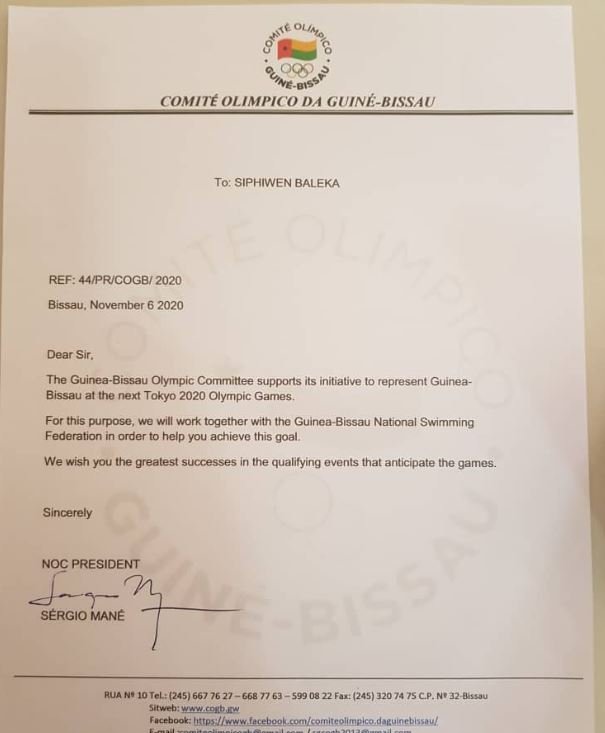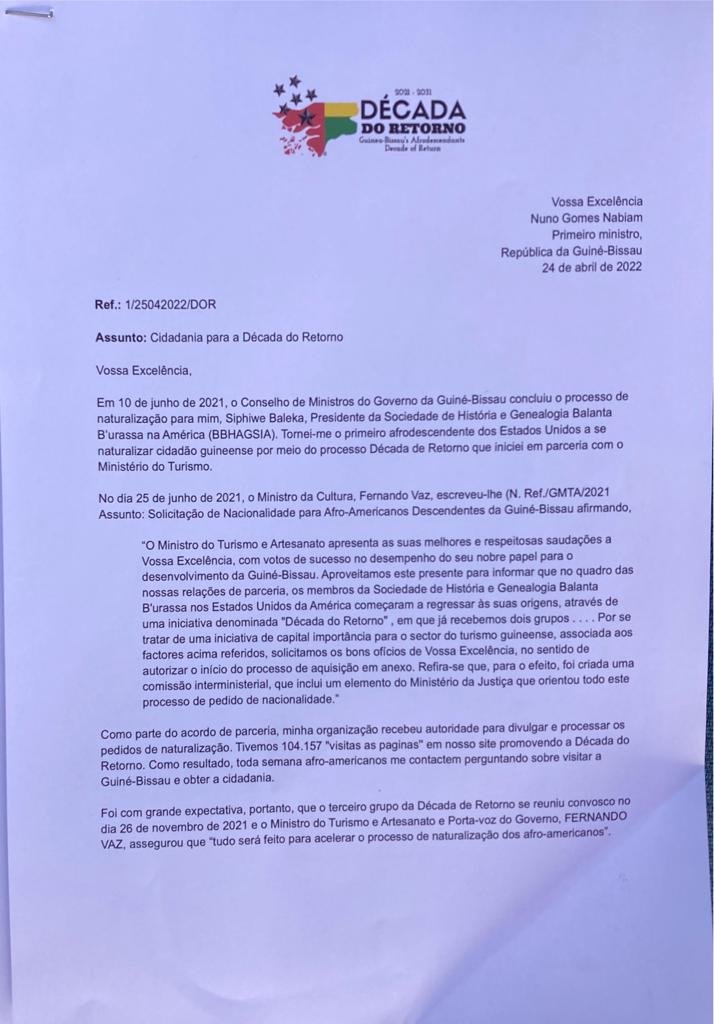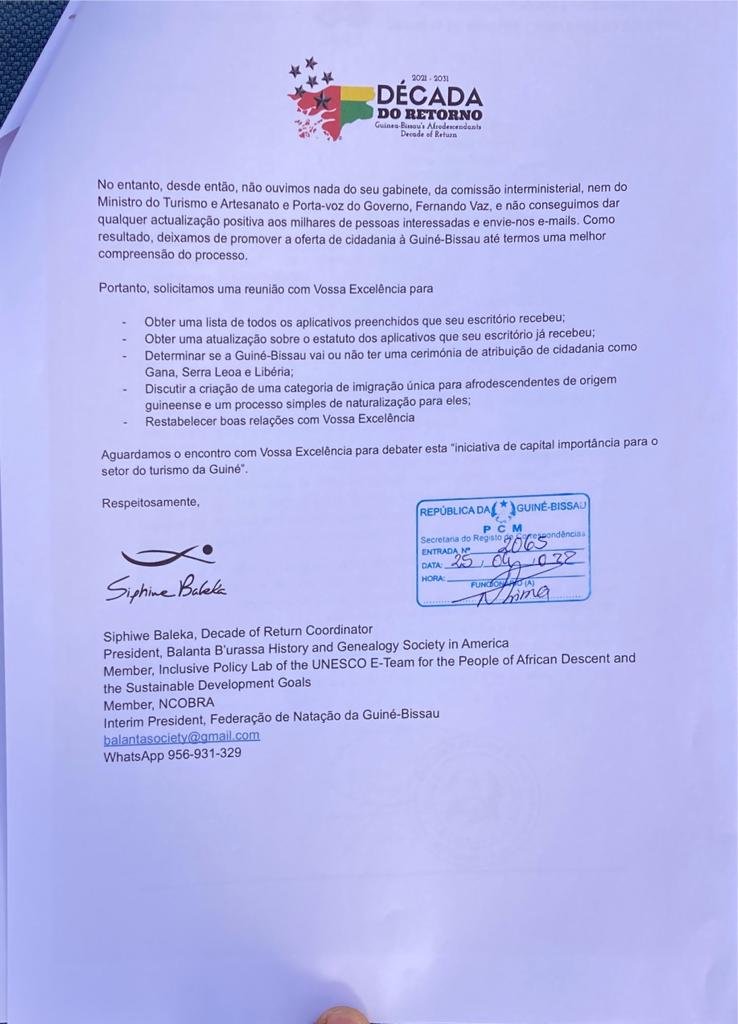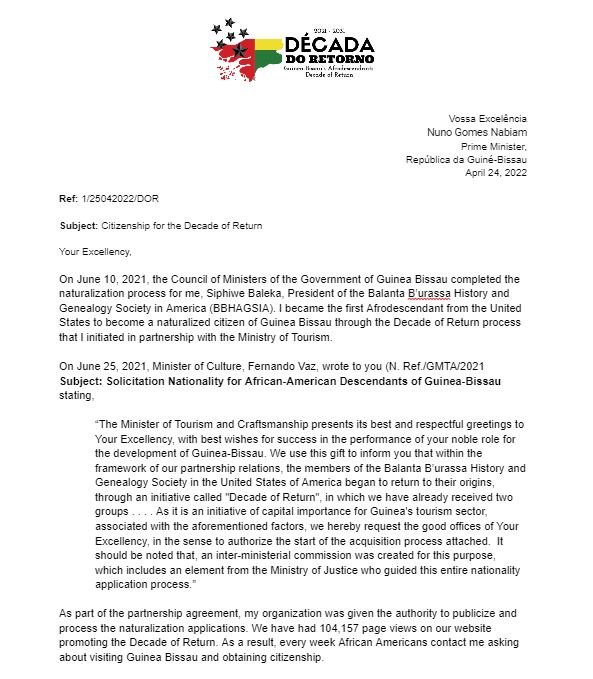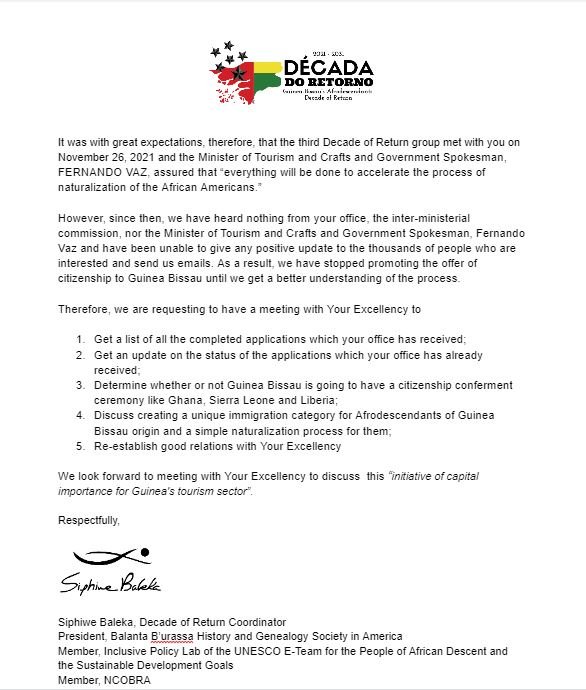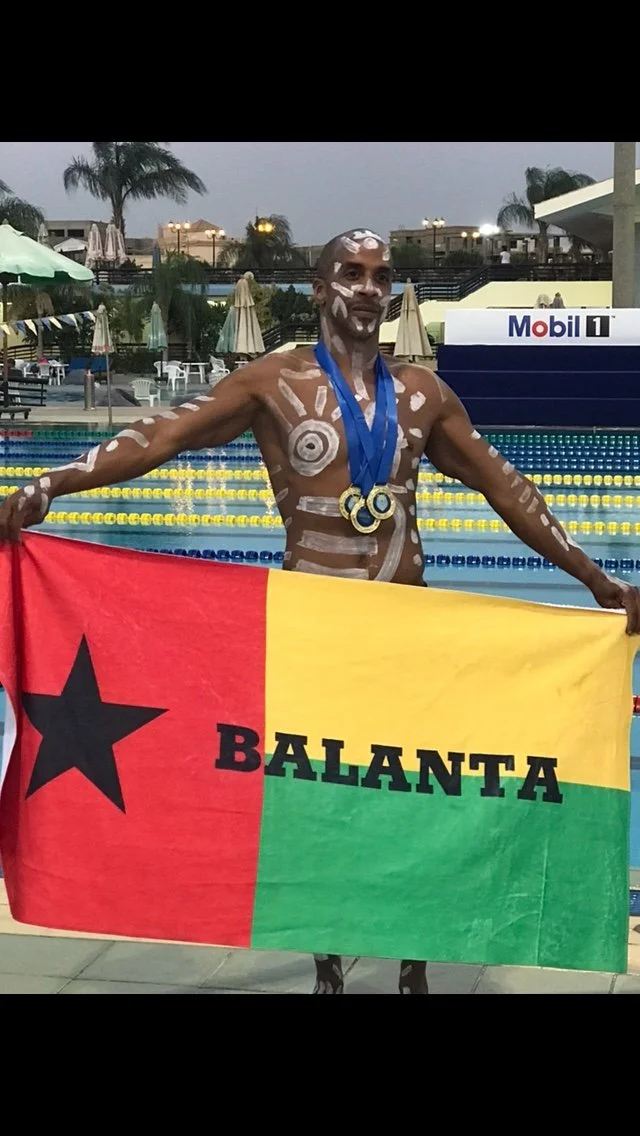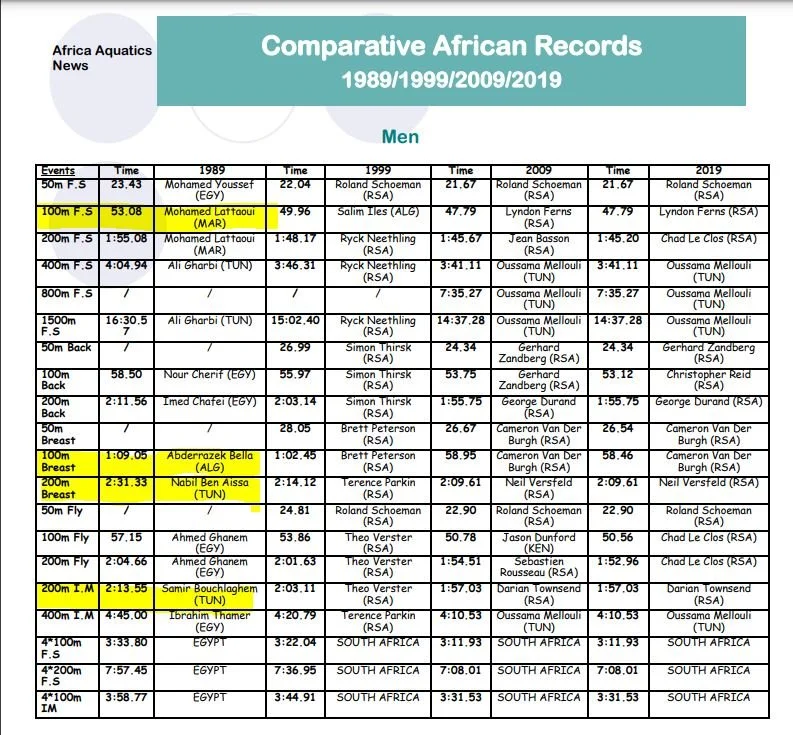Today, August 8th, is the 72nd birthday of Dr. Mutulu Shakur. Unfortunately, Mutulu Shakur, an activist and holistic health care hero, has been behind bars as a New Afrikan political prisoner for more than 35 years and now, at 72, has several health issues, most notably stage-3 multiple myeloma, a blood cancer that can affect the bones and kidneys.
Shakur has endured drastic weight loss due to his illnesses and treatments; has had Covid at least twice; and has relied on IV feeding tubes on and off since May, his attorney, Brad Thomson, said. Thomson said doctors with the Federal Bureau of Prisons gave Shakur less than six months to live in May, noting that his cancer treatment had stopped working.
“At this point, the issue is getting him released so he can say goodbye to his loved ones, his family, his children, and grandchildren. To be surrounded by loved ones, so he can die in dignity, peace and comfort outside of prison.”
Shakur was diagnosed with myeloma in 2019, Thomson said, and his legal team requested his “compassionate release” in May 2020. U.S. District Judge Charles Haight Jr. in November 2020 denied Shakur’s request, holding that his crimes were too serious, and his health had not deteriorated enough to warrant release.
Today, the National Coalition of Blacks for Reparations in America (N’COBRA} Health Commission announced that August 8th is now Dr. Mutulu Shakur Community Health Day.
N’COBRA HEALTH COMMISSION (NHC)
DR. MUTULU SHAKUR COMMUNTY HEALTH DAY AUGUST 8TH 2022 DECLARATION
* any reference to “man” is to be understood as all members of the human family
Whereas recognition of the inherent dignity and of the equal and inalienable rights of all members of the human family* is the foundation of freedom, justice and peace in the world, as stated by the Universal Declaration of Human Rights,
Whereas it is essential, if man* is not to be compelled to have recourse, as a last resort, to rebellion against tyranny and oppression, that human rights should be protected by law as stated by the Universal Declaration of Human Rights,
Whereas Member States, including the United States of America, have pledged themselves to achieve, in cooperation with the United Nations, the promotion of universal respect for and observance of human rights and fundamental freedoms, as stated by the Universal Declaration of Human Rights,
Whereas everyone has the right to equal access to public service in his* country, as stated by the Universal Declaration of Human Rights,
Whereas everyone has the right to a standard of living adequate for the health and well-being of himself *and of this family, including food, clothing, housing and medical care and necessary social services, and the right to security in the event of unemployment, sickness, disability, widowhood, old age or other lack of livelihood in circumstances beyond his* control, as stated by the Universal Declaration of Human Rights,
Whereas education shall be directed to the full development of the human personality and to the strengthening of respect for human rights and fundamental freedoms, as stated by the Universal Declaration of Human Rights,
Whereas everyone has duties to the community in which alone the free and full development of his personality, as stated by the Universal Declaration of Human Rights,
Whereas every right heretofore mentioned – including all articles of the Universal Declaration of Human Rights not listed here- has been violated by the United States of America with respect to the egregious human rights violations against people of African ascent,
Whereas effective remedy by the competent national tribunals for acts violating the fundamental rights granted him* by the constitution or by law, is a set standard, so determined by the Universal Declaration of Human Rights, have been denied,
Whereas the National Coalition for Reparations in American (N’COBRA) affirms the right to effective remedy known as reparations, according to all international norms,
Whereas the N’COBRA Health Commission has assumed the role to research, analyze, and organize people of good will to attend to the mission to define the rehabilitation aspect of reparations in the quest to obtain full reparations,
Whereas the N’COBRA Health Commission recognizes history and history makers as central to reconstructing the glorious account of resistance to oppression and the right to repair and the right to development,
Whereas Dr. Mutulu Shakur has assumed all of the duties known to himself, in consultation with his community, to fulfill his obligation to his community in which alone he has contributed to the free and full development of his and his peoples’ personality, to the best of his ability,
Whereas Dr. Mutulu Shakur has dedicated his life to the full enactment and enjoyment of all human rights, including those stated above, the right to self-determination, the right to health and the right of development,
Whereas Dr. Mutulu Shakur helped birth, transform and materialize the right of health self-determination through the introduction of acupressure and acupuncture to alleviate opioid addiction in the South Bronx, in response to the oppression and medical apartheid which continues today,
Whereas Dr. Mutulu Shakur pioneering work in acupuncture for opioid addiction was a precursor to the harm reduction movement and set a place forward for full recovery,
Whereas Dr. Mutulu Shakur has provided the foundation and blueprint for the total well-being of people of African ascent, and all people of good will,
Whereas the life work of Dr. Mutulu Shakur is a significant contribution to the aims of the Durban Declaration (2001), the Decade of People of African Descent (2015-24) affirming recognition, justice and development, and the UN Permanent Forum for People of African Descent, who in other documents are referred to as AfroDescendants,
Whereas Dr. Mutulu Shakur is a pioneer public health social innovator, who is now being acknowledged, in universal recognition, for which his work merits,
Let it be now publicly known, on this day, August 8, 2022, that the N’COBRA HEALTH COMMISSION (NHC), on his 72nd birthday, confers the honor he deserves and declares that August 8th shall be celebrated annually as DR. MUTULU SHAKUR COMMUNTY HEALTH DAY
WHEN OPIOD ADDICTION REACHED EMERGENCY LEVELS IN NEW YORK, DR. MUTULU SHAKUR TOOK RESPONSIBILITY AND TOOK ACTION!
Today, the major health crisis of the African American community is obesity. Like Dr. Mutulu Shakur, Siphiwe Baleka, founder of the Balanta B’urassa History & Genealogy Society in America (BBHAGSIA) and founder of Fitness Trucking and the 4 Minute Fit program, is also taking responsibility. Siphiwe Baleka was dubbed the “Fitness Guru to the Trucking Industry” for his revolutionary weight loss program designed for america’s most obese workers: truck drivers. Baleka’s program was a huge success and outperformed Weight Watchers in helping clients lose weight and reduce their risk for sixty medical disorder and twelve cancers. Baleka was even featured in Men’s Health, Sports Illustrated, and Good Morning America.
Now, Siphiwe Baleka is bringing his 4 Minute Fit program to NCOBRA, in the spirit of Dr. Mutulu Shakur, to help African American’s win the War Against Obesity. Click the links below for 4 Minute Fit vidoes and podcasts.
Prison doctors have given Mutulu Shakur, activist and Tupac Shakur’s stepfather, up to six months to live, according to his attorney
July 21, 2022
By Char Adams
Organizers have launched a movement to release Tupac Shakur’s stepfather from a decadeslong prison sentence as he faces a rare form of blood cancer that his doctors say is incurable.
Mutulu Shakur, an activist and holistic health care advocate, has been behind bars for more than 35 years and now, at 71, has several health issues, most notably stage-3 multiple myeloma, a blood cancer that can affect the bones and kidneys.
Shakur has endured drastic weight loss due to his illnesses and treatments; has had Covid at least twice; and has relied on IV feeding tubes on and off since May, his attorney, Brad Thomson, said. Thomson said doctors with the Federal Bureau of Prisons gave Shakur less than six months to live in May, noting that his cancer treatment had stopped working.
“His health situation is extremely dire right now. He’s very much on an end-of-life trajectory. We’re looking at a matter of months at the most but, realistically, it could be a matter of days or weeks,” Thomson told NBC News. “At this point, the issue is getting him released so he can say goodbye to his loved ones, his family, his children, and grandchildren. To be surrounded by loved ones, so he can die in dignity, peace and comfort outside of prison.”
Shakur was diagnosed with myeloma in 2019, Thomson said, and his legal team requested his “compassionate release” in May 2020. U.S. District Judge Charles Haight Jr. in November 2020 denied Shakur’s request, holding that his crimes were too serious, and his health had not deteriorated enough to warrant release.
“Should it develop that Shakur’s condition deteriorates further, to the point of approaching death, he may apply again to the Court, for a release that in those circumstances could be justified as ‘compassionate,’” Haight said in the ruling obtained by NBC News.
A spokesperson for Haight, who also presided over the 1988 case that landed Shakur in jail for bank robbery and other crimes, told NBC News that a new request for Shakur’s release is pending and the judge is waiting for guidance from the U.S. attorney’s office before making a decision. Shakur is being held at a federal medical center in Lexington, a prison in Kentucky for incarcerated people who require care.
Shakur is serving a 60-year sentence stemming from a 1988 conviction for conspiracy to violate the Racketeer Influenced and Corrupt Organizations Act, or RICO Act, bank robbery, armed bank robbery and bank robbery murder. He was convicted of leading a group of revolutionaries in a string of armed robberies in New York and Connecticut, including one that left three people dead. He was also convicted of helping JoAnne Chesimard, aka Assata Shakur, escape from a New Jersey prison in 1979, according to The Associated Press and Thomson.
However, Shakur and his supporters say that the acts were political, not criminal, in nature. Jomo Muhammad, an organizer with the Malcolm X Grassroots Movement working to free Shakur, as well as Shakur’s friends and family, said his incarceration is linked to his Black liberation efforts and his work with revolutionary Black nationalist groups in the 1960s, including the Revolutionary Action Movement and the Republic of New Afrika.
Muhammad said Shakur is being used as an example because of his activism. At the time of his 1986 arrest he was doing his own independent investigation of COINTELPRO, an FBI campaign to discredit radical groups including Black liberation movements that were deemed illegal, Muhammad said.
“Fifty years later, the United States government continues to hold a grudge,” Muhammad said. “You can make the argument that he is, in fact, a political prisoner.”
Along with being a respected activist, Shakur is called a “doctor” among his family and supporters. He is praised for his work bringing holistic health care to Black communities in the Bronx in the 1970s. He informally studied acupuncture and joined with several other activists, in groups like the Black Panthers and the Young Lords, to take over part of Bronx’s Lincoln Hospital and run the Lincoln Detox Center, a community center that used acupuncture to address drug dependence and provided political education that produced several community activists, according to The Washington Post.
A group of faith leaders and Shakur’s supporters gathered on Wednesday in front of the U.S. Department of Justice in a rally urging the U.S. Parole Commission, Bureau of Prisons, and Justice Department to free Shakur. Supporters said at the rally that Shakur is confined to a wheelchair and his brain function has deteriorated so much that he barely recognized his son during a visit two months ago.
“They claim he is a danger to public safety, a danger to society, and that he has the capacity to influence people. They don’t speak to the fact that he is a 71-year-old elder. They don’t speak to the fact that he has been incarcerated for 36 years,” Nkechi Taifa, founder of the Taifa Group, a social justice-centered consulting firm, said of the federal agencies.
A spokesperson for the Bureau of Prisons declined to comment on Shakur’s health, but said in an emailed statement: “The BOP has no direct authority to grant a reduction in an inmate’s sentence as a compassionate release measure. At all times, the decision on whether to grant such a motion — whether brought on behalf of the Director of the BOP, or the inmate themselves — lies with the sentencing court.” The spokesperson added that the bureau can recommend a person’s release. They have not done so for Shakur.
Shakur has been denied release several times over the years, Thomson said, though because of “various time credits,” he is set for mandatory release in December 2024. But Thomson, doctors and Shakur’s supporters say it’s unlikely he’ll live that long. Shakur was eligible for release in a 2016 mandatory parole hearing but was denied.
Thomson said that Haight’s assertion that the severity of Shakur’s crimes are what has delayed his release should not hold water because Shakur’s co-defendant Marilyn Buck, who was convicted of the same charges, was granted compassionate release in July 2010. She died of uterine cancer just weeks later.
“That’s exactly the situation that Dr. Shakur is facing now. We’re asking for that same relief,” Thomson said. “Everyone who was charged in that conspiracy, and overlapping conspiracies, all of those people have been released from federal custody.”
Shakur’s latest request for release is expected to see a resolution in the coming weeks. Although they are hopeful, Muhammad said he and Shakur’s advocates would be devastated if Shakur dies in prison.
“This is a clear injustice. Regardless of what he’s done in the past, which he’s taken responsibility for, he should be free,” Muhammad said. “We will continue to fight. There’s a lot of justice that needs to happen. A lot of freeing and healing of people, which is what Doc’s work was about. We would mourn our beloved elder and we’d do what he instructed us to do, which is to carry on straight ahead.”
4 Minute Fit resources from the Fitness Trucking Campaign
Videos/Podcasts:
Changing Lanes: The Siphiwe Baleka Story
4 Minute Fit with Siphiwe Baleka
Meet the Man Getting Truckers in Shape
Siphiwe Baleka on Good Morning America
Trucker Workout: Siphiwe Baleka Demonstrates 'Knee-Crusher'
Trucker develops 15 minute workout for other OTR Truck Drivers wins National Award
Siphiwe Baleka: 4-Minute Fit Book for Metabolism Acceleration
Live Fit Podcast ep107 4 Minute Fit w/ Siphiwe Baleka
TSE 204: The 4 Minute Fit w/ Siphiwe Baleka
4 Minute fit with Siphiwe Baleka
Prime Inc.'s Siphiwe Baleka on Driver Health, Wellness
"Book Talk" Guest Siphiwi Baleka Author "4 Minute Fit"
Siphiwe Baleka - Think Summit 2017
Siphiwe Baleka - Four Minute Fit
BLS Minute with Siphiwe Baleka
2016 Shipper Symposium: Highway to Health: A Trucker's Journey
Fitness and Trucking, with Siphiwe Baleka
148 Siphiwe Baleka Founder of Fitness Trucking
Best of VVV – Siphiwe Baleka 4-Minute Fit
Episode 35 | Siphiwe Baleka | Is Your Job Making You Fat?
Siphiwe Baleka Throws a Hail Mary Pass for Health and Fitness into the End Zone





